Today’s article is unlike others you will find on this site. It is no secret we write a lot. Today, we are writing less and instead presenting screenshots and videos. This article serves simply as a demonstration of some of the most spectacular visual art in video game history (mods included). Most gamers are too focused on graphics fidelity (while failing to understand and even see fidelity in the first place), opposed to art design and attention to detail. Too many only notice and focus on bloom, lens flare, and inaccurate depth of field, opposed to things like non-repeating environments and textures, materials processing, terrain formations, detailed and logical architectures with distinct designs.
Remember, this is just about visual art. Video games are an art form for other reasons too, such as their ability to tell stories in different, incredible ways, explored here. Furthermore, every game listed here isn’t just designed around the set pieces like recent Call of Duty games are. So while they look spectacular, there is much more to them.
You know what they say; a picture is worth a thousand words. Behold the value of thousands upon thousands of words, as we present to you the visual art of games! All screenshots in this article are indeed unedited.
Obduction
We are starting things off on quite the high point, on what is in my opinion the most visually mesmerizing game of all time. Obduction is Cyan’s latest game, released in August 2016. We reviewed it here. They also created one of the most important games ever, Myst, and Obduction is likewise a pioneer in its own right.
Obduction shows why fidelity is still rather important. It wouldn’t be as awe inspiring without its state of the art graphics technology powered by Unreal Engine 4.
Myst
Myst may have been the first game to argue that video games can be art. Its environment was made up of still images, but realMyst: Masterpiece Edition from 2014 is a full 3D remake with free roaming capabilities. An amazing improvement even if the graphics fidelity is far from top notch, but despite this its environments are jaw dropping and so imaginative.
So the version we are looking at is indeed realMyst: Masterpiece Edition. Behold.













The Elder Scrolls III: Morrowind
Praise must be given not only to Bethesda Game Studios who created The Elder Scrolls III: Morrowind, but also the modders who brought its visuals up to standards seen years later. Morrowind has one of the most visionary, unique, otherworldly fantasy worlds in video game history; the island of Vvardenfell. See for yourself. The mods shown are listed here. Note that view distance and anti-aliasing can be improved further than what the screenshots, but even an i7 8700k running at 5 GHz with 32GB DDR4 4000 MHz RAM and a GTX 1080 Ti struggle to run it! That’s the downside of adding so many new graphics features to an old engine.
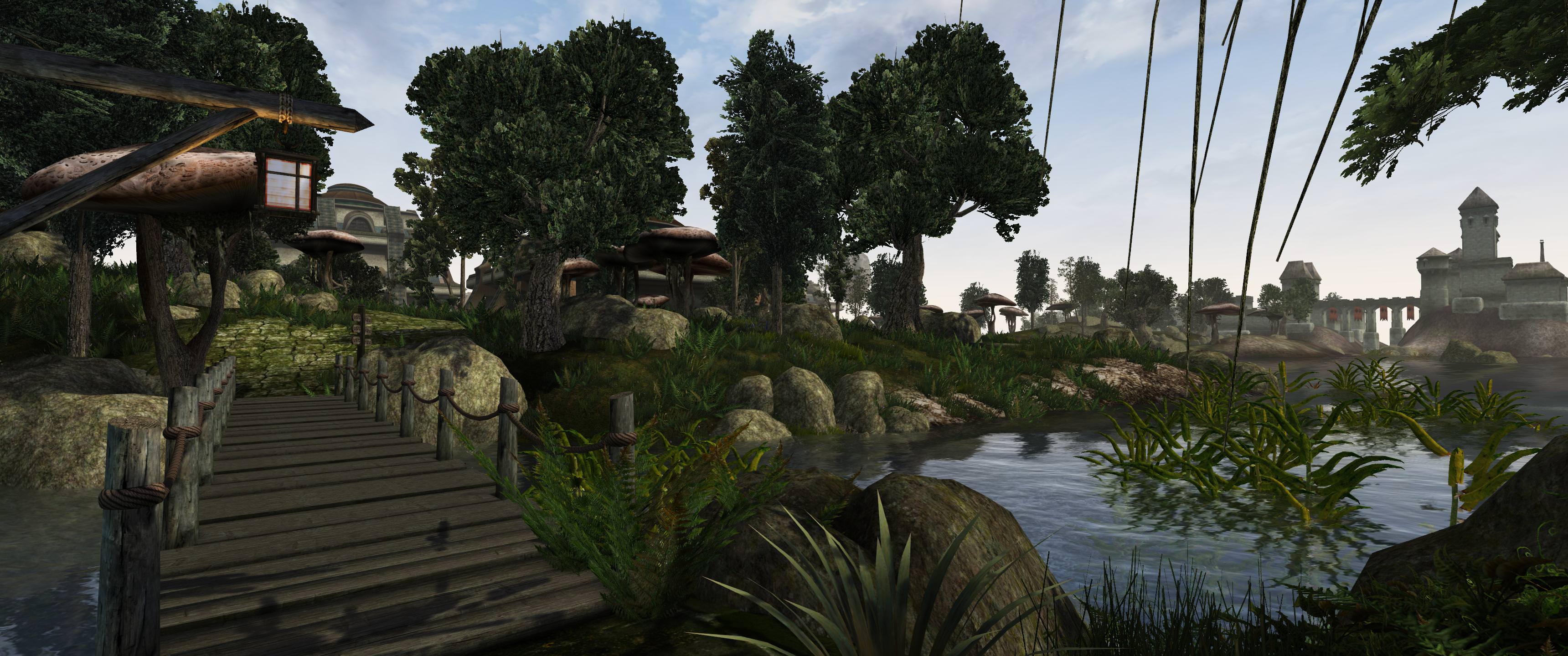
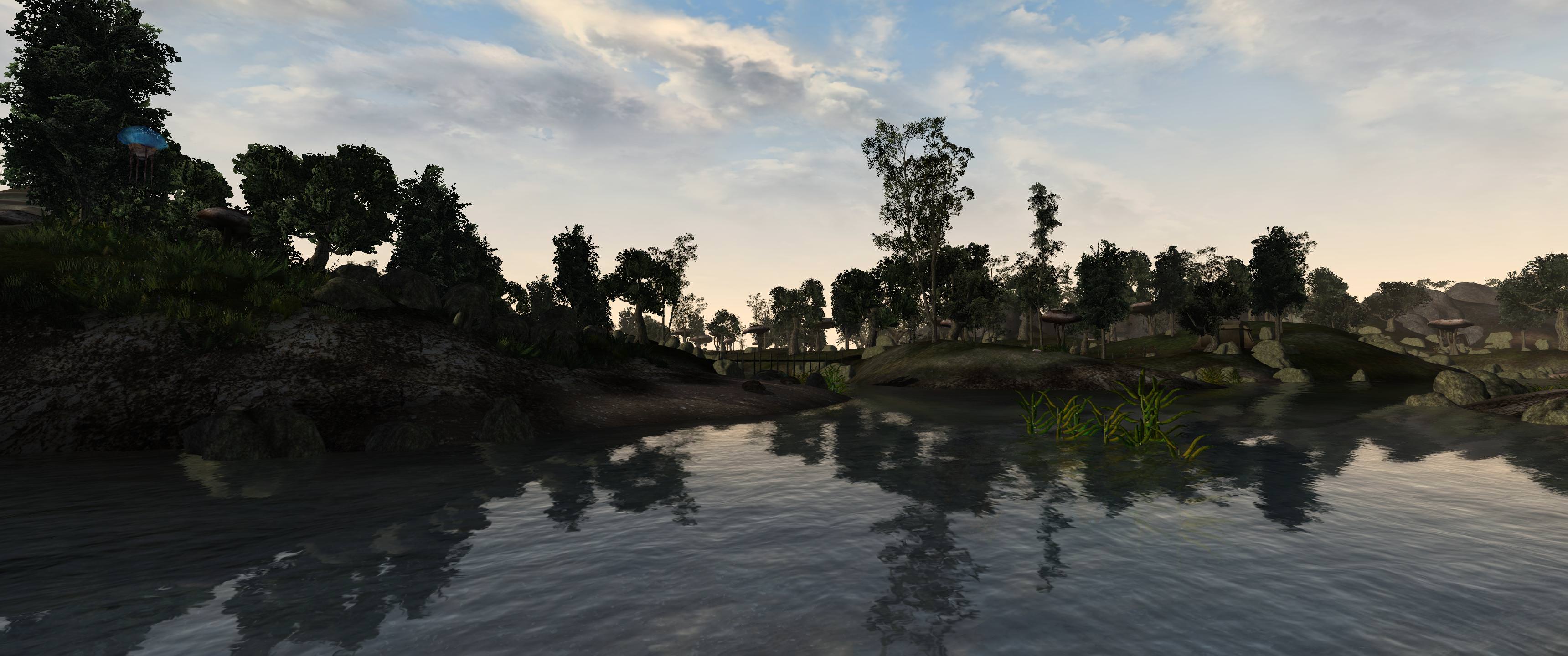
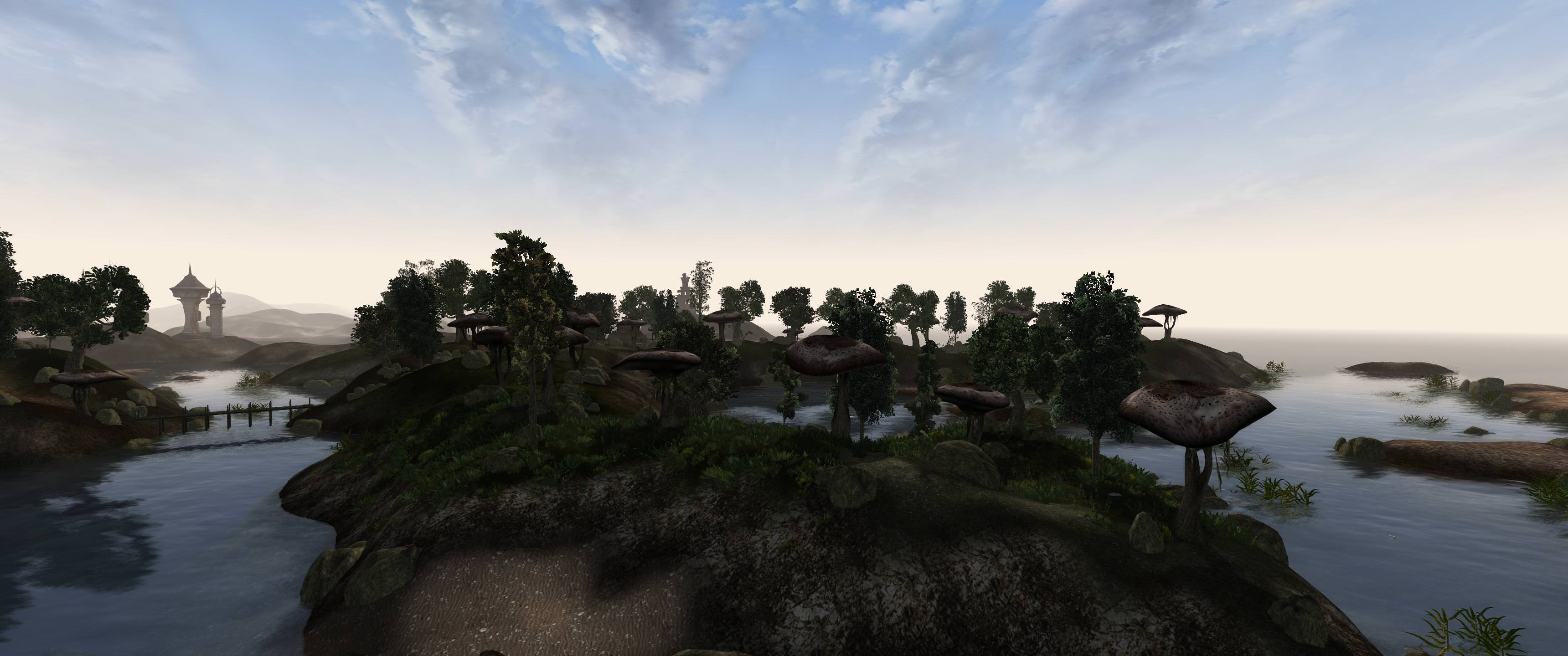

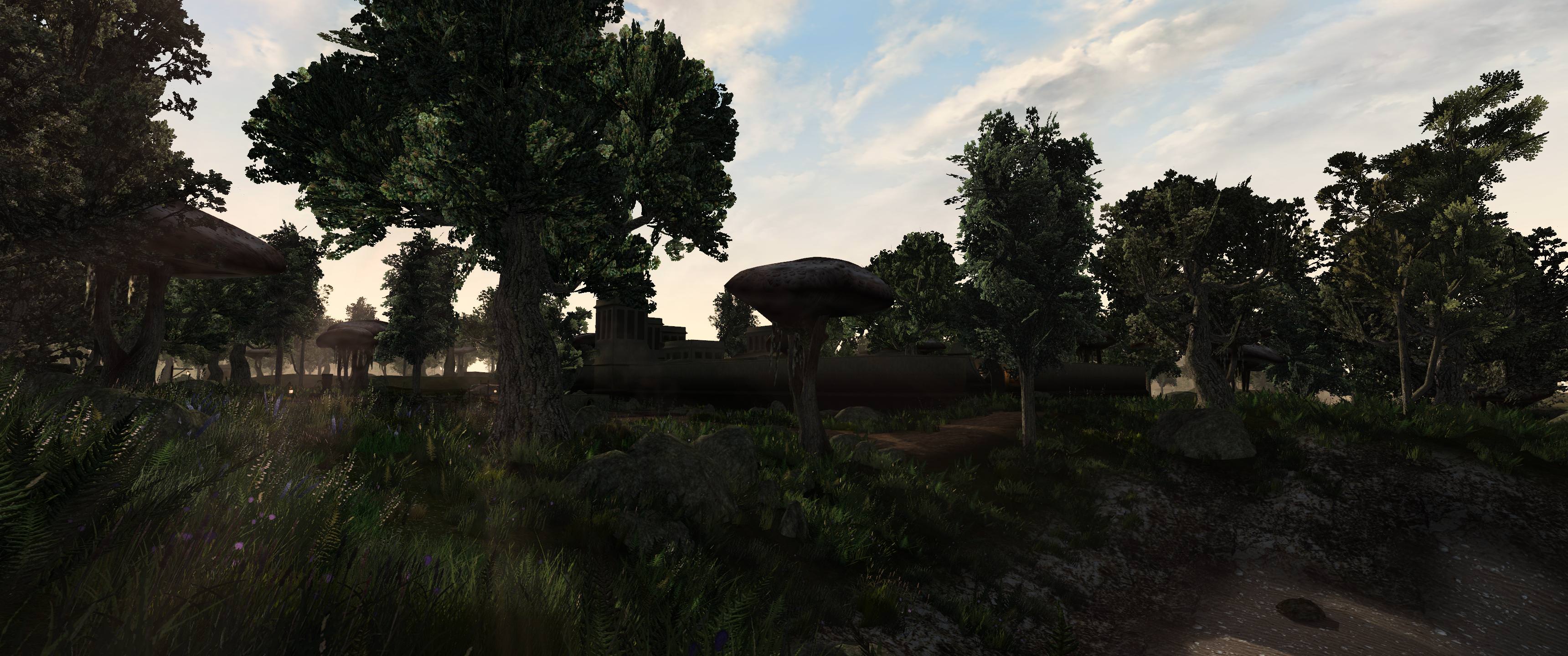
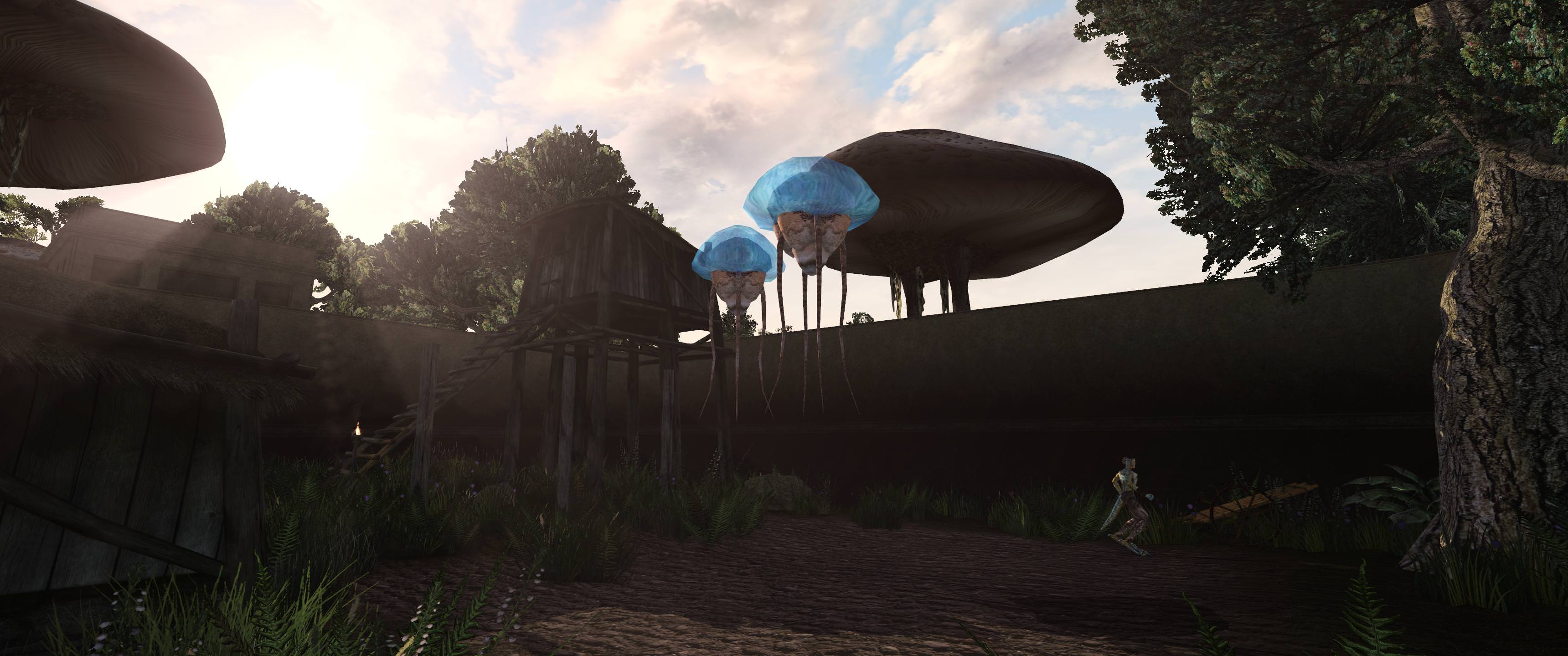
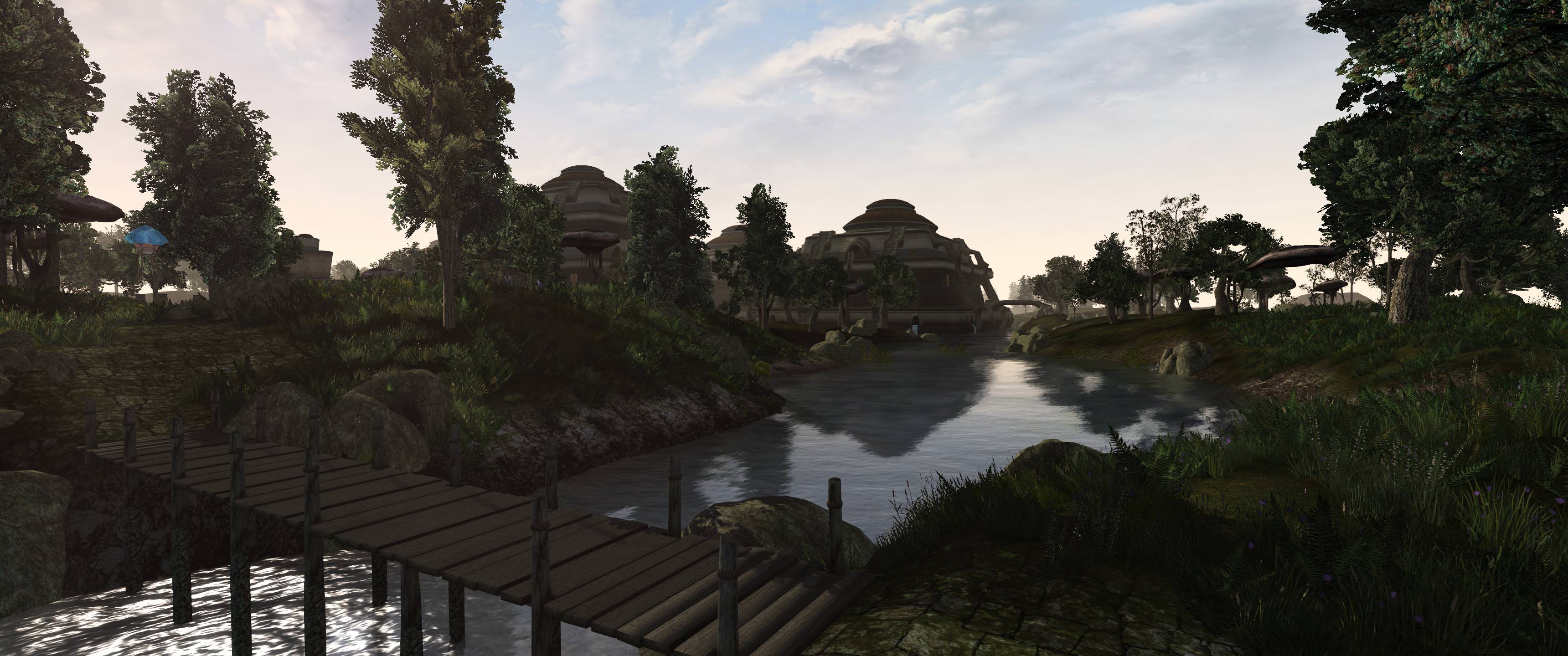
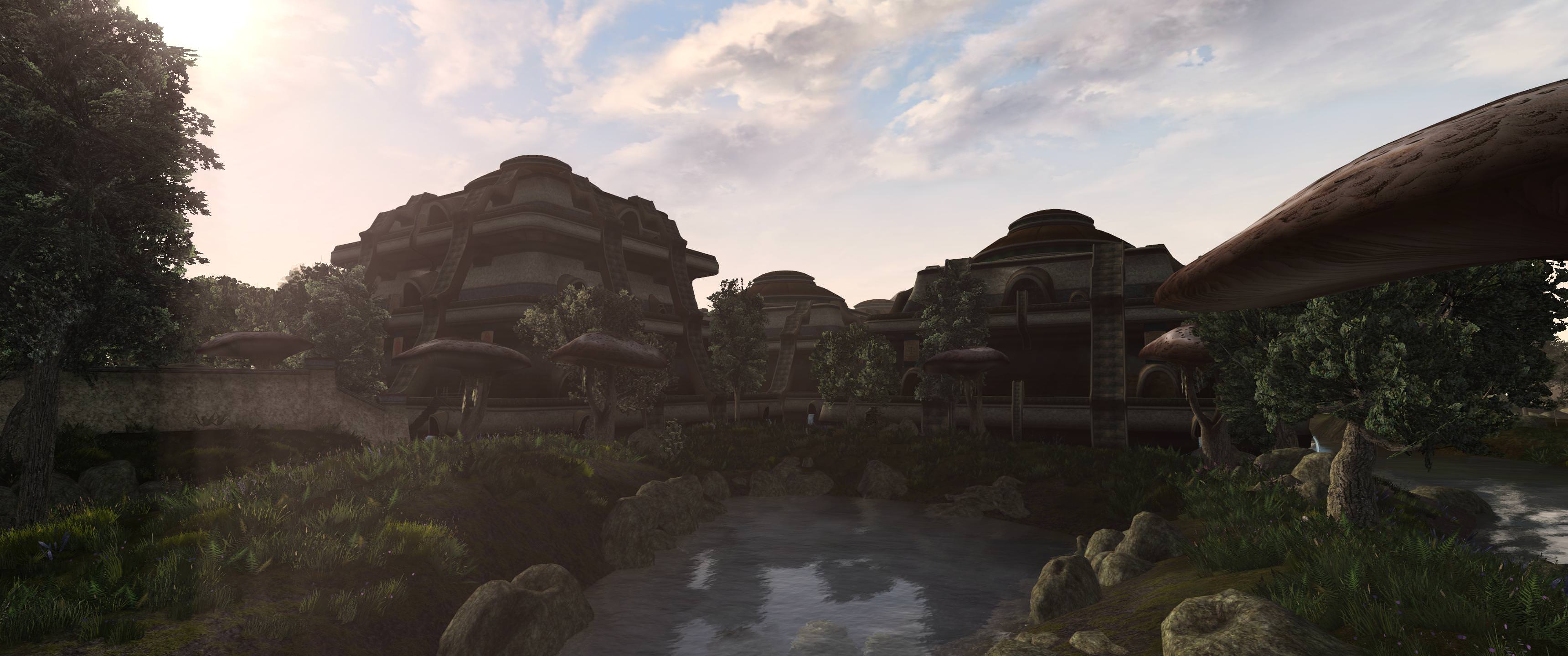
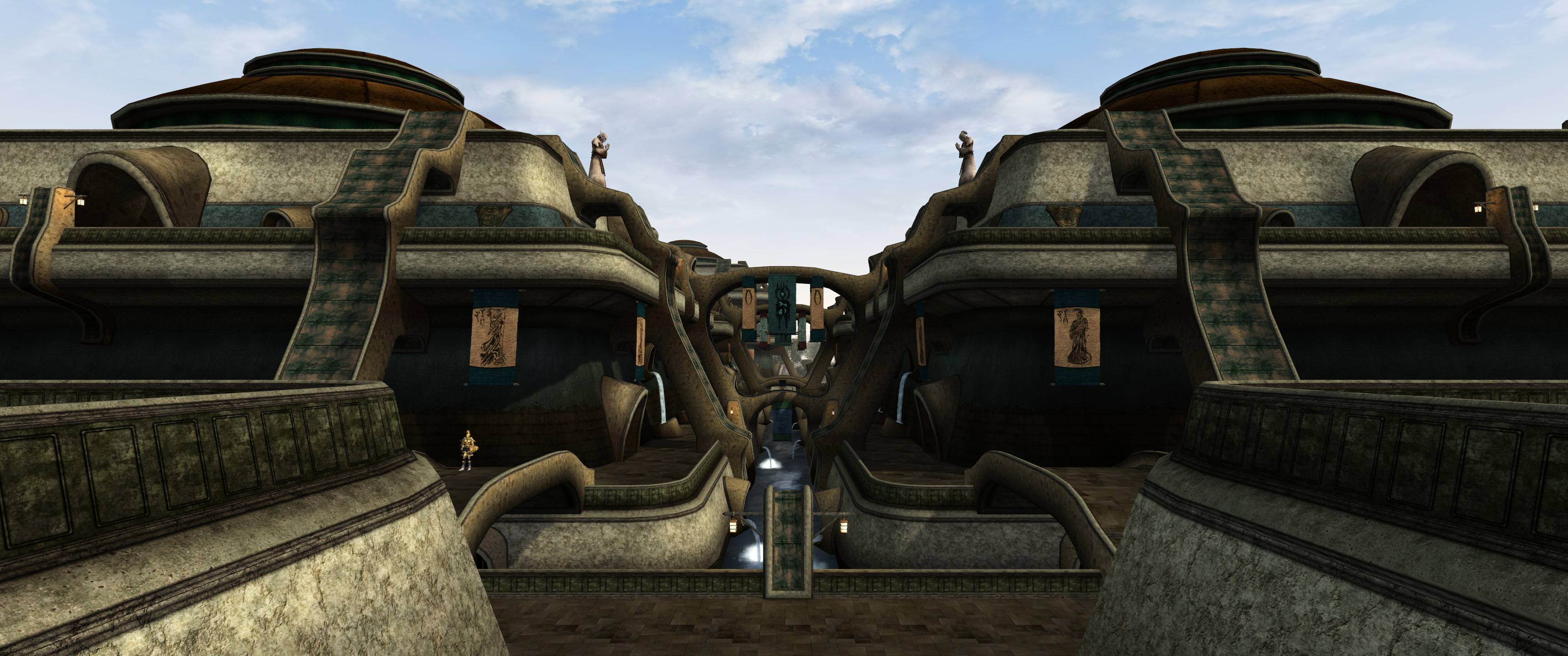
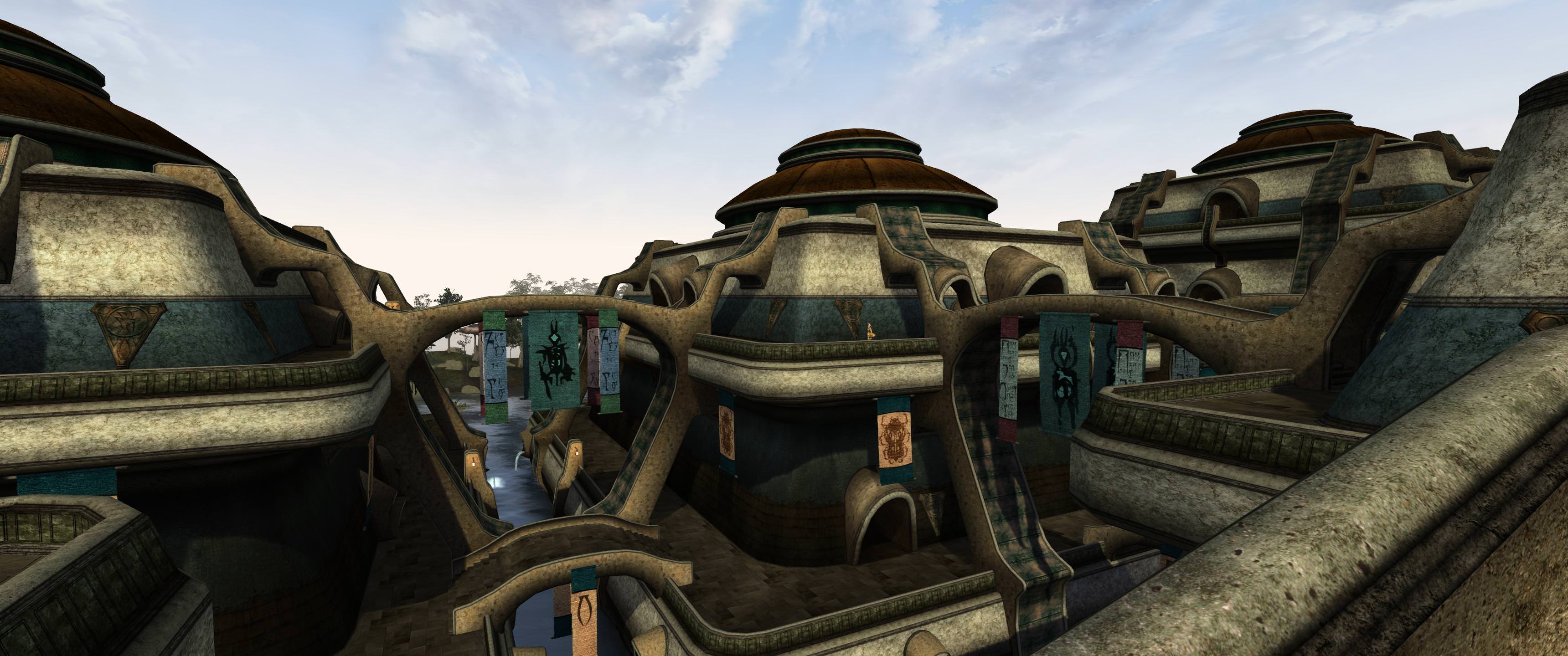
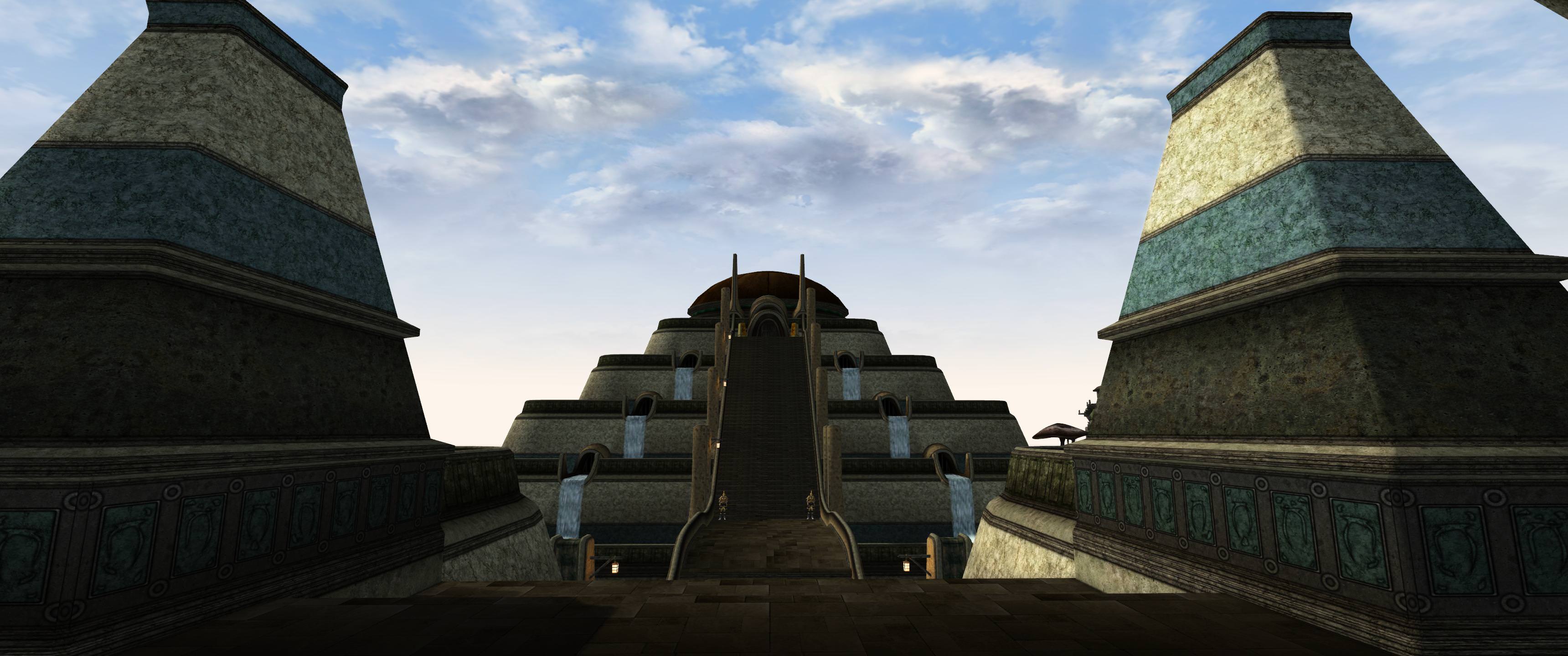
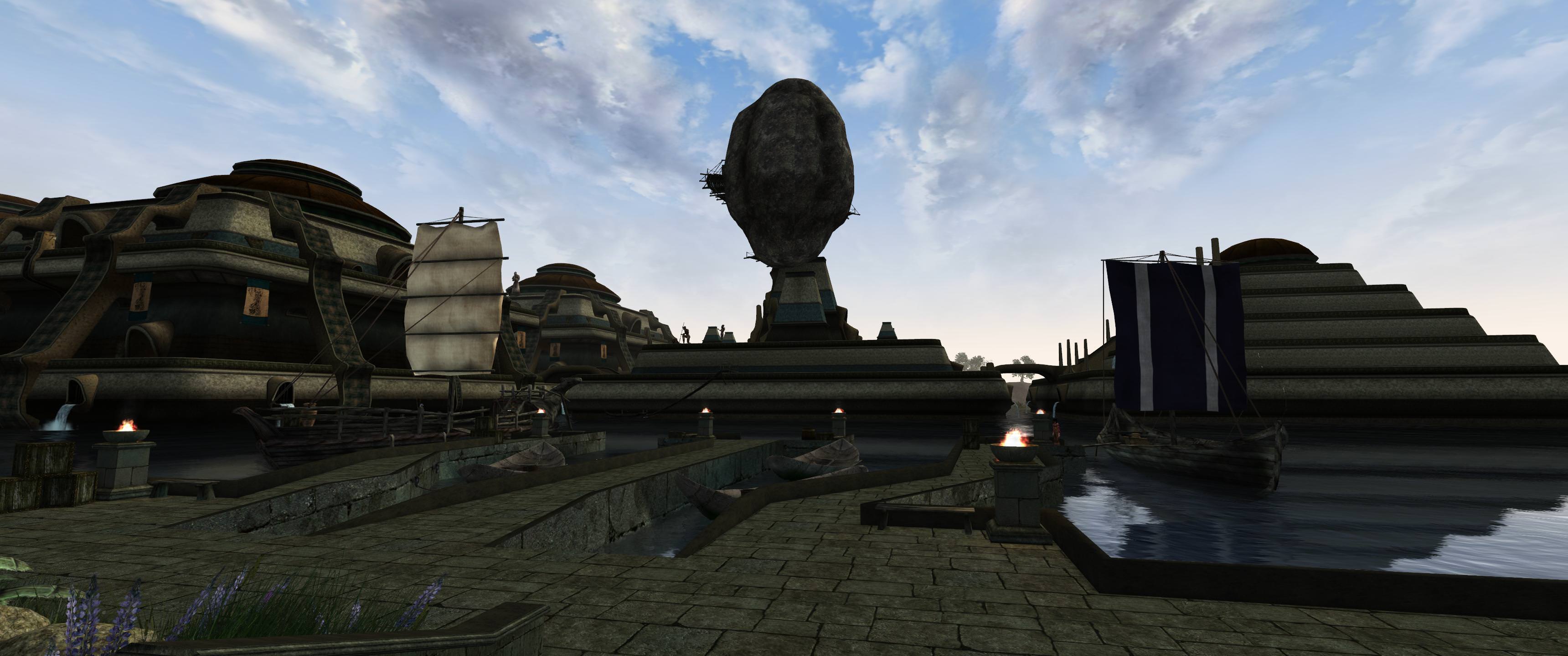
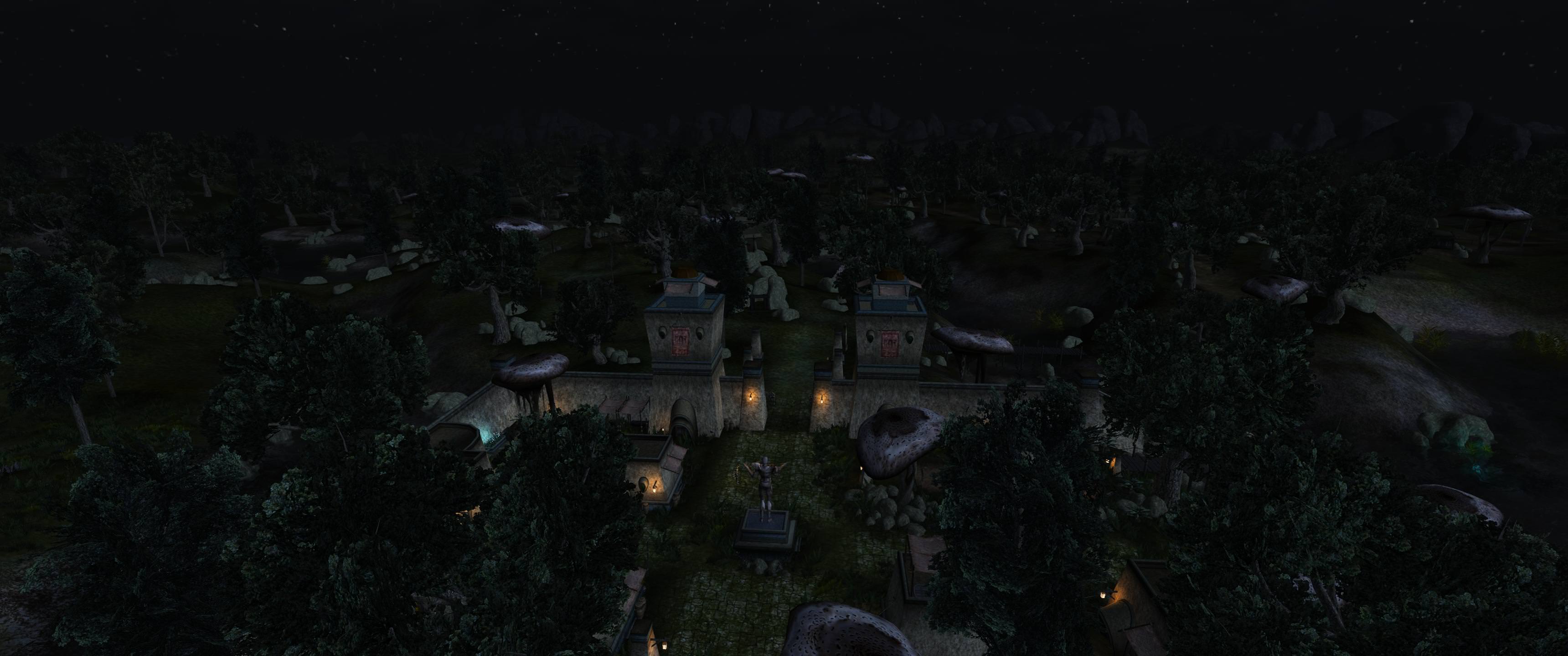
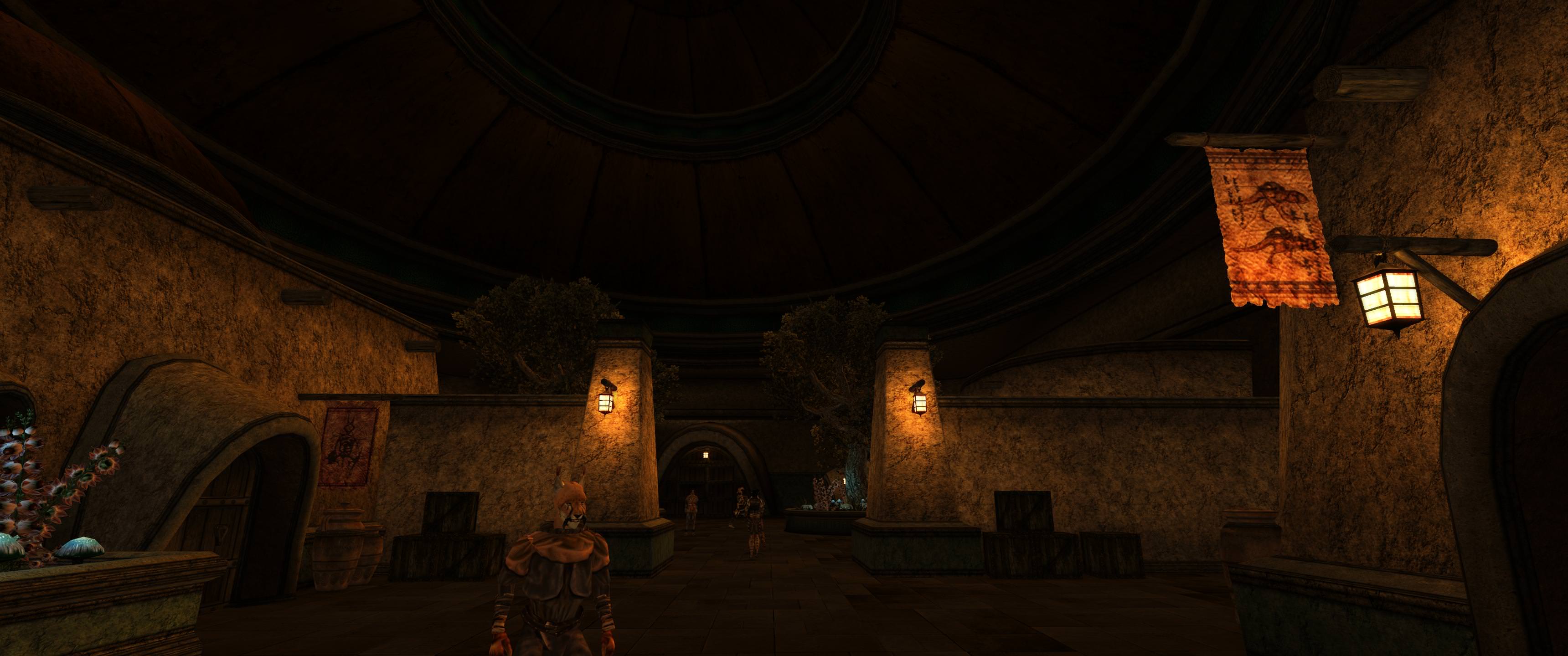

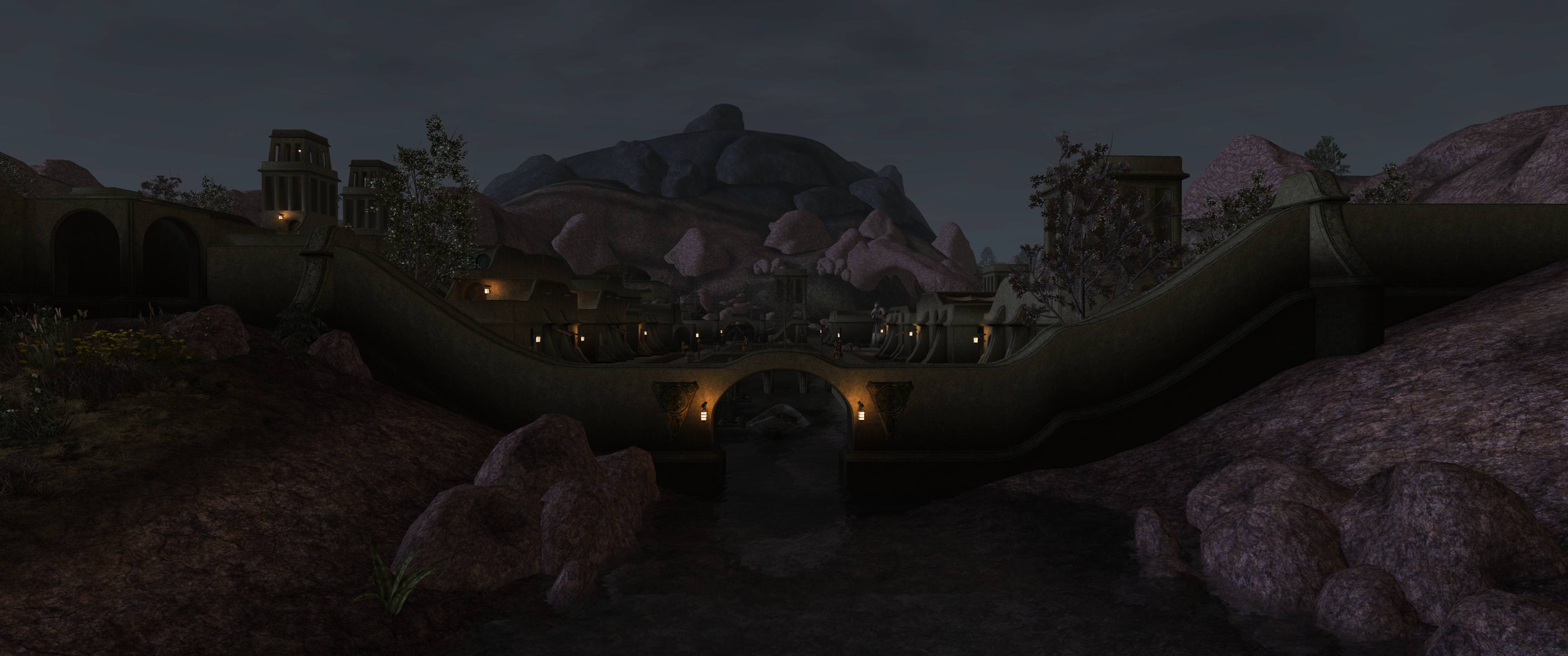
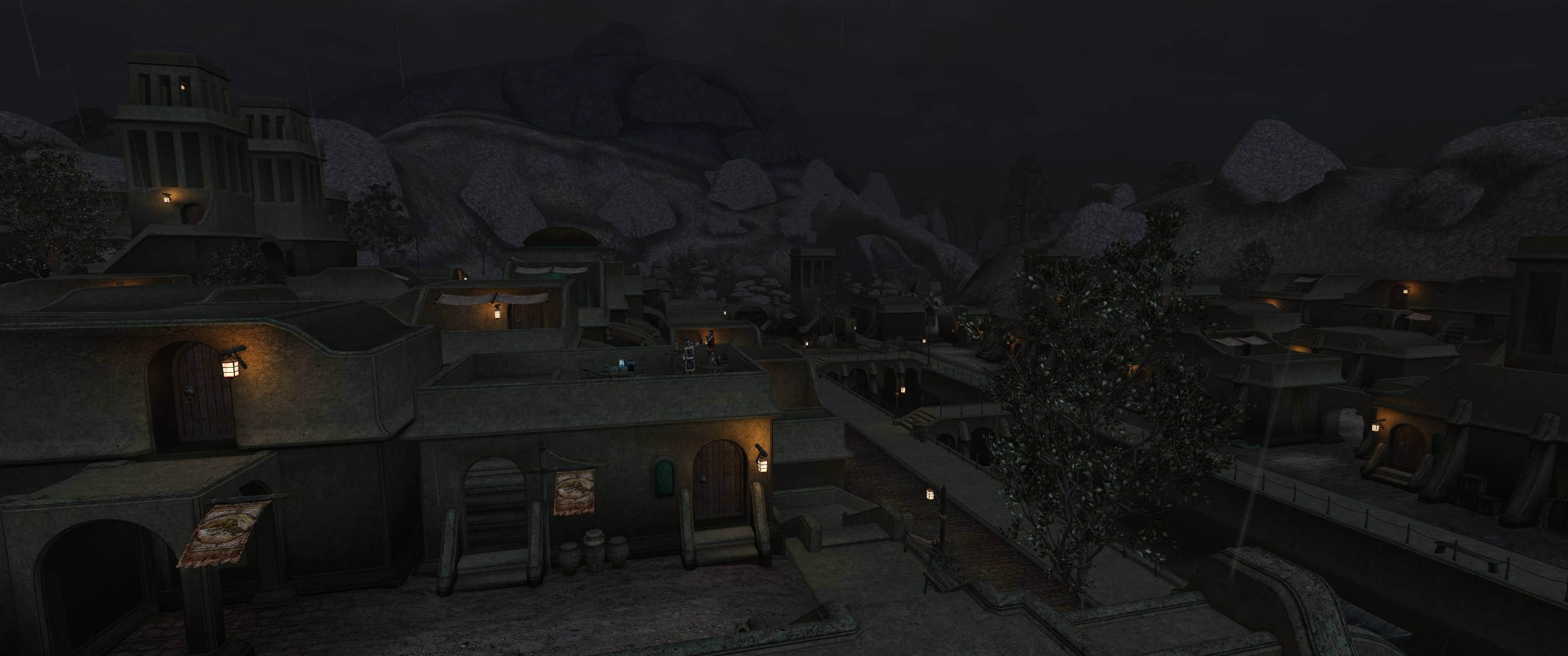
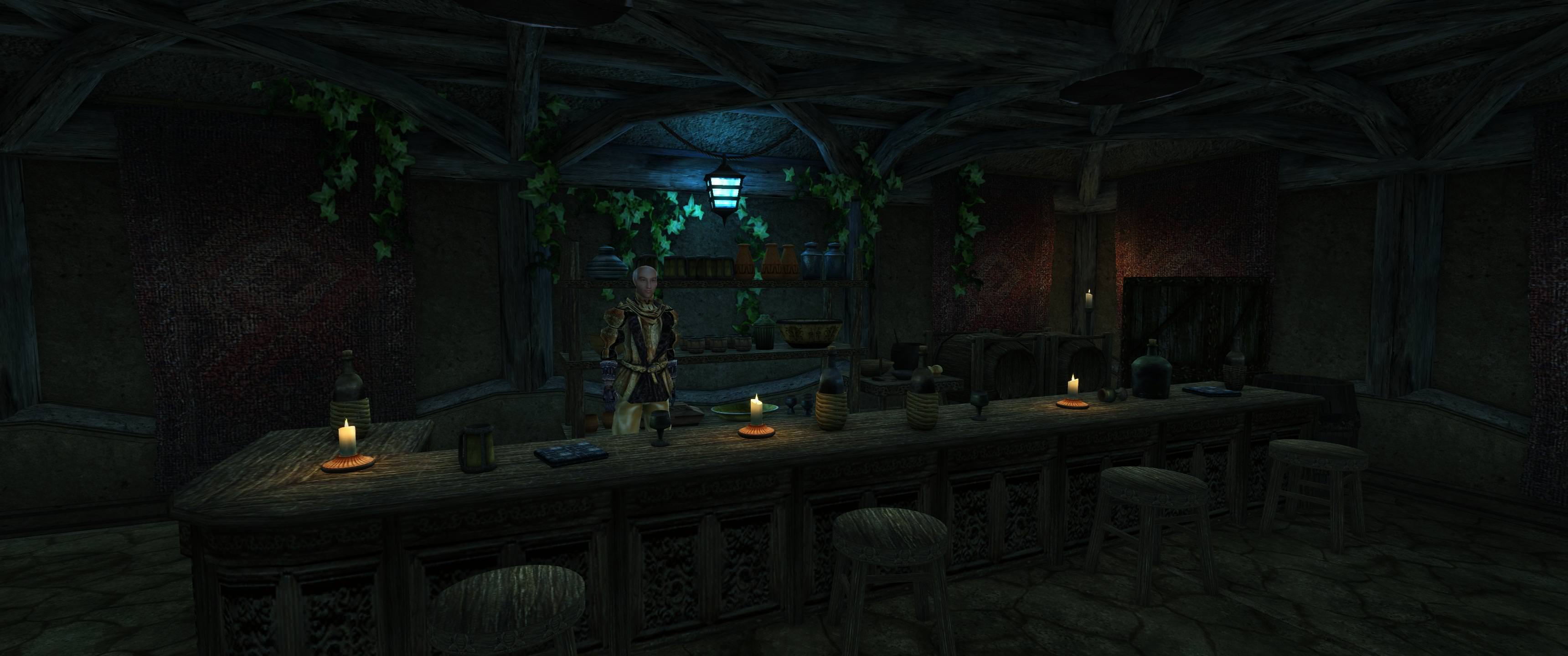

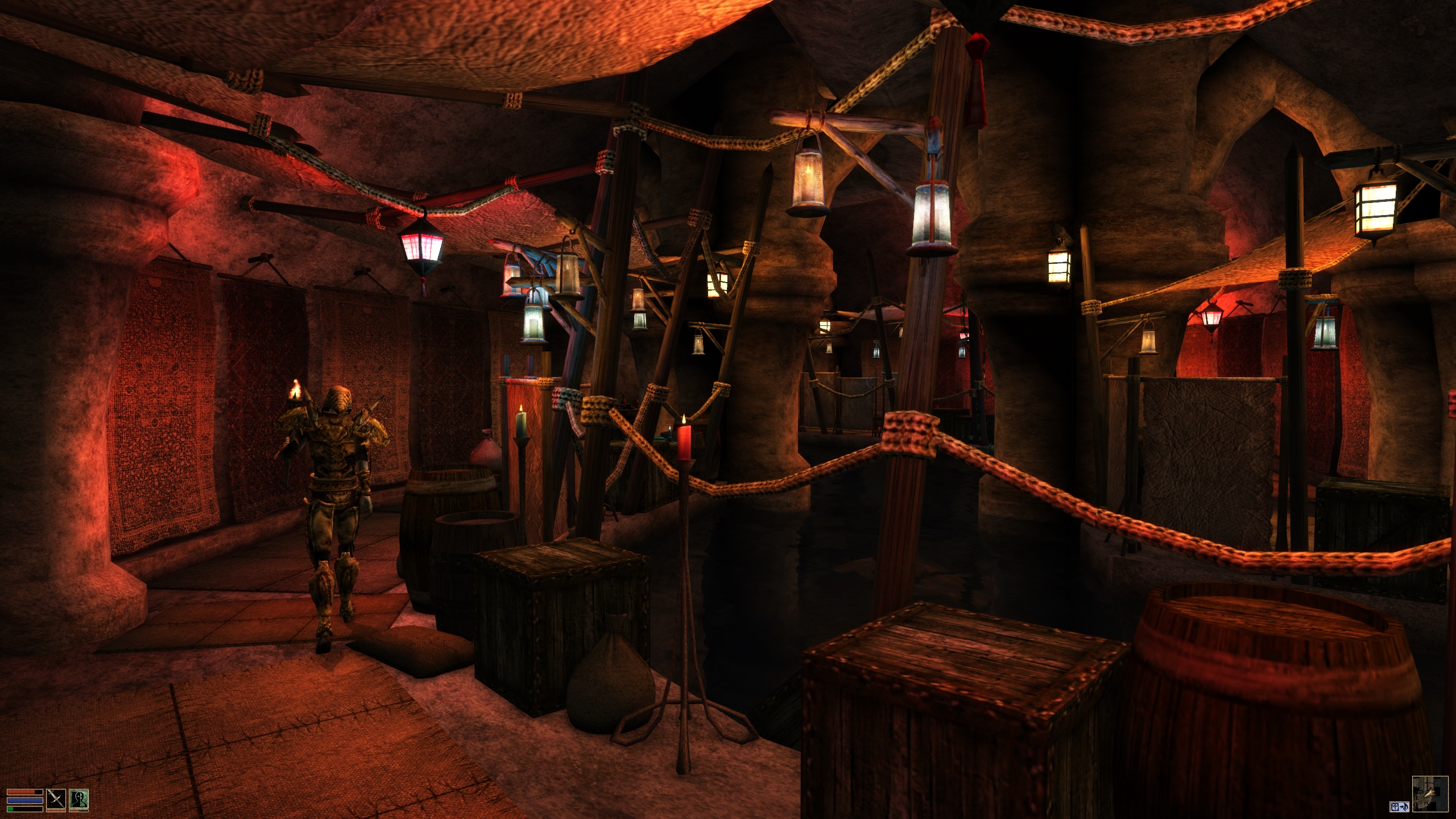
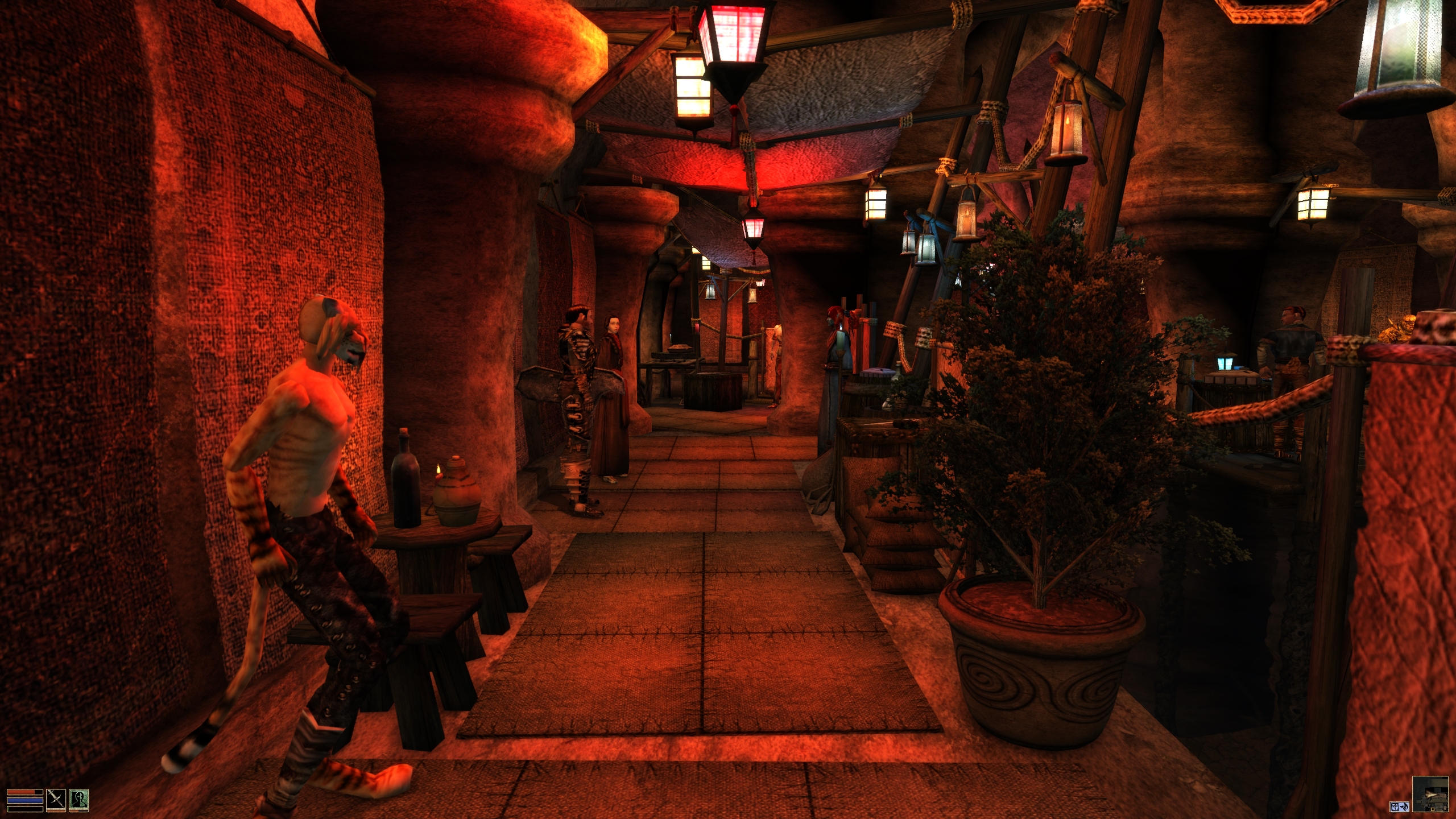
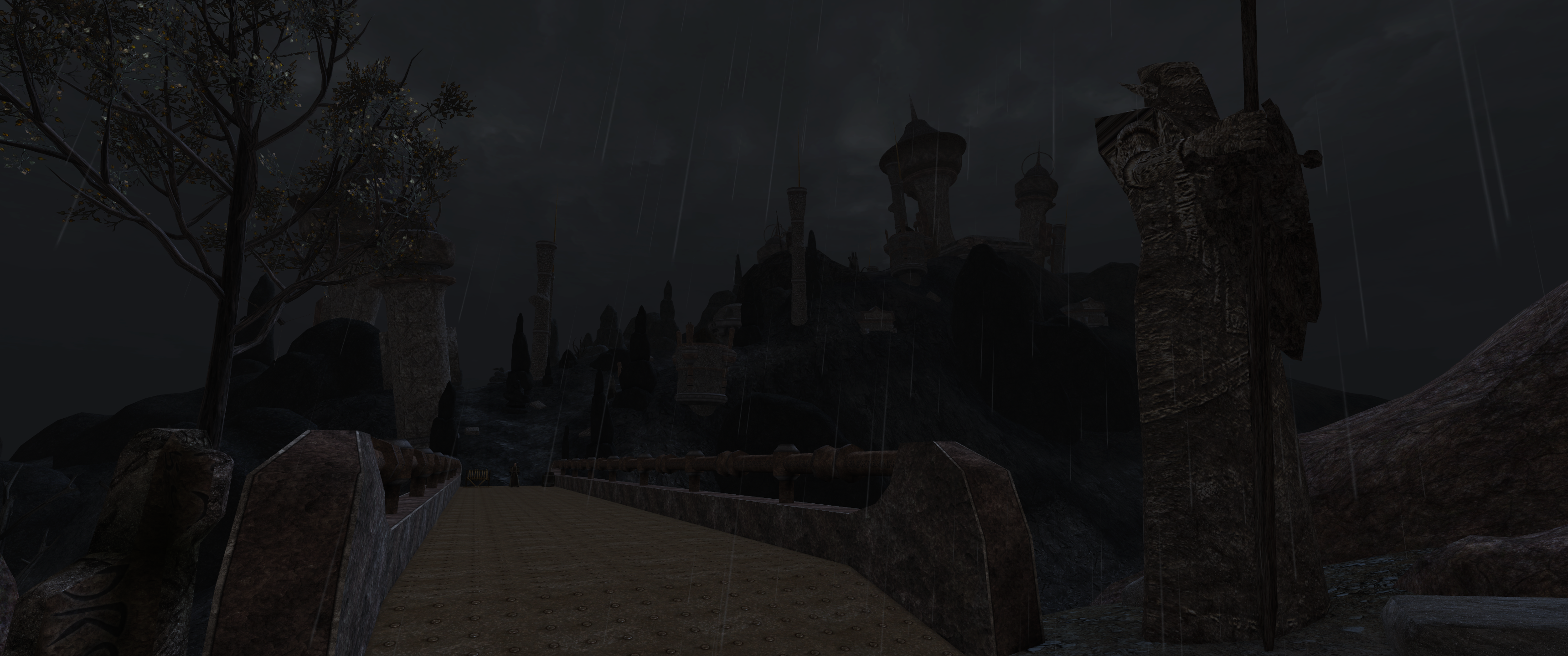
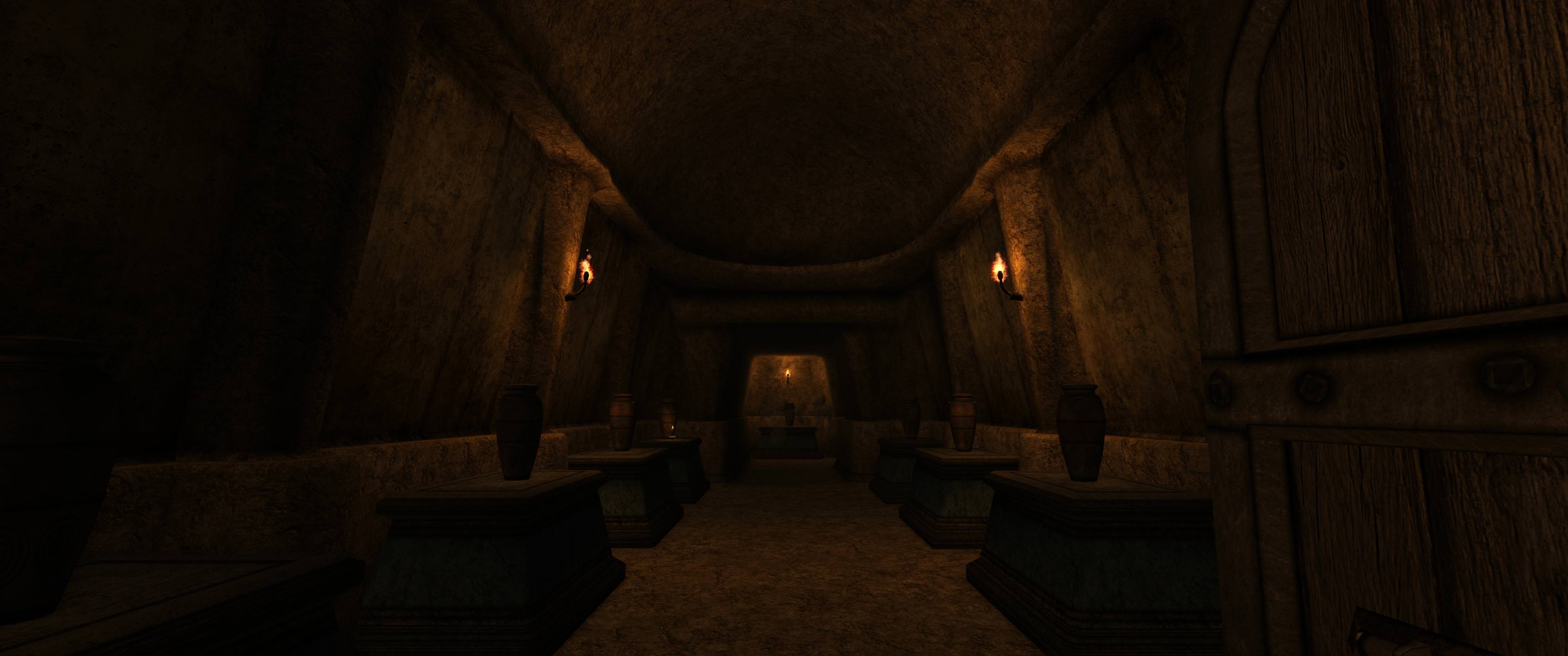



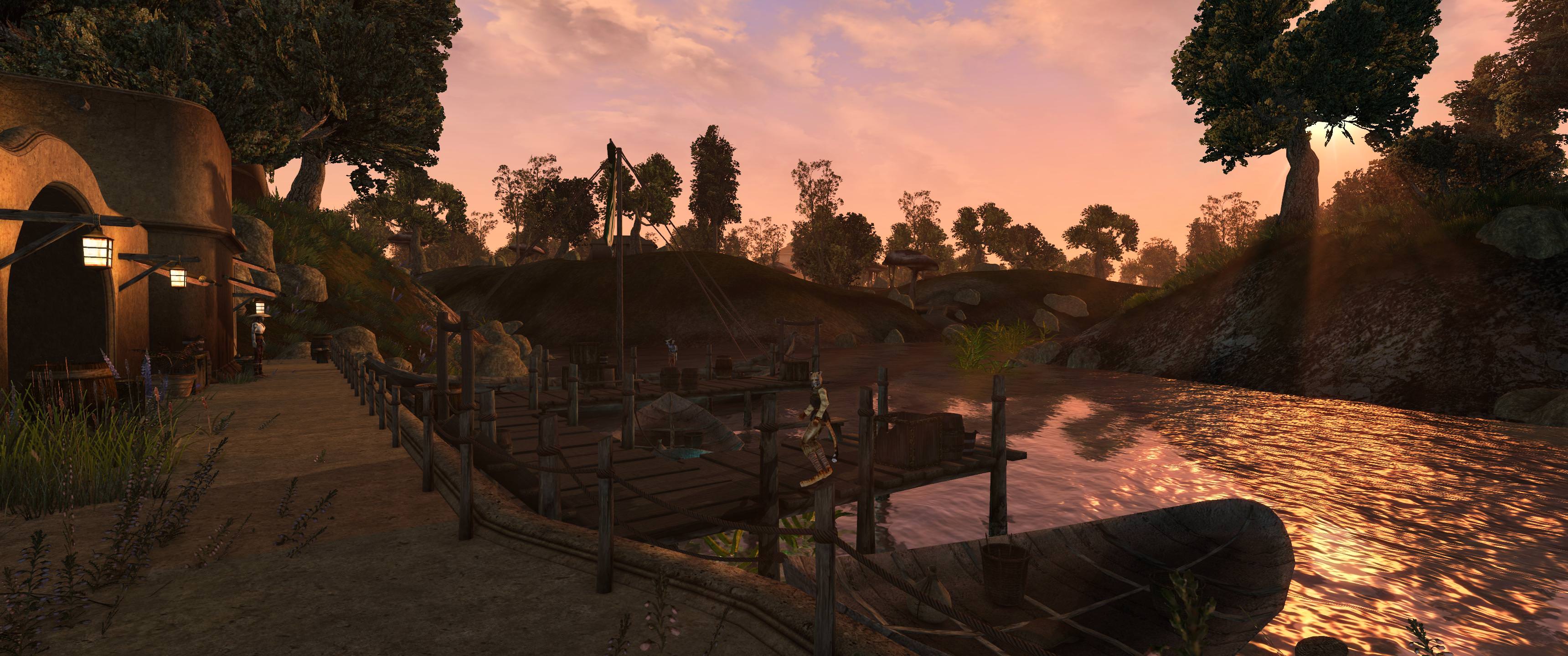
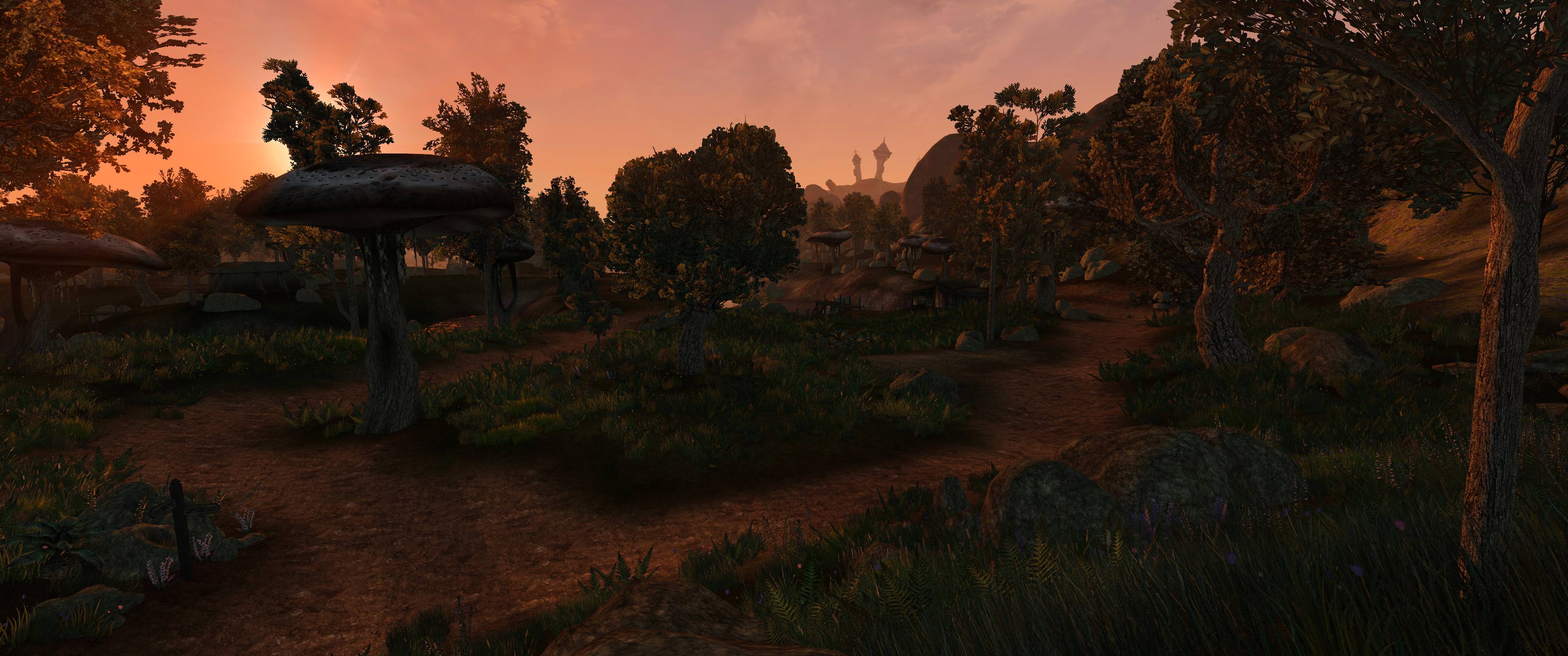

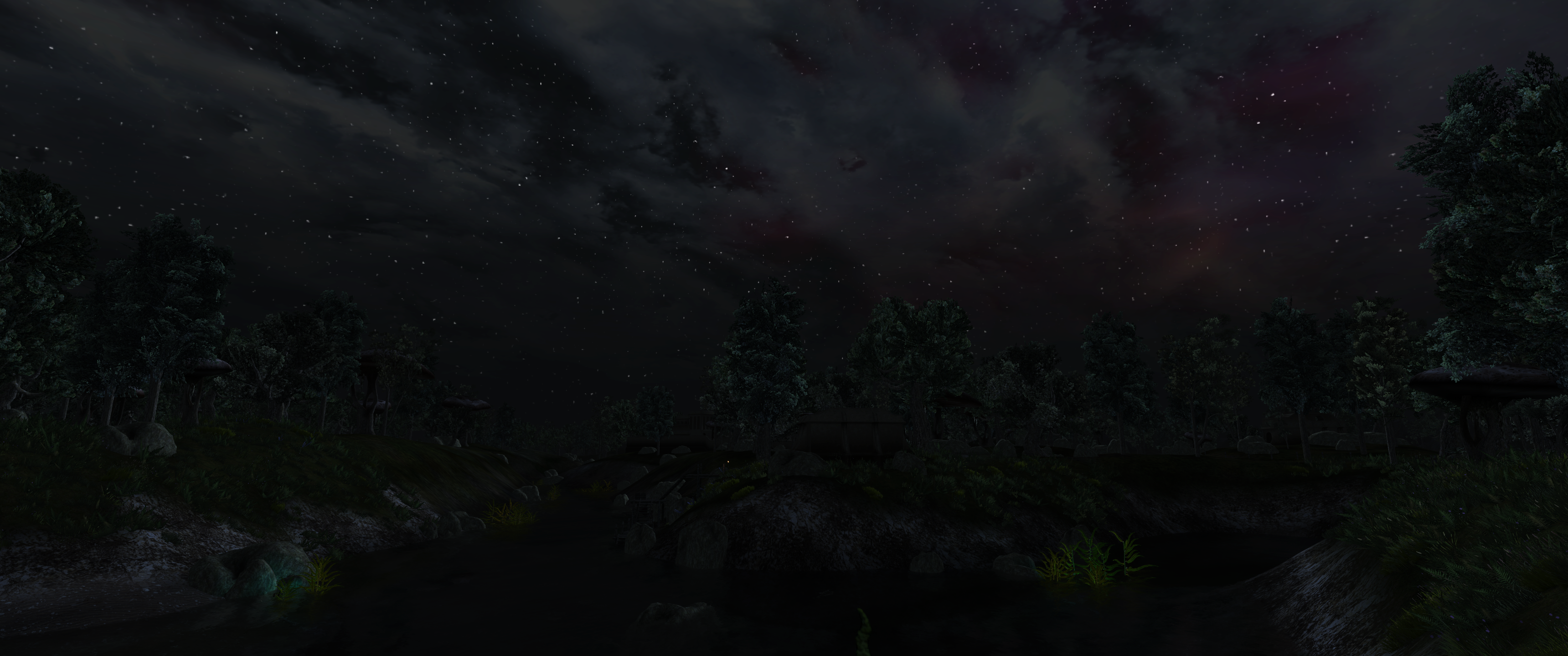
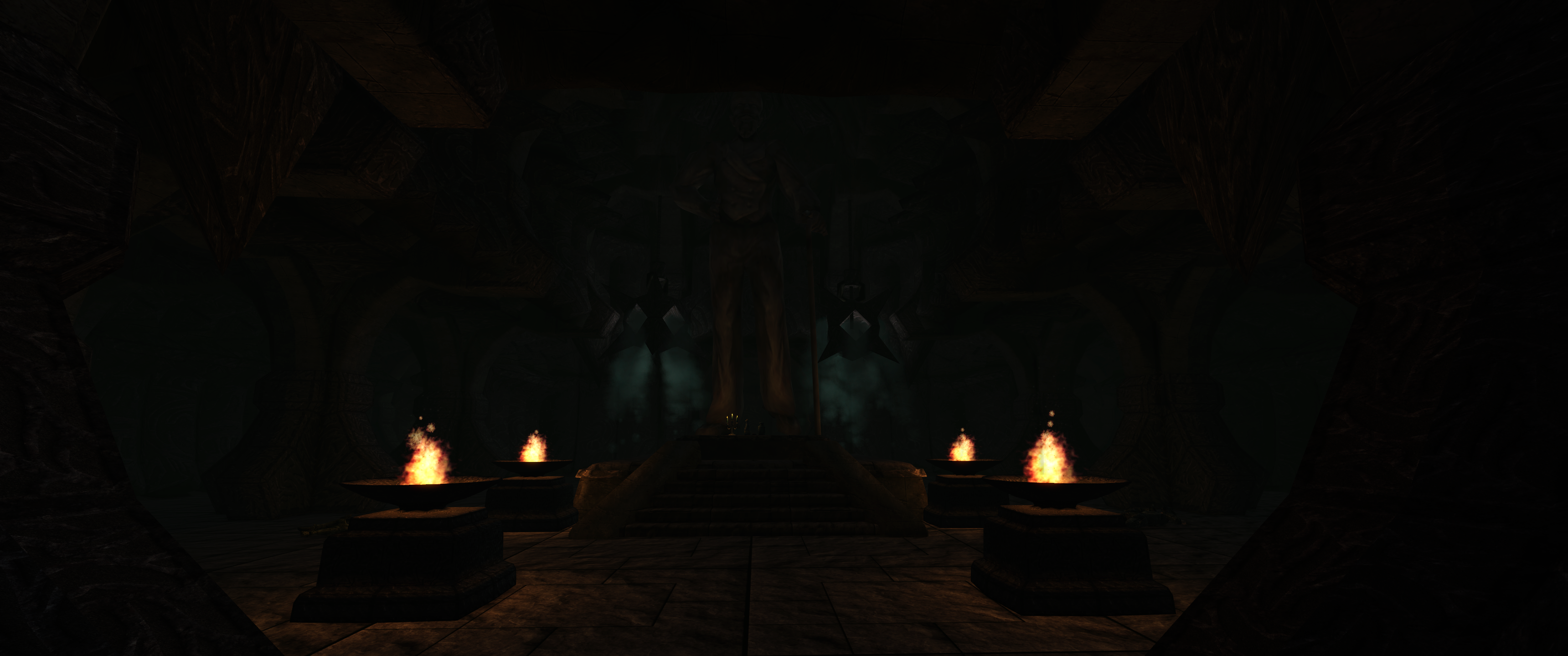
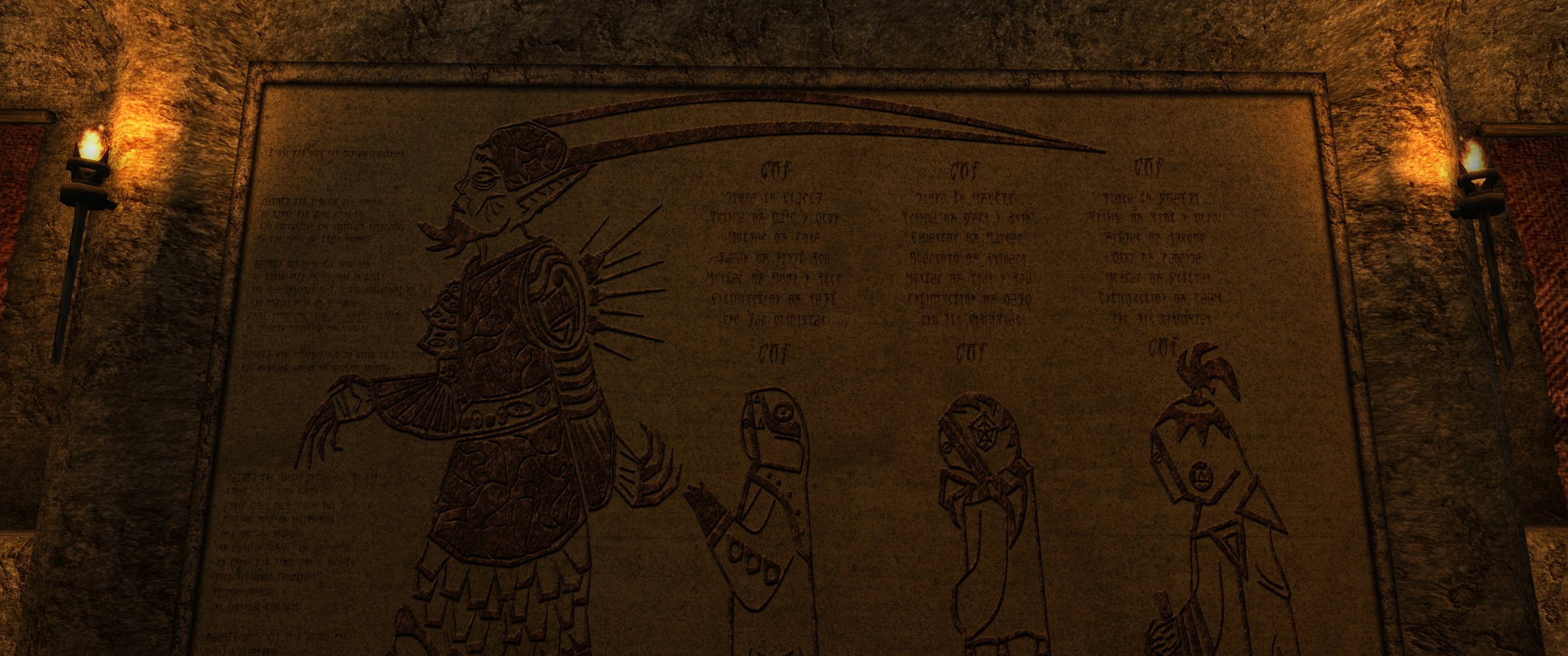
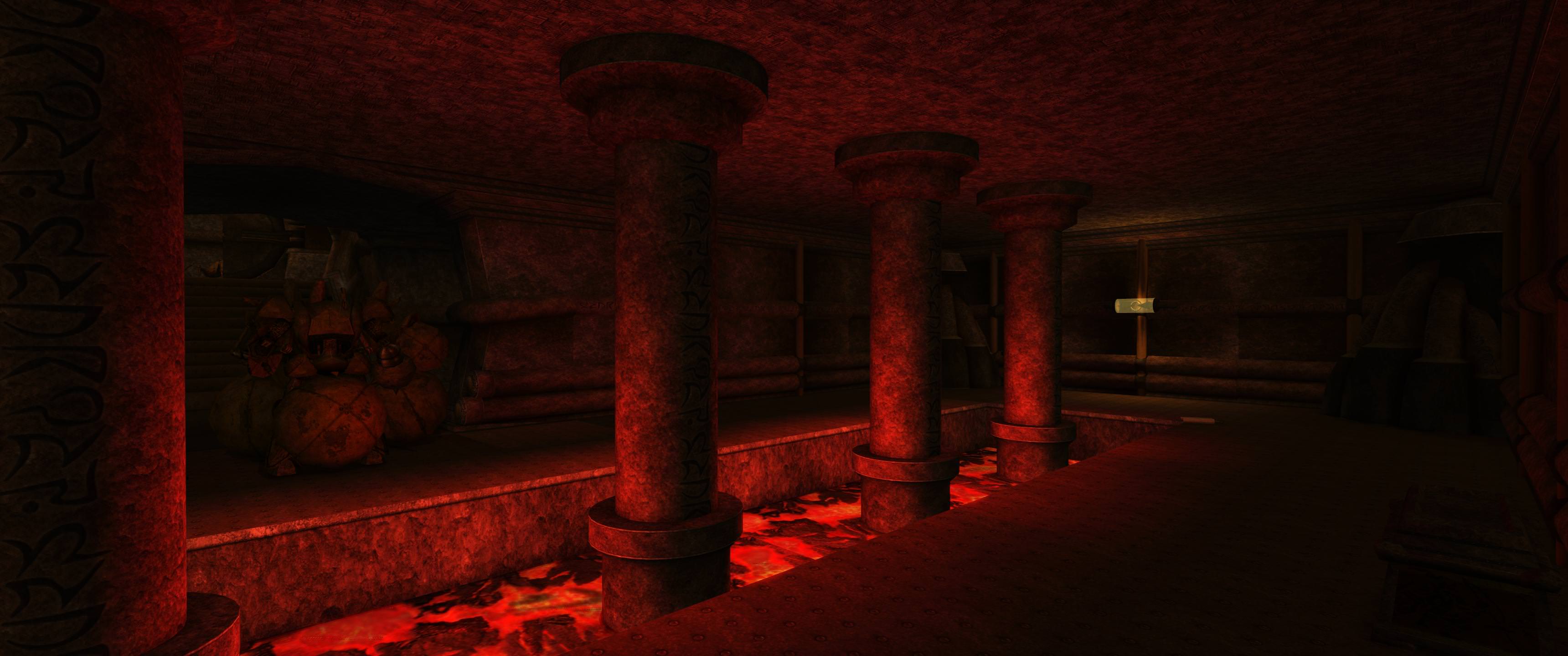
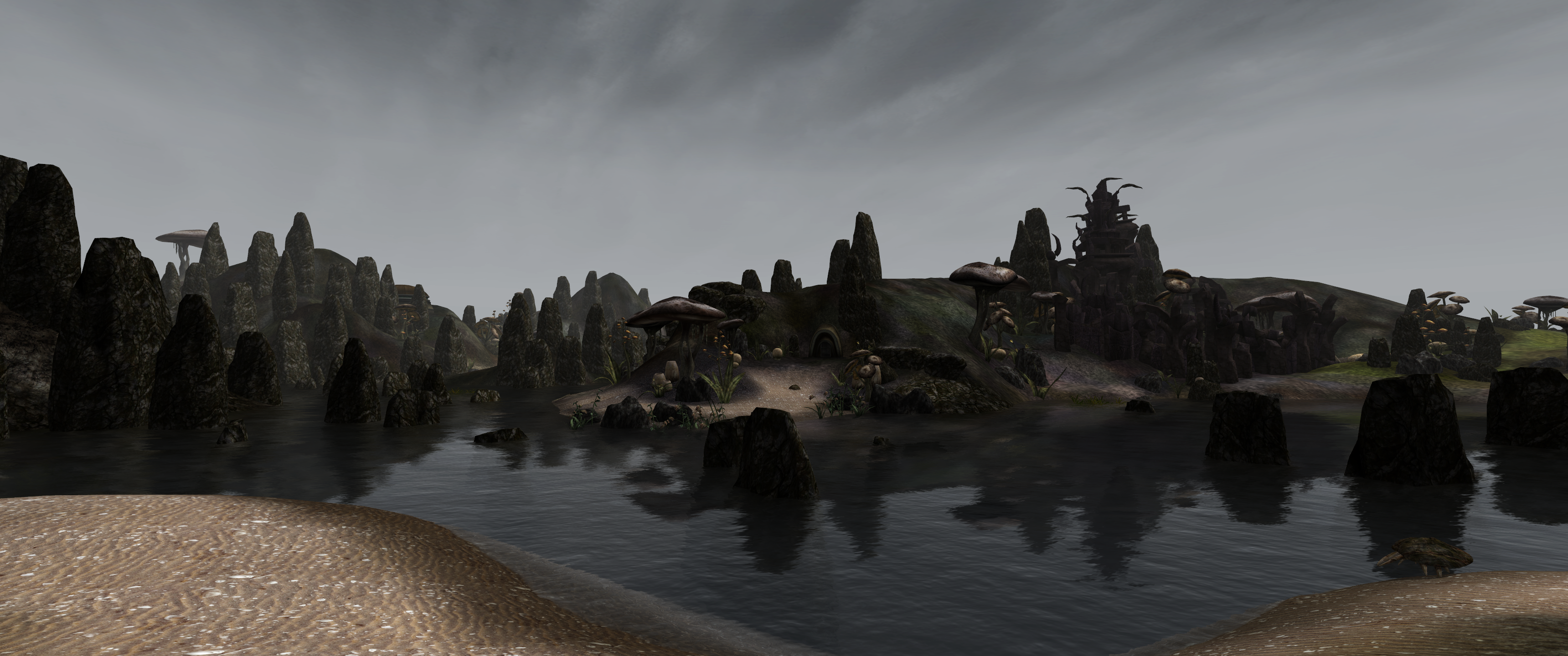

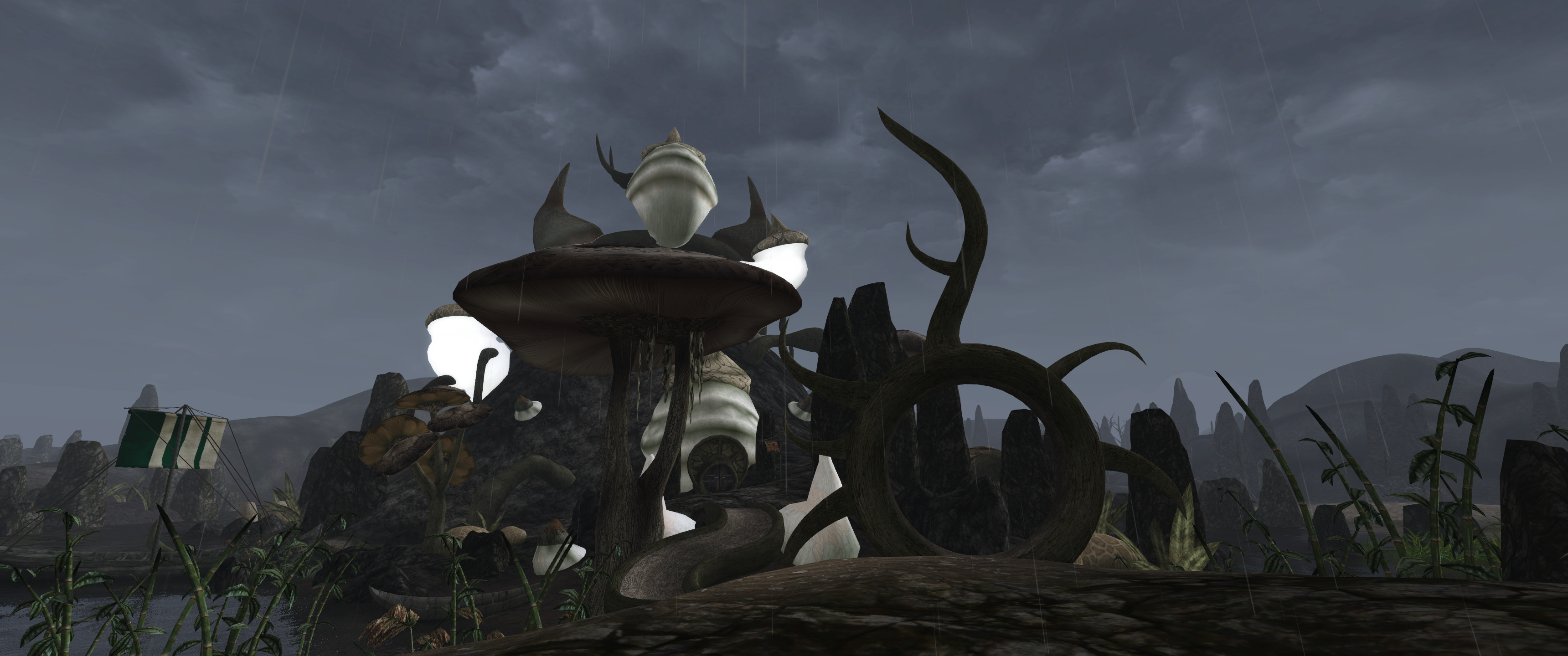
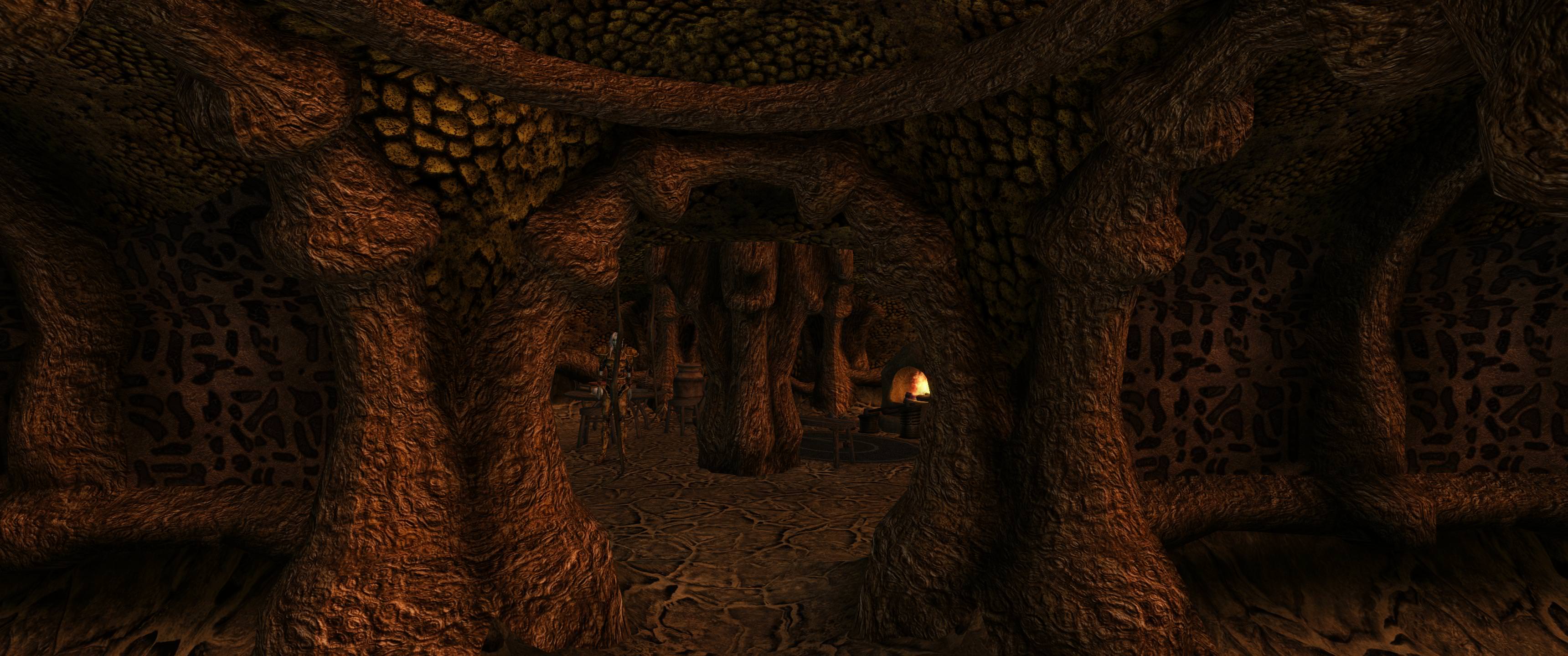
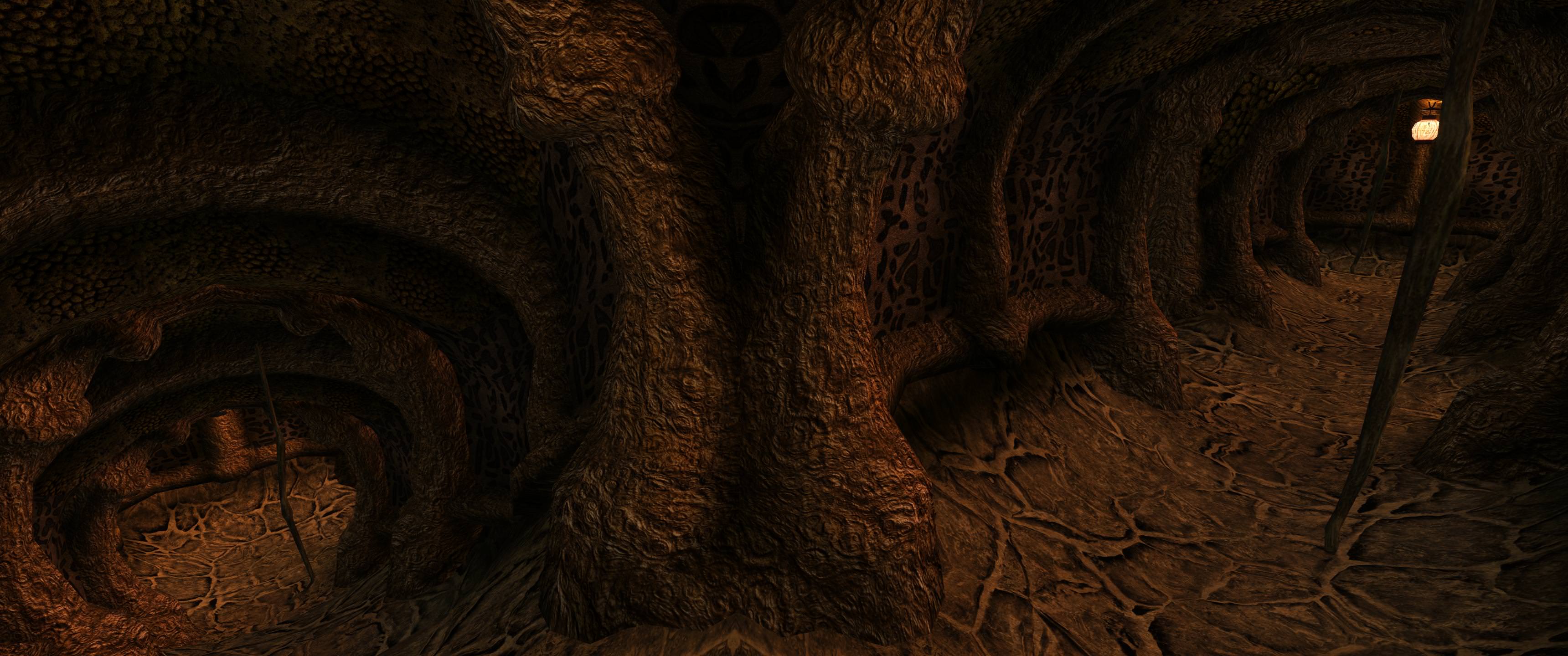
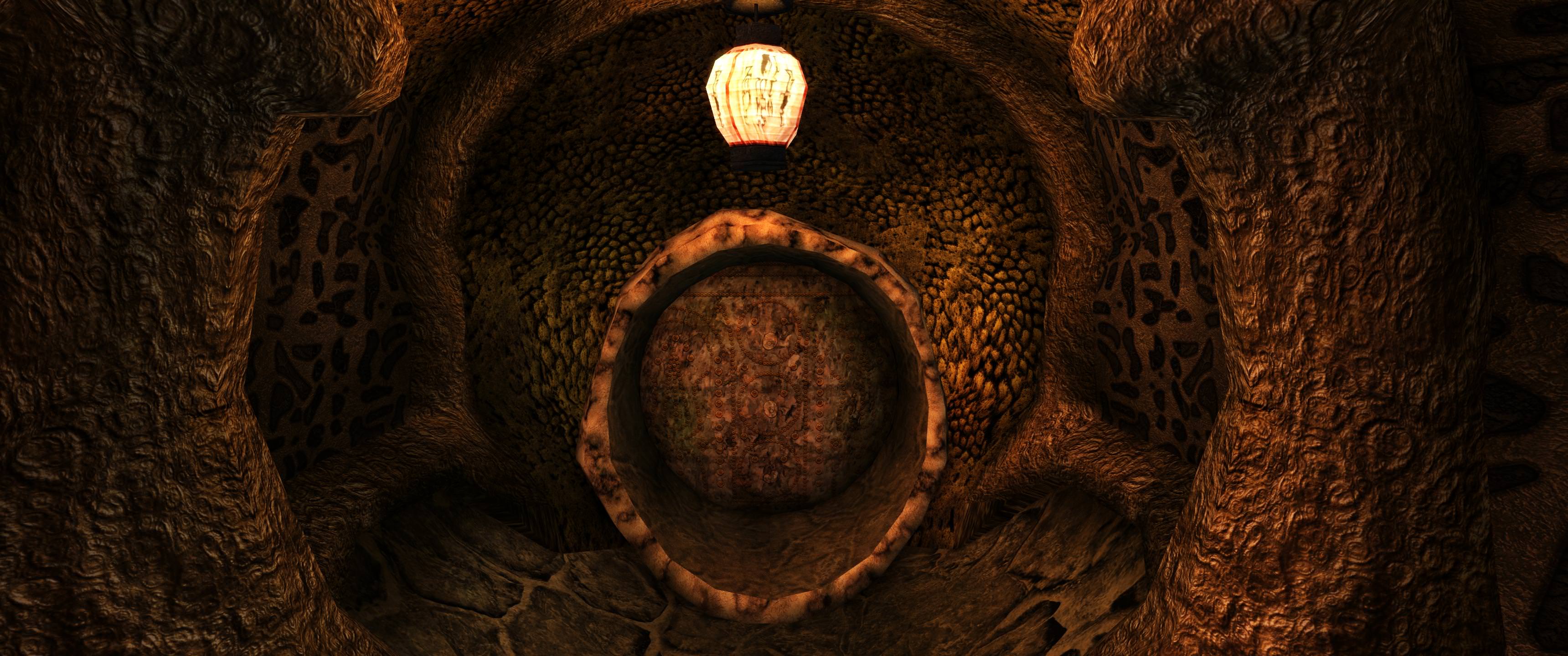

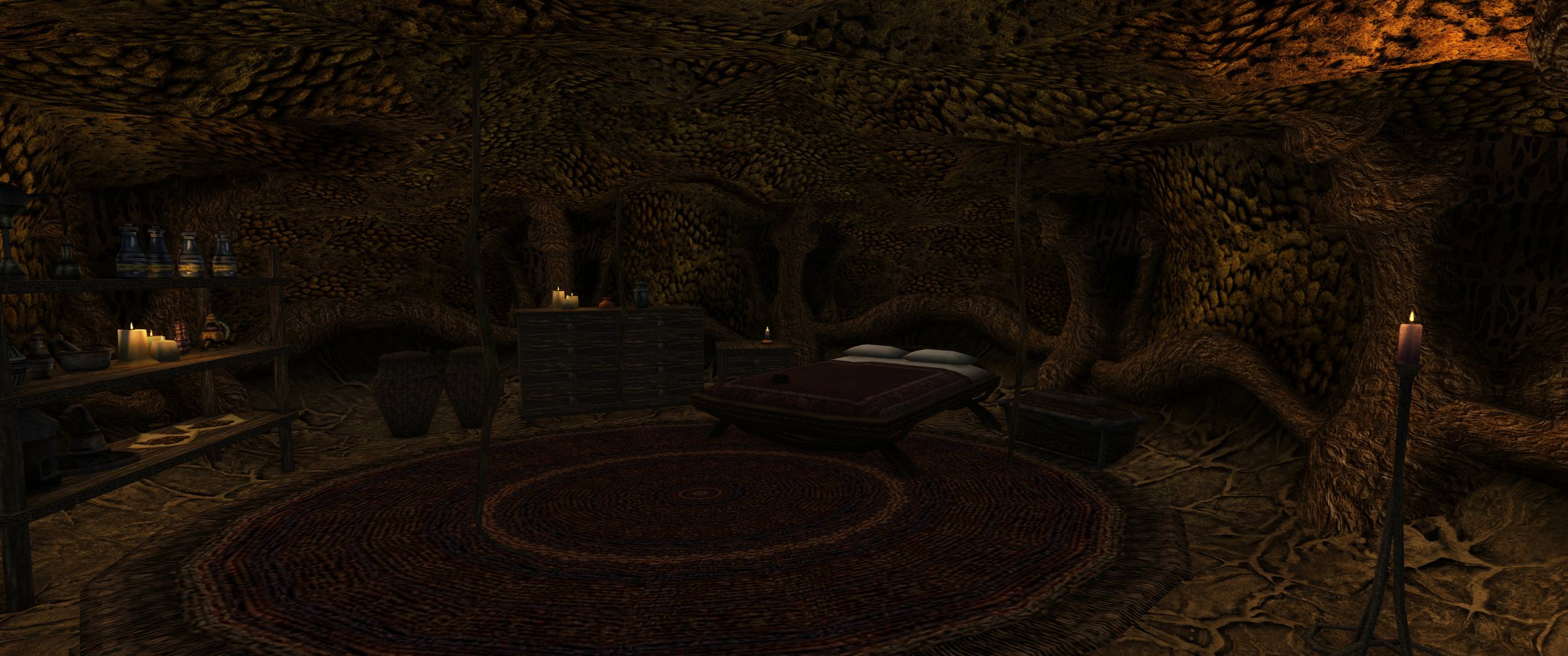
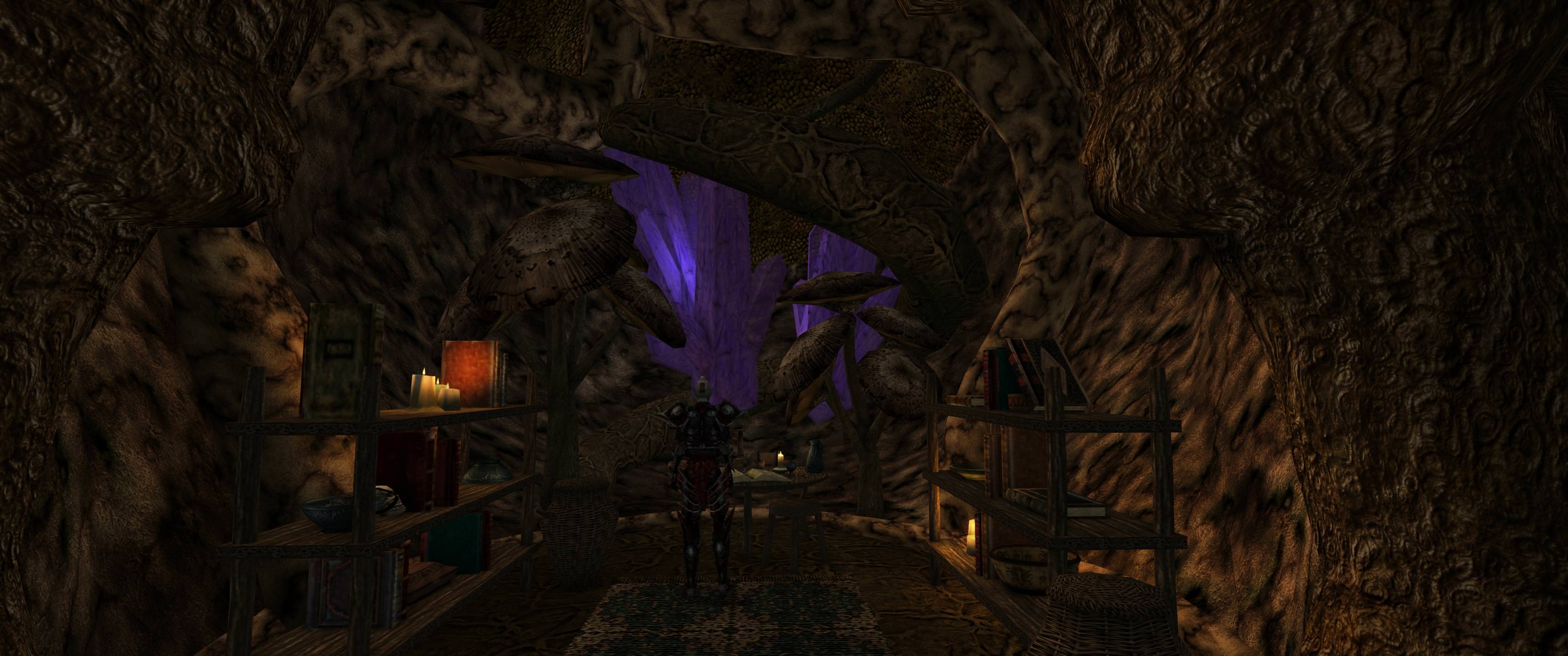
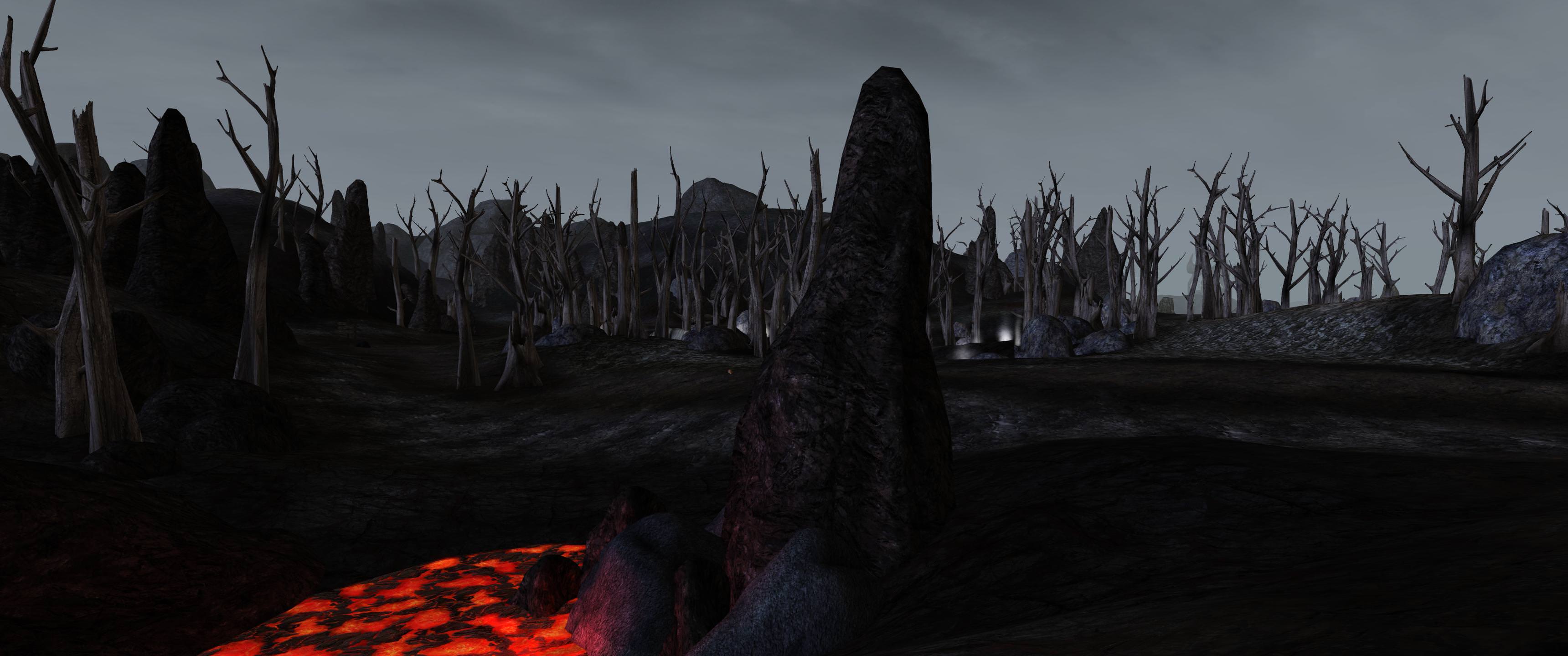

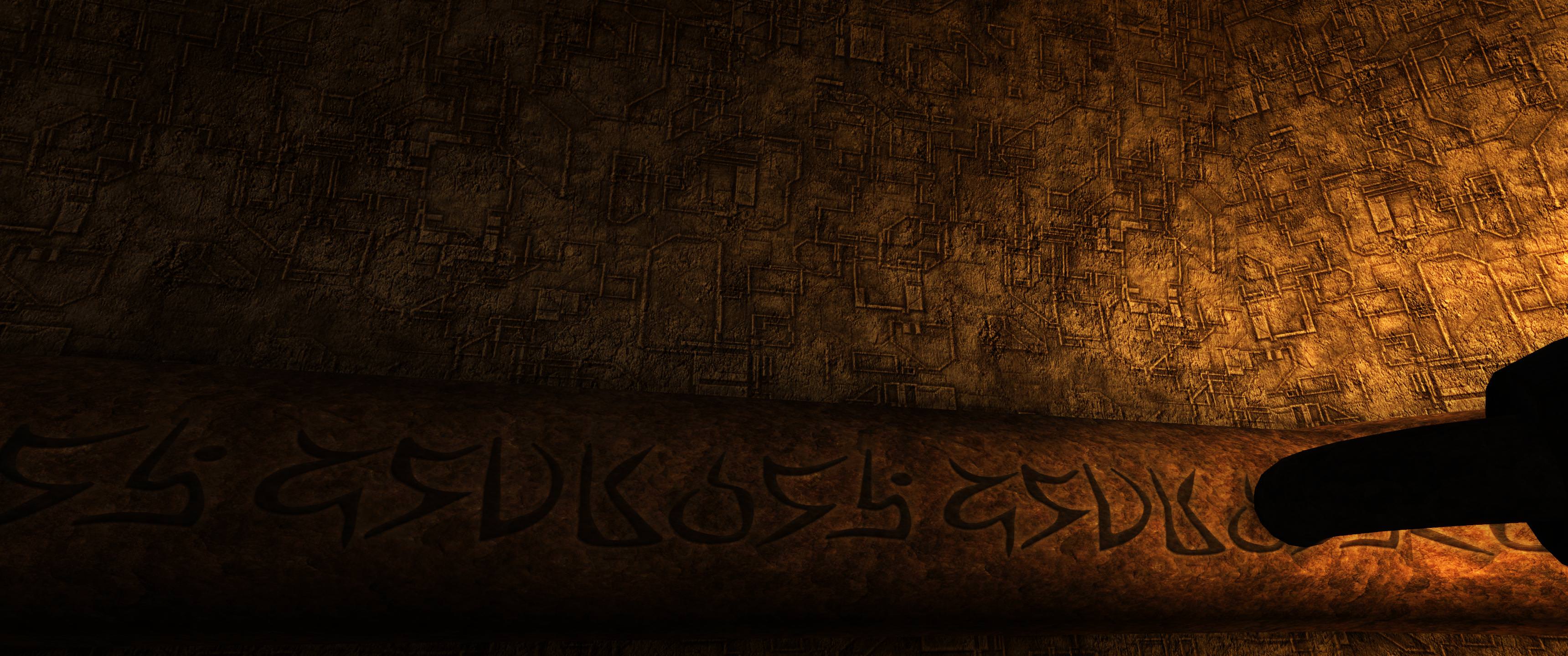
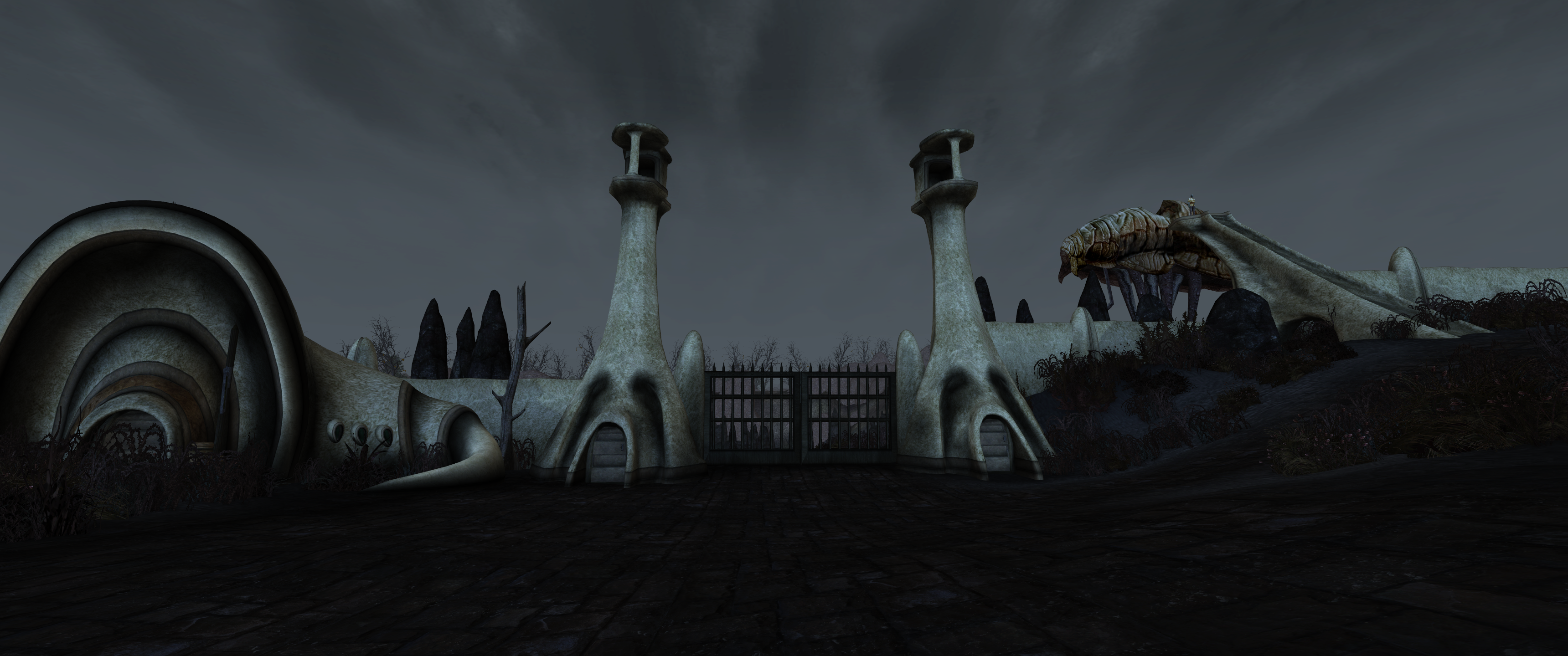
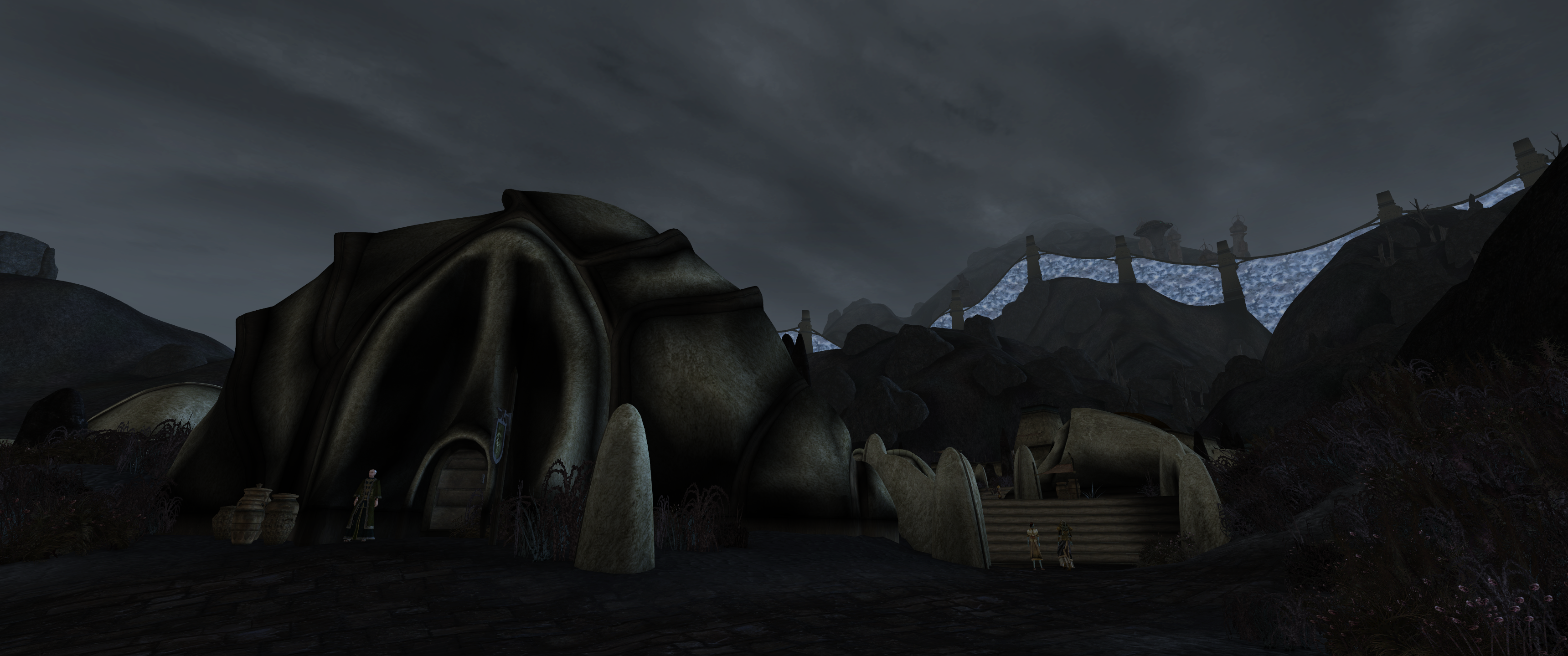
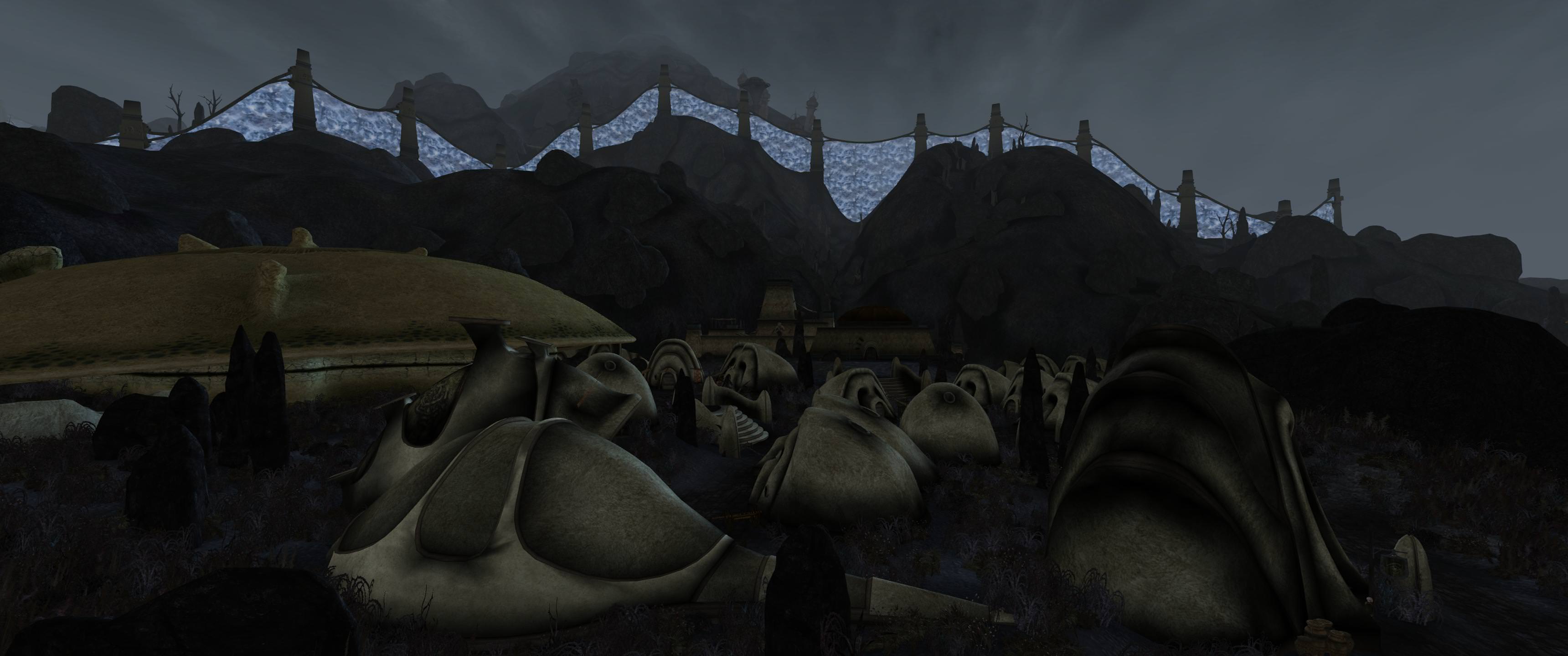
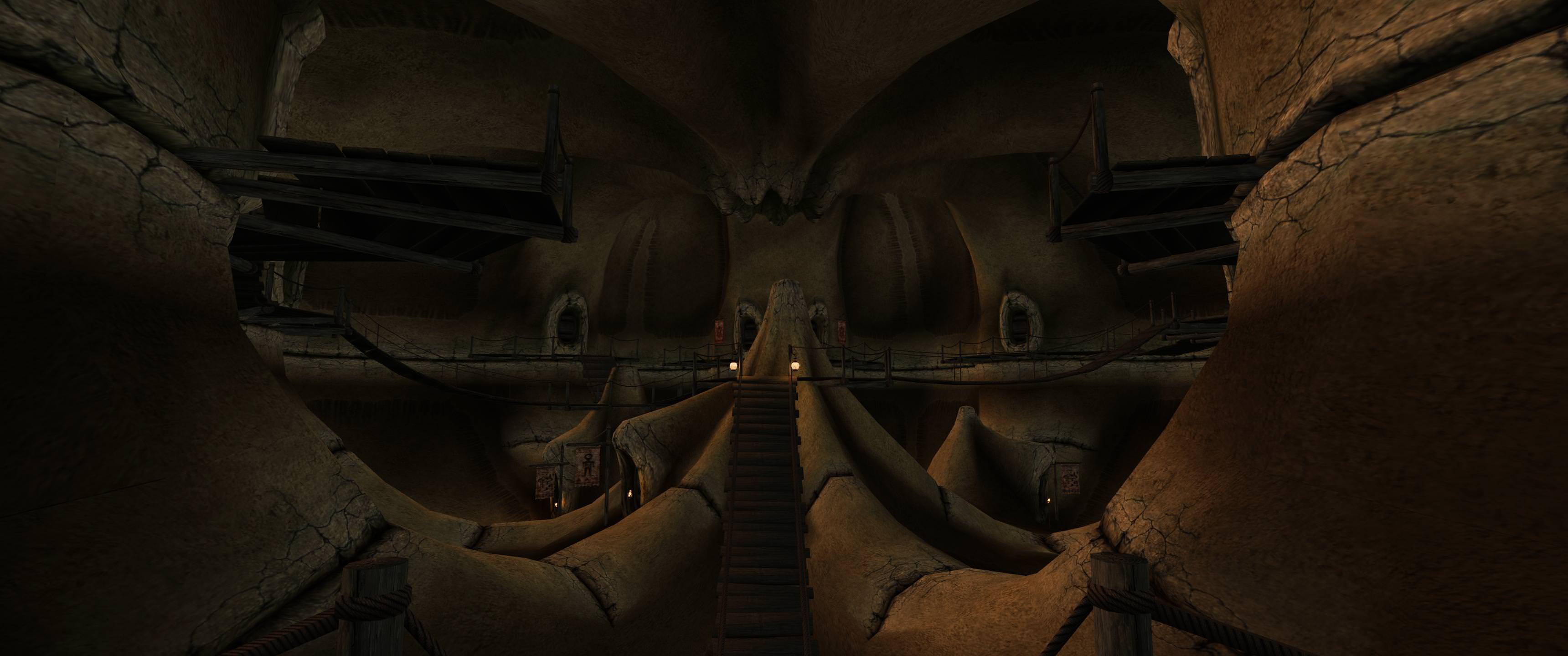
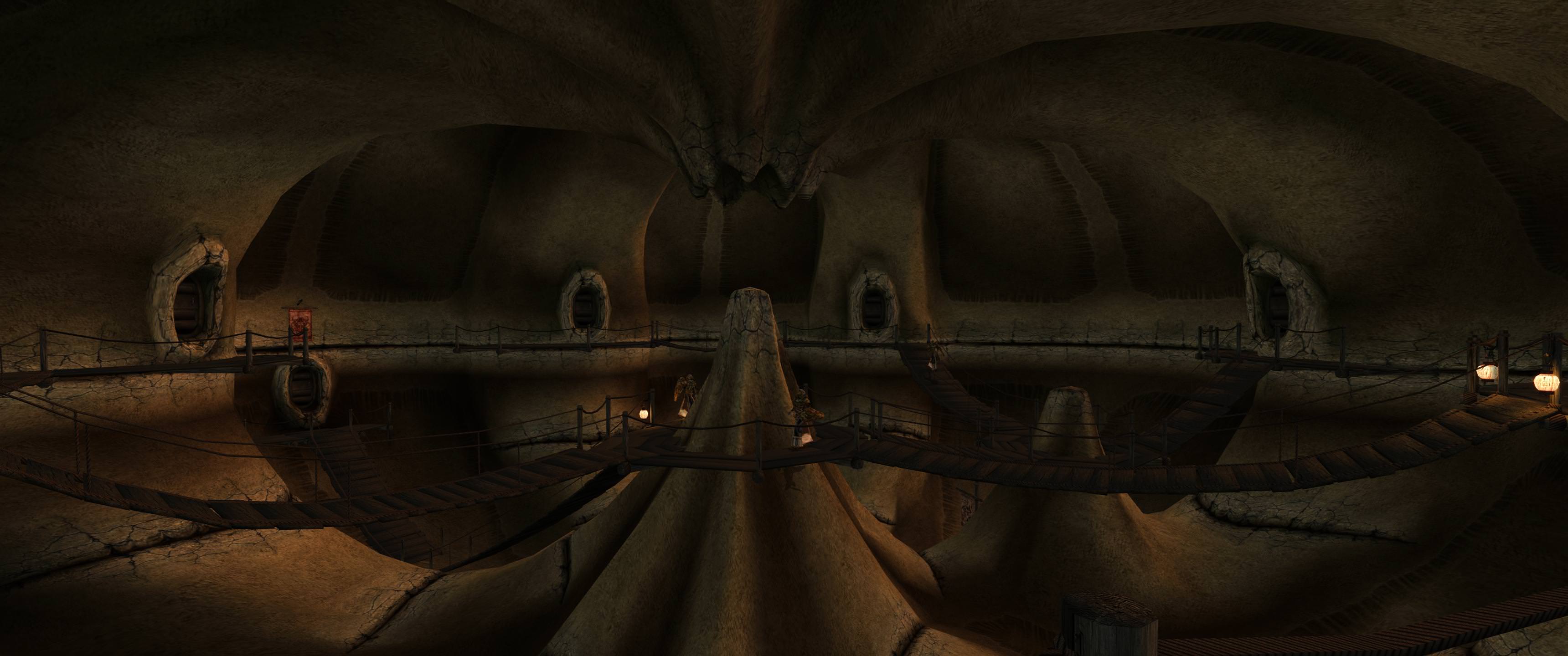
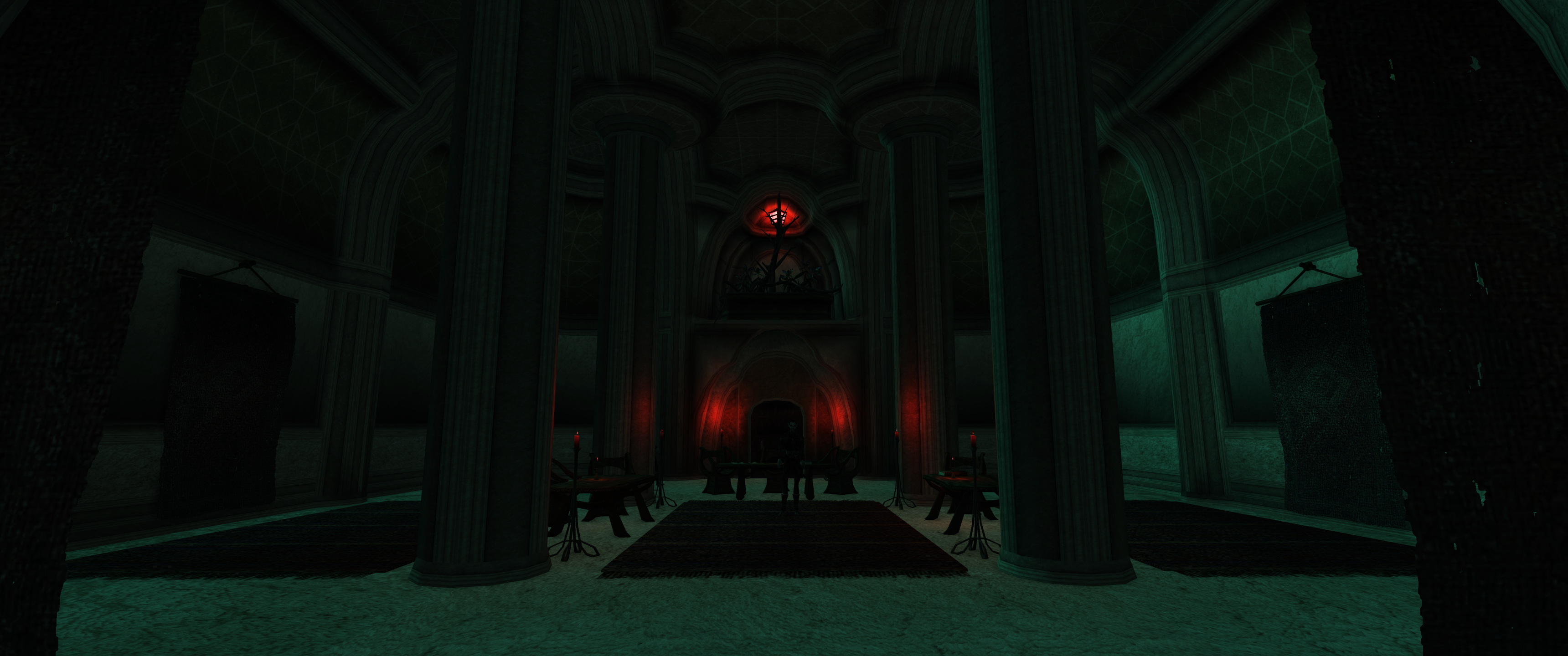


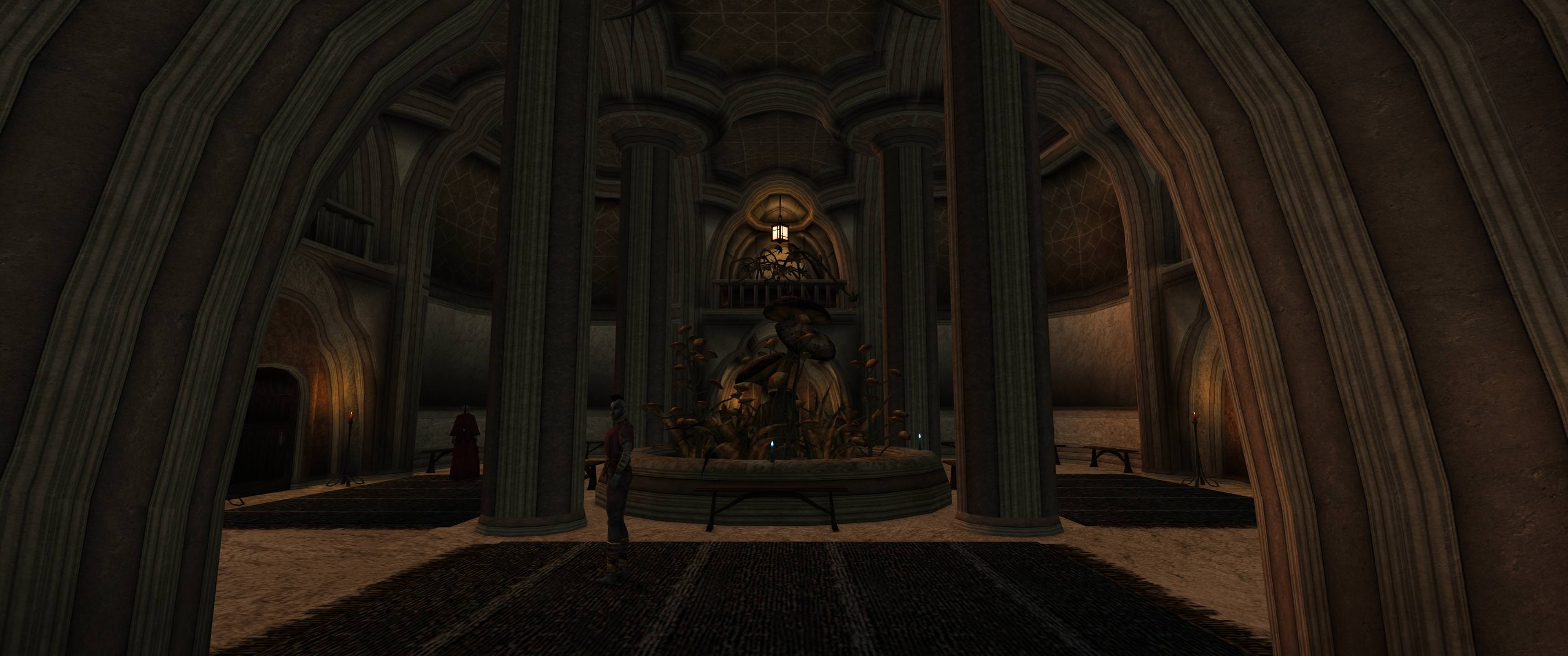
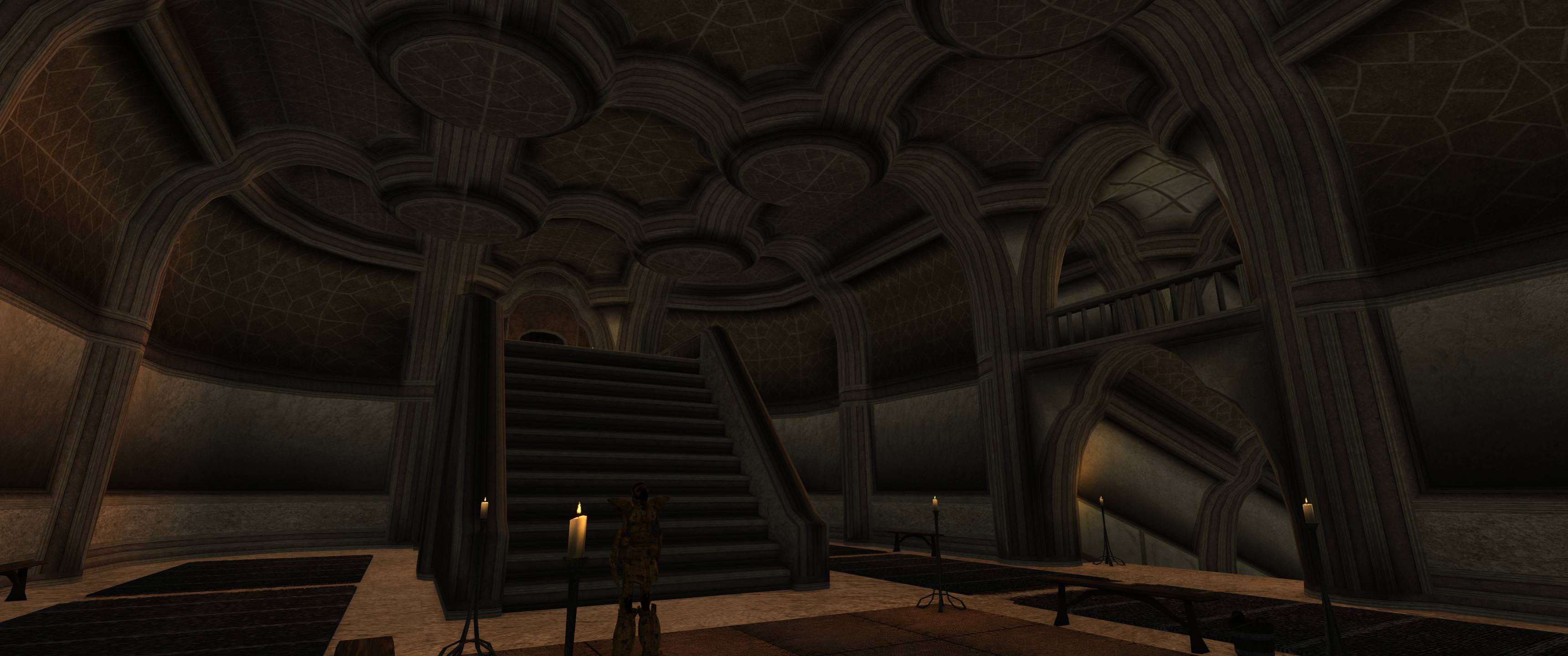



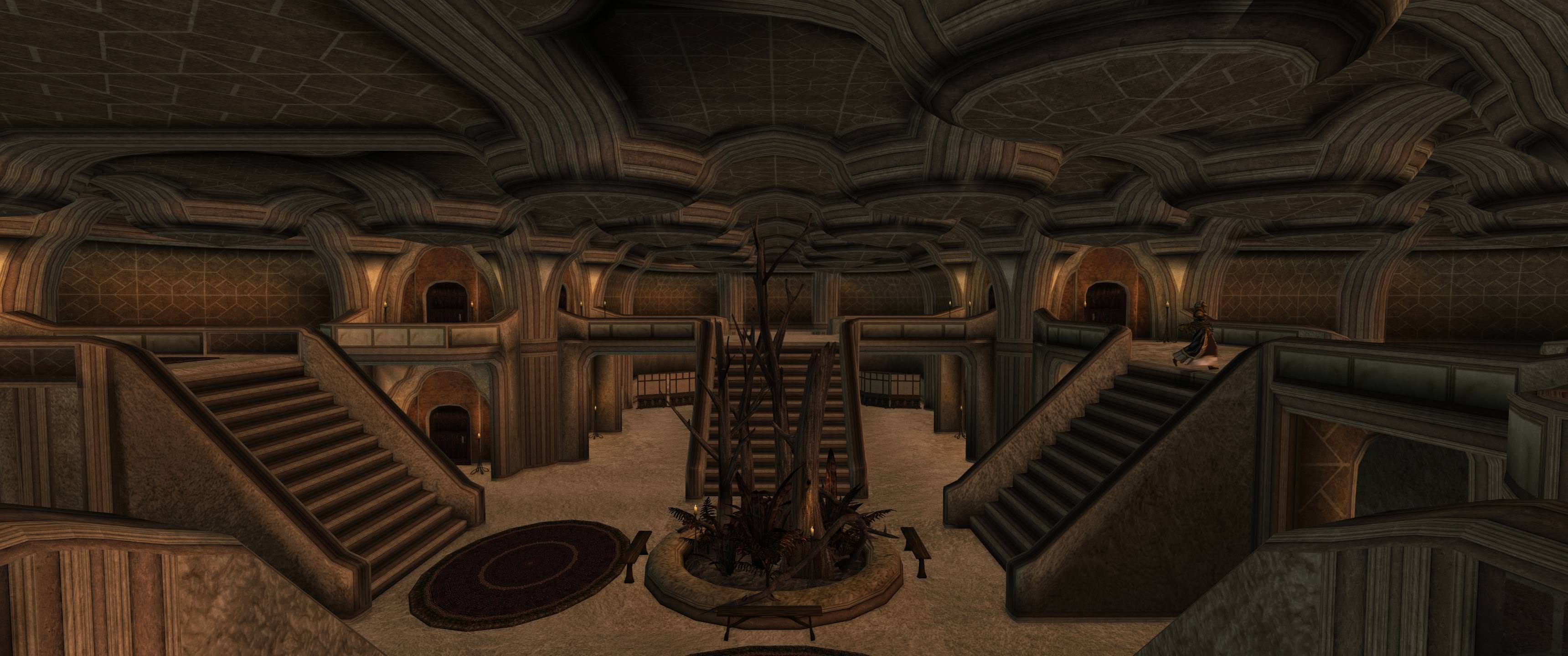
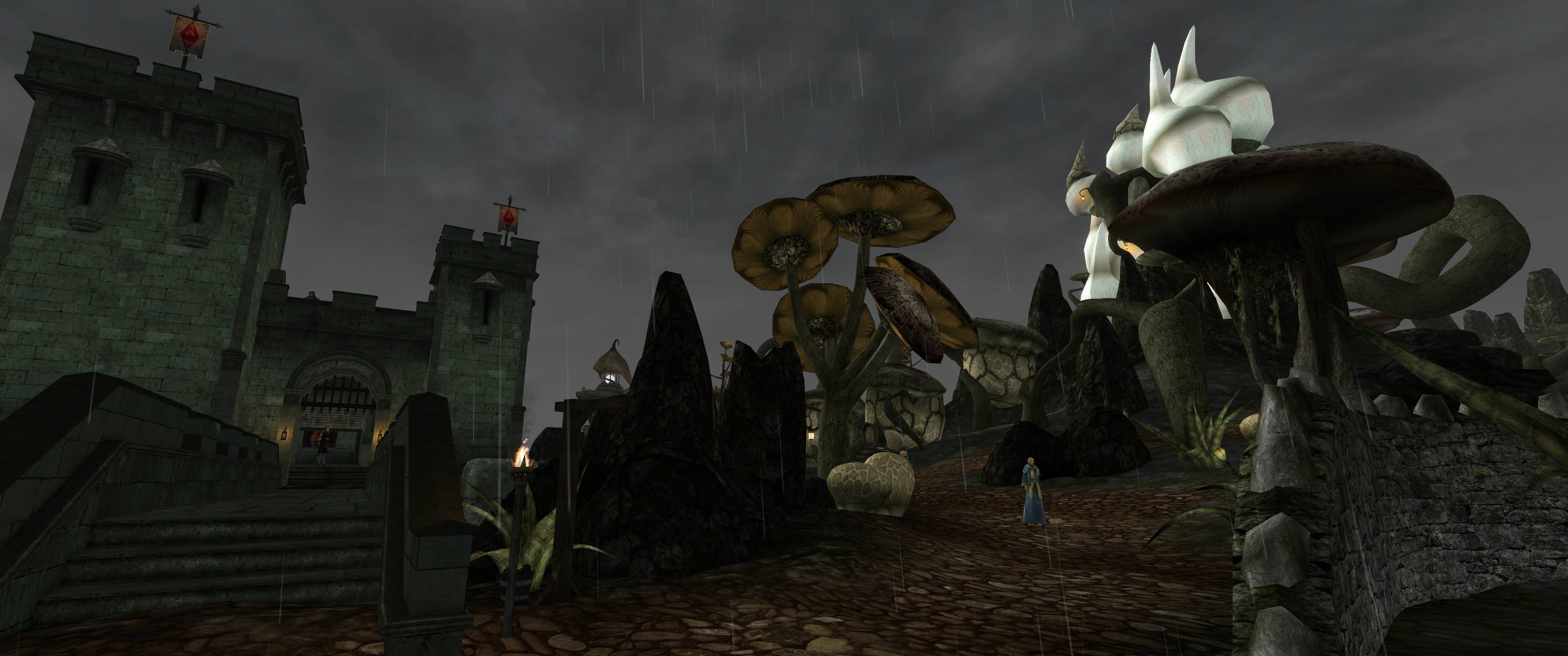
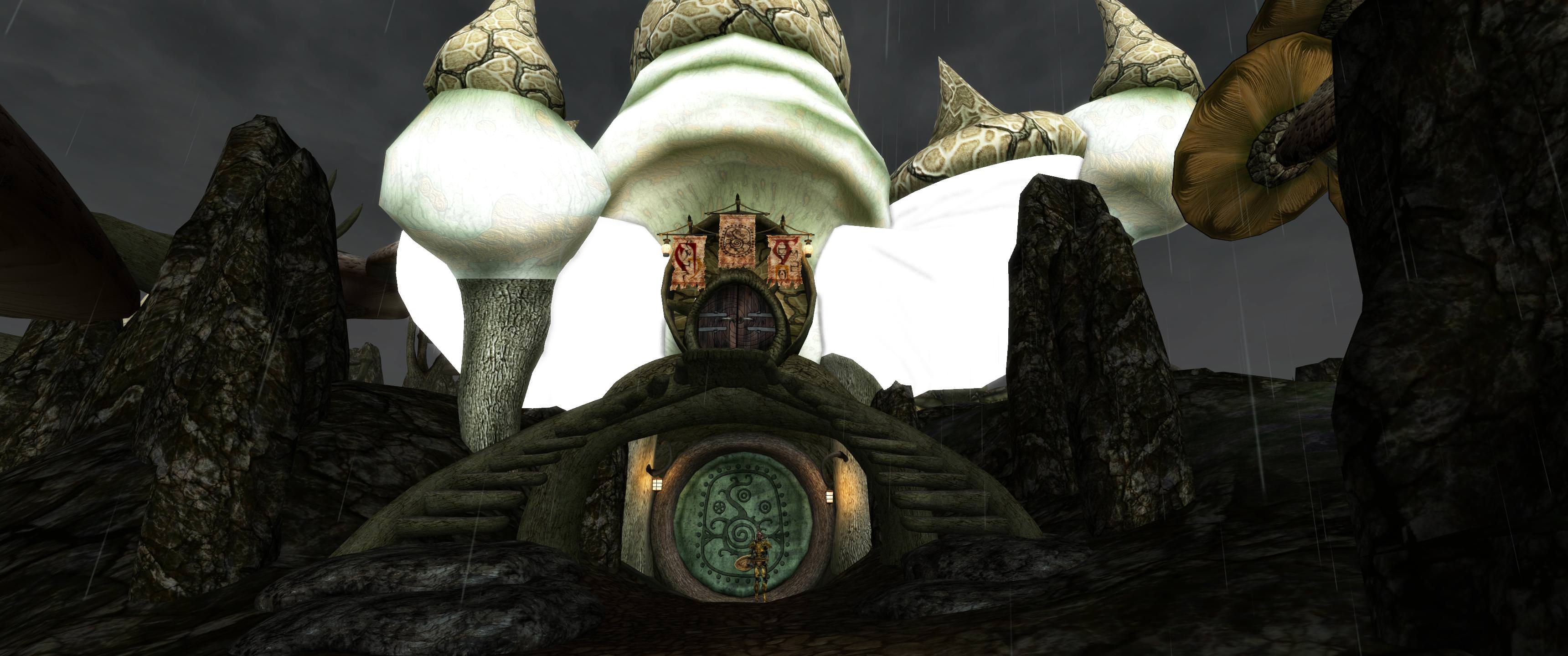



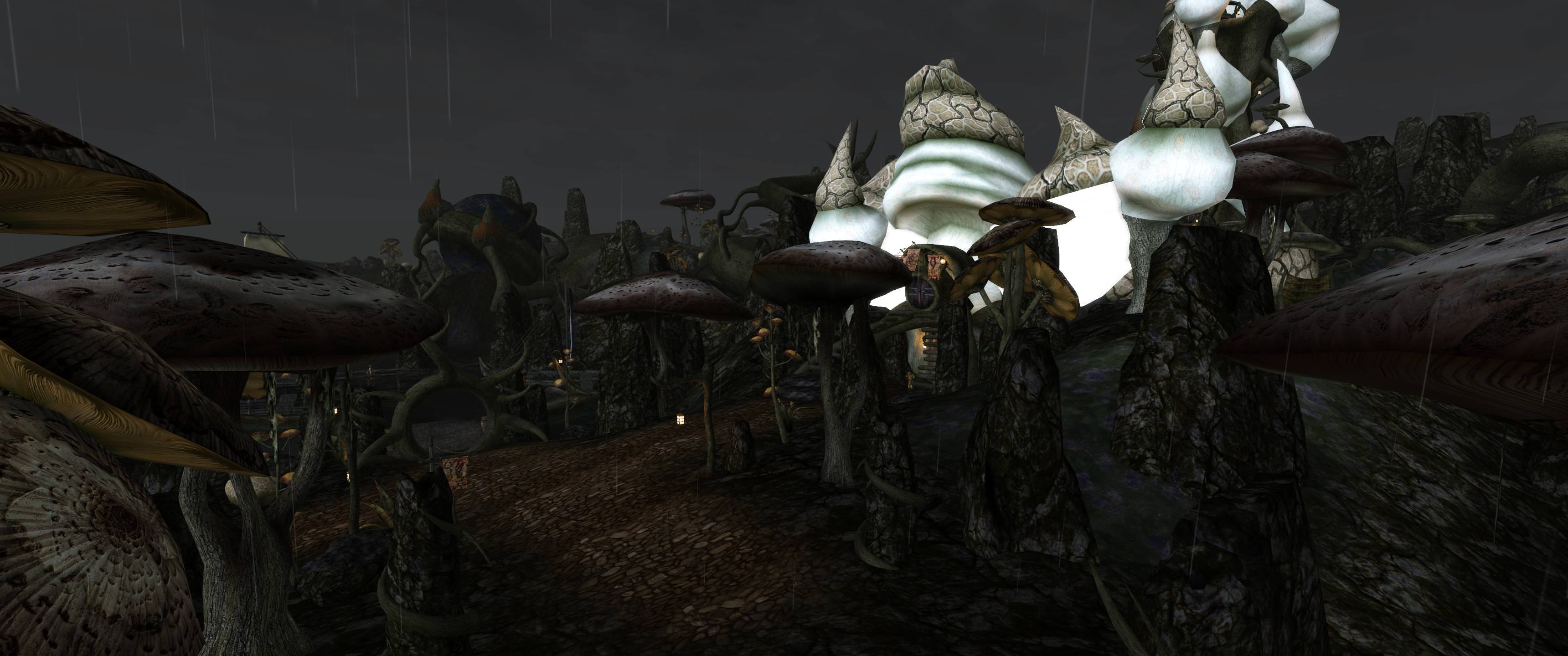
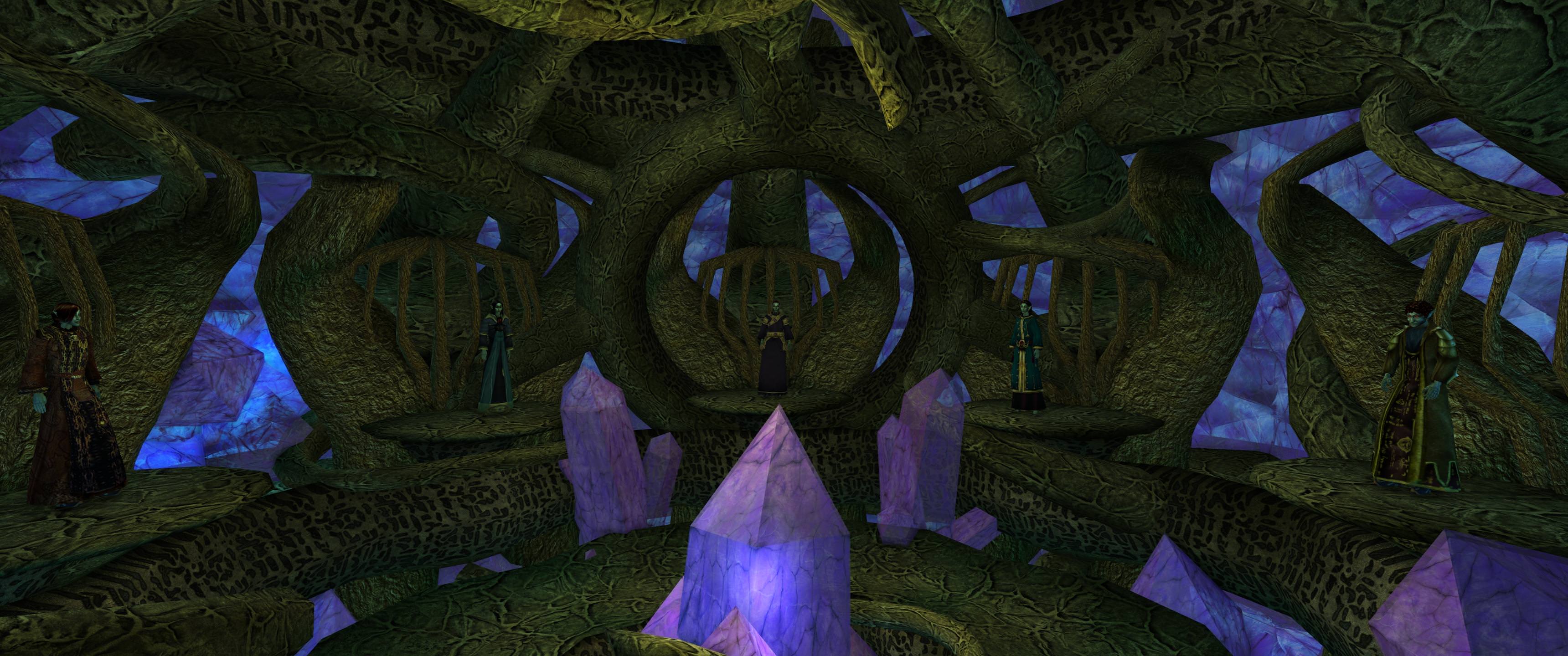

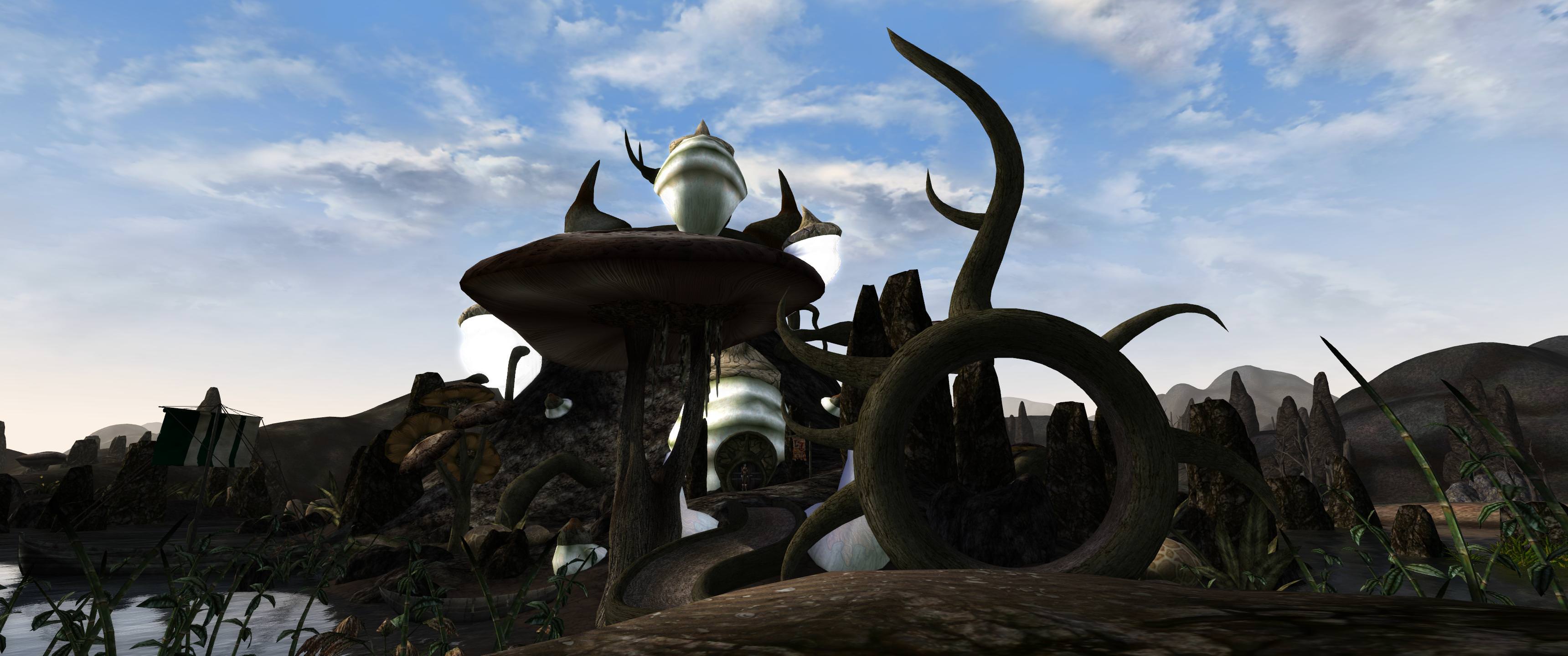

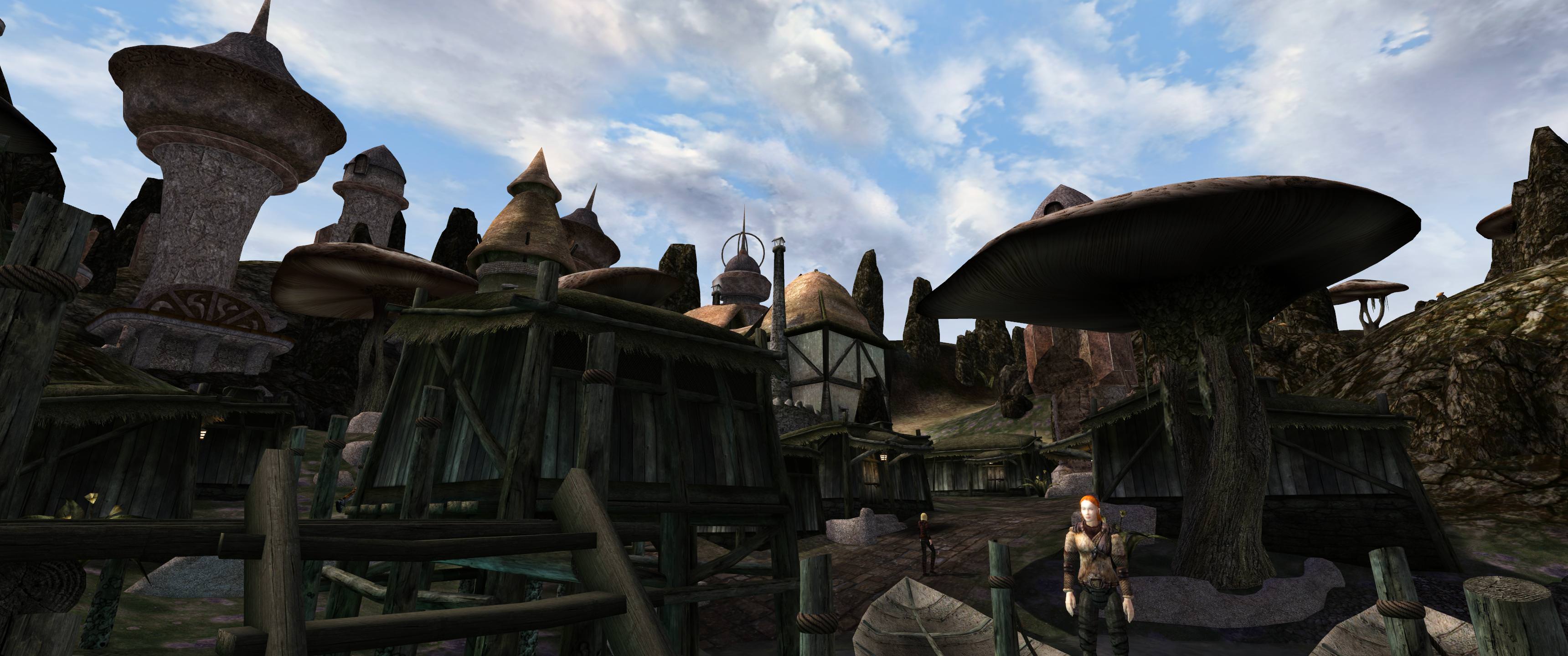

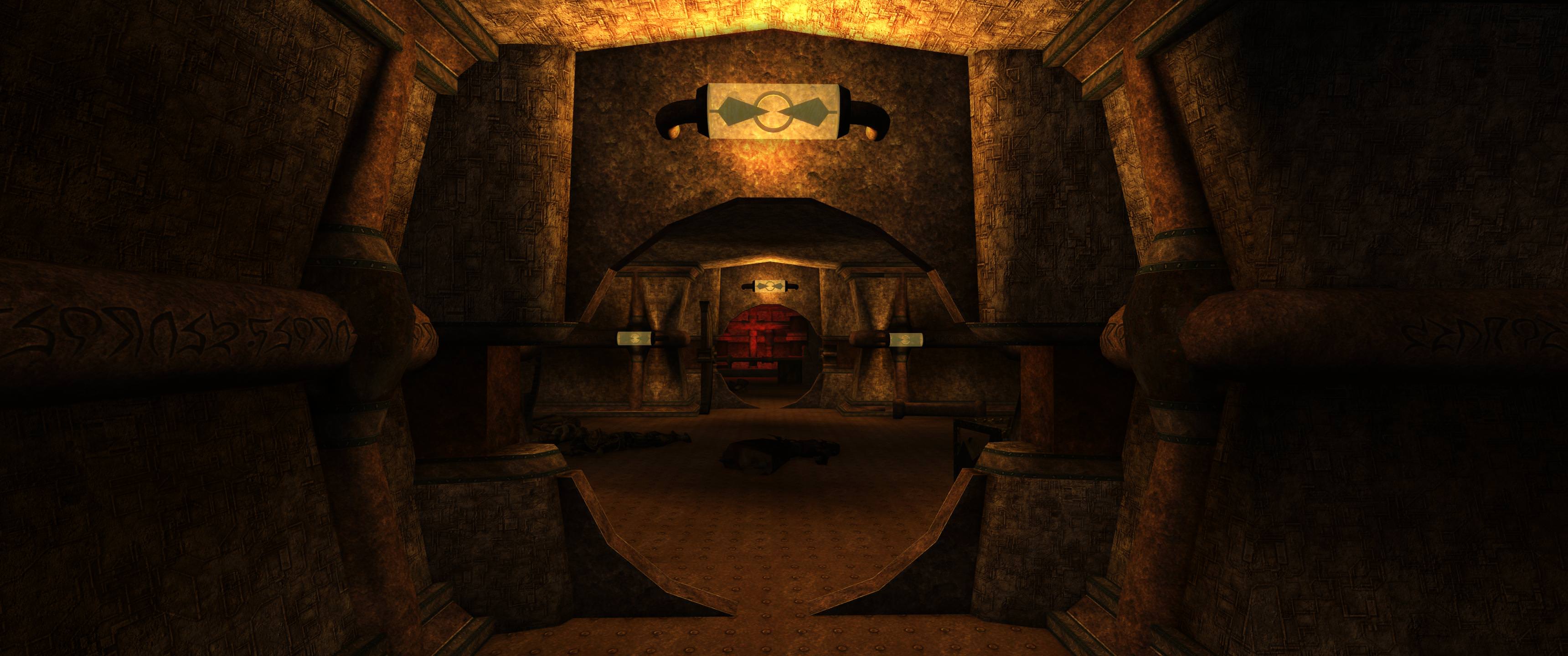
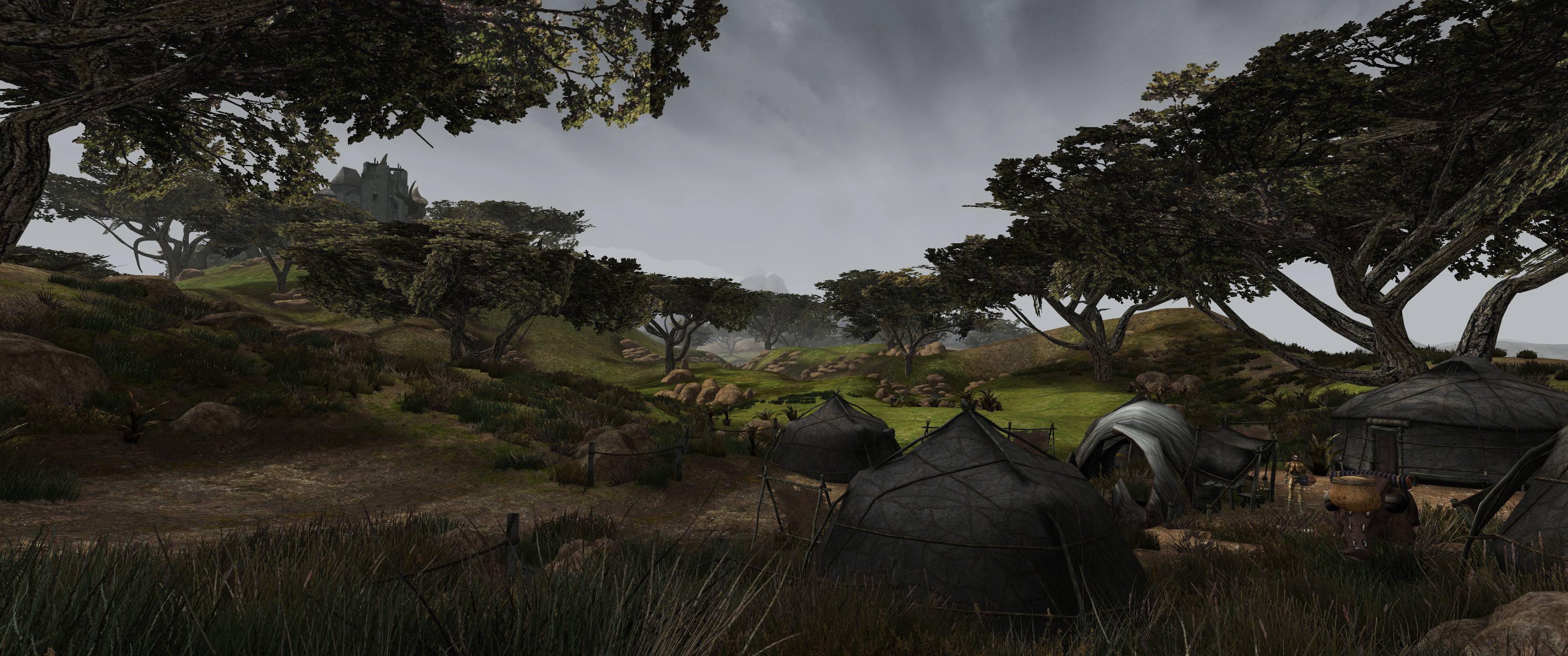
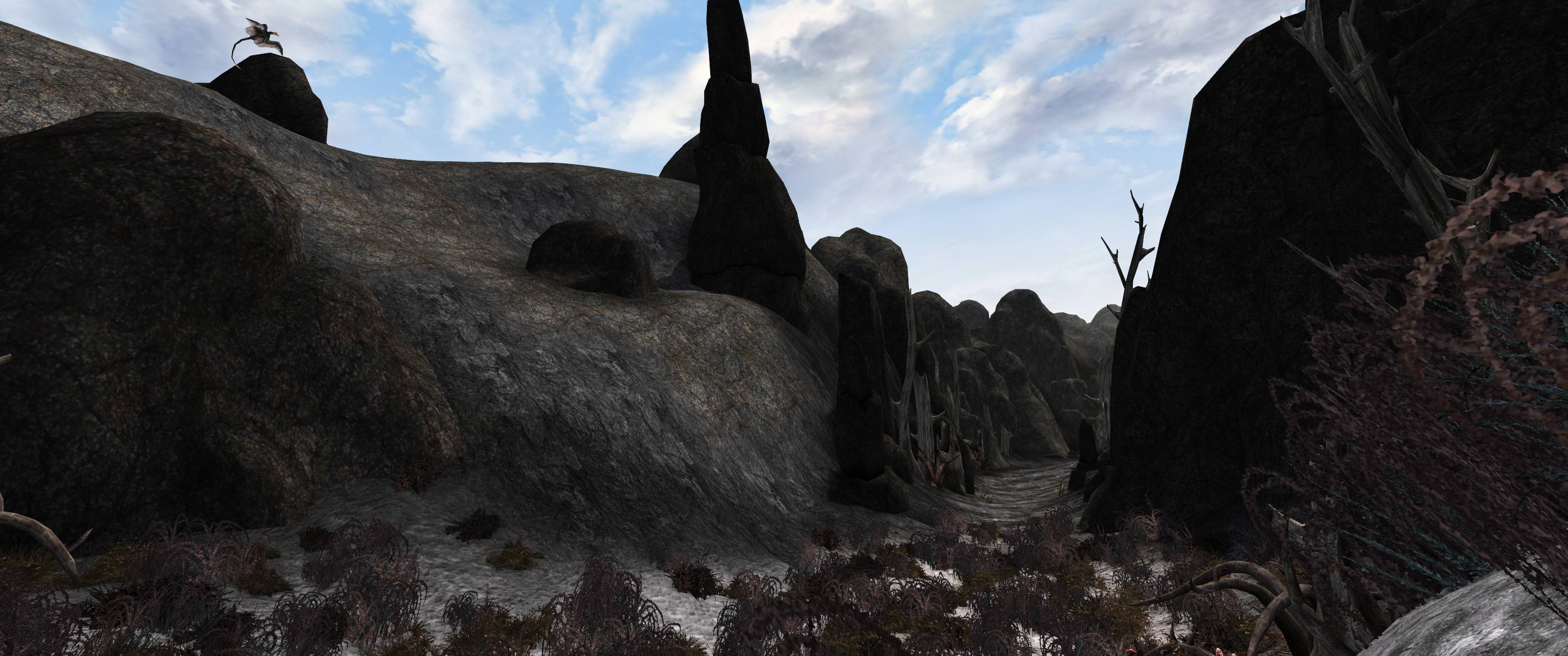
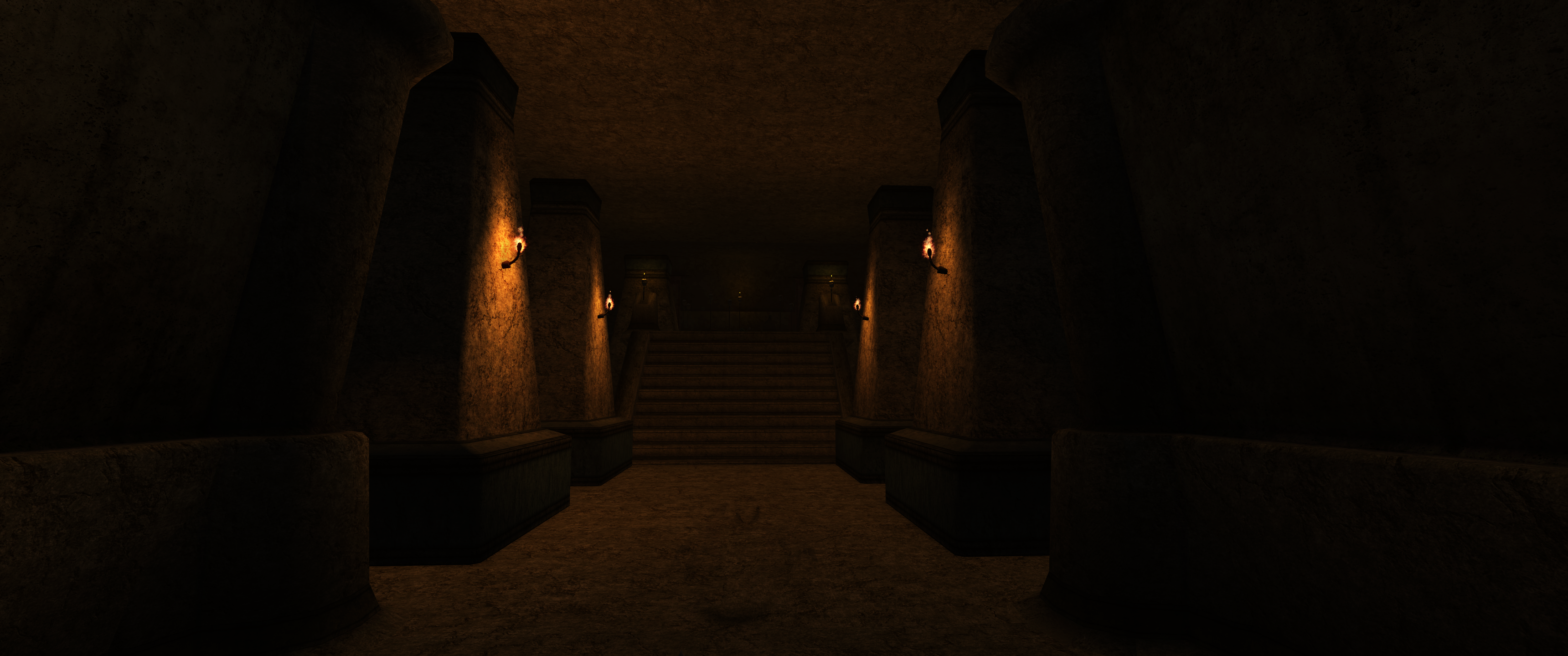
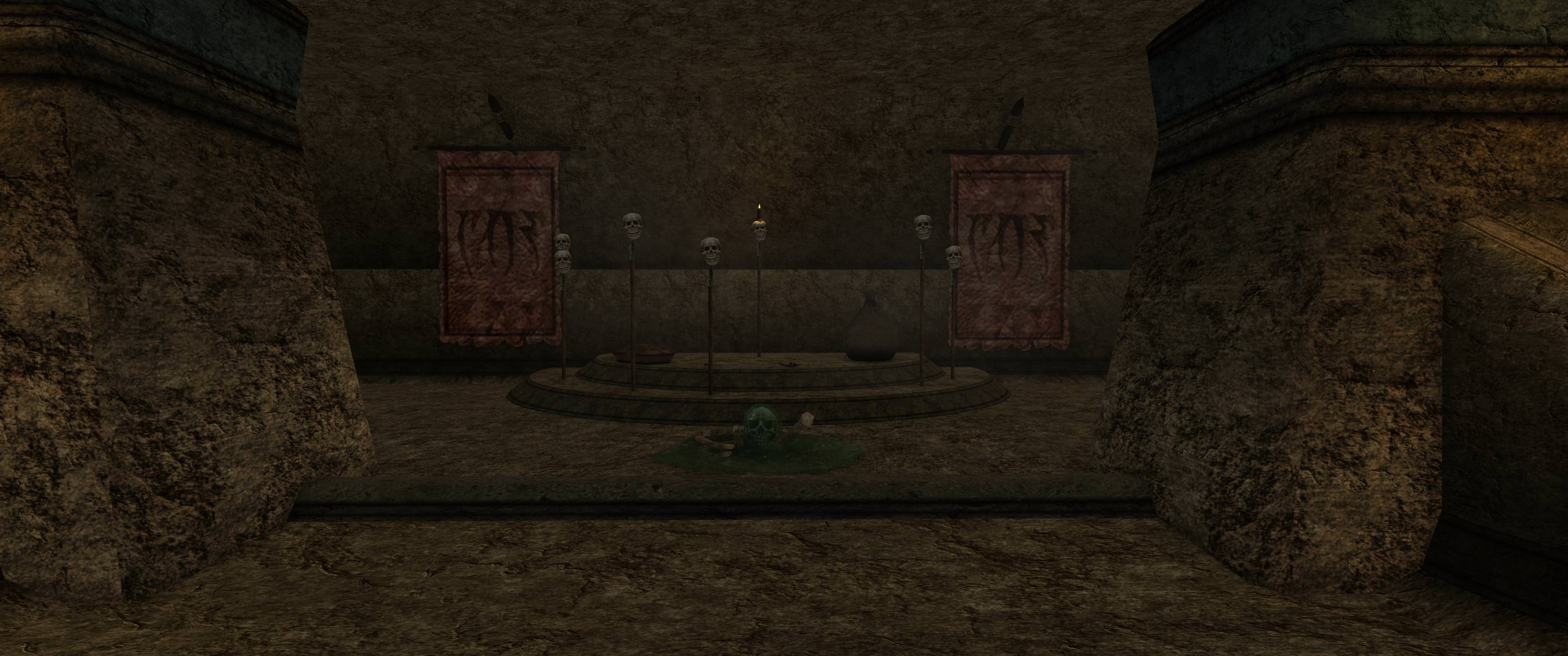
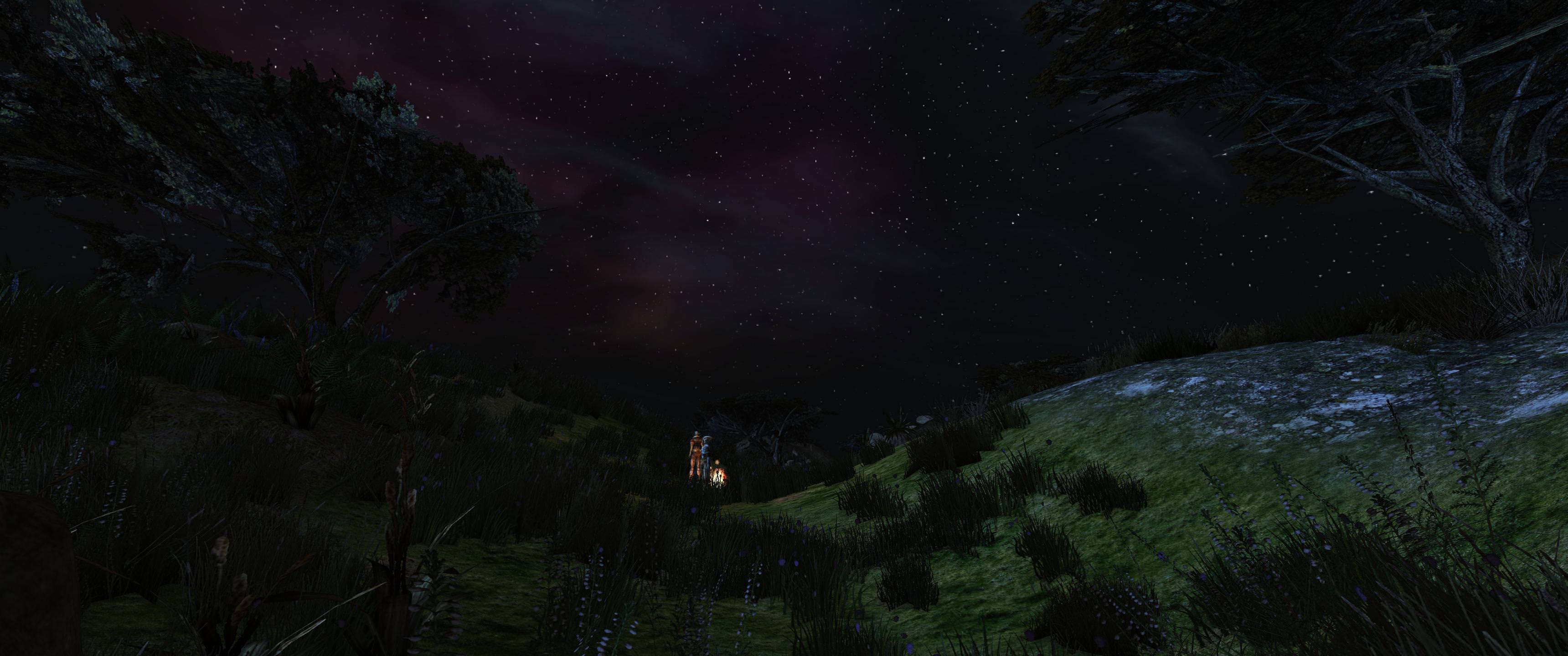
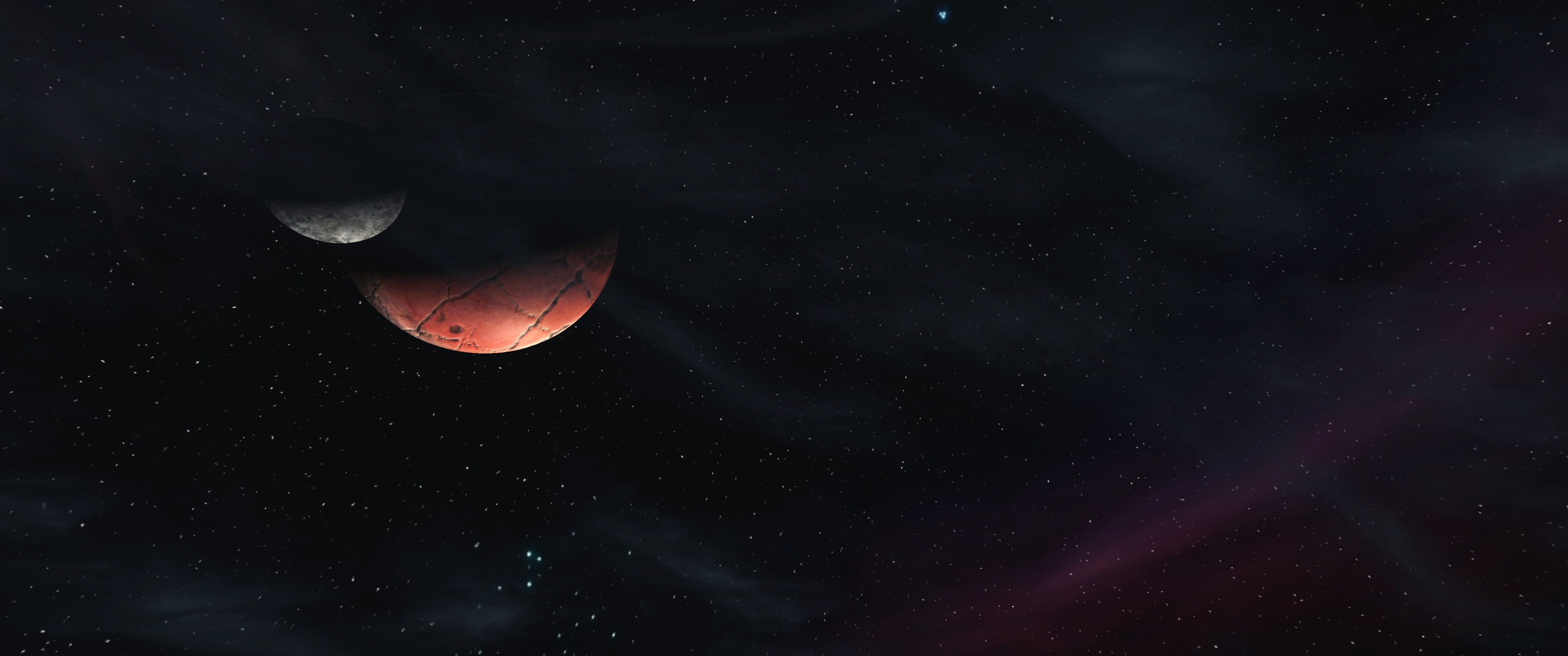
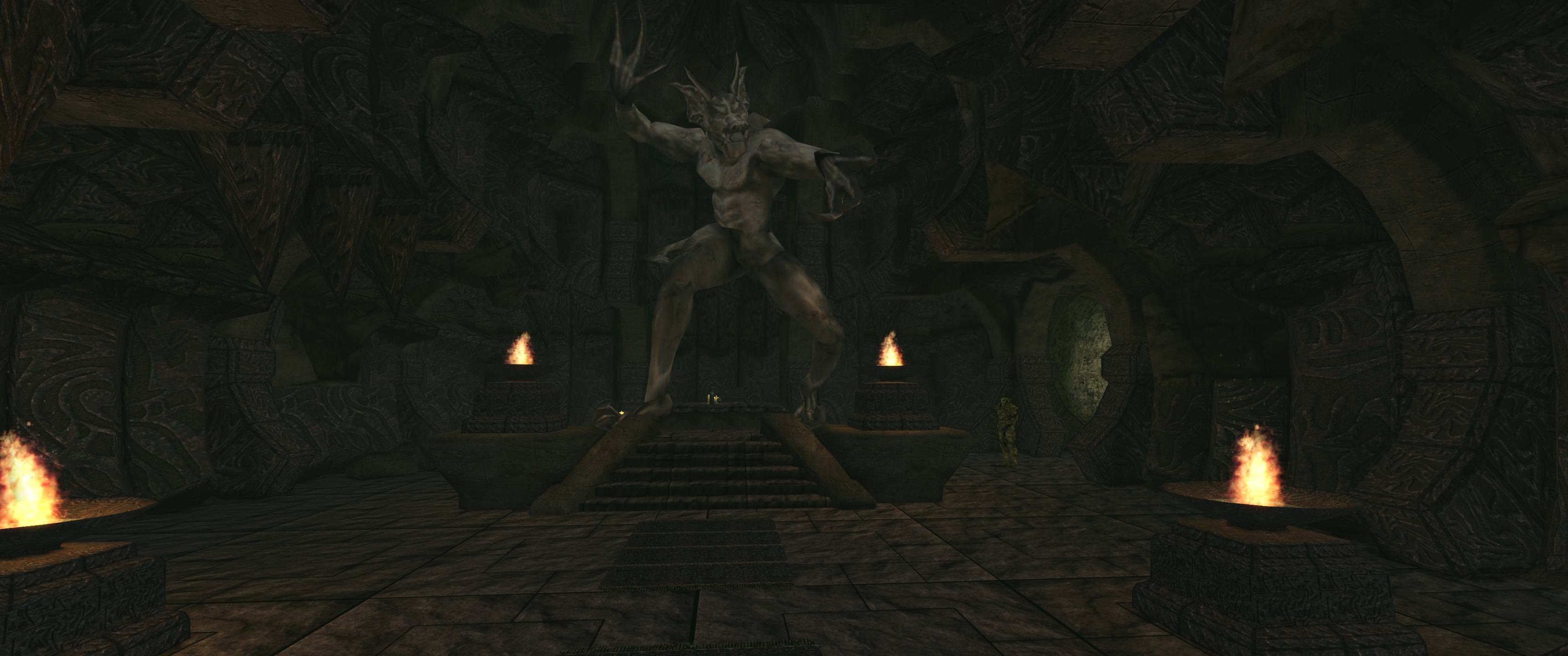

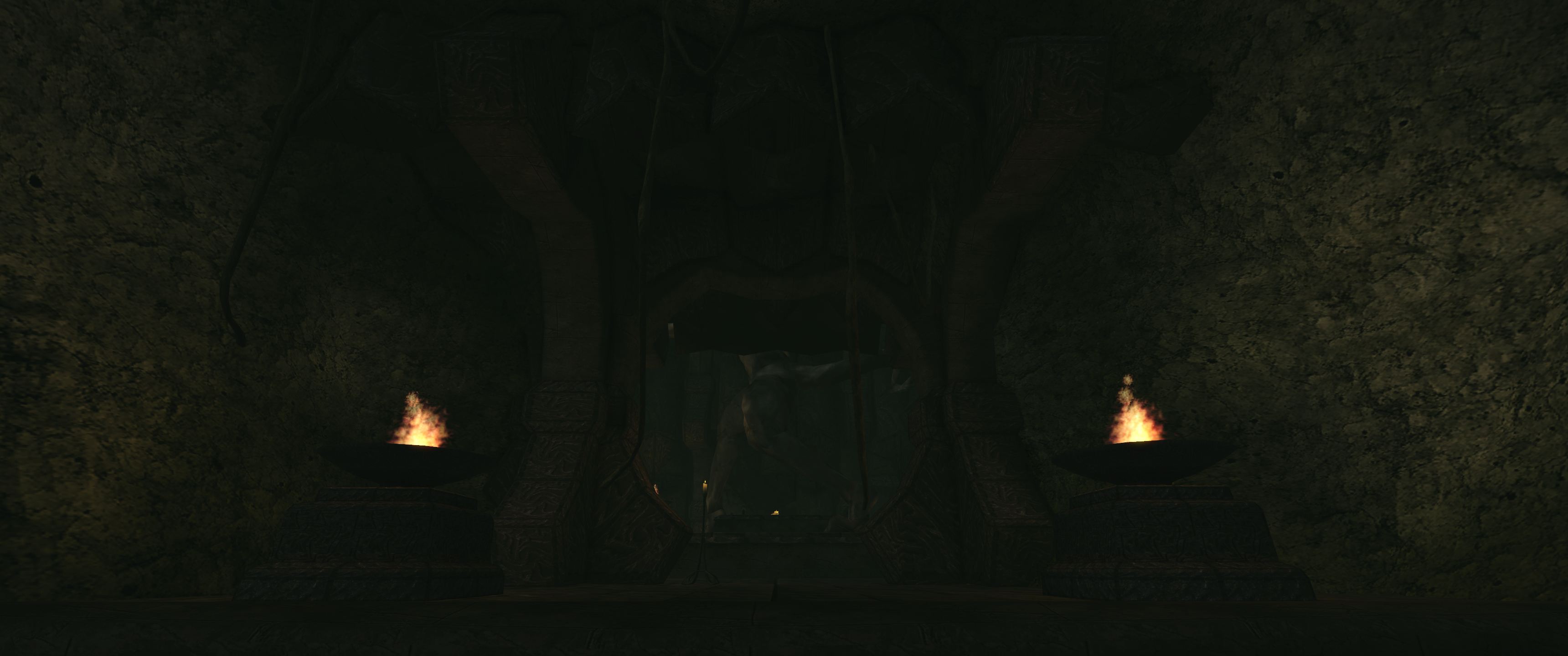
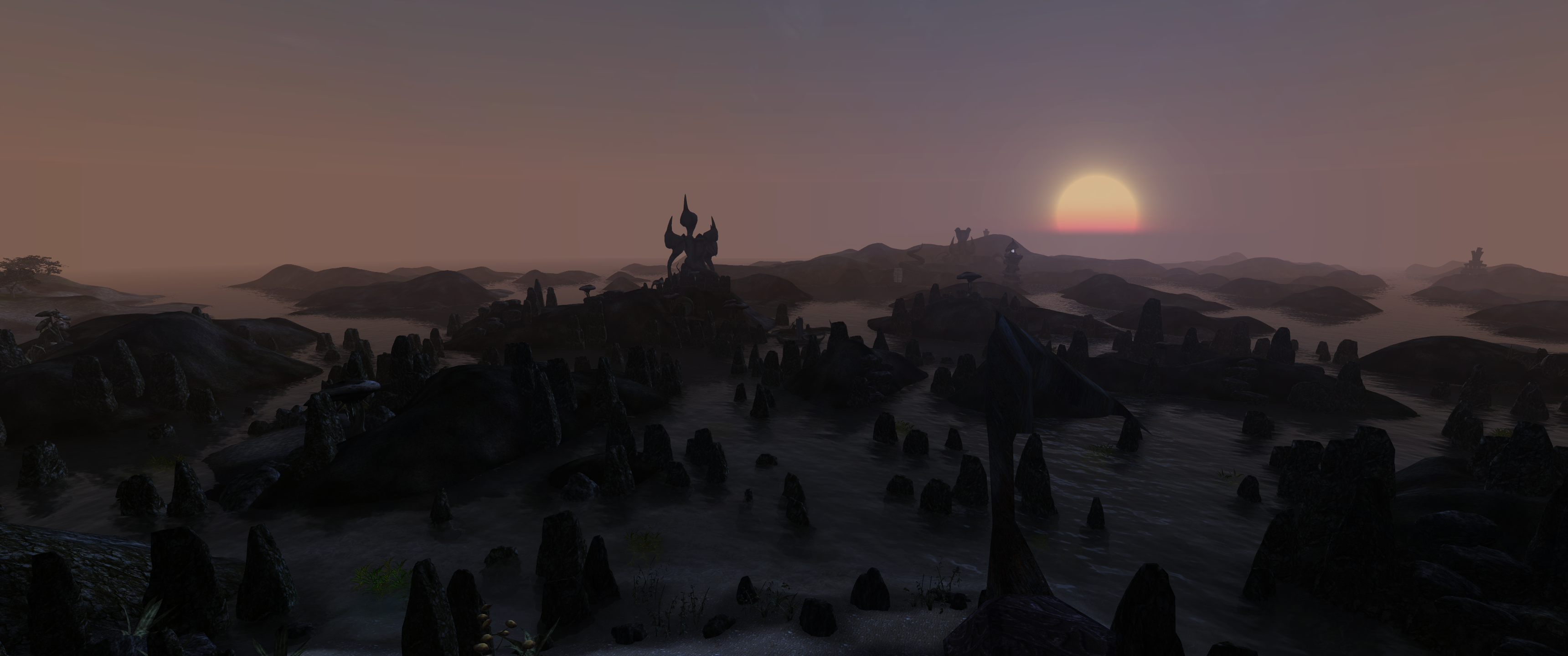
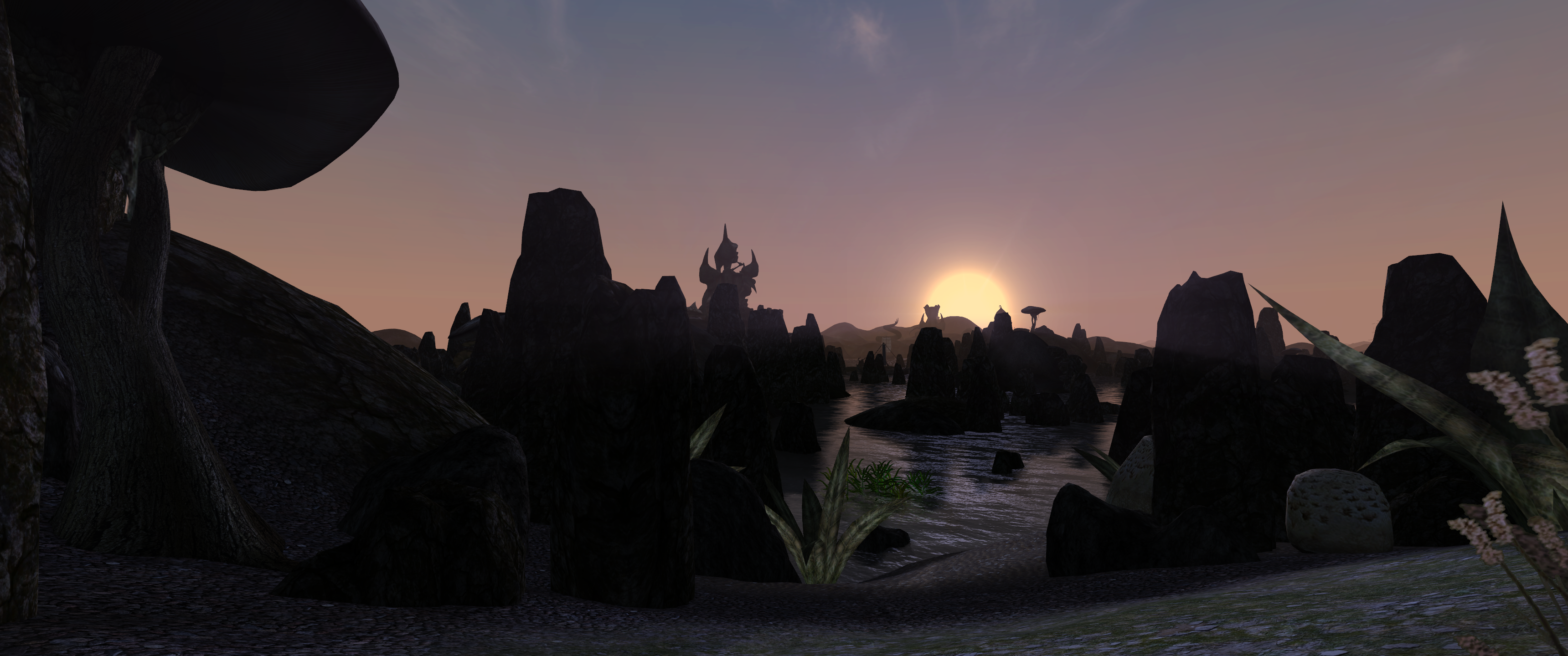
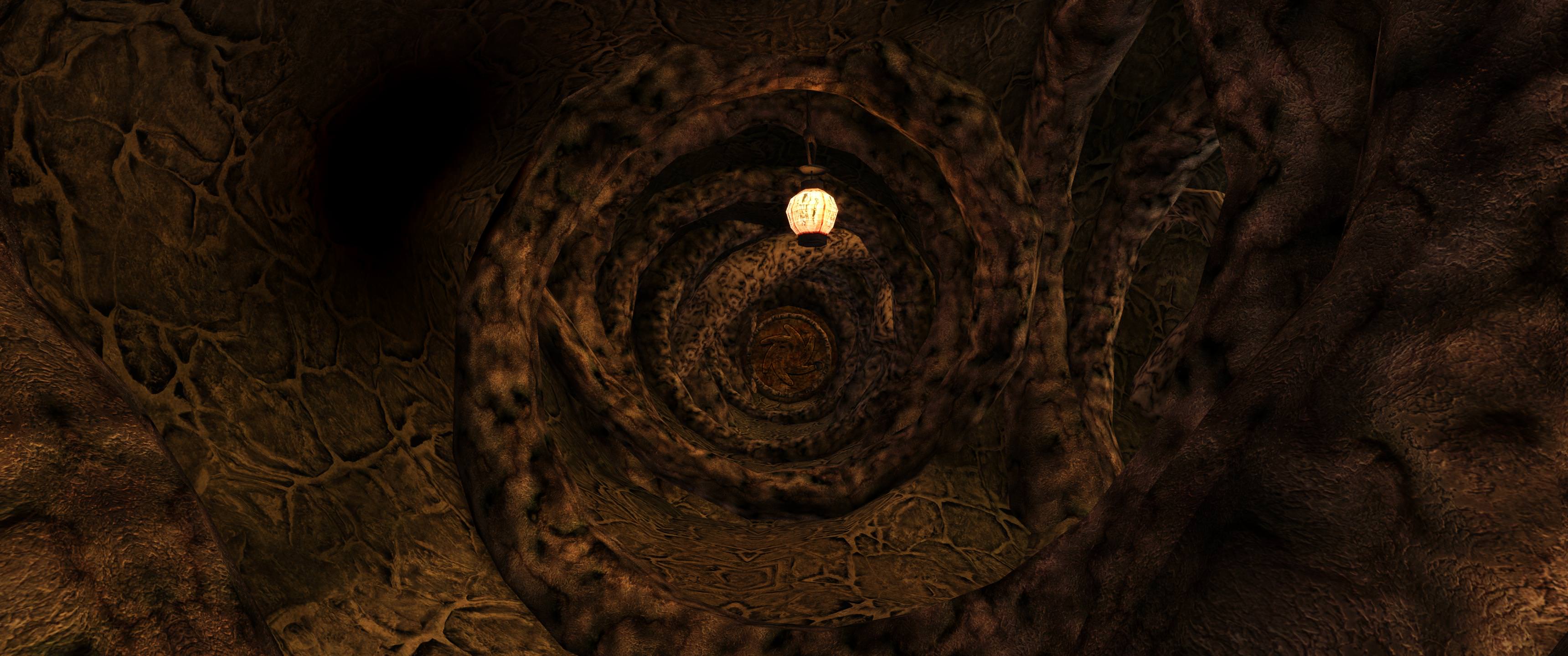
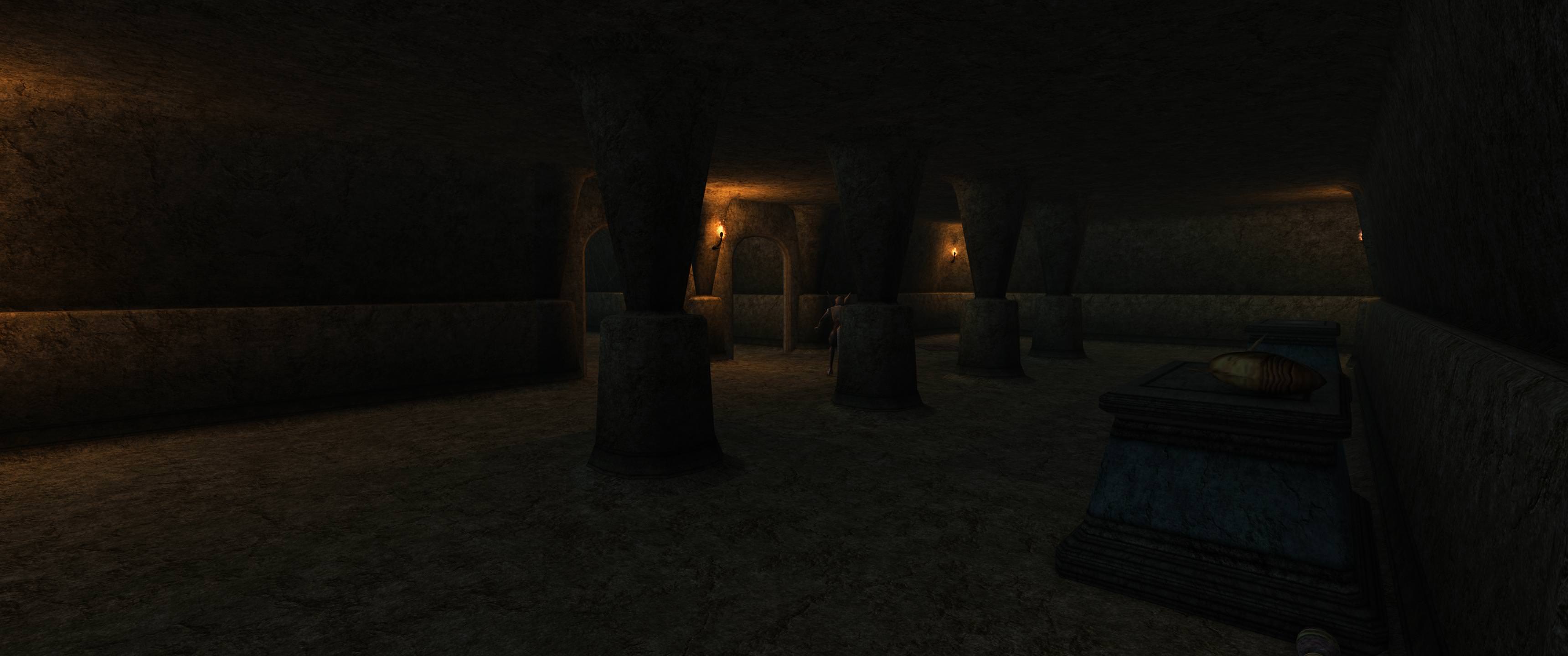
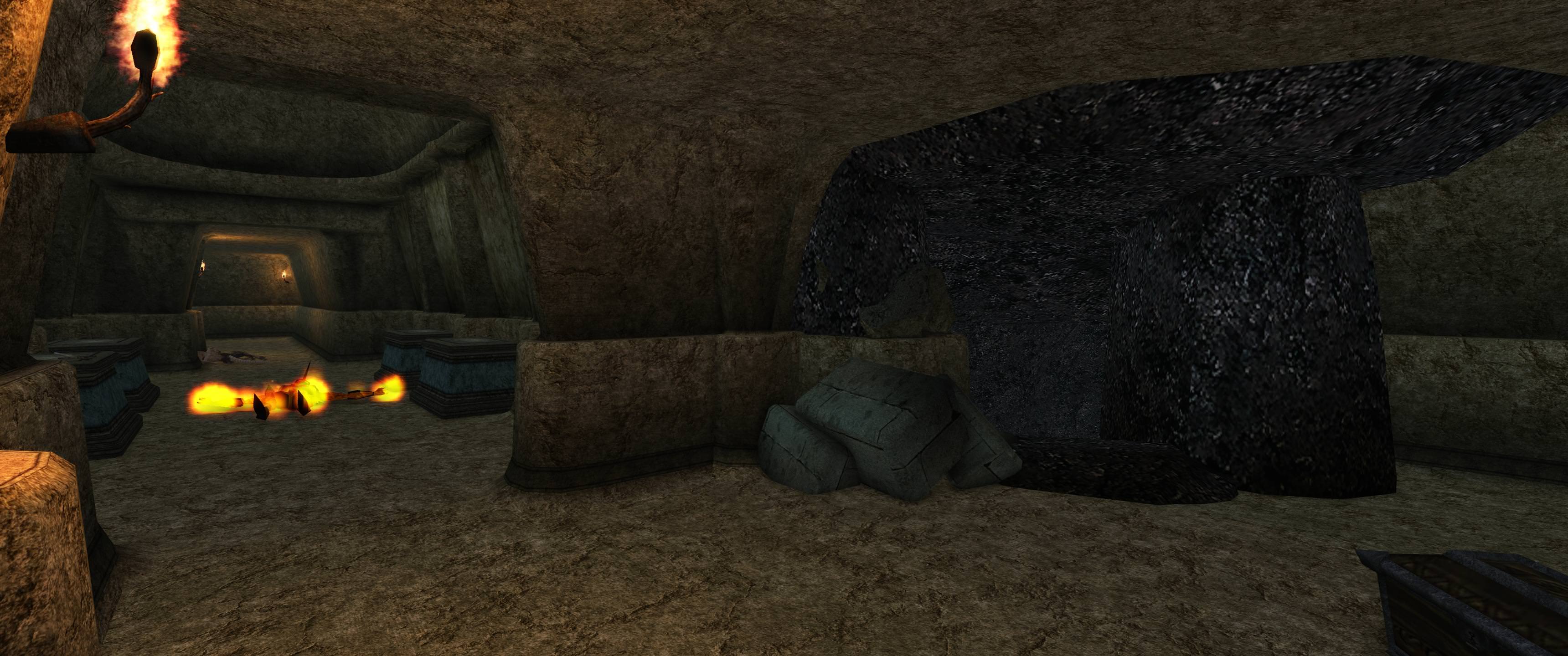
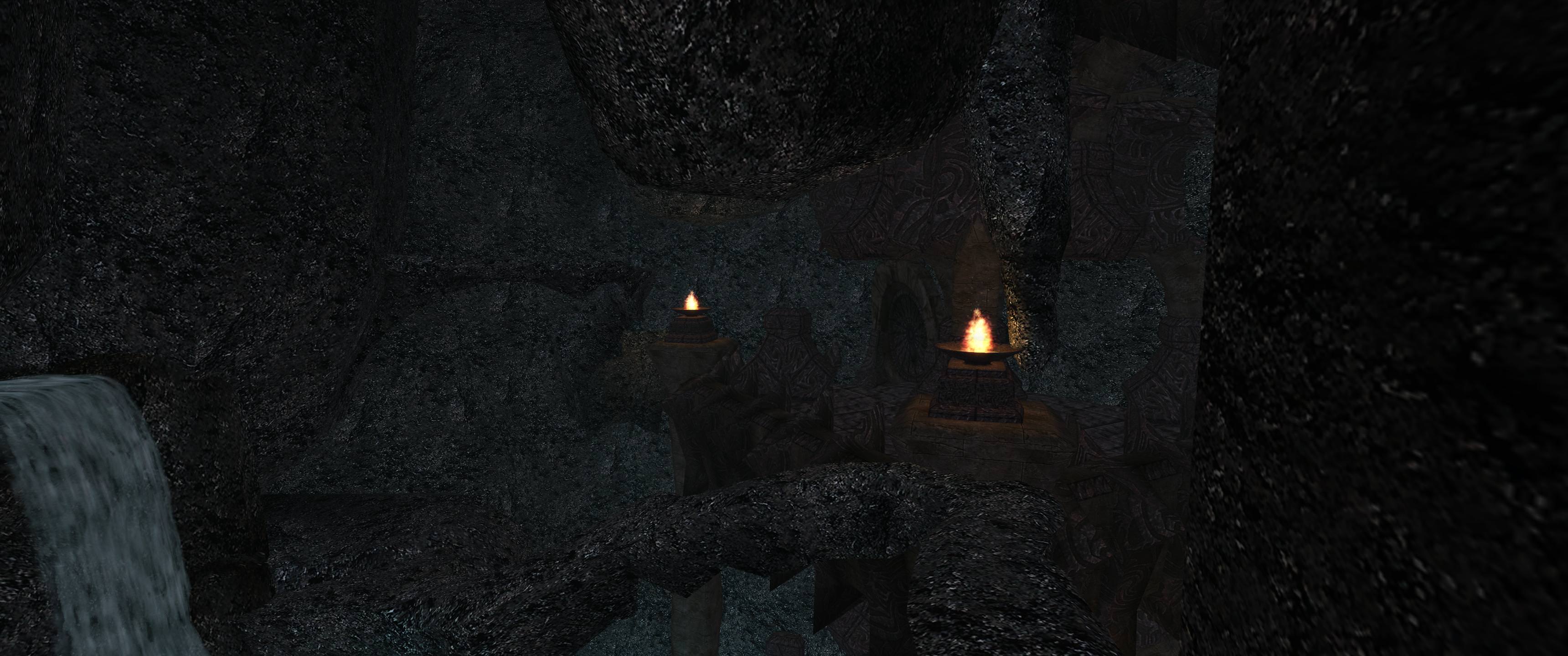
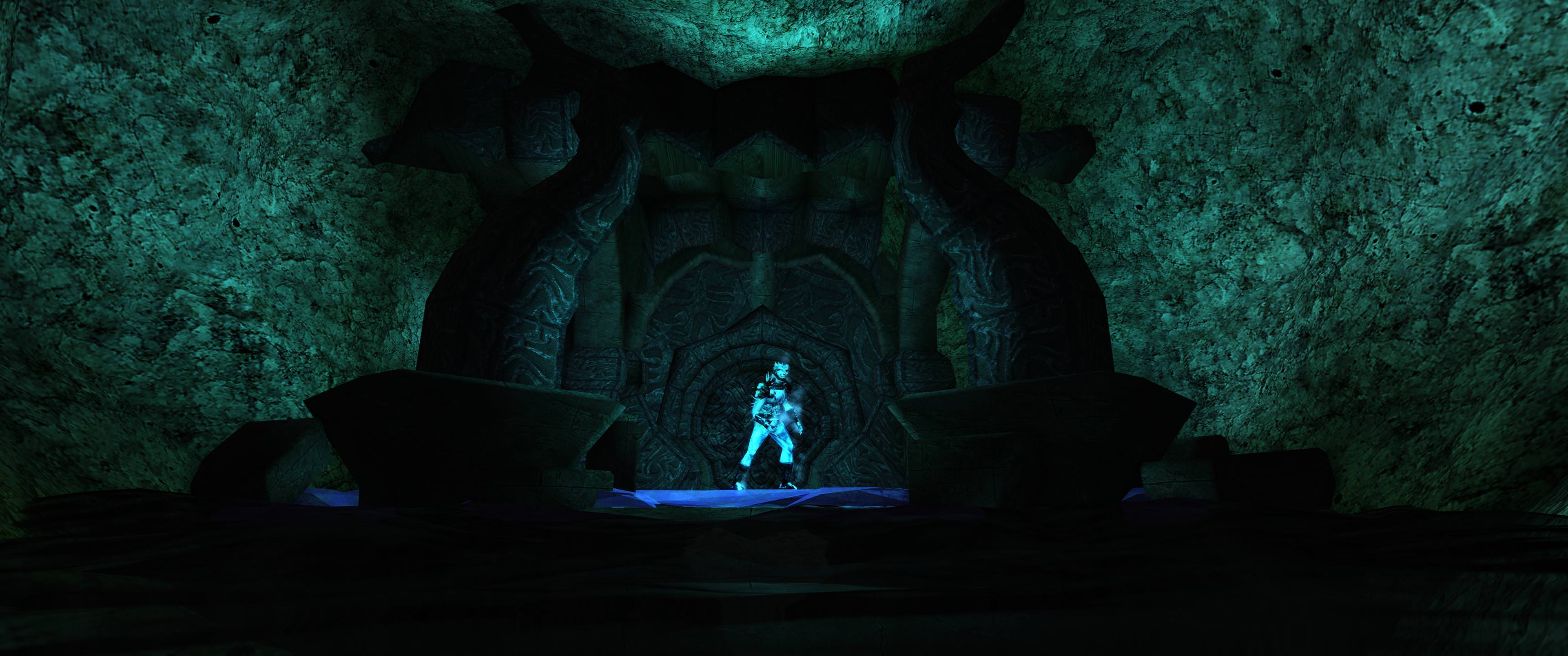
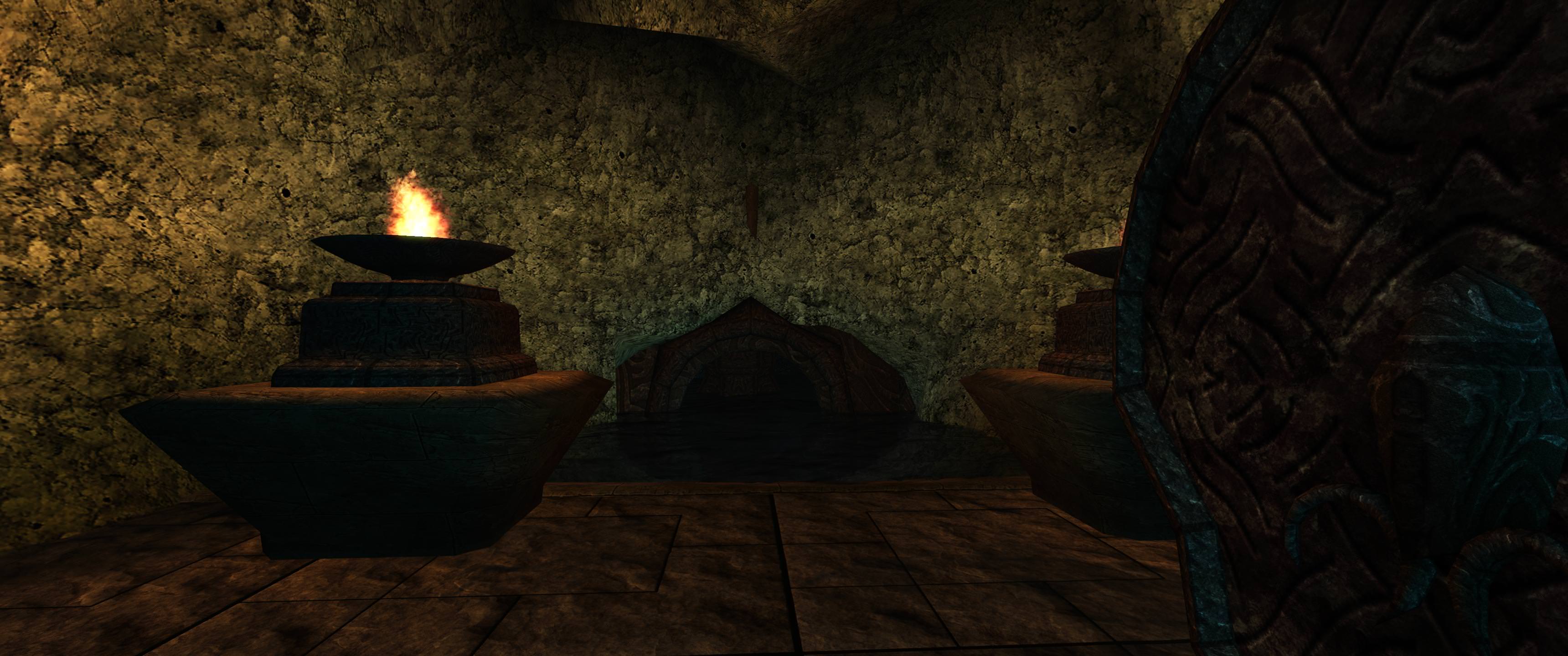
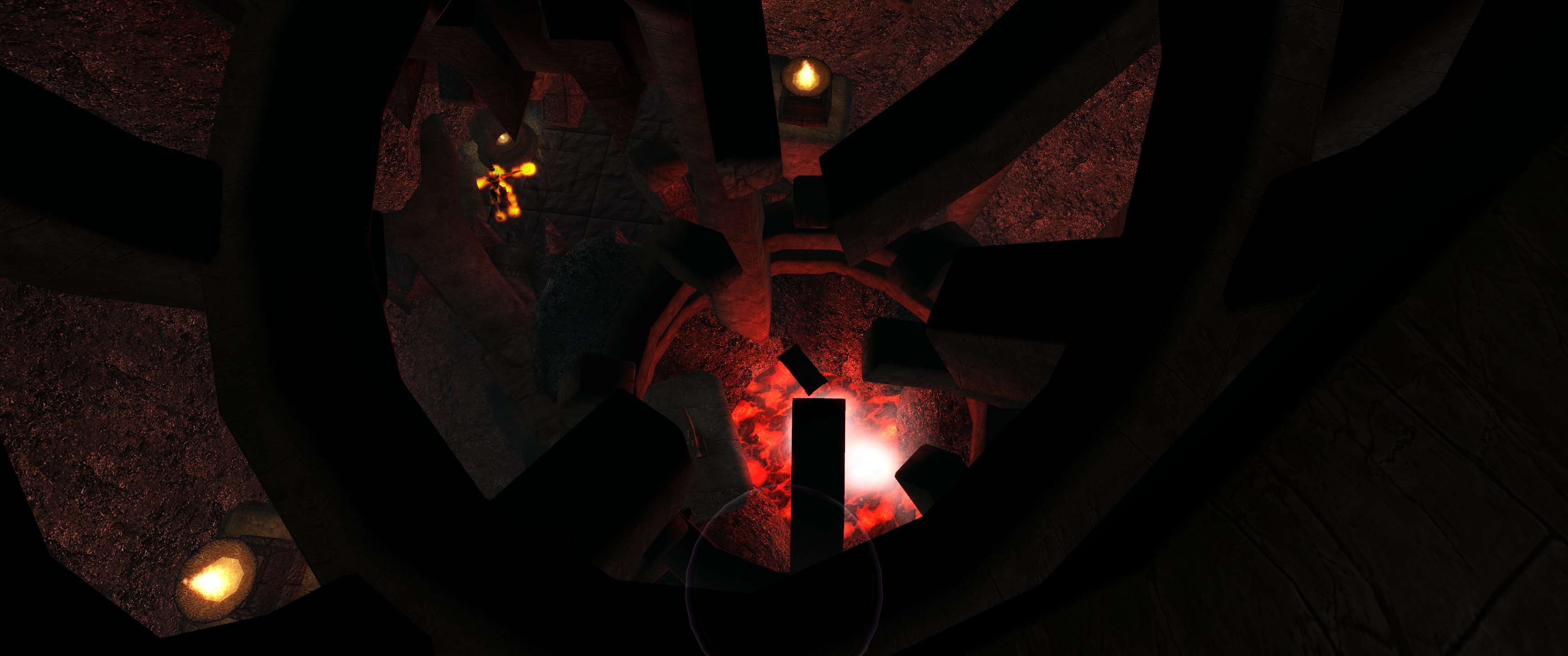
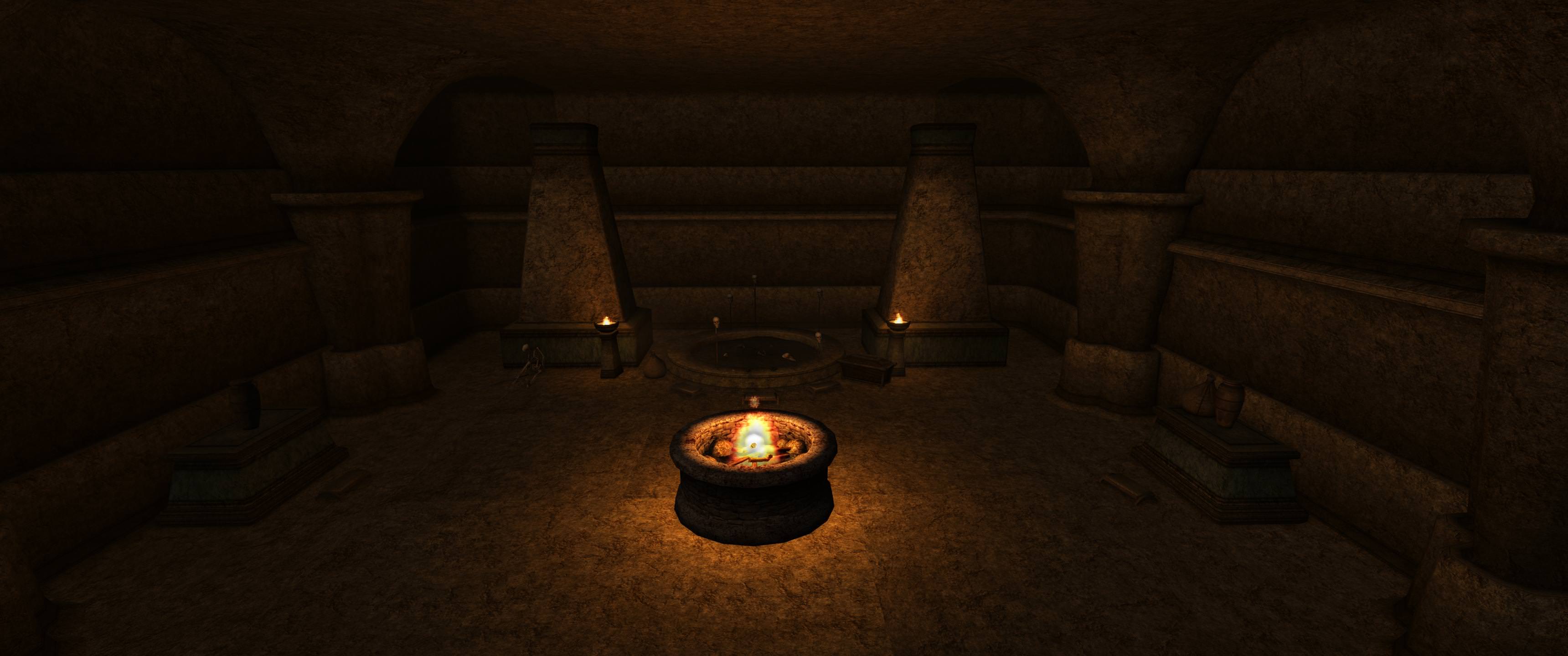
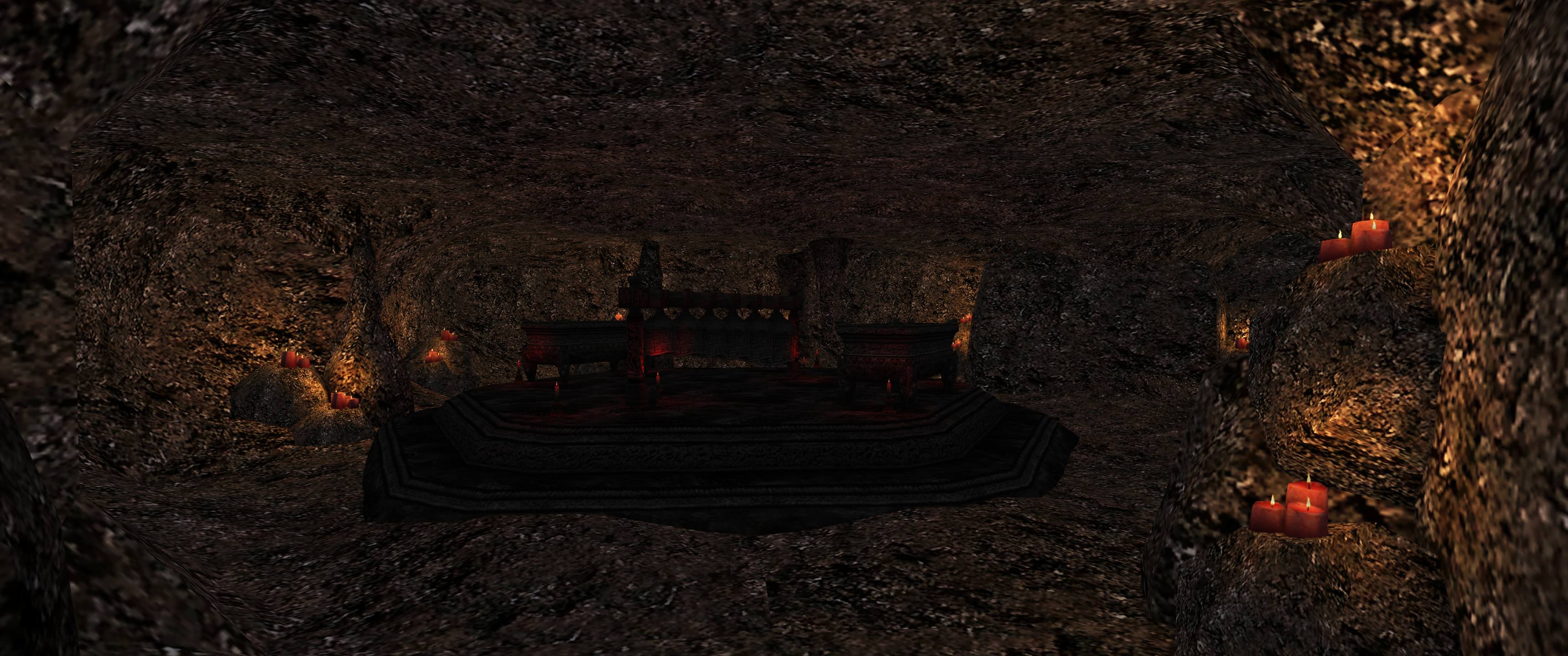
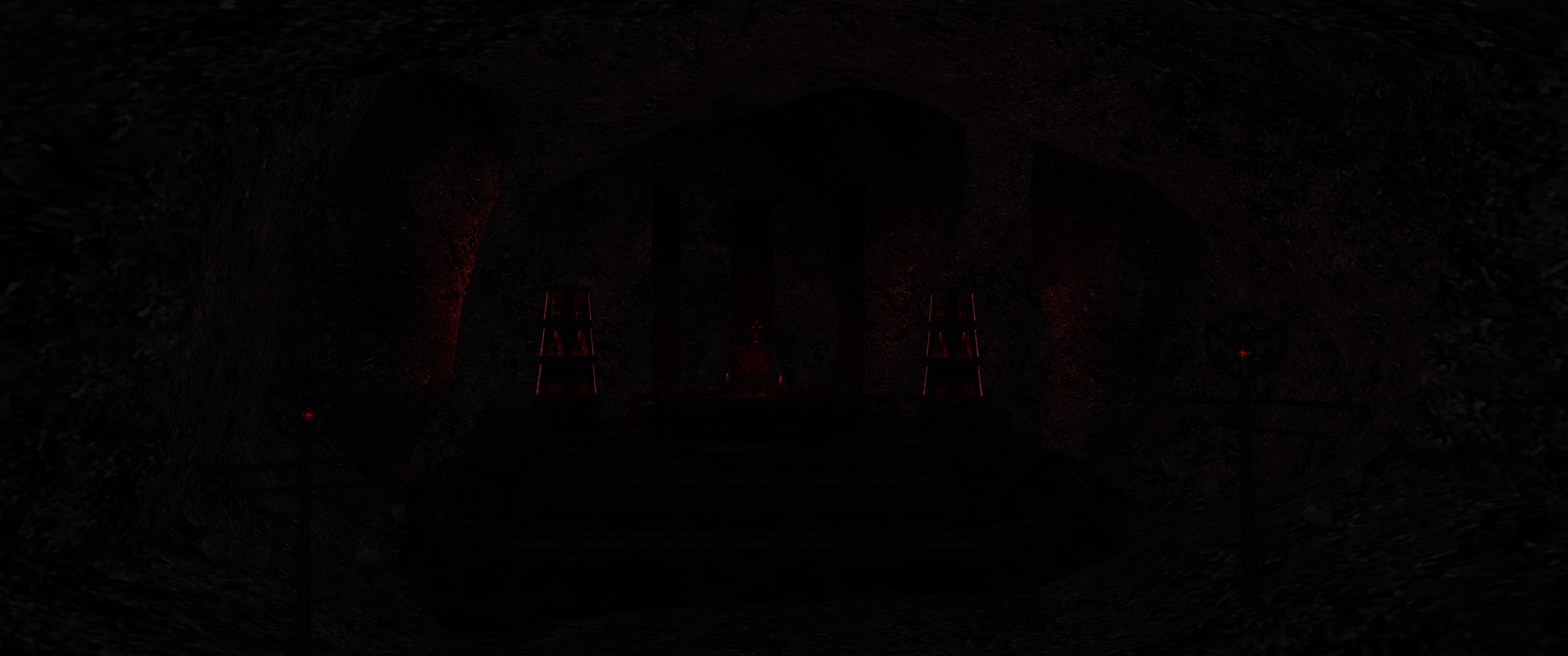

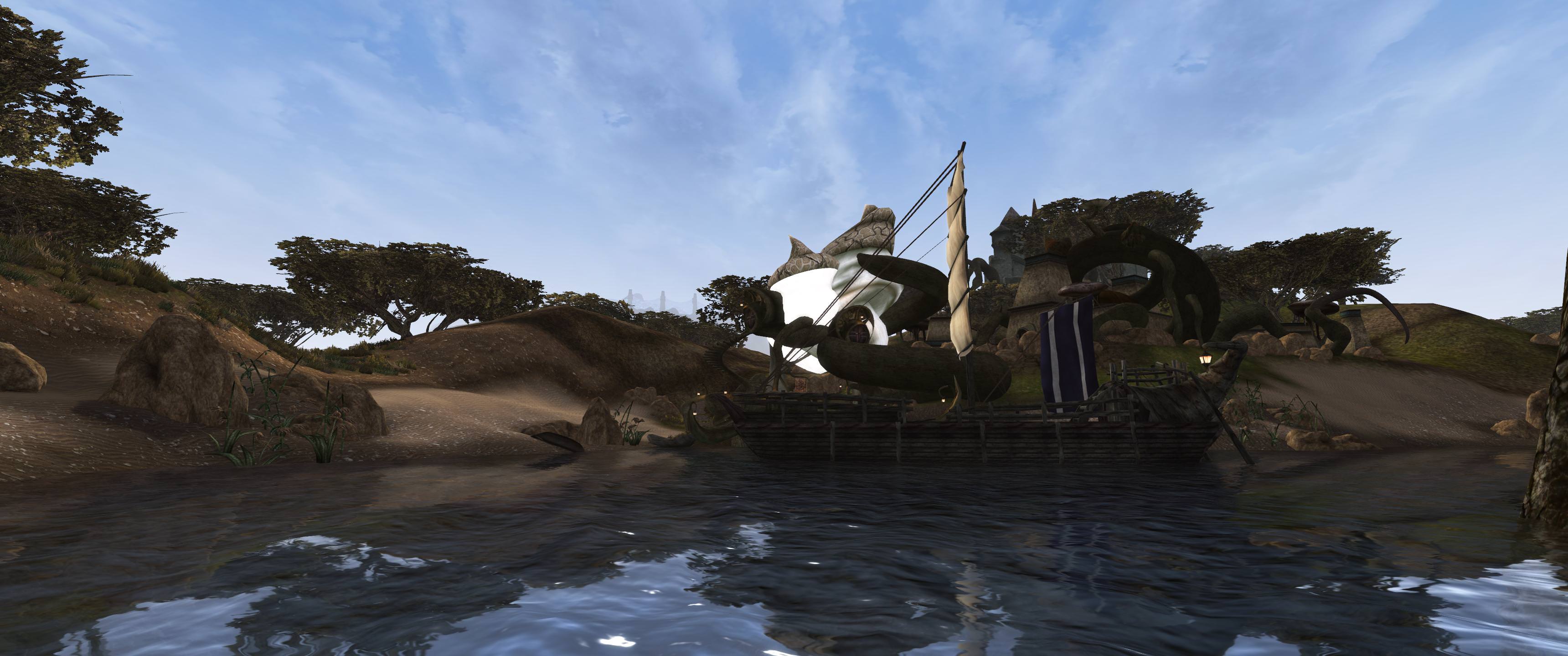
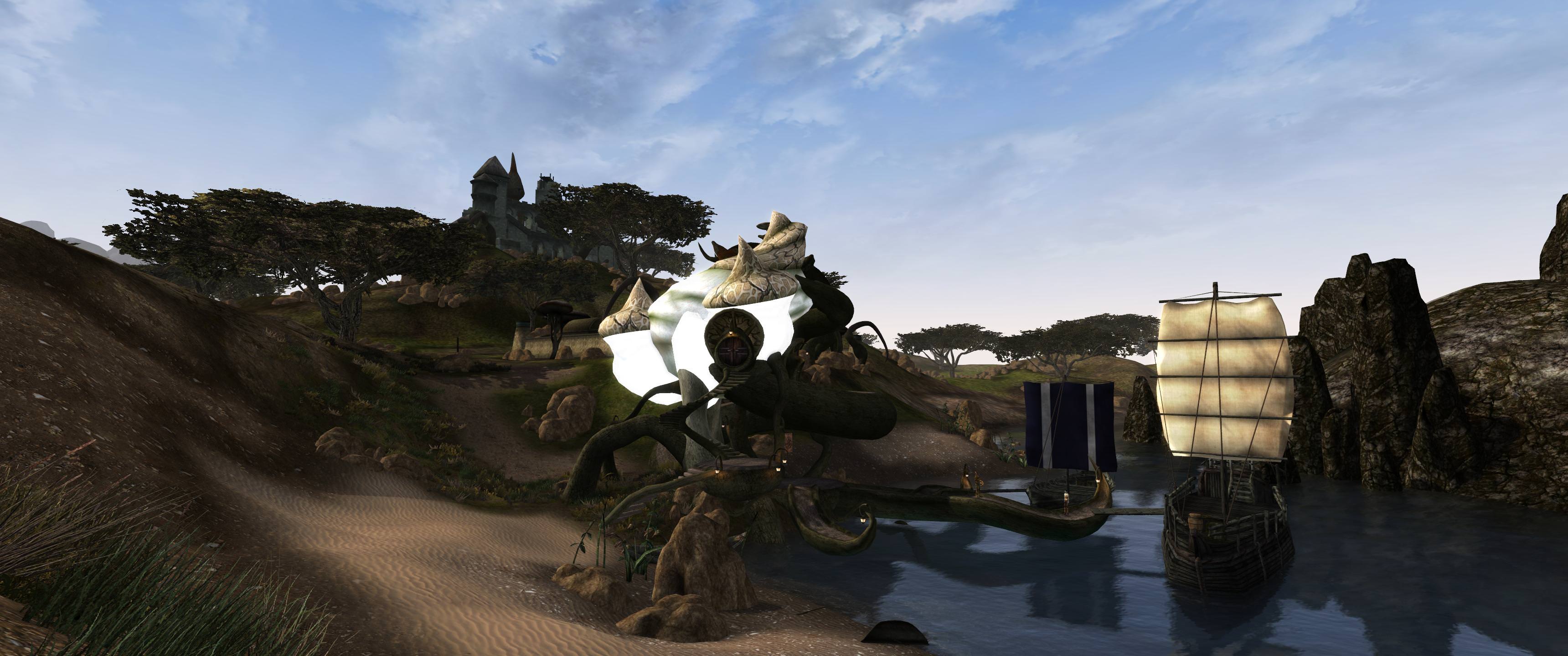

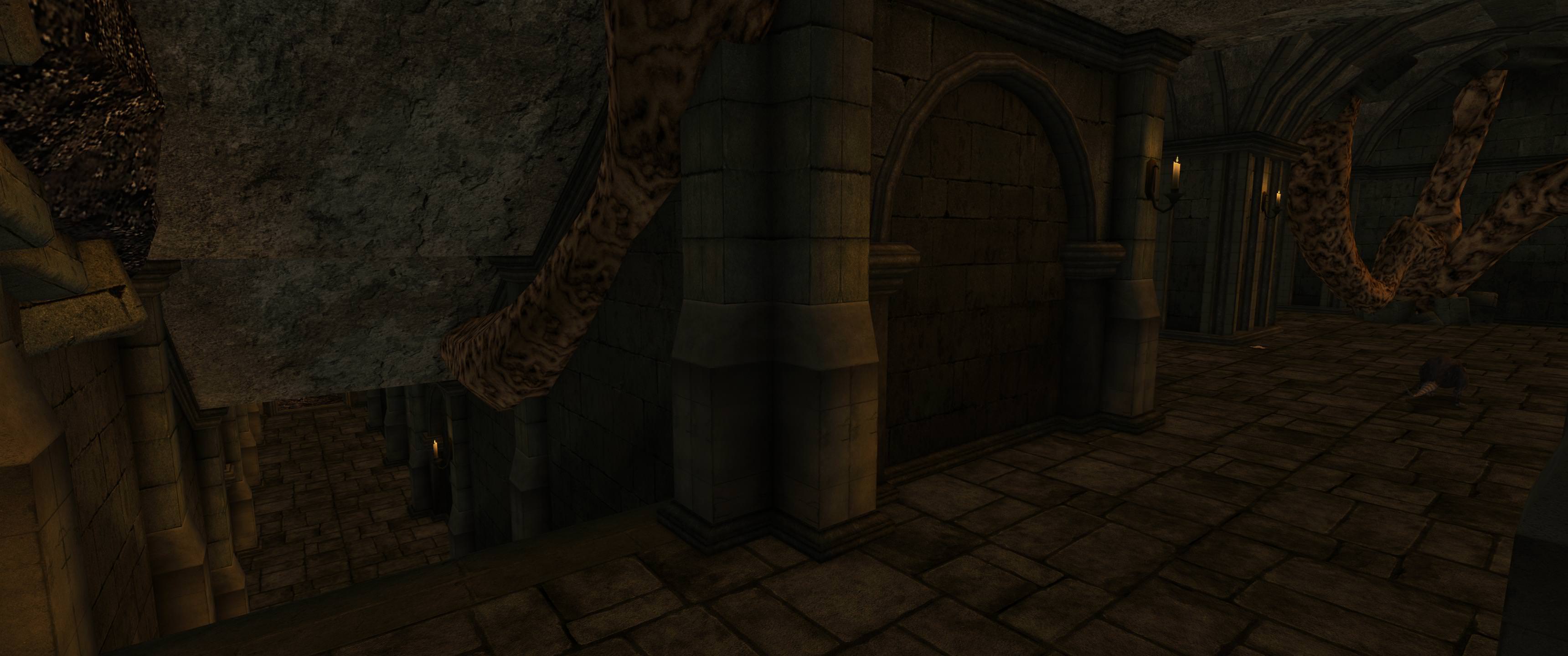
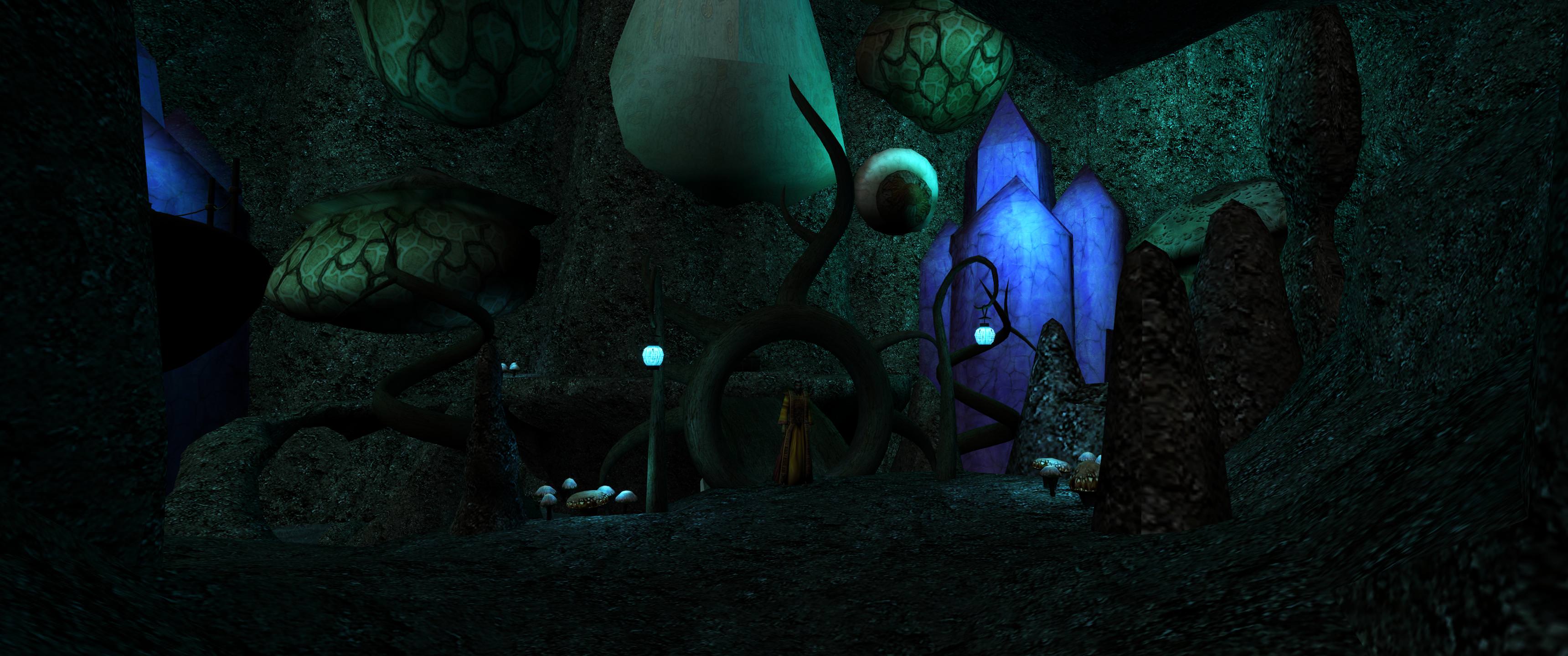
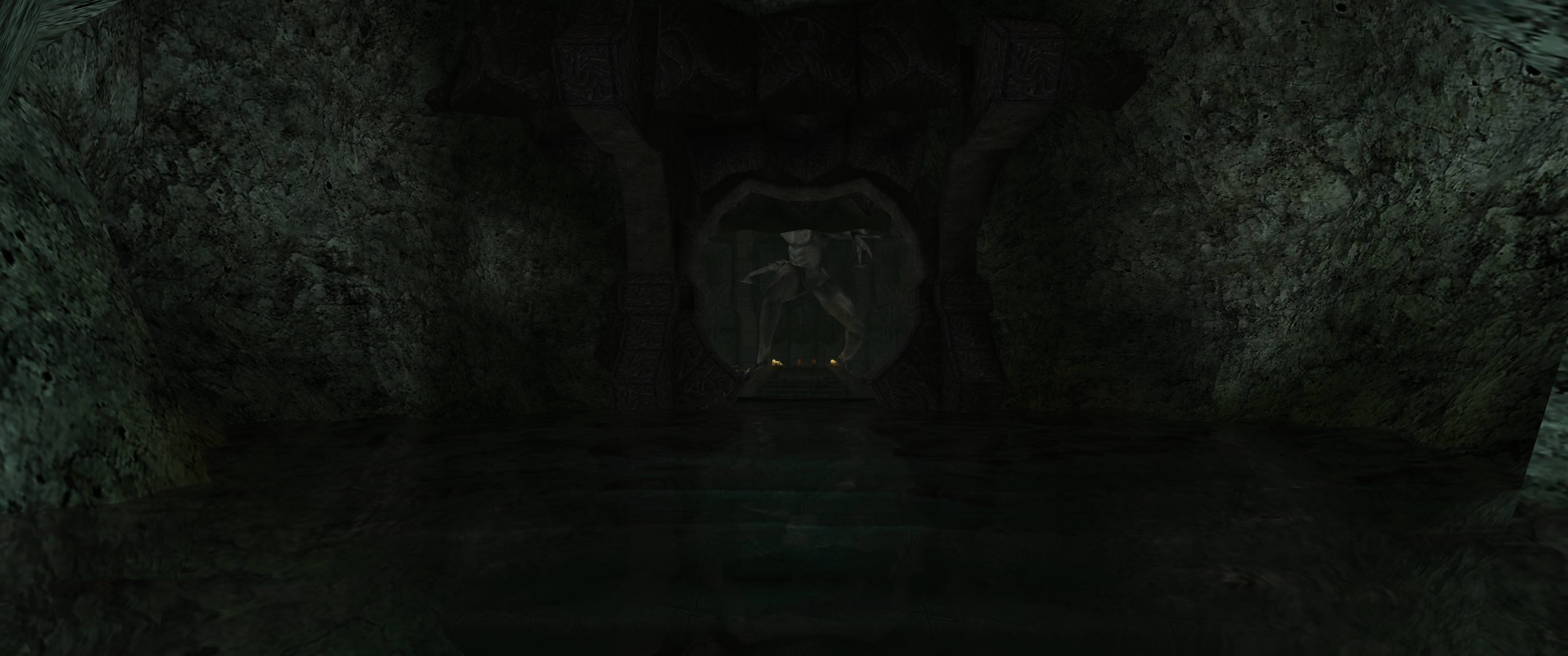

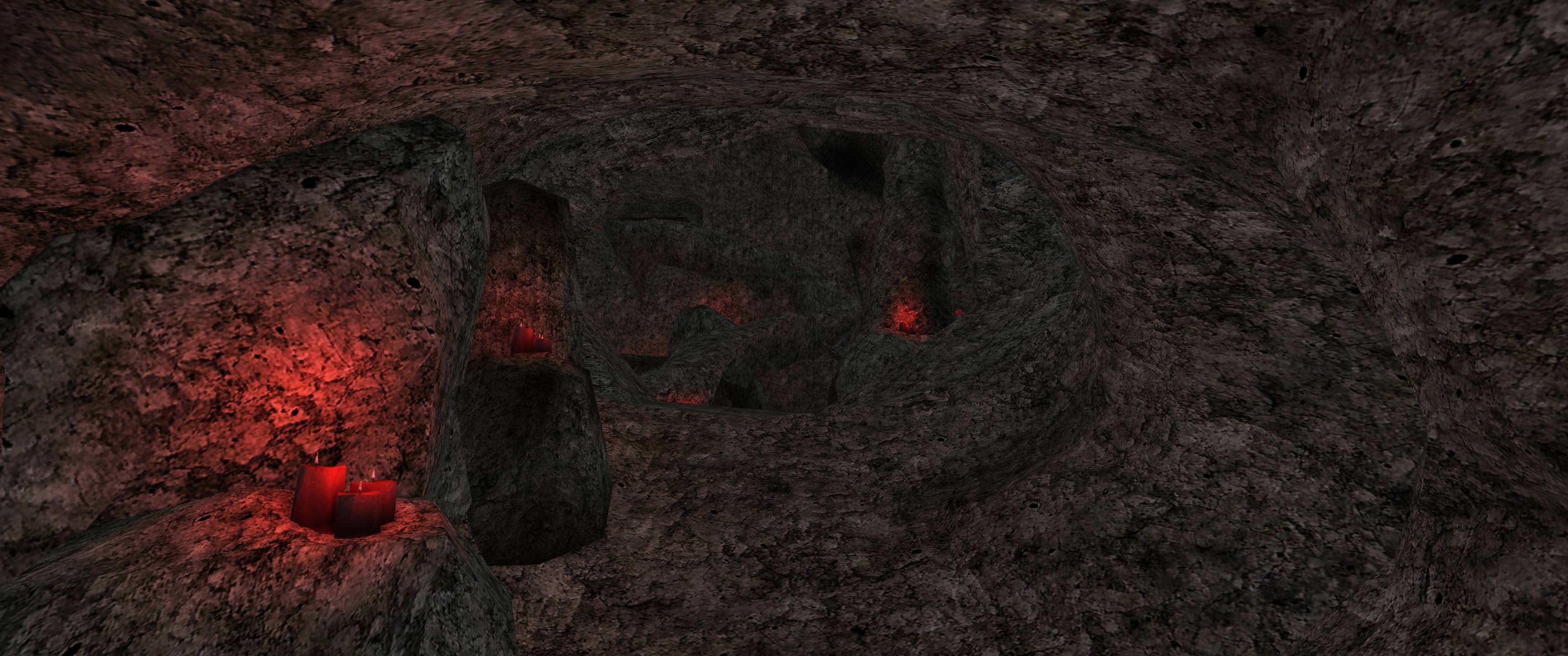
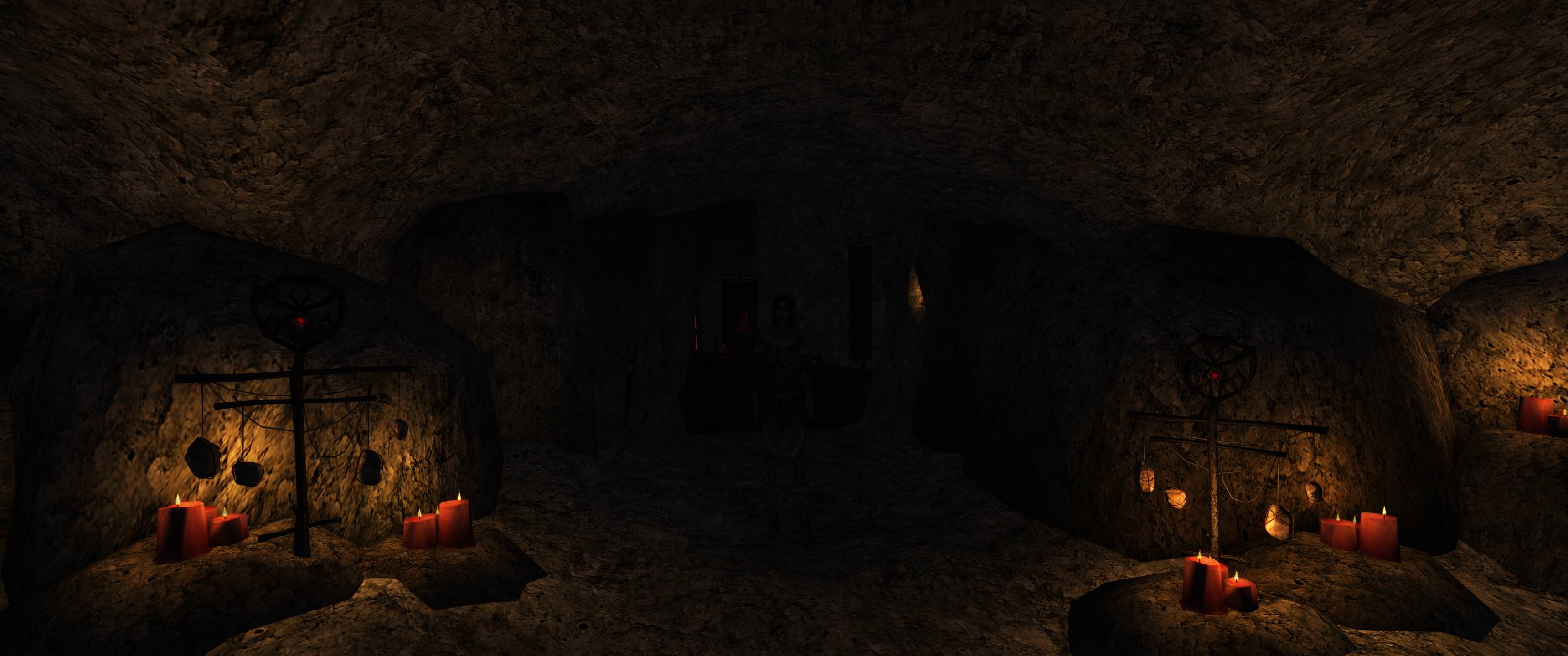
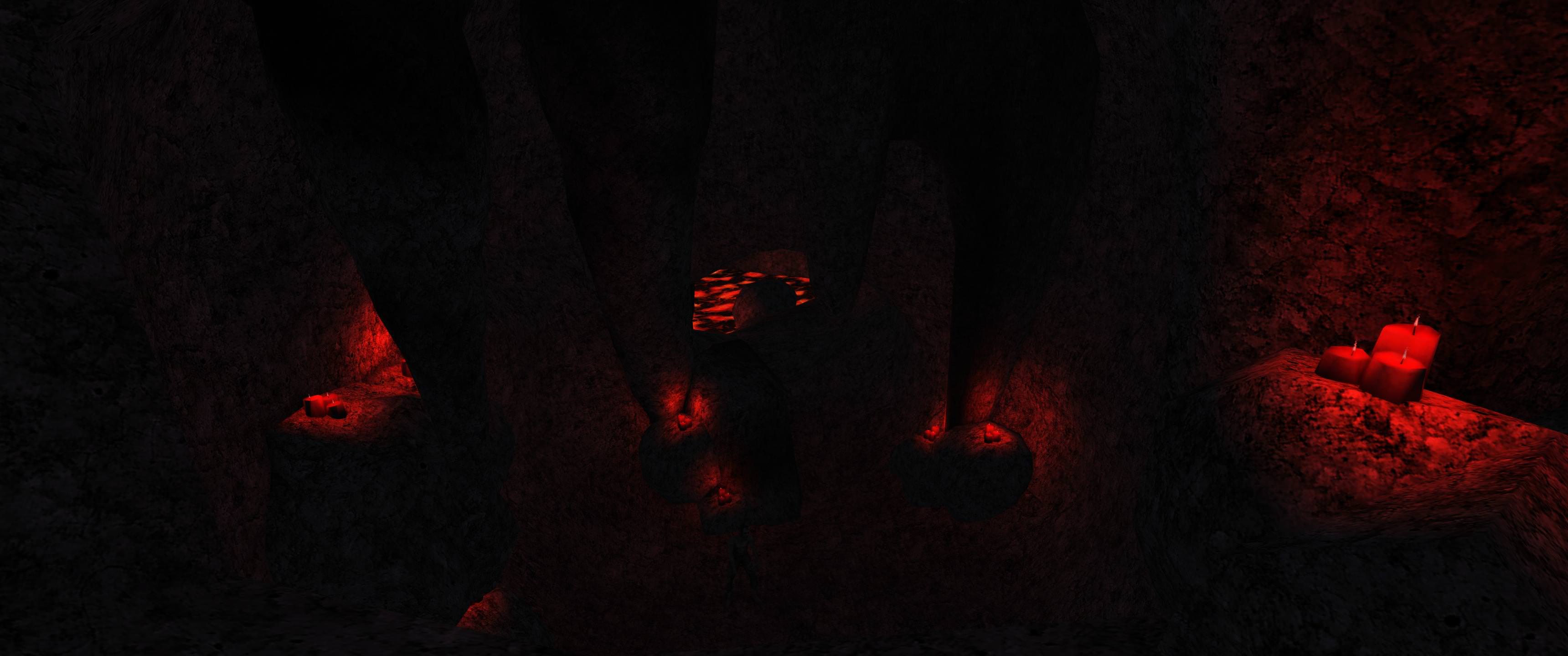
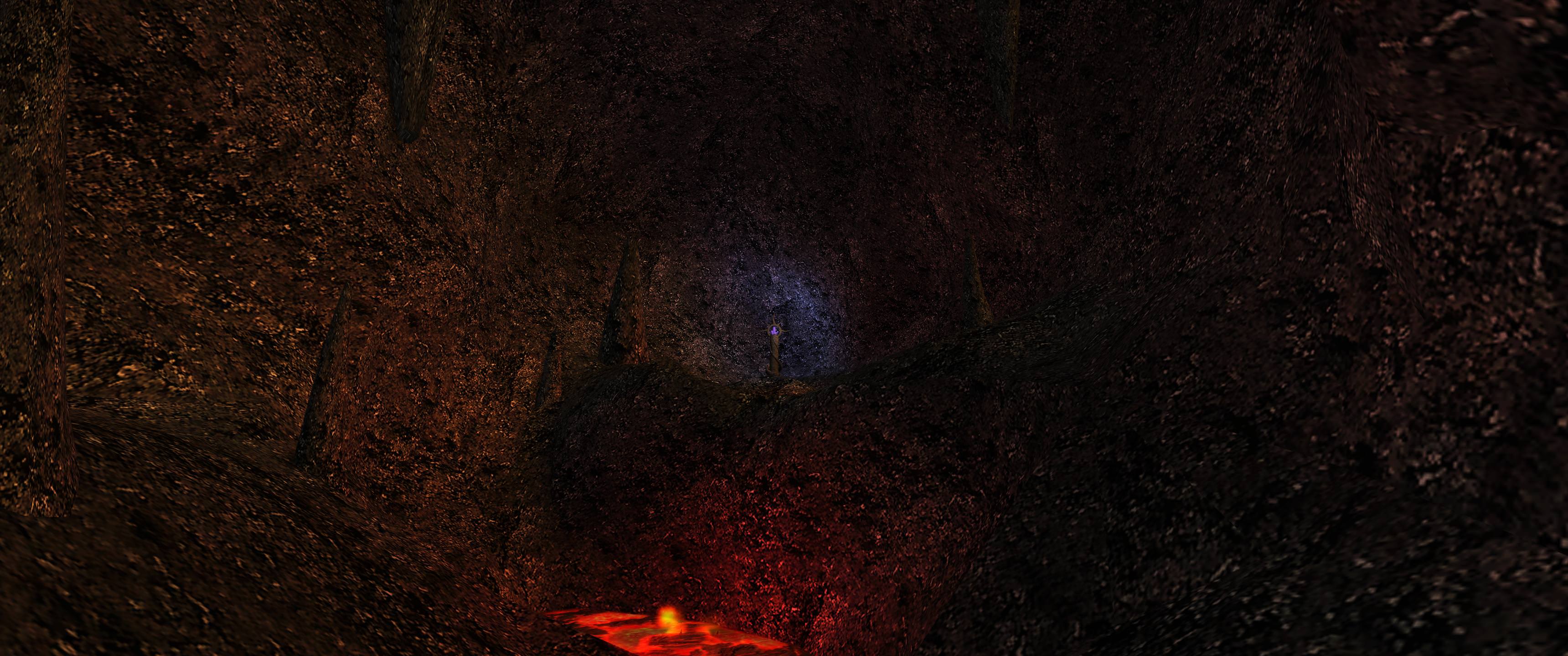
Now some of you younger gamers may understand why some people prefer the world of Morrowind to those of Oblivion and Skyrim.
Dishonored
The visuals of Dishonored were a thing of controversy. The press often praised its artistic attention to detail, but criticized its apparent lack of fidelity. Although as far as fidelity goes, it only lacks in texture resolution, and this was intentionally part of the art design. Textures are meant to appear “painted” and can look oily at times, really demonstrating this. Combined with its post-processing effects and lighting (which are still fairly advanced even by today’s standards), it really does resemble the painting.
In order to look stunningly beautiful, Dishonored should really be played at larger resolutions combined with supersampling. This is because aliasing is a real problem with its graphics, as is the case with most other modern games. Furthermore it benefits greatly from forced ambient occlusion via NVIDIA drivers (far superior to injected shader implementations, e.g. ReShade and ENB). The result of these tweaks (not mods) is magnificent, as seen below.
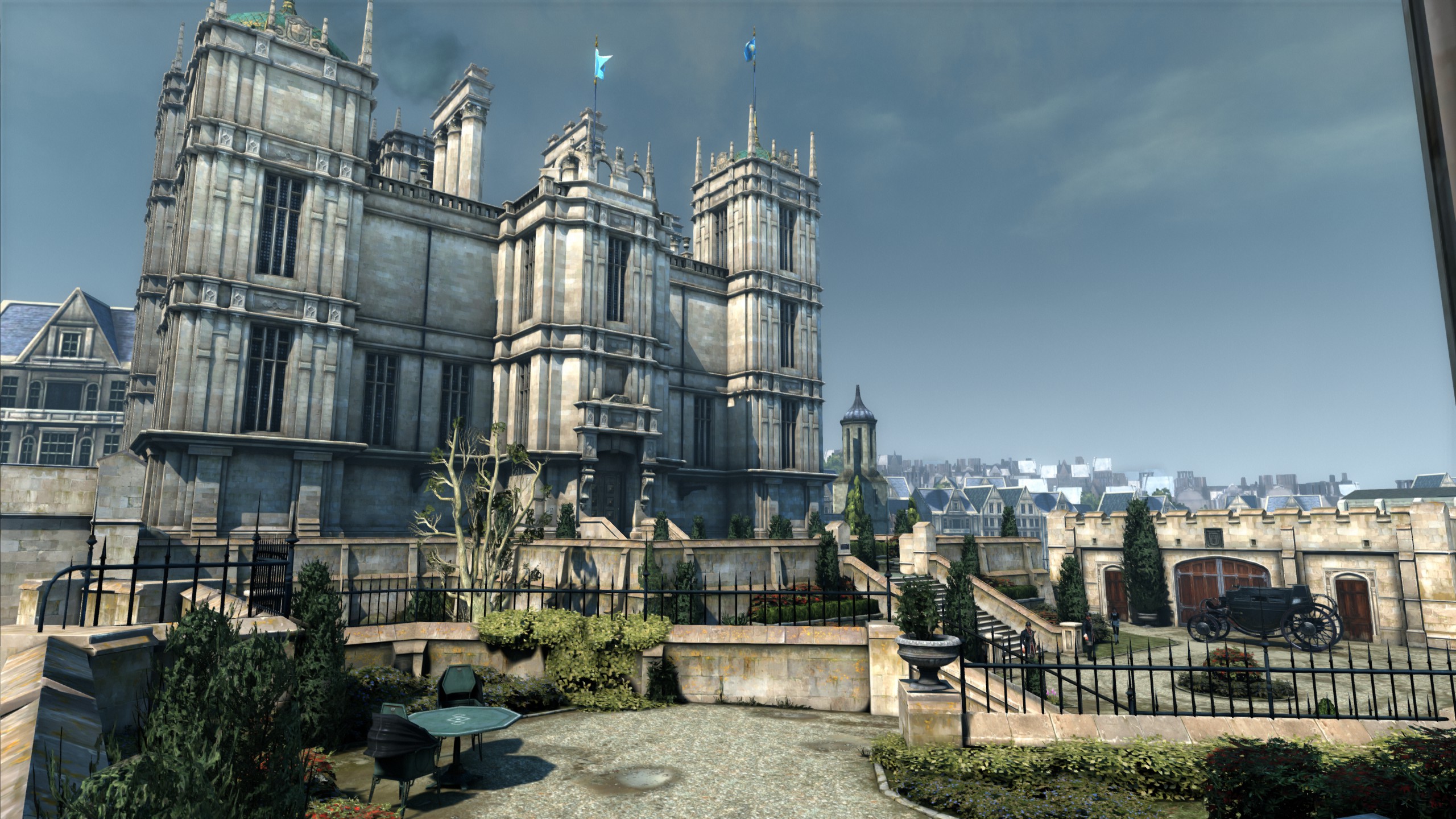
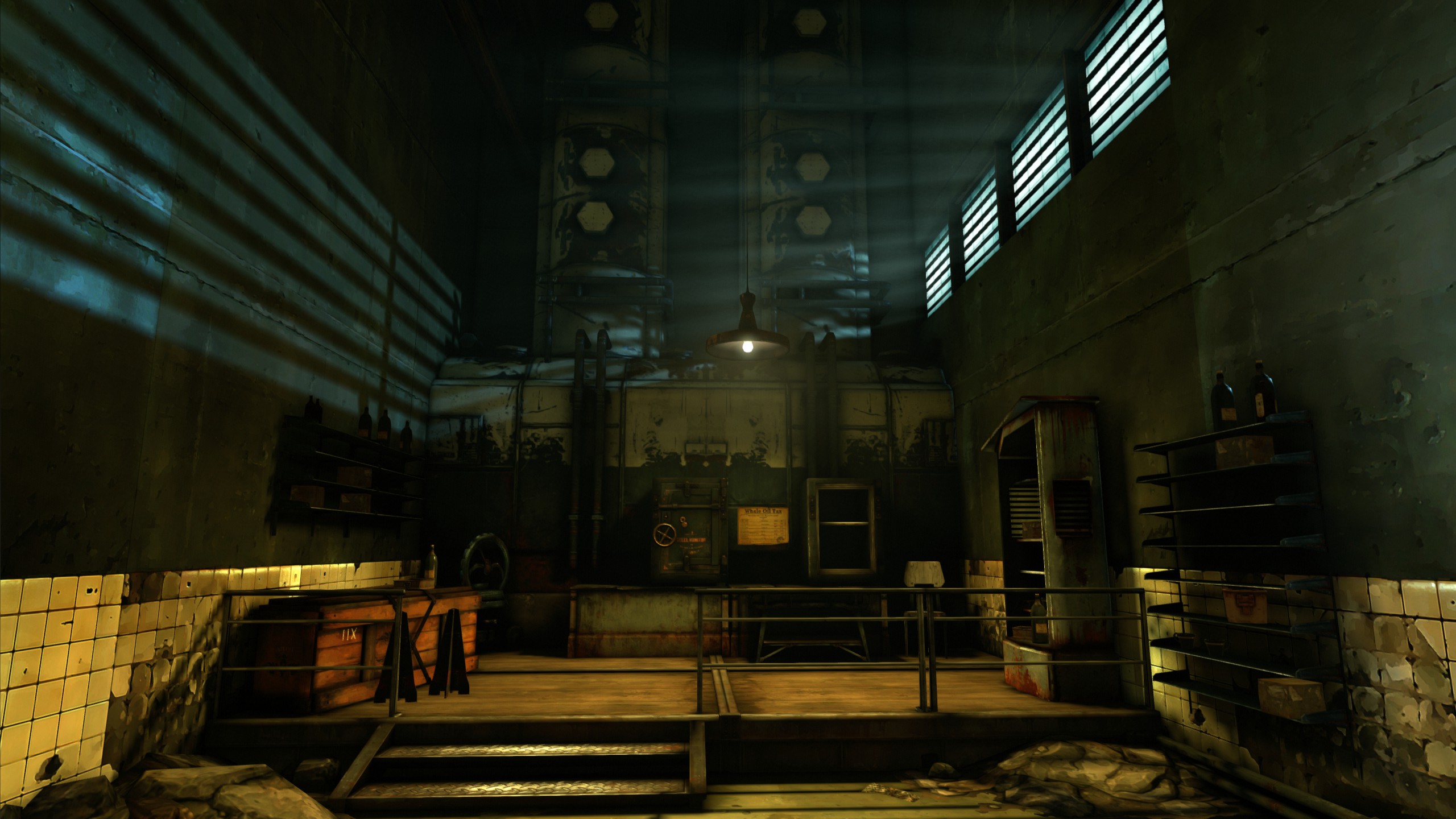
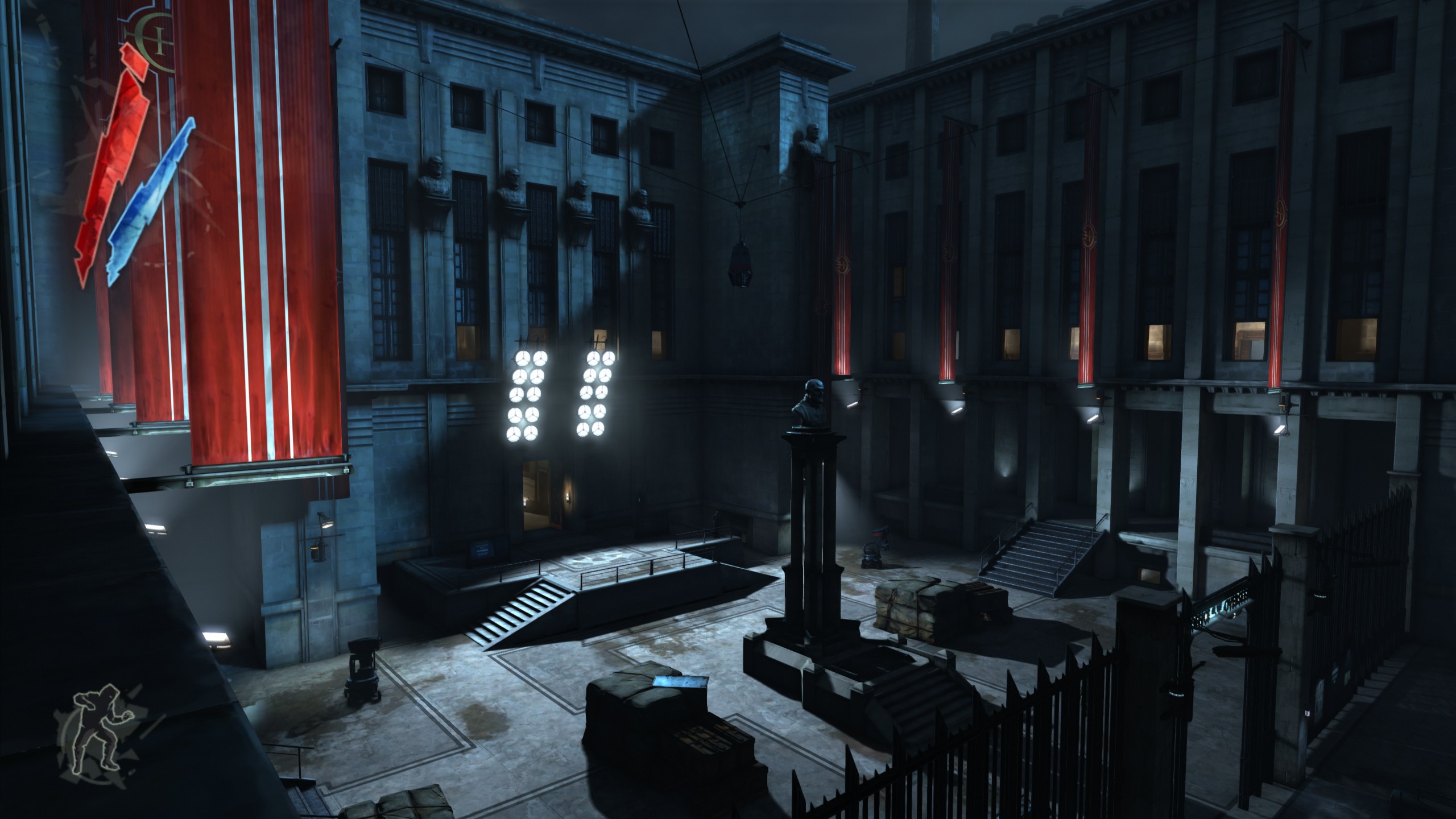
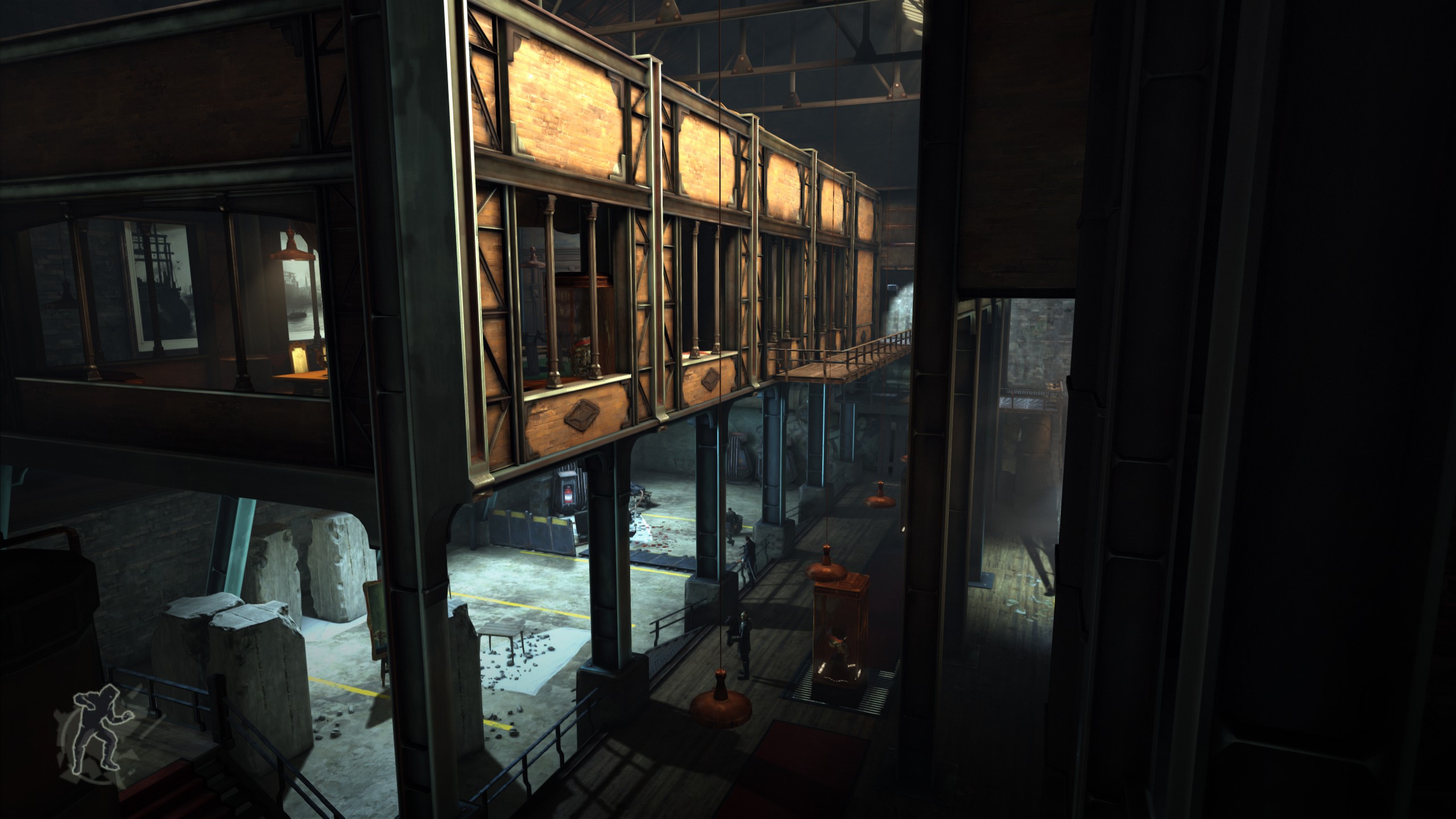
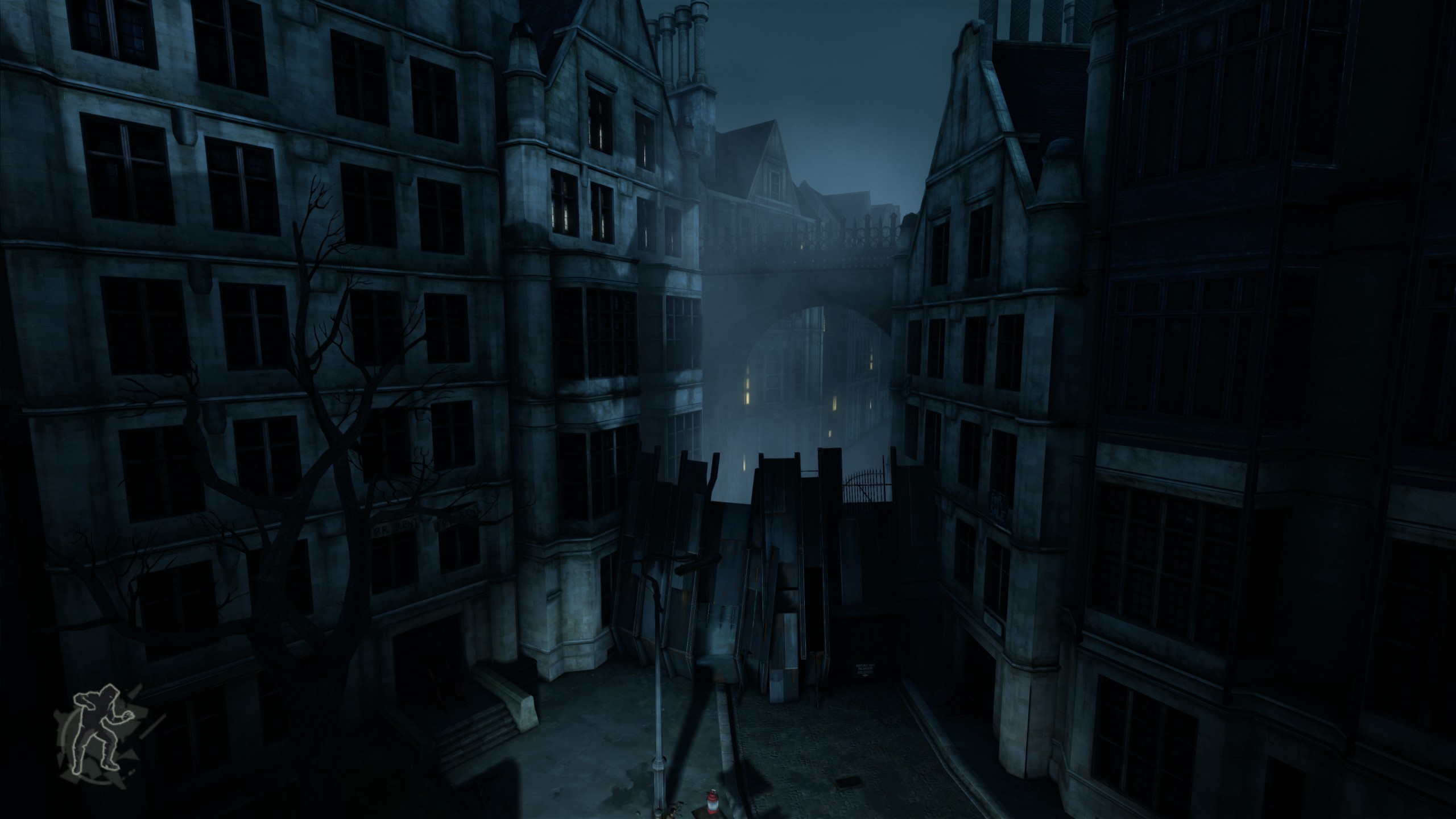
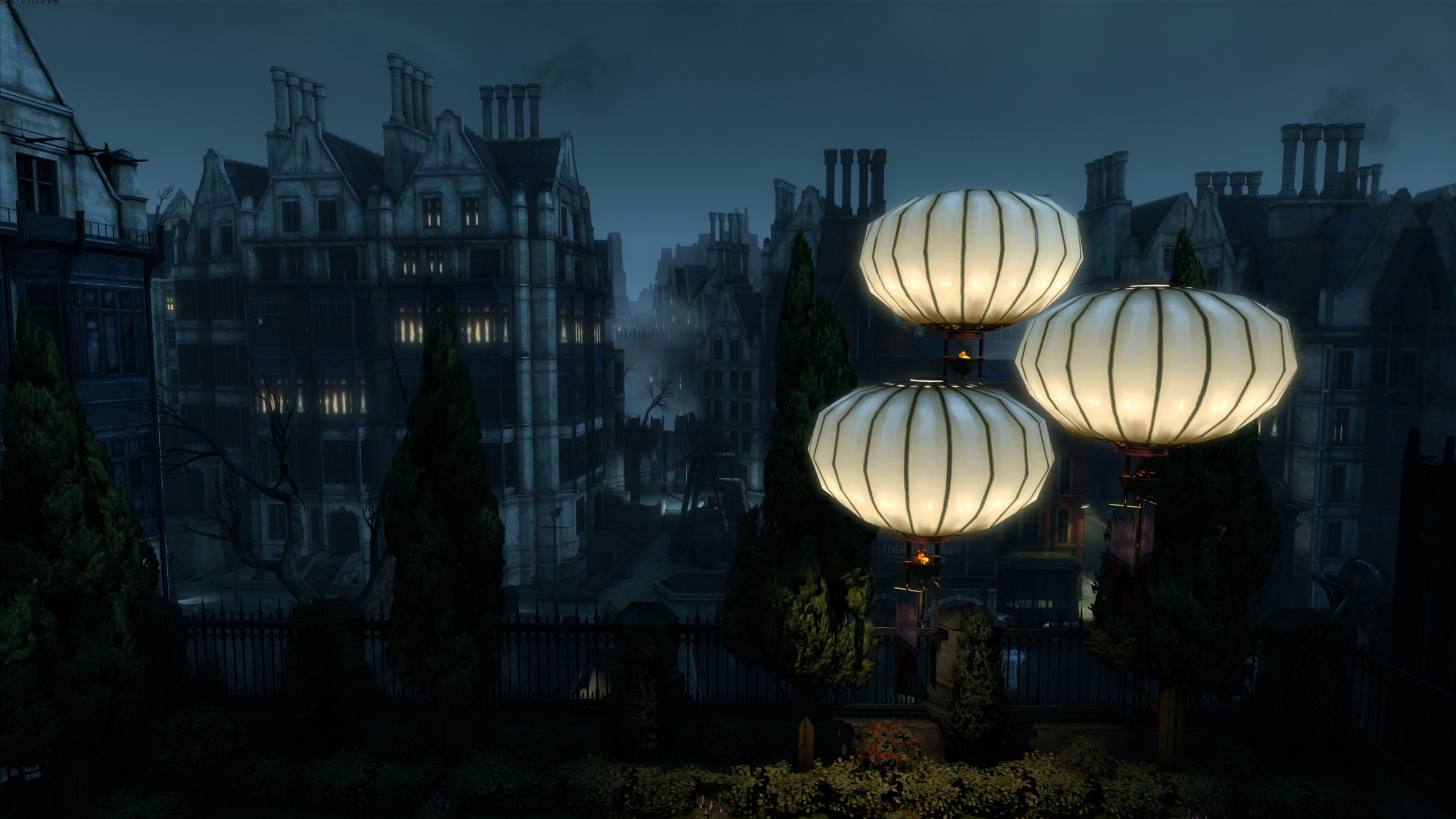
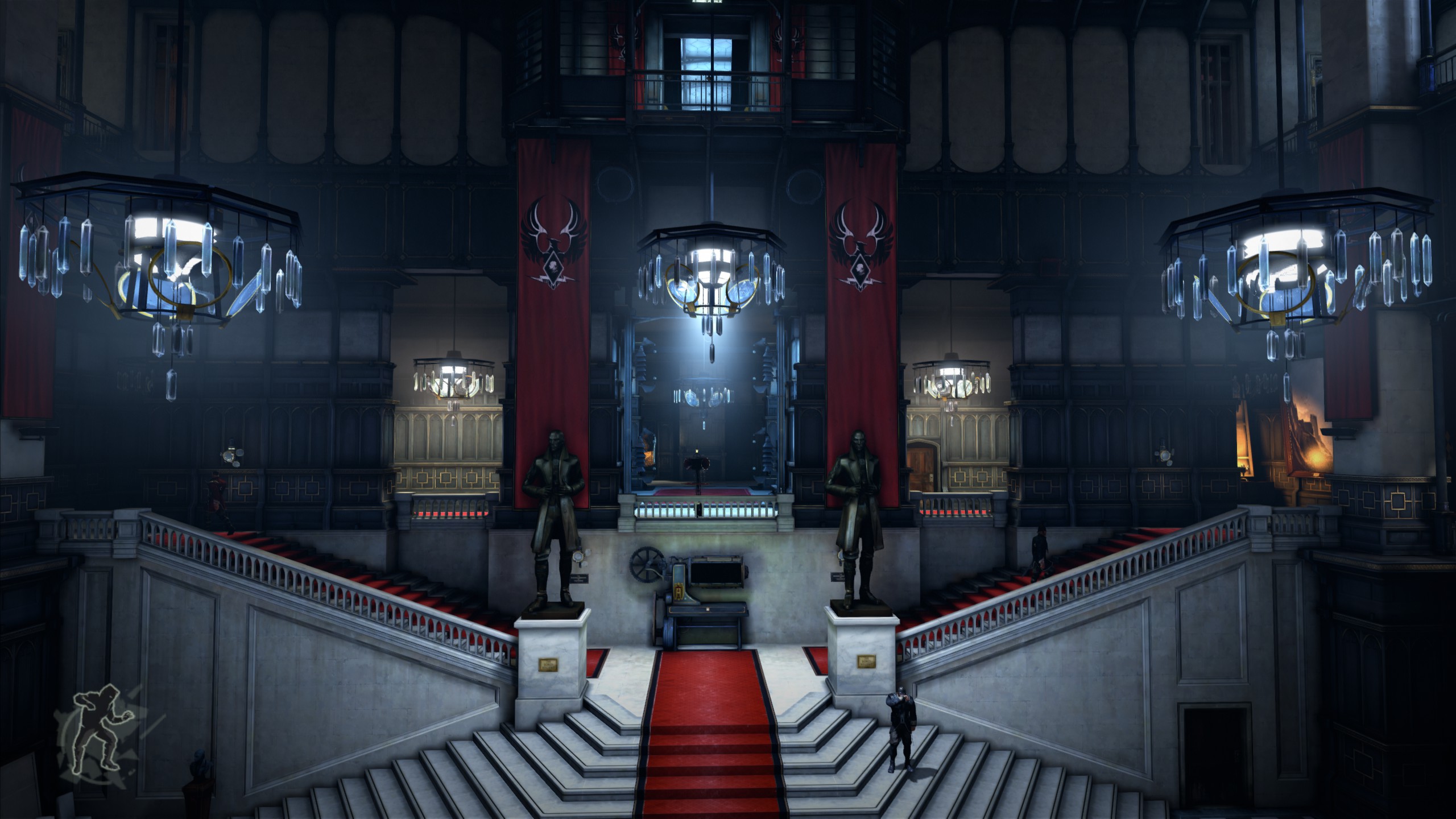
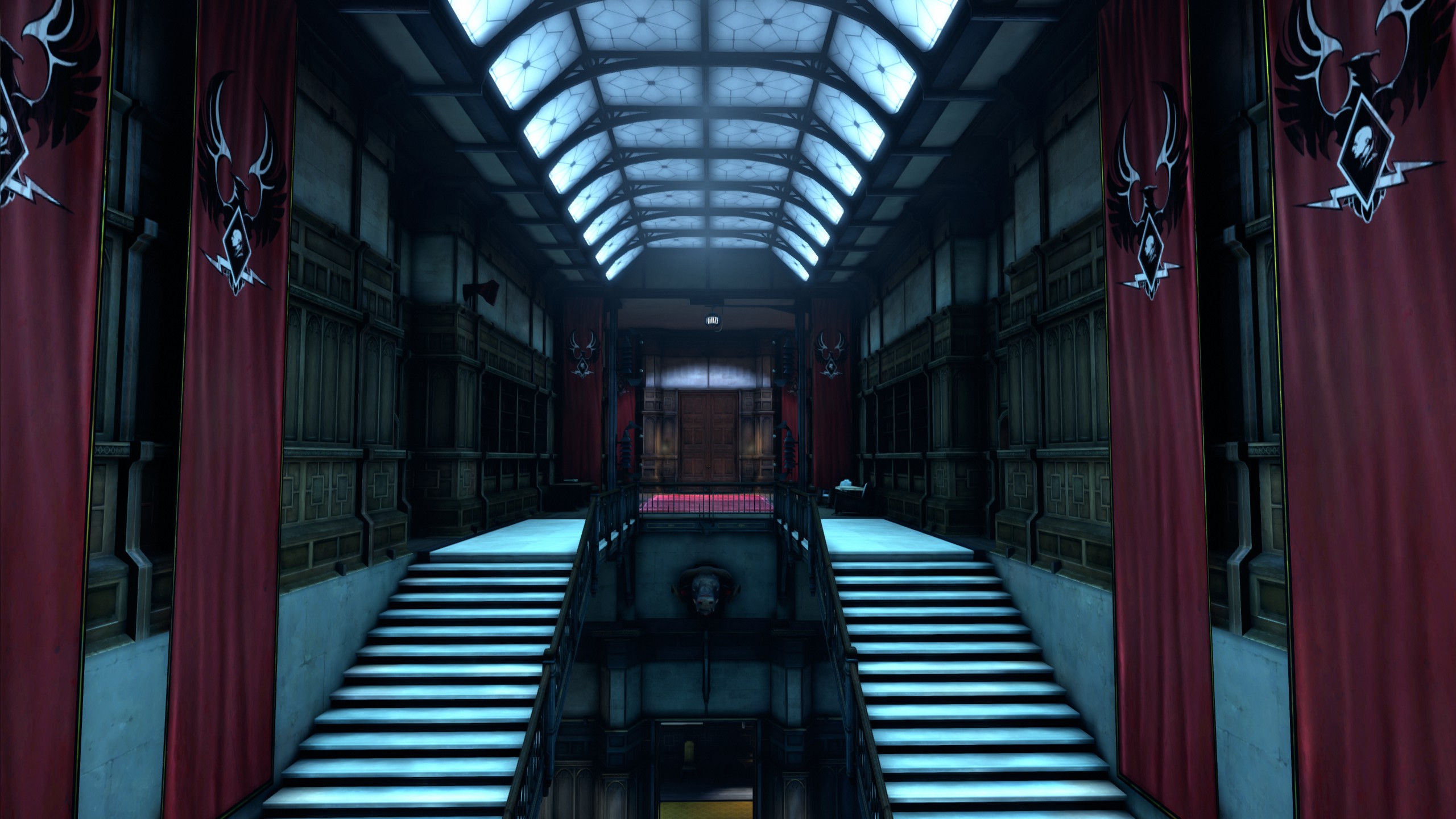
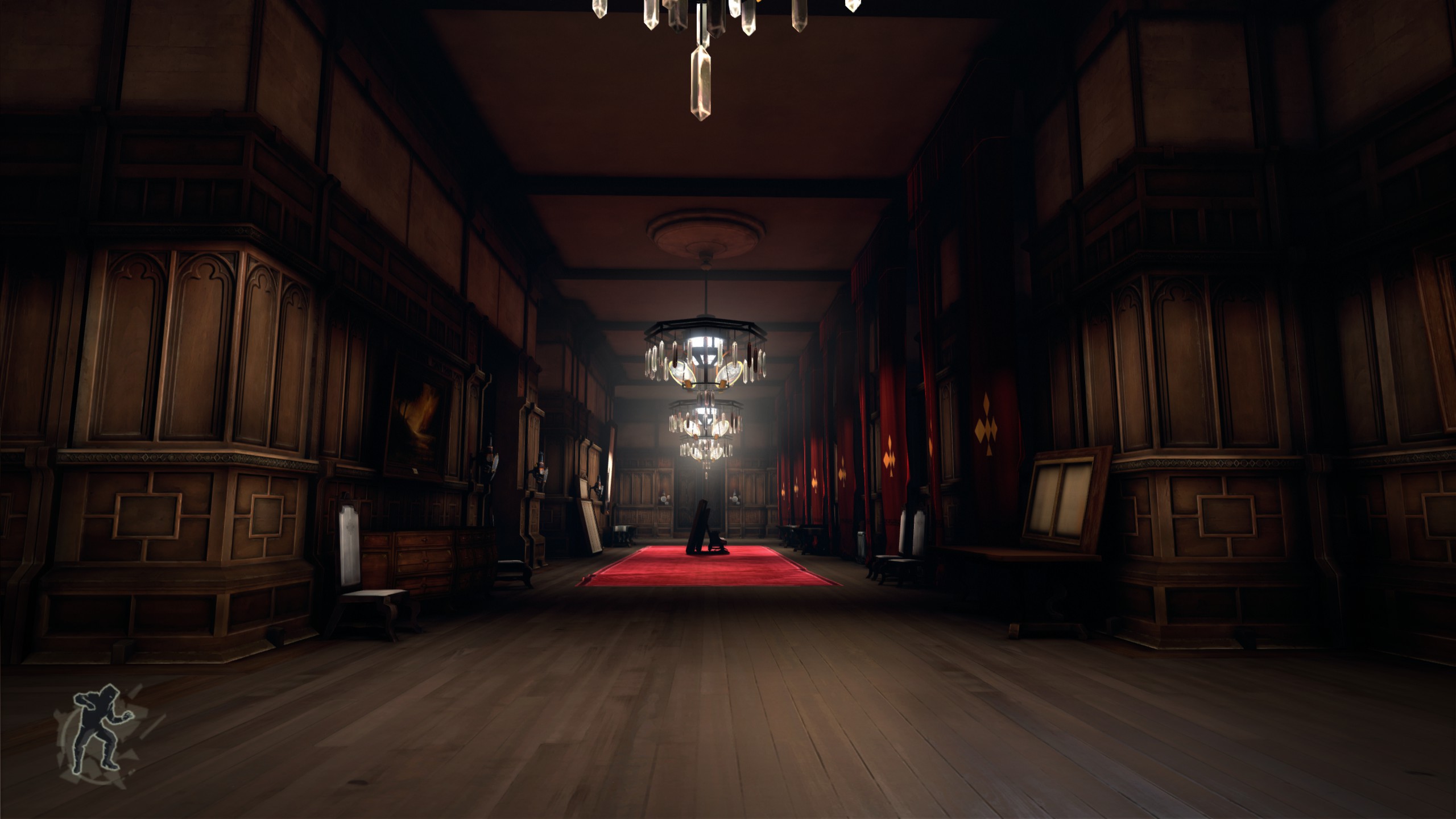
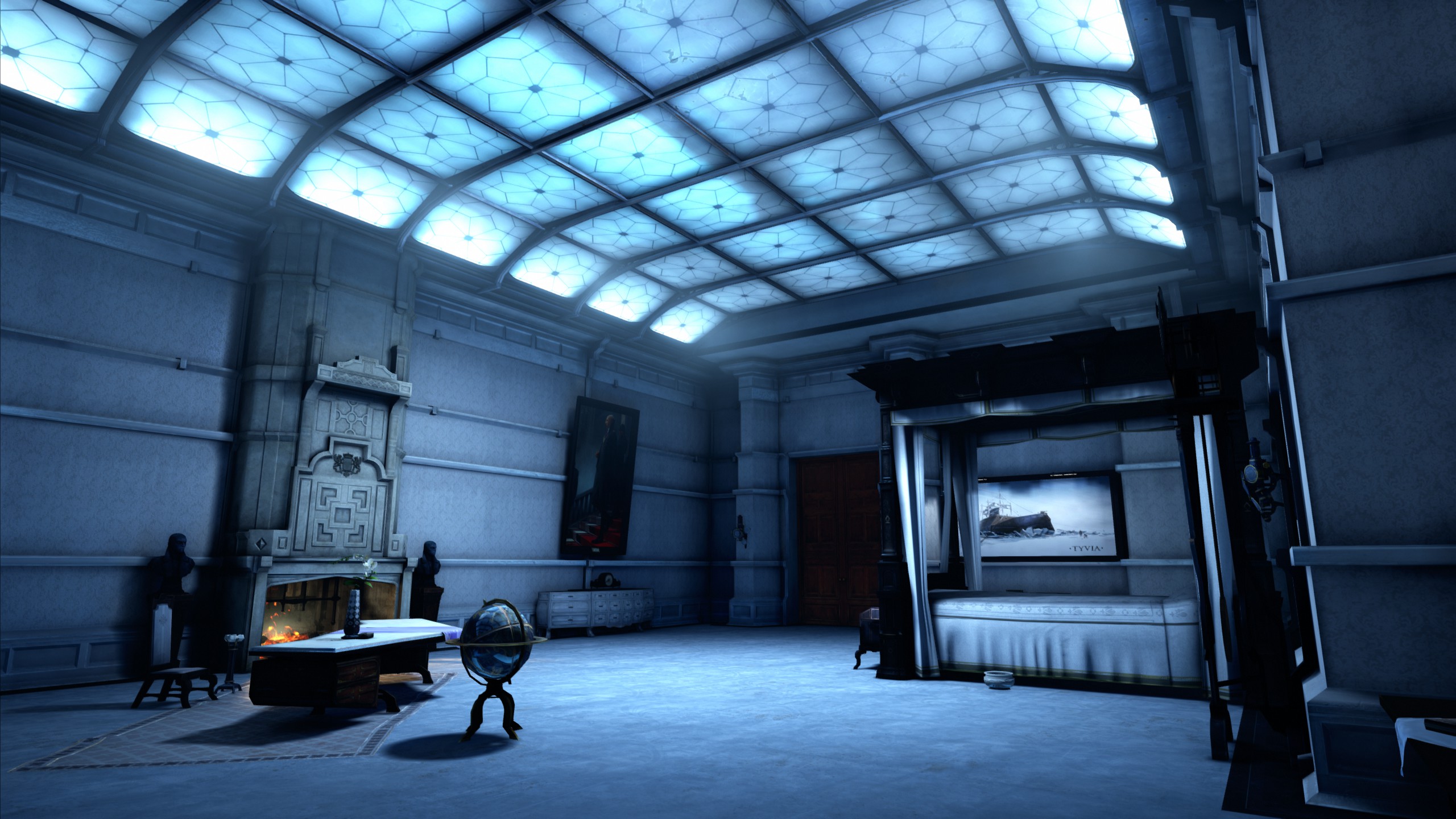
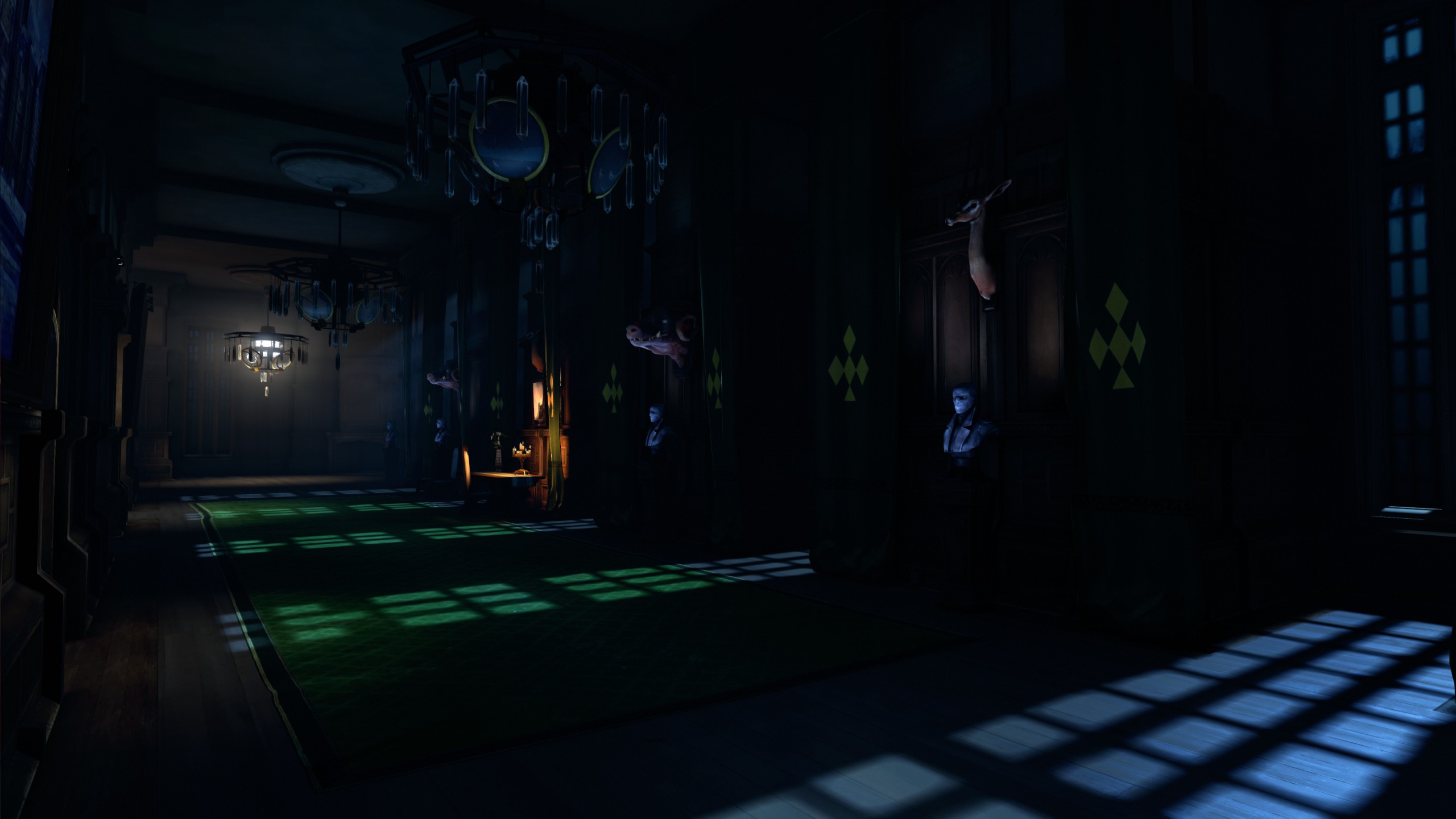

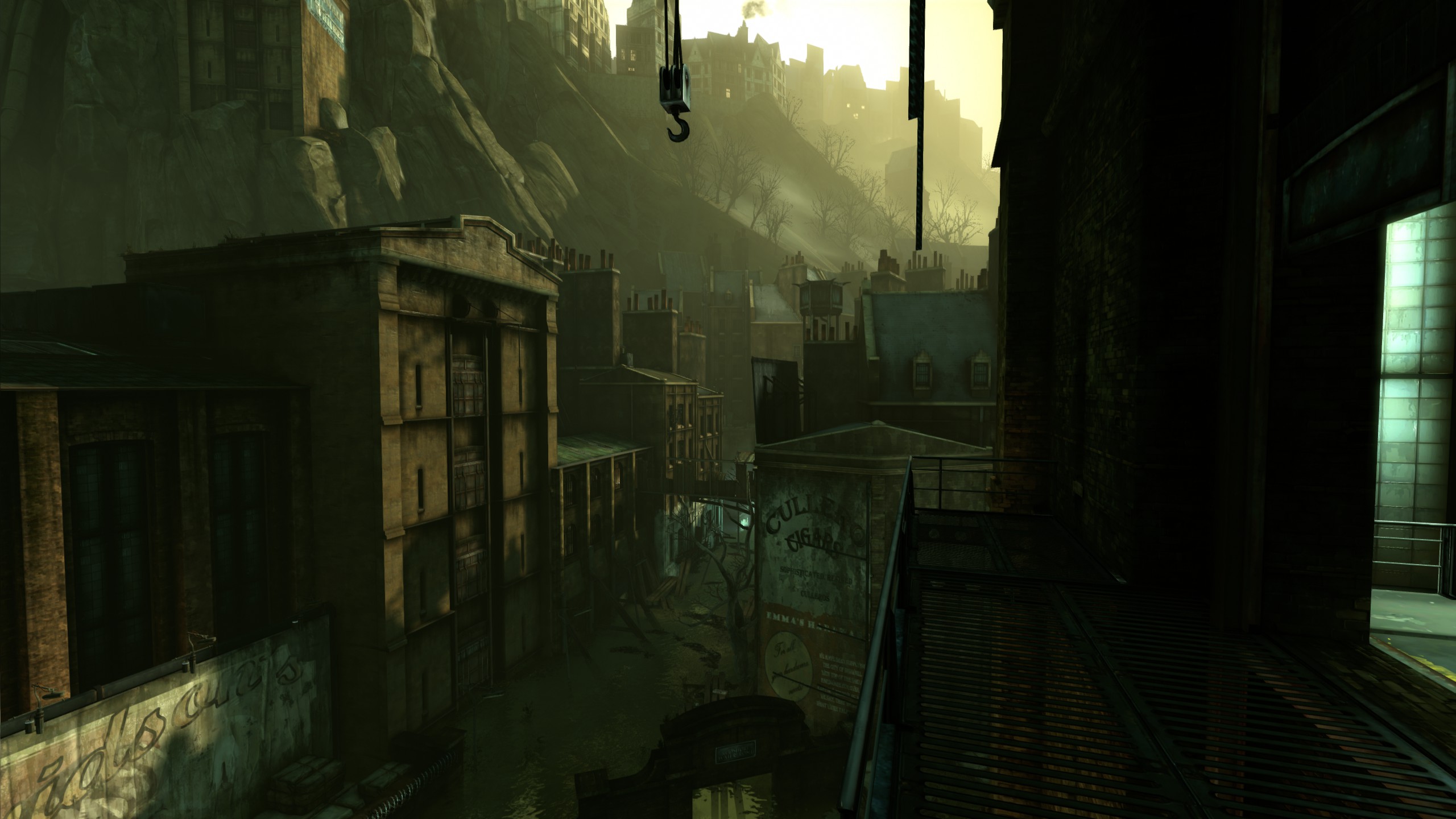
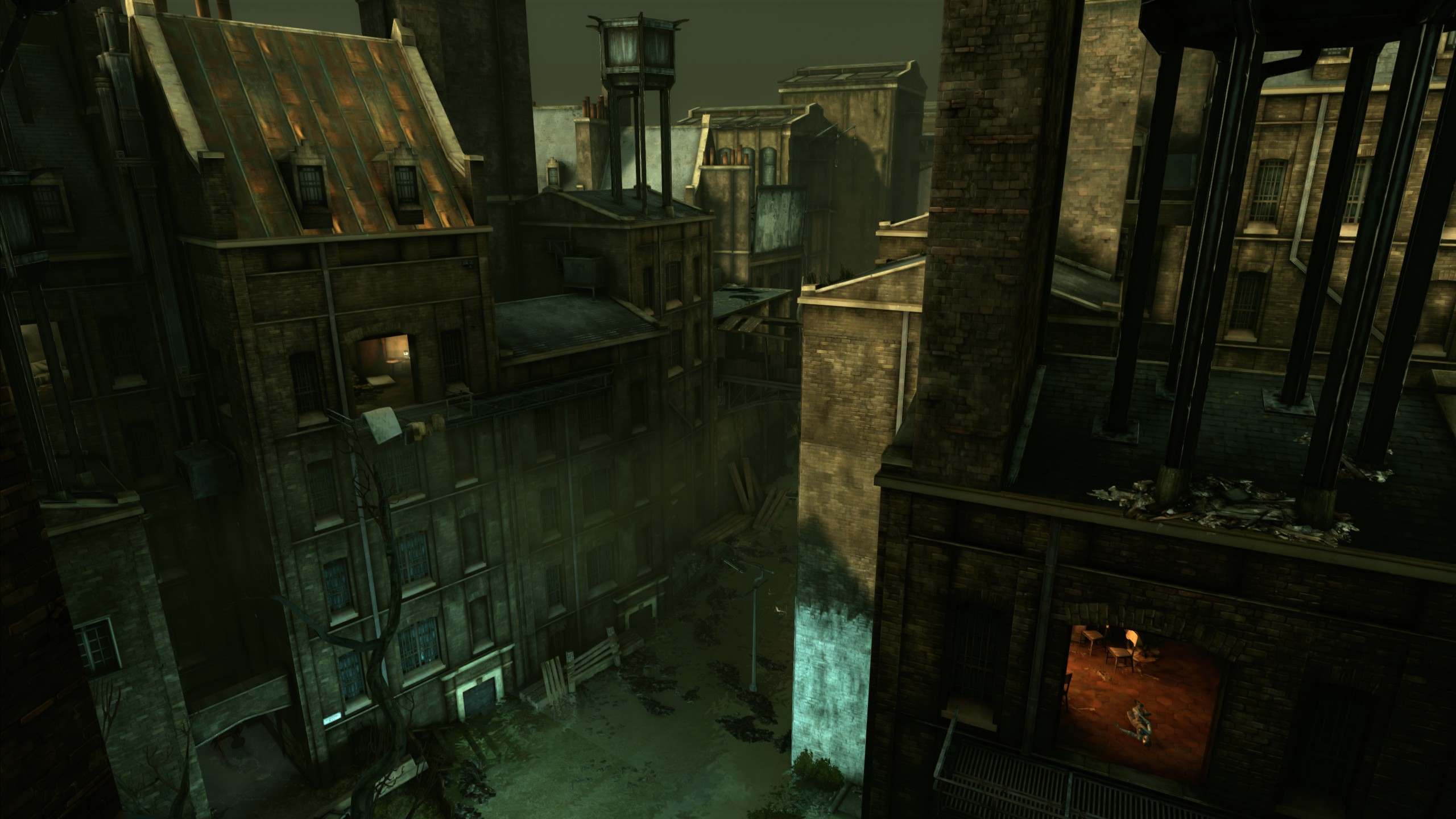
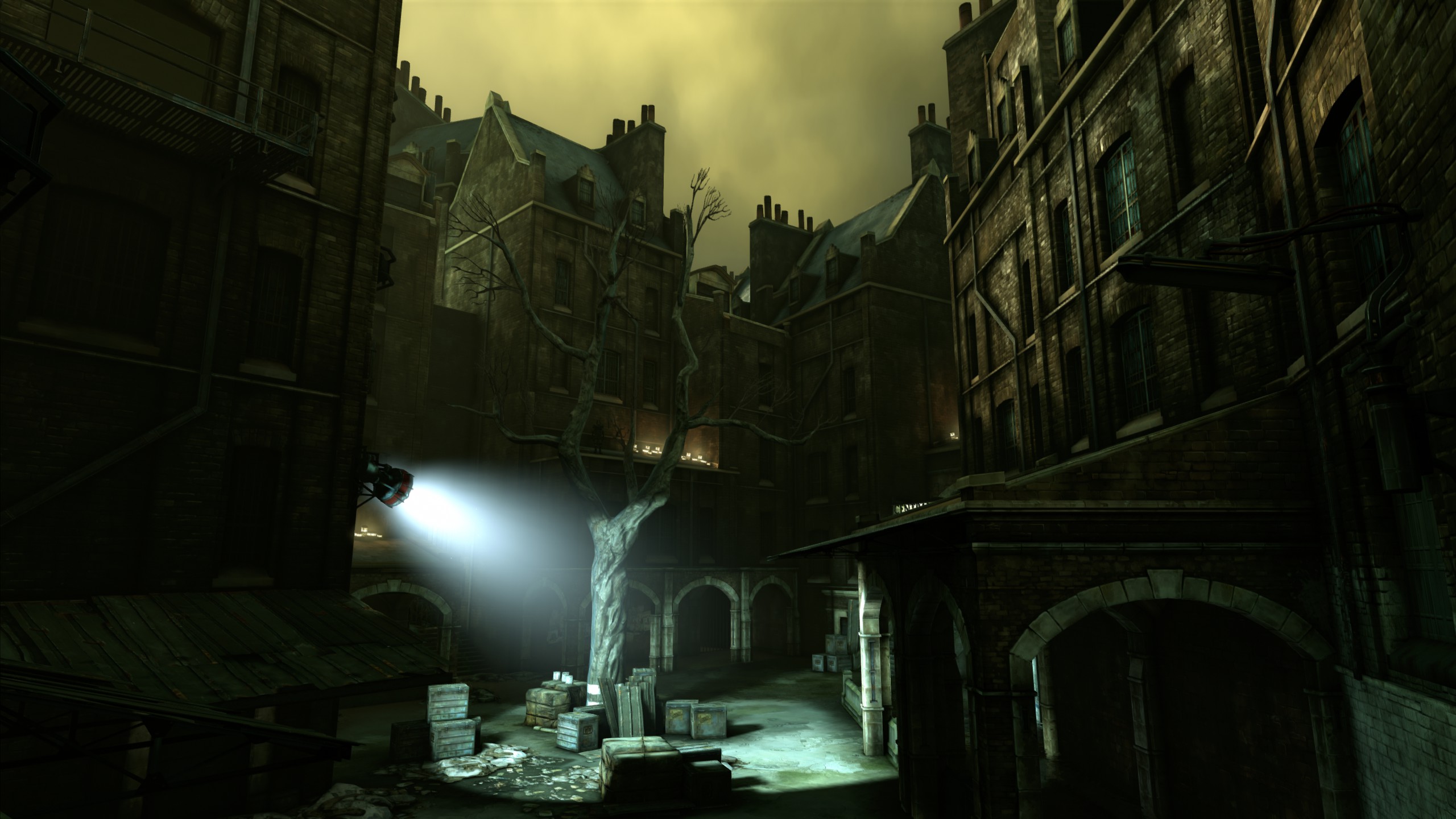
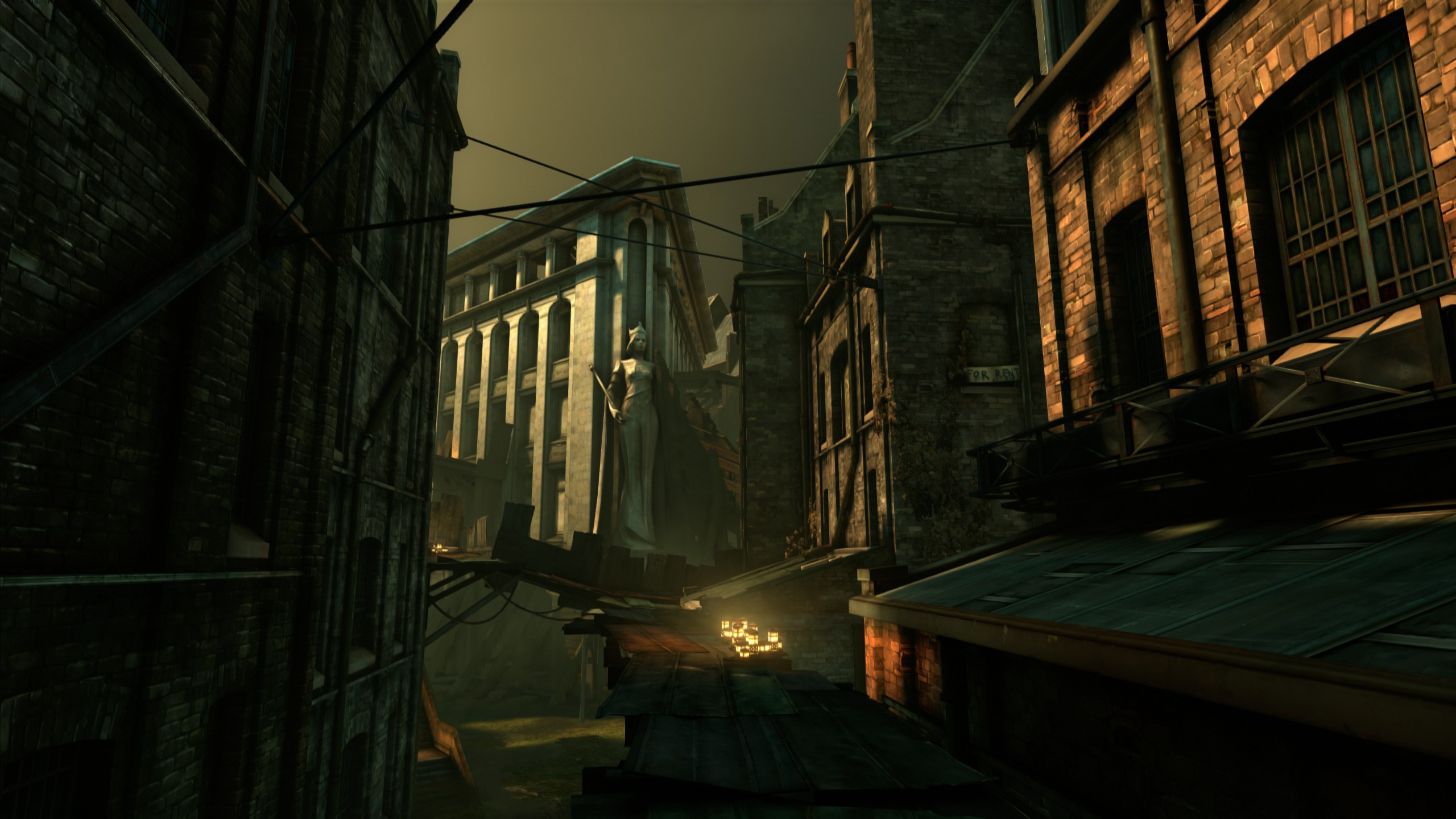
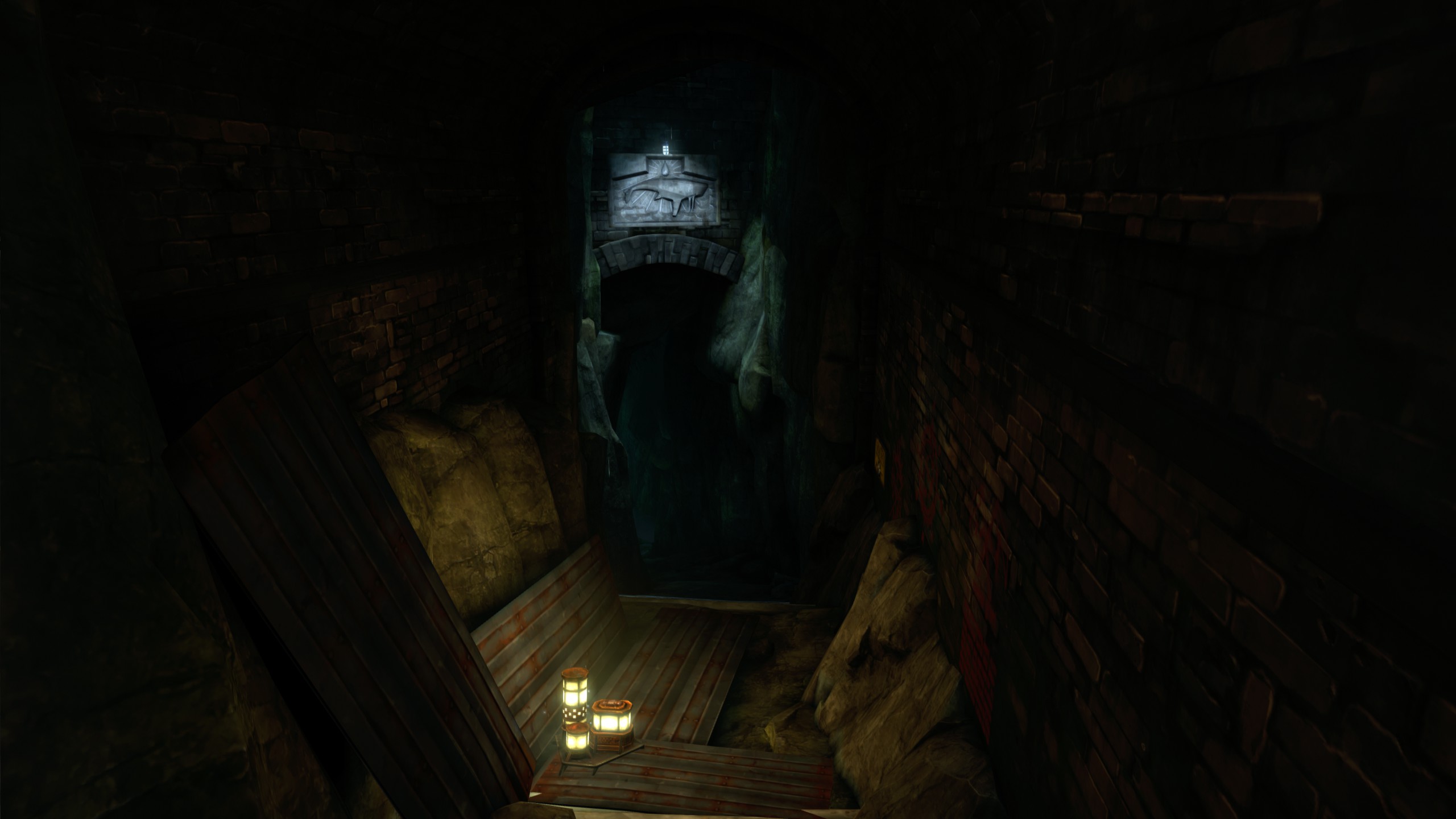
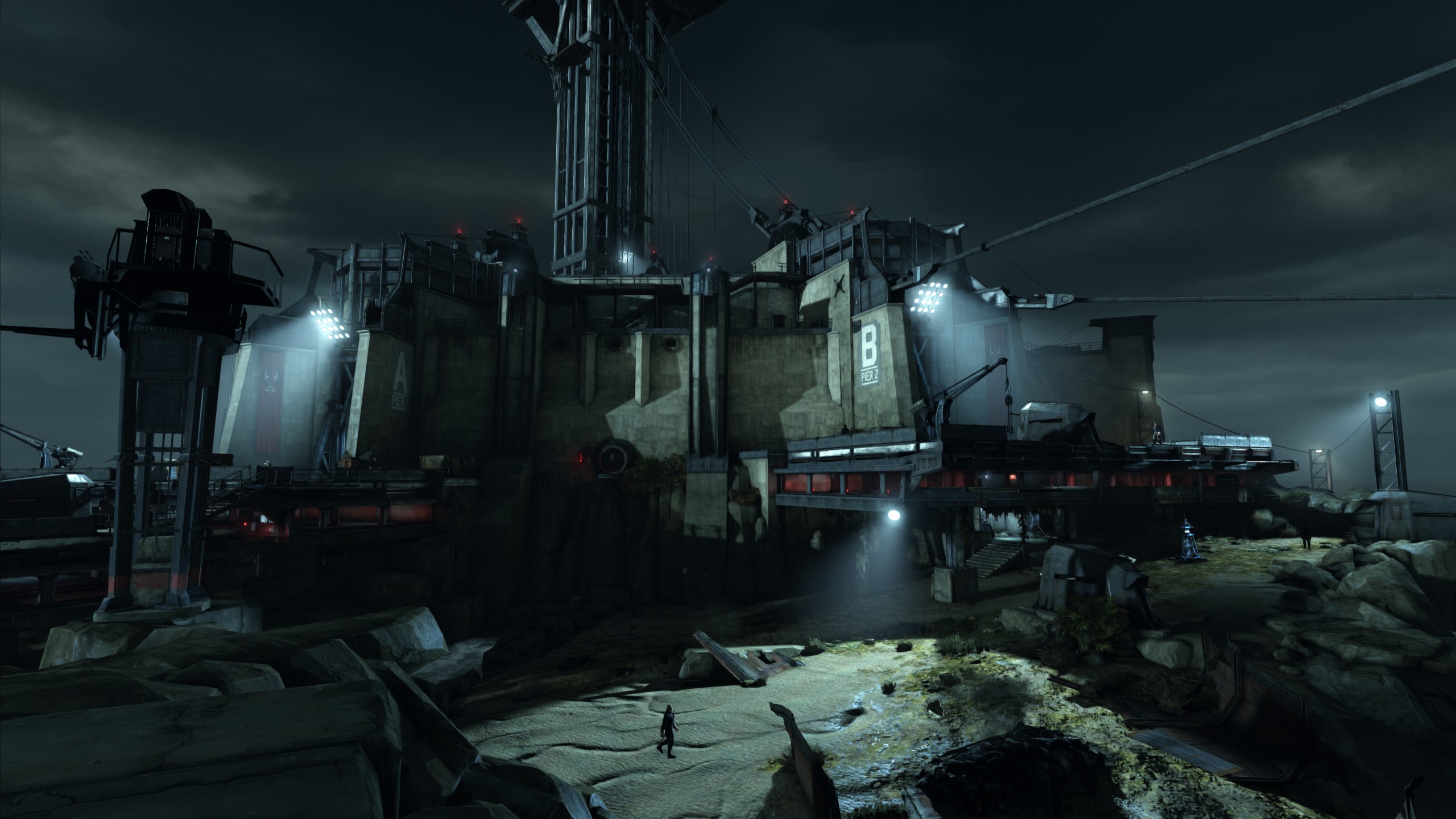
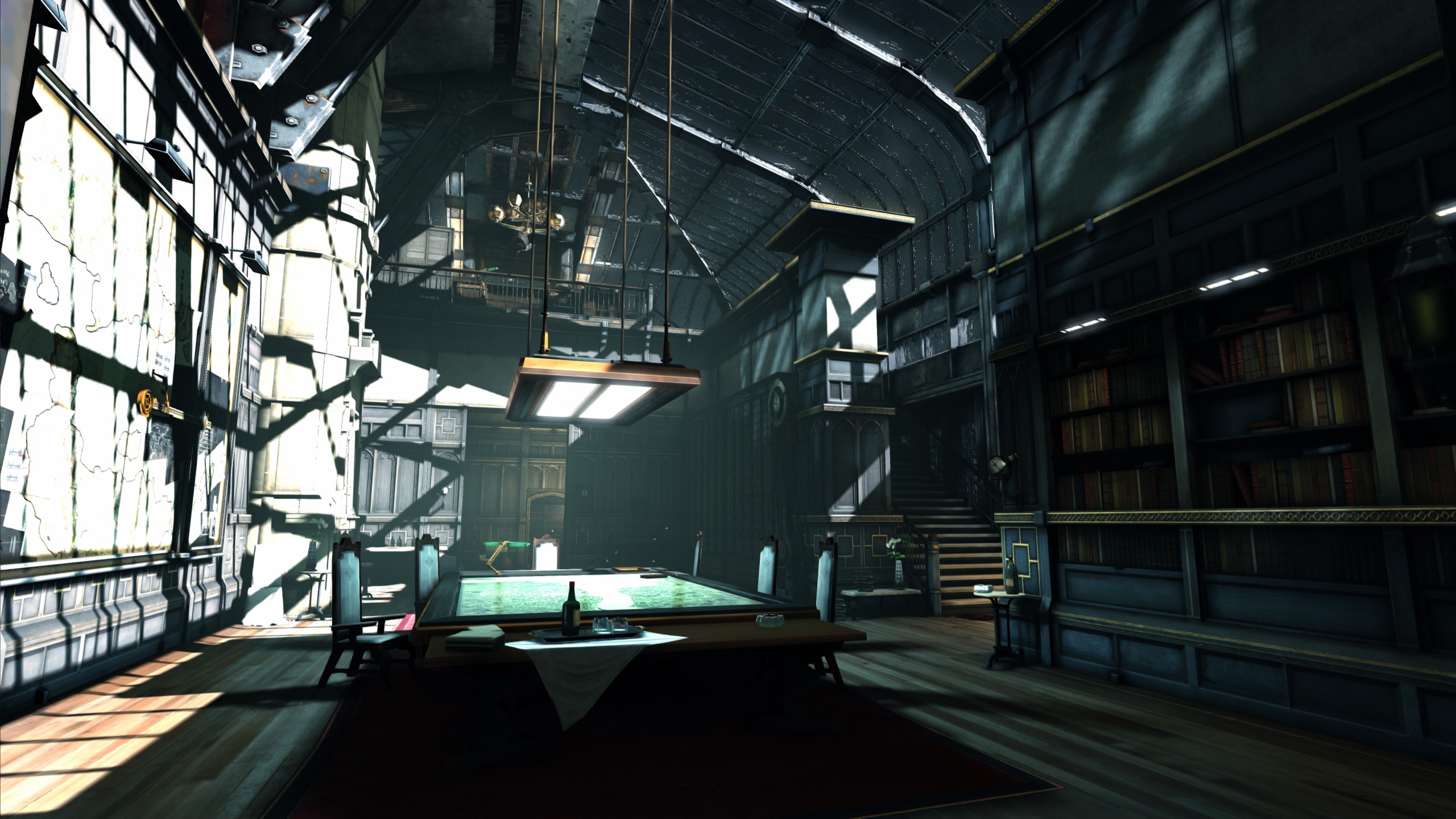
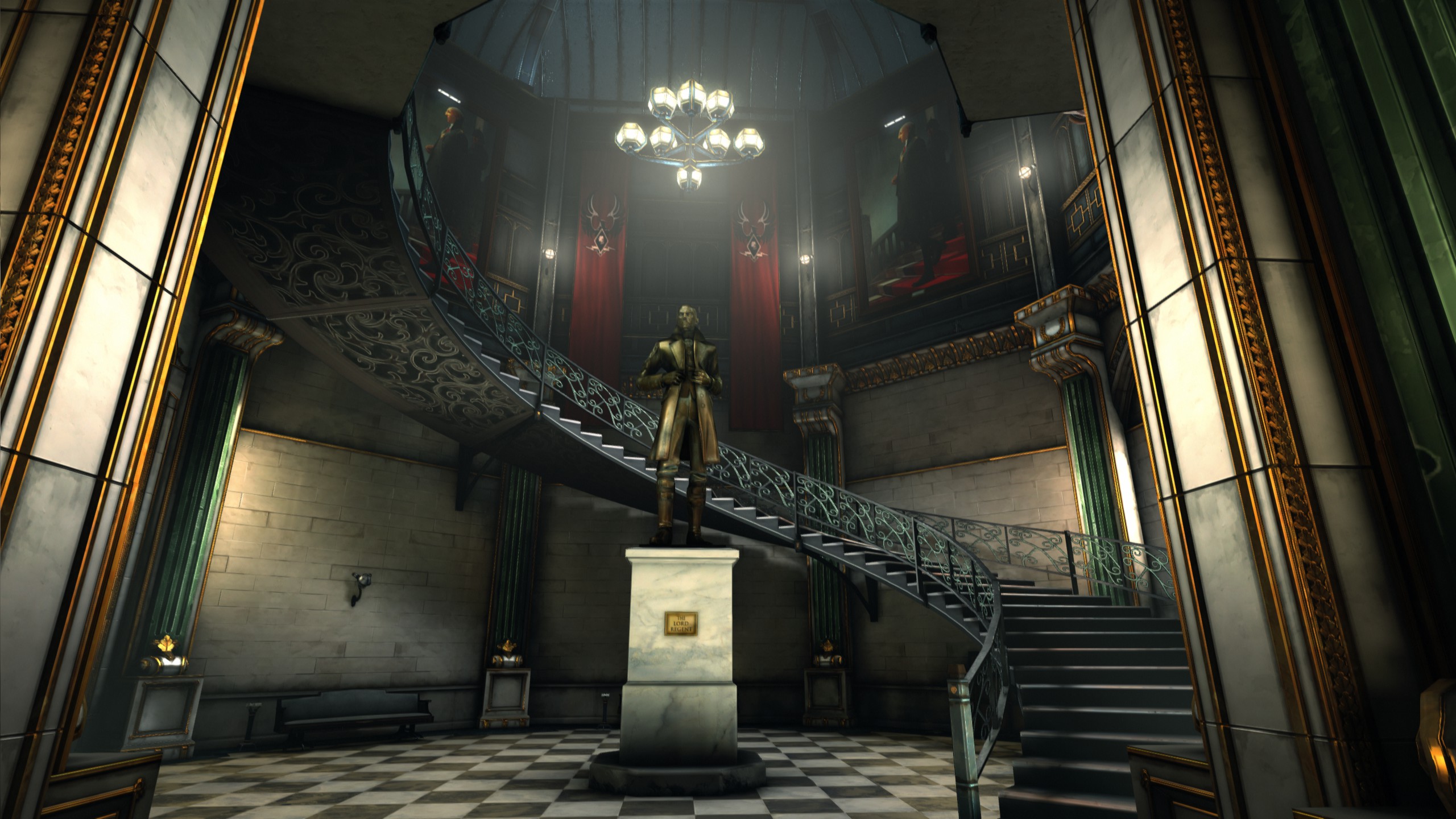
All of these screenshots were taken on max detail, 2560 x 1440 resolution, with forced 2x fullscreen sparse grid supersampling as well as forced high quality ambient occlusion, both through NVIDIA drivers. So yes, a NVIDIA graphics card is needed to squeeze out the best visuals of this game.
Dishonored’s lack of repetitive environments, with every level having distinct textures and architectural design (even within each level, e.g. when comparing buildings in different regions on the same level), is unlike most 3D games and it really sets it apart. It shows how much Arkane cares about their game, their masterpiece.
Dishonored 2
While Dishonored 2 has a bit less artistic attention to detail than the first game (e.g. more repetitive newspapers, propaganda, graffiti and similar decals), it is still drop dead beautiful.
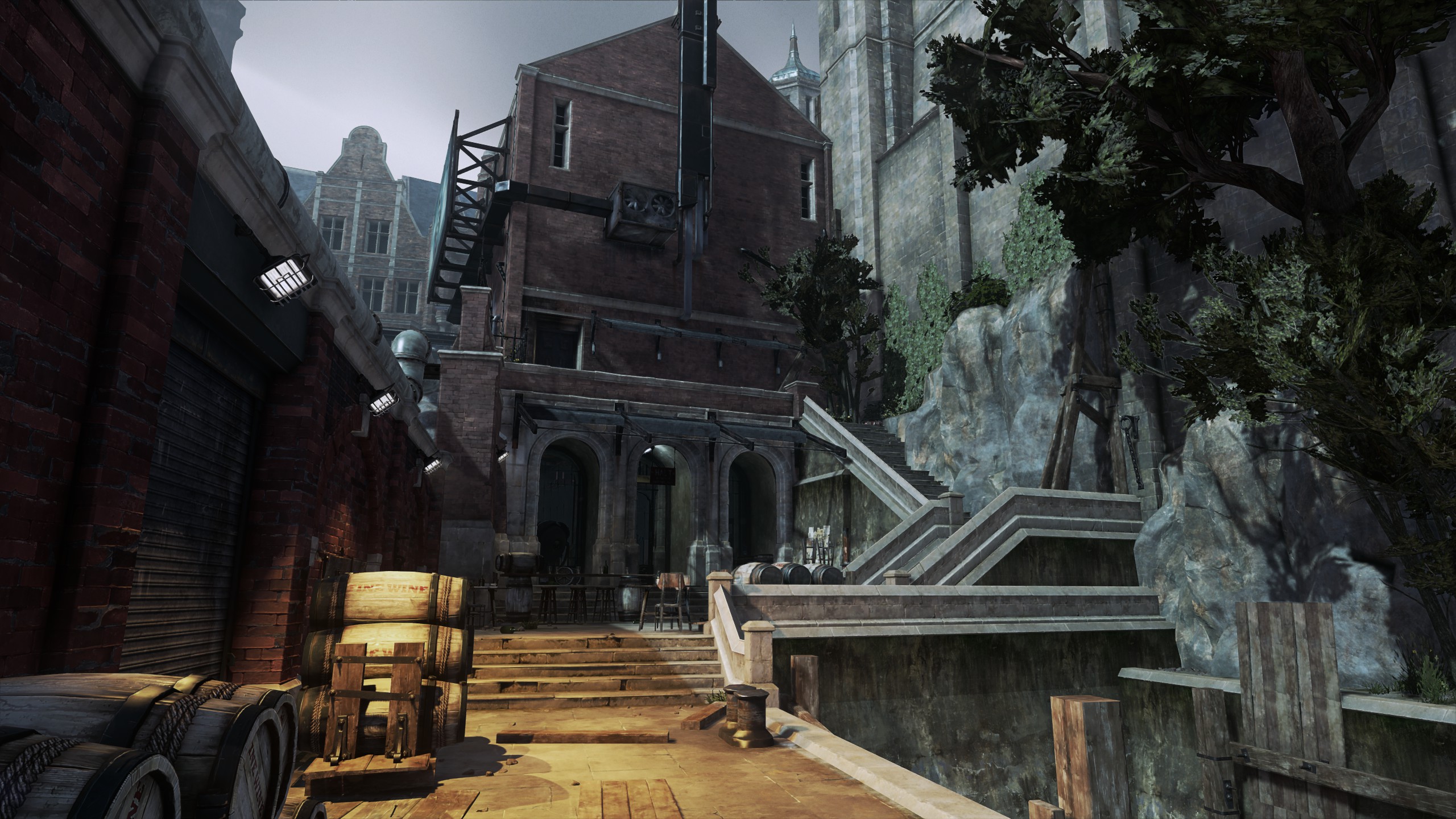


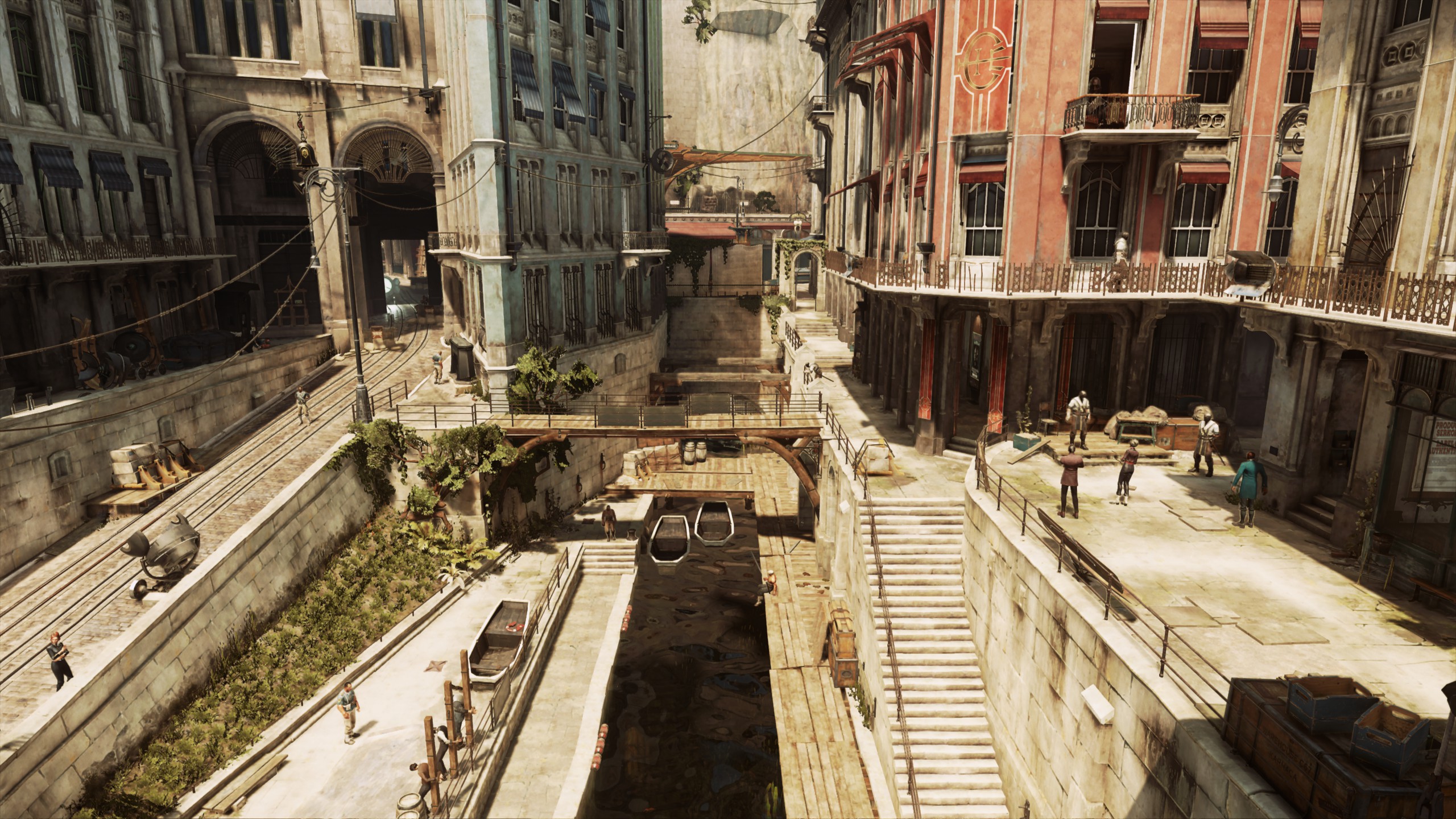


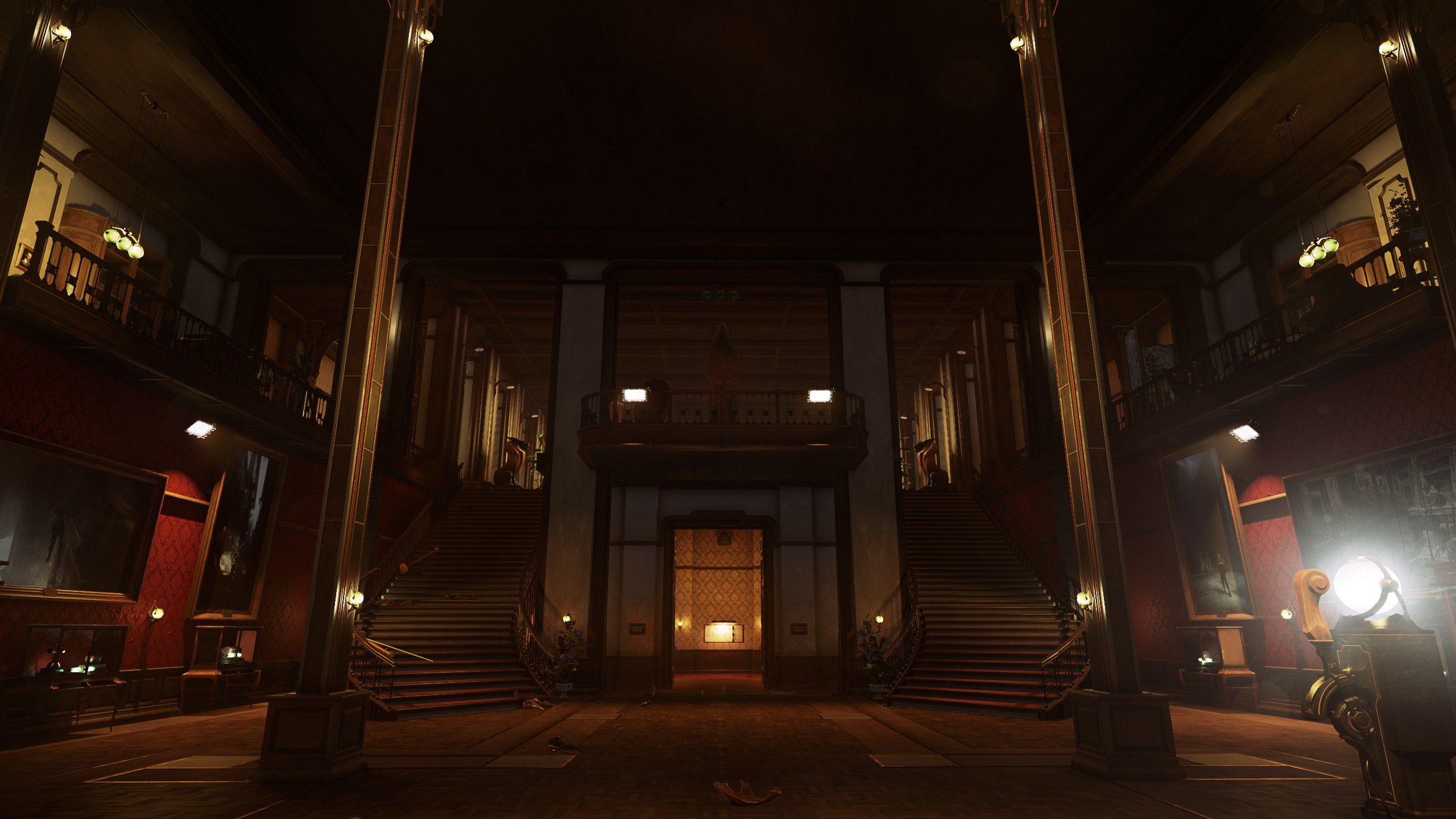


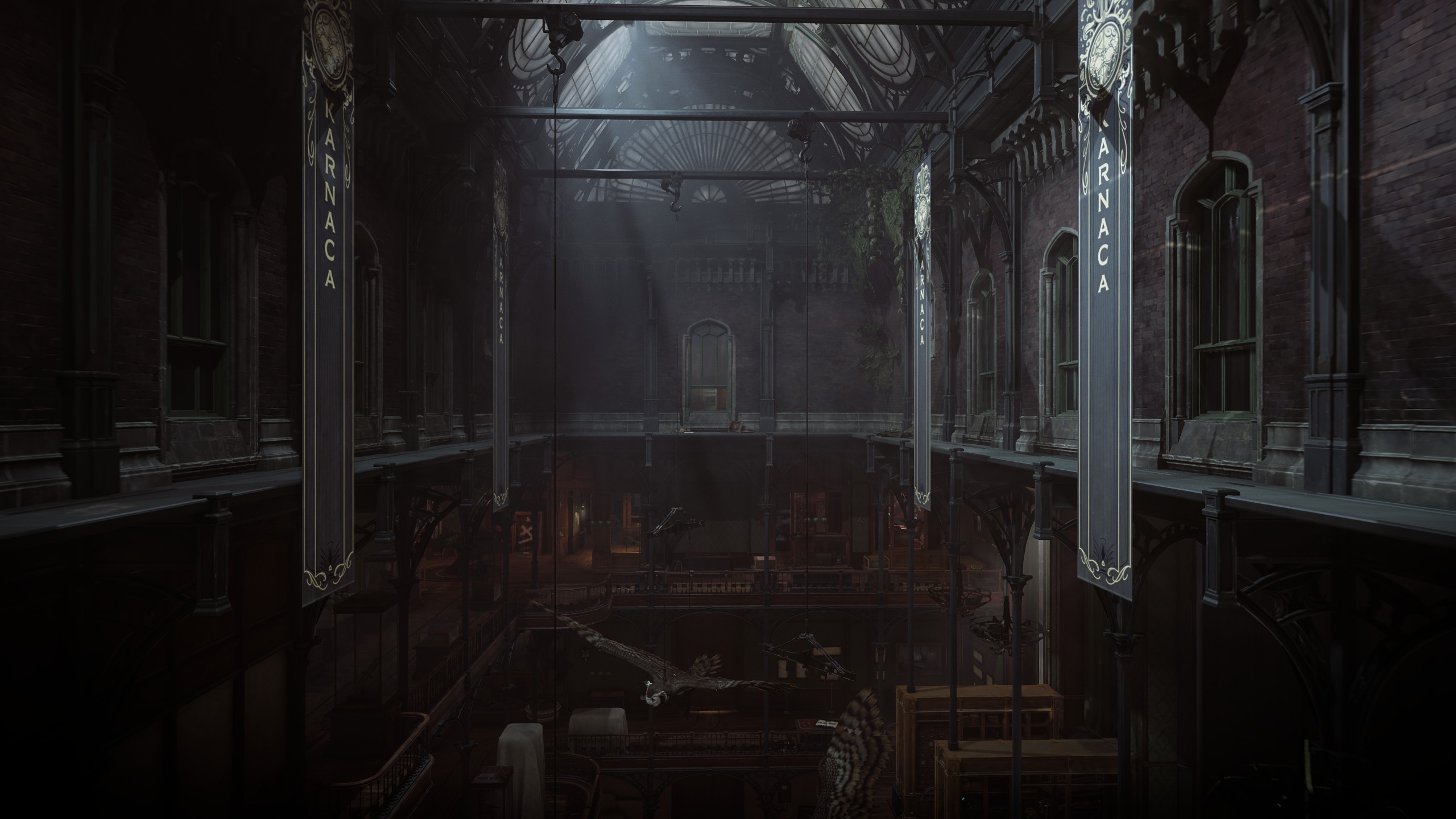
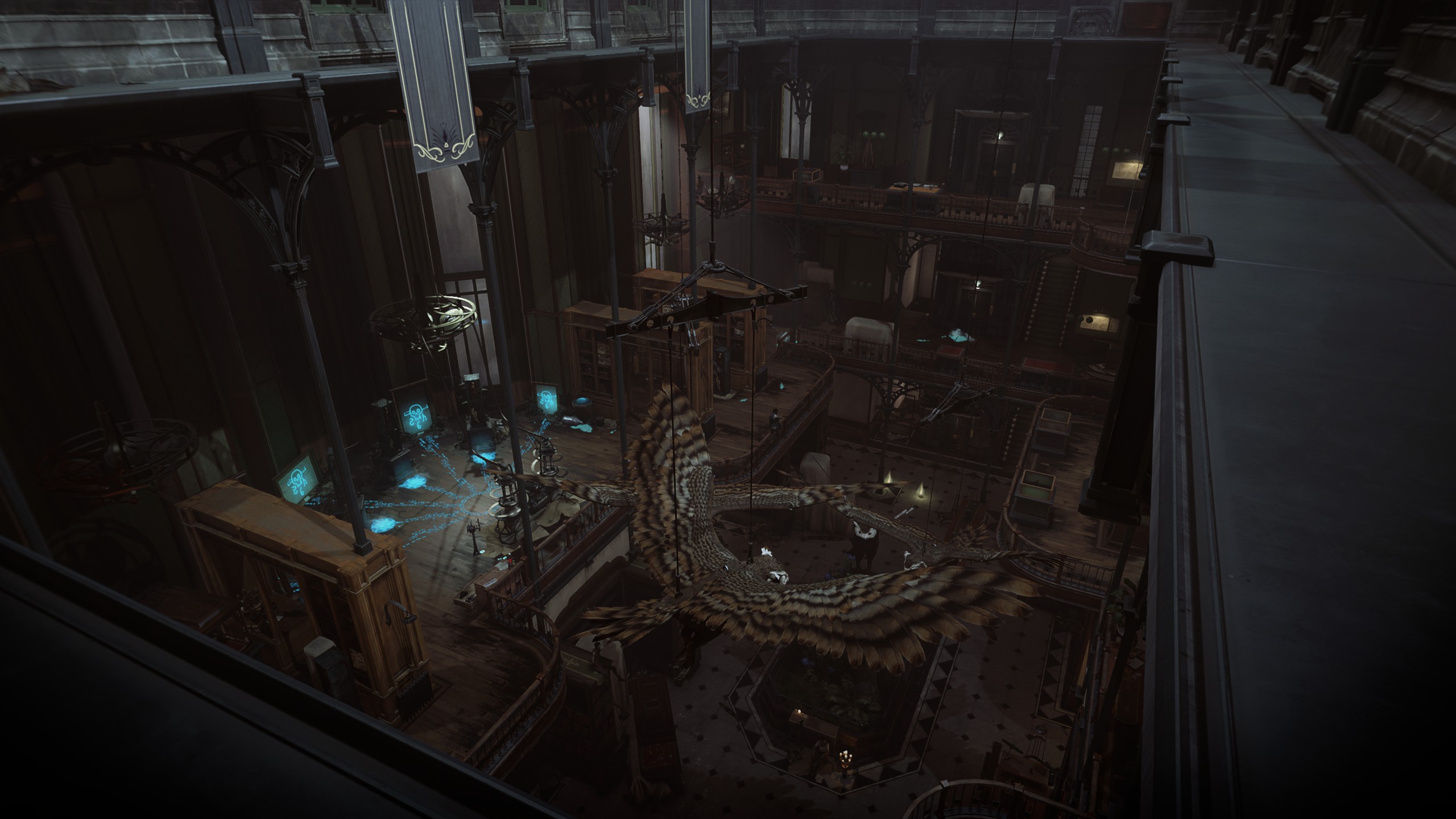
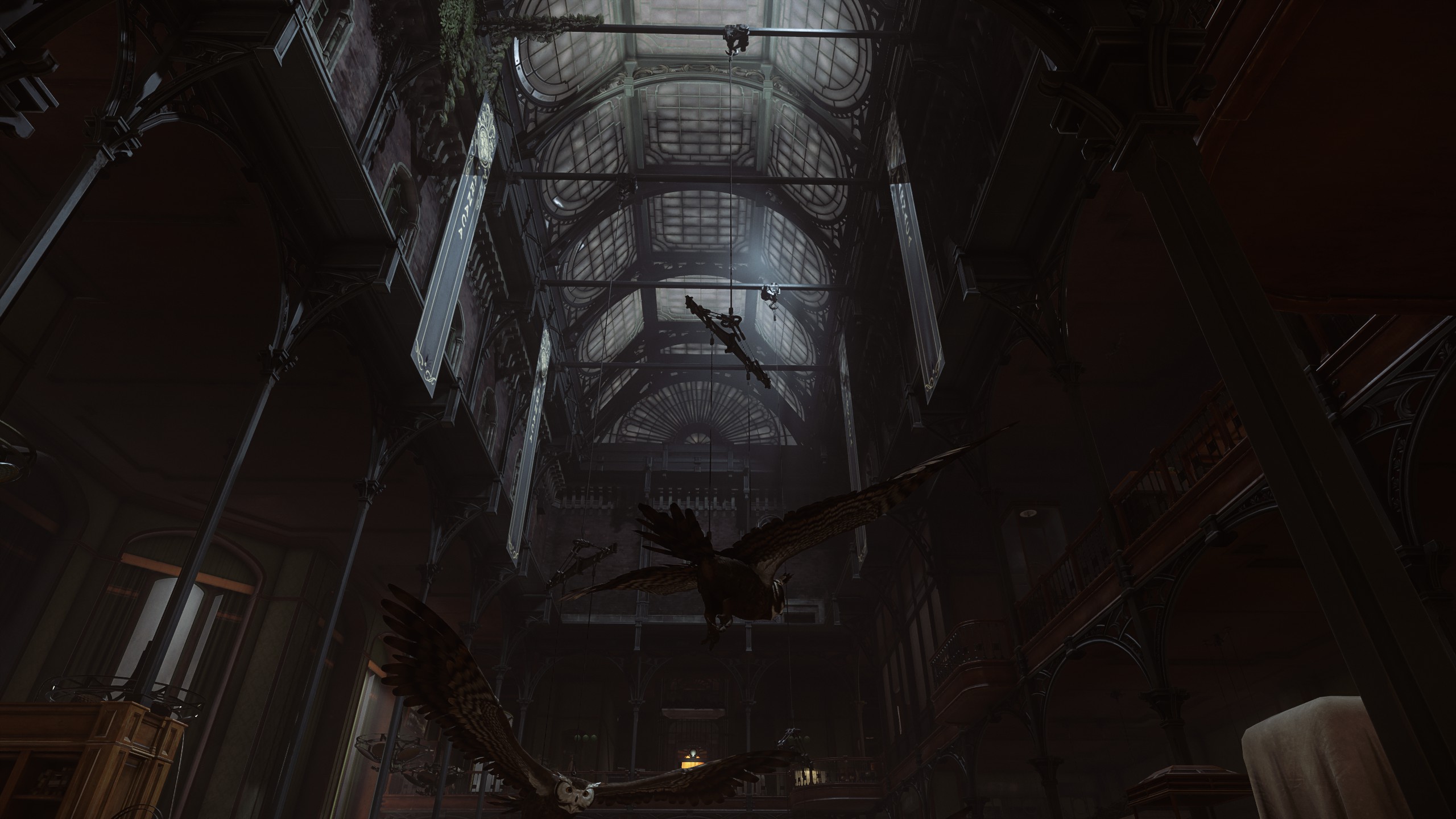


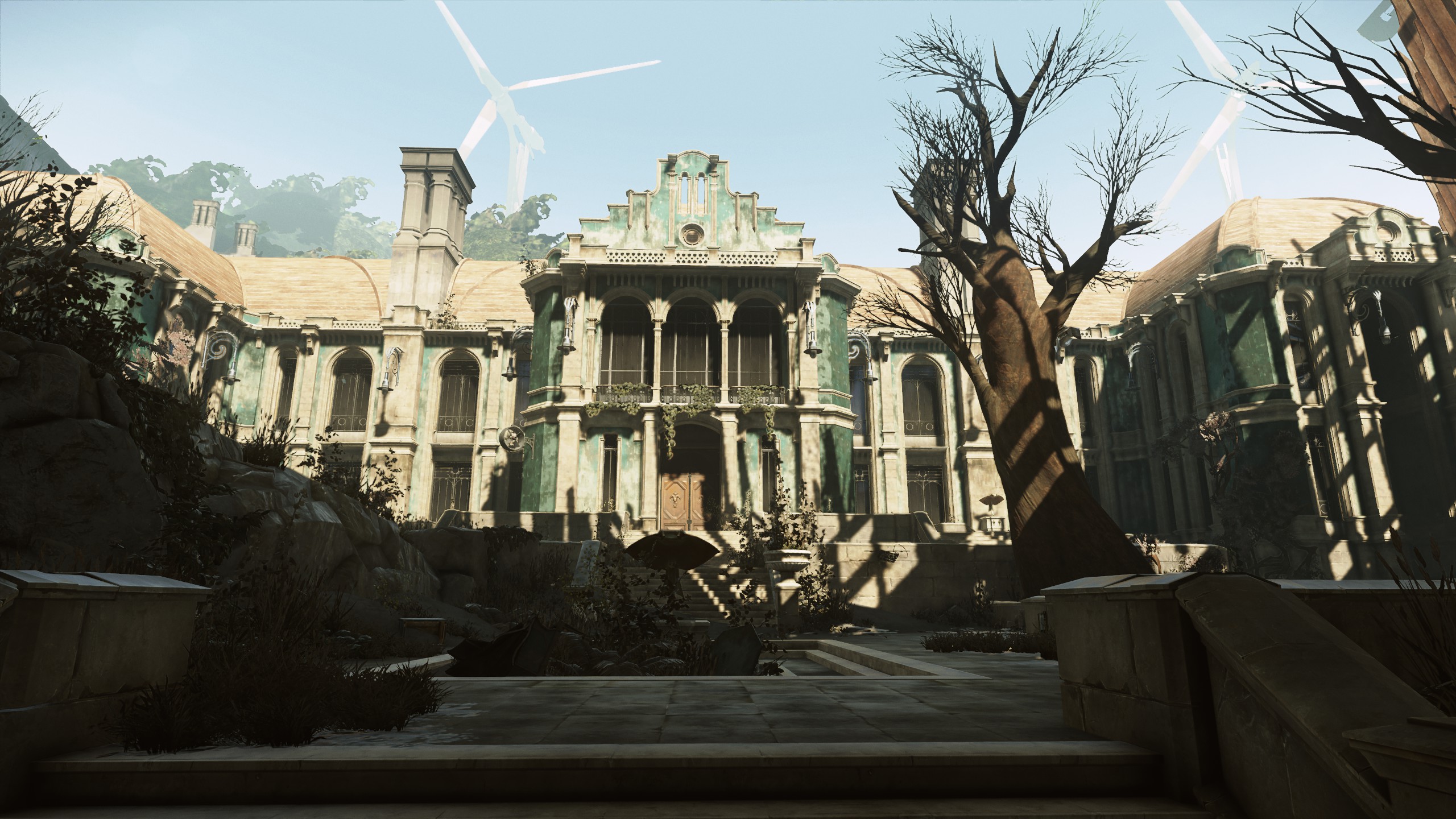
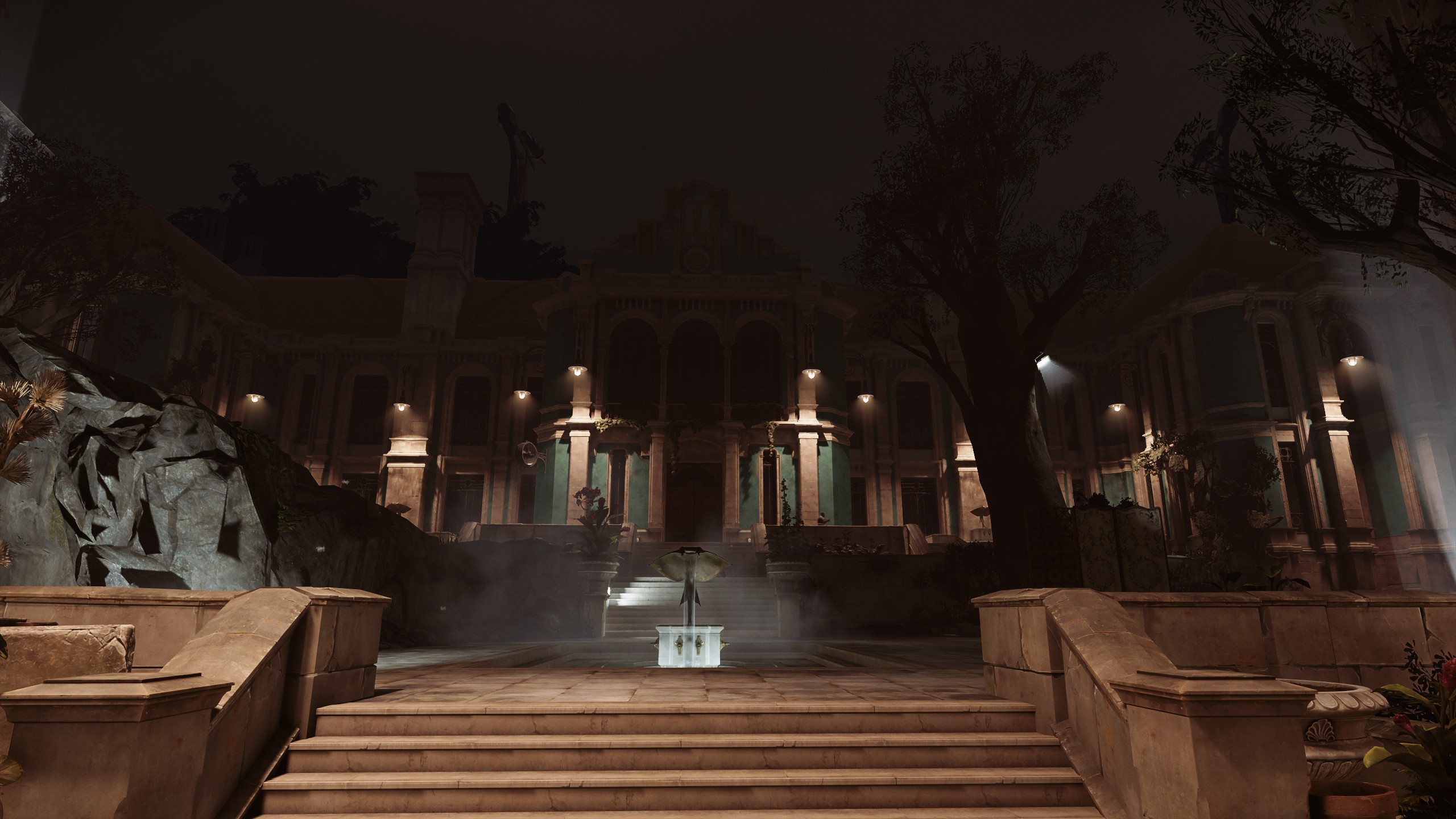
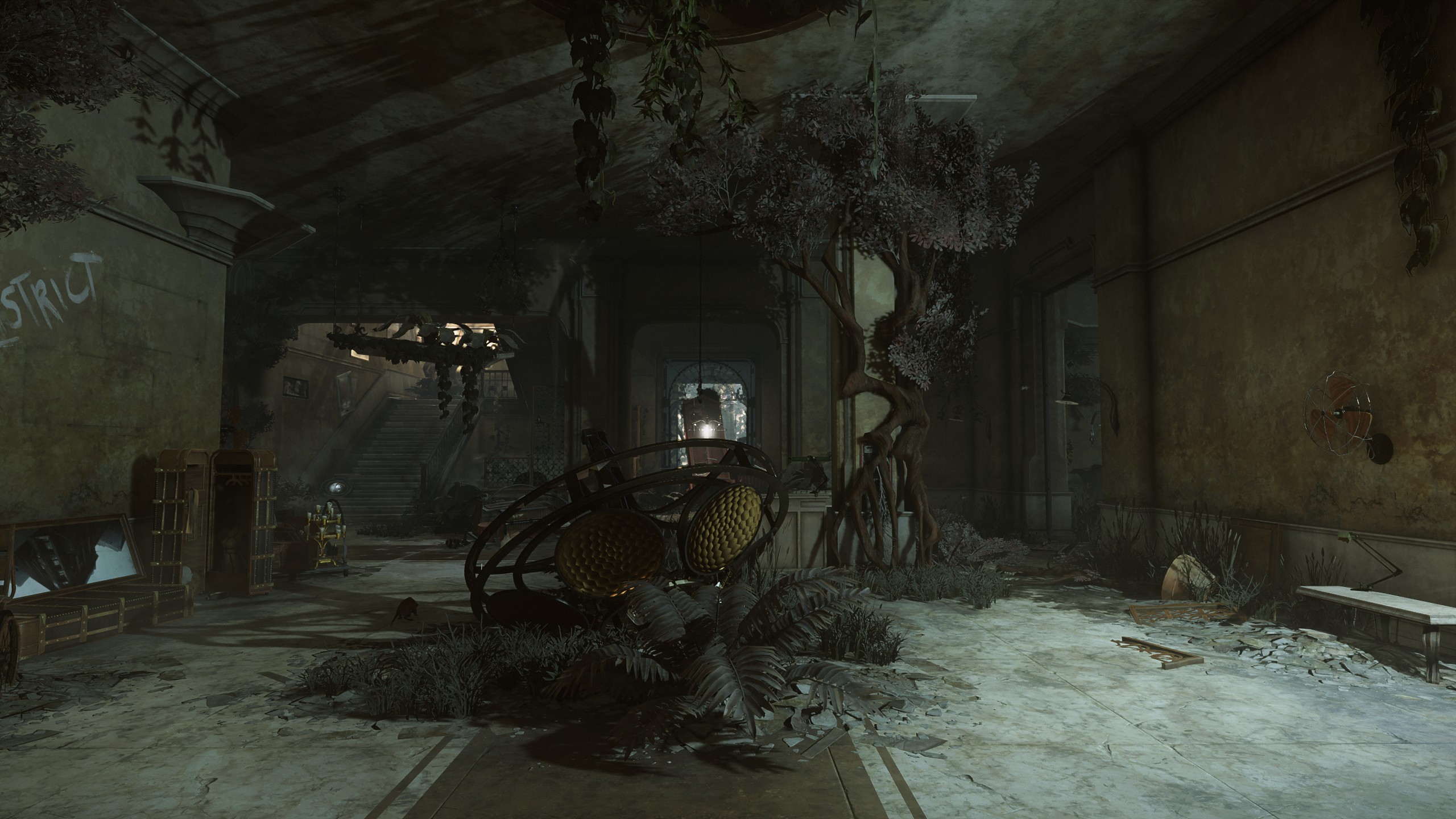
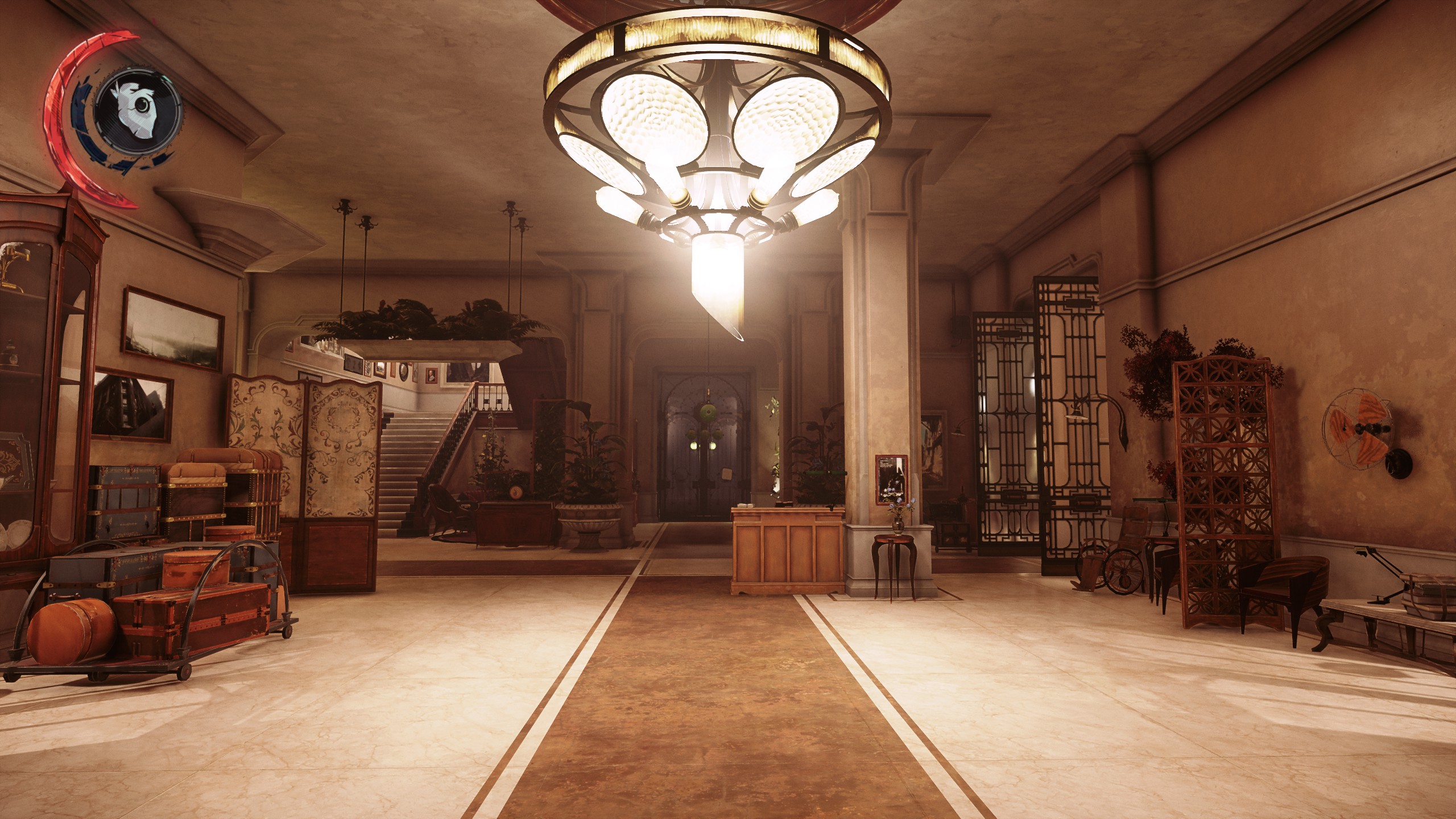
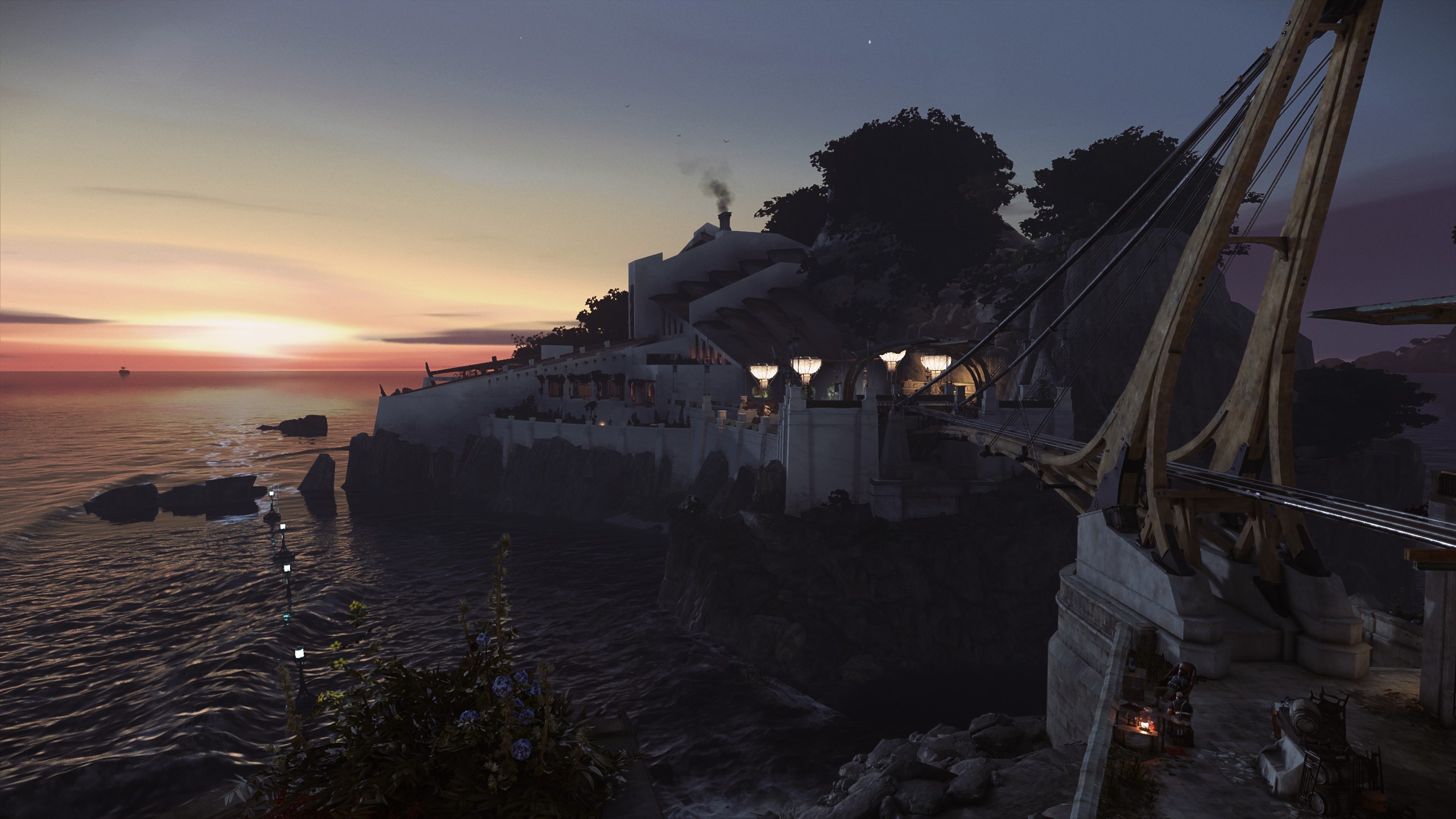
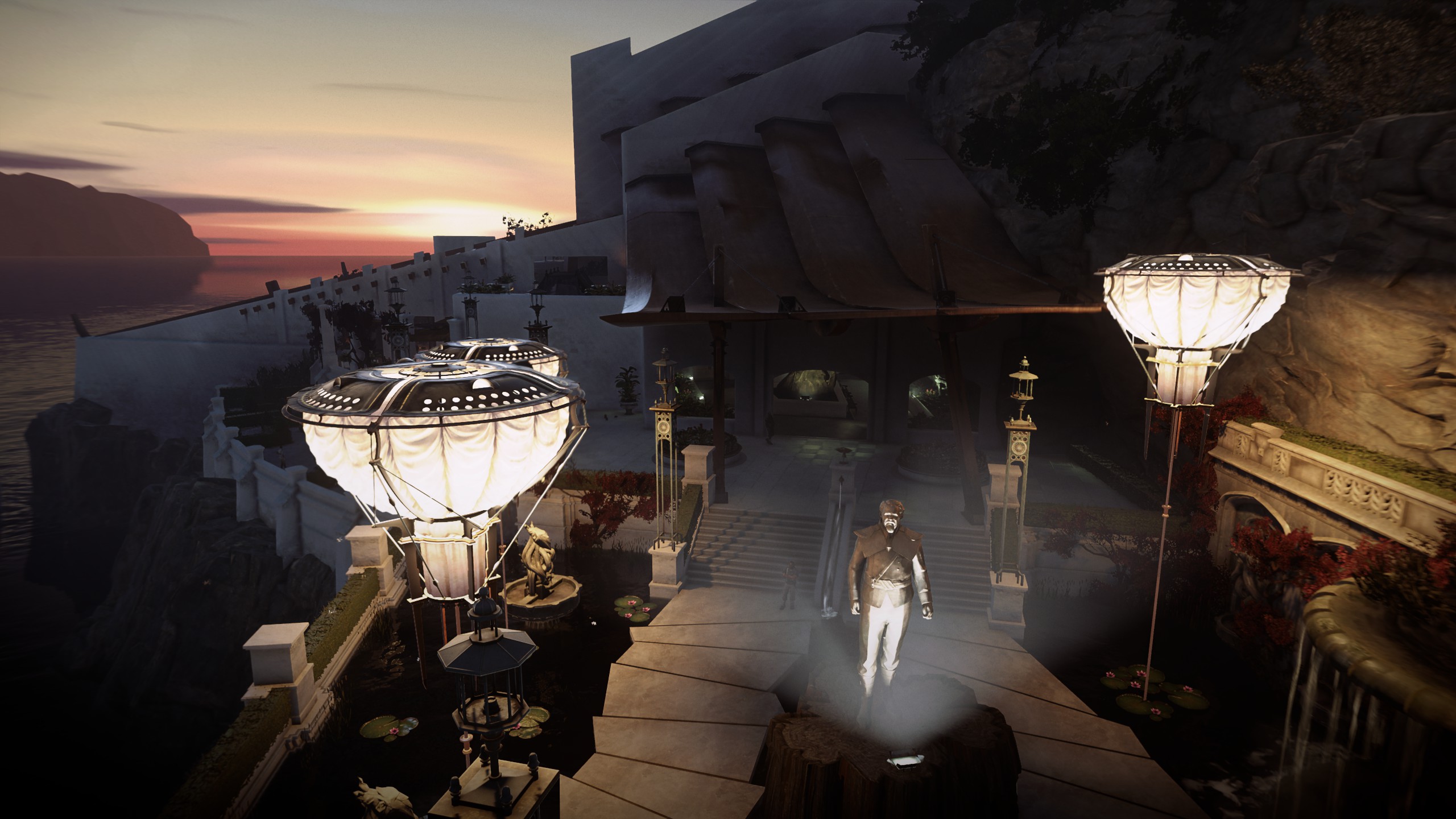
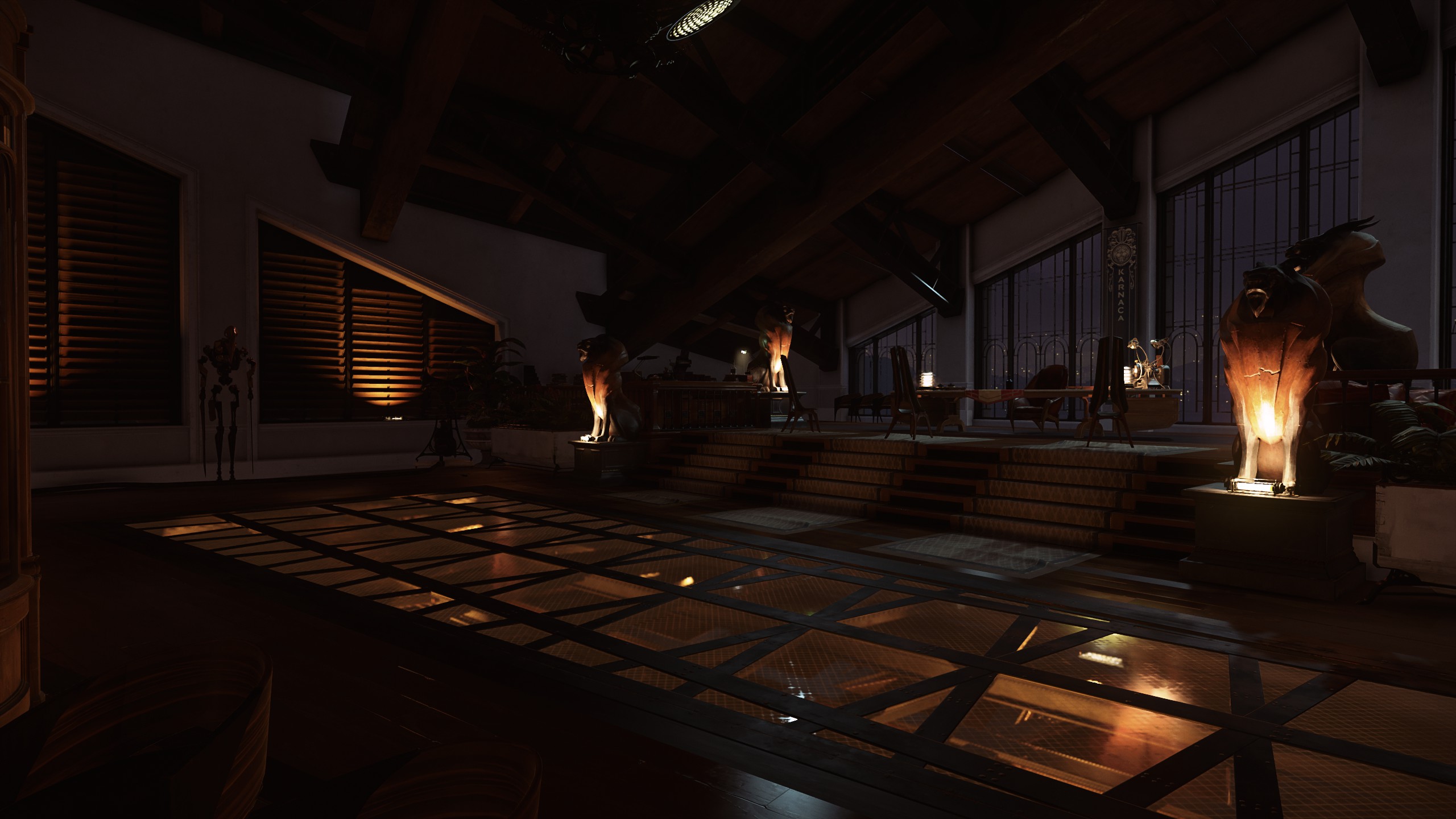
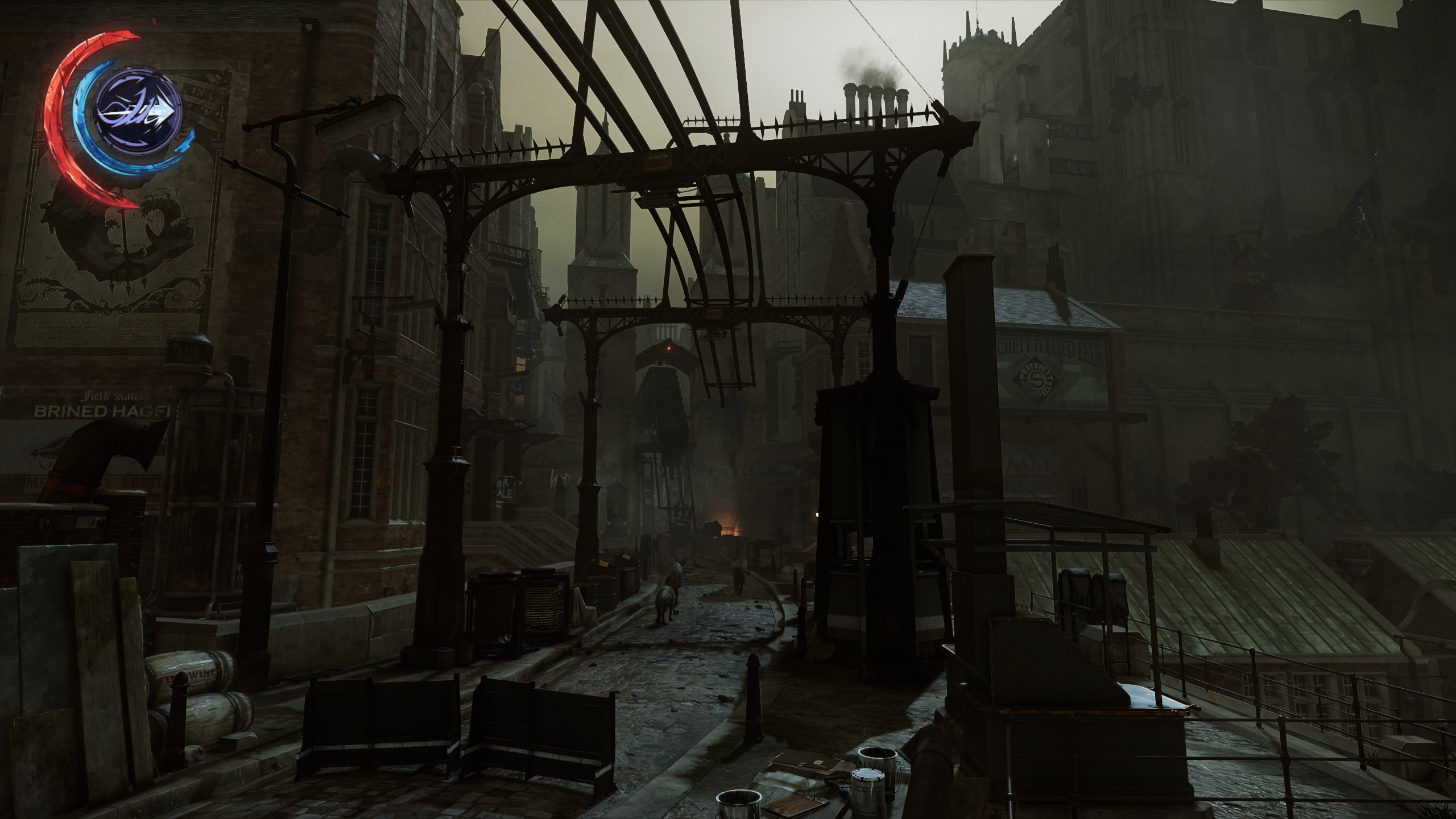
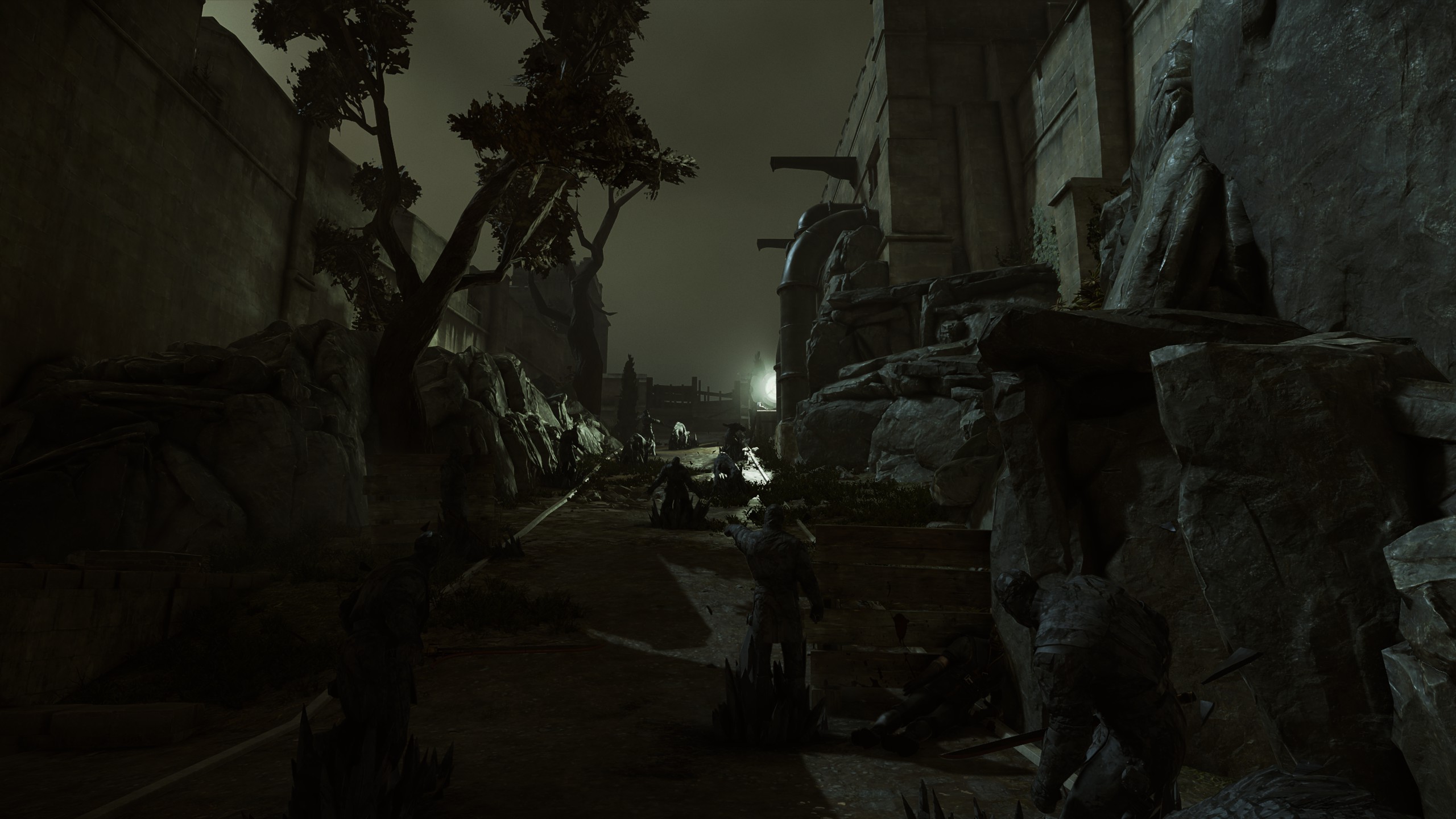
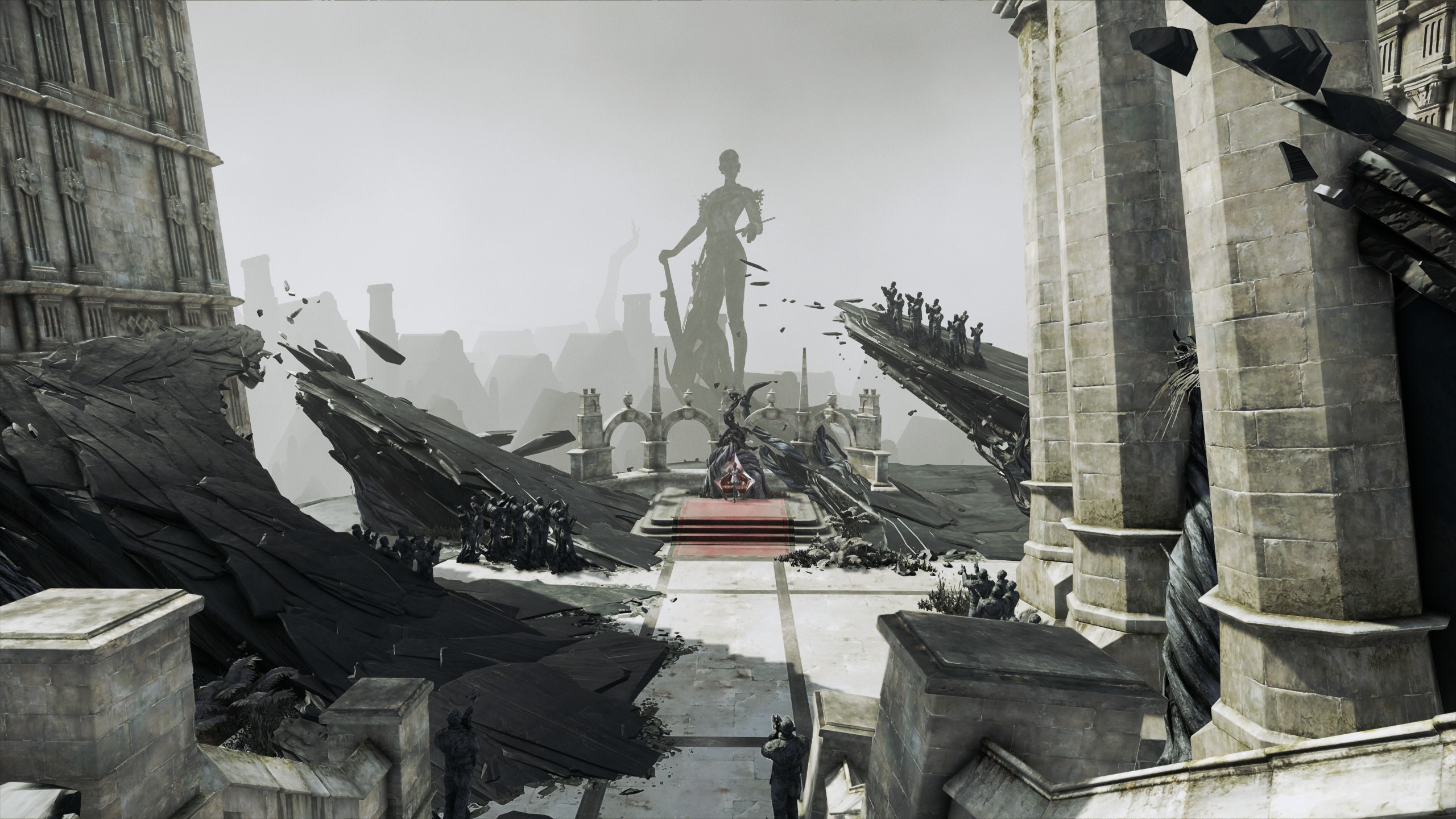
Dishonored: Death of the Outsider
Dishonored: Death of the Outsider has the same technical graphics as Dishonored 2, and even largely the same locations, but is more beautiful overall due to improvements in artistic direction.
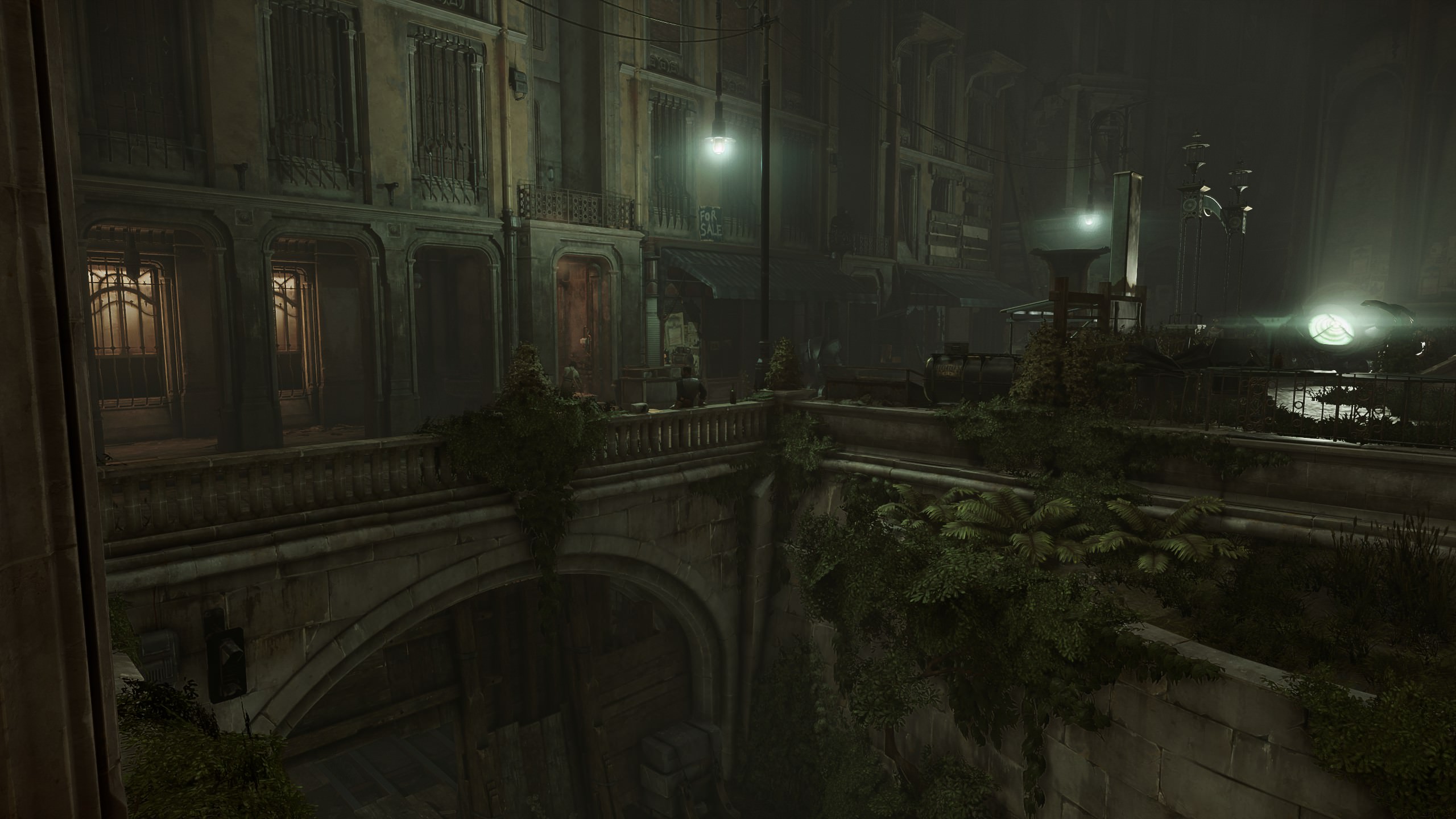

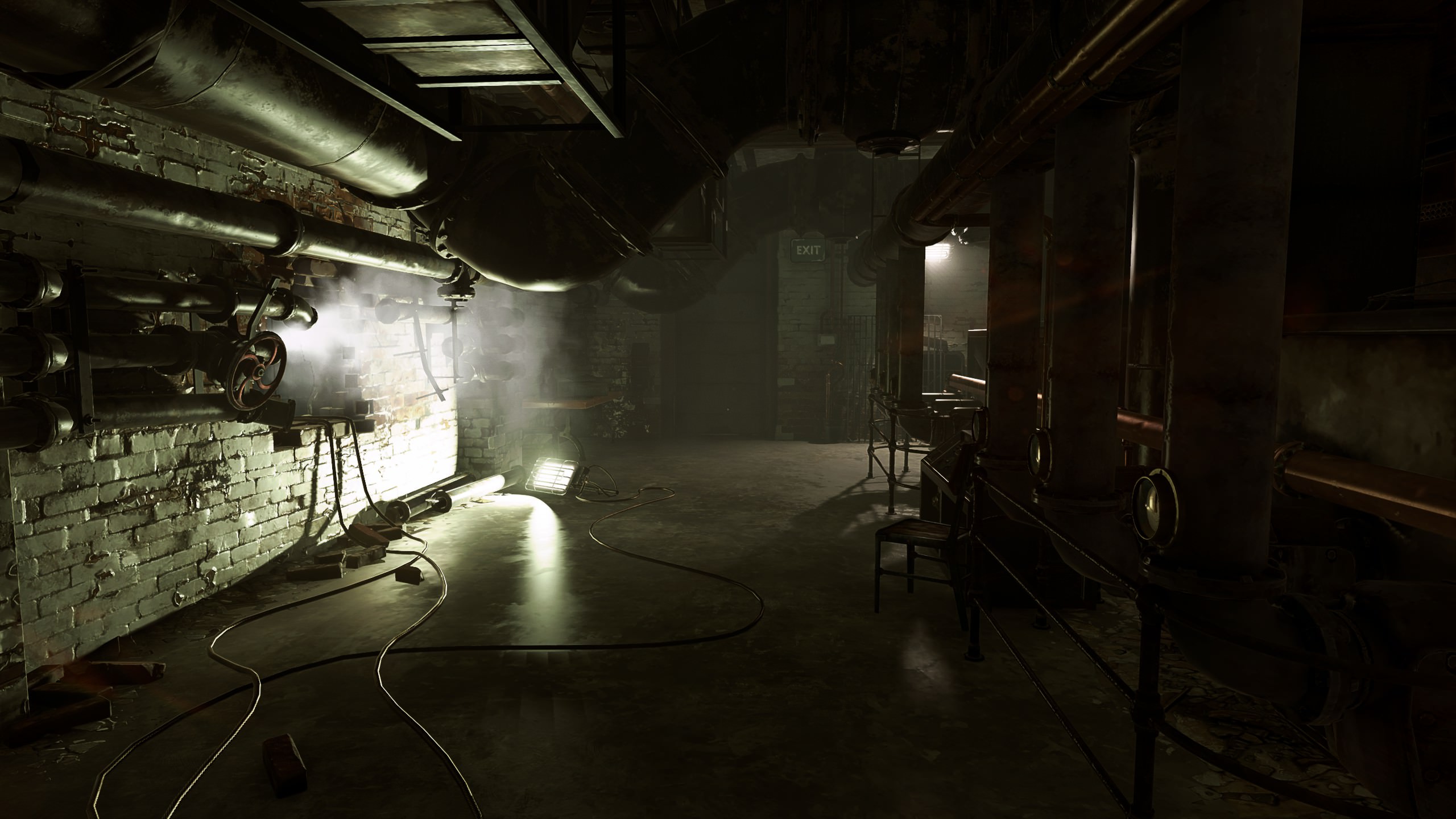
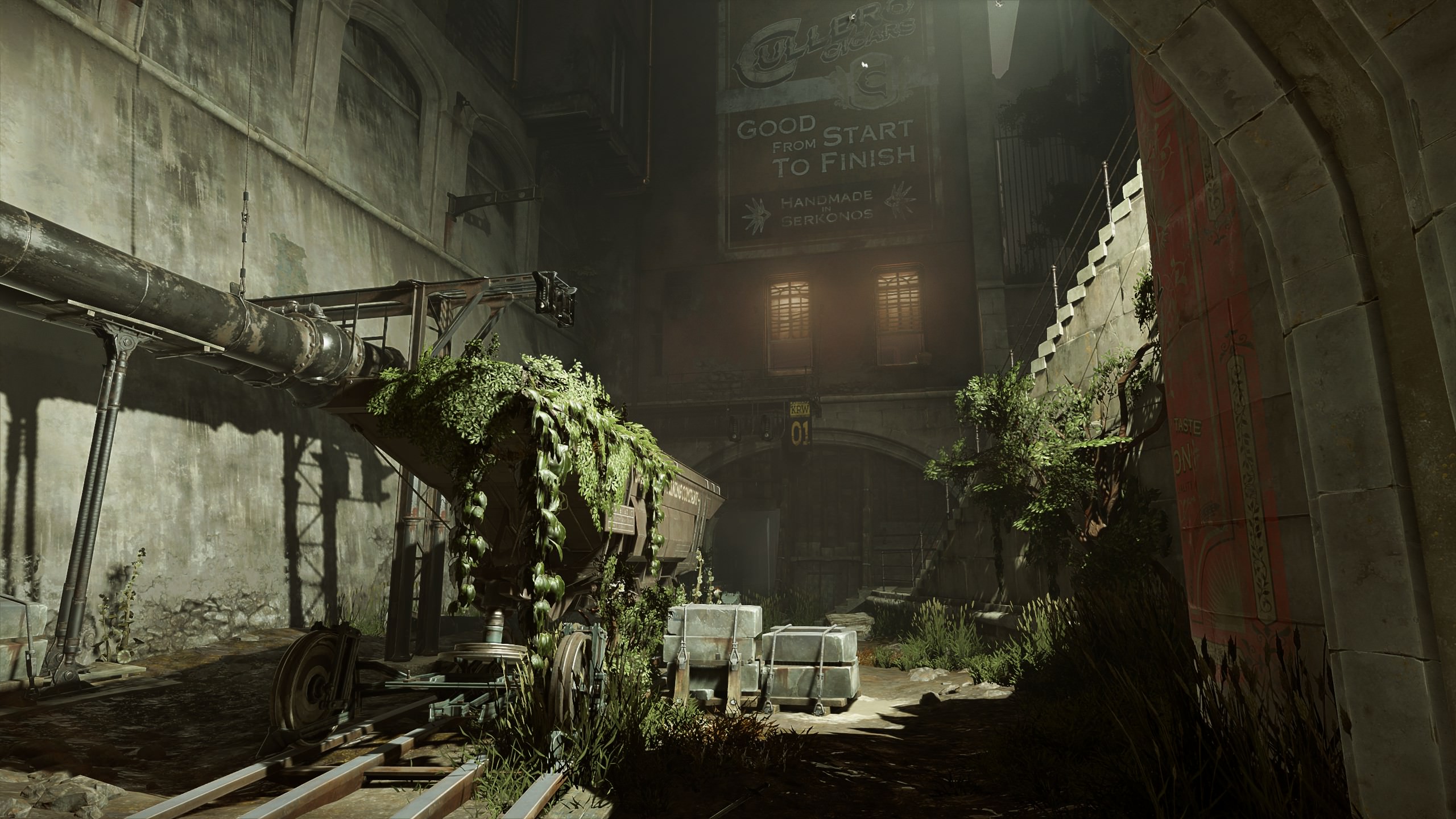


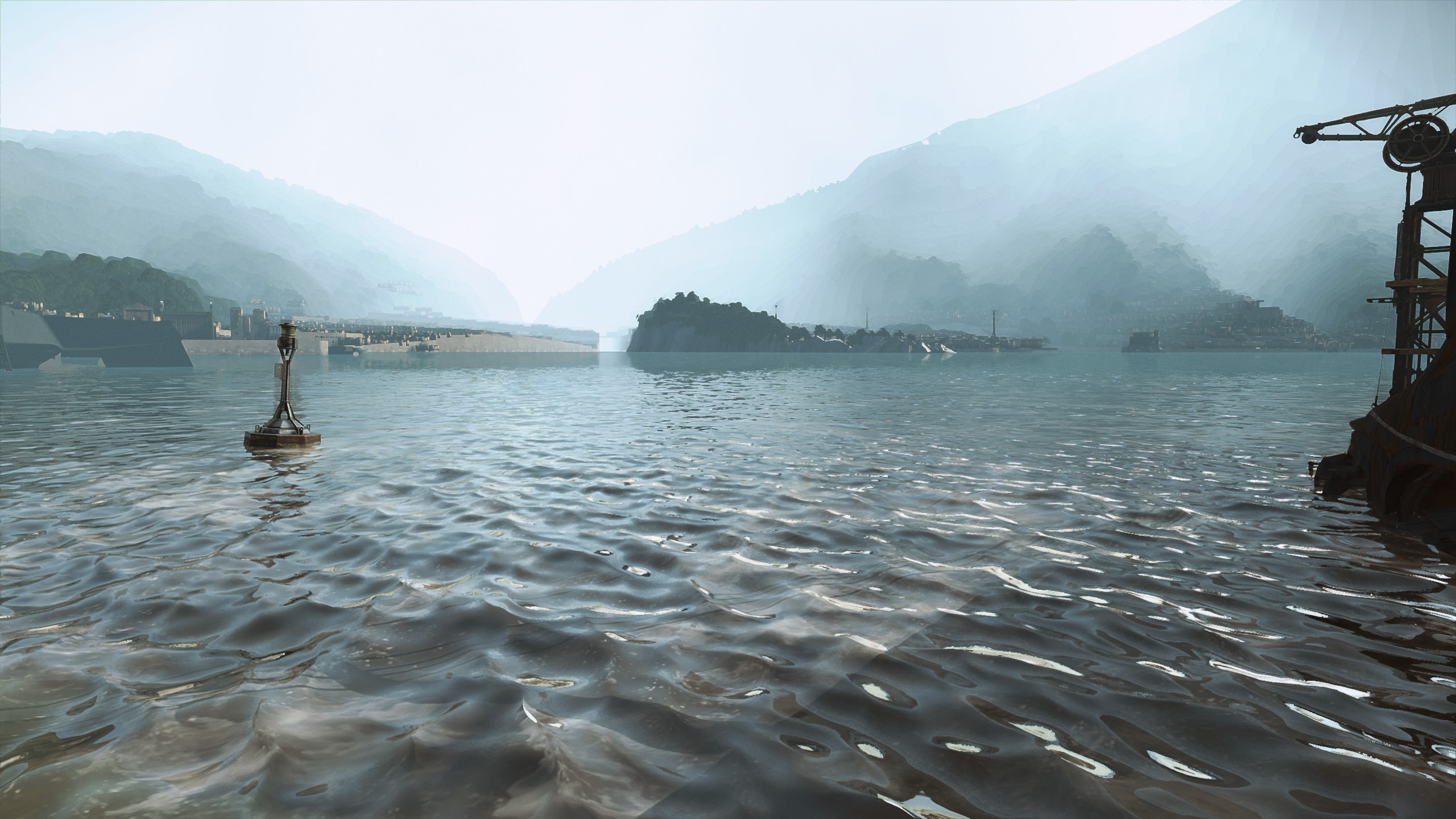
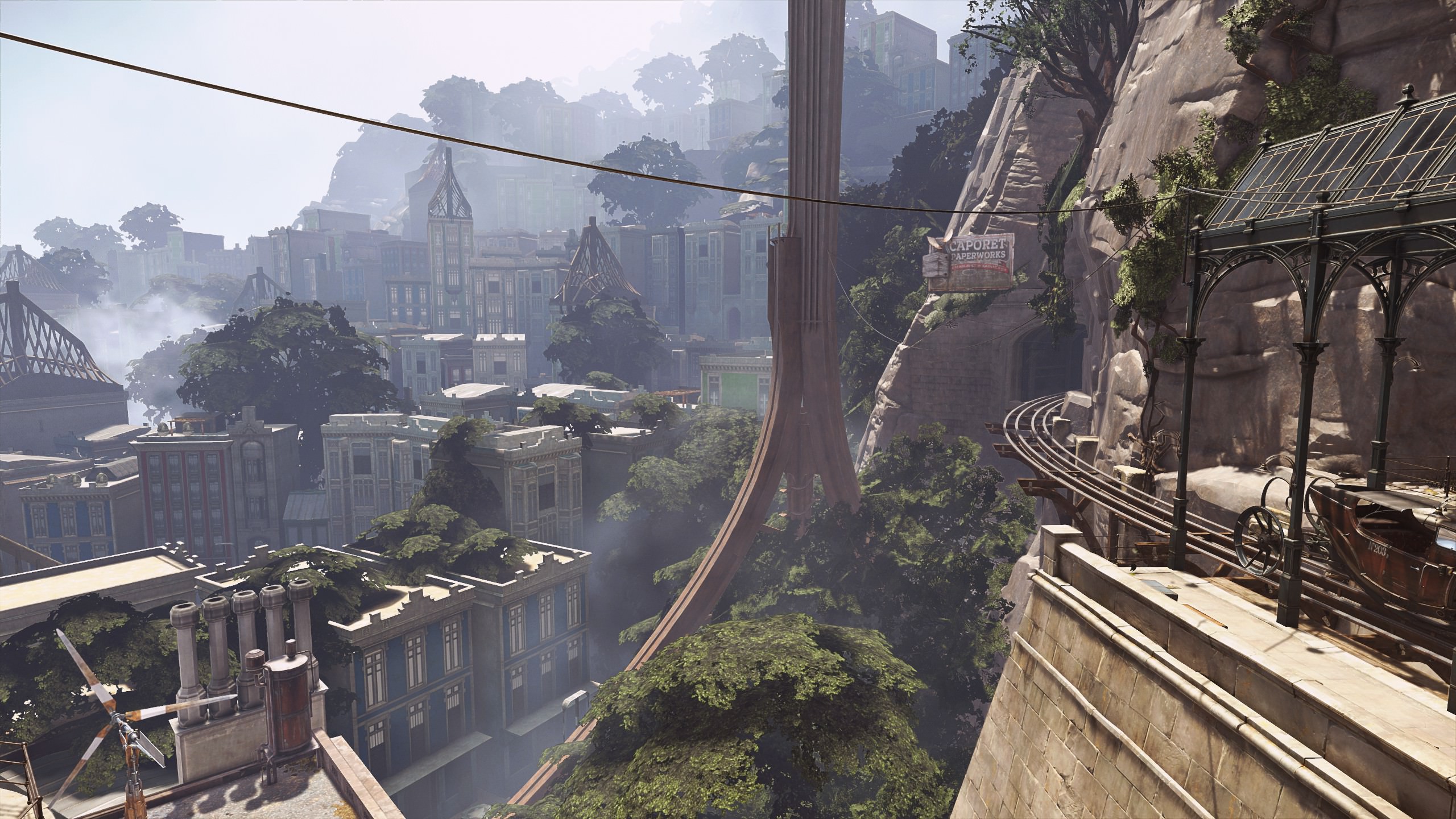

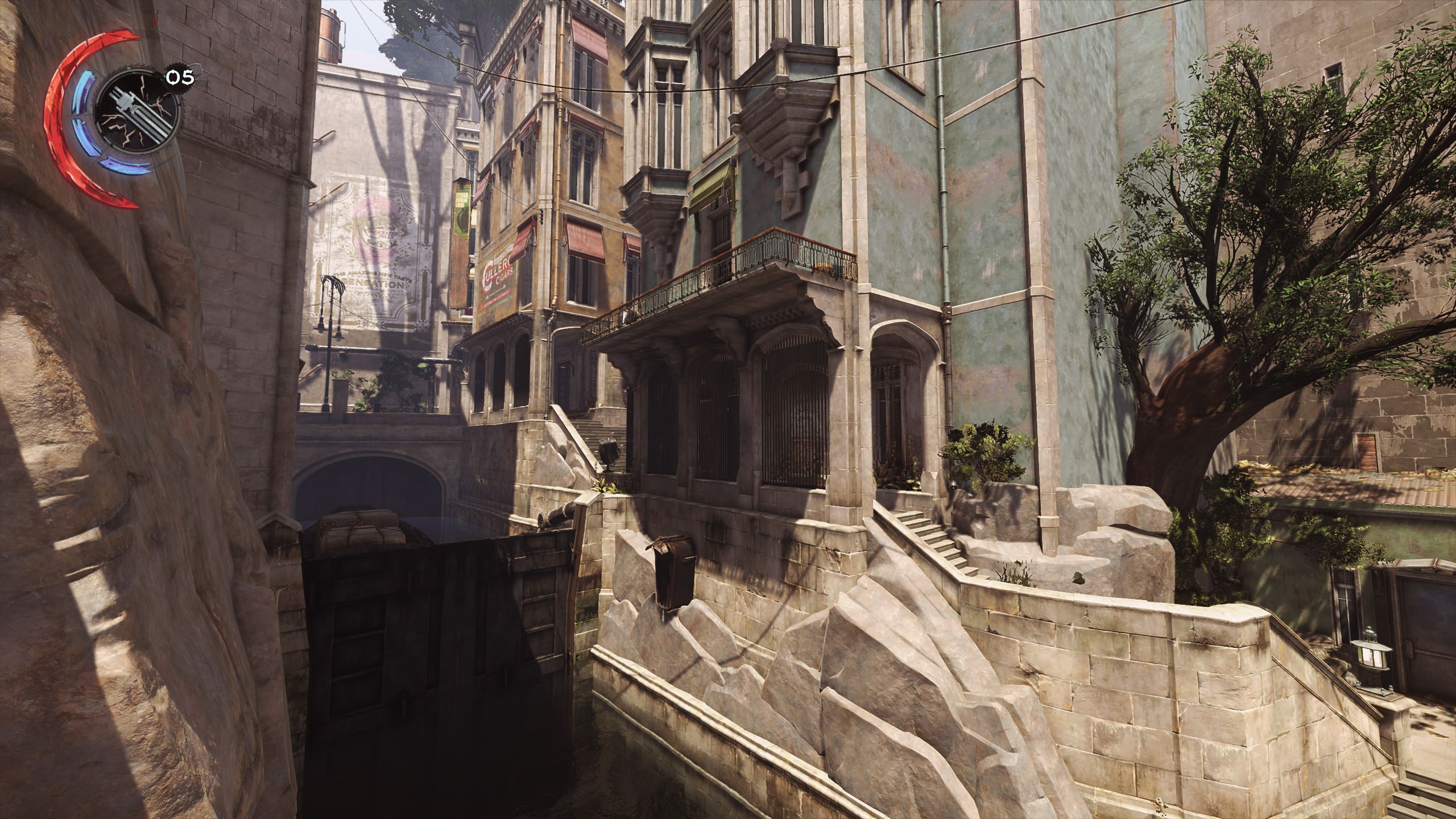

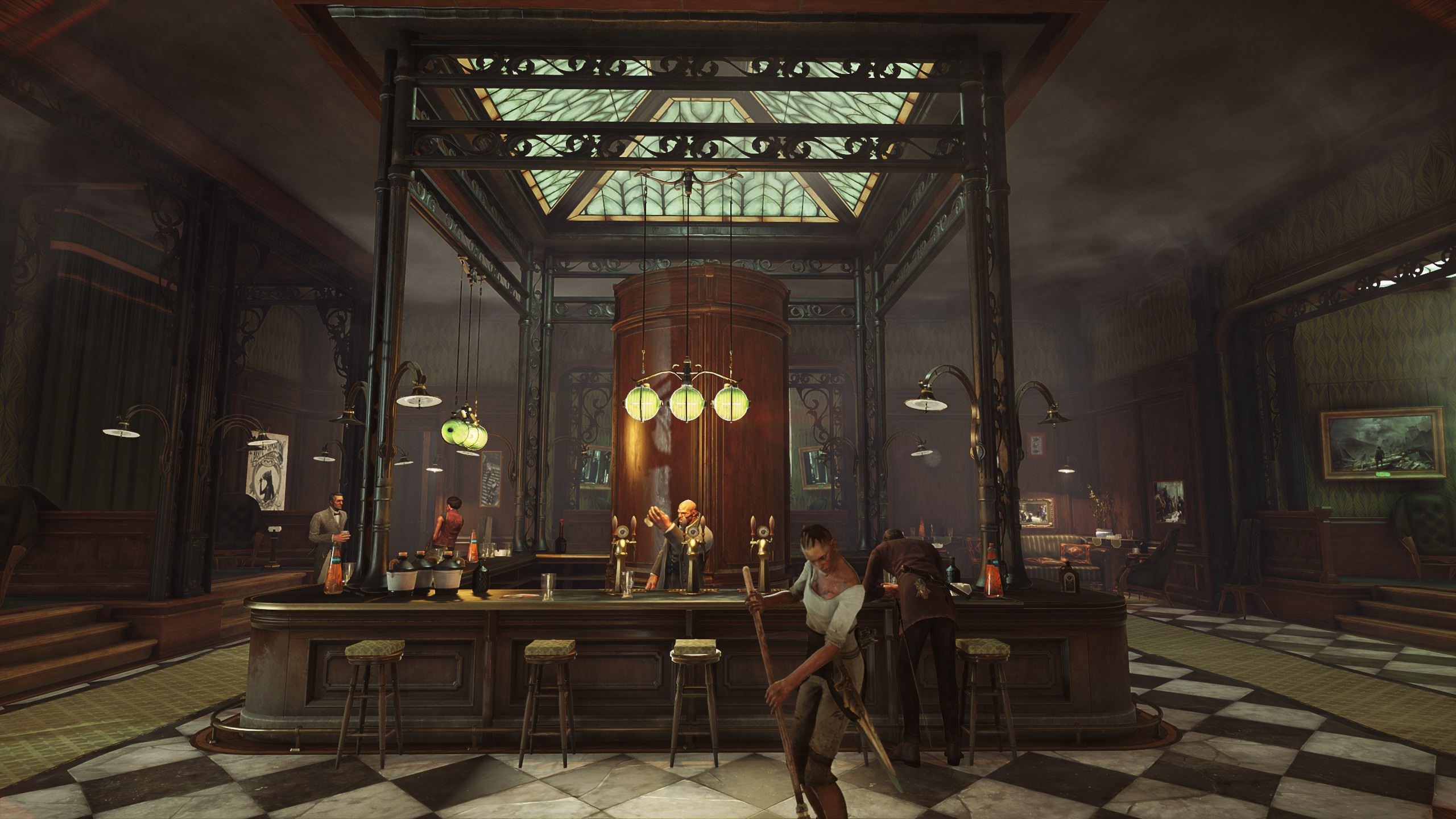
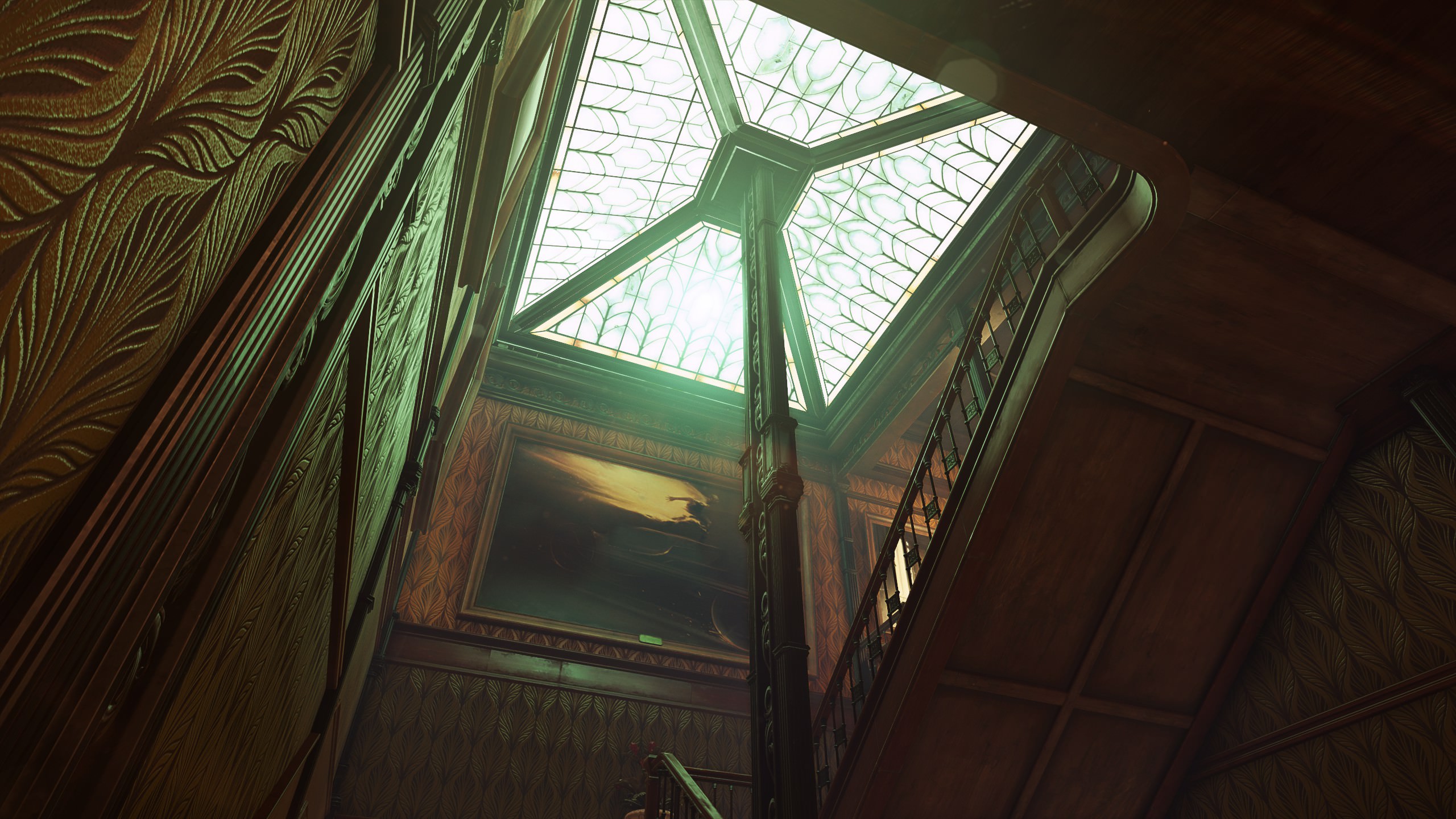

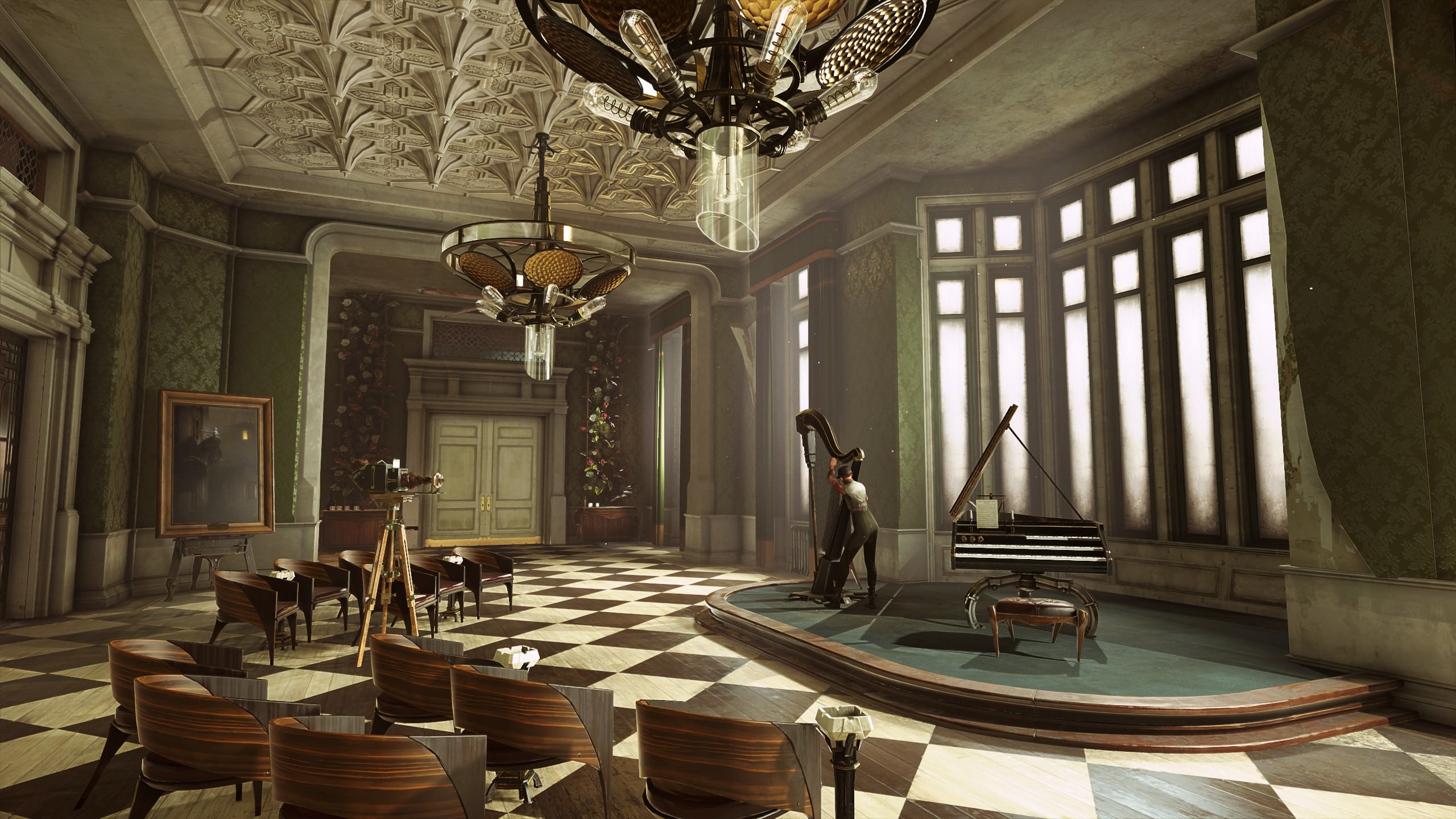
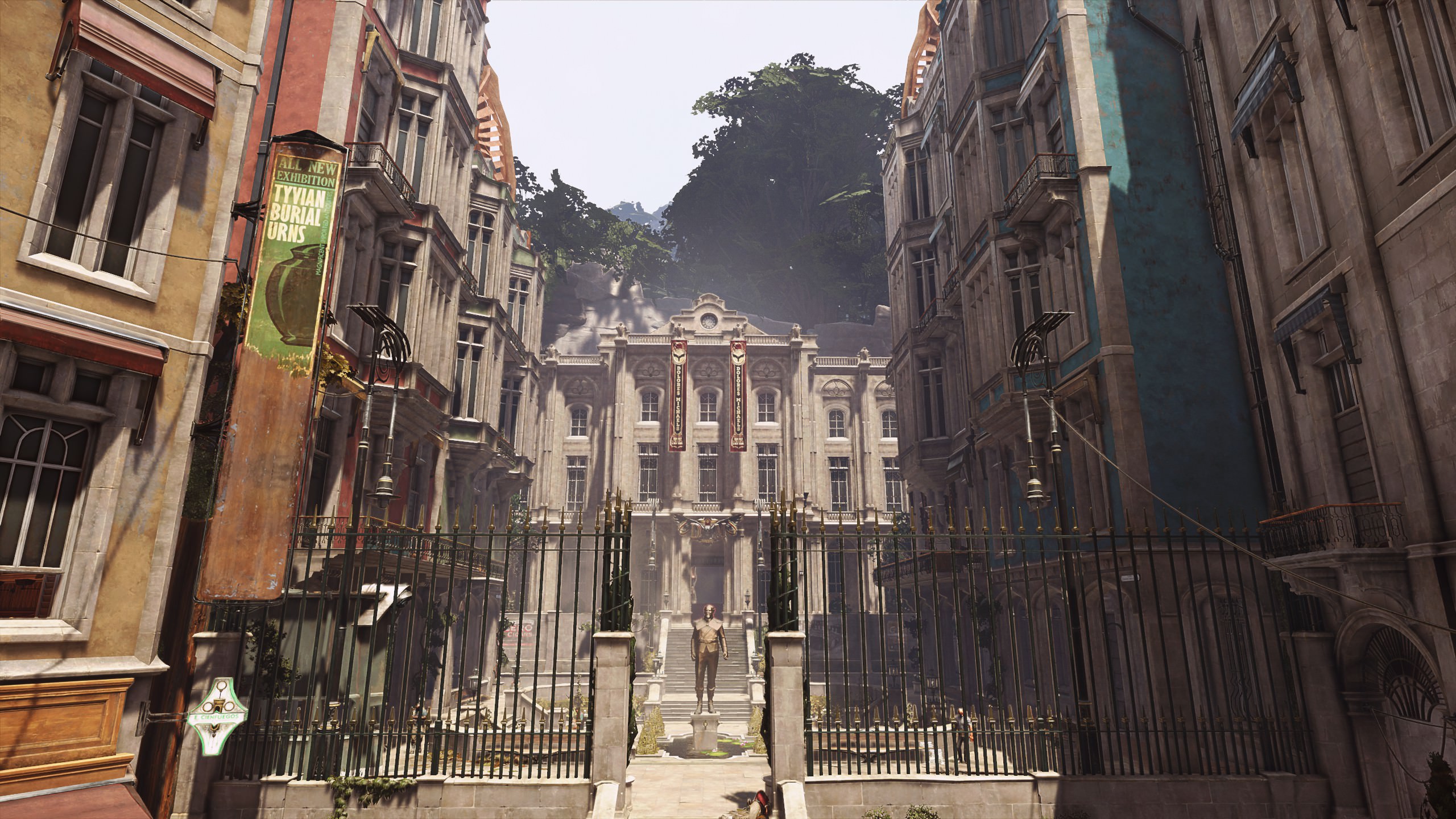
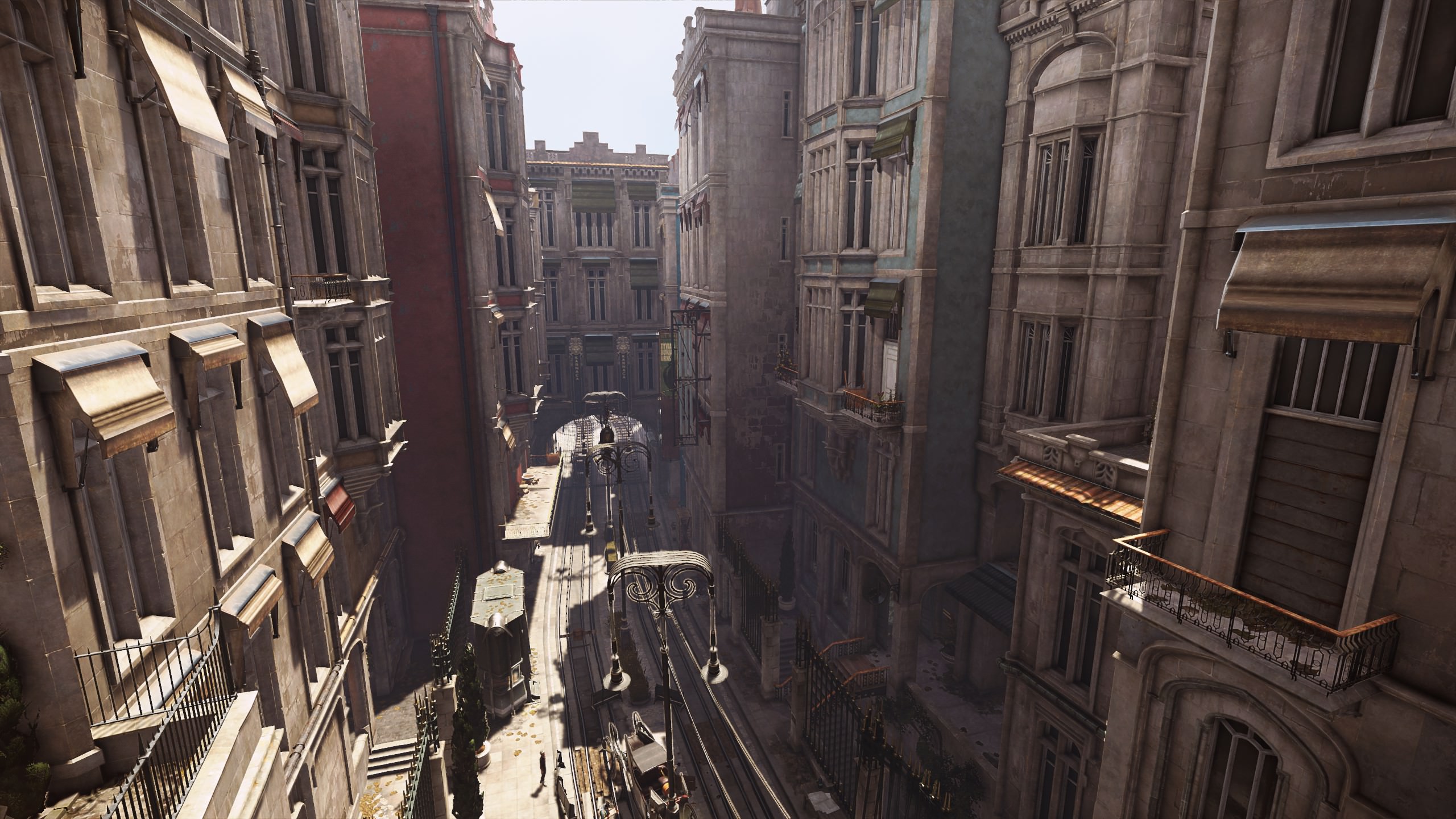

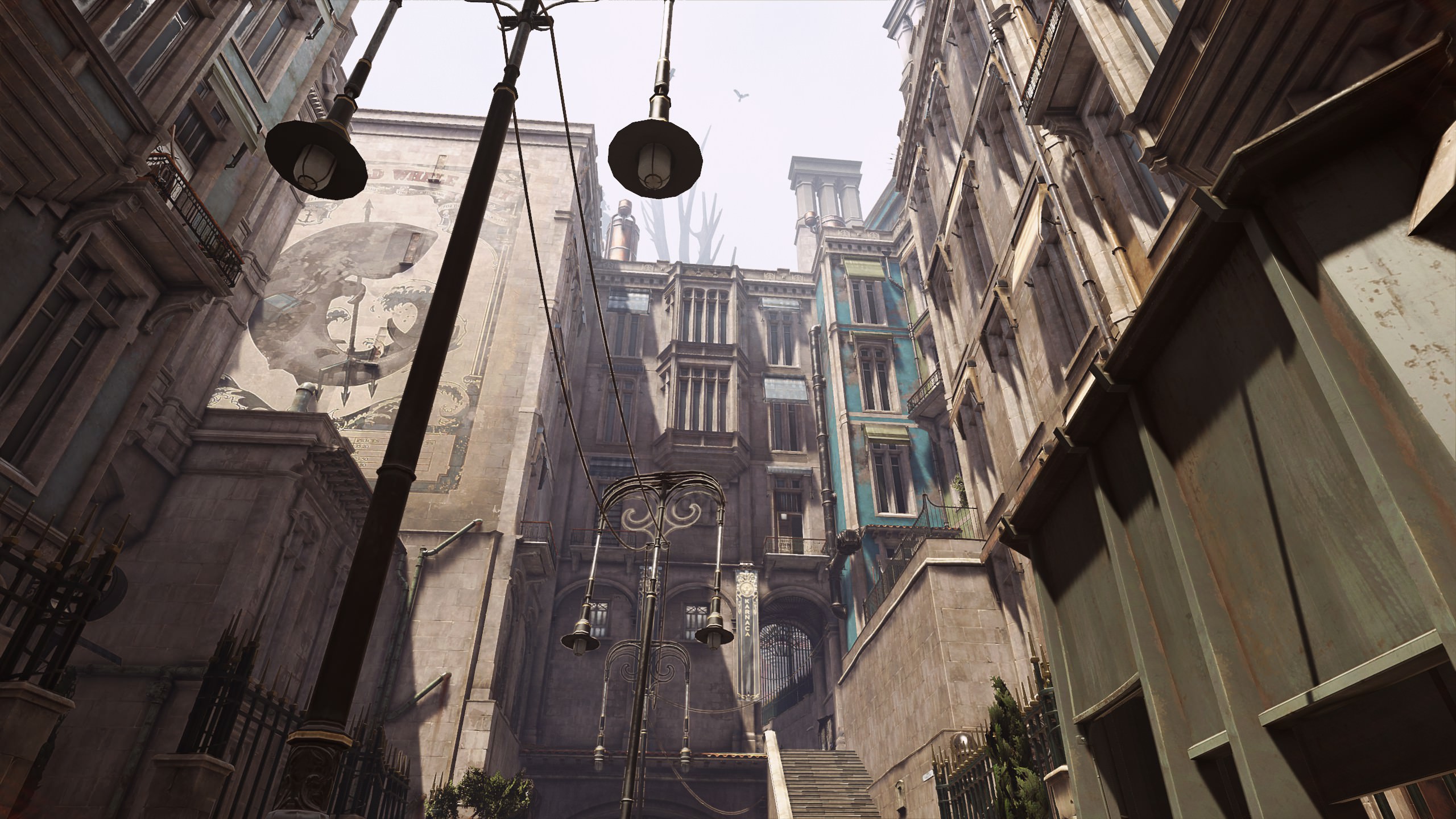
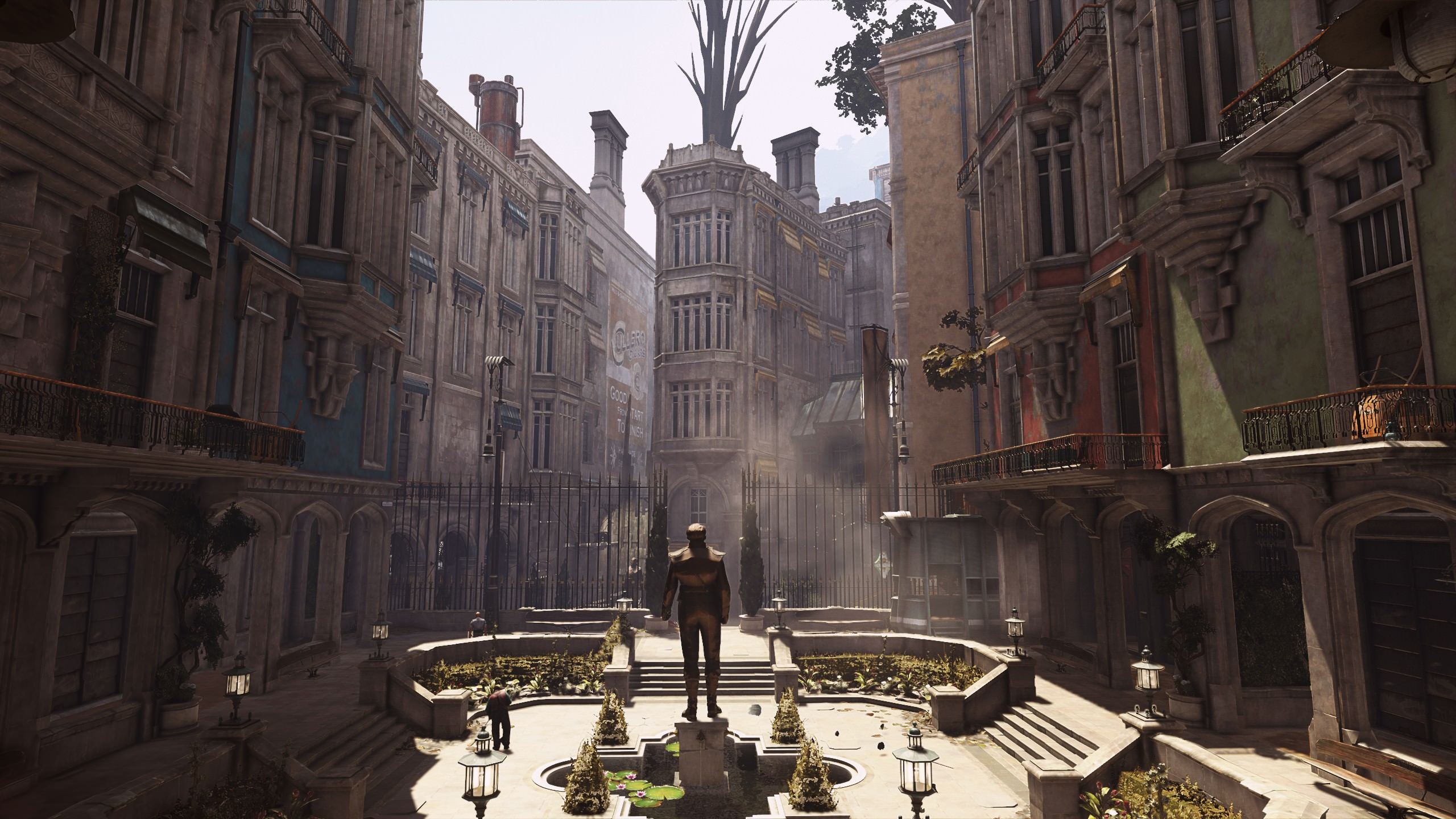

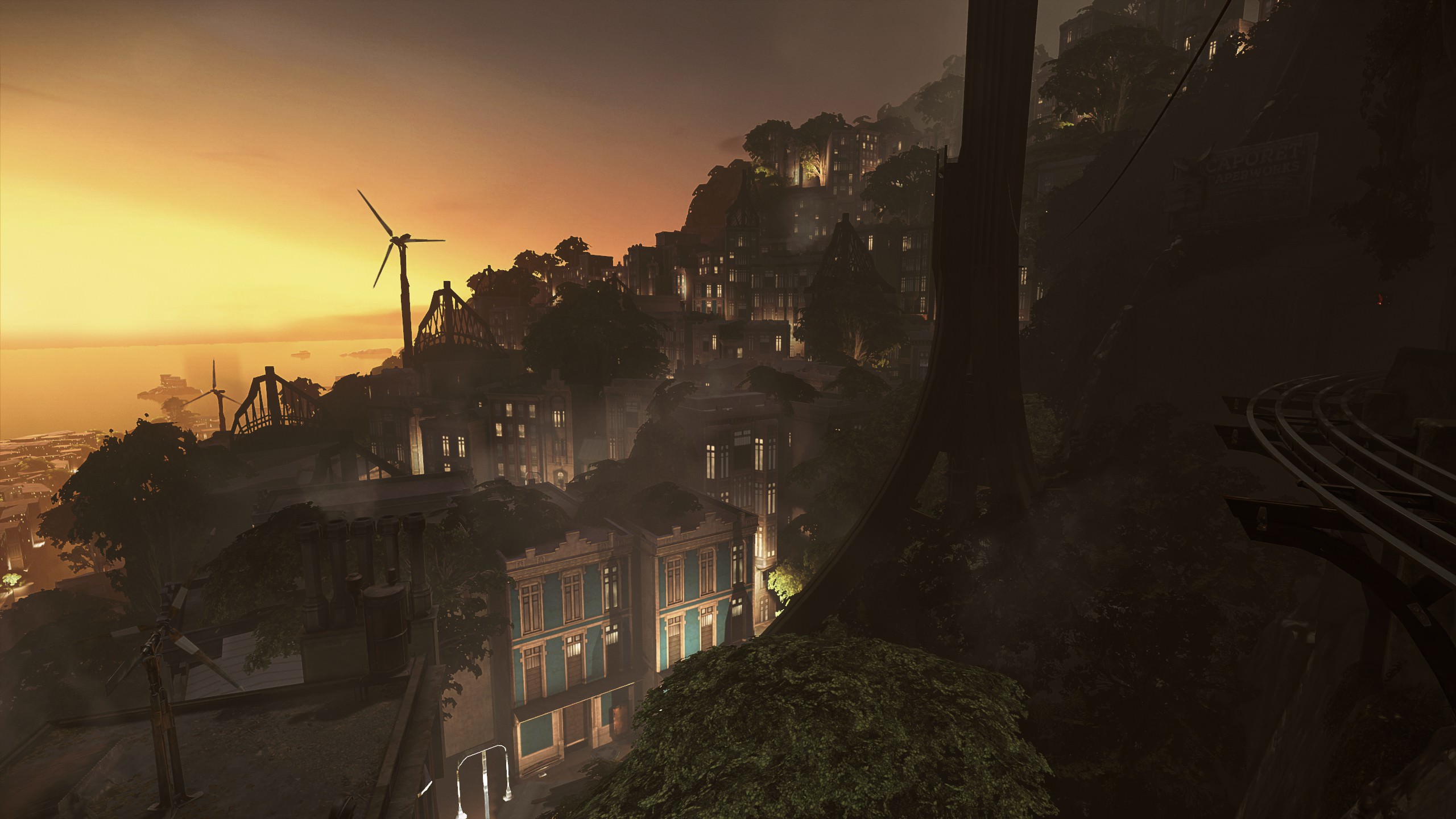

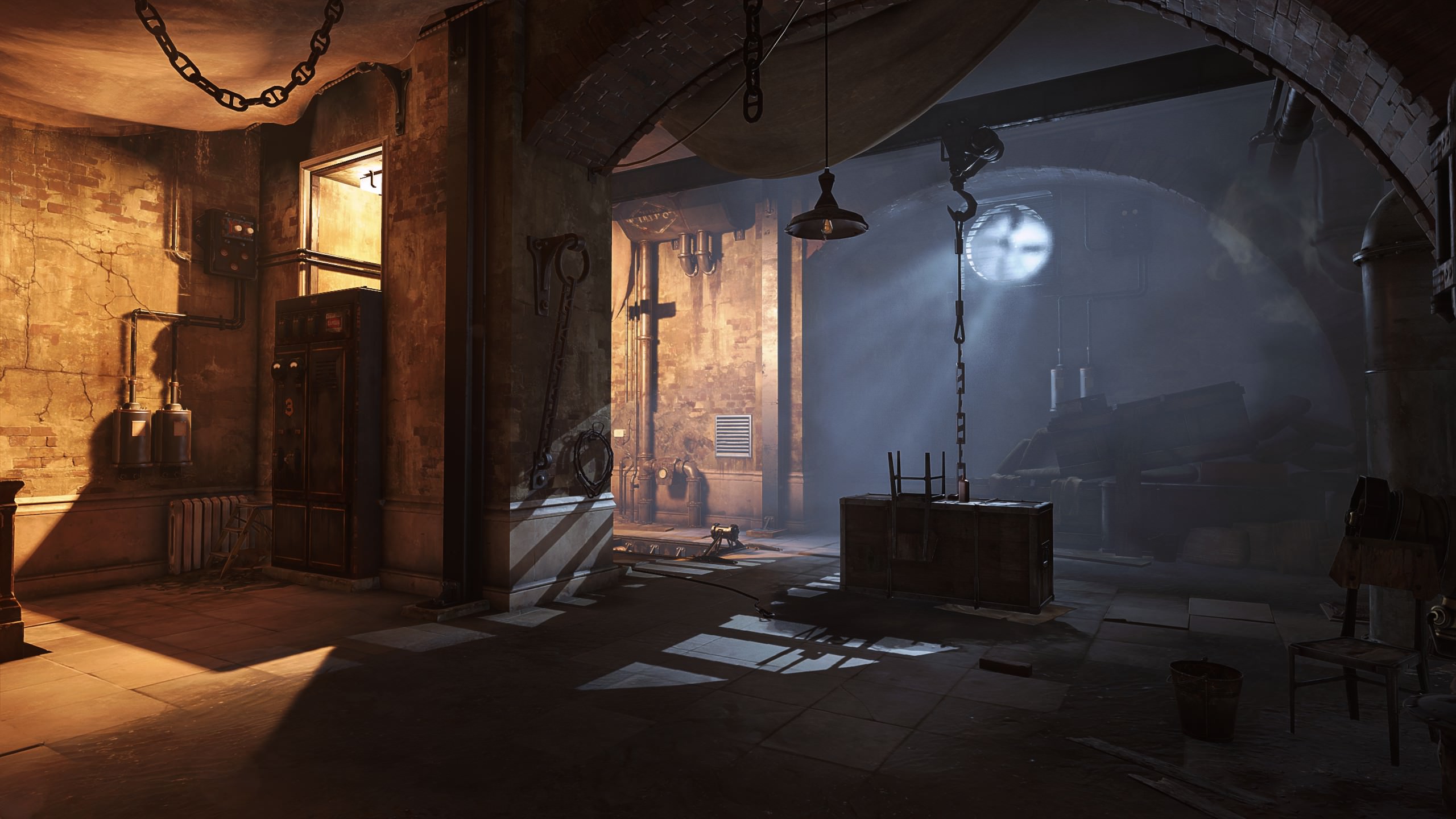
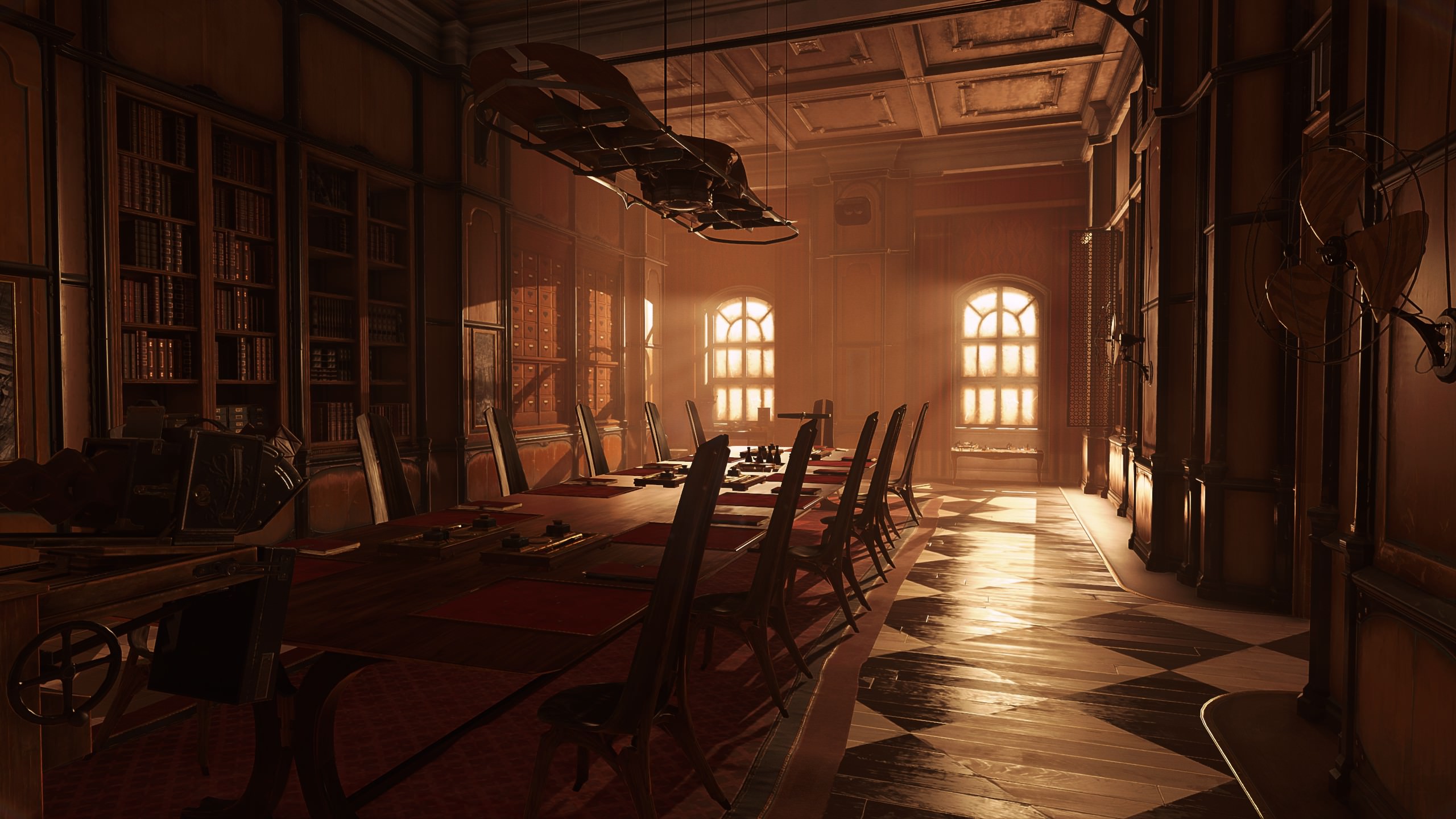
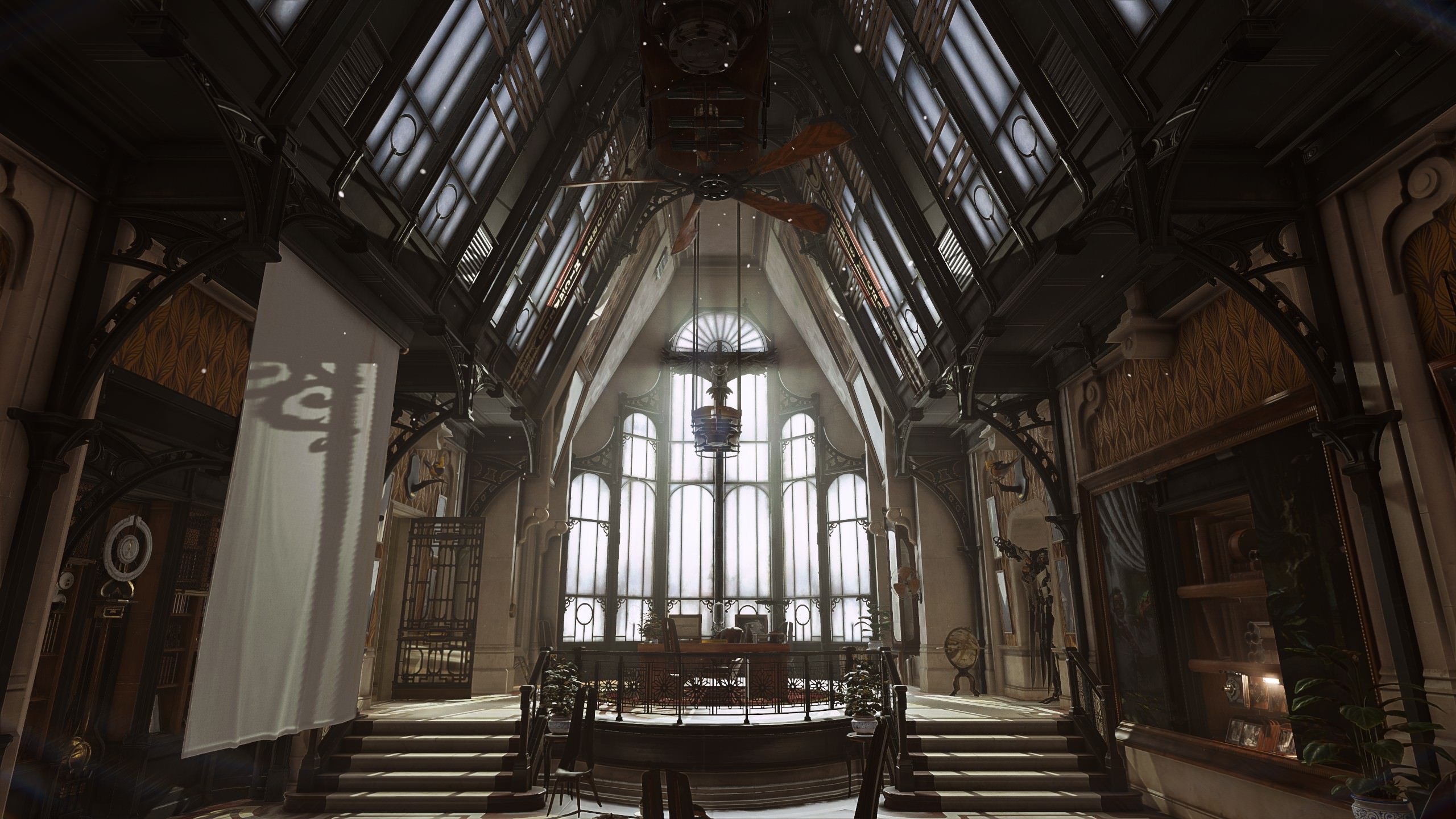


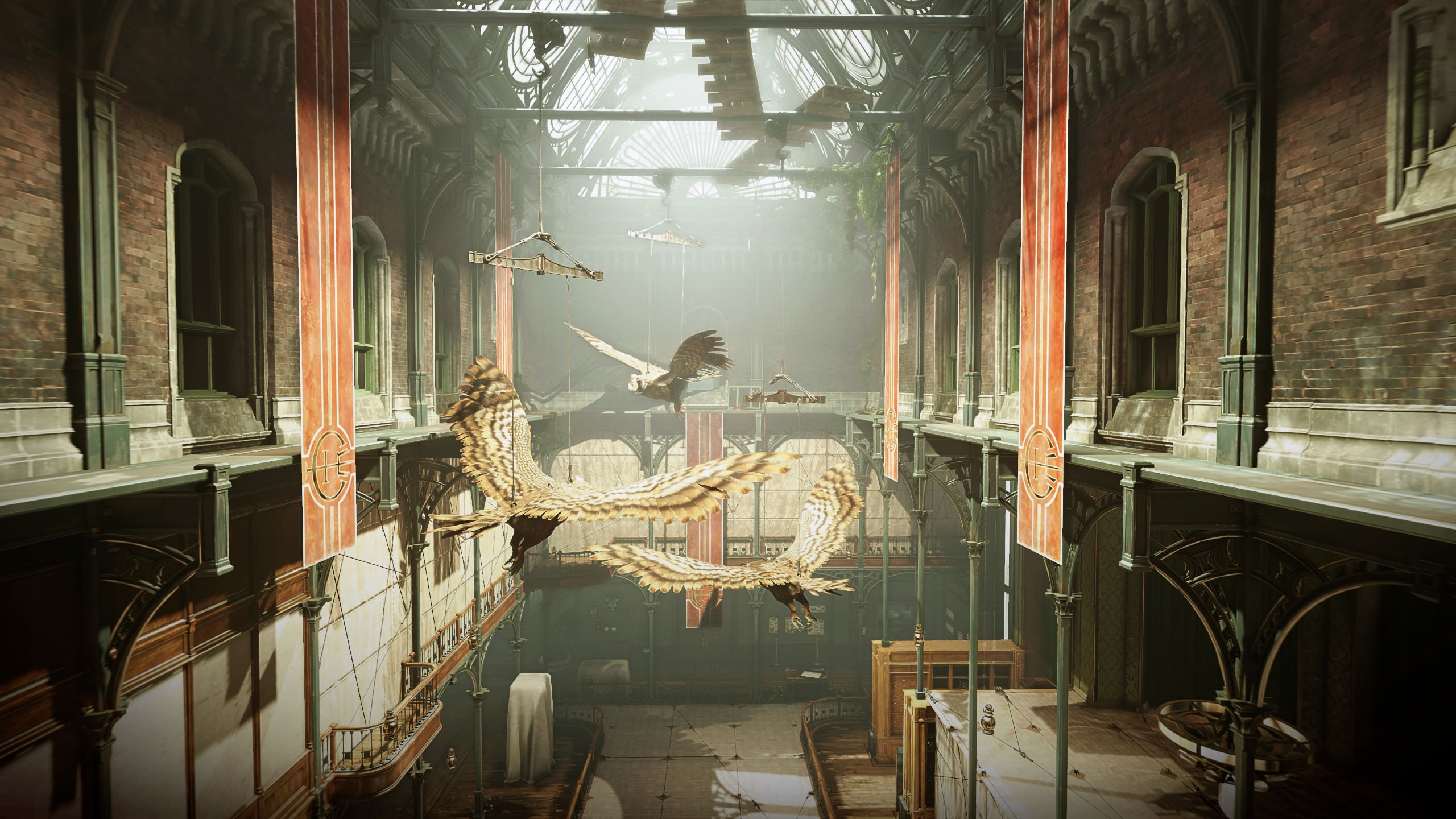
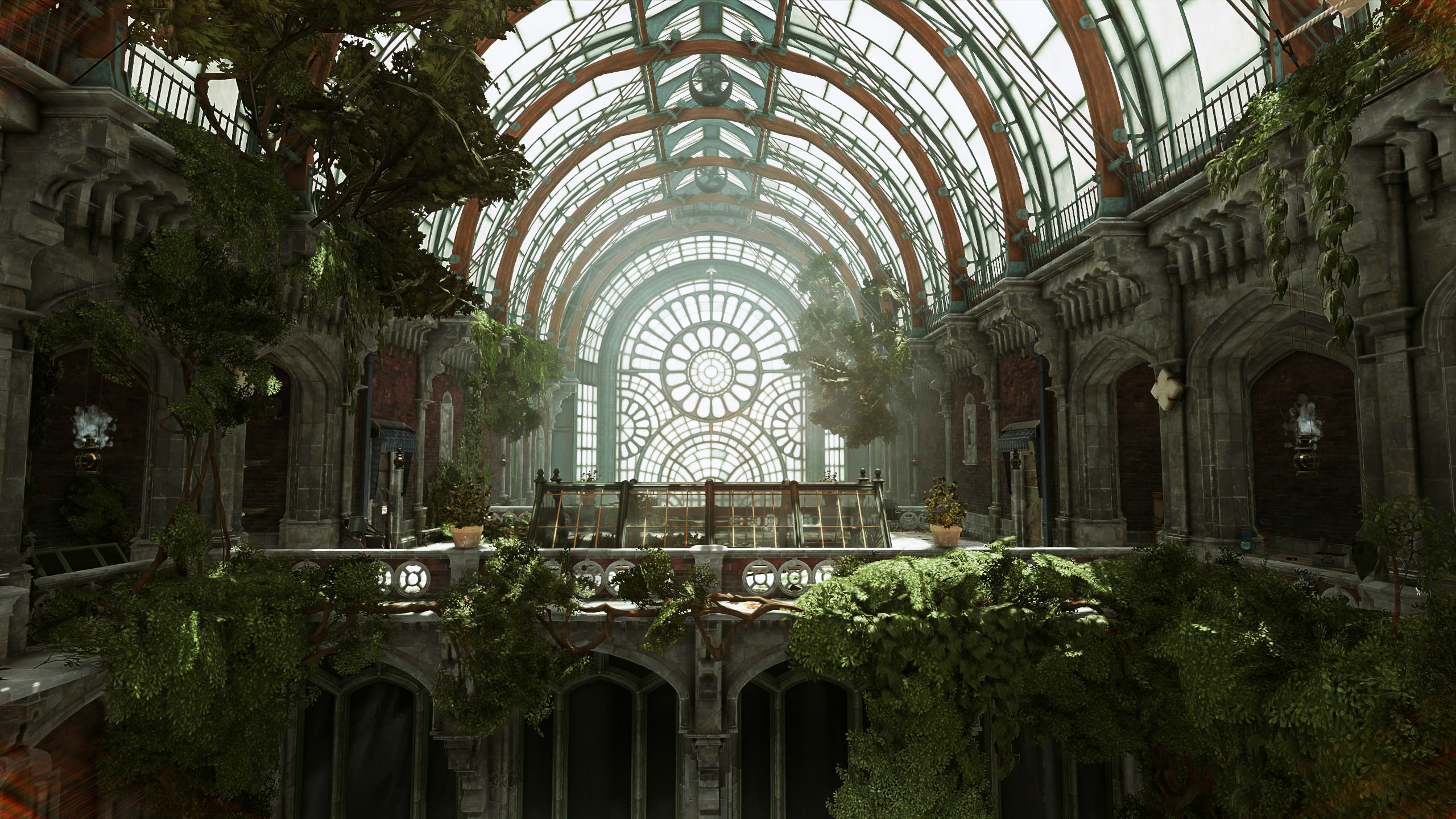
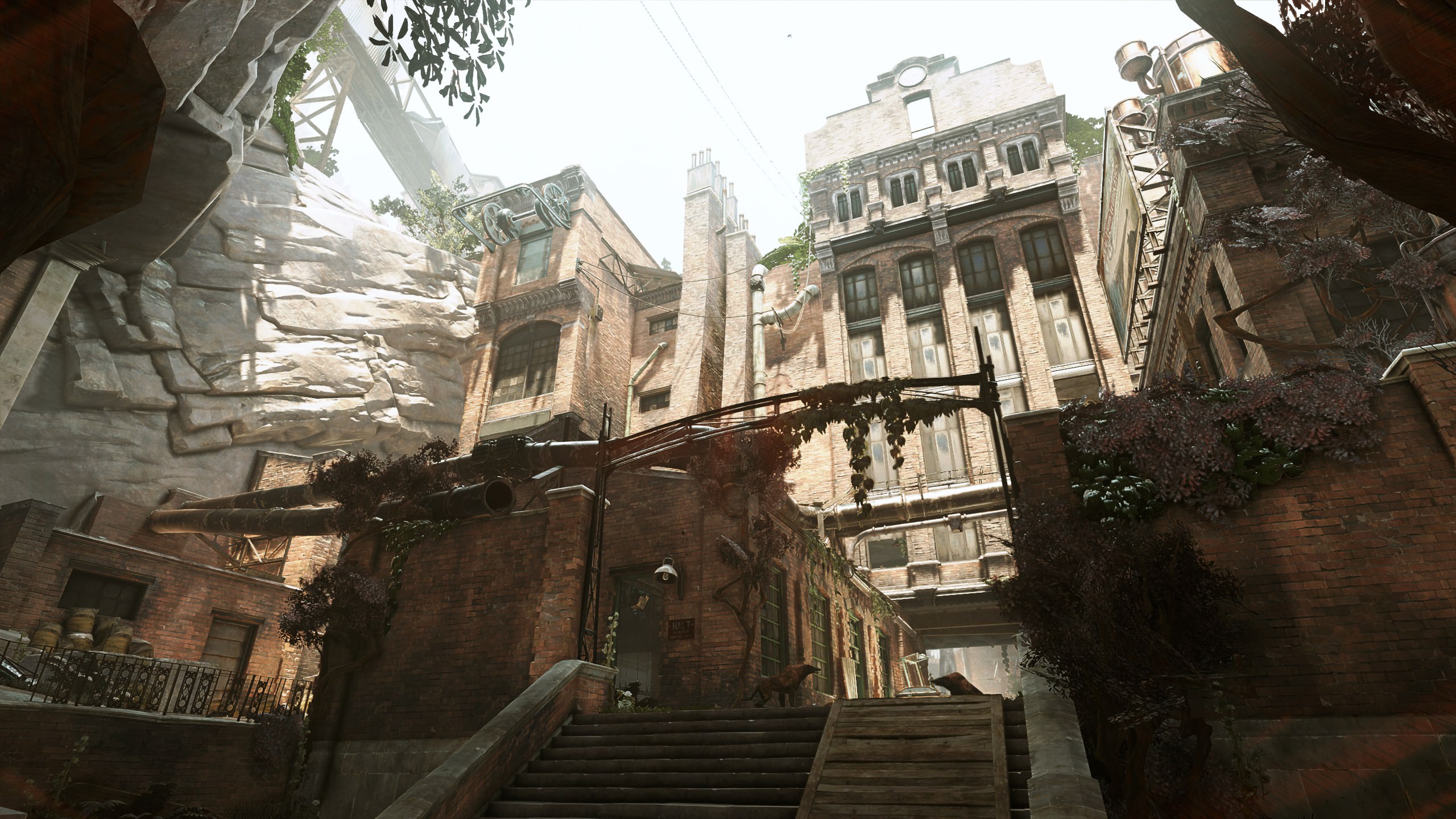
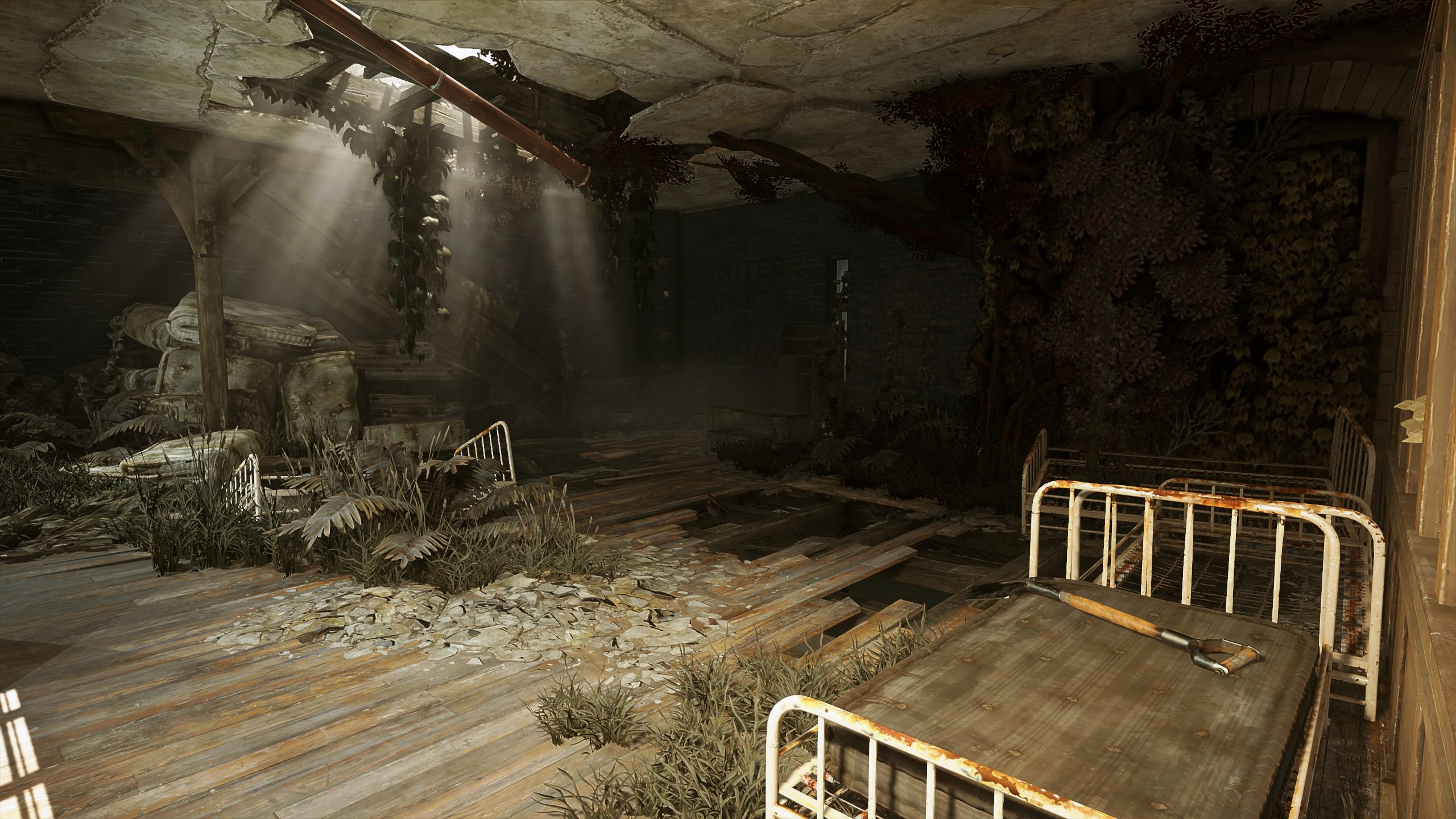
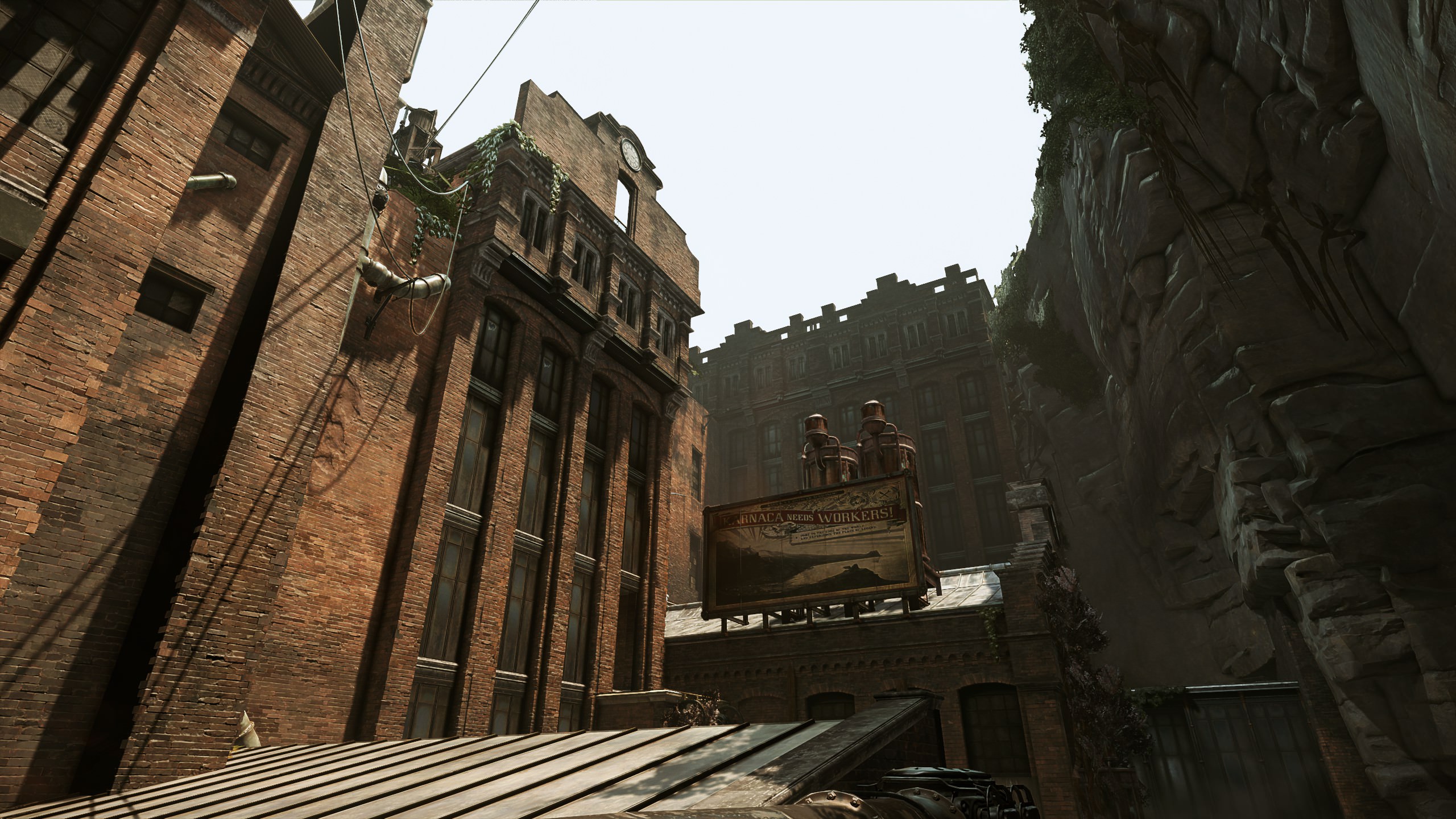
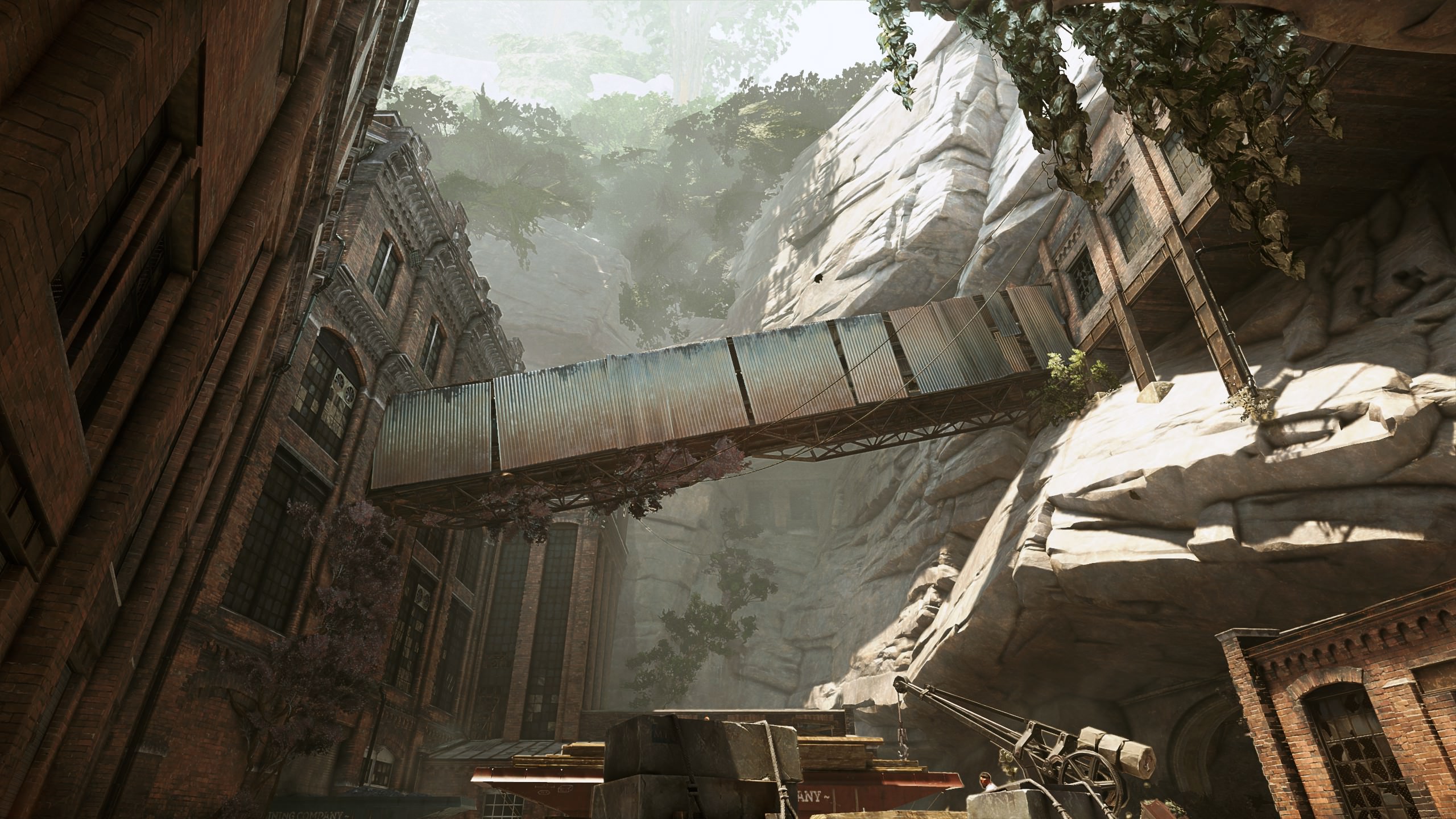
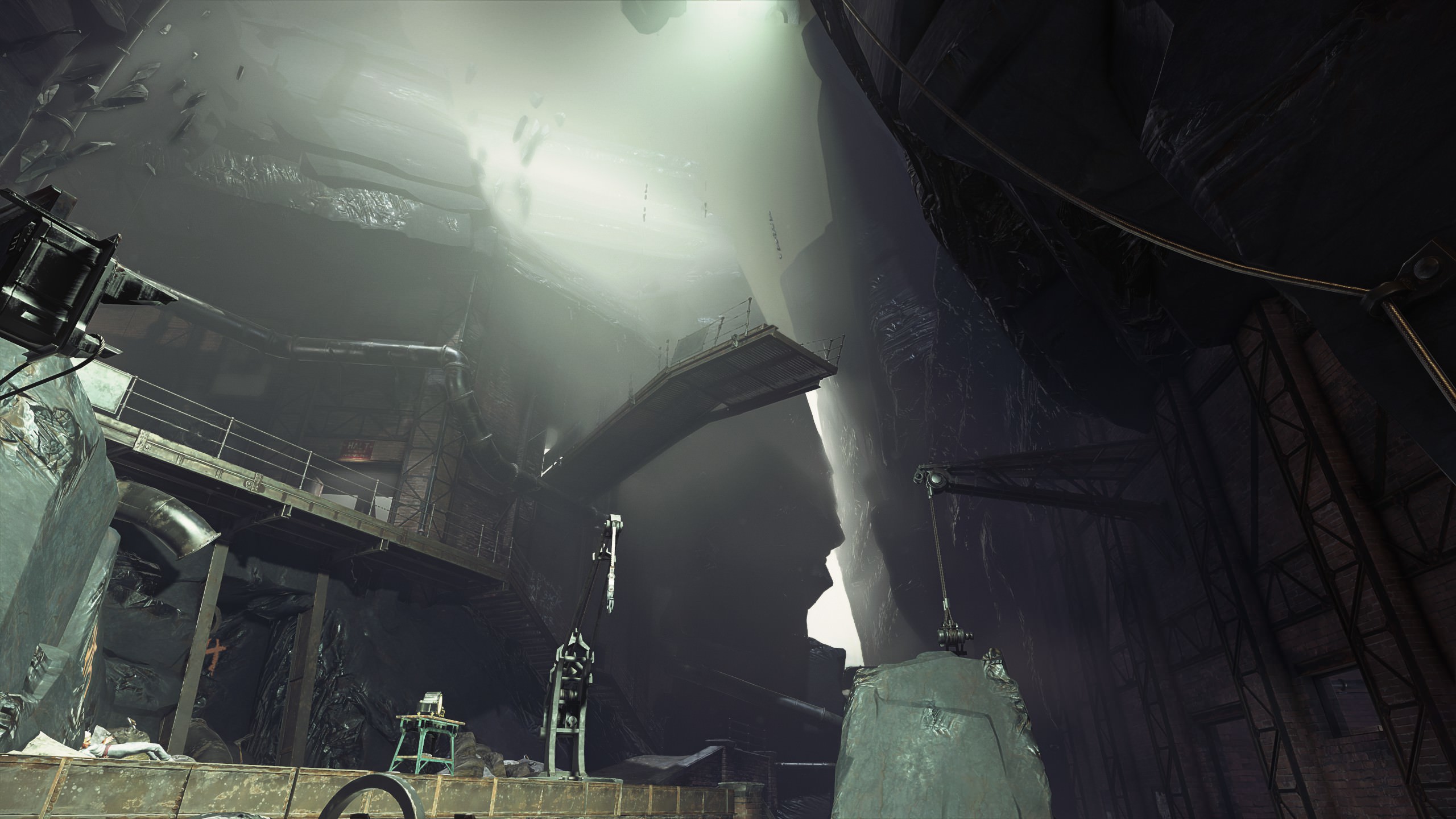
Deus Ex: Mankind Divided
Deus Ex: Mankind Divided is a dystopian cyberpunk game that delivers the visual bliss that its predecessors wished they could, taking advantage of superior graphics technology and hardware and combining improved art design. The world does such a good job conveying the underlying themes behind the story.
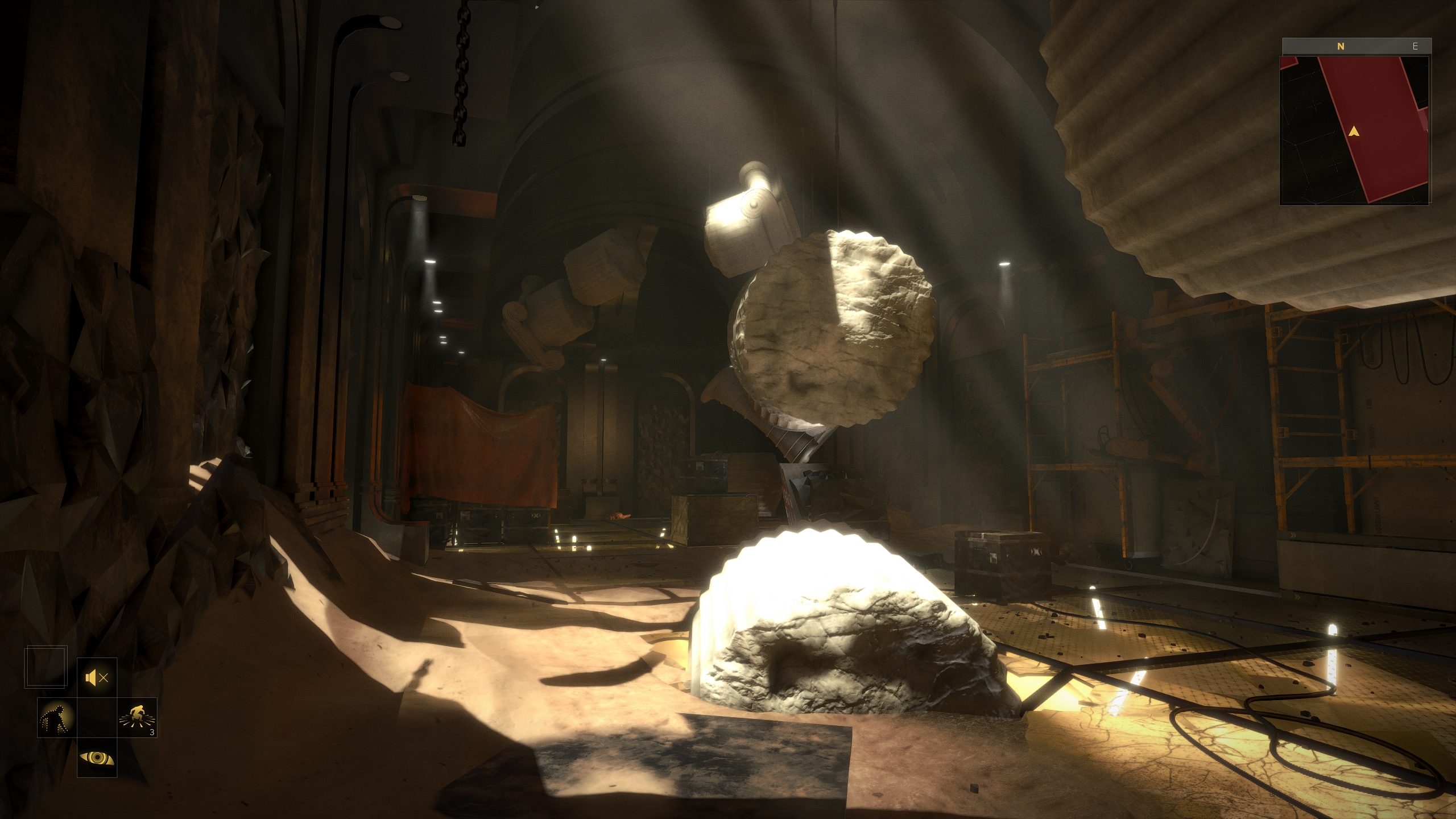
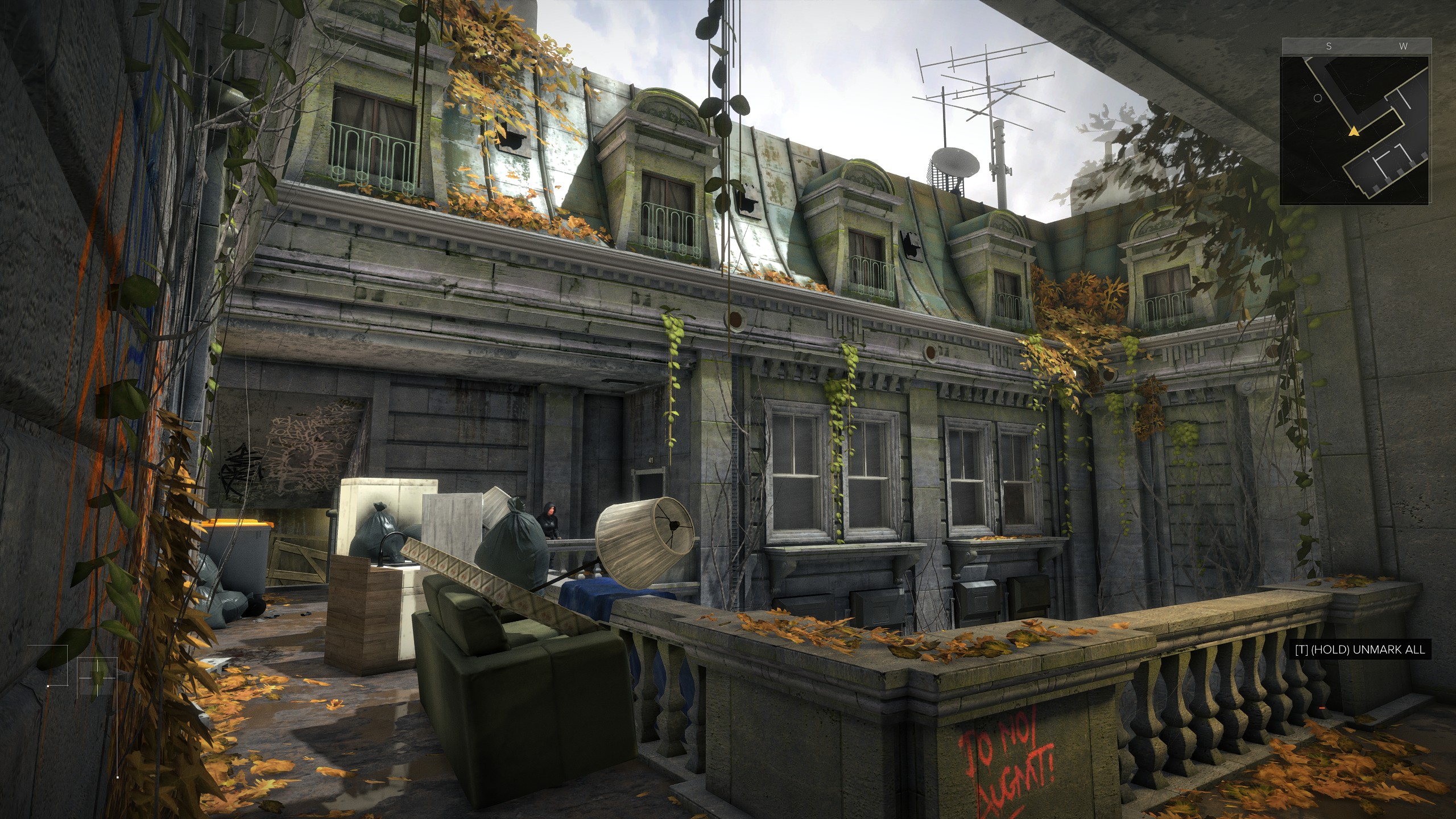
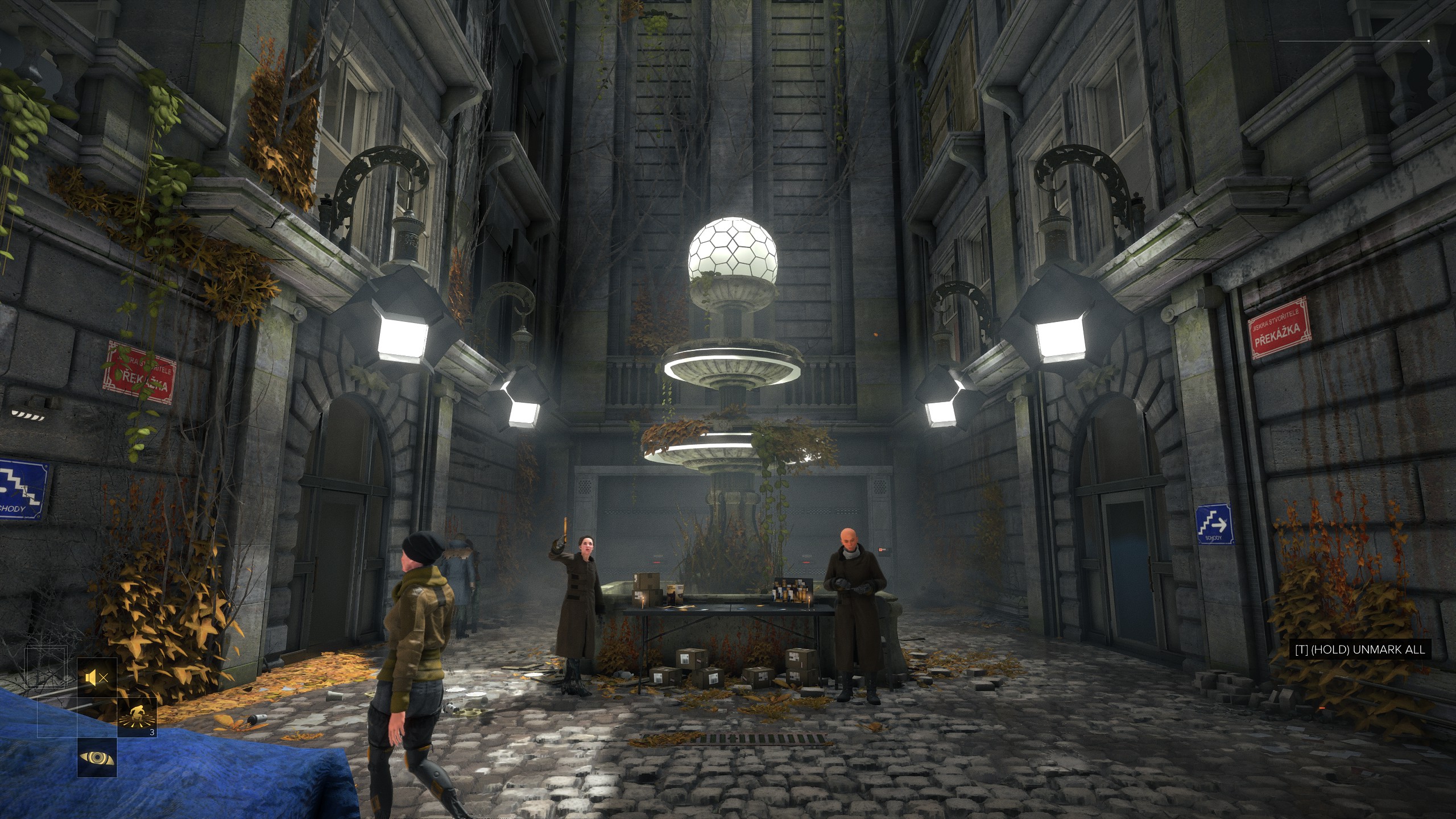
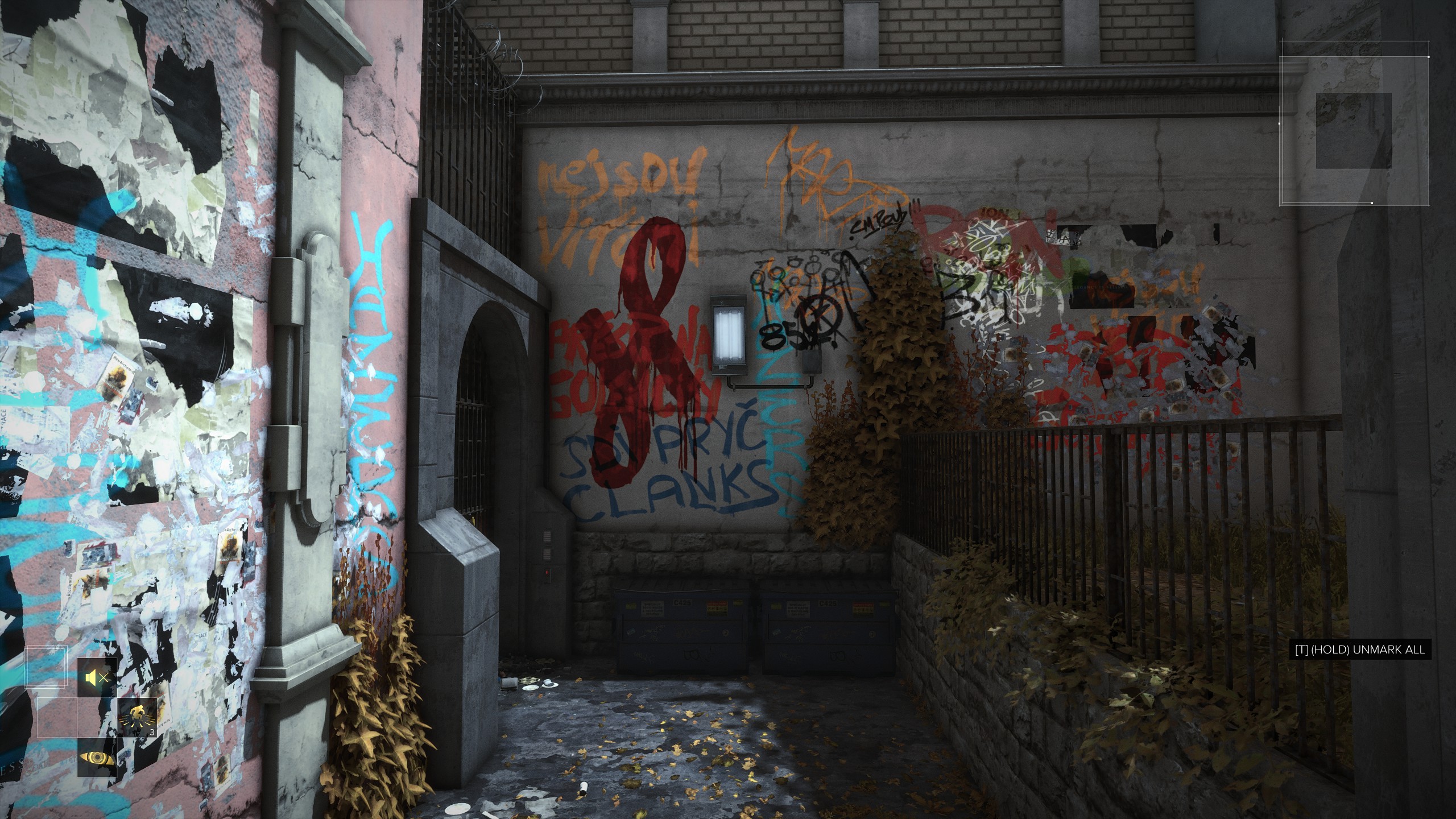
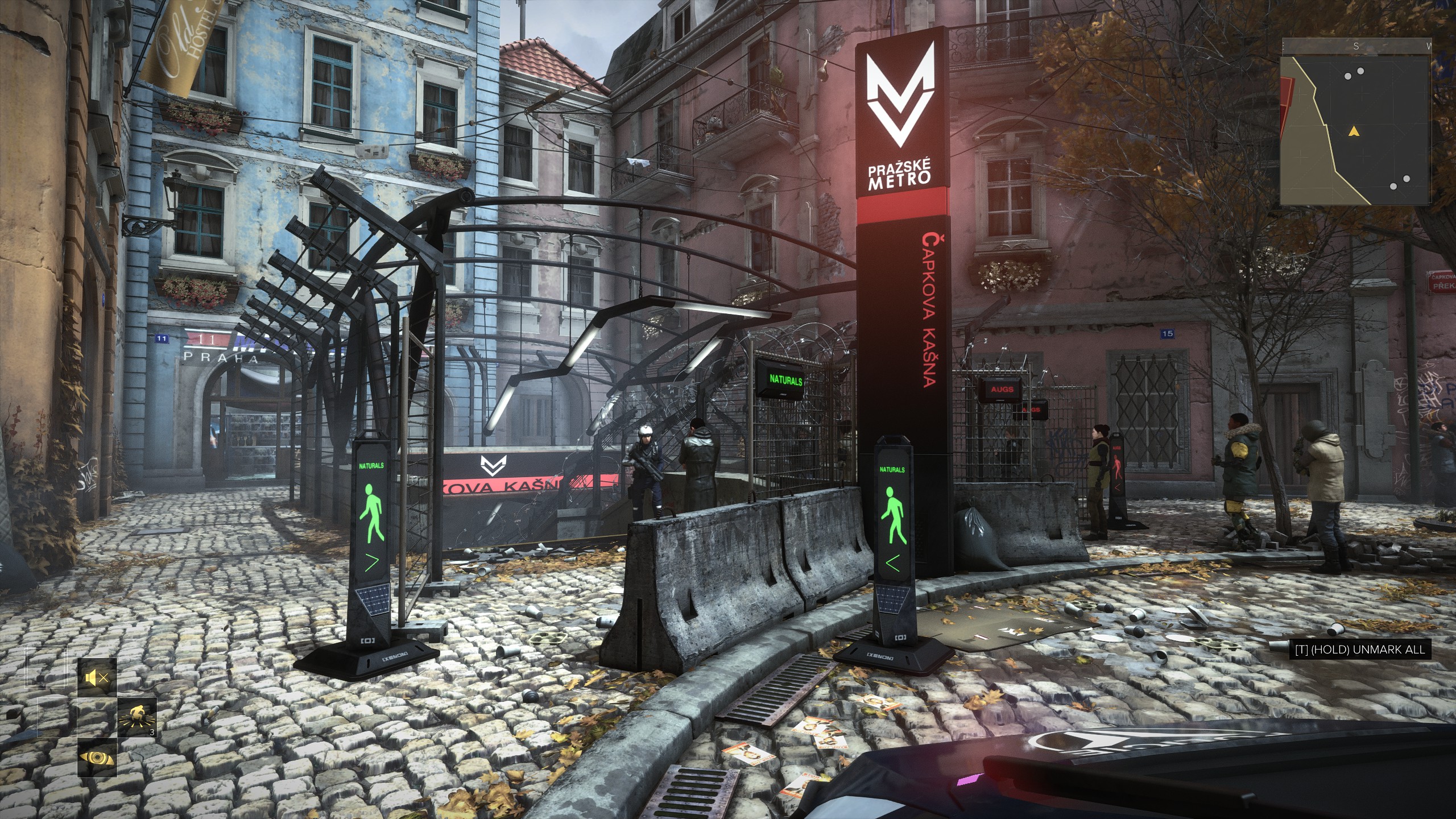
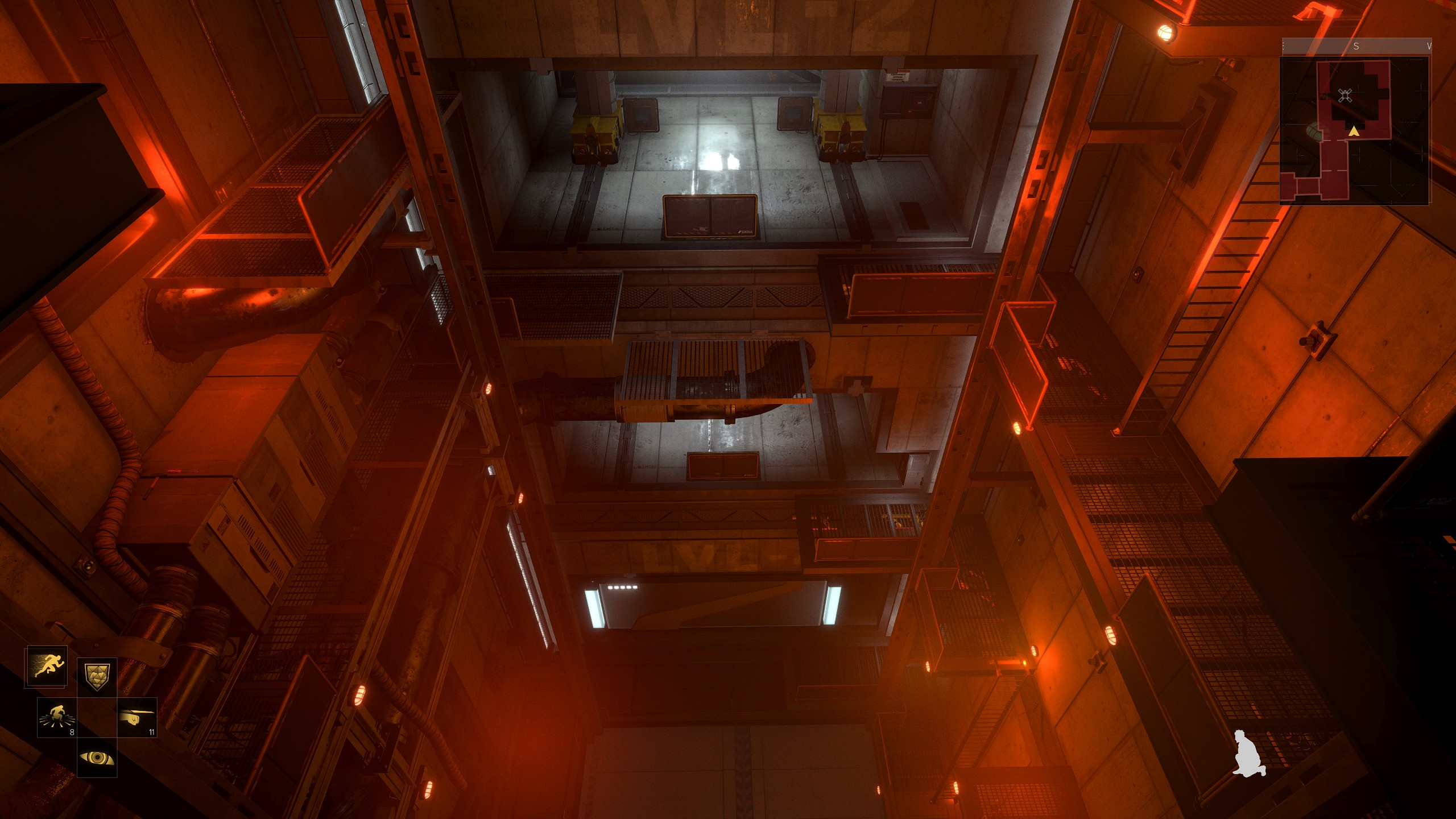
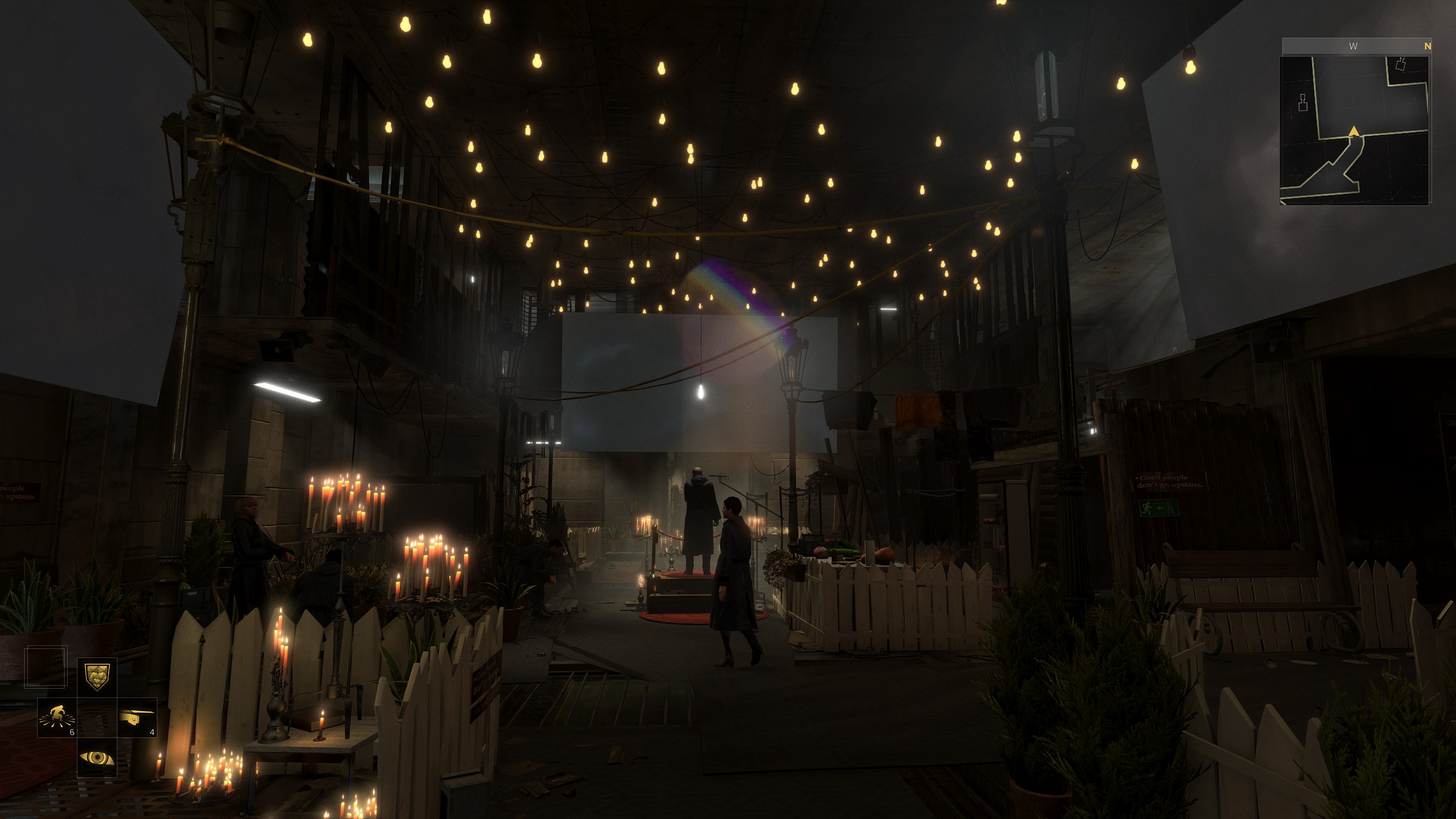
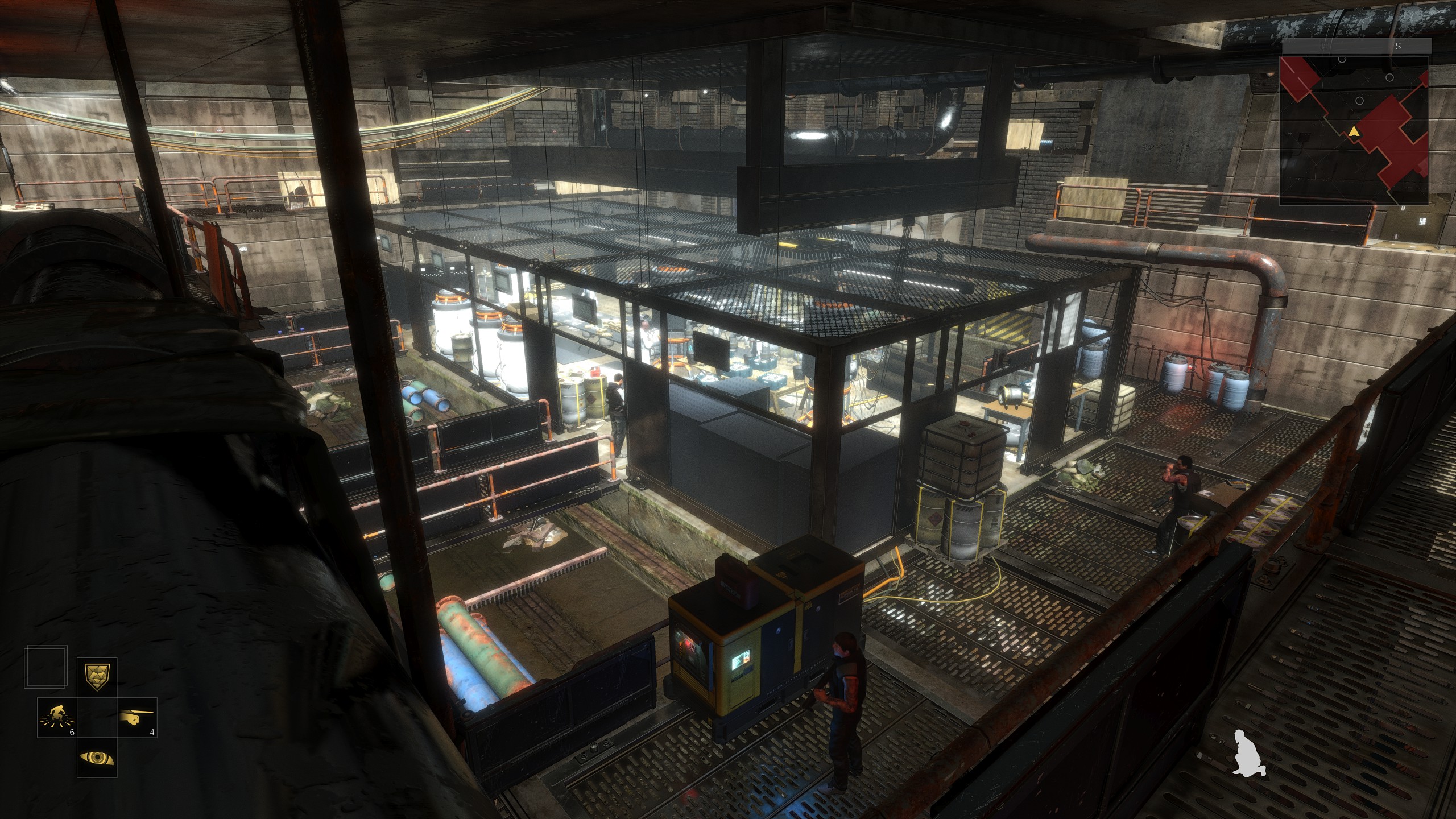
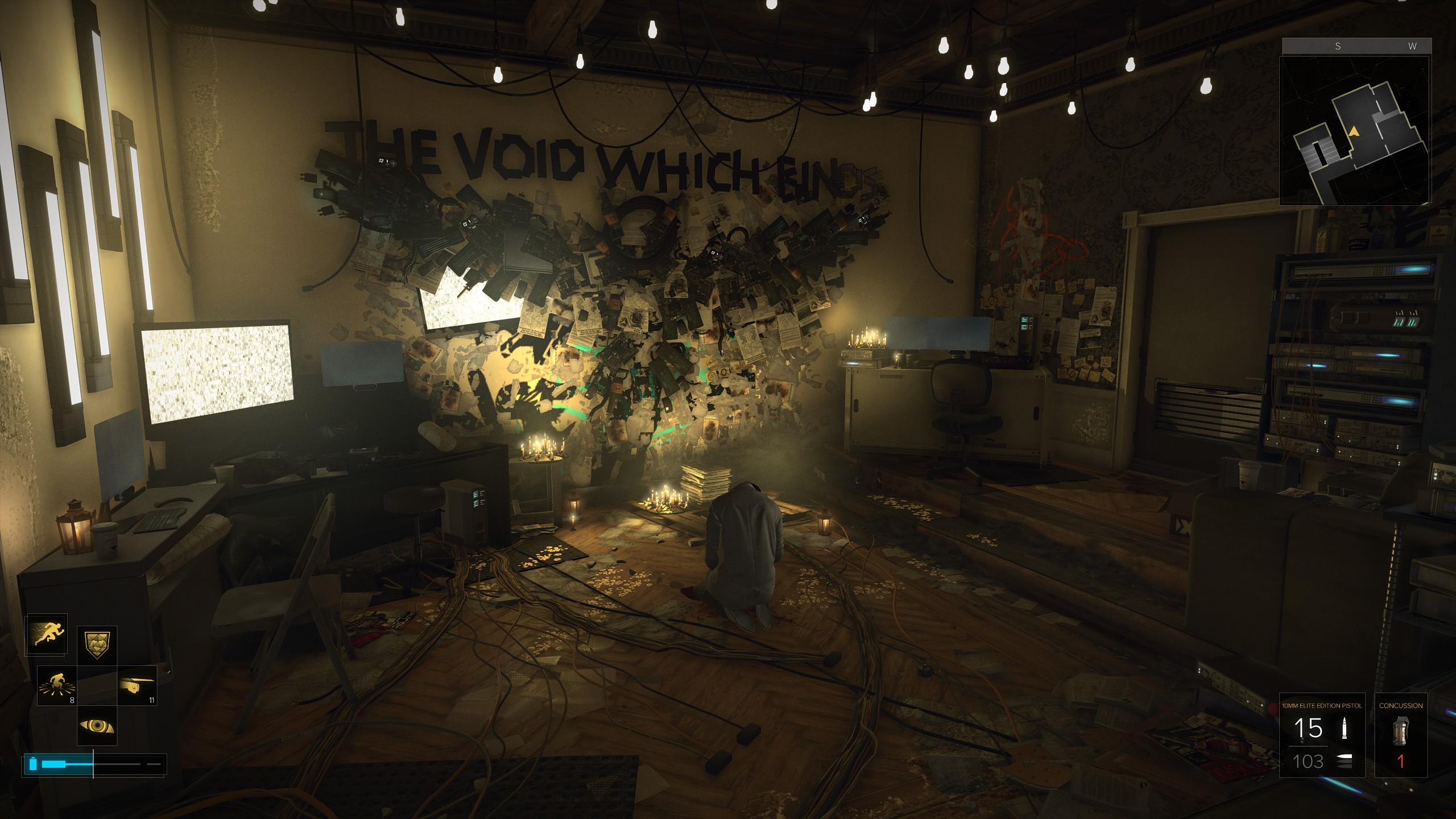
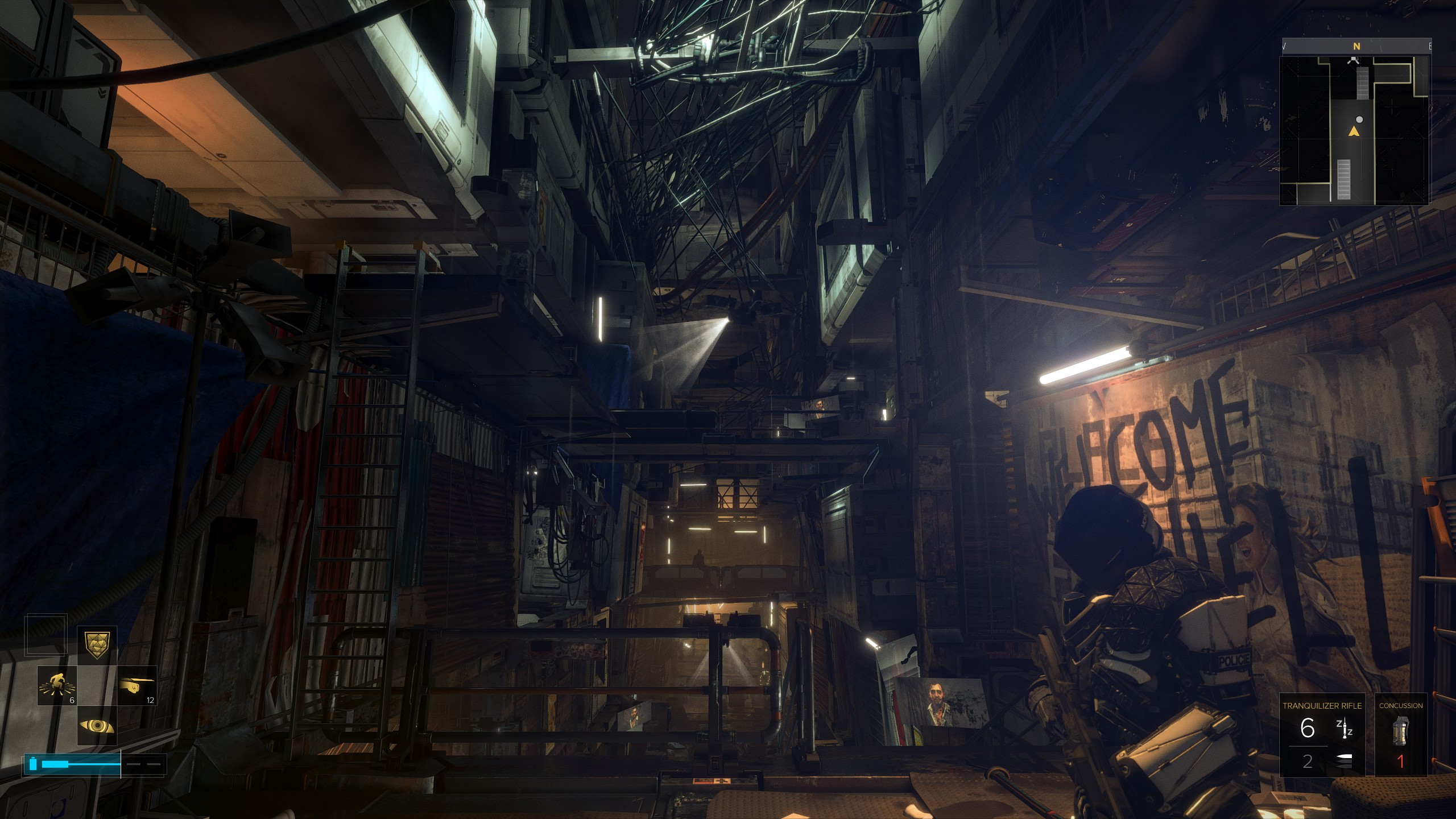
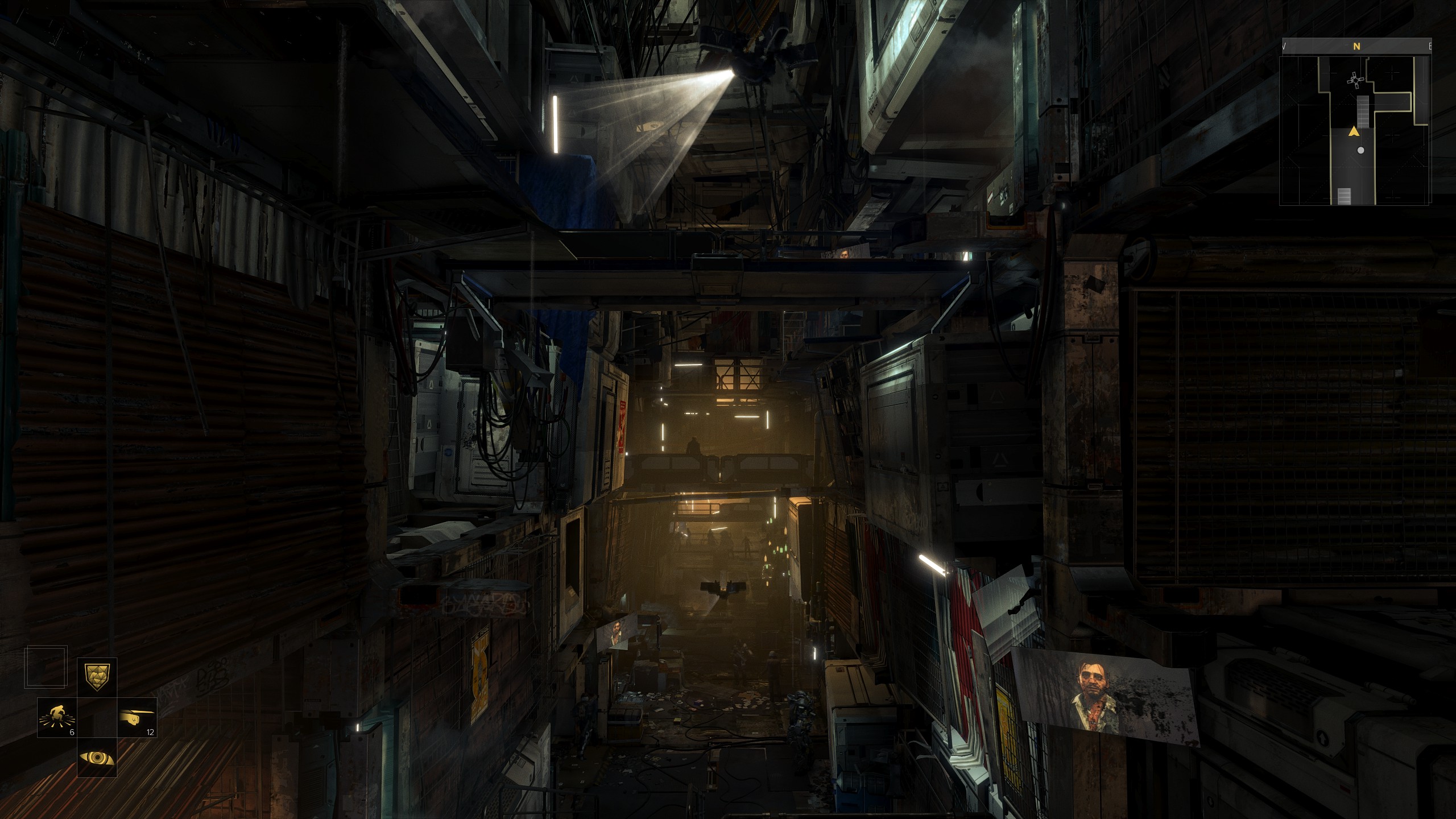
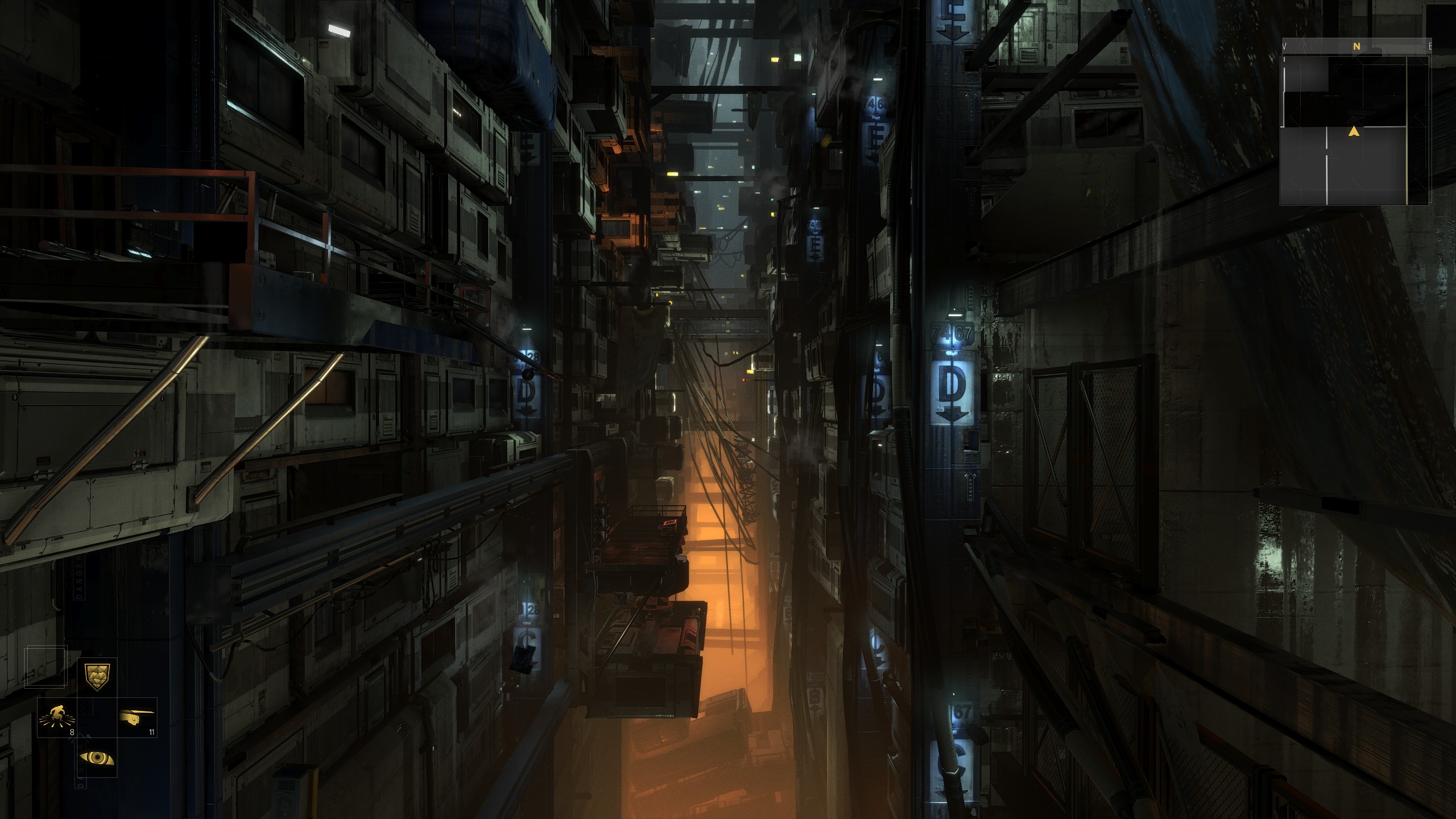
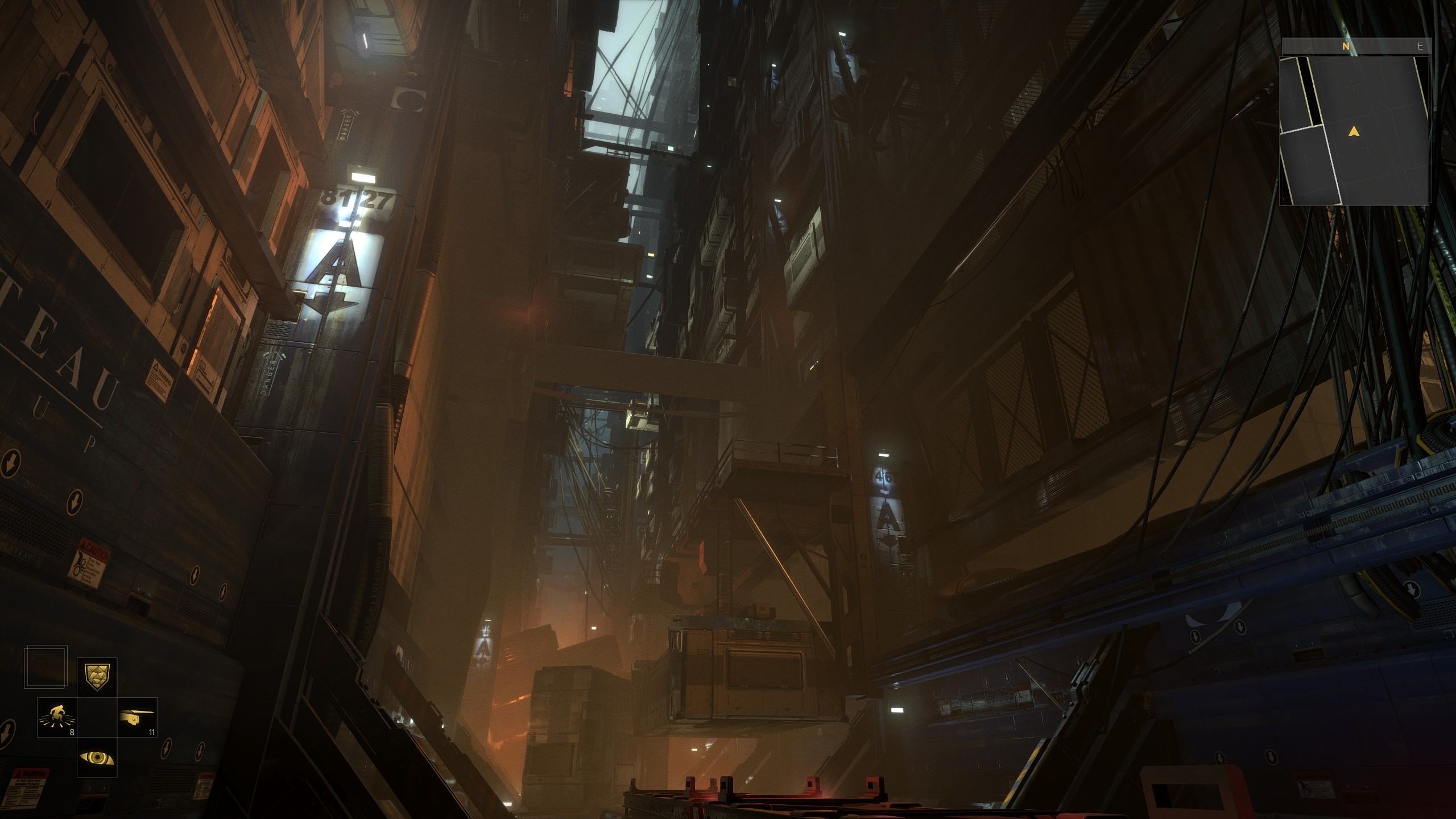

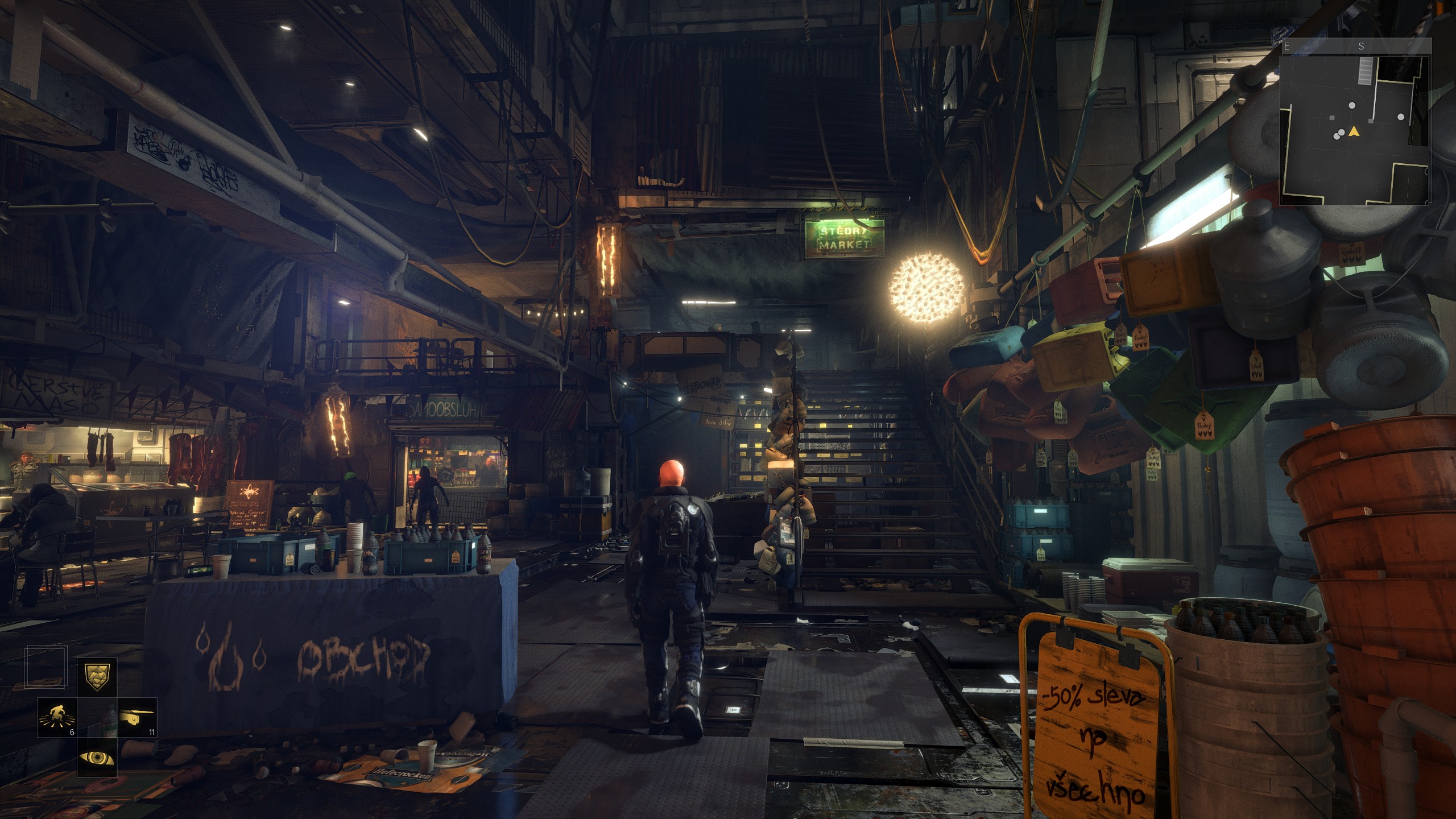
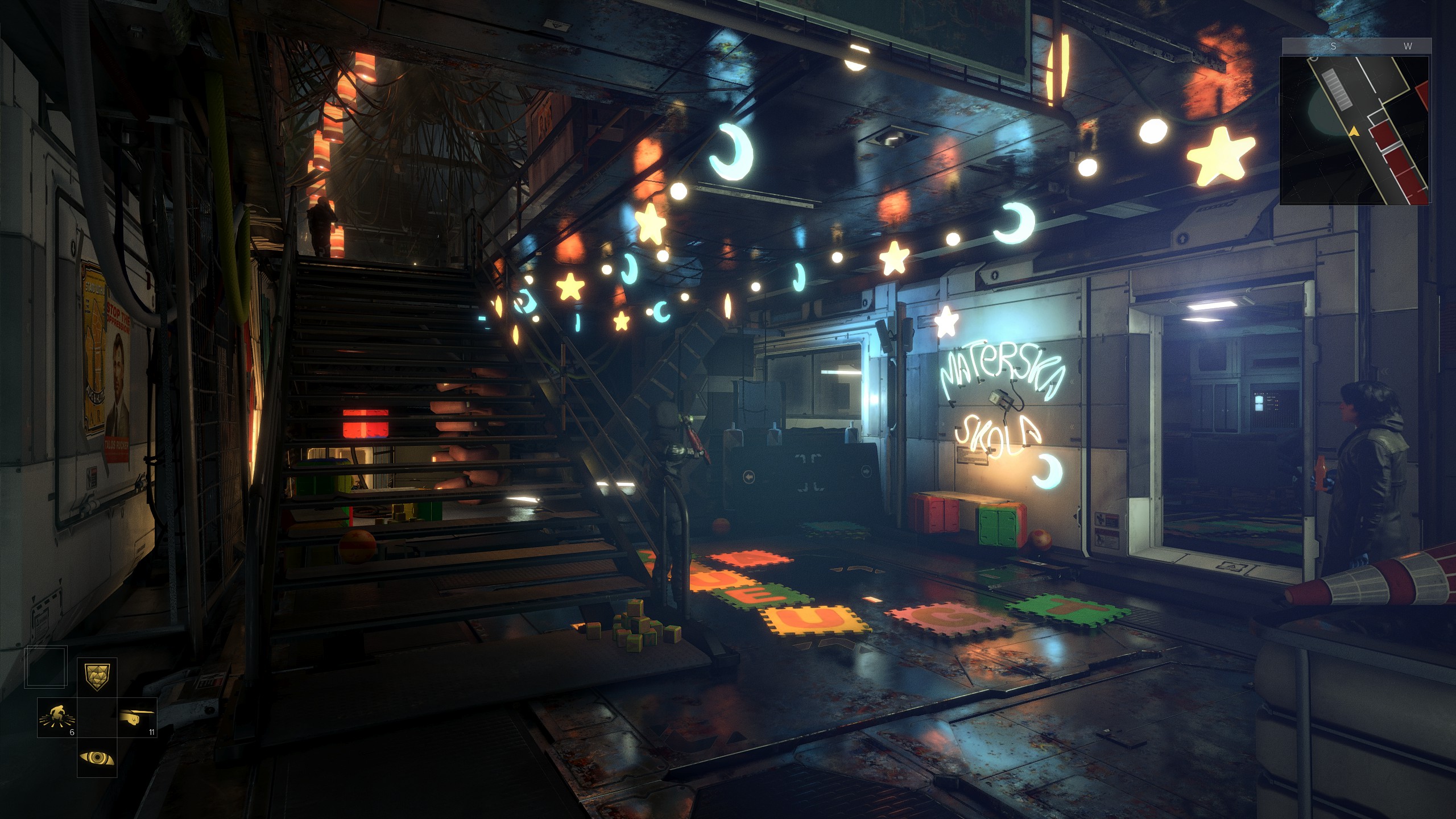
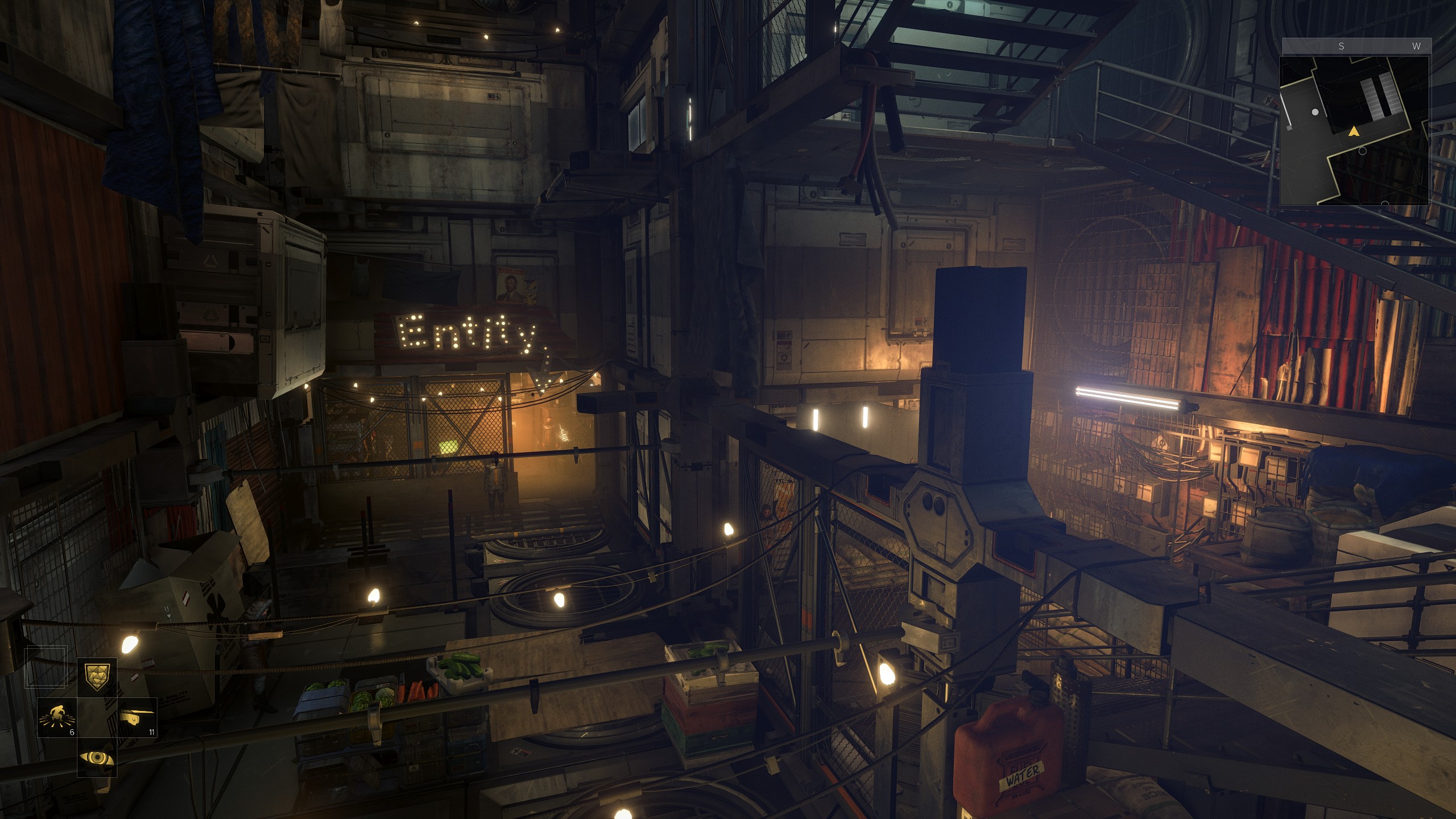
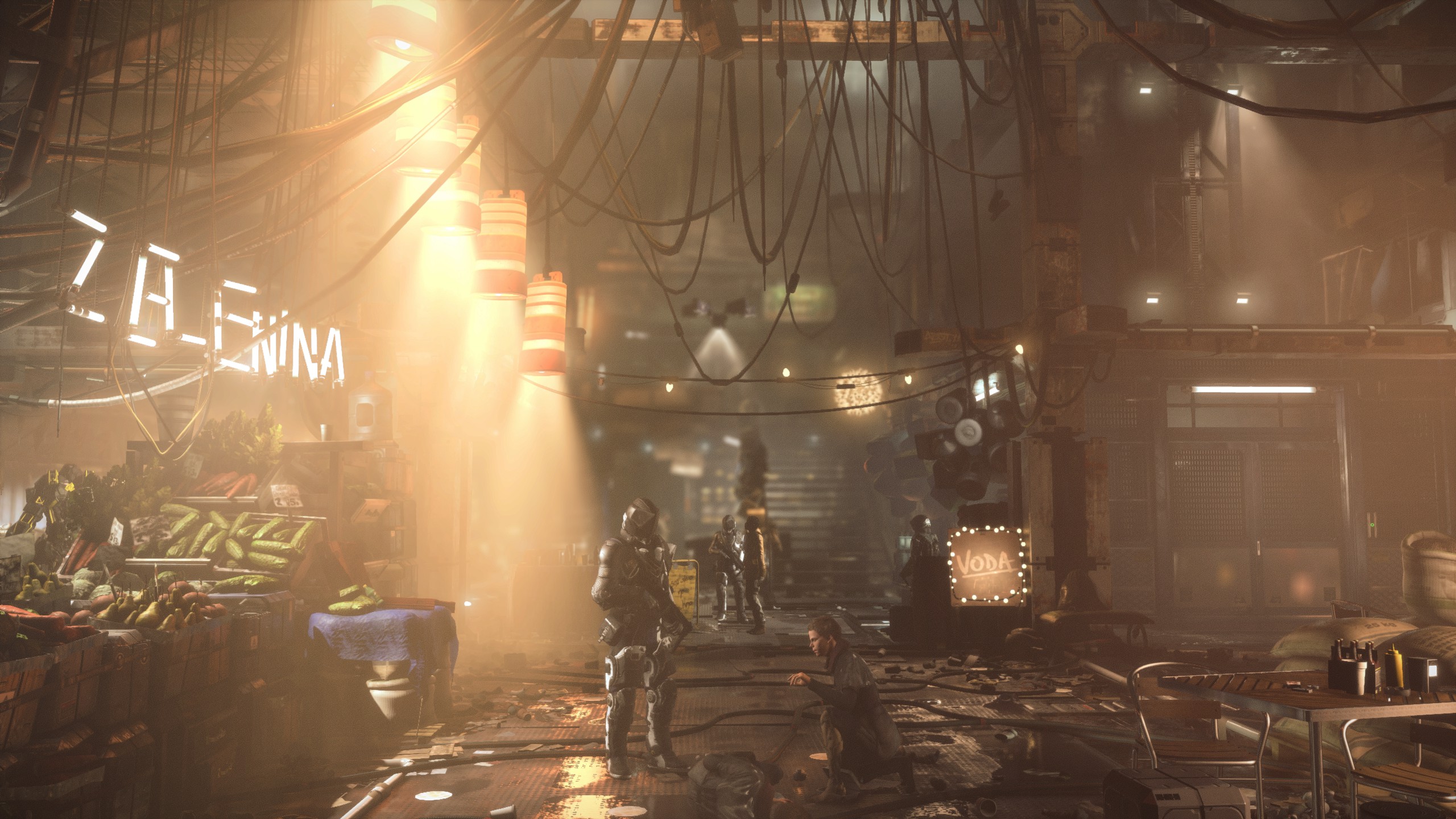
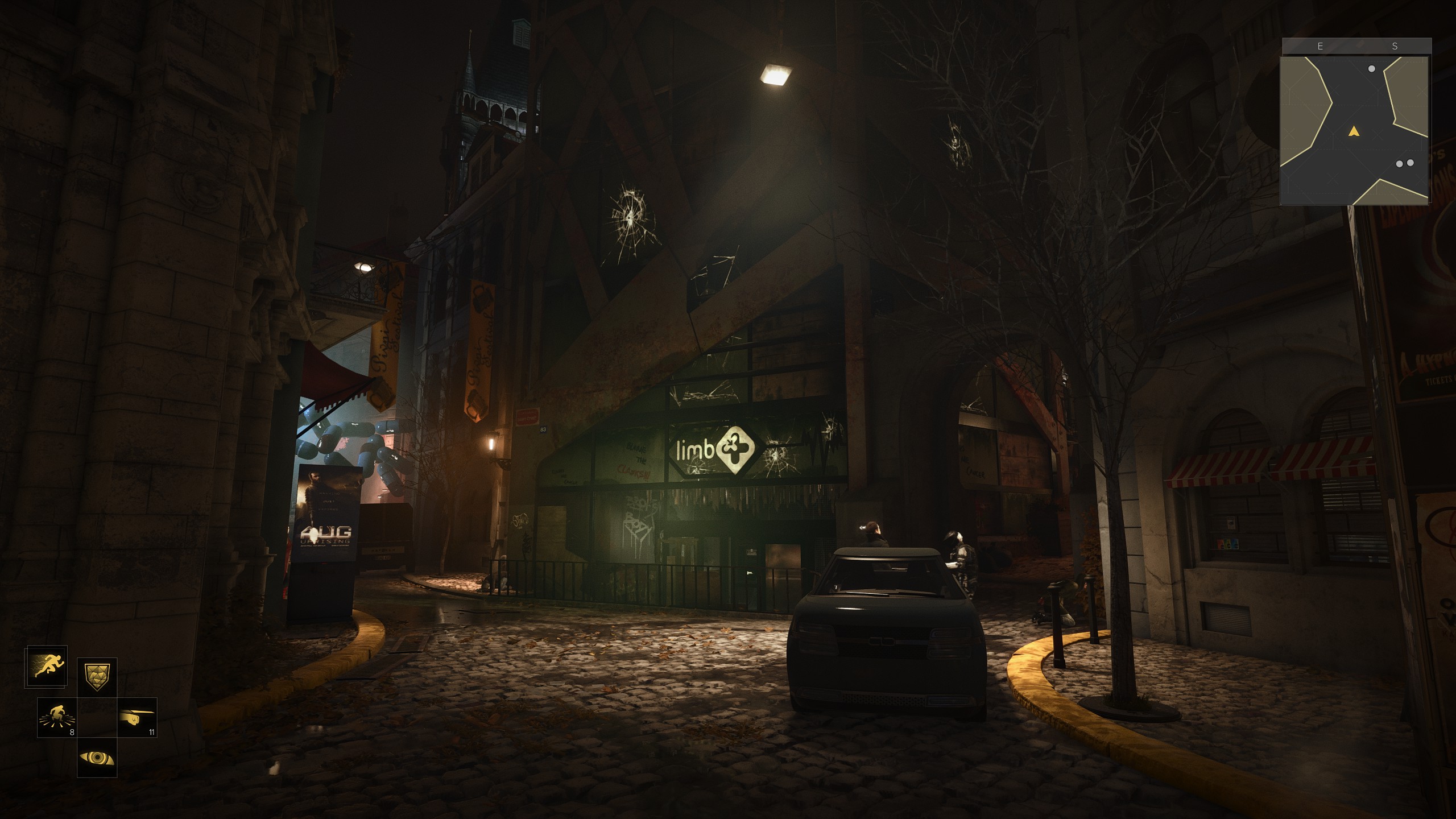
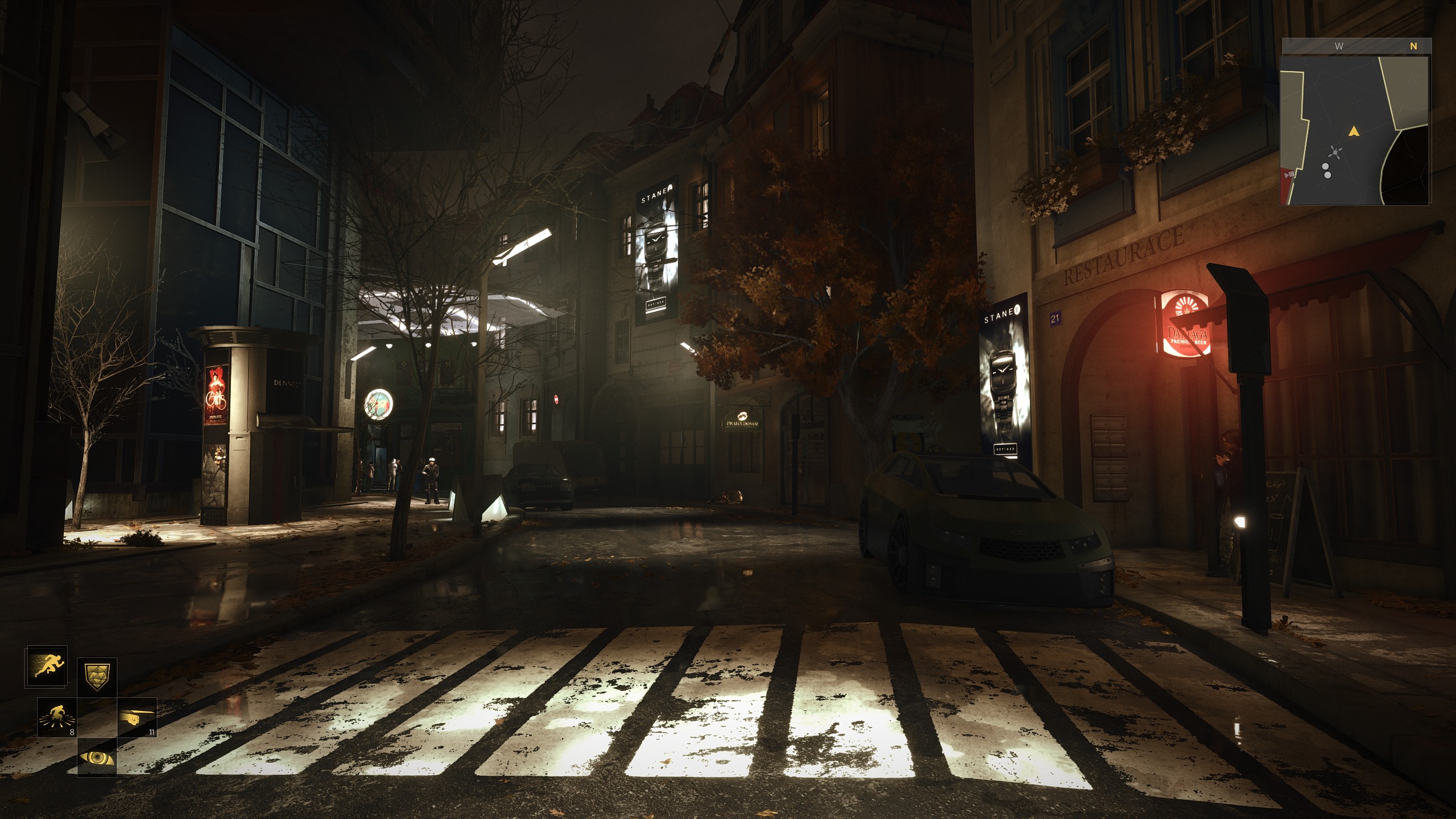
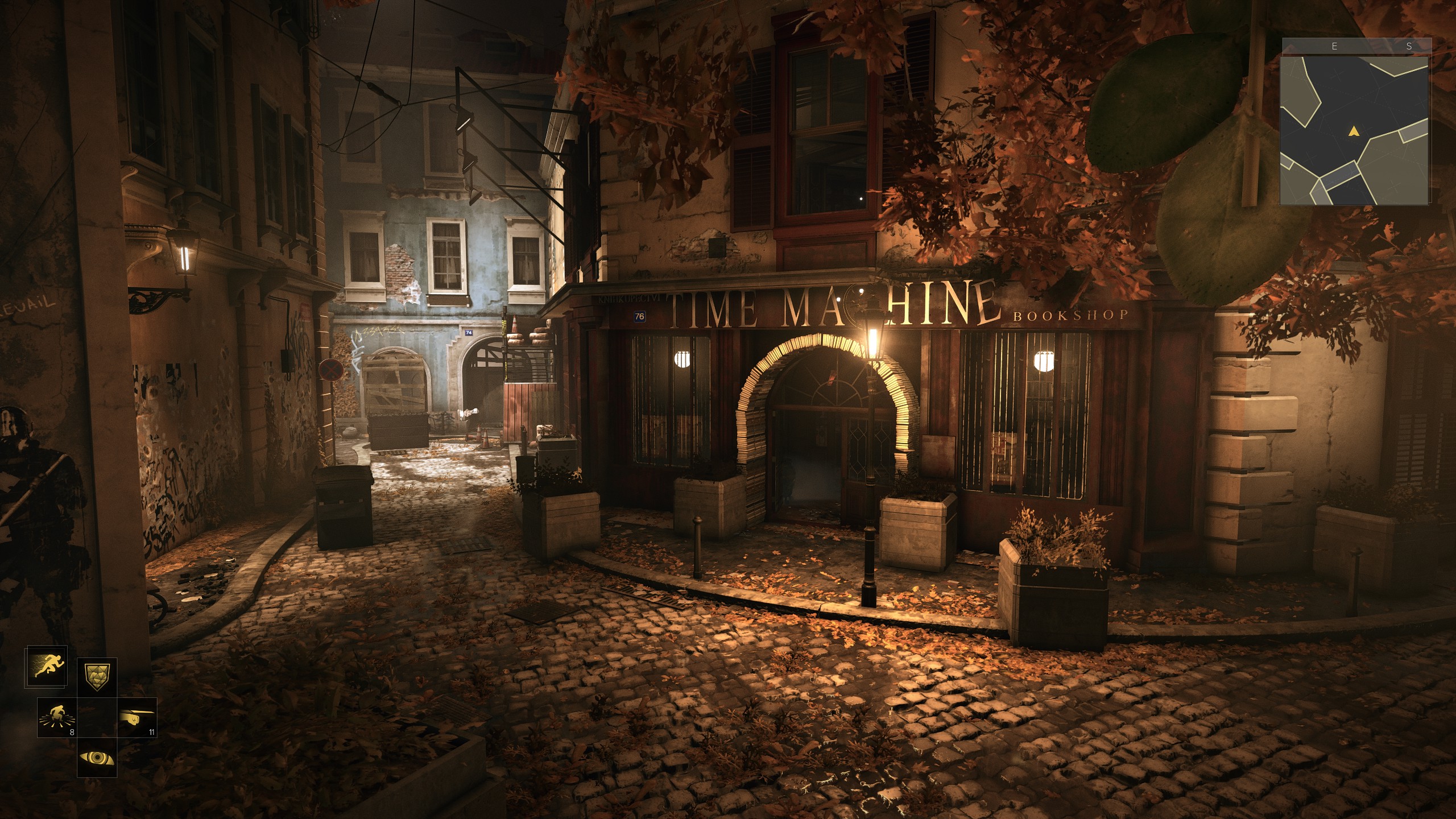
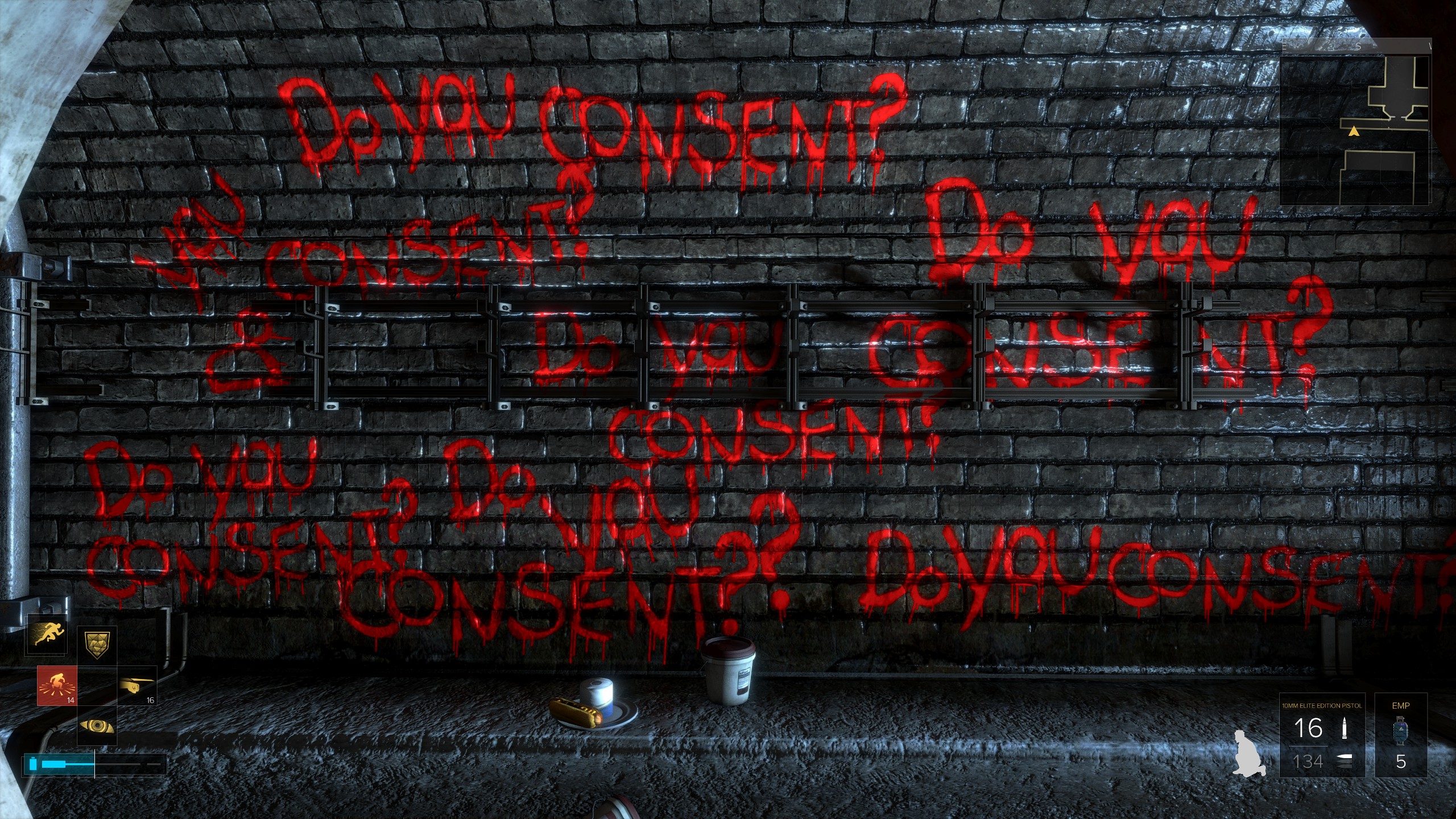
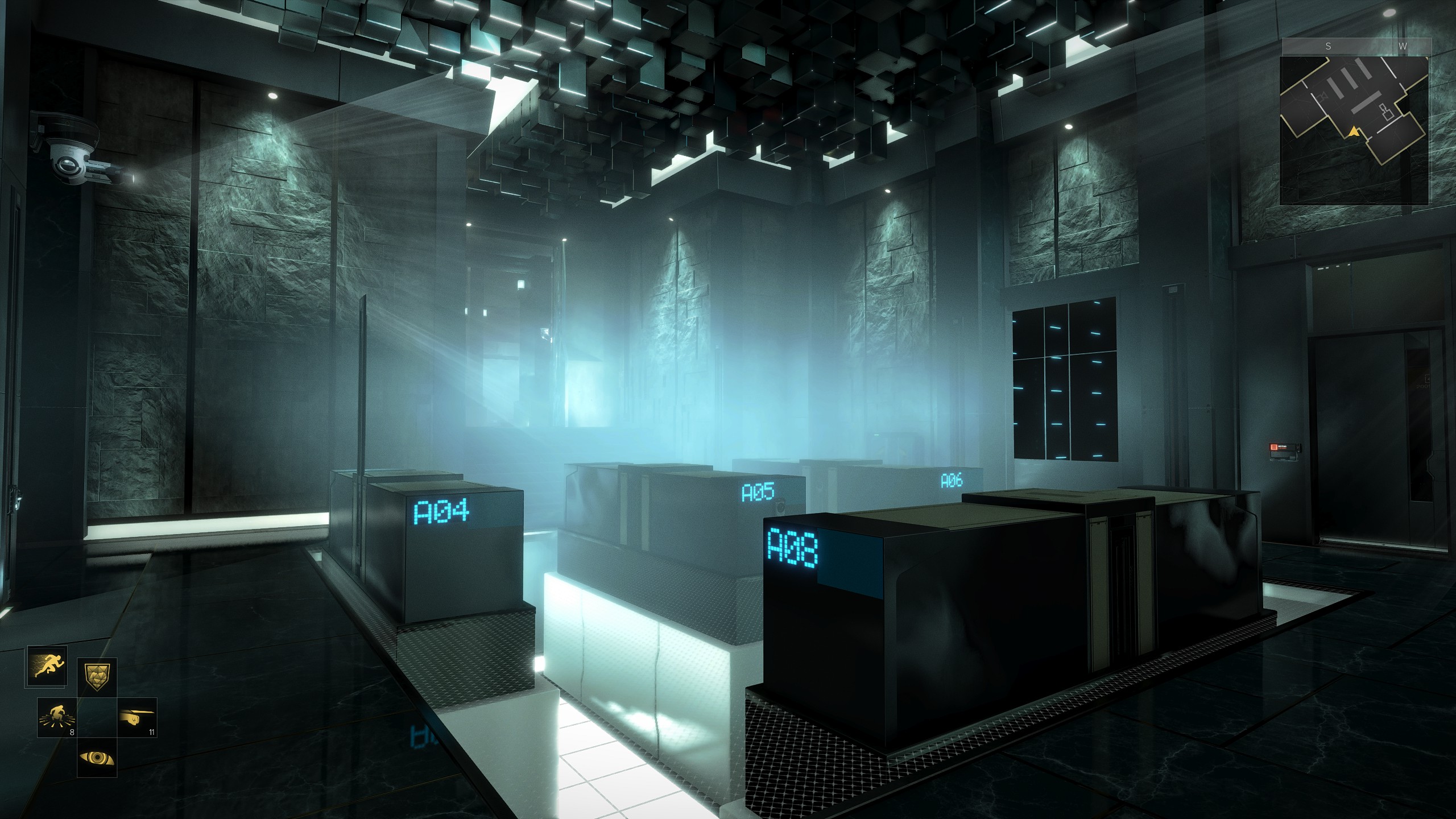
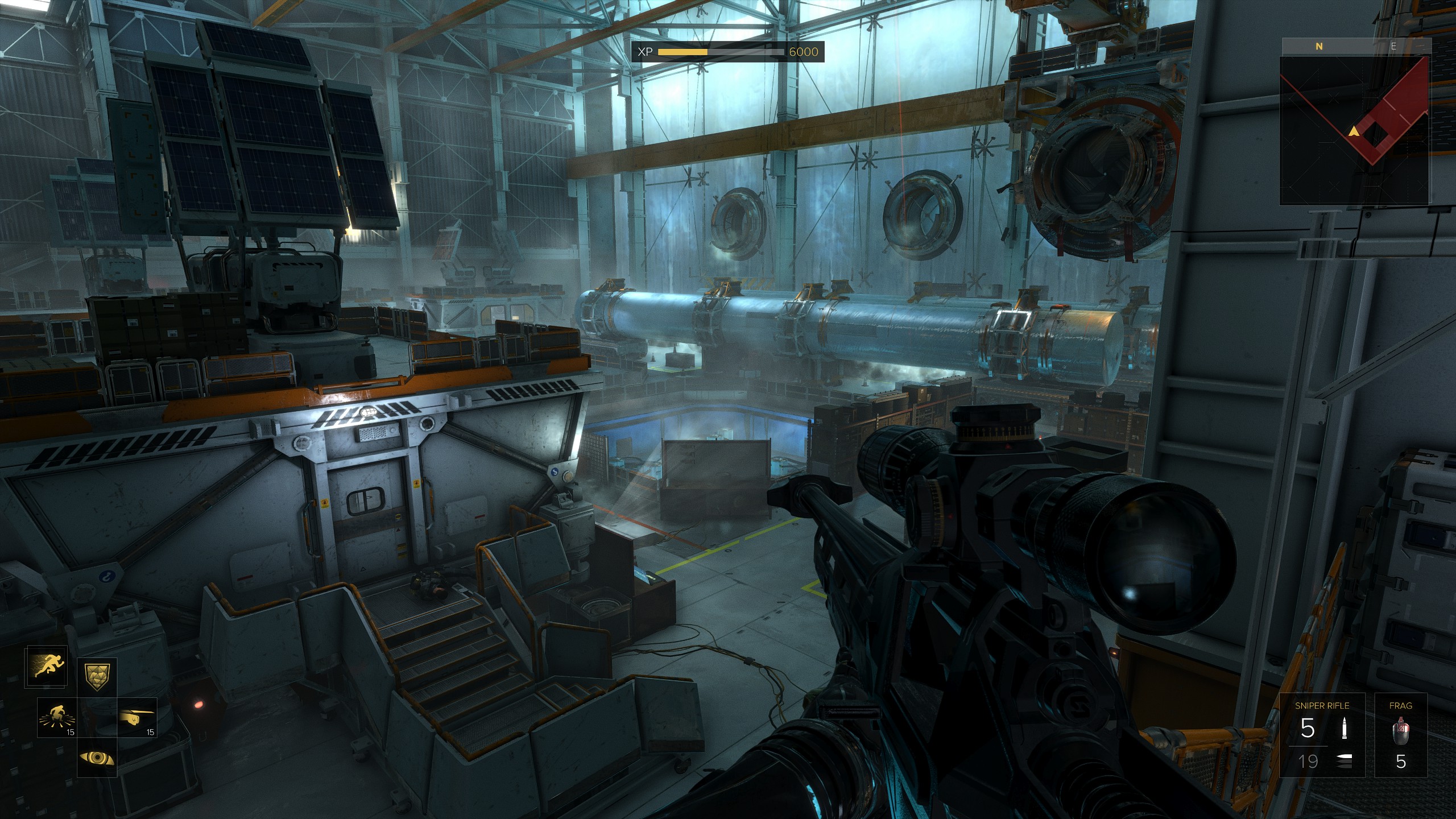
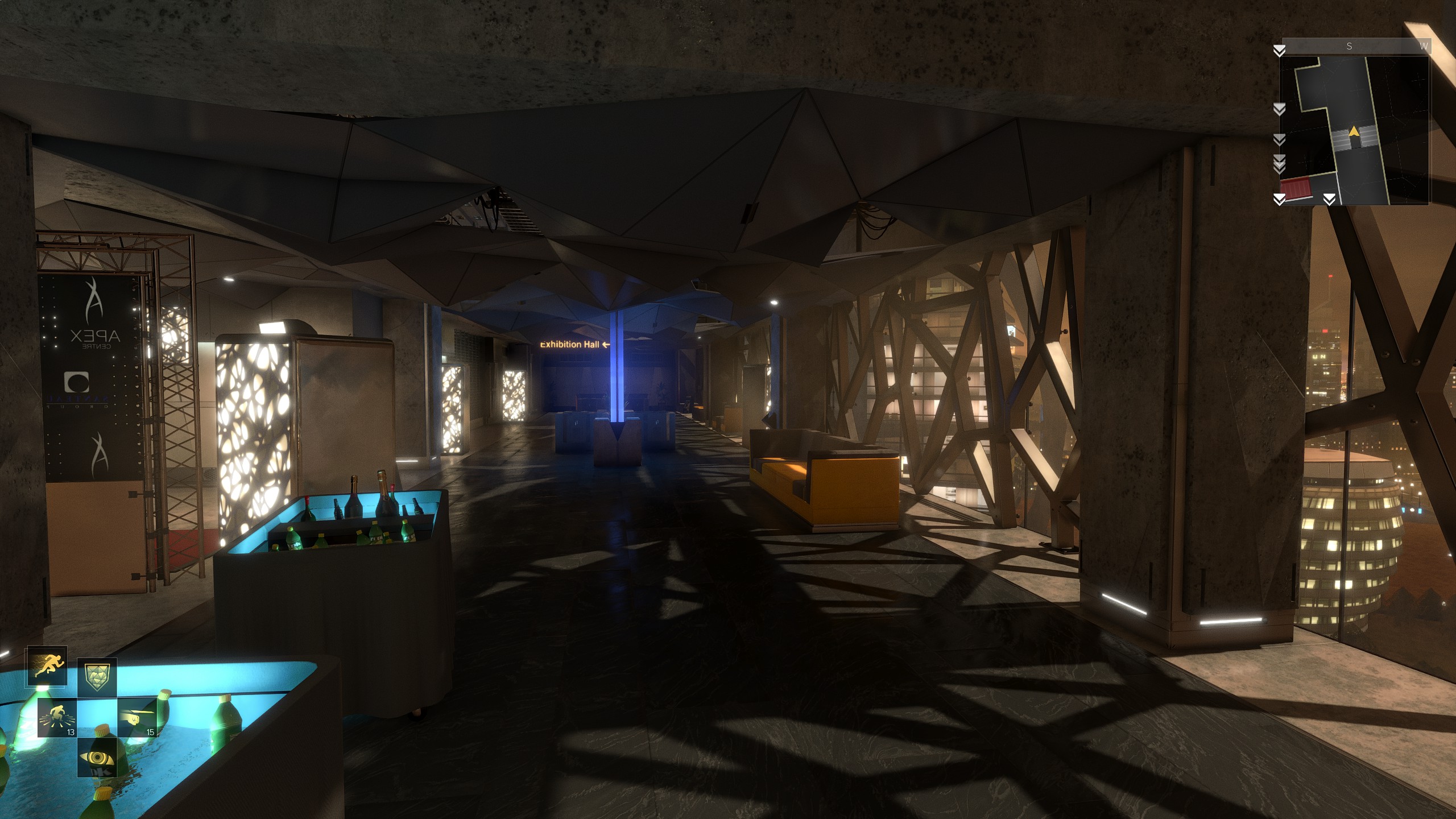
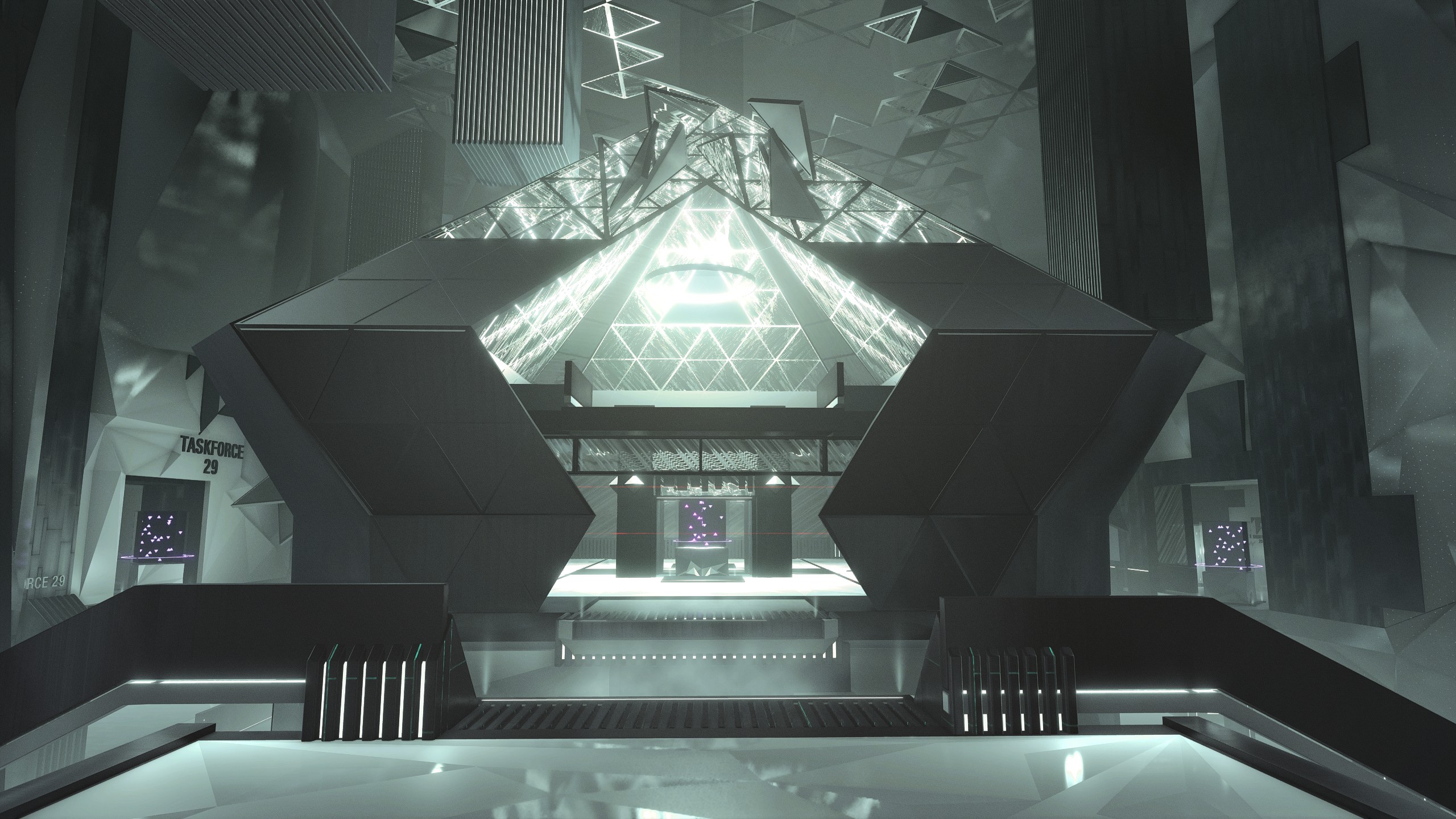
Dragon Age: Origins
Dragon Age: Origins is arguably the pinnacle of BioWare’s long years of game development. While it technically had subpar graphics fidelity at launch back in 2009, the art design always stood out and mods have made it look impressive even today. The artistic detail extends beyond its distinct color palette designed to match its dark fantasy tone (dark fantasy was very rare in gaming at the time); it is a hub-based game and every major location has such a unique visual appearance and unique structures. Every single one of them stands out, whether it’s Orzammar and the Deep Roads (including each and every Thaig visited), the Circle of Magi, Redcliffe Castle, or any of the others.
All screenshots include these mods. The graphics overhauling isn’t as major as some of the other games on this list; a SweetFX preset is the only graphics mod and it preserves the original style.

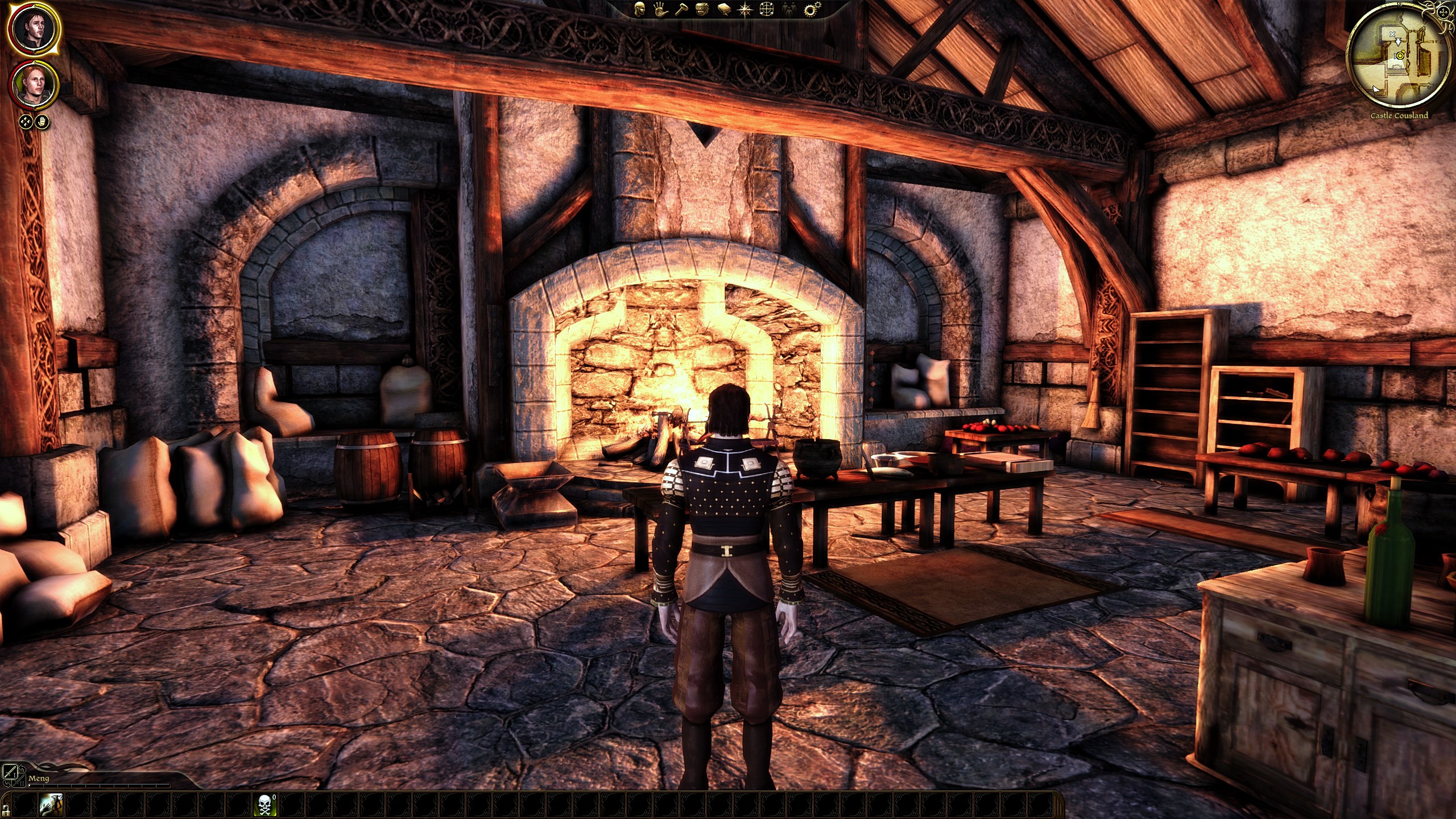
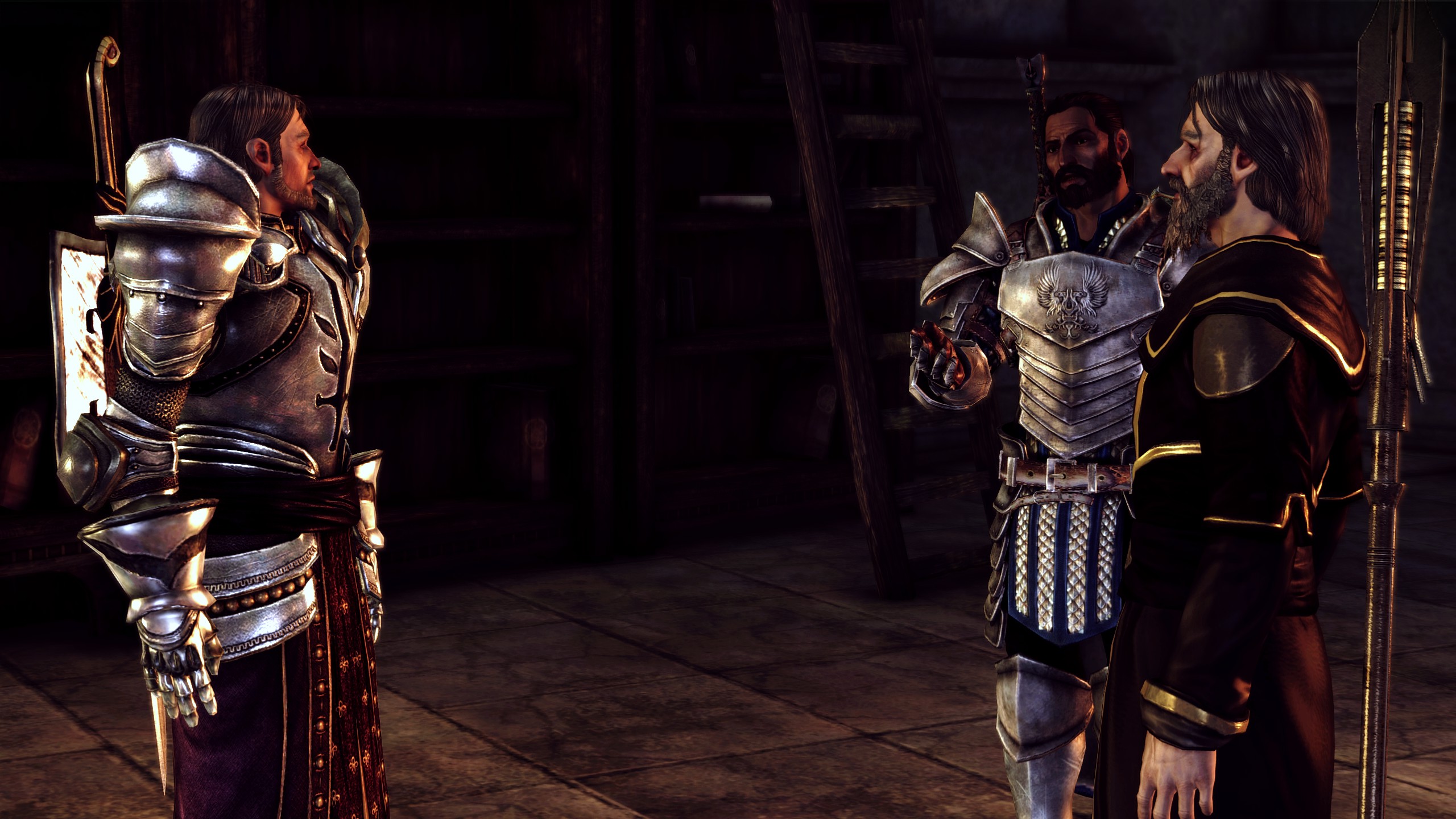
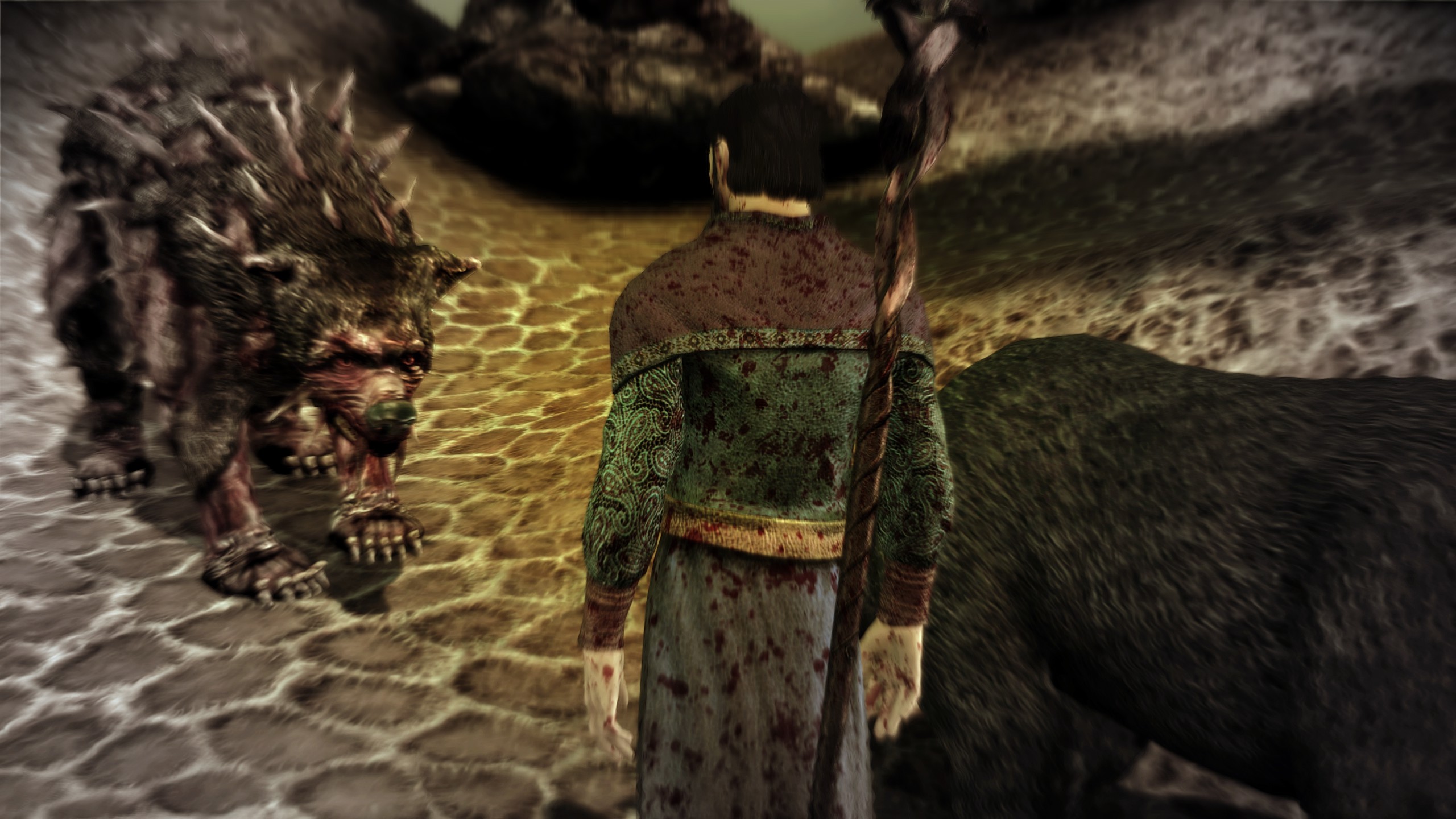
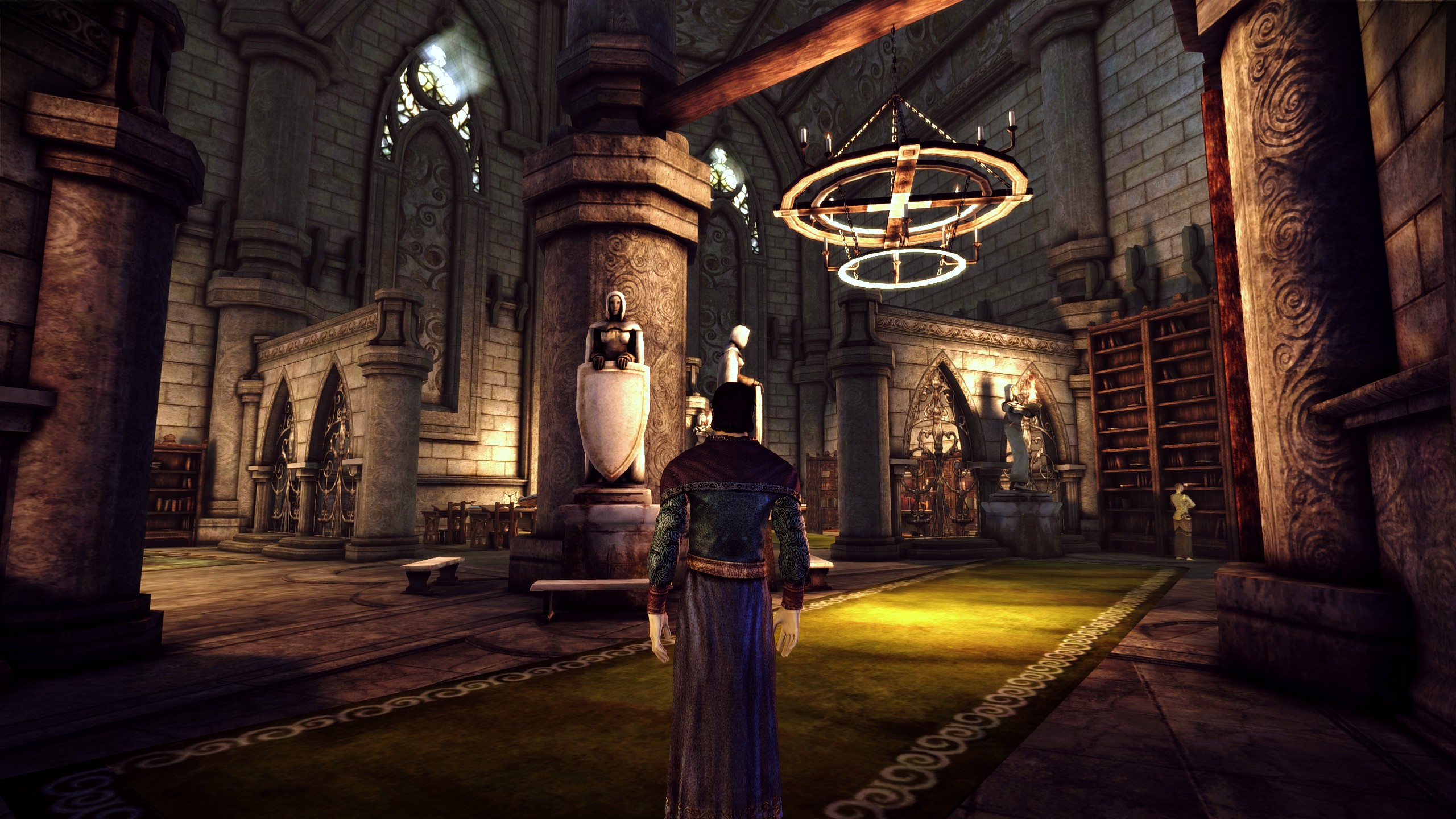
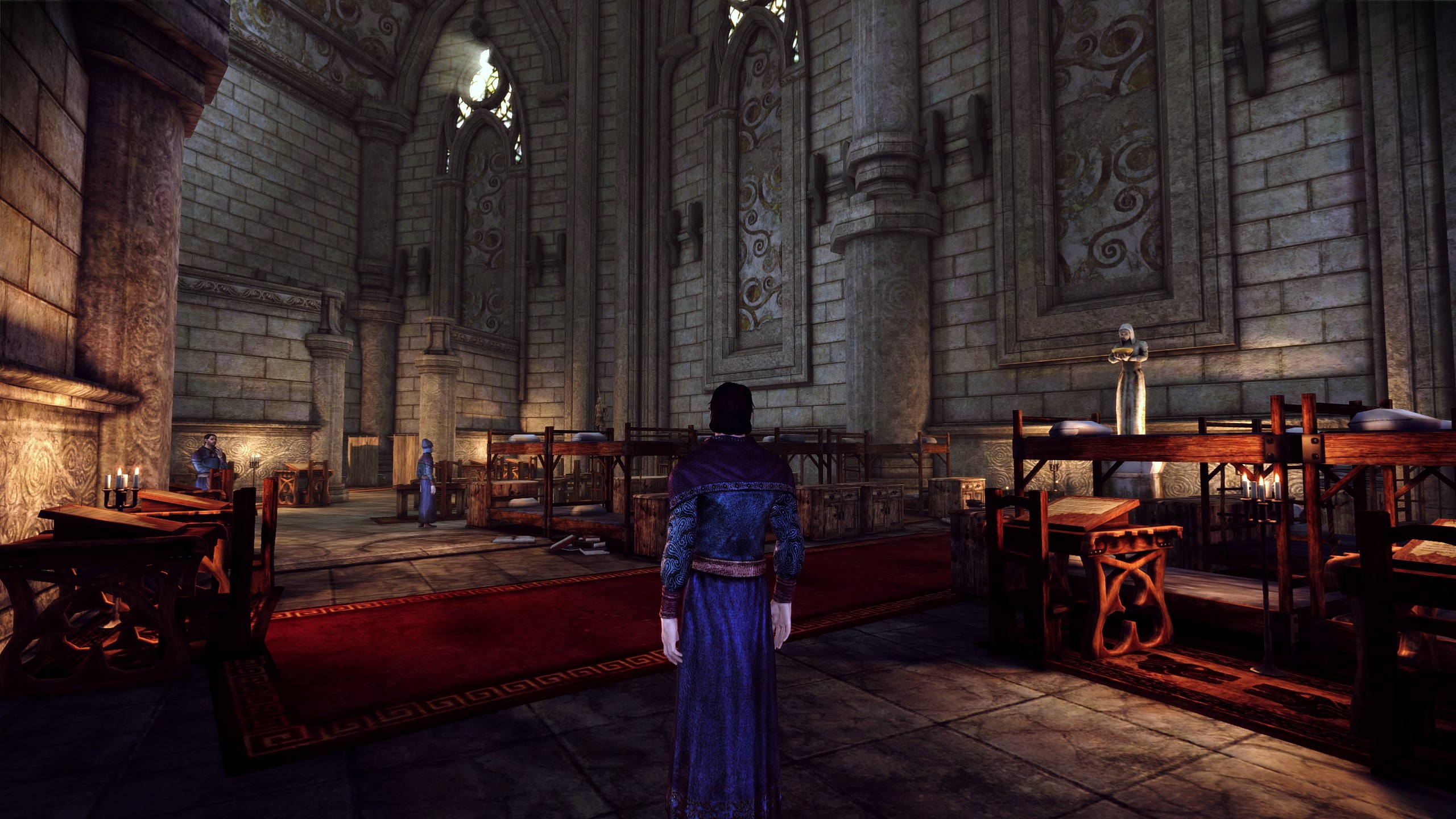

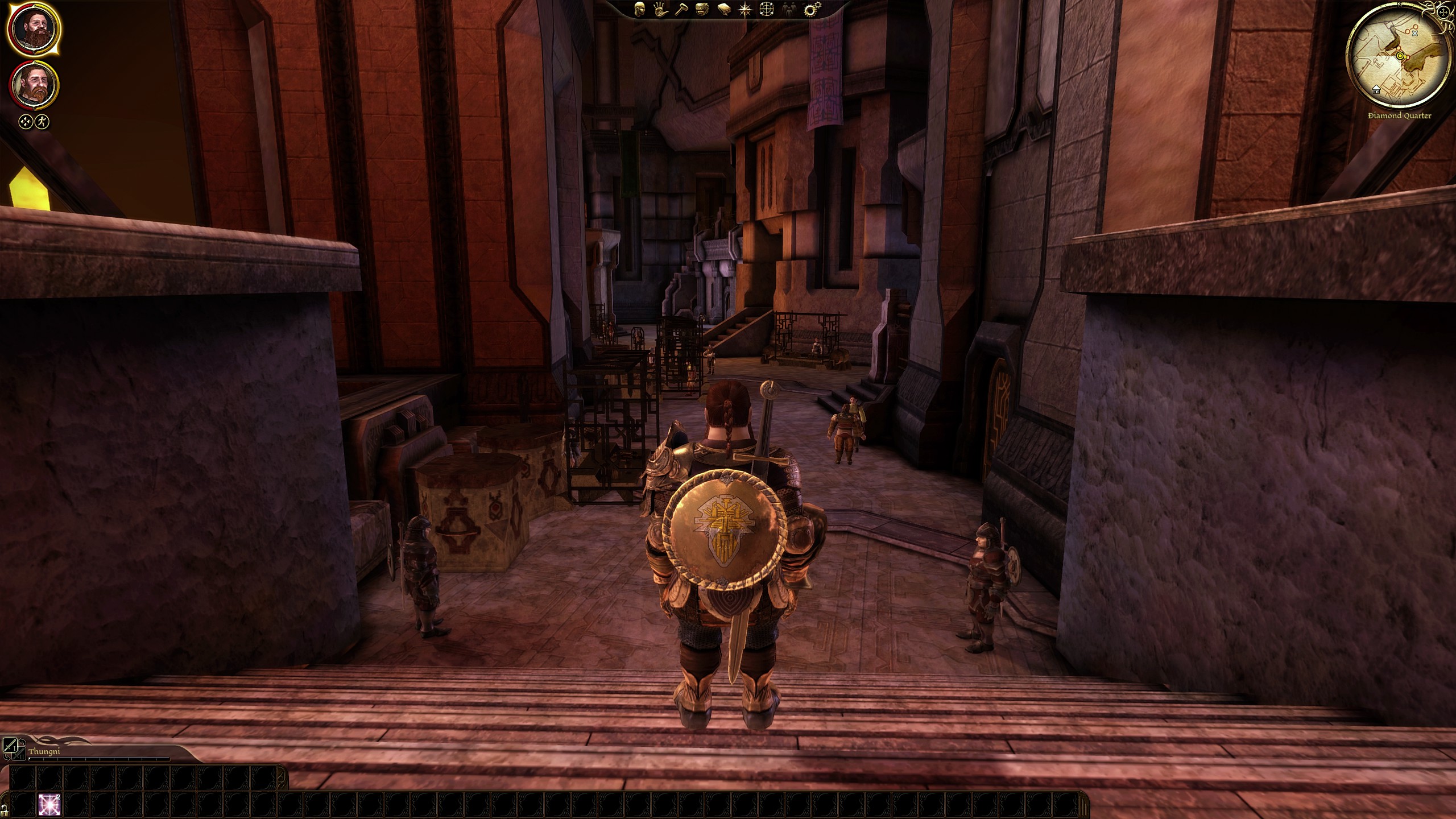
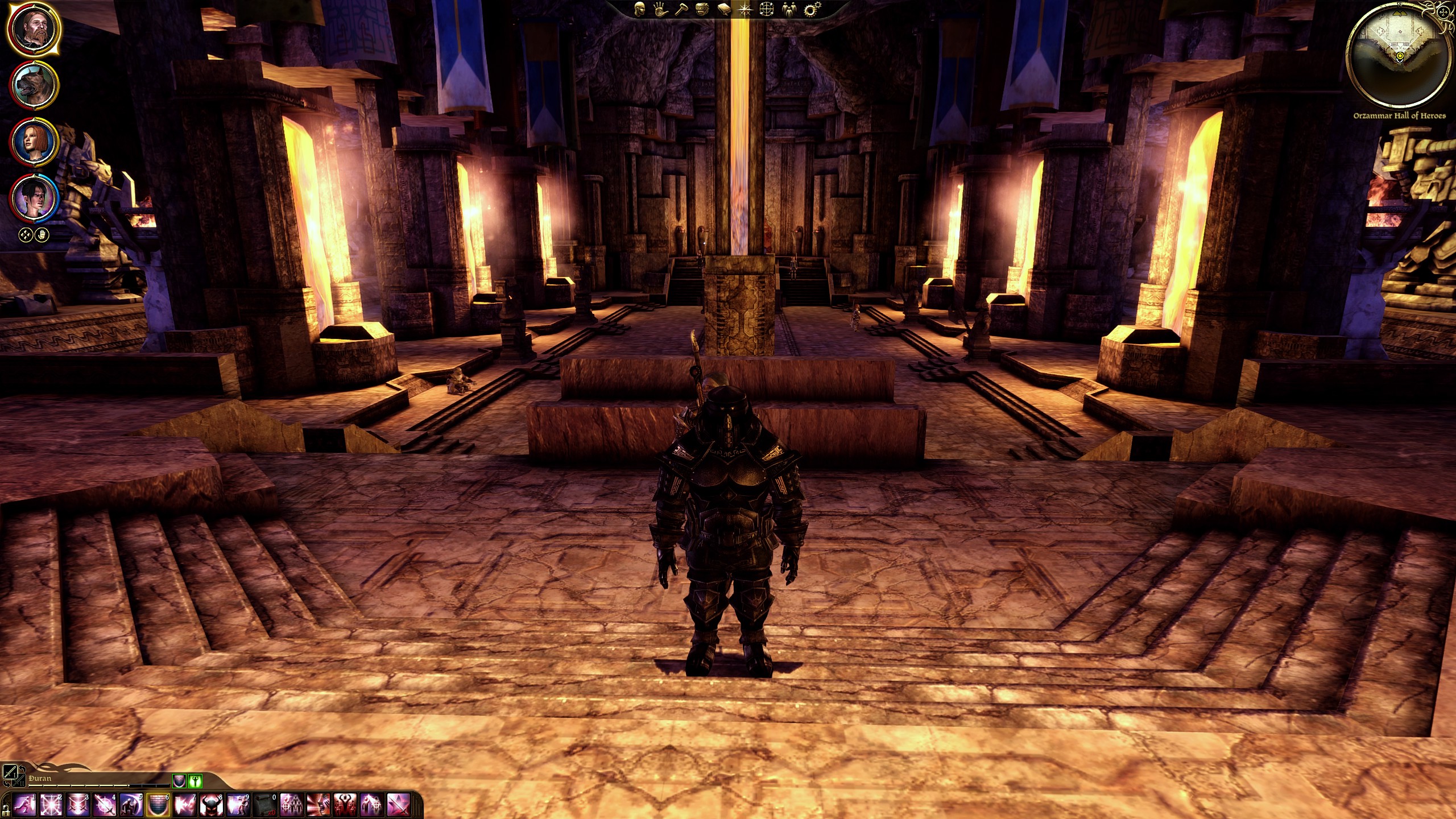
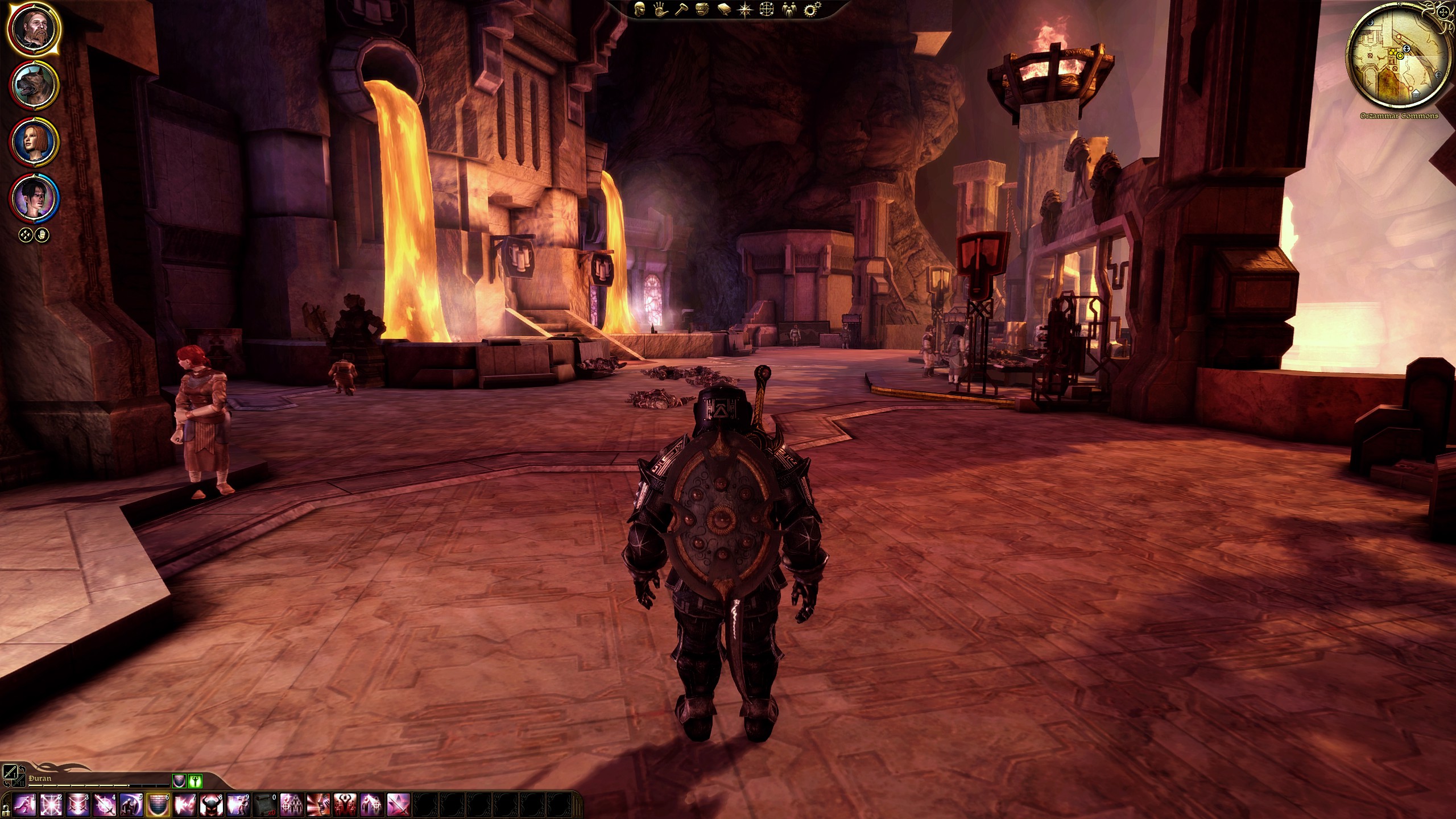
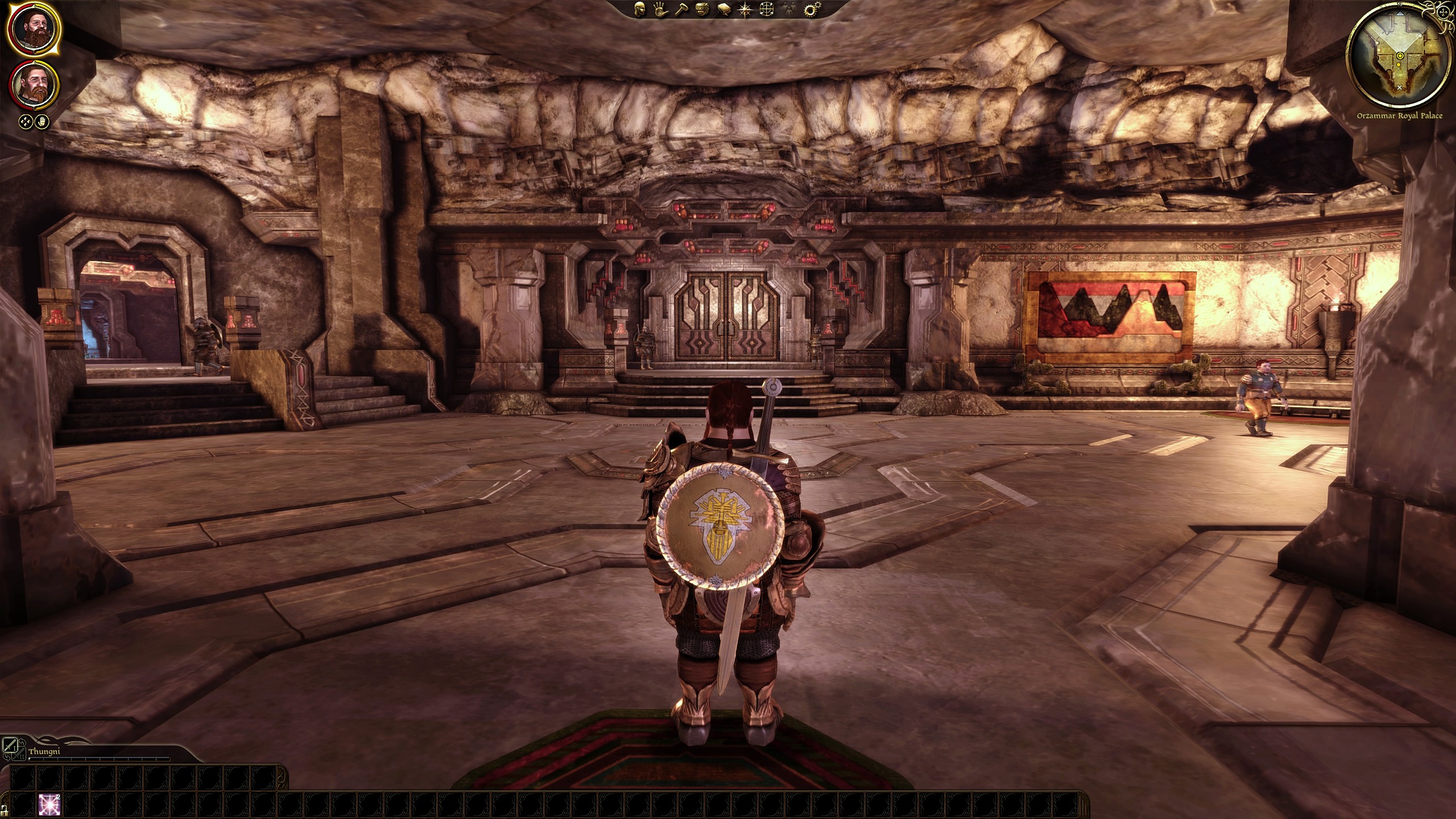
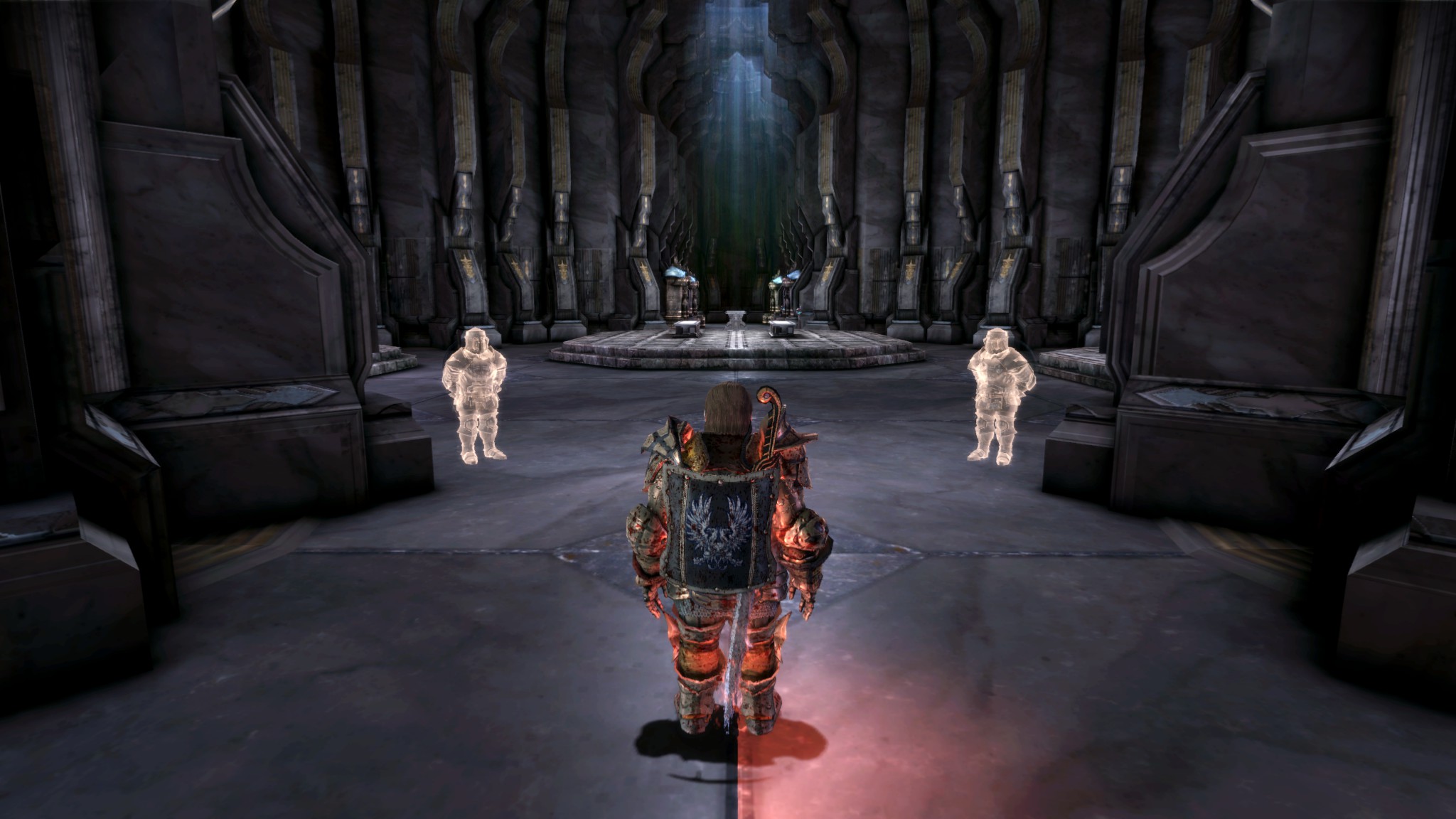
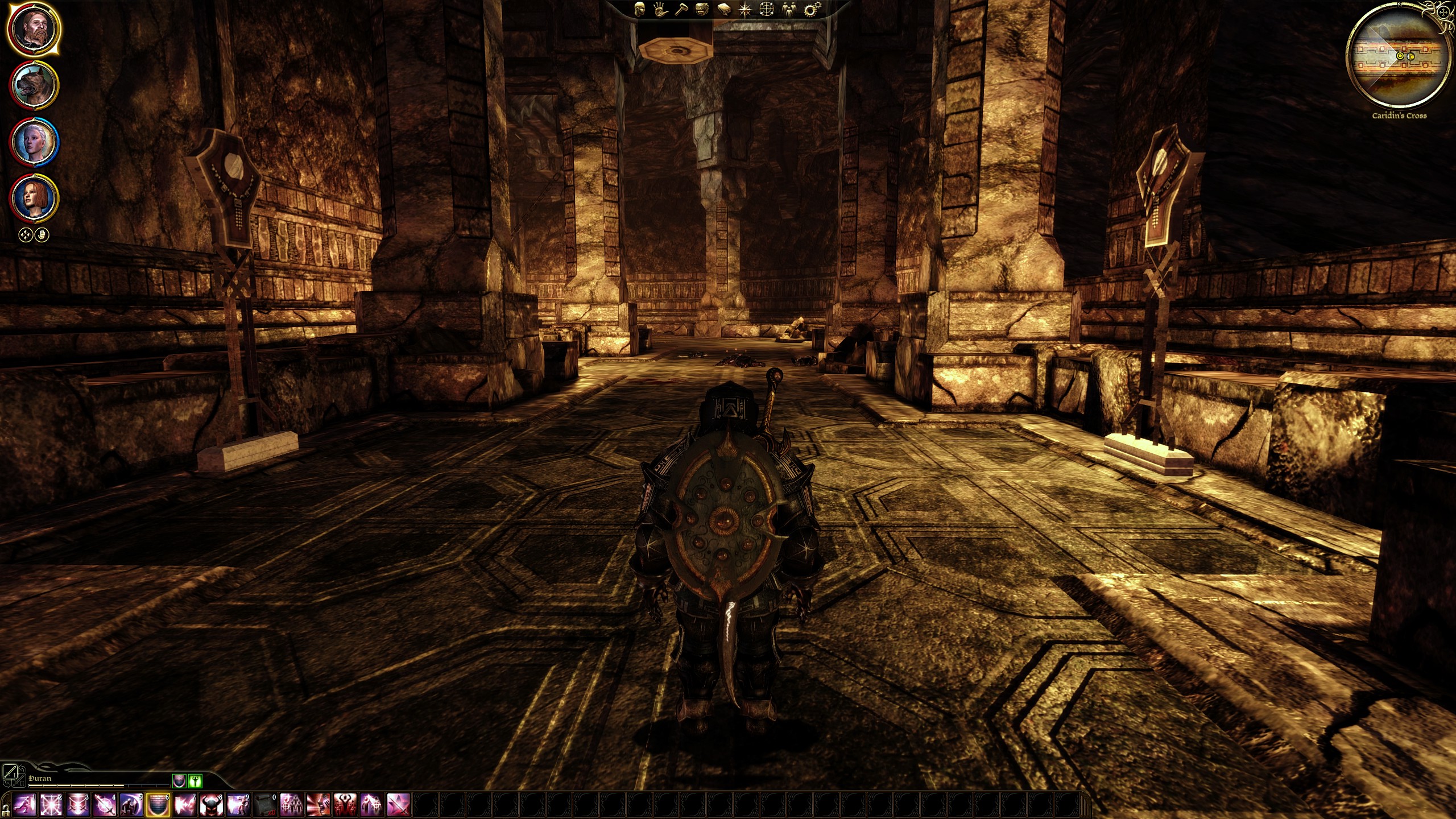
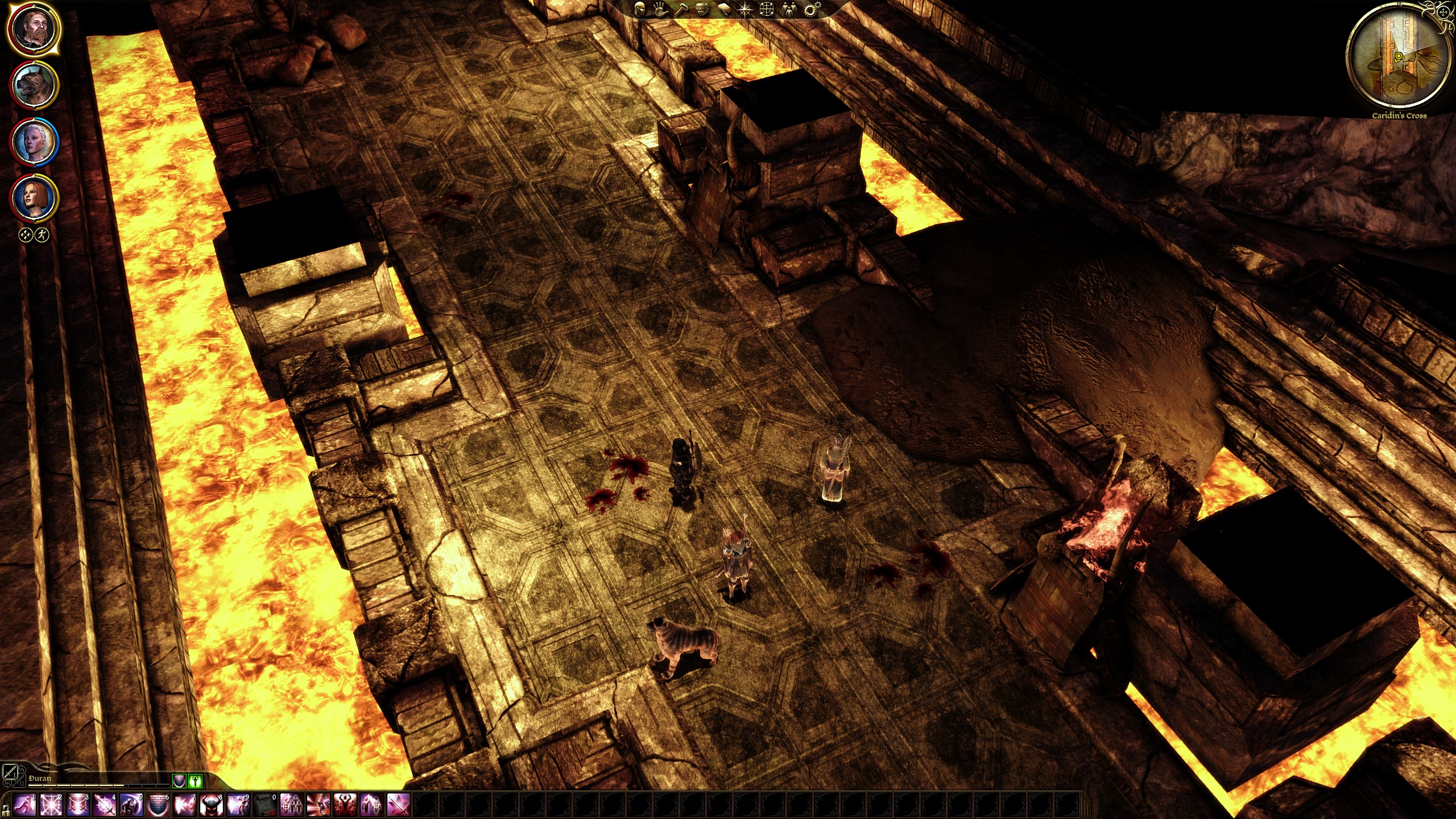

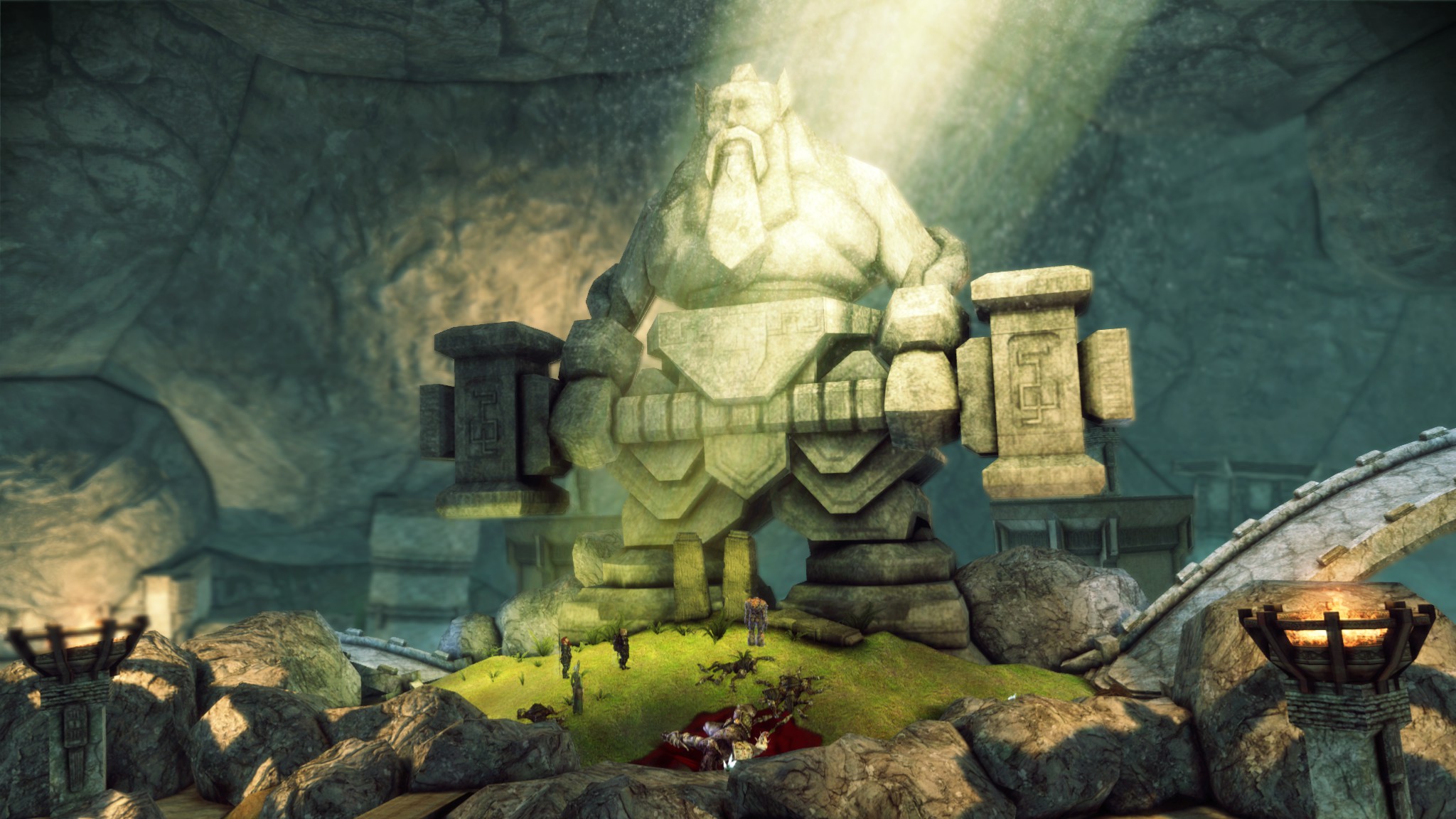
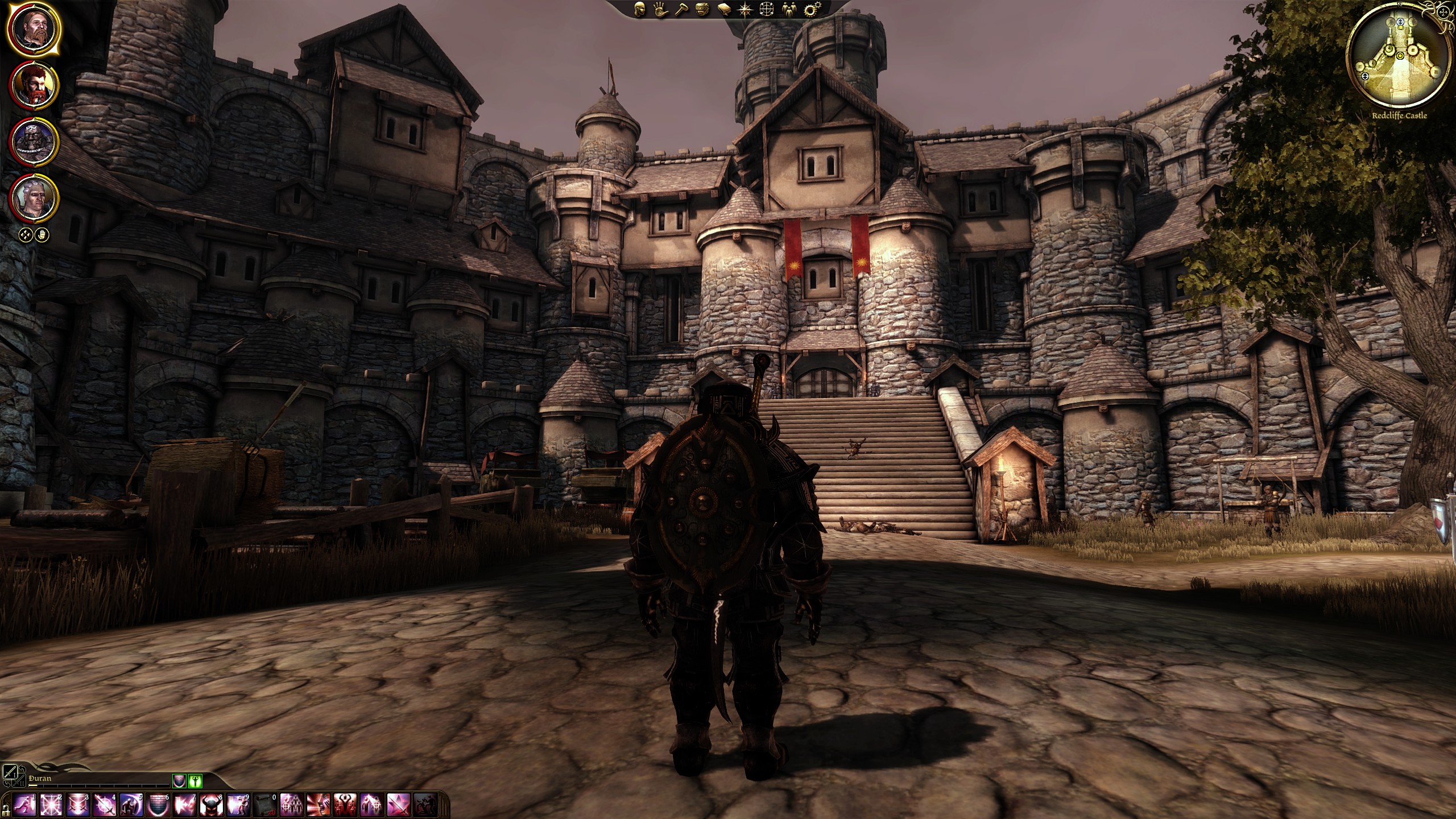


Dragon Age: Inquisition
On a related note, Dragon Age: Inquisition succeeds at both art design and fidelity, even though its massive levels (most are each bigger than an entire game) are lacking in quest content. The vegetation, terrain, architecture, and to some extent wildlife vary on each one.








For even more impressive screenshots of Dragon Age: Inquisition, check out PCGamer’s 5k resolution screenshot gallery:
https://www.pcgamer.com/dragon-age-inquisition-5k-screenshot-gallery/
The Vanishing of Ethan Carter Redux
Visual appeal was at the forefront of the core design of The Vanishing of Ethan Carter. Lots of detail was put into its landscape, as it was largely modeled after real locations. To take this to another level, the game makes strong use of photogrammetry, or modelling in-game objects from real ones.
Not only is the visual presentation crafted with such care, it’s also a powerhouse in visual fidelity, living up to its reputation indeed.
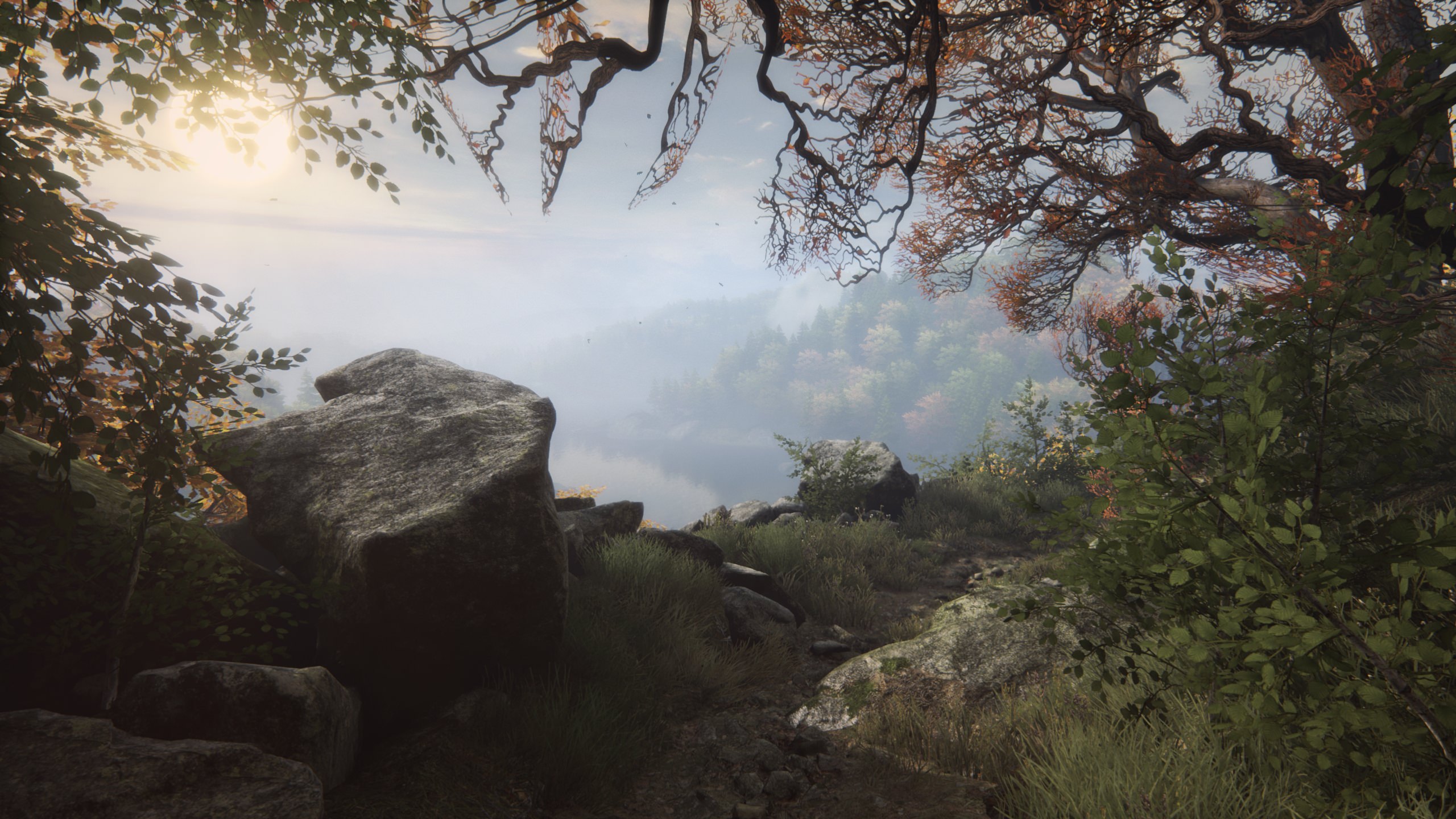
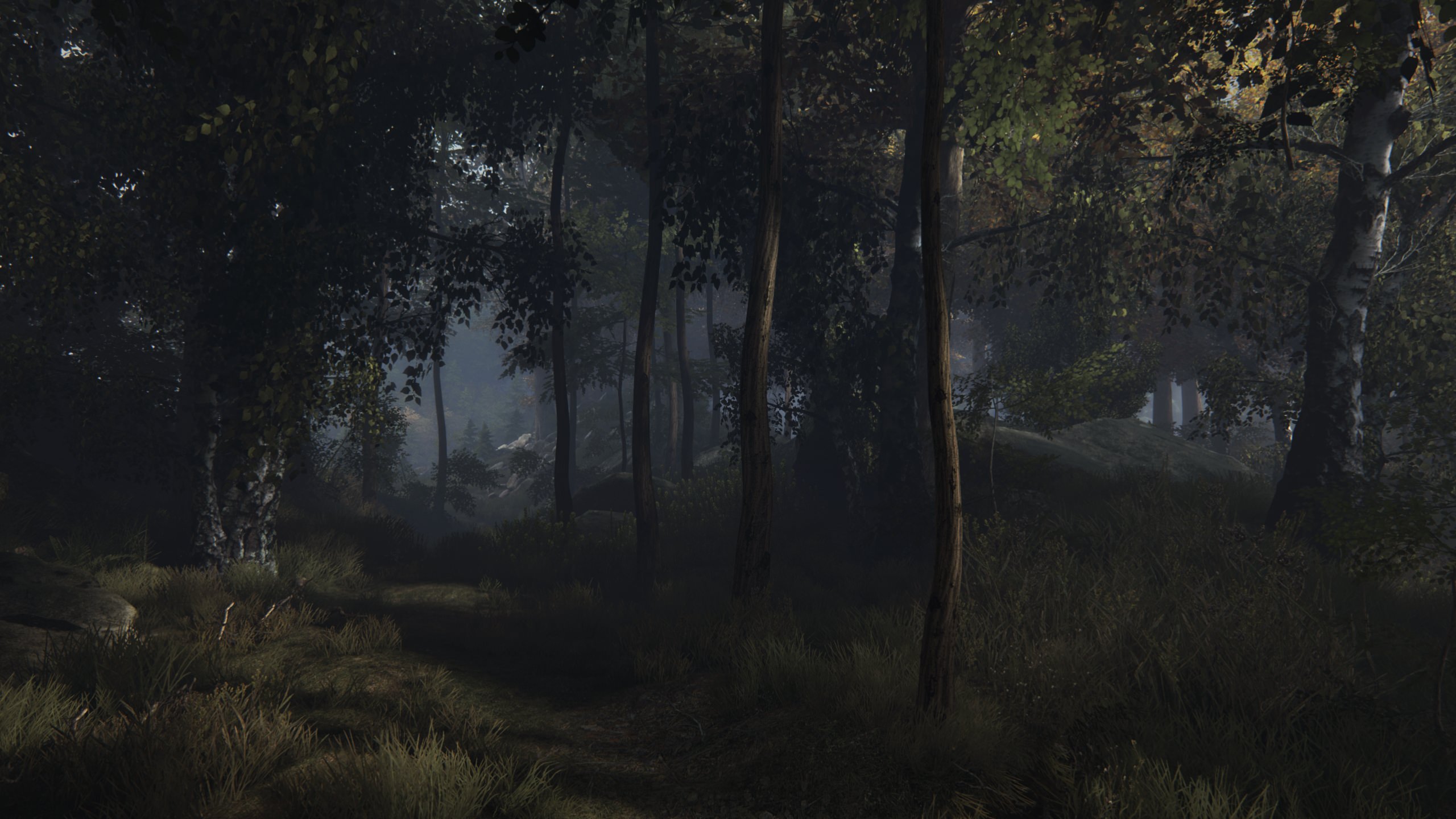
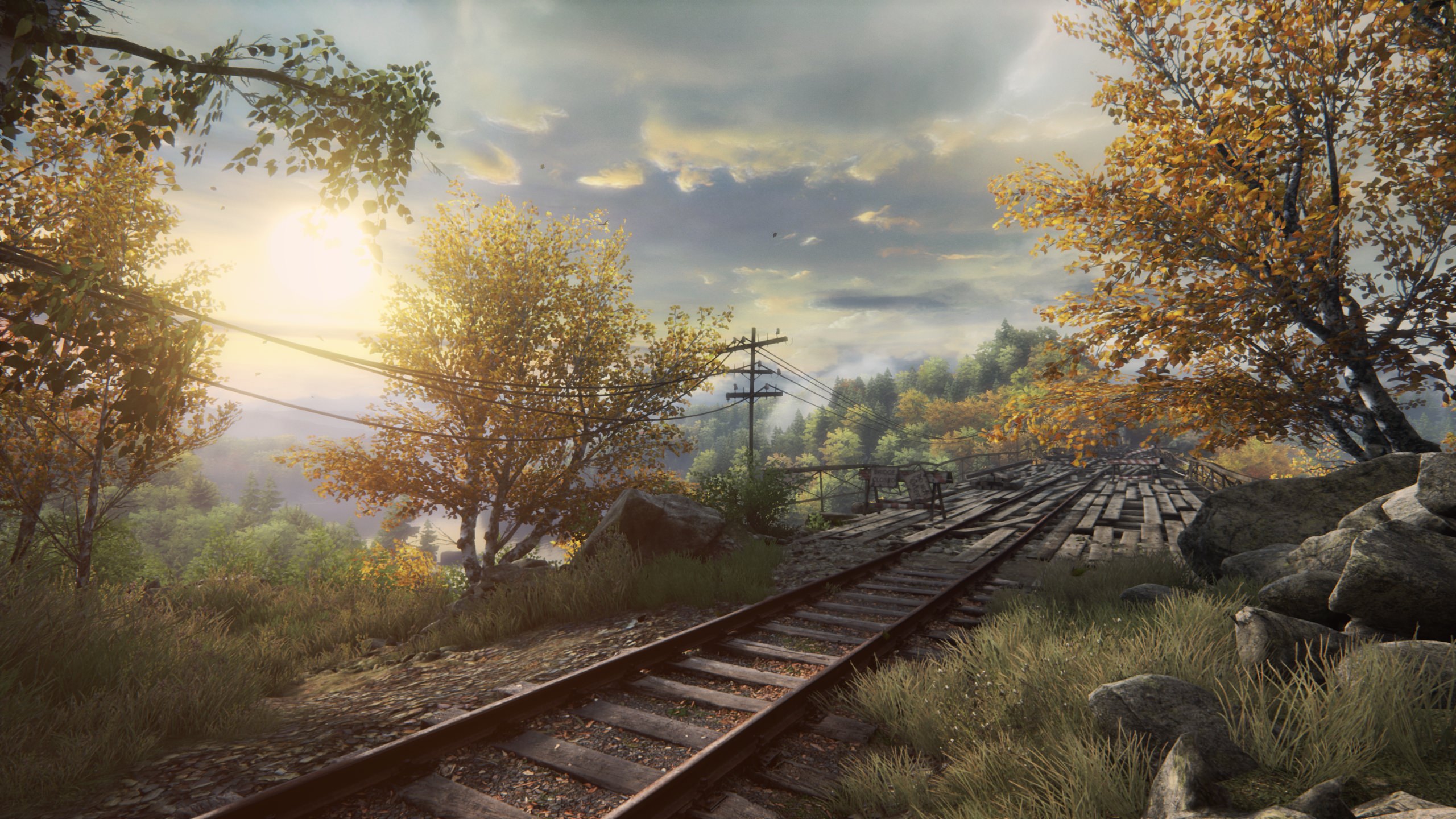



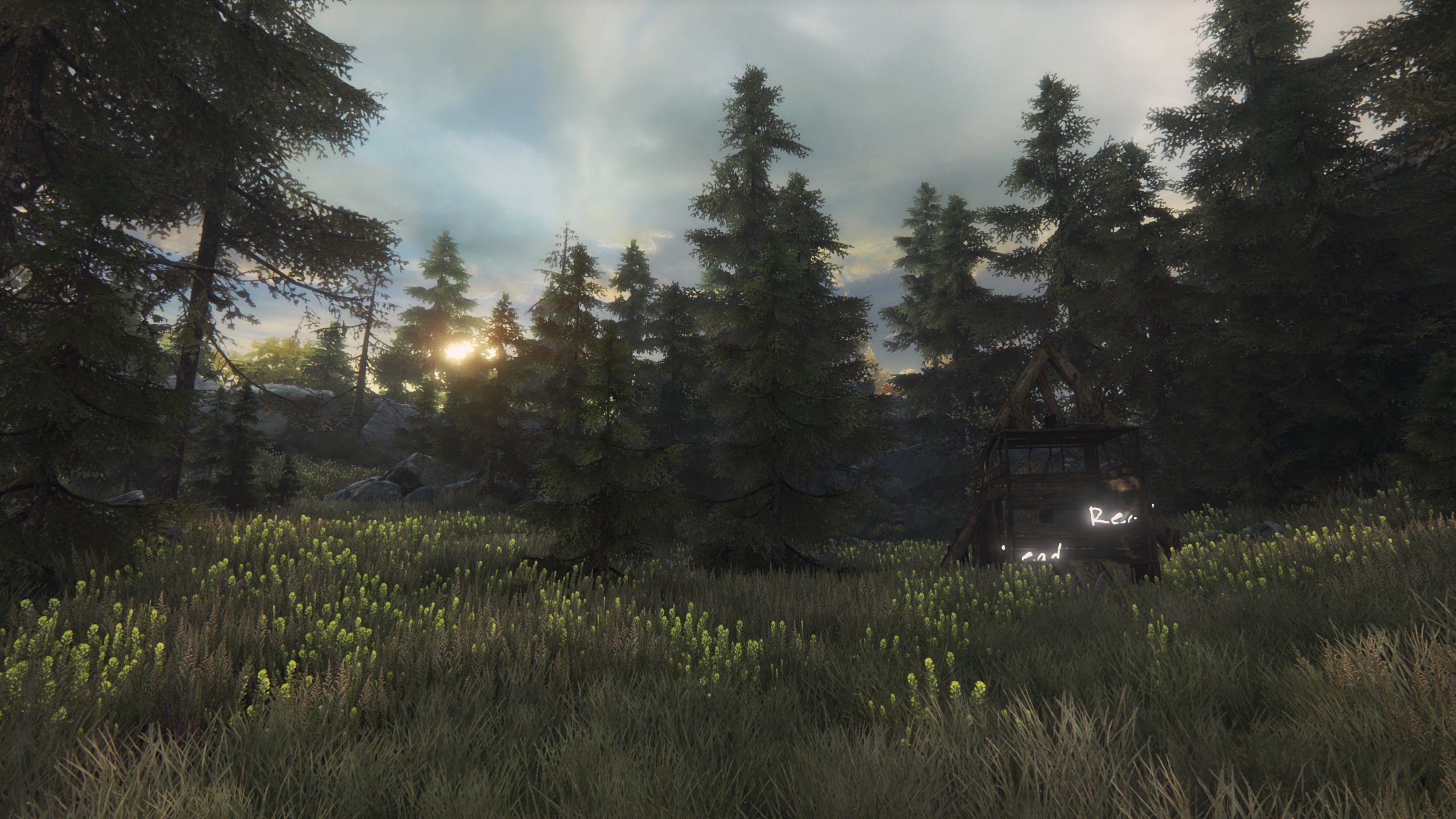
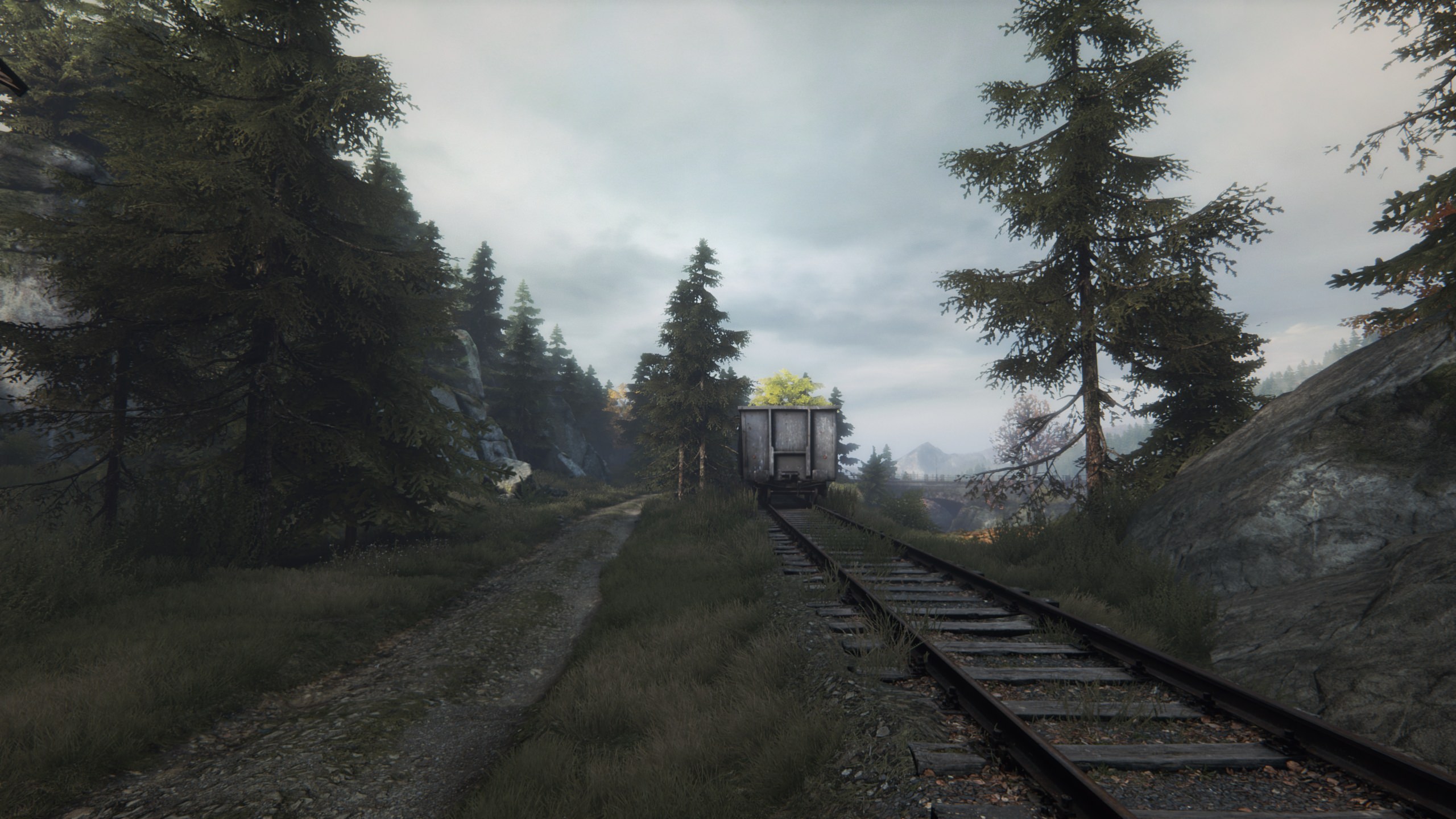
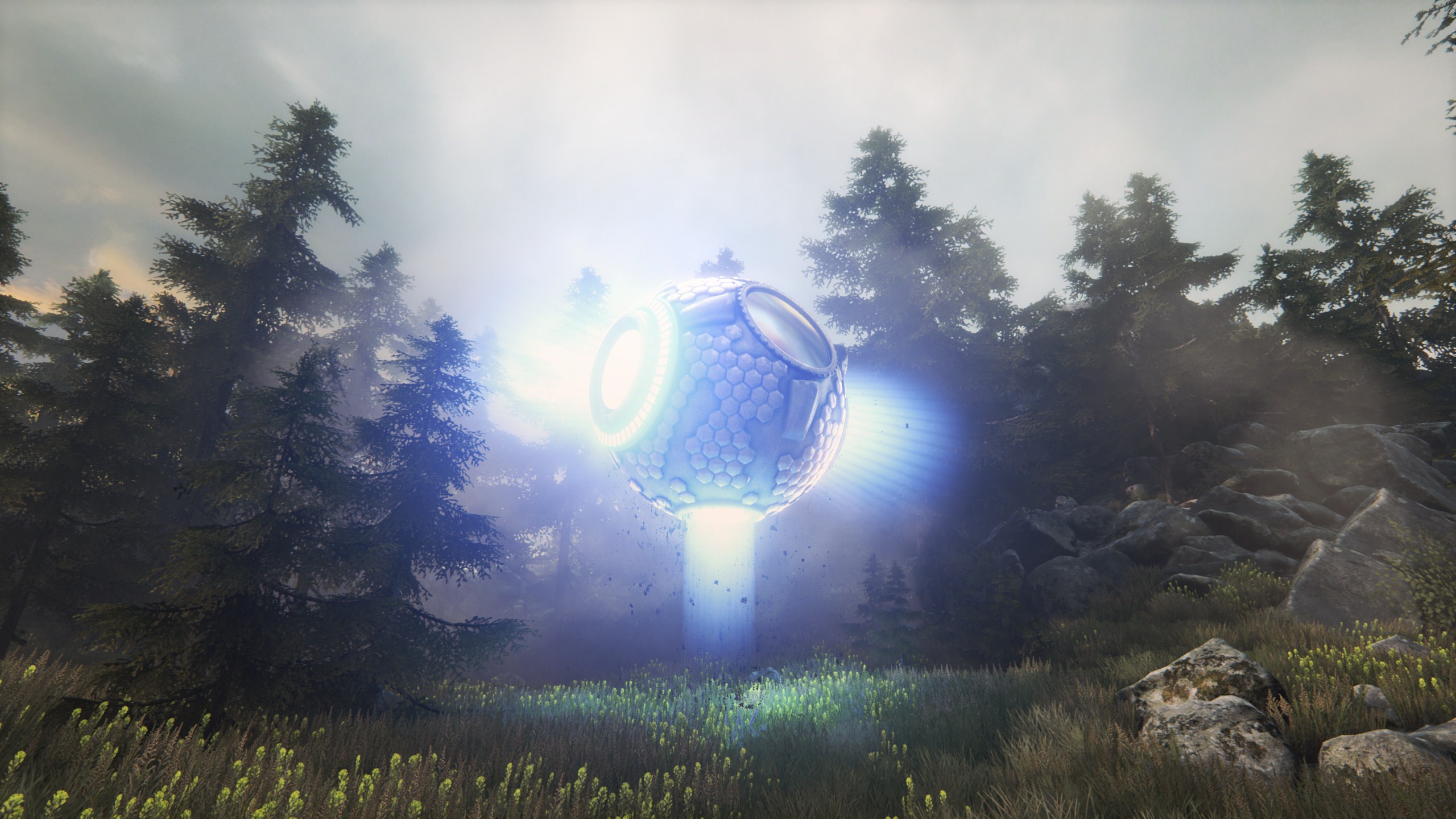
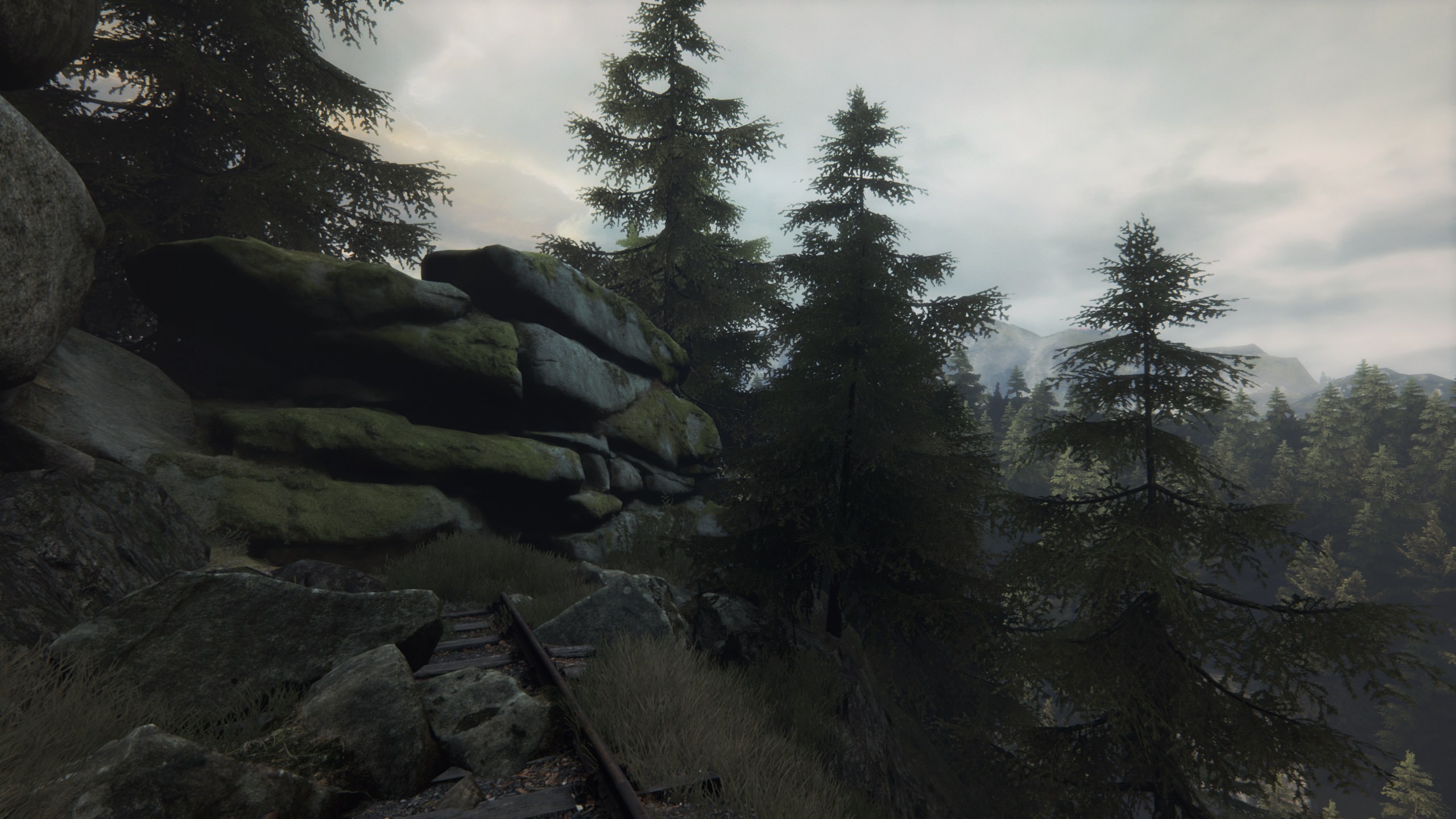

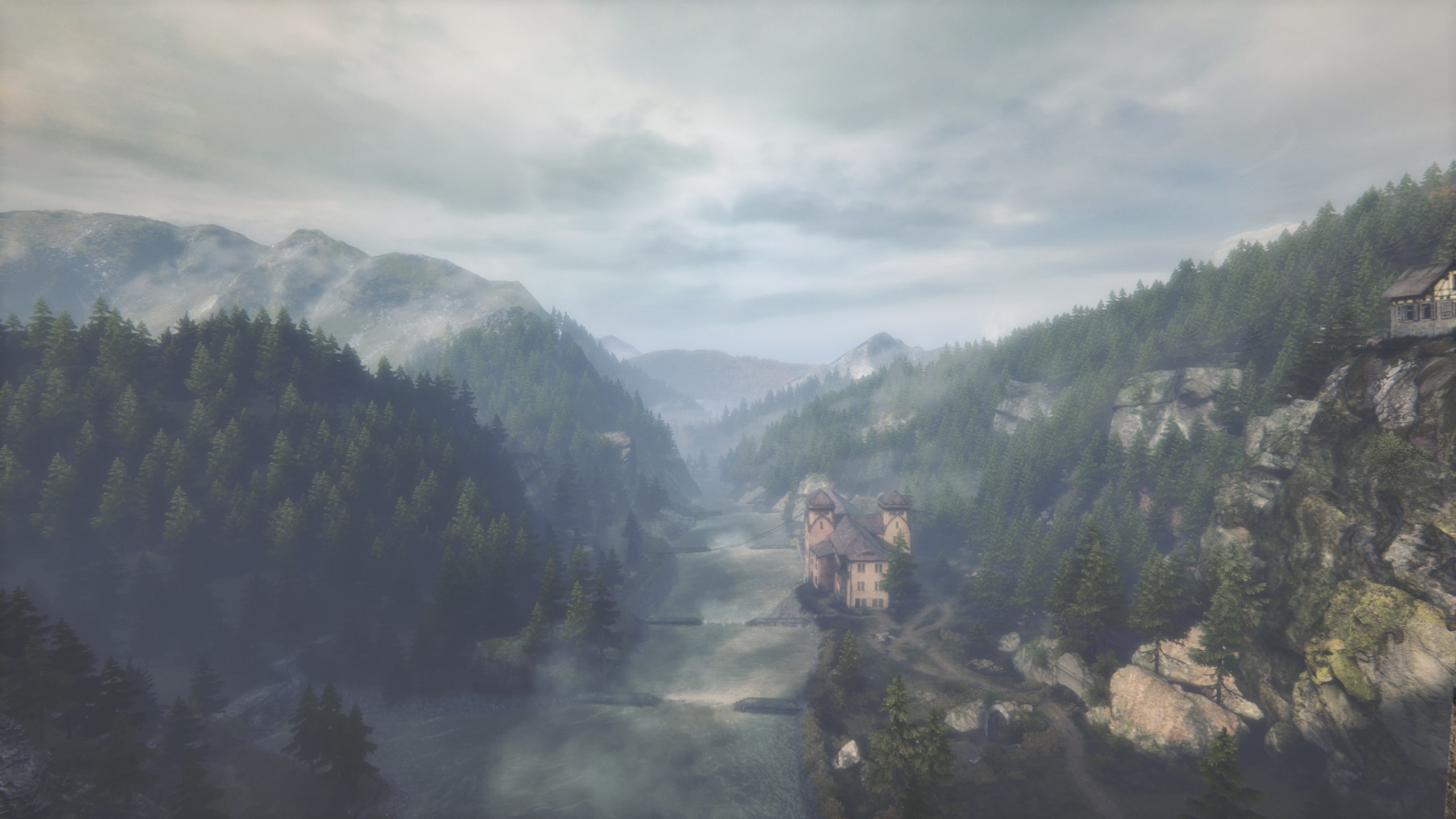
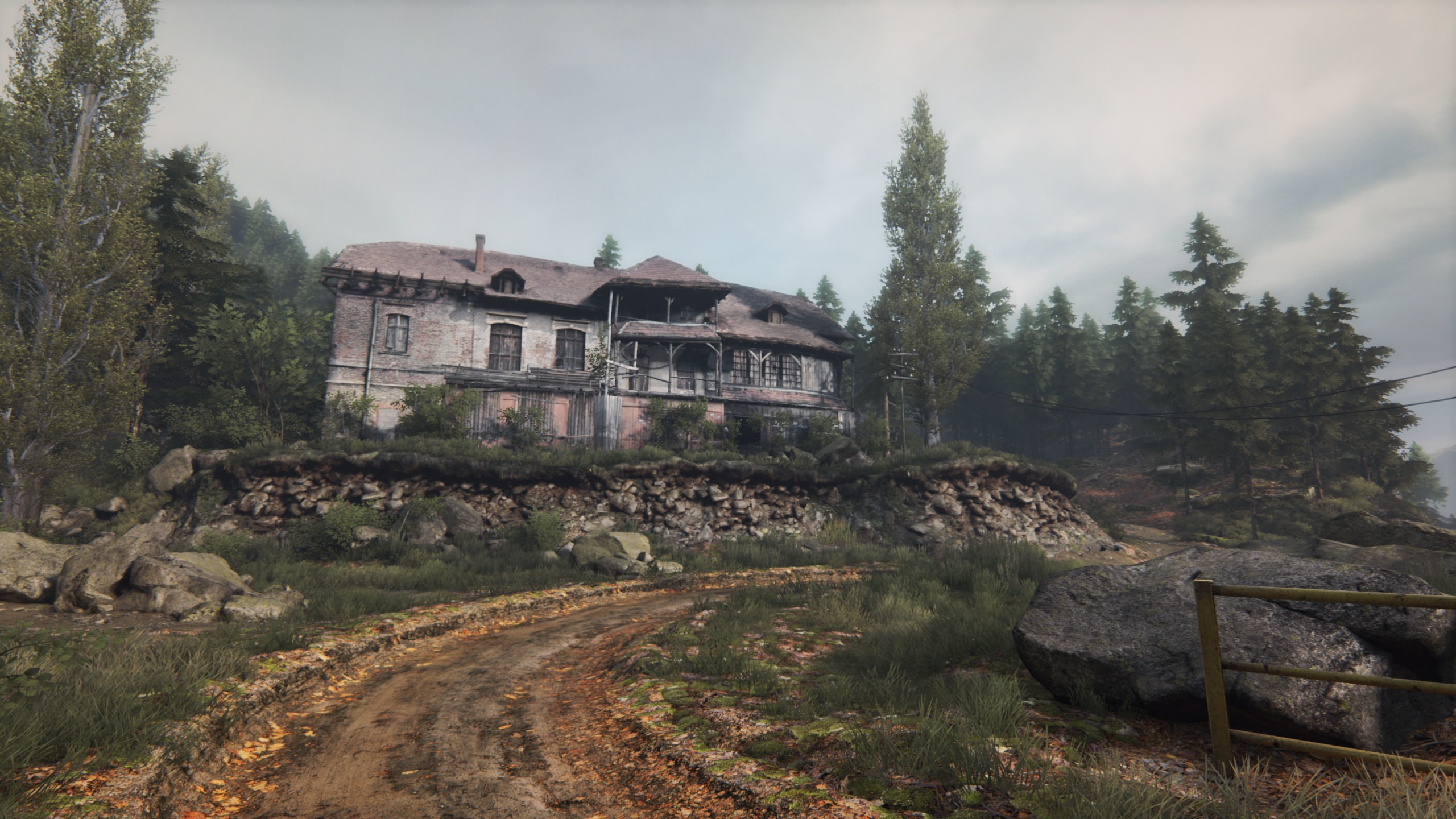

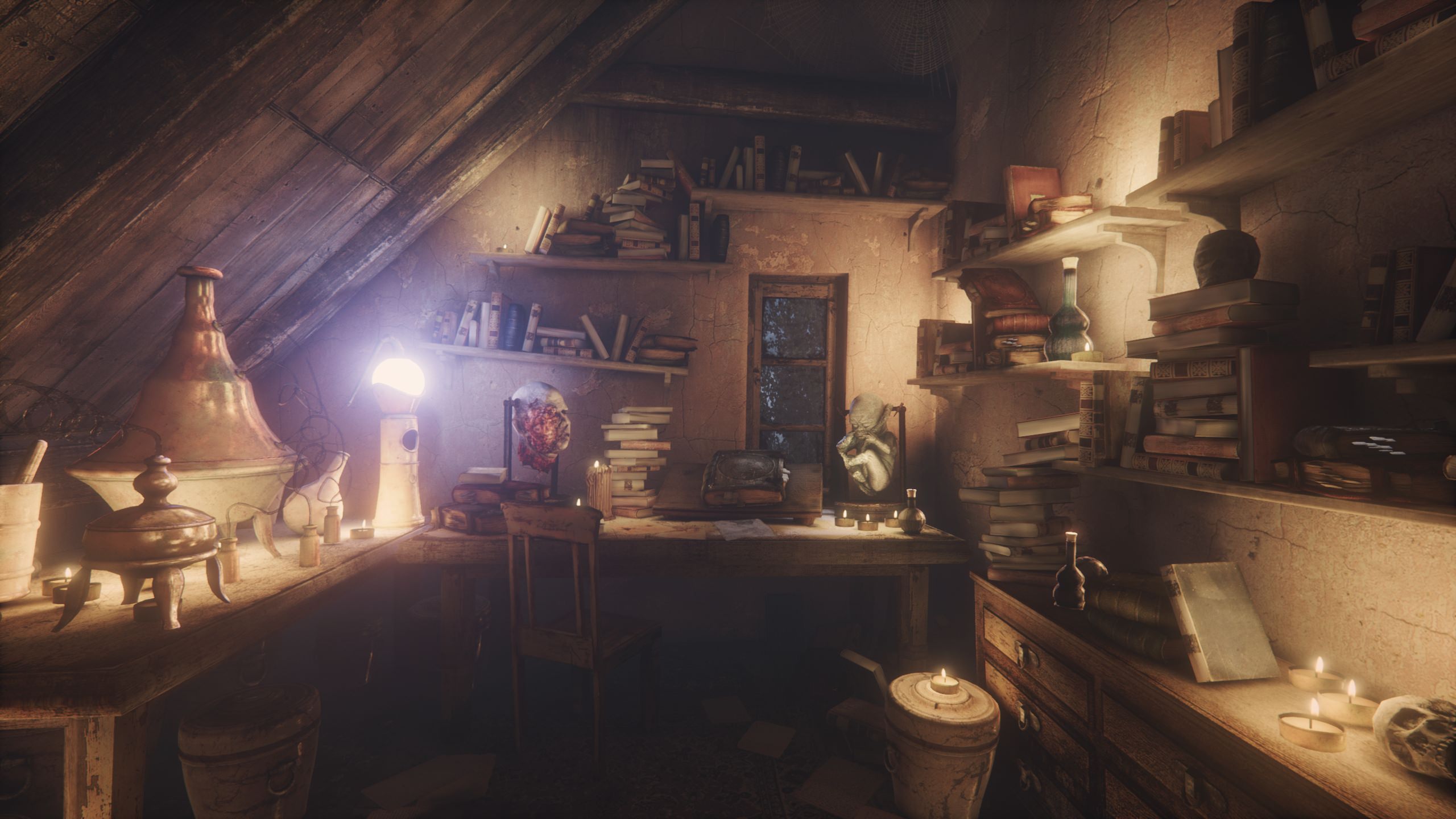
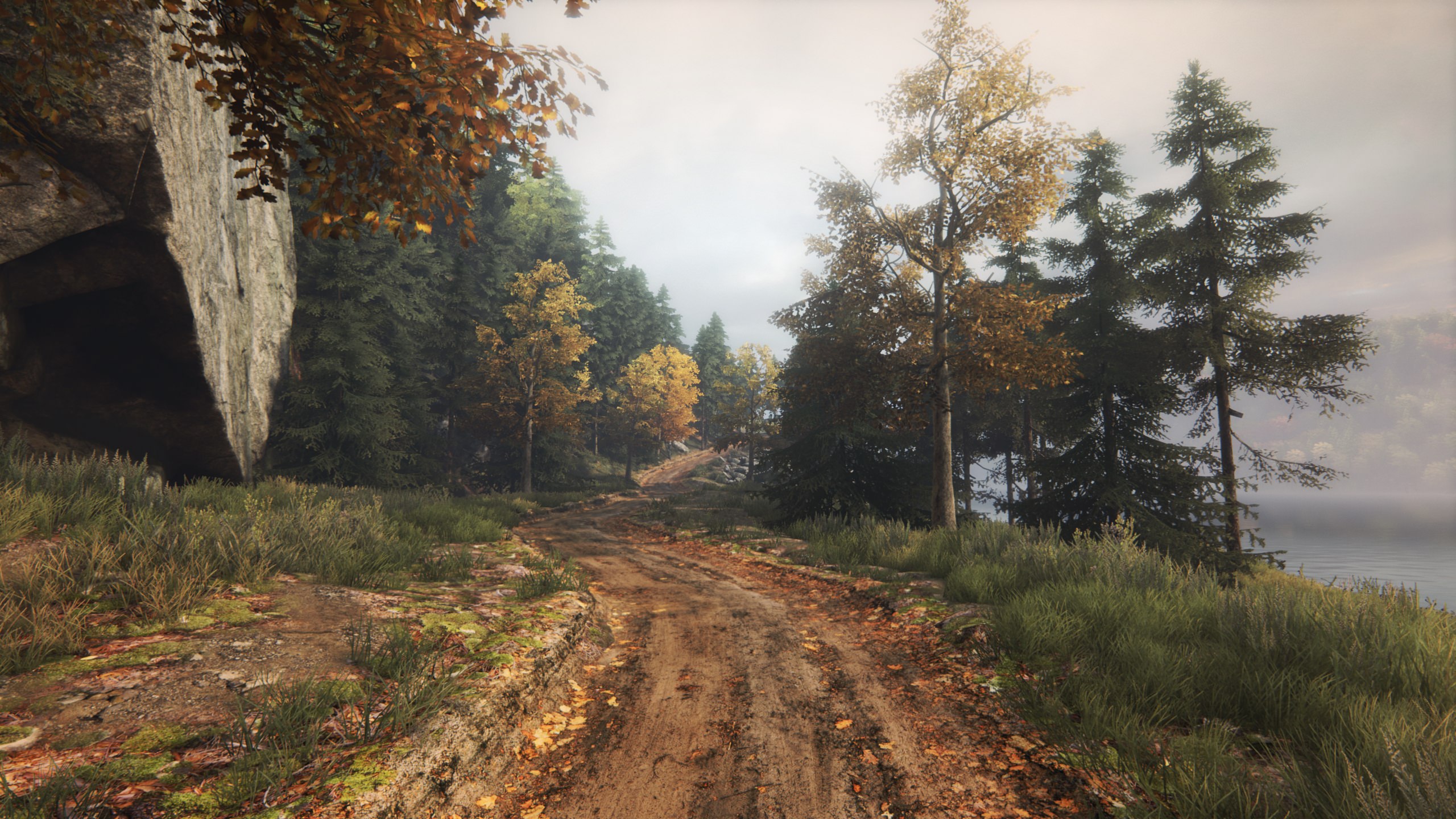
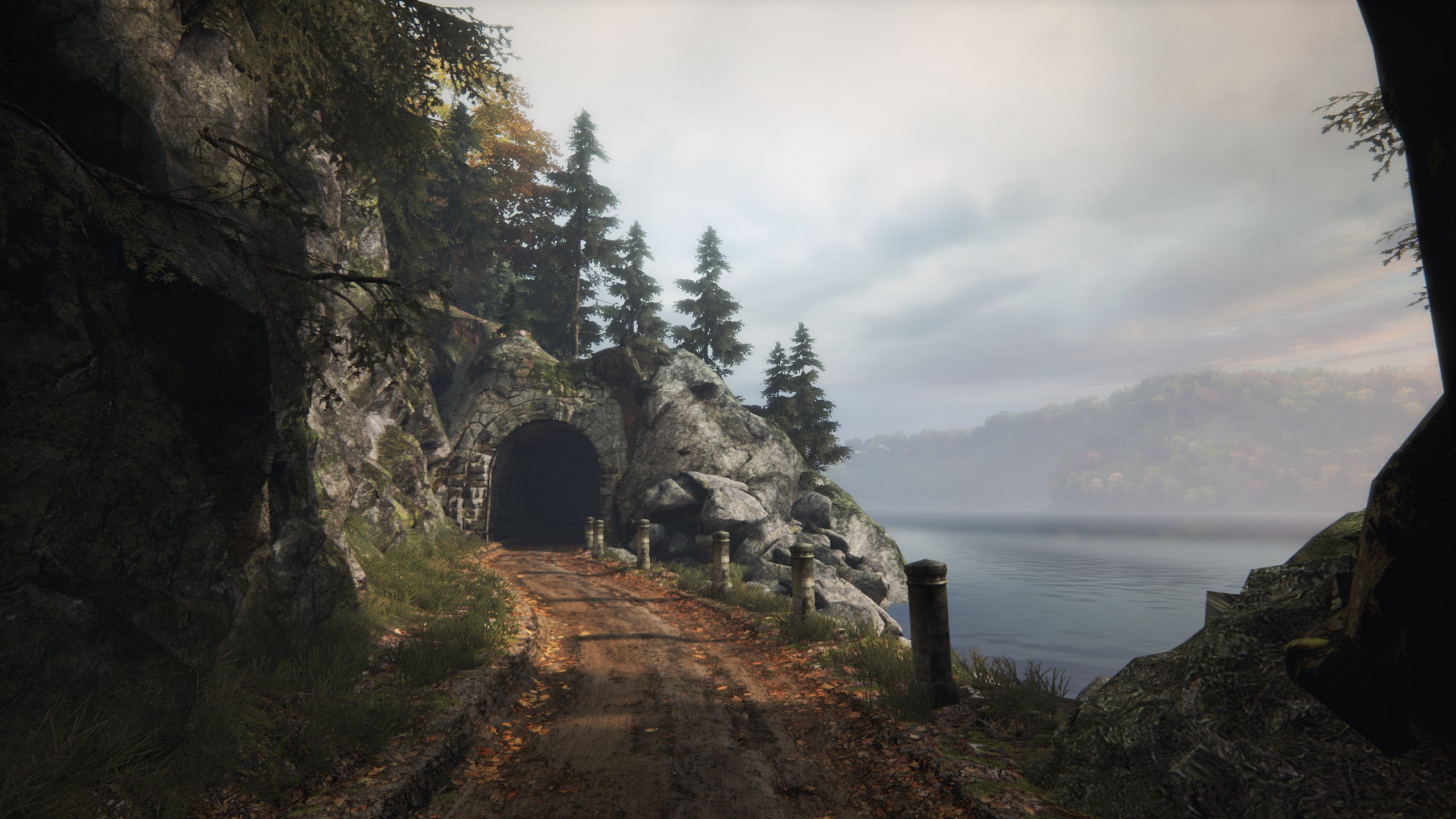
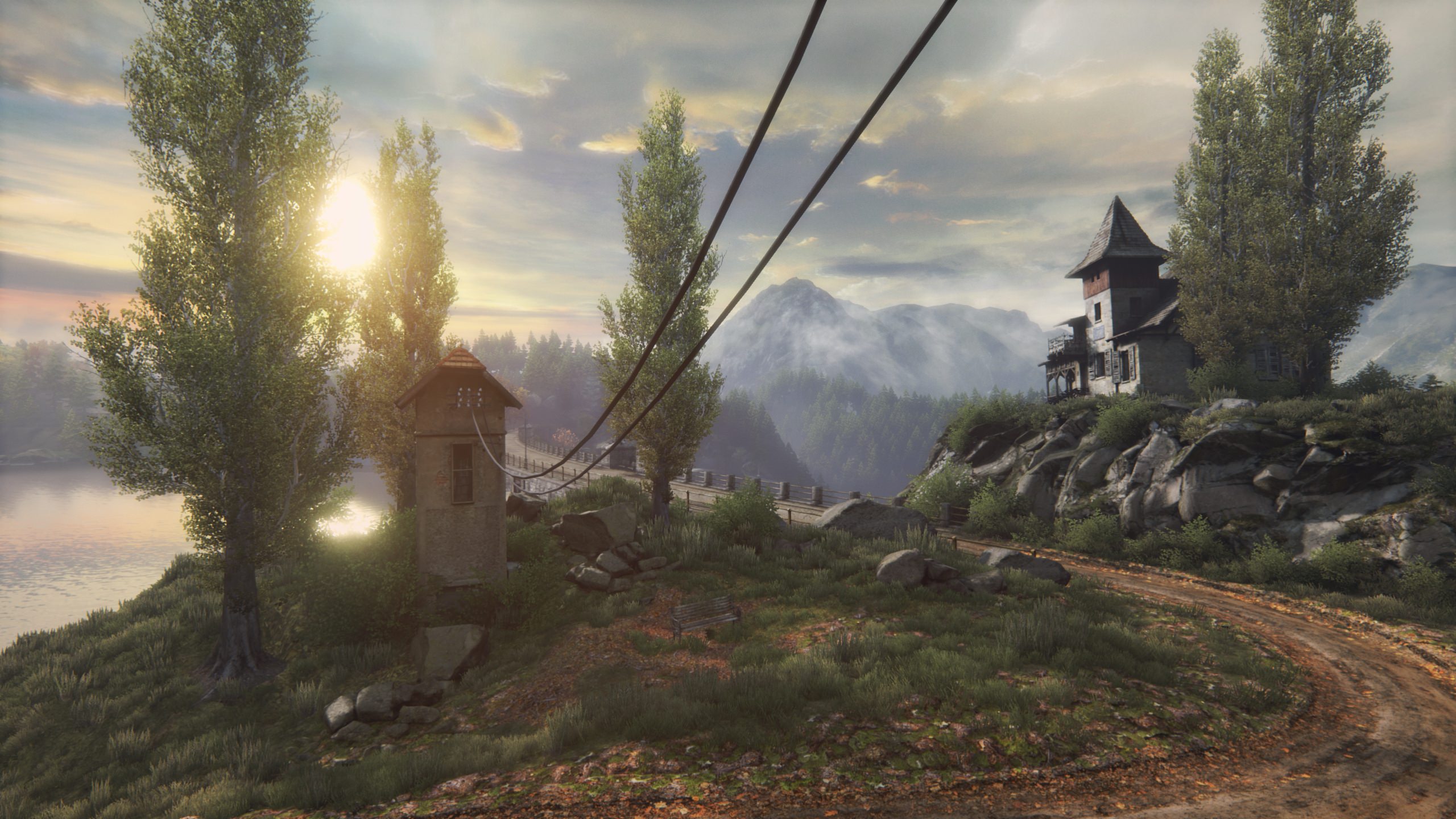
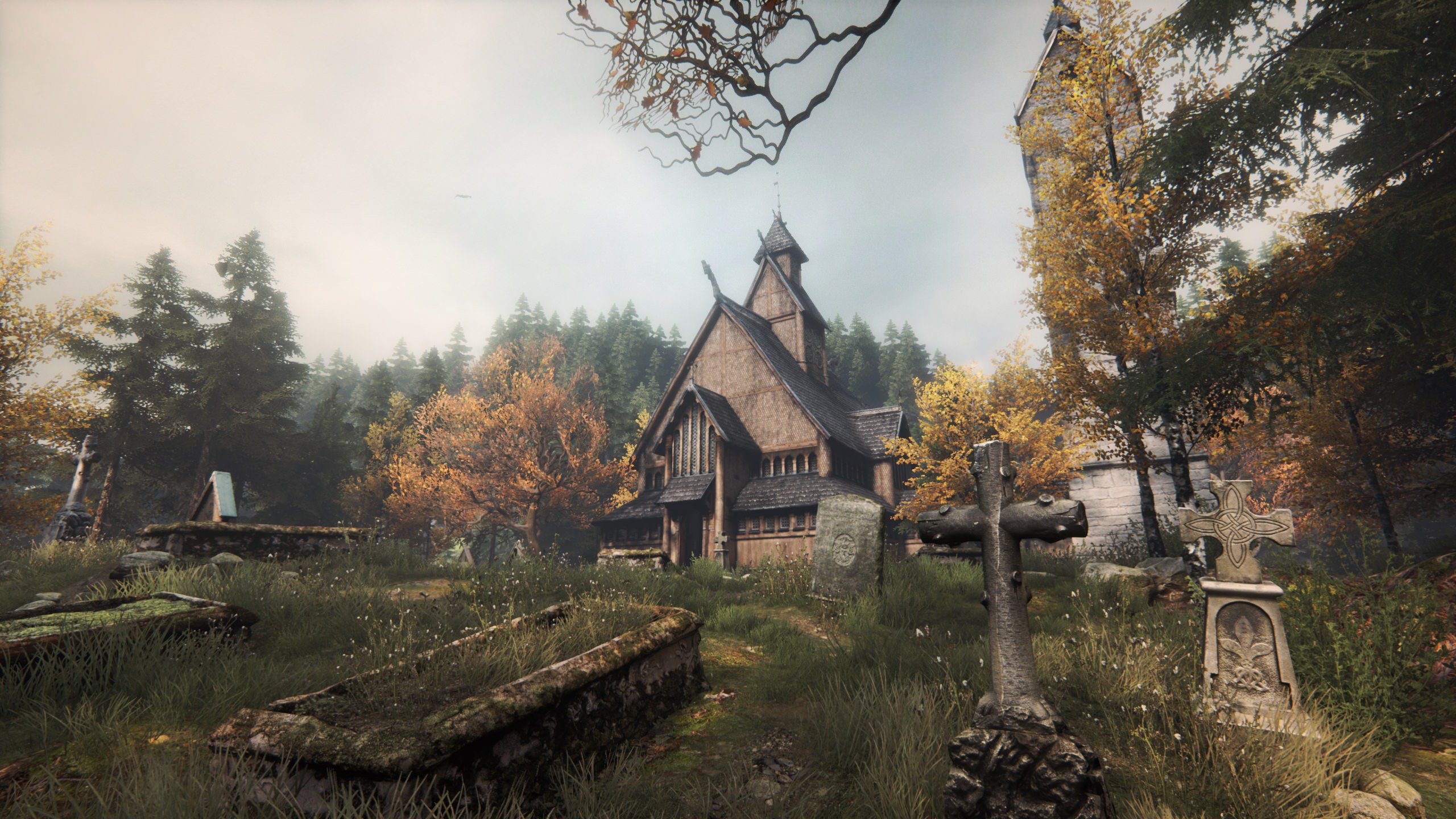
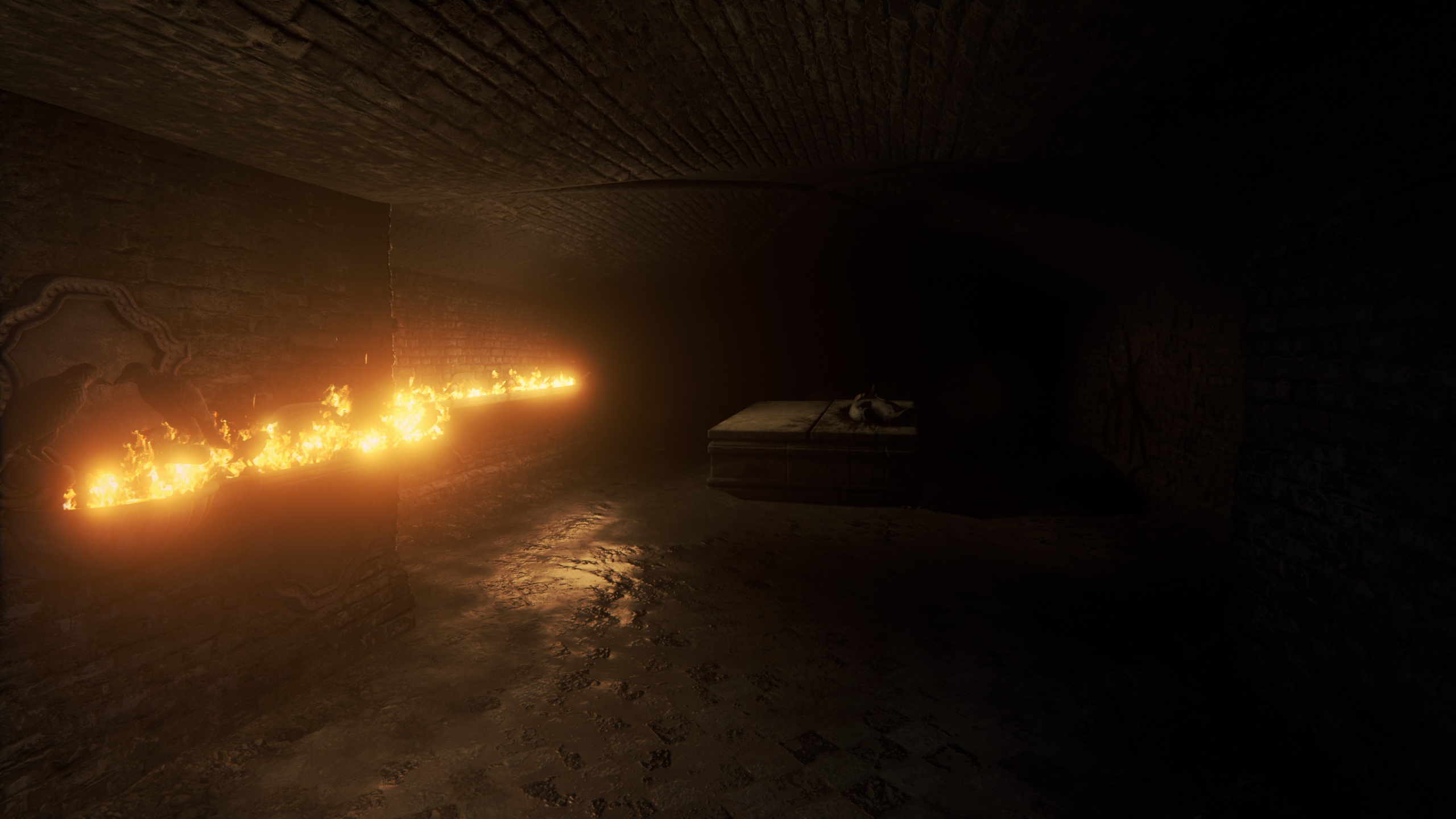
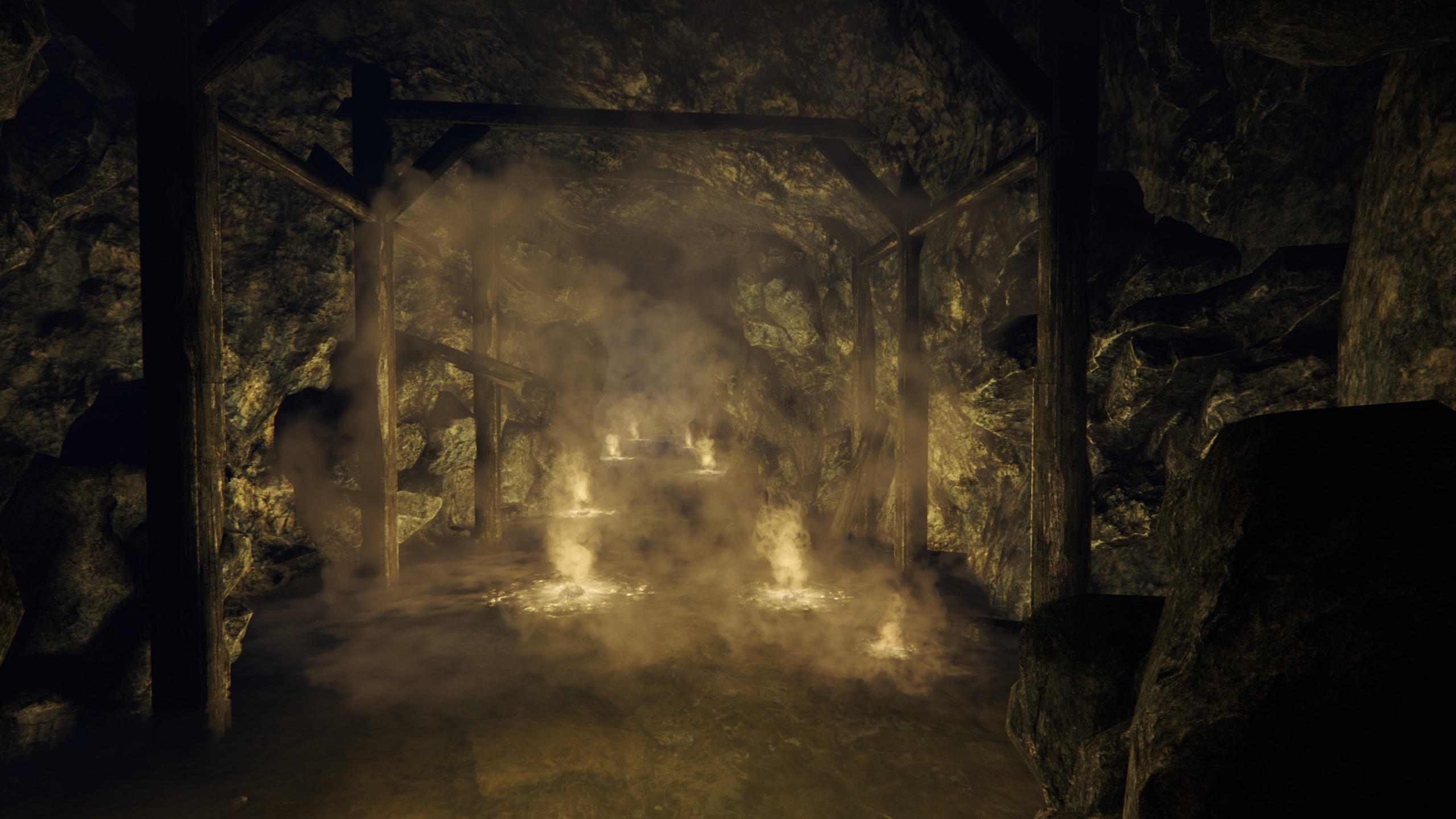
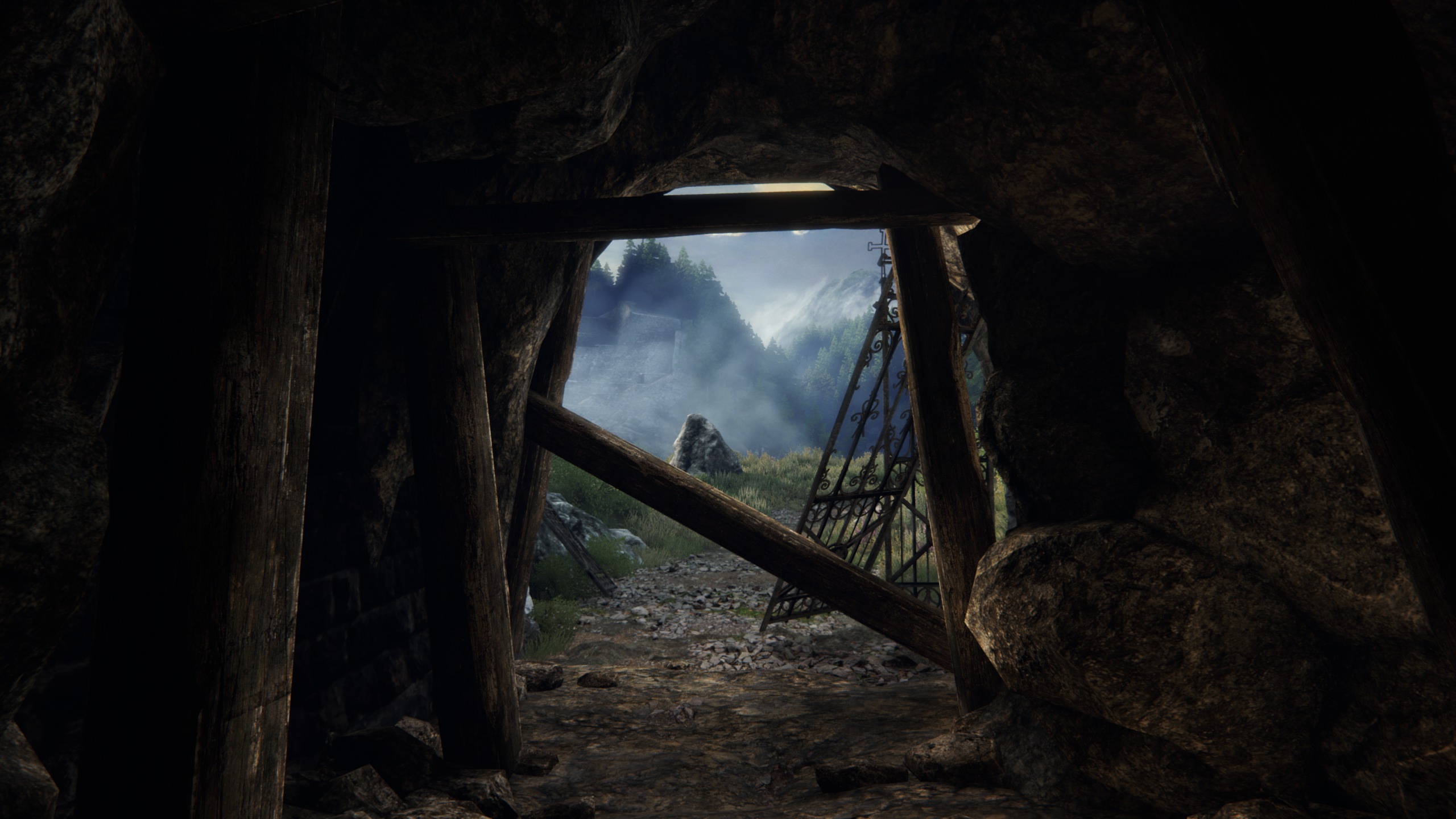
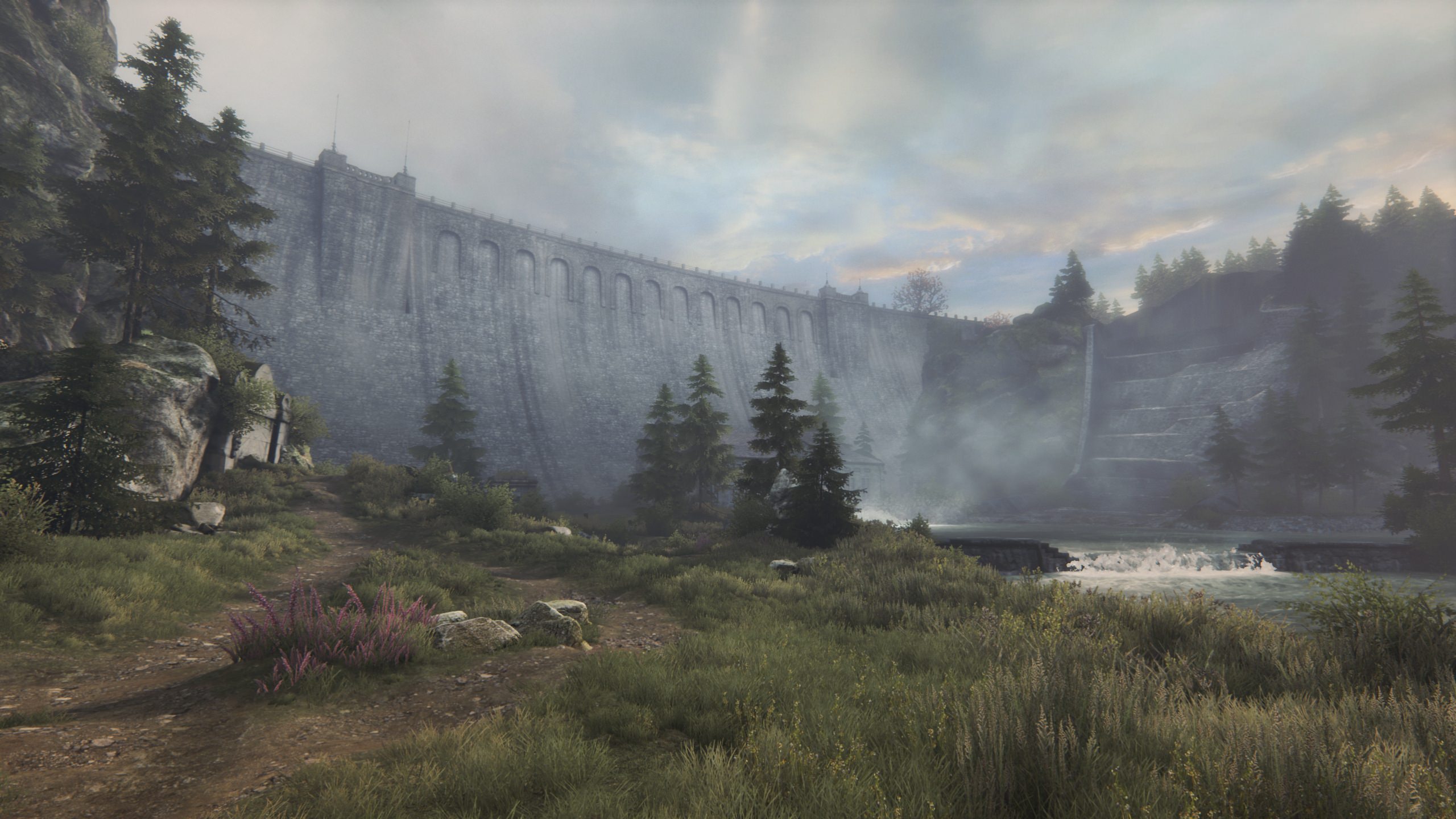
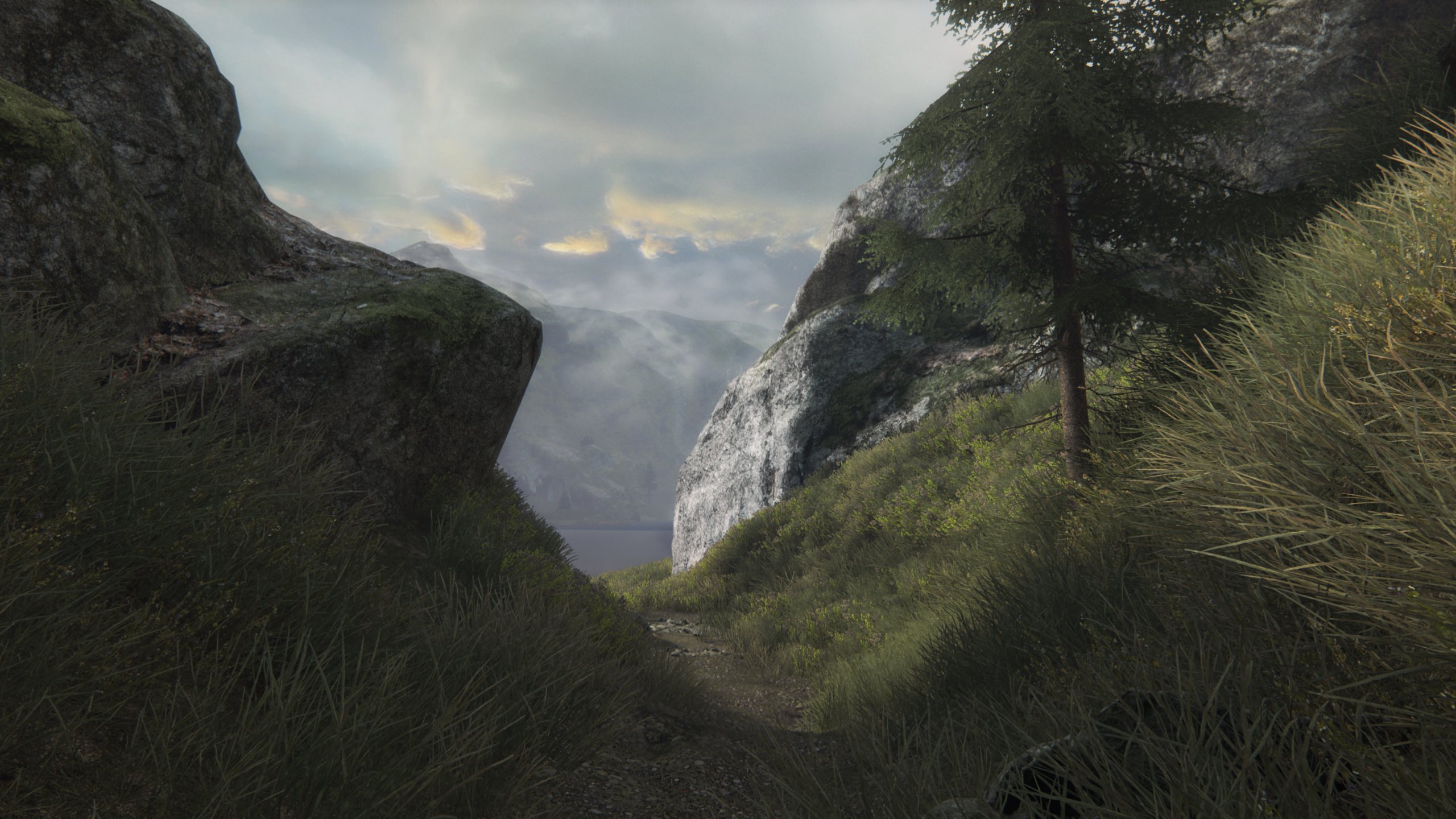
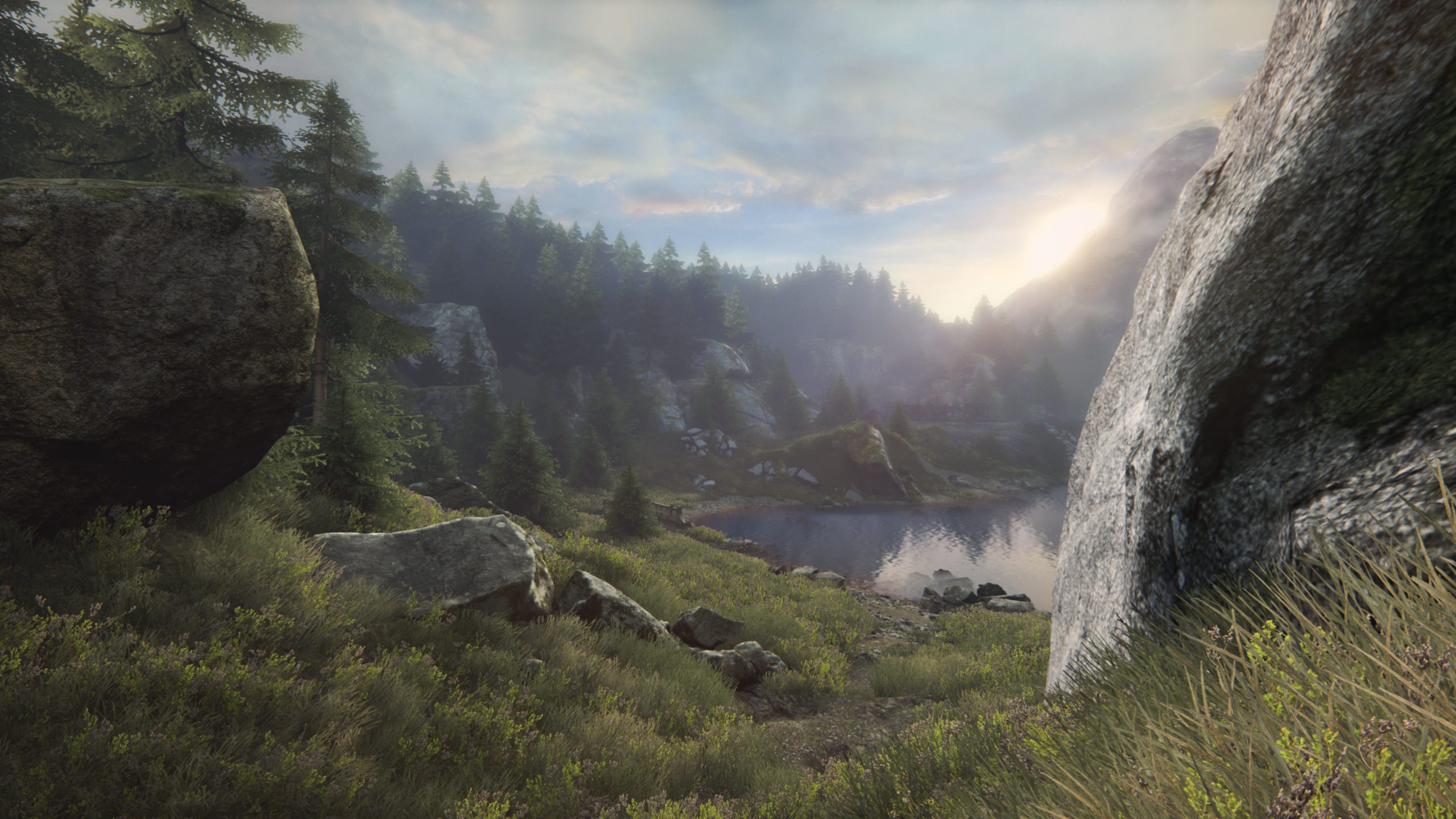
The Vanishing of Ethan Carter Redux, which is the game ported from Unreal Engine 3 to Unreal Engine 4 with a few changes, has a greatly improved anti-aliasing implementation thanks to UE4’s industry leading TAA, although the original game is compatible with forced supersampling unlike Redux. Furthermore Redux has even better optimization and is not prone to stuttering like UE3 games are. Redux is one of the absolute most well optimized games out there.
Shadow Warrior 2
This game might be more than we deserve. Artistically magnificent, mechanically genius, technological juggernaut. So beautiful yet so well optimized and scalable, so interactive from a physics standpoint, and industry leading first person action mechanics (hack and slash/melee combat and shooting). It looks even better in motion thanks to the amount of physics objects it has, and effects such as wind moving every blade of grass and all other vegetation as well.
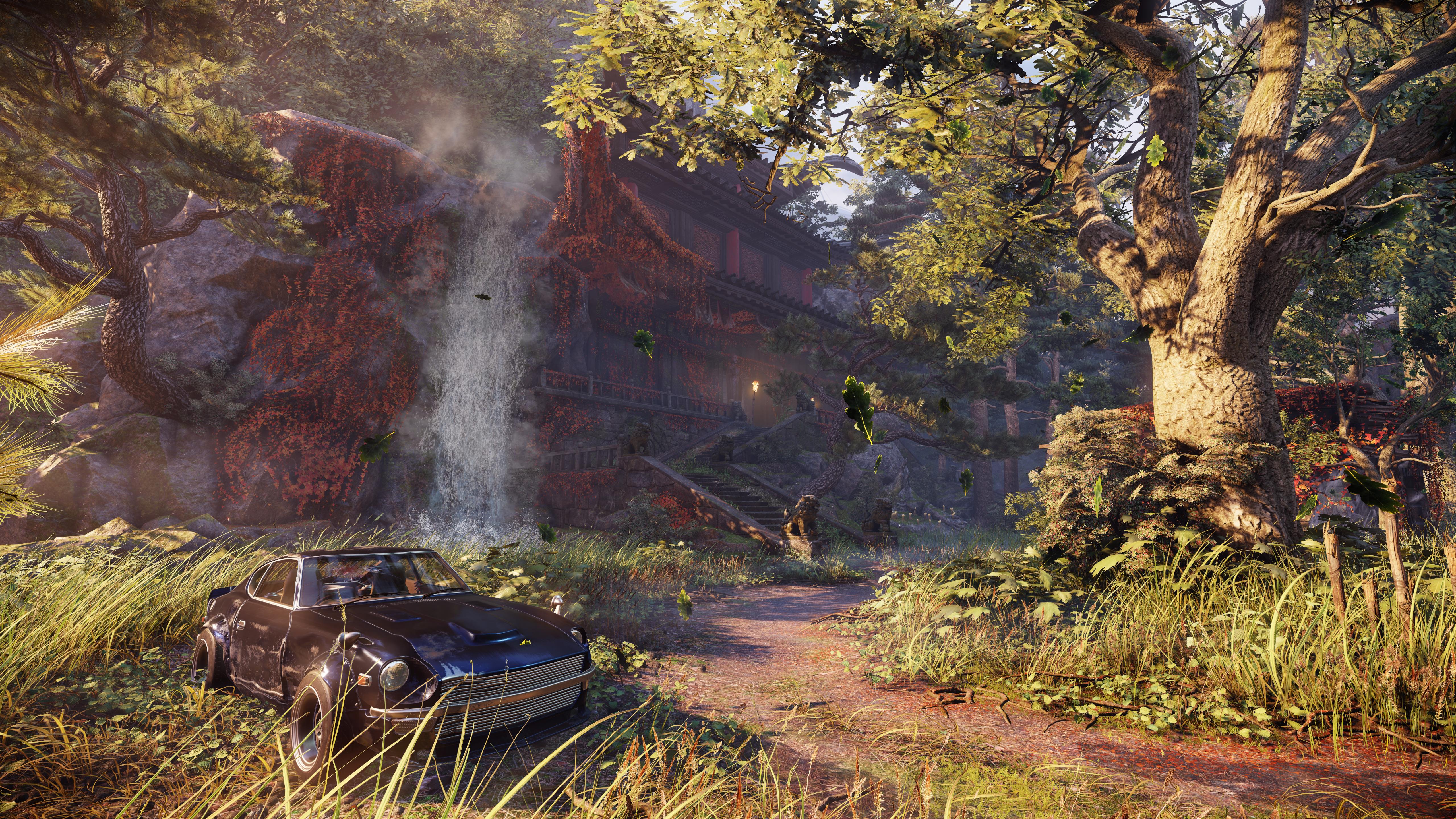
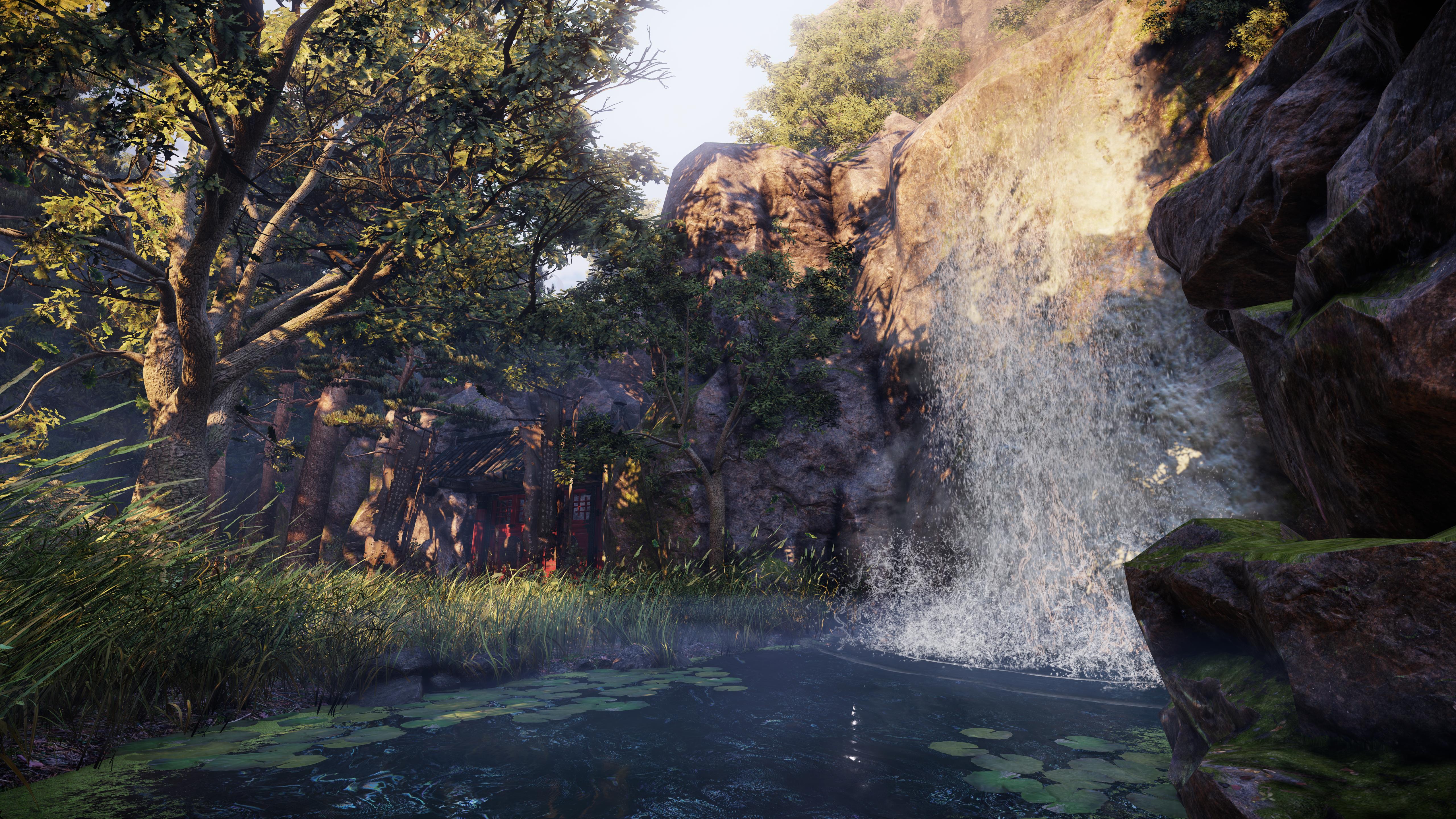
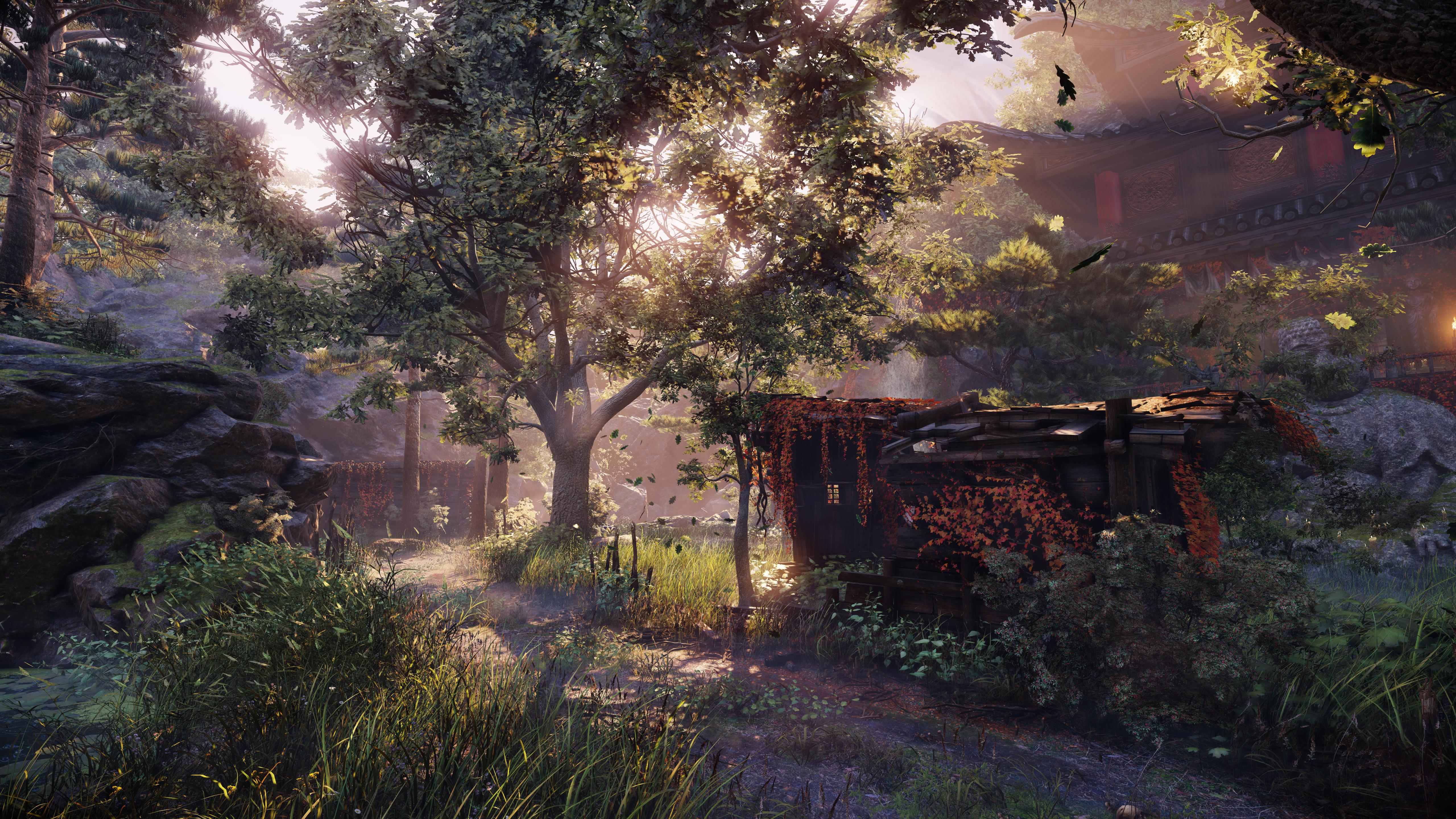
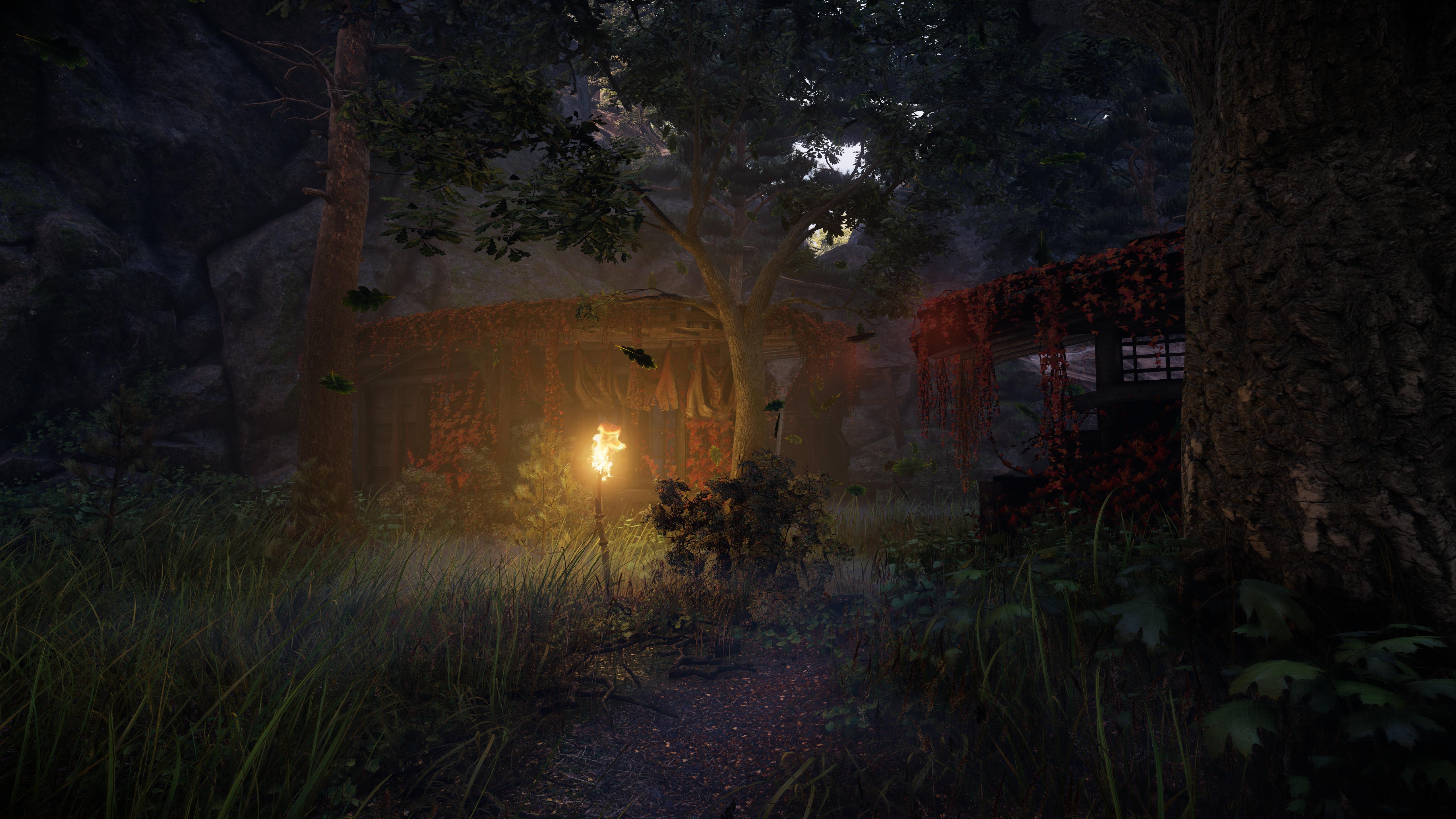


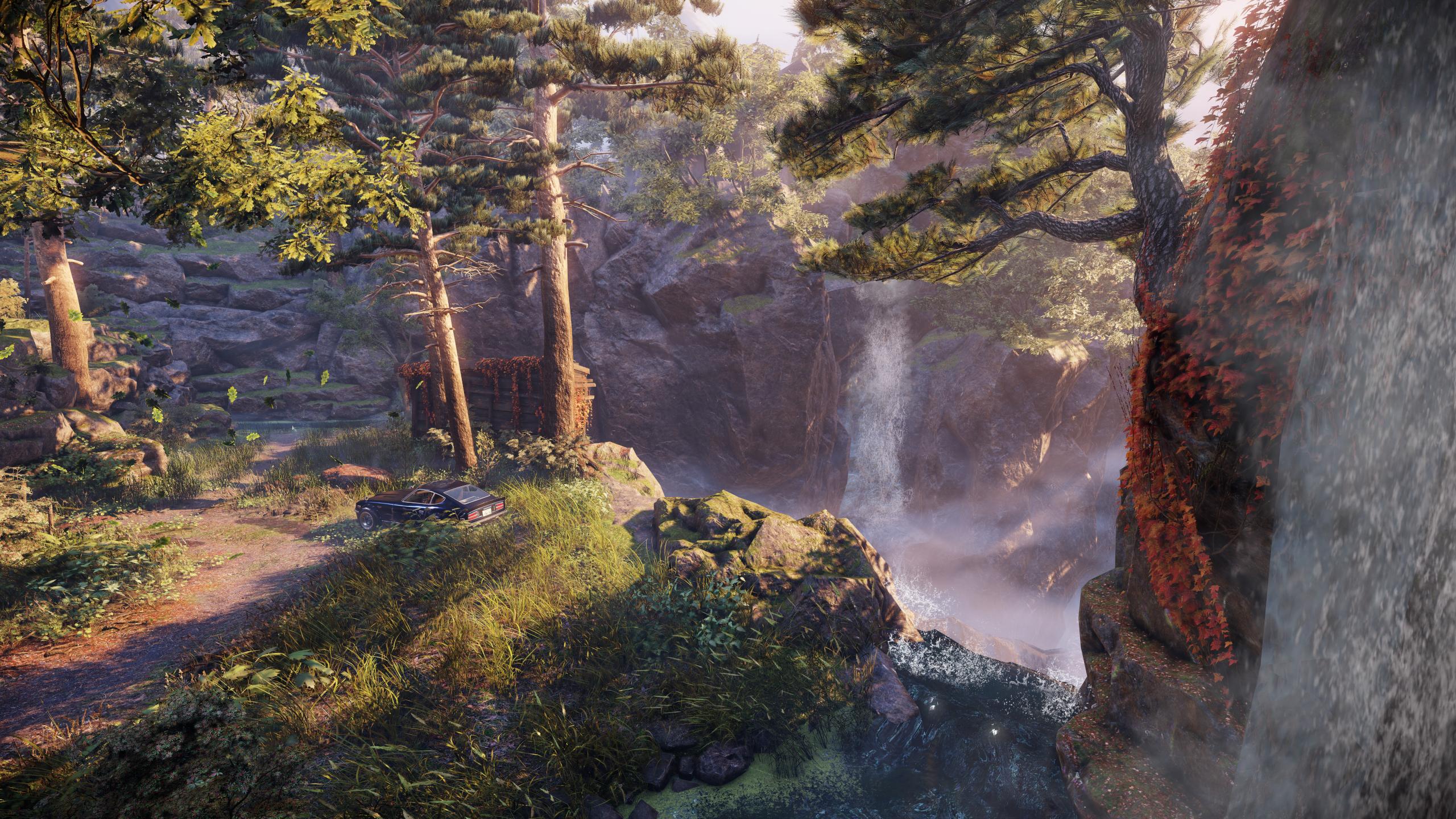


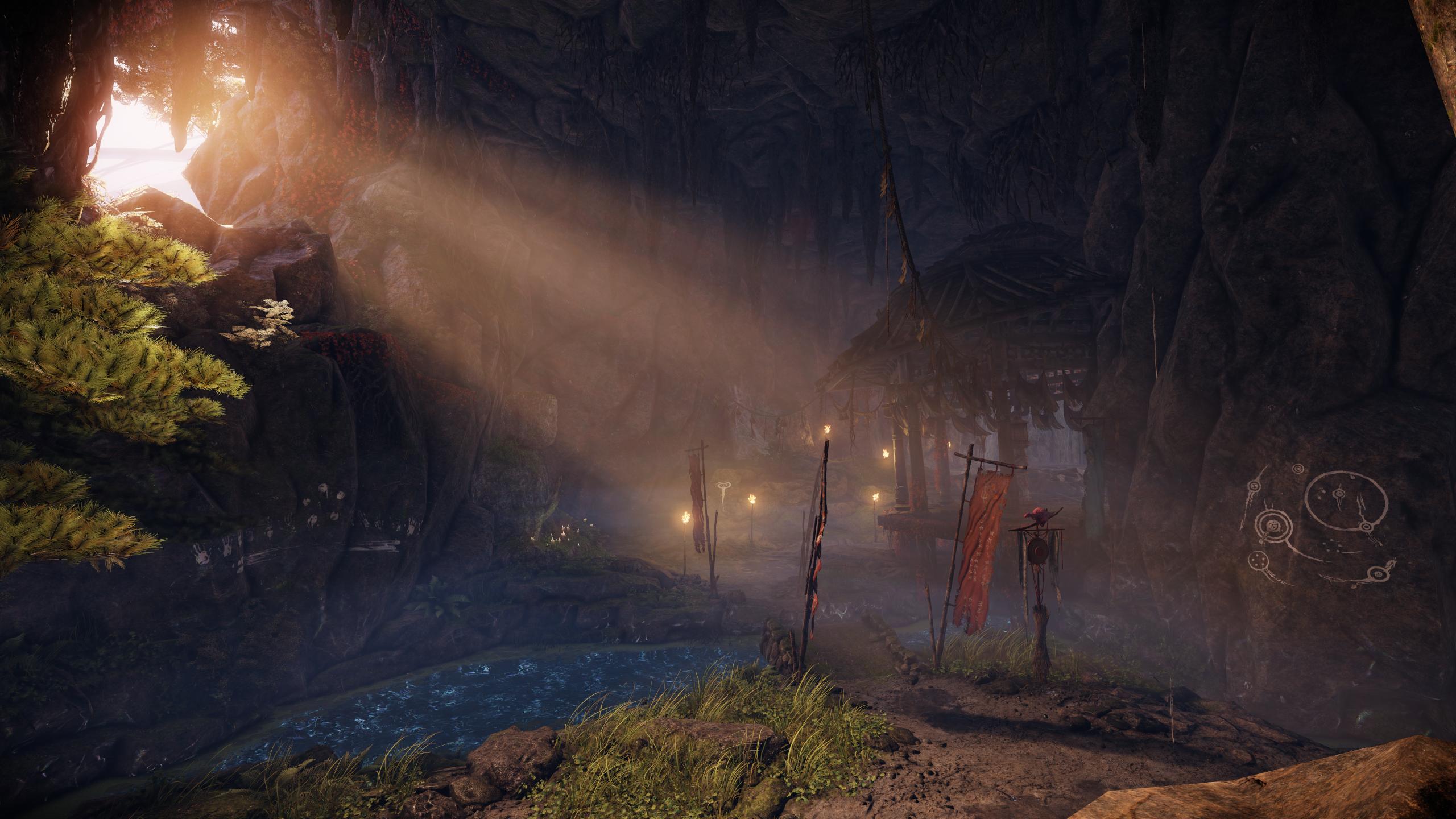
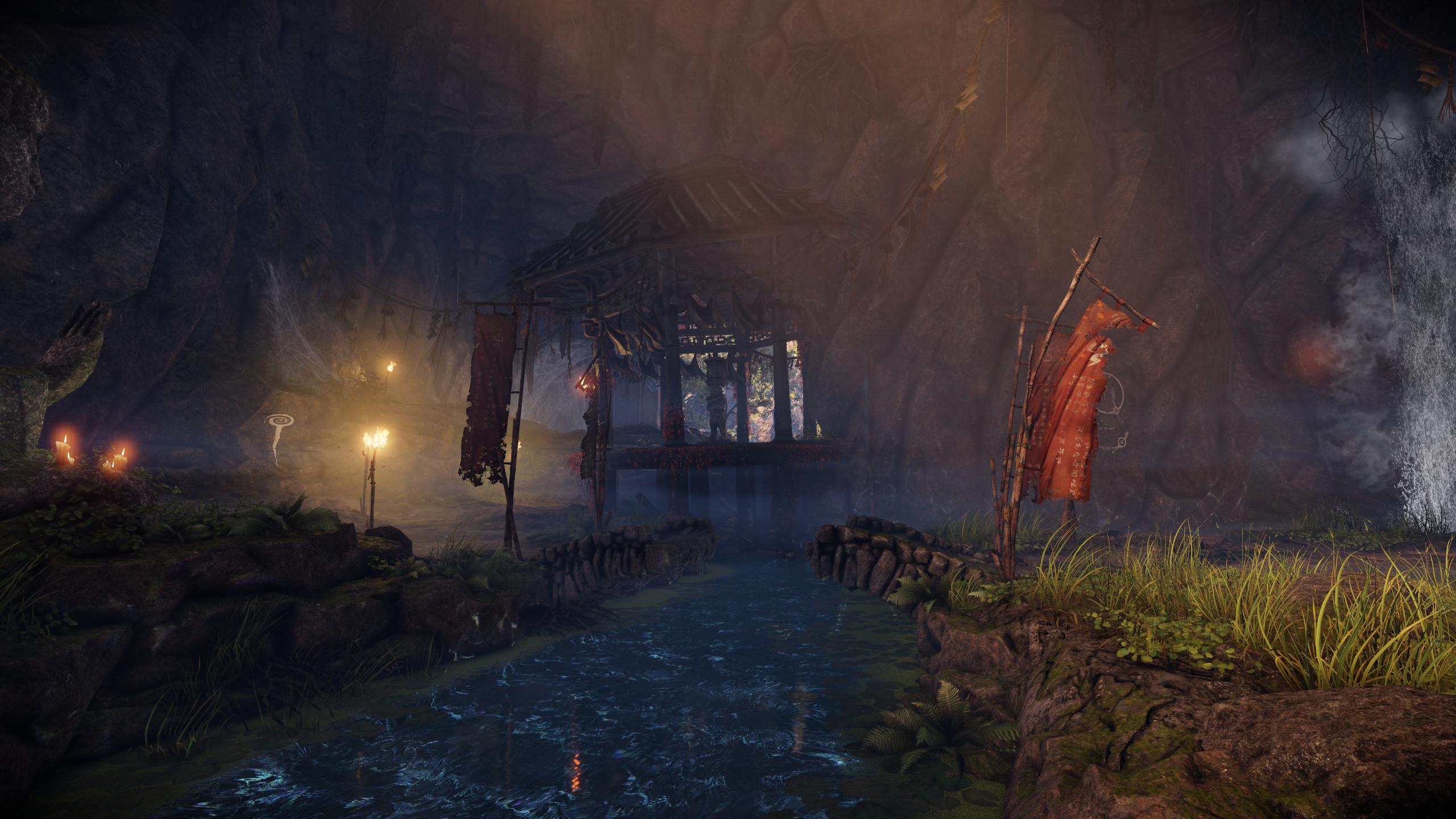
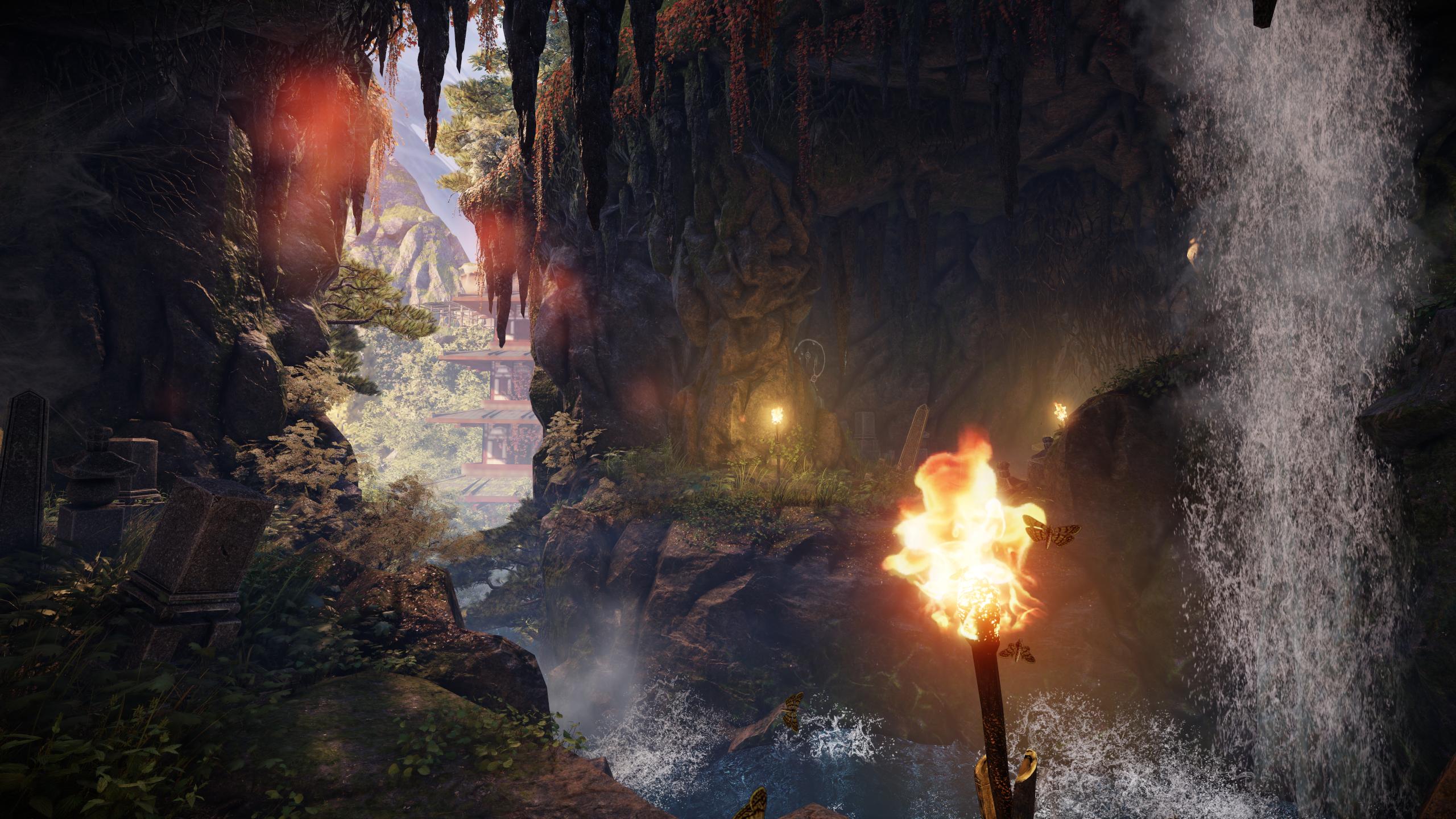
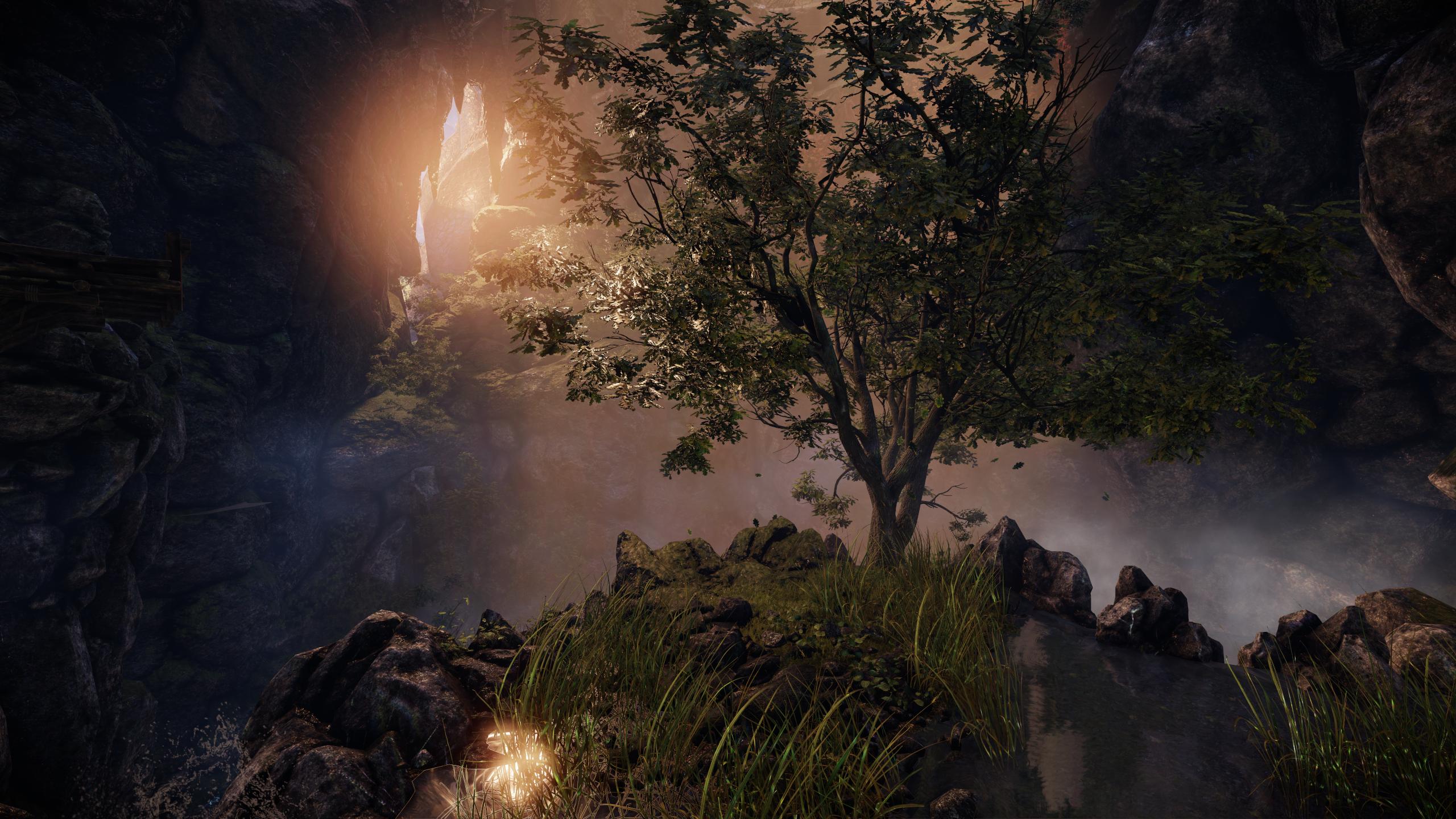
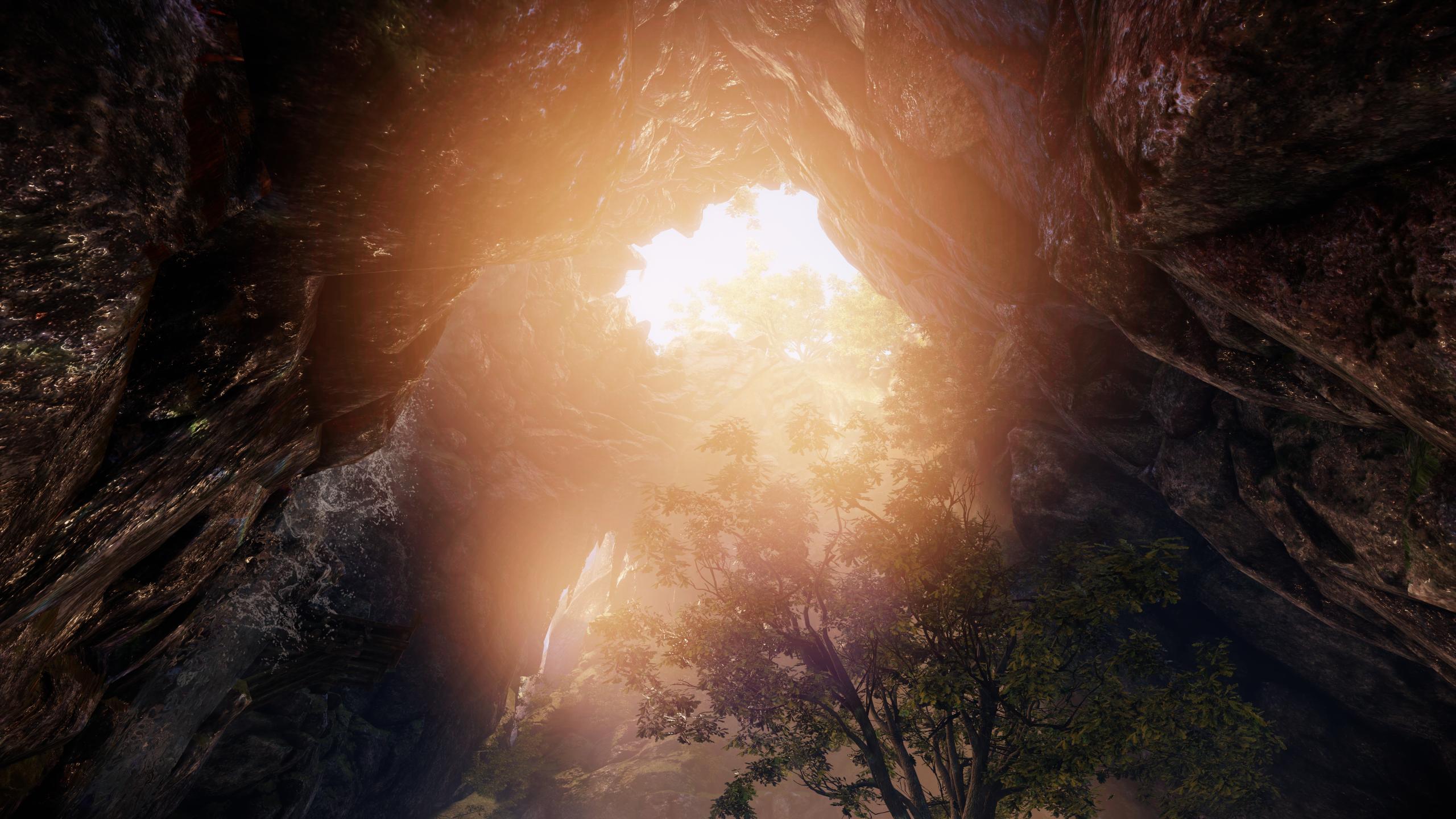
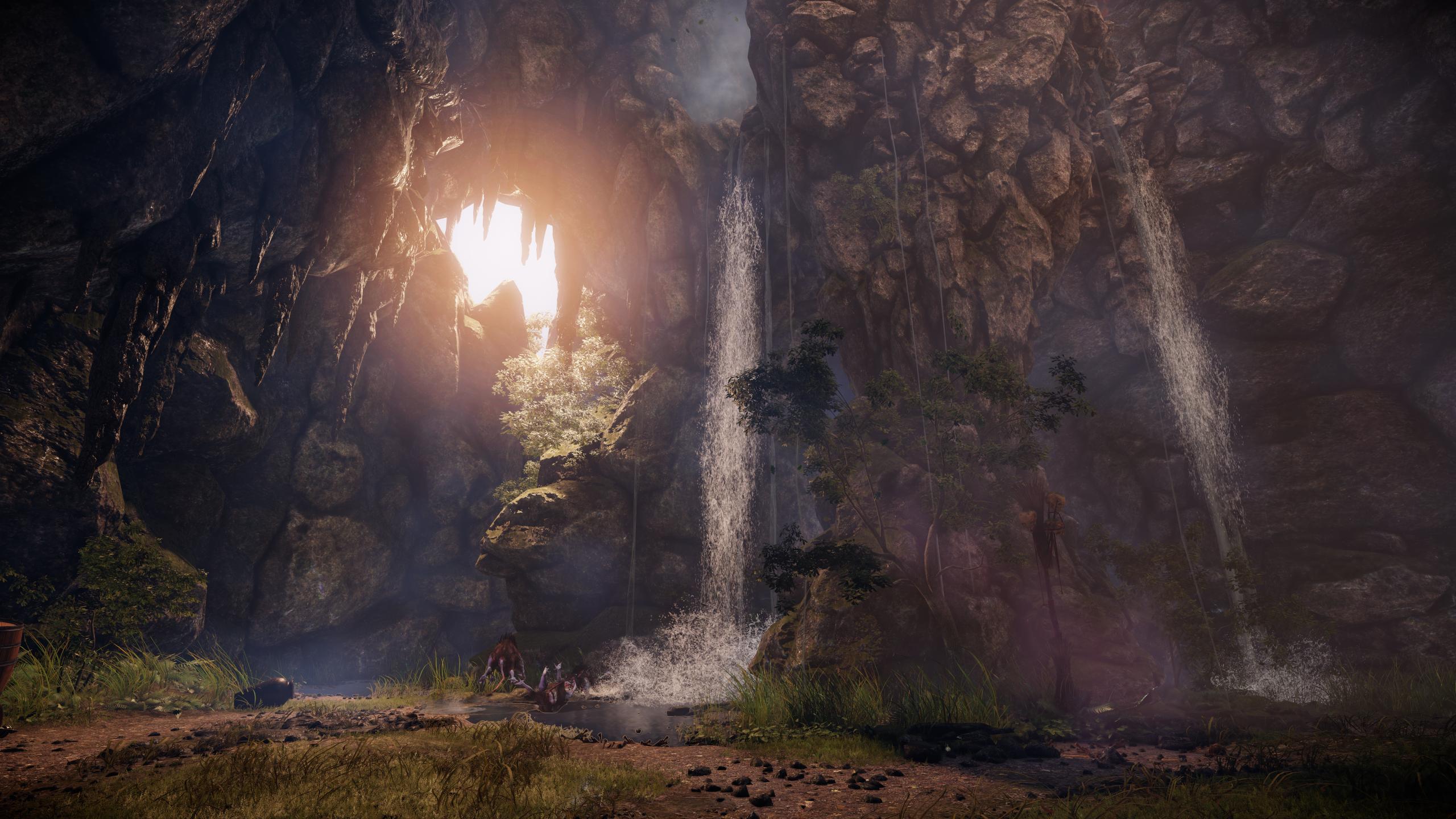
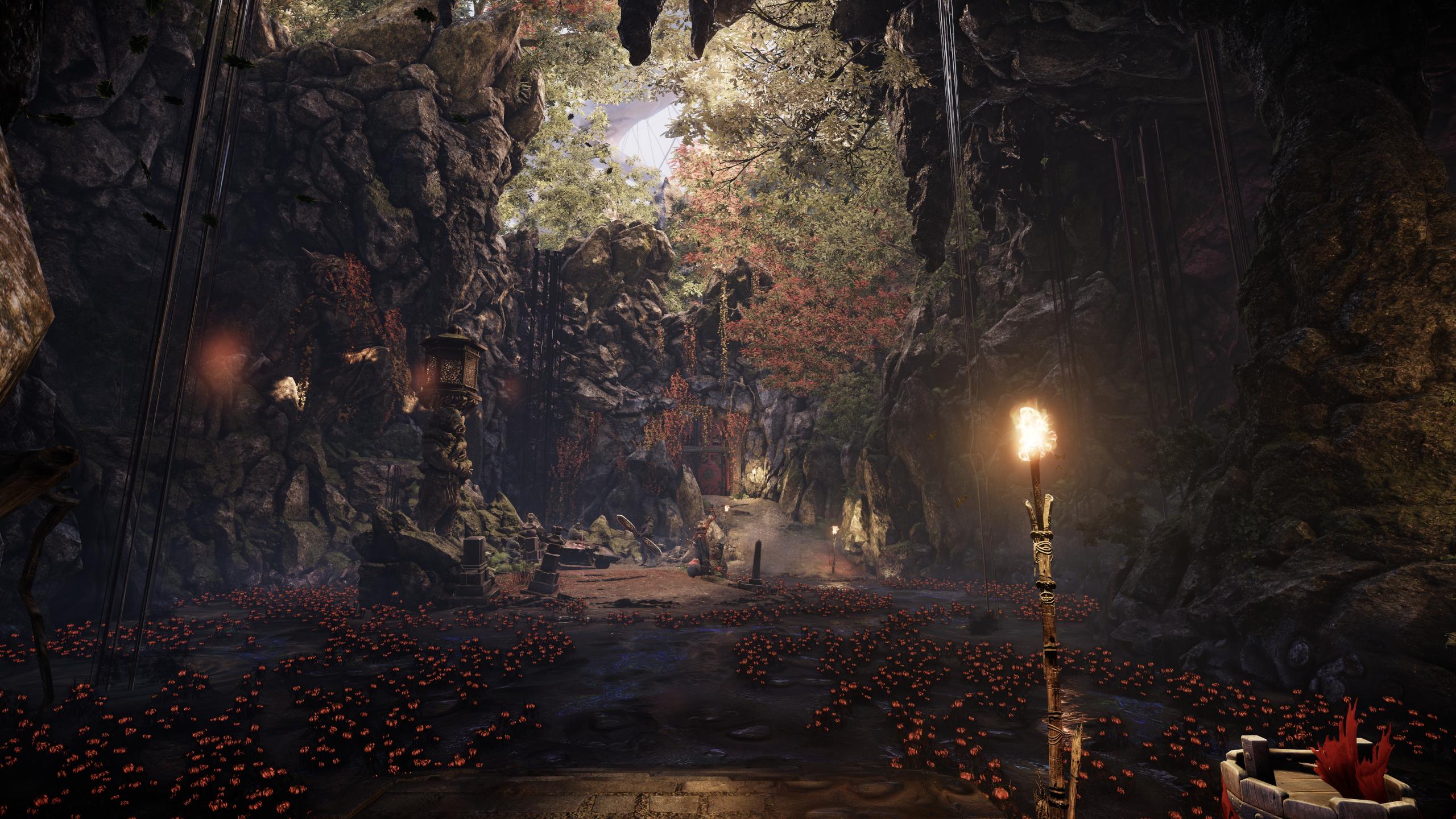
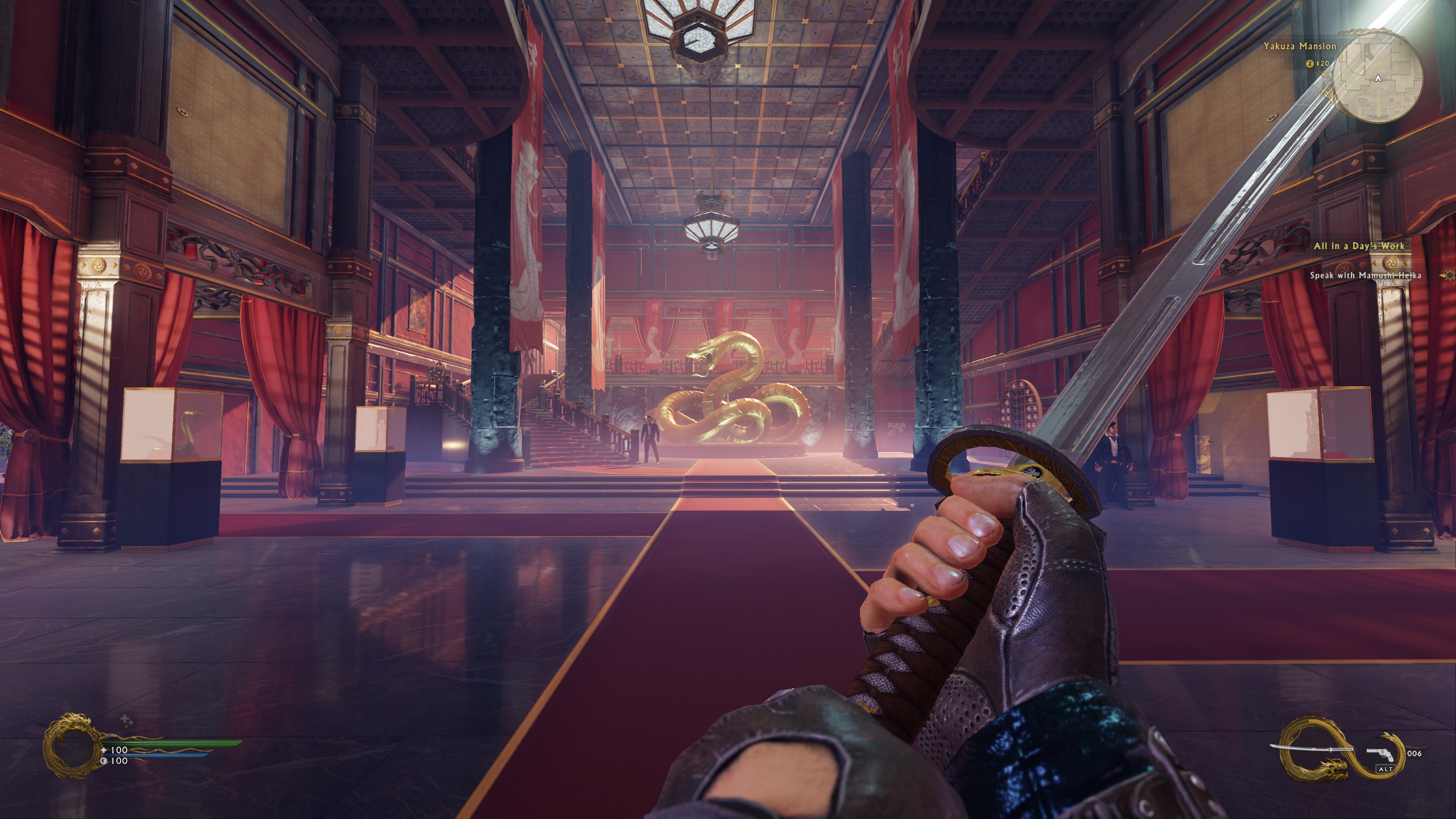

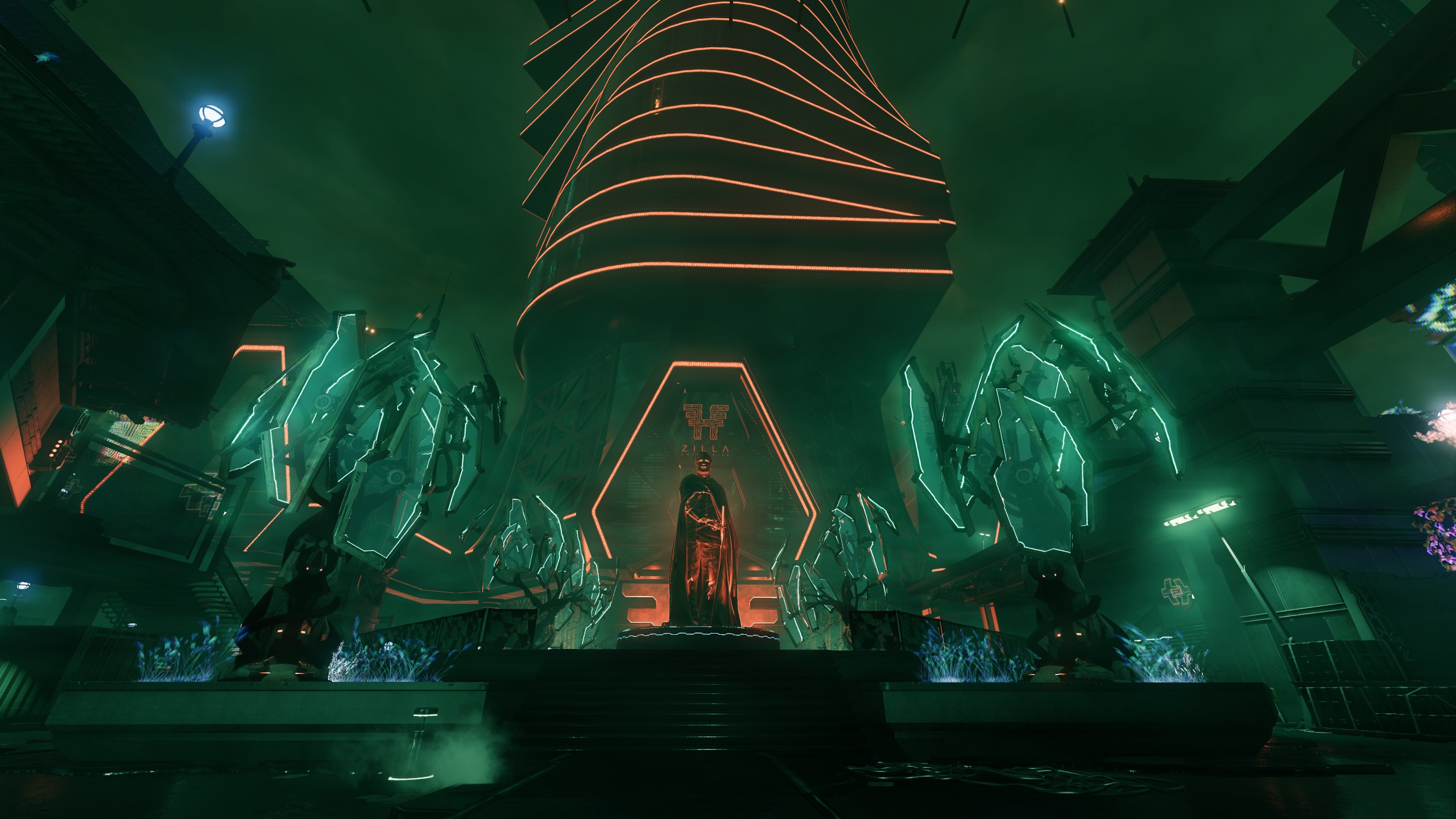
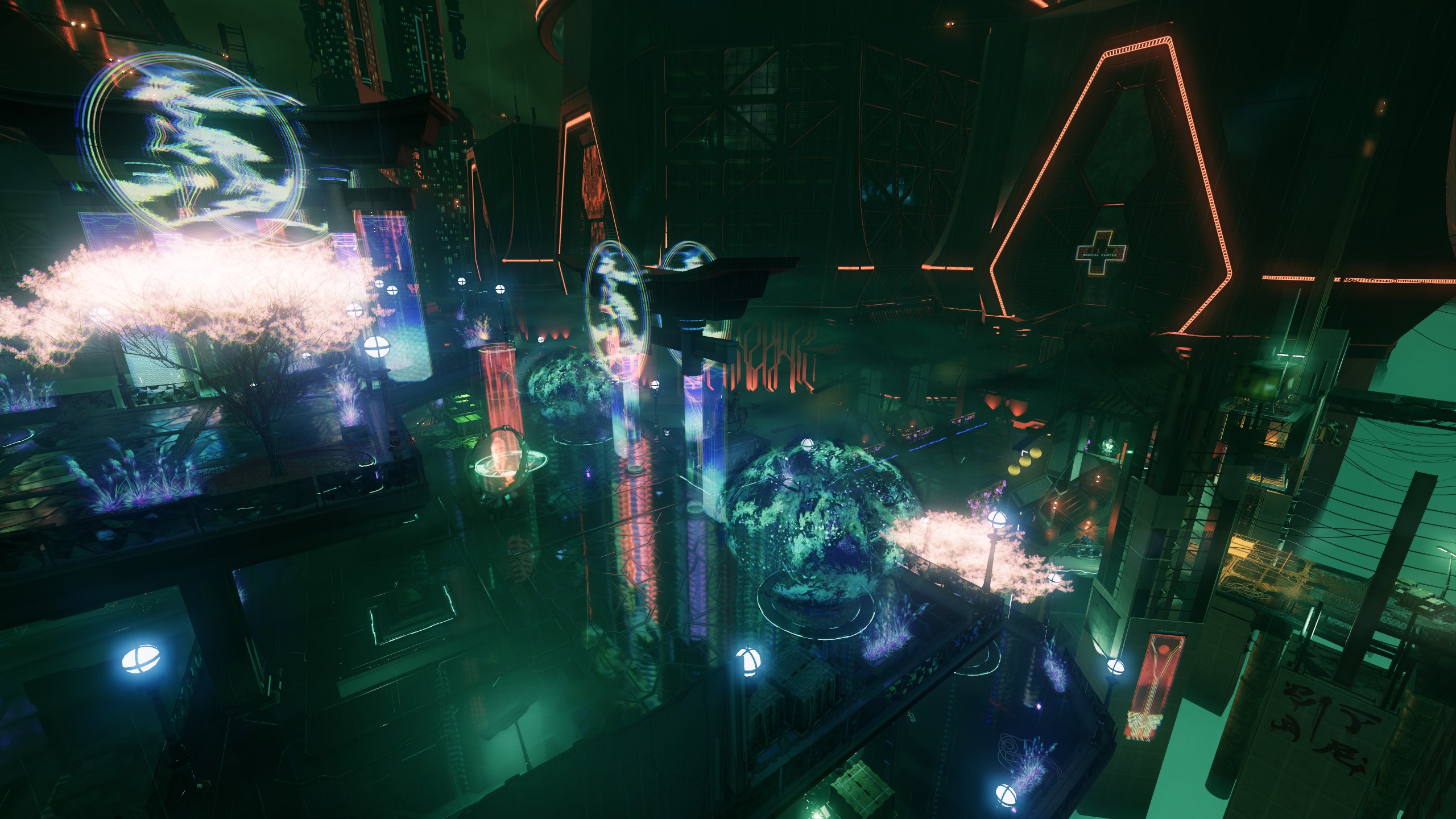
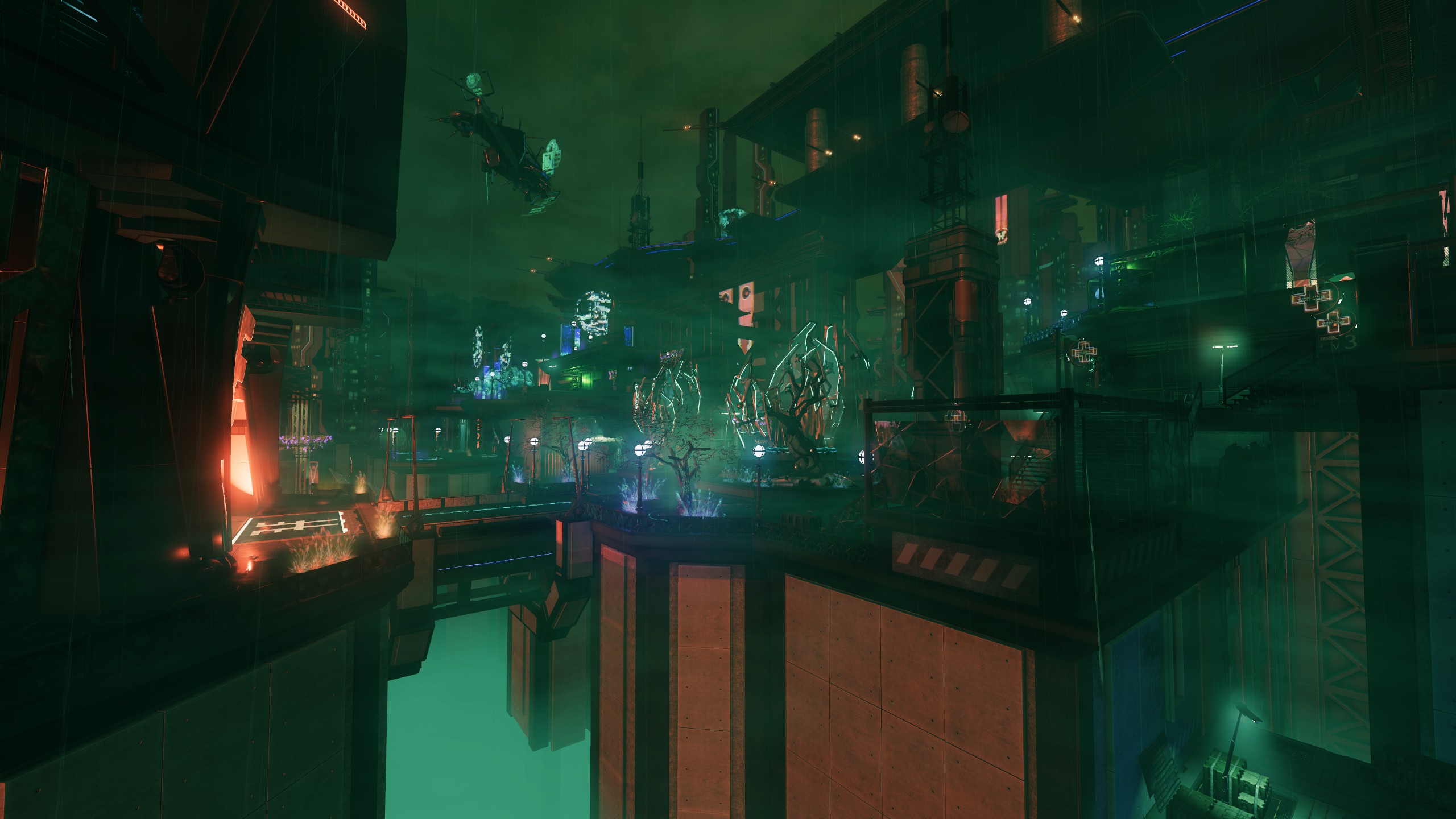
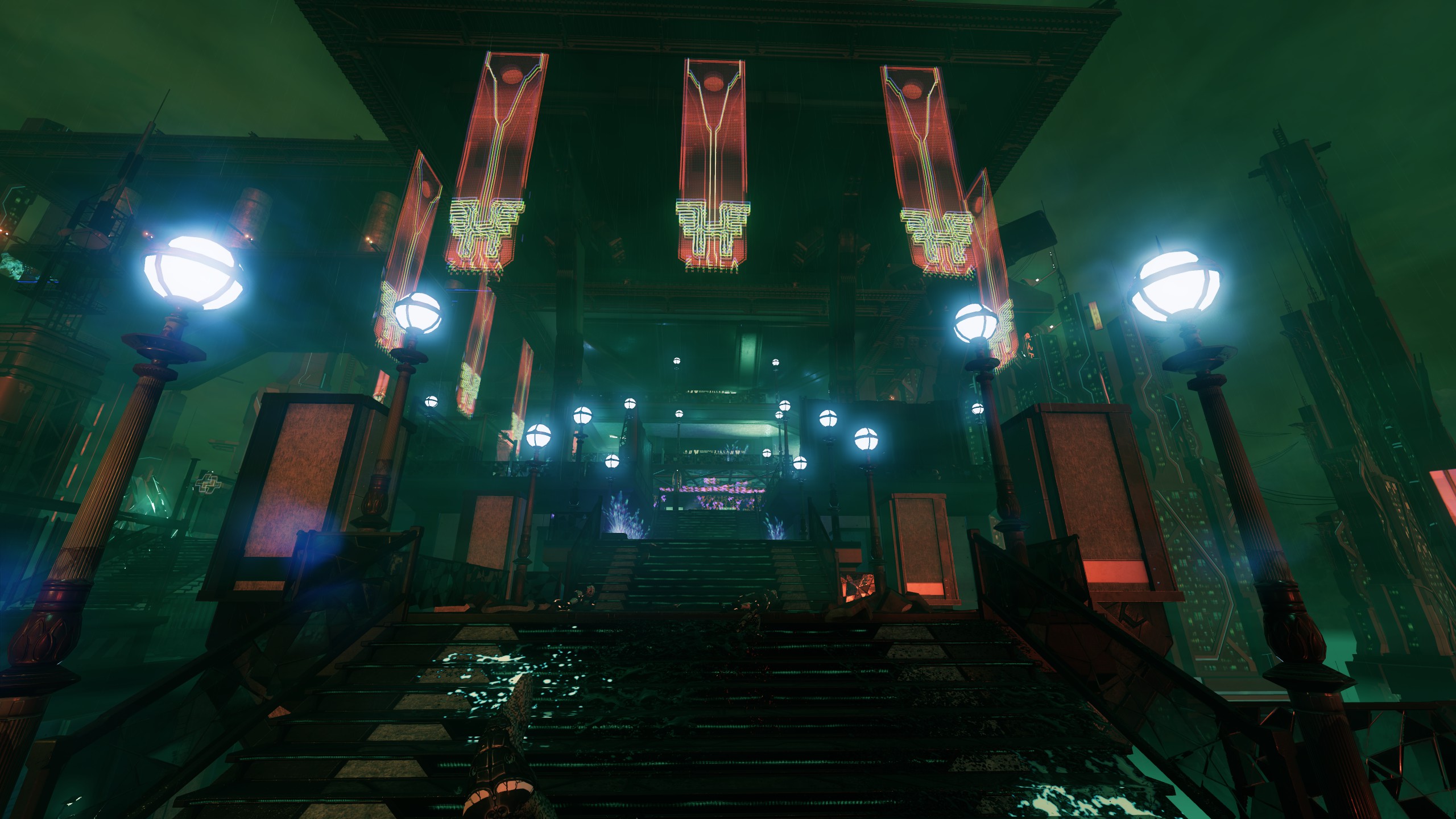
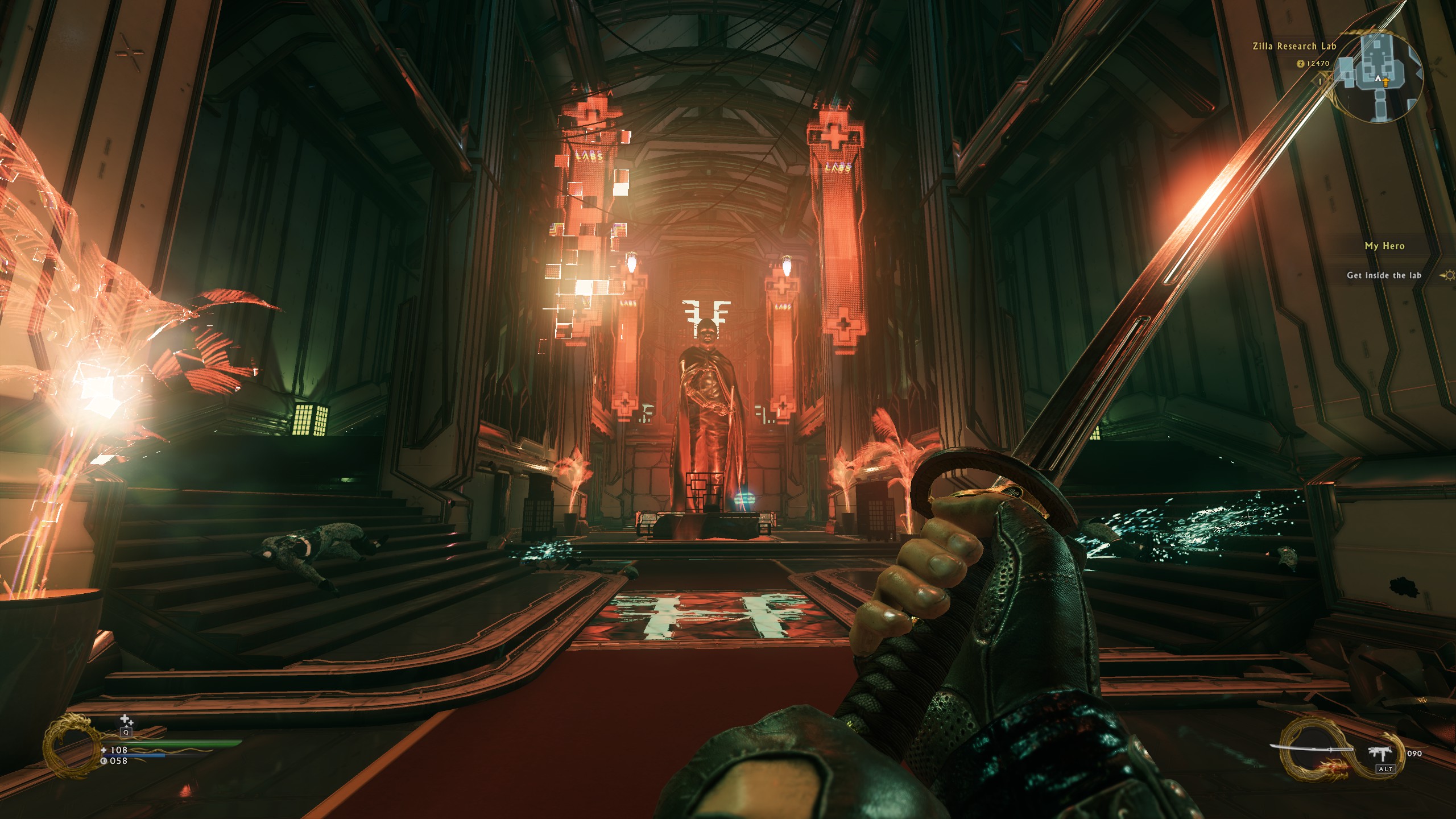


Apologies for the OSD, this is because this video is actually meant for a benchmark.
Metro 2033 Redux
Metro 2033 Redux is superior to the original game in almost every single way, save for child voice acting and mild subjective changes to gameplay mechanics (changes that most people prefer). This includes optimization (few games can compare in this regard), graphics fidelity (it was ported to the engine of Metro: Last Light, the sequel to Metro 2033), level design and attention to detail. Few FPS games can compare to the Metro games with regards to art design and attention to detail. So much to explore, so much to see, and all of it is mesmerizing particularly in Redux and Last Light.
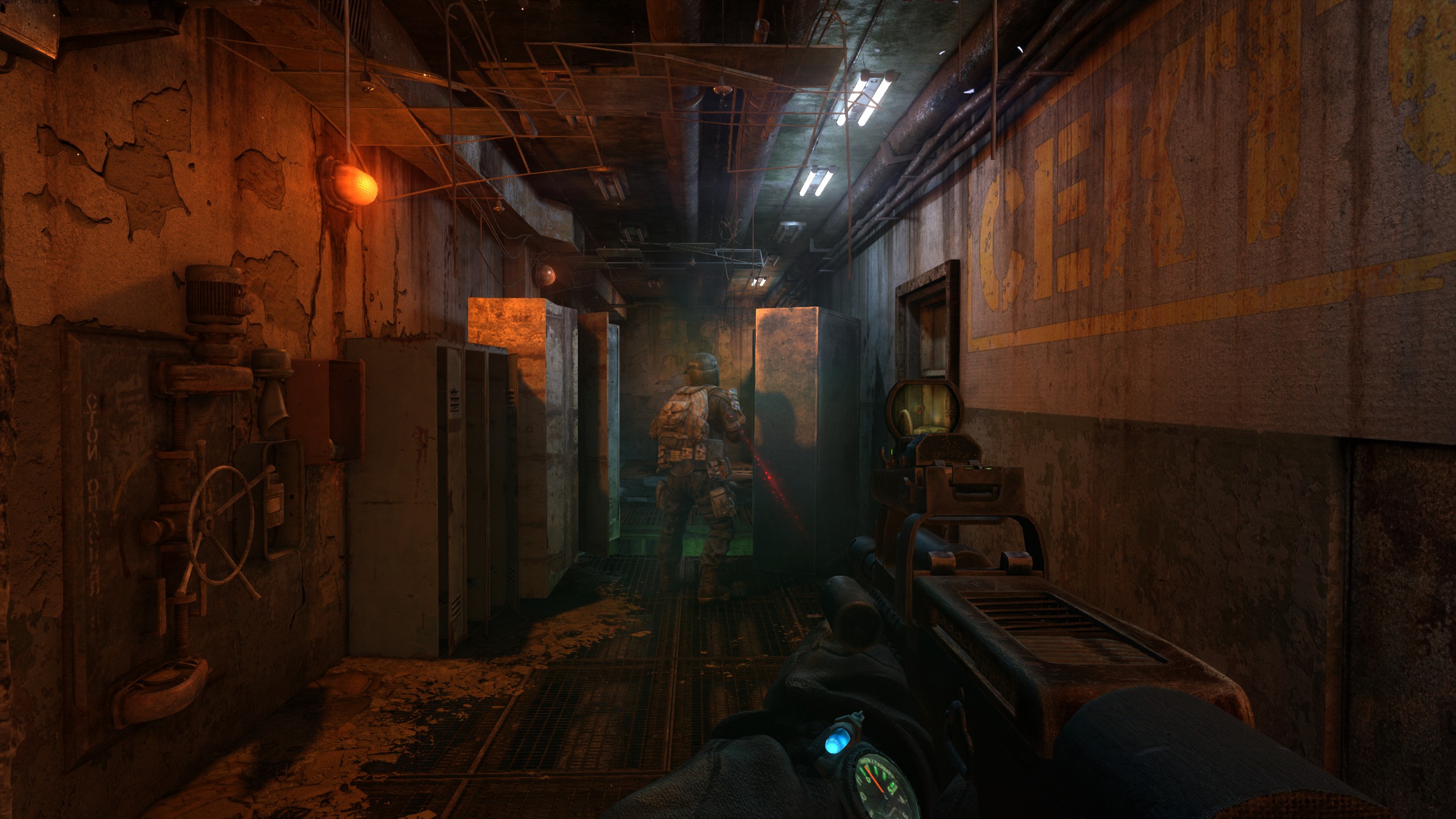


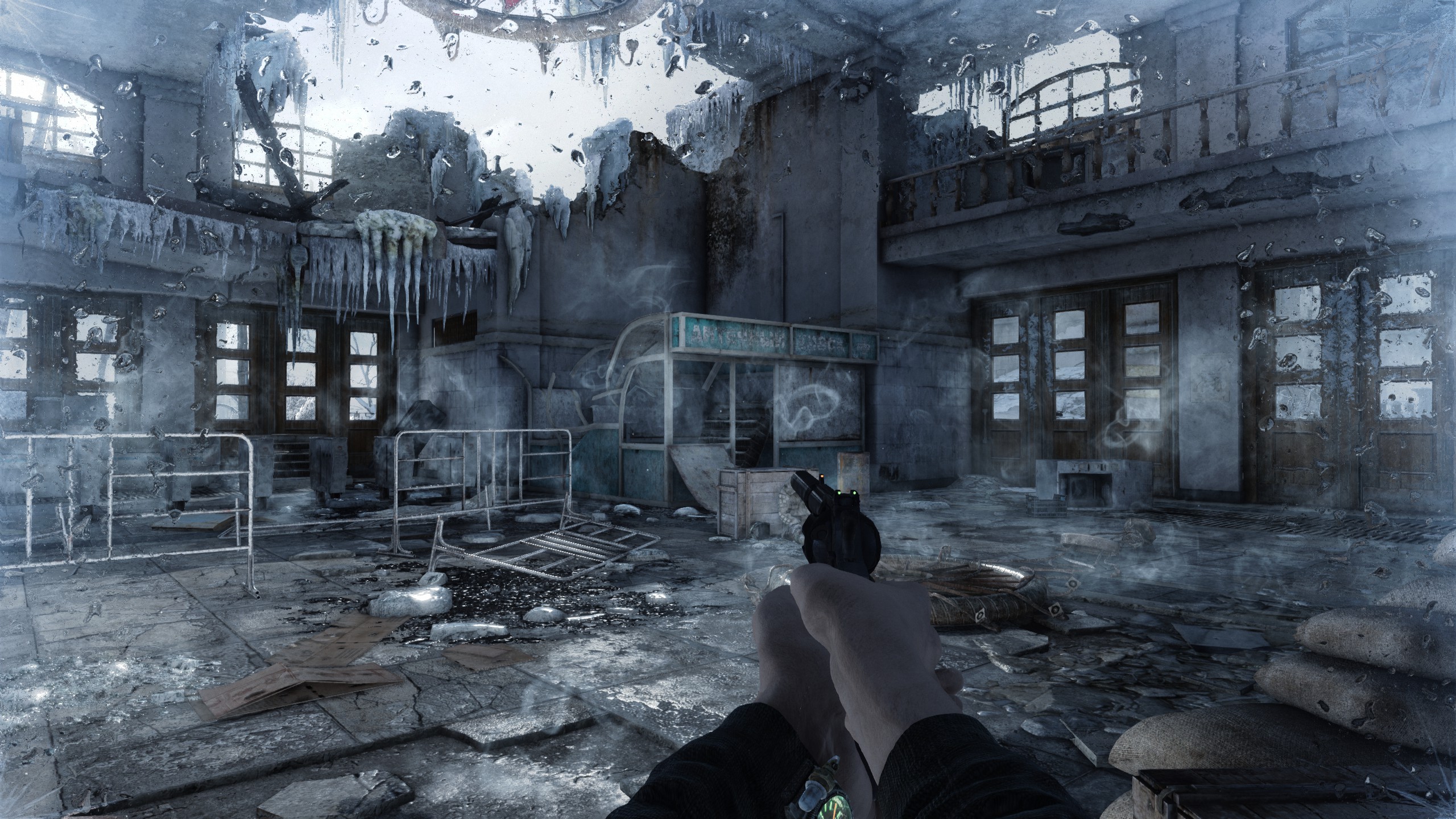



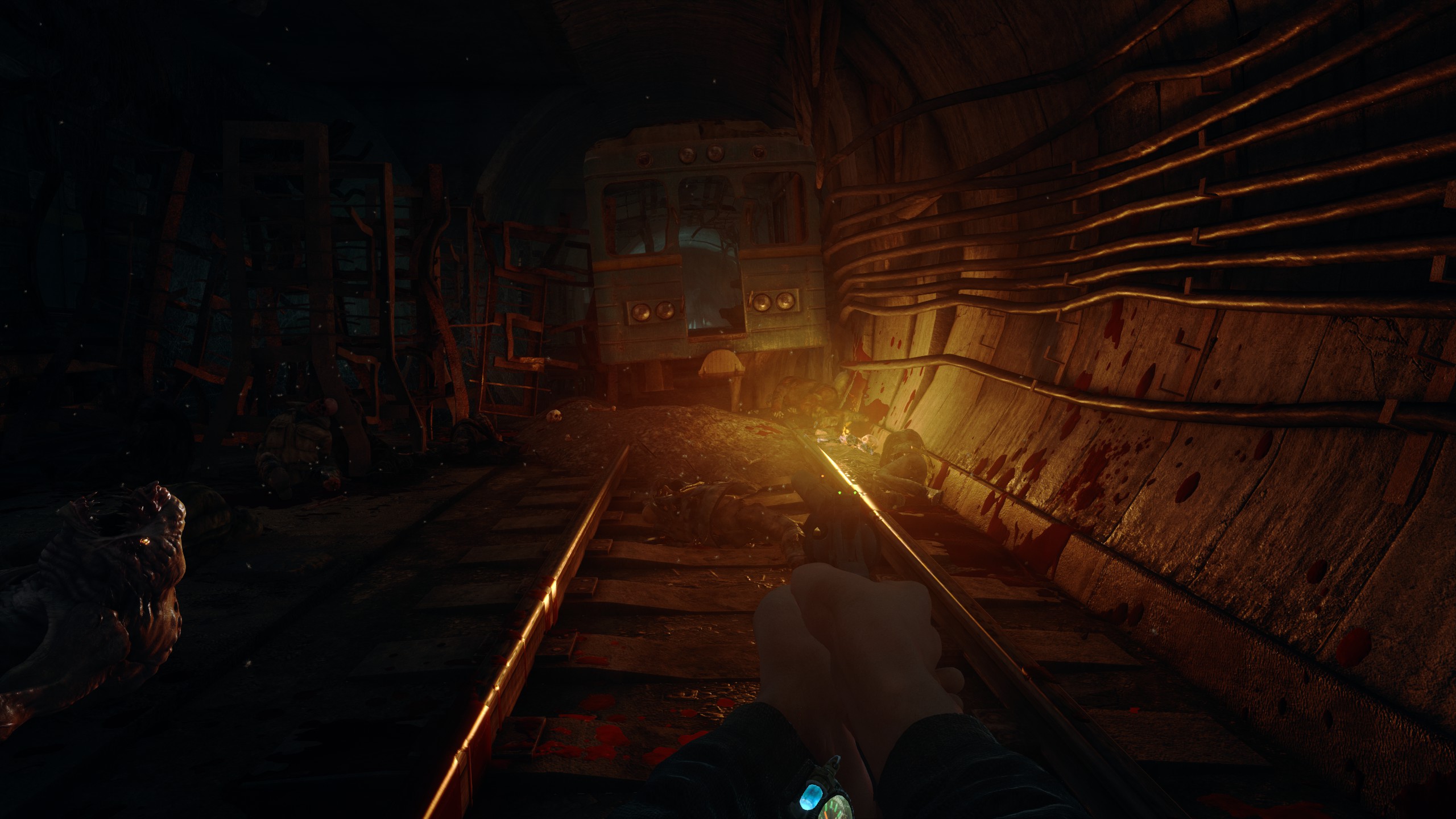
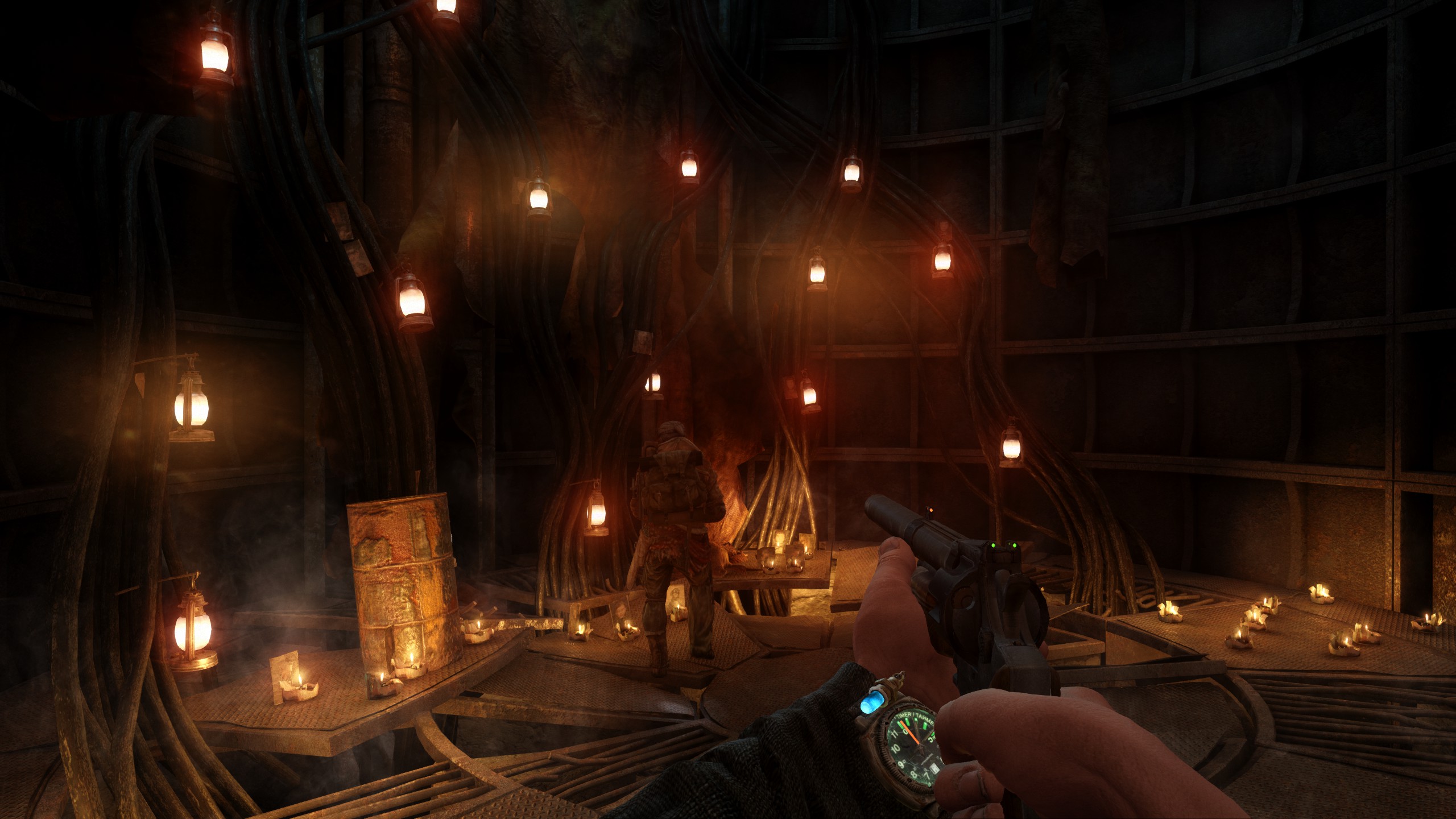
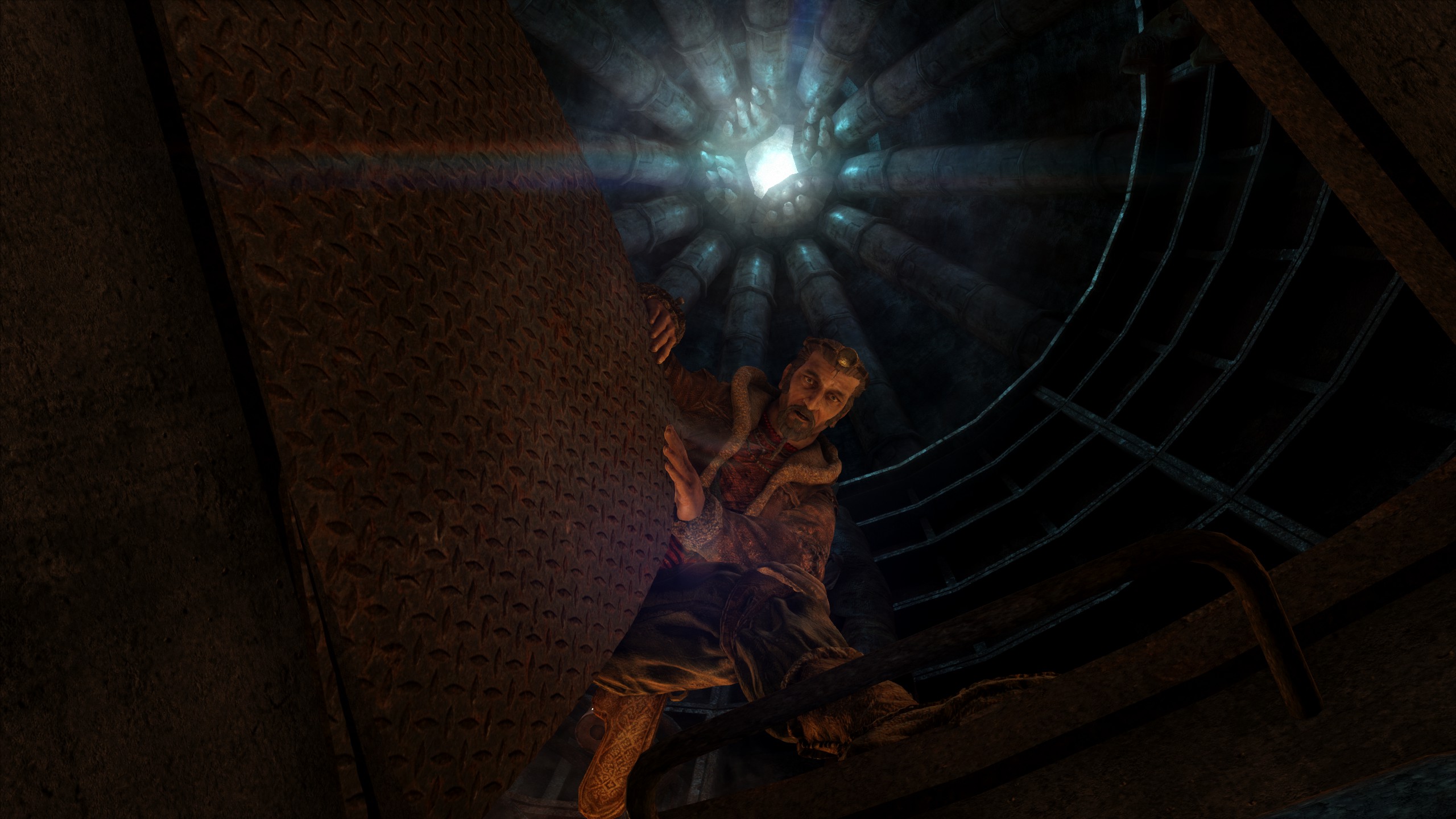
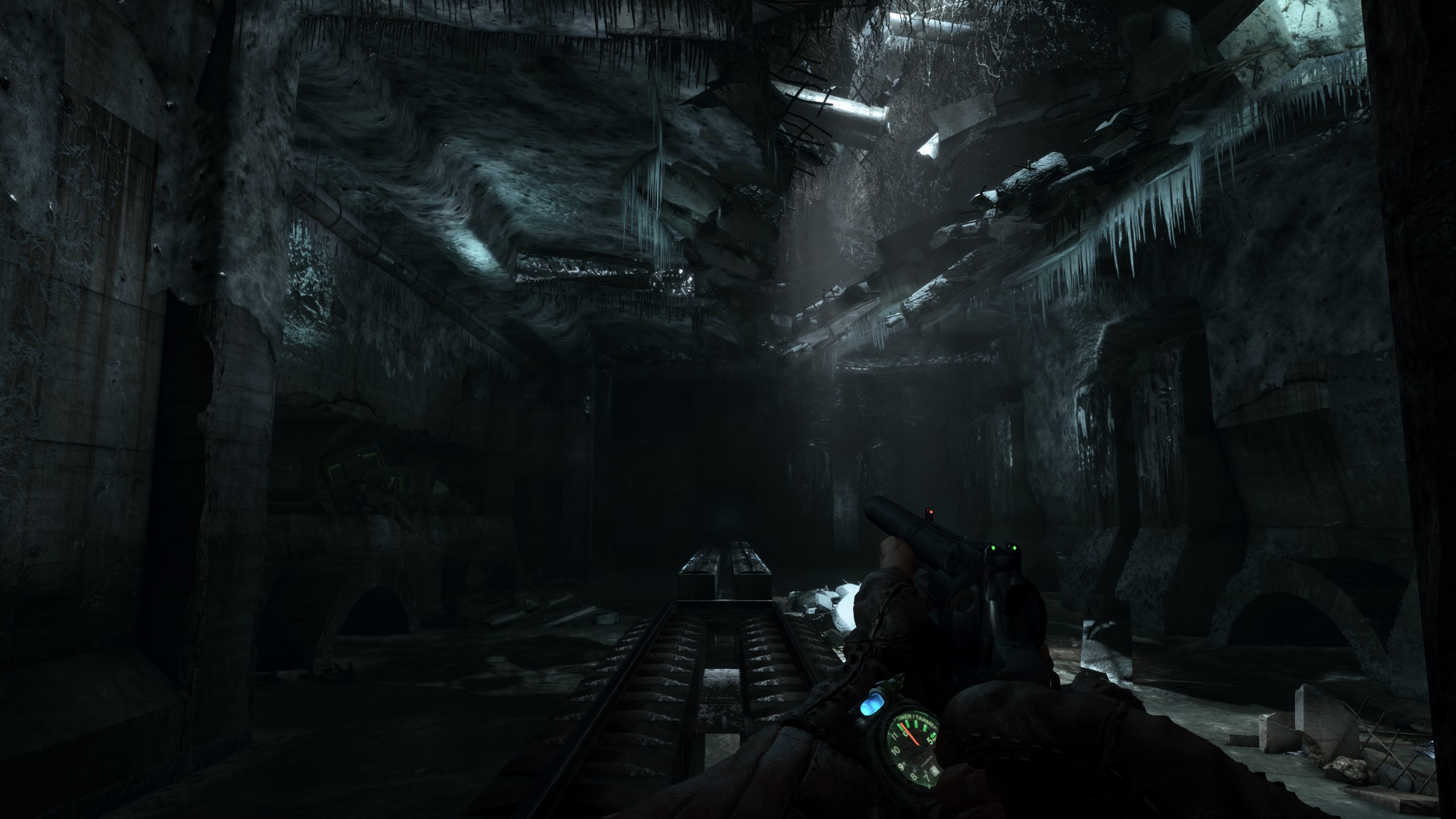
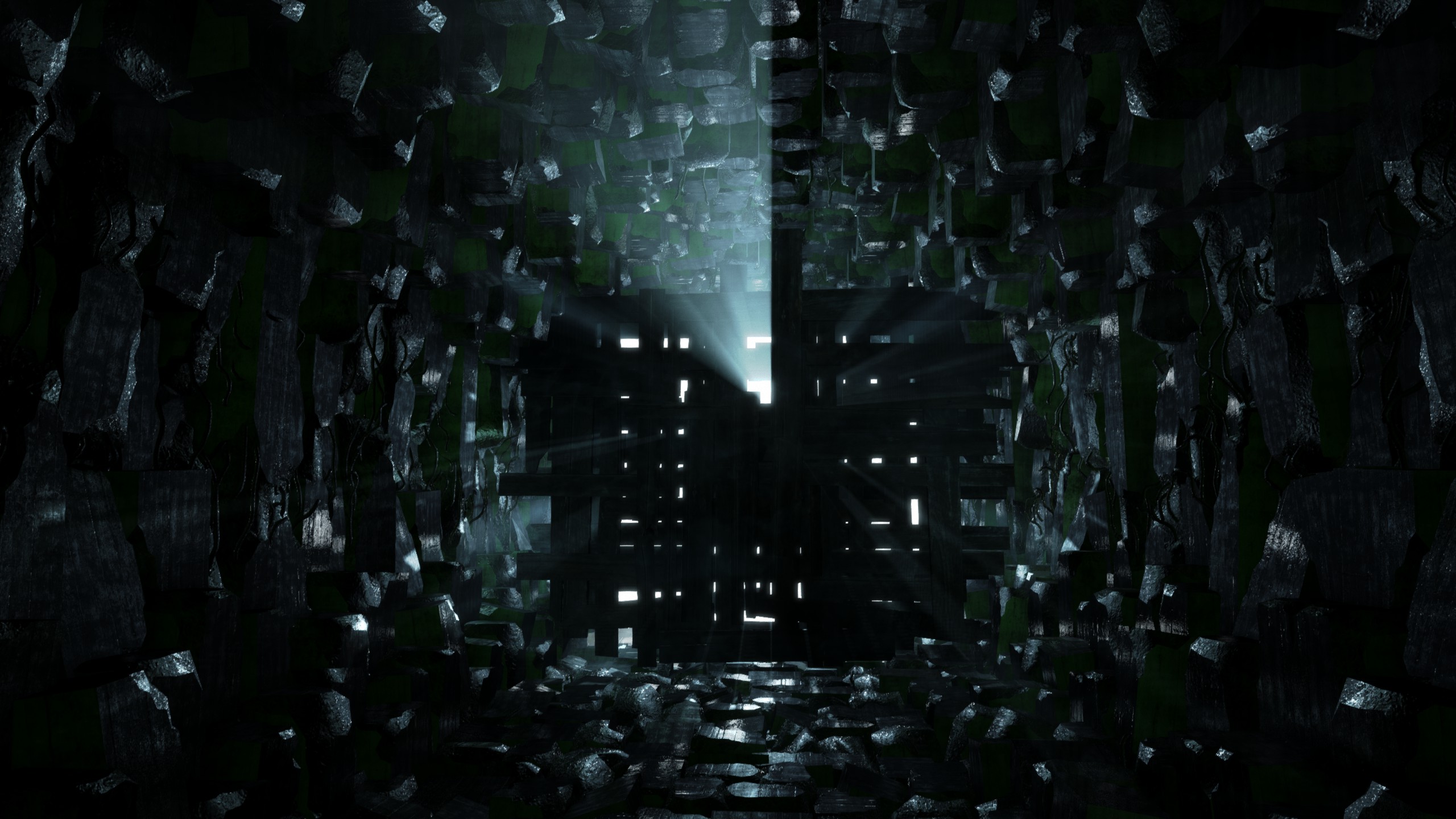
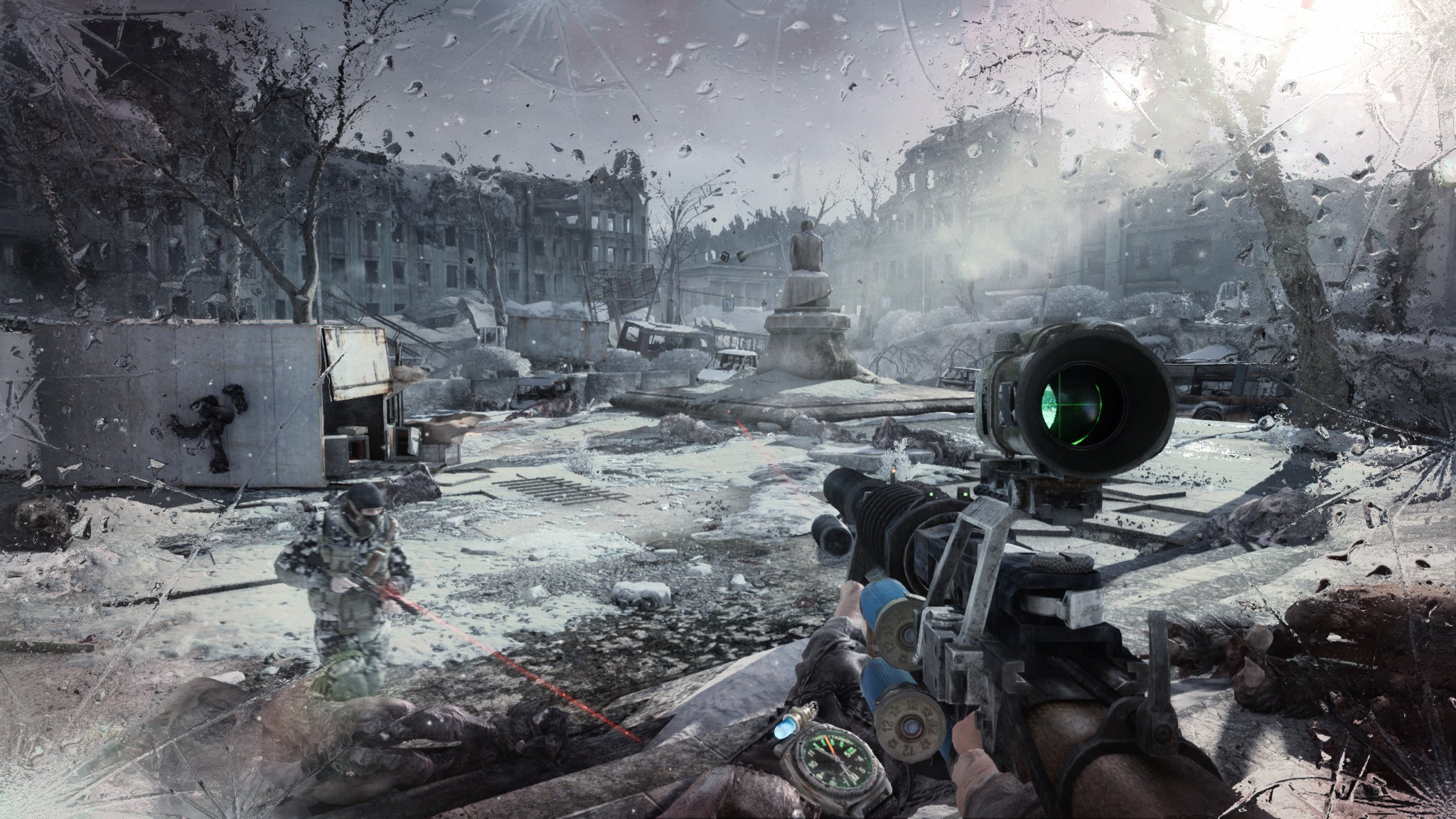
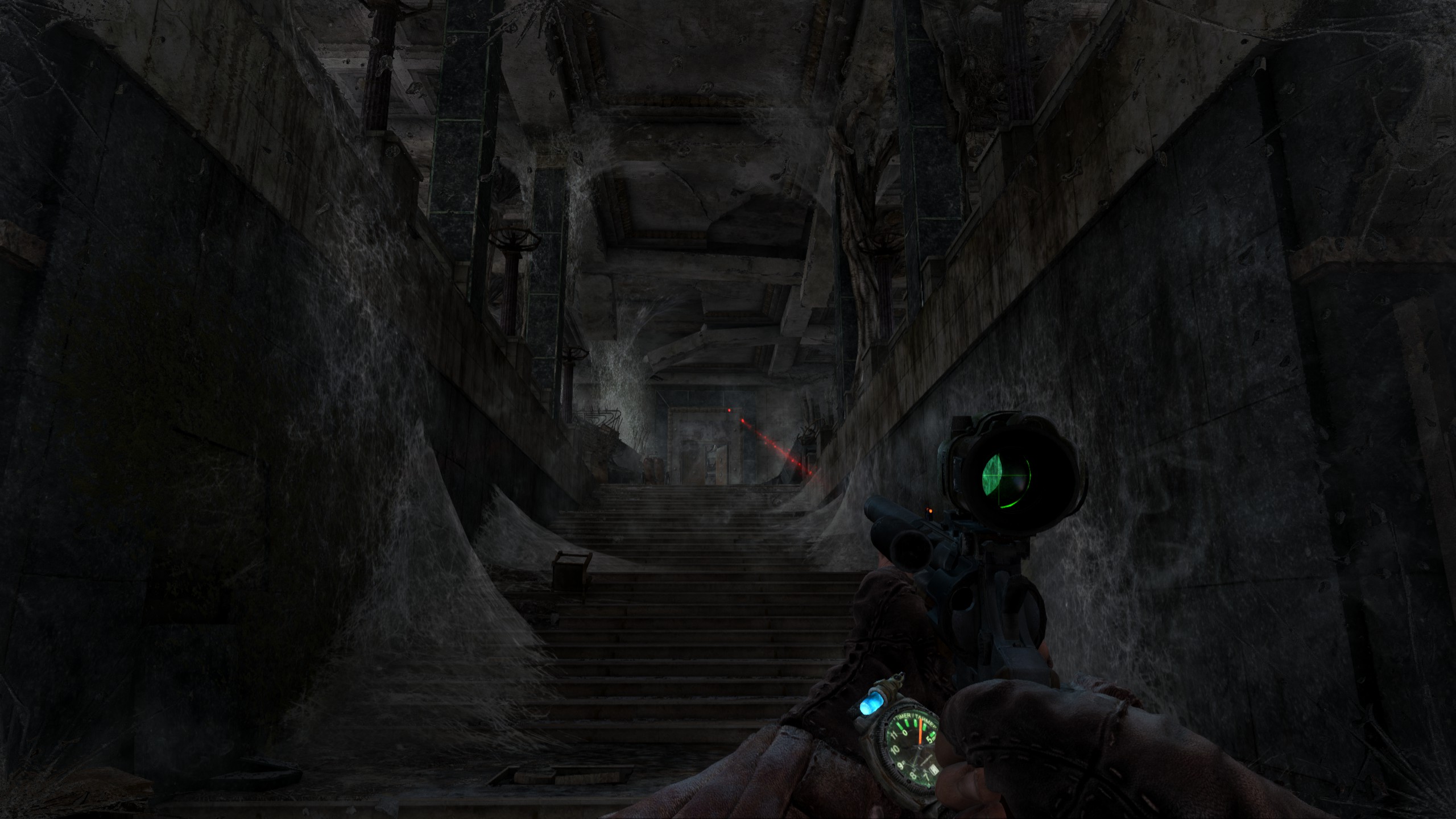
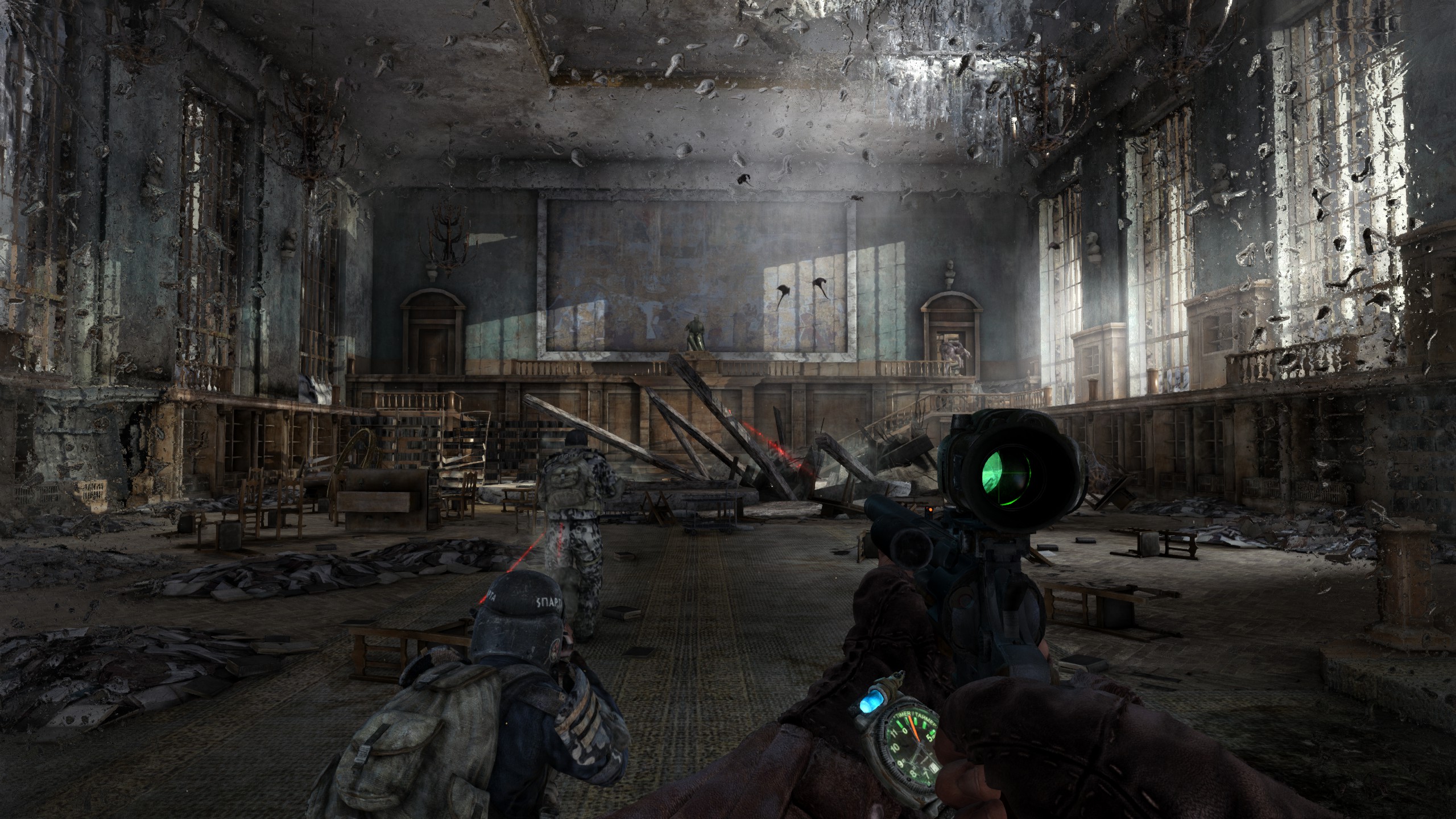
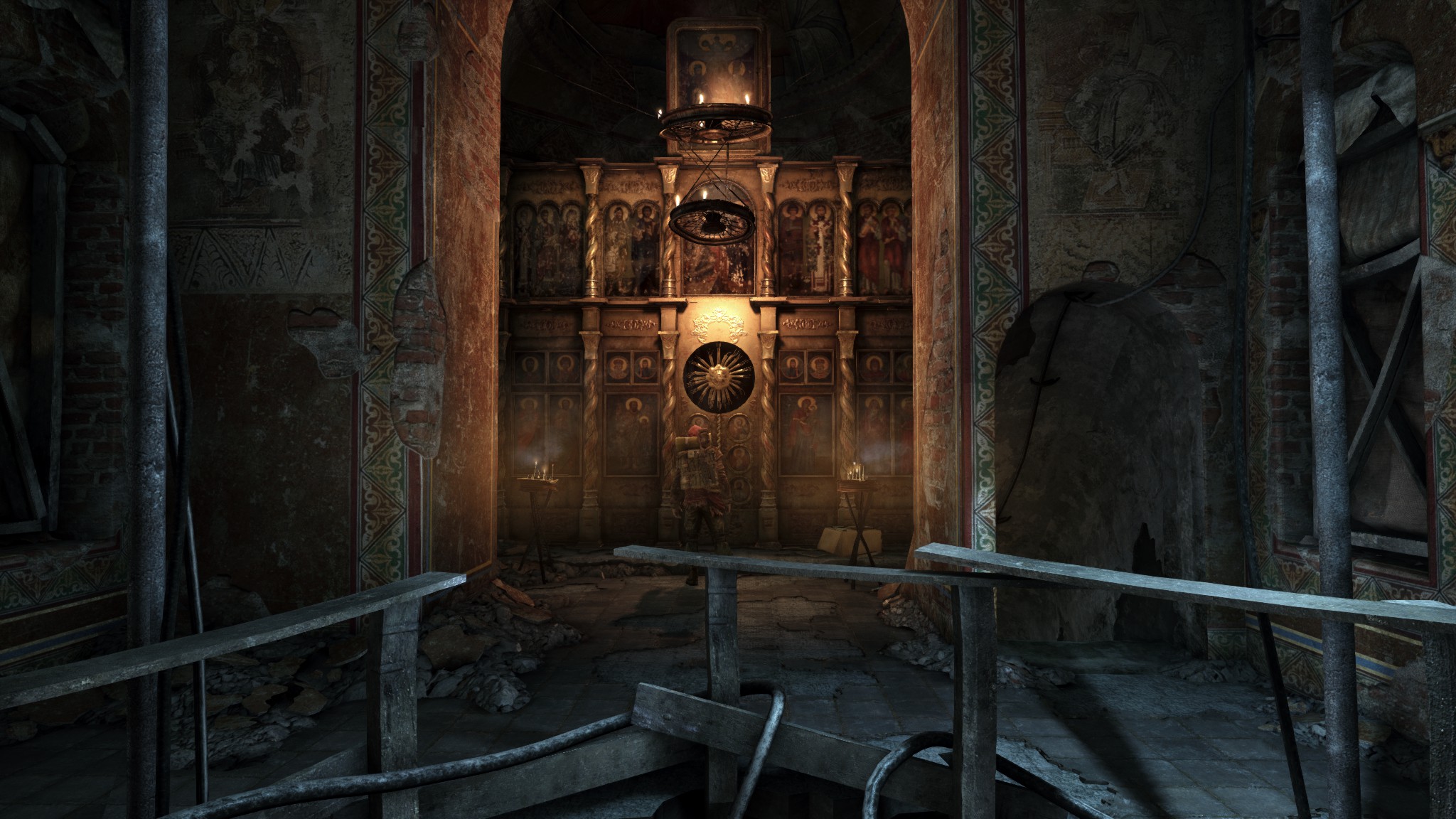
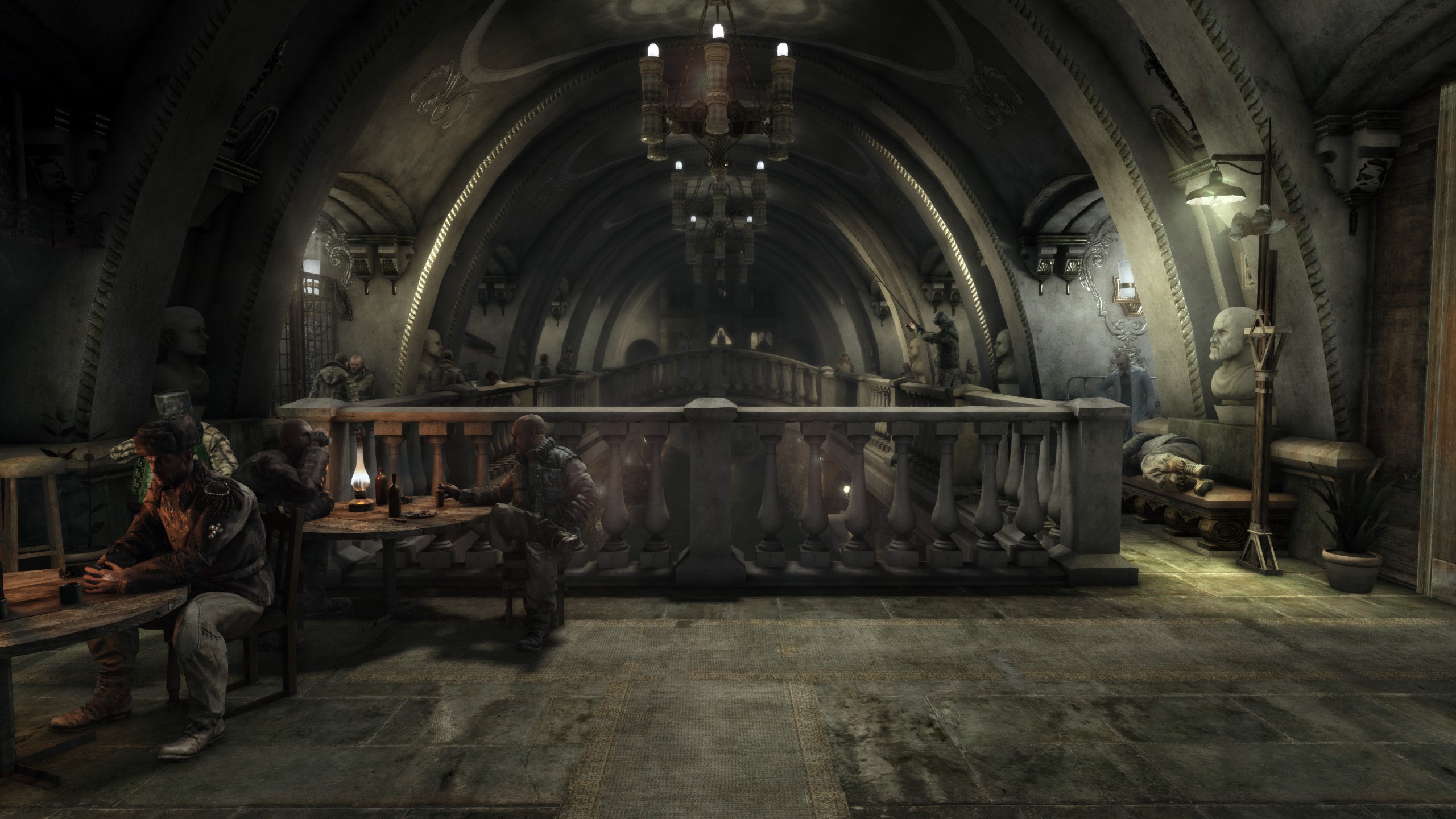
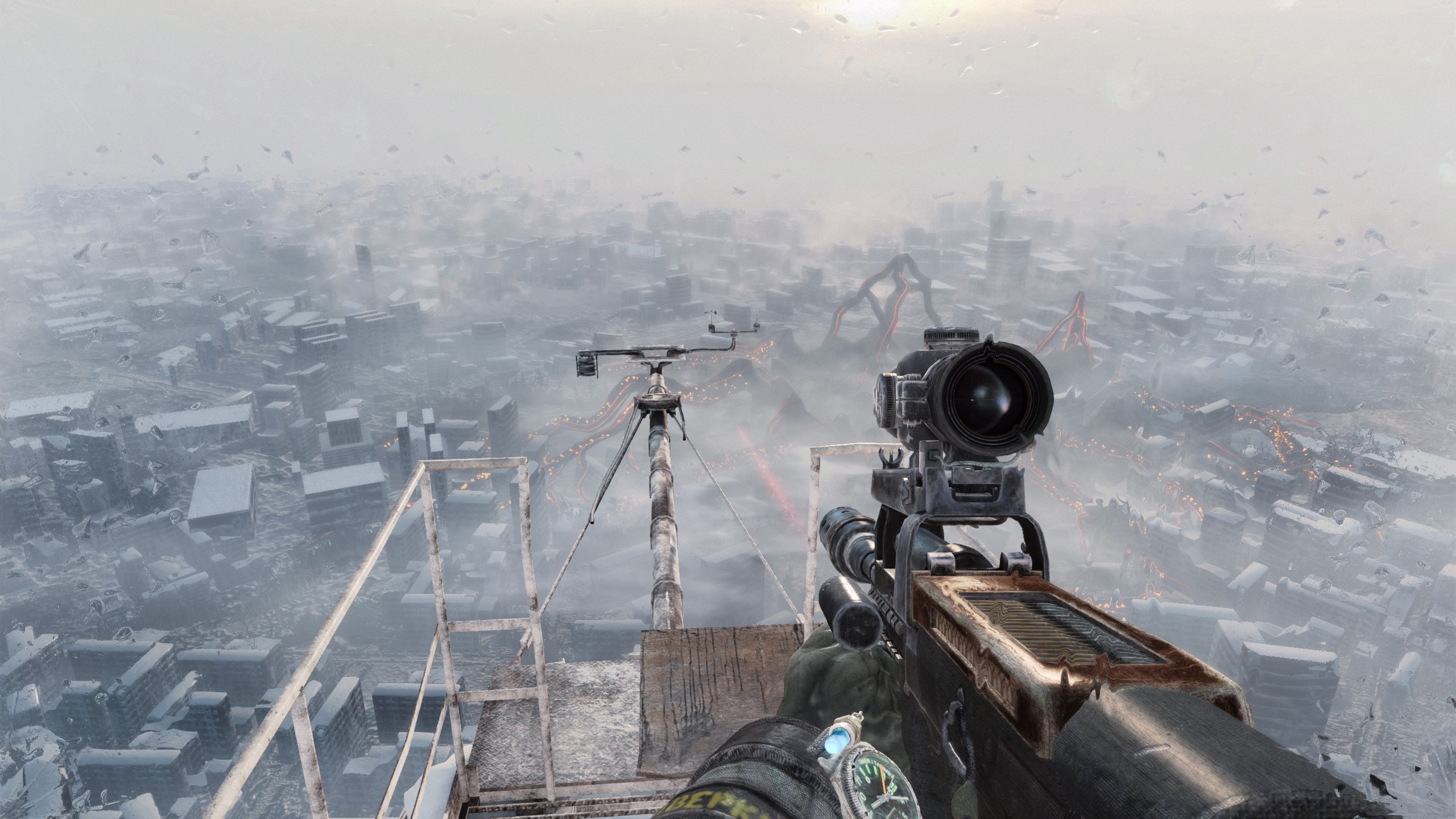

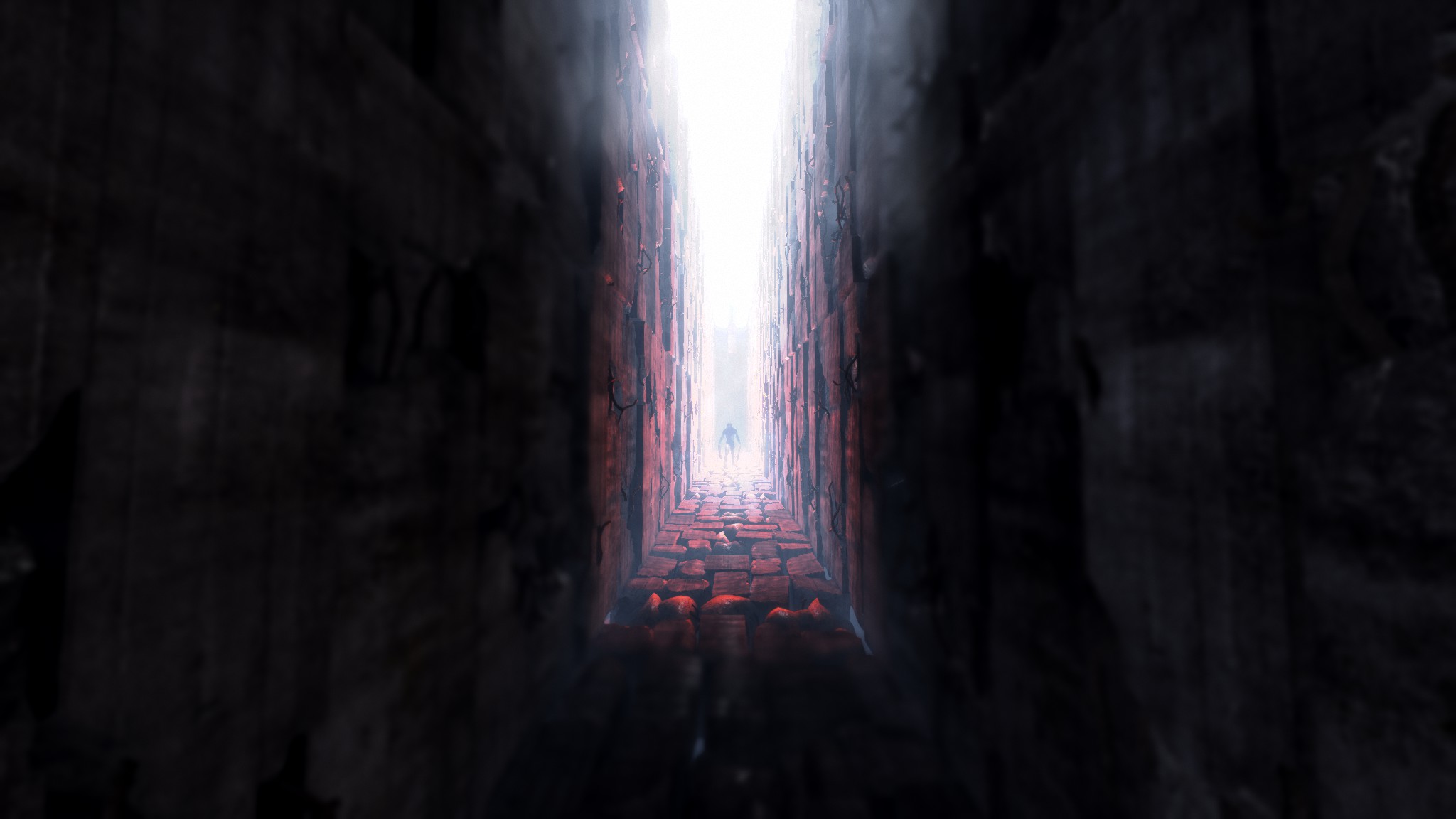

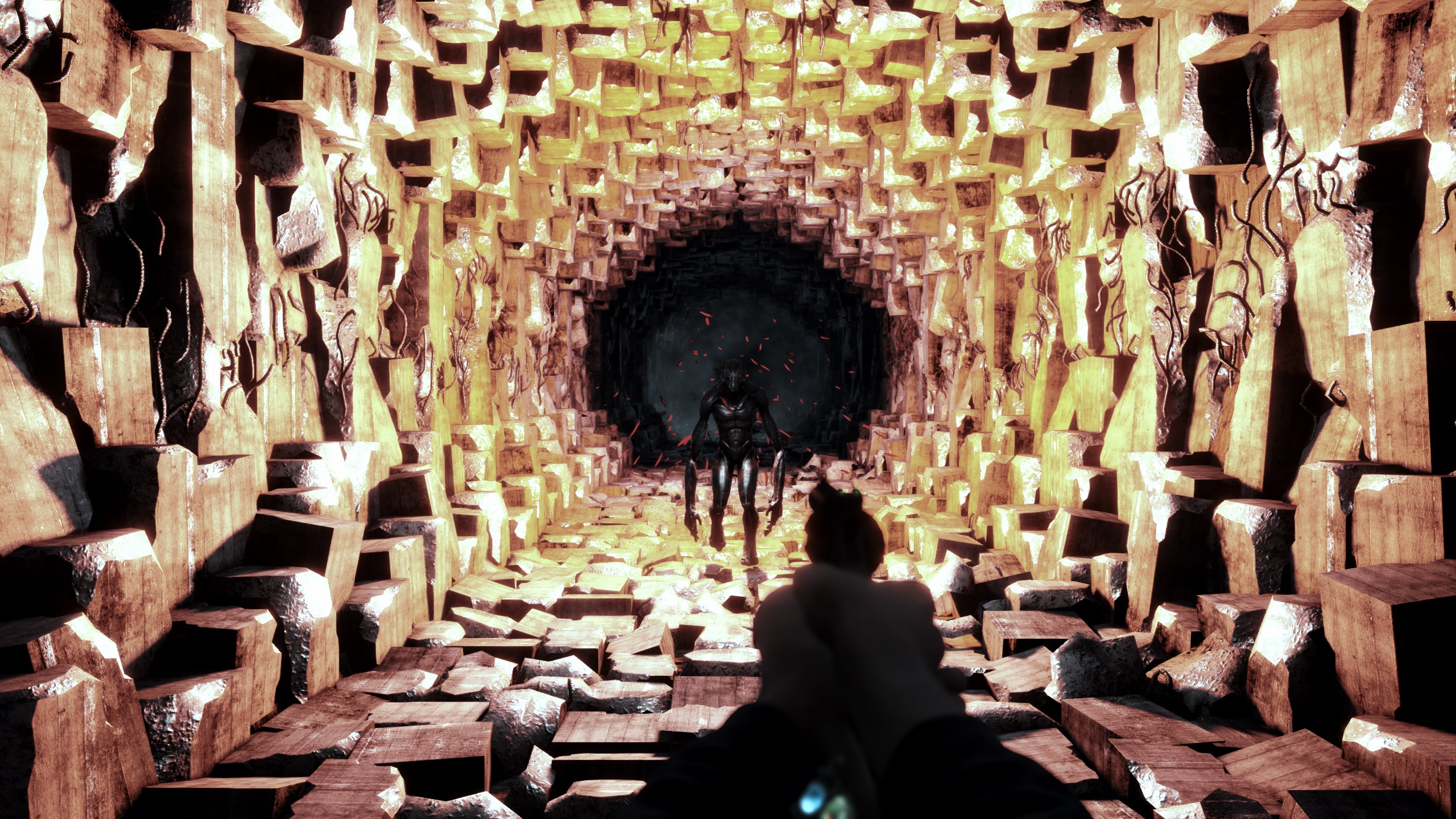
Metro 2033 (the original) is a DX9 game with a few tacked on DX11 features while most of Metro 2033 Redux’s effects and rendering can’t be done in DX9. The improvement by Redux is substantial in all areas, even outside of visuals and performance.
Metro: Last Light / Metro: Last Light Redux
Metro: Last Light has even more attention to detail in its level design than both versions of Metro 2033. Art style is generally the same, save for different weather outdoors. The original Metro 2033 has a very gloomy, frozen outdoor climate, while Metro 2033 Redux reduced much of the gloominess but kept it frozen. In Last Light things are starting to melt both above ground and underground, which makes for intriguing changes, such as the station known appropriately as Venice.
All screenshots are from the original Last Light, not Redux. Redux adds a very limited form of global illumination on some levels, and reduces the gloominess of some levels.


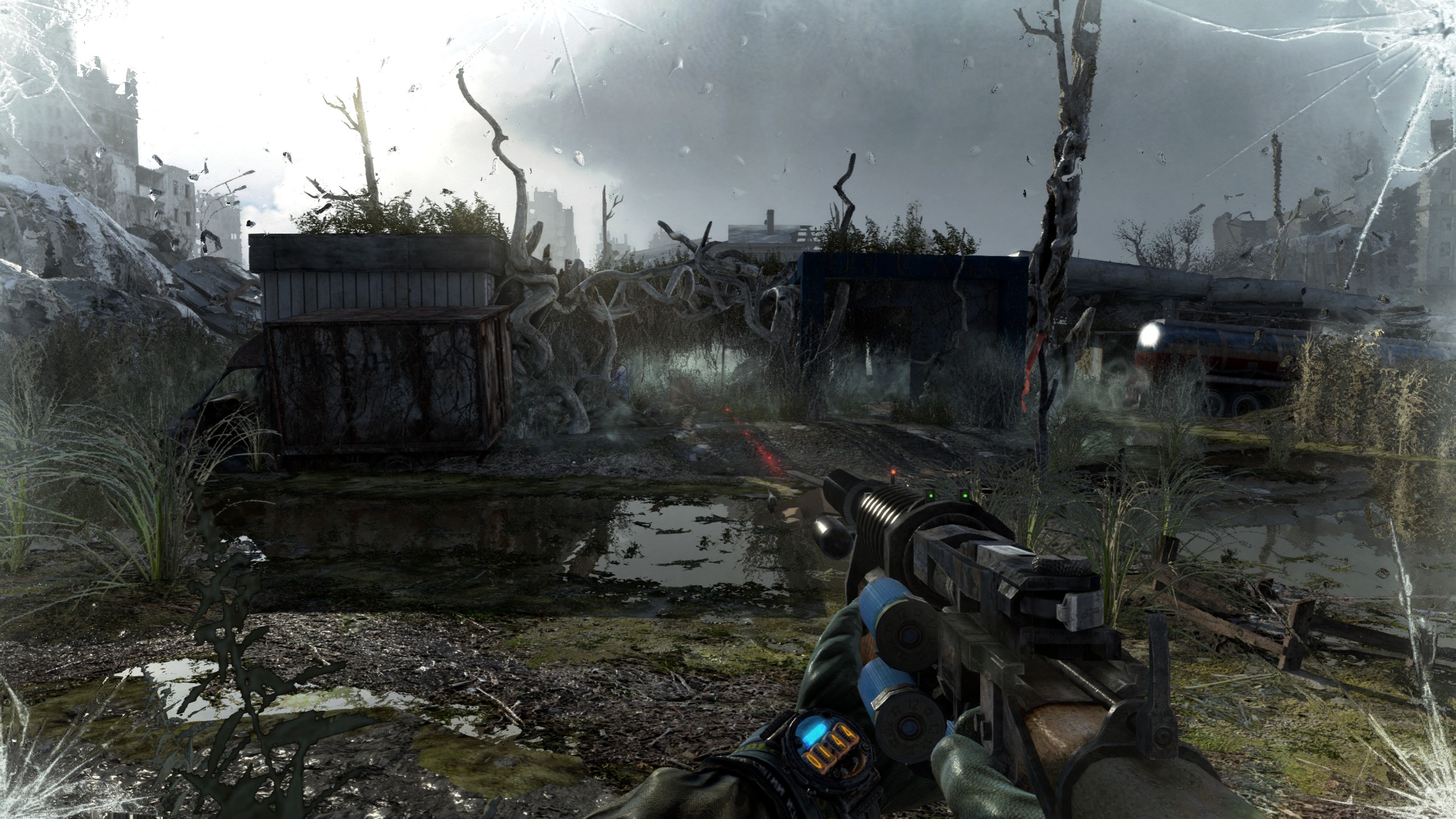

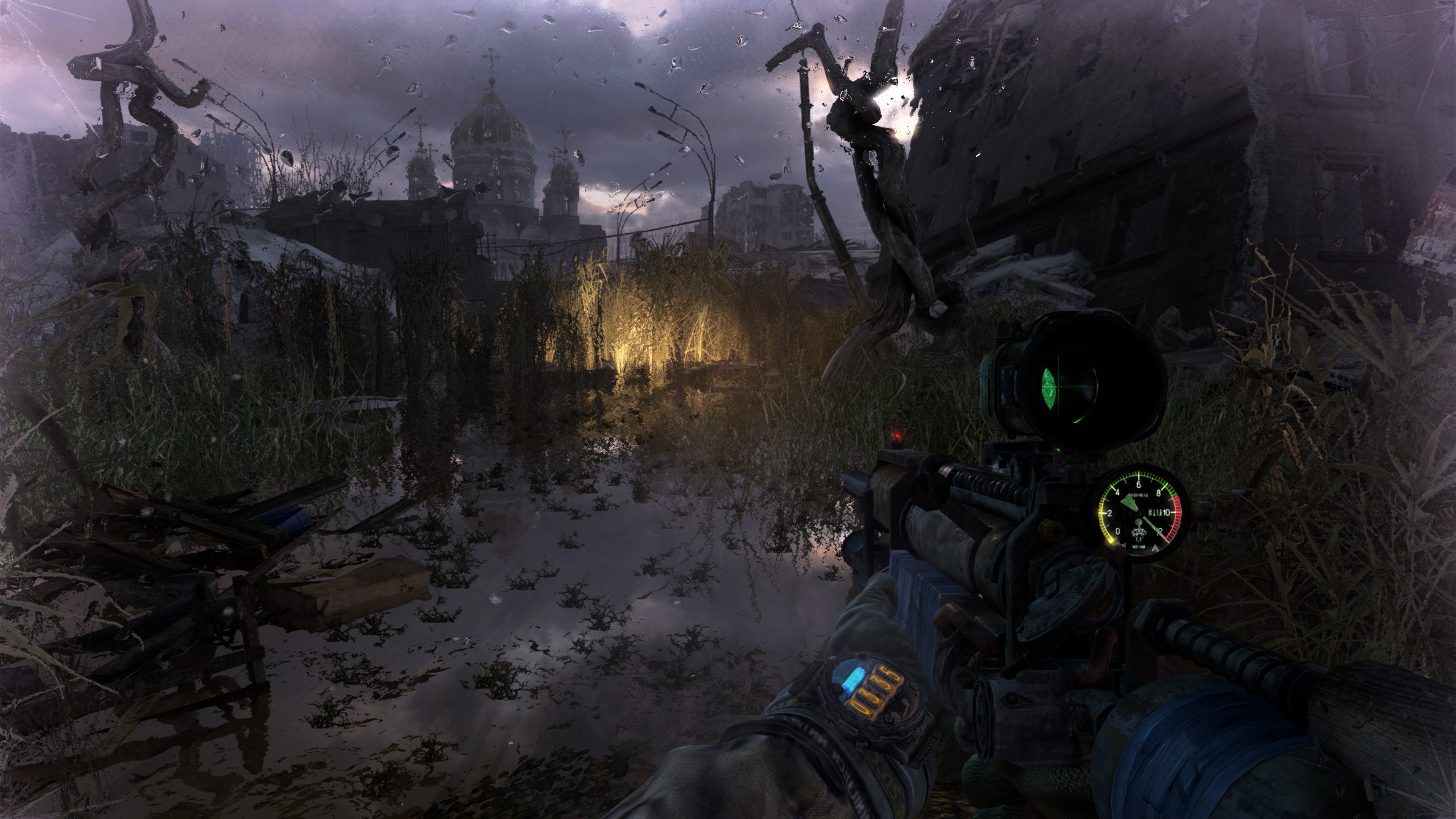
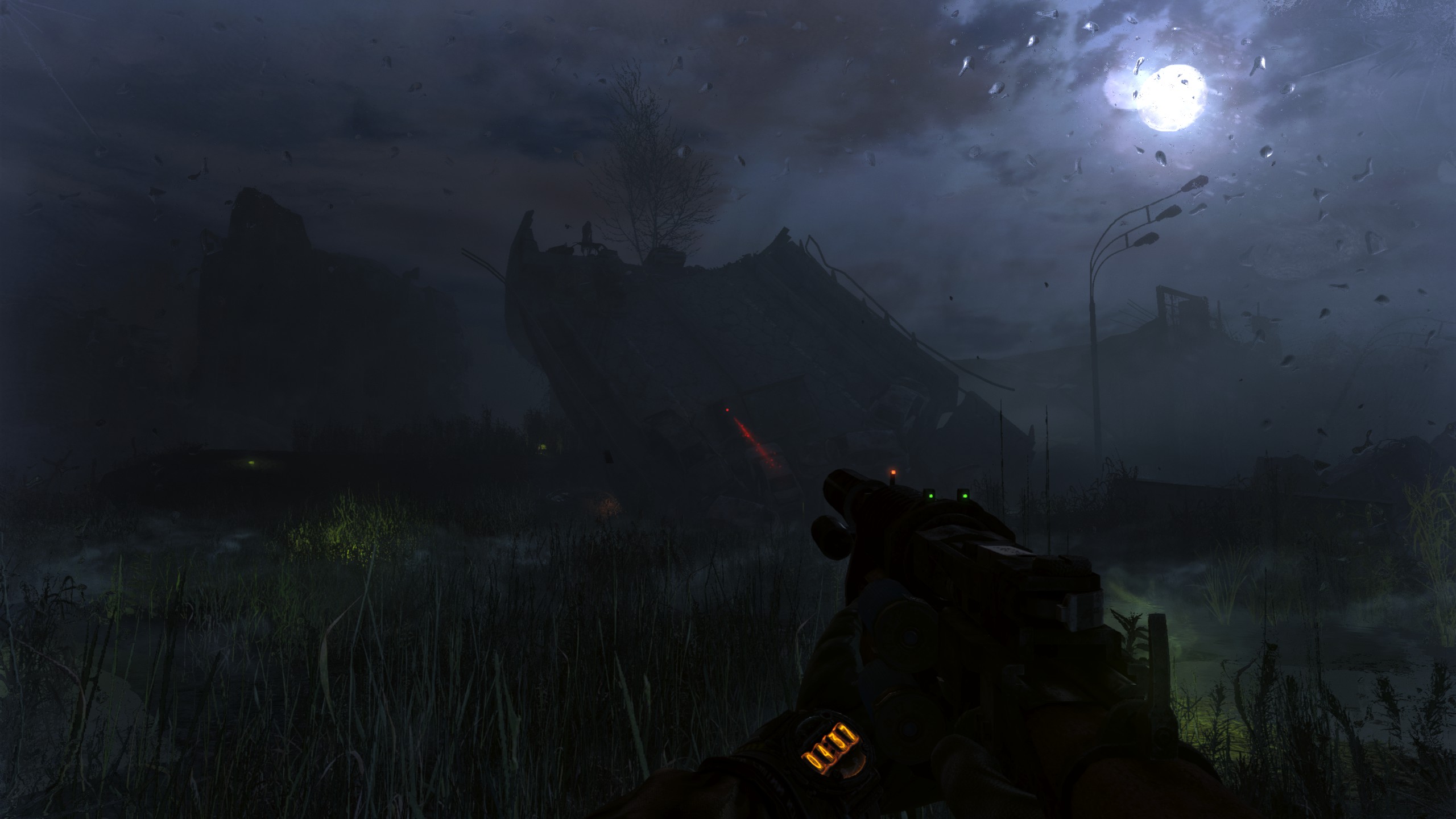
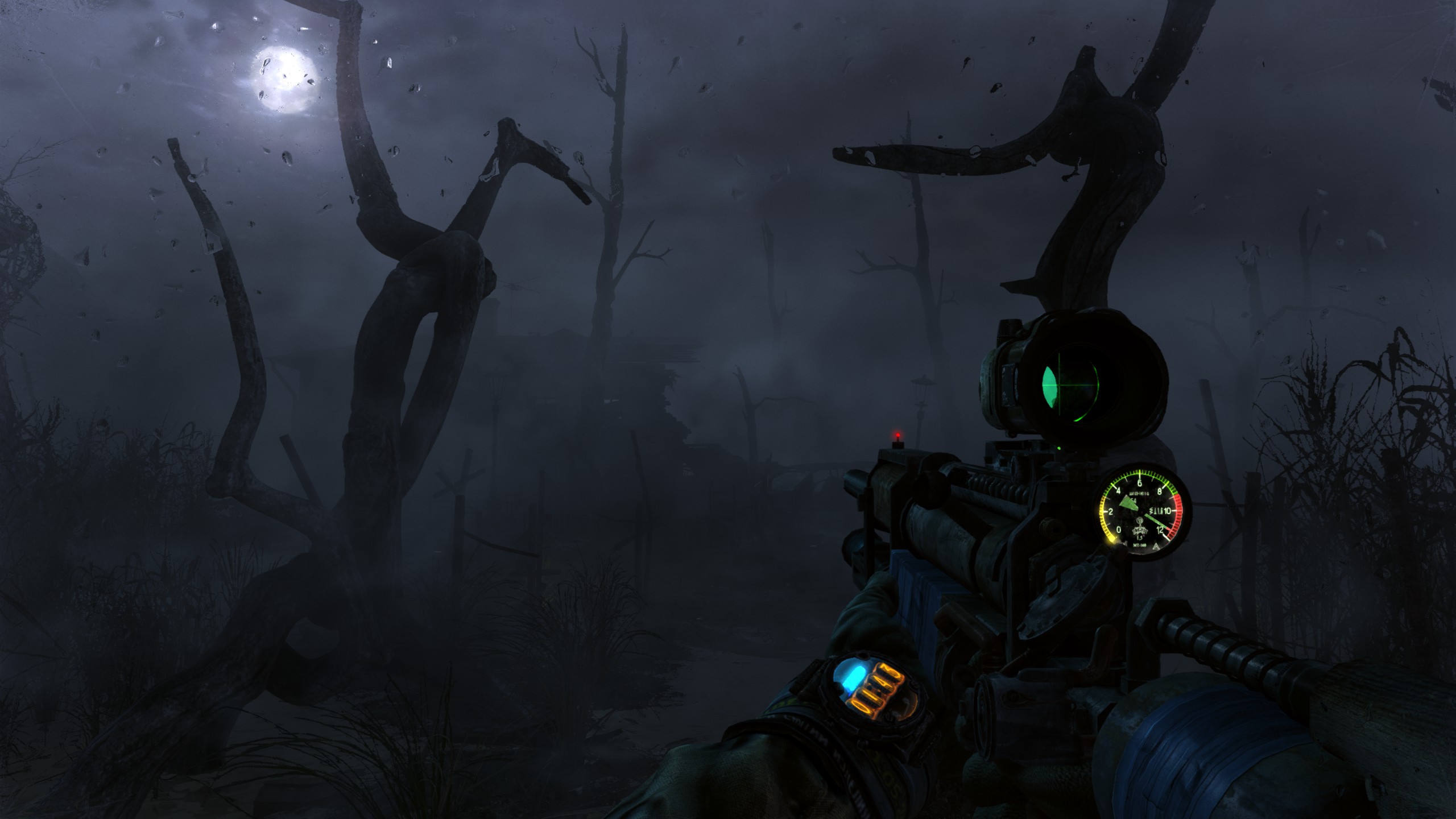
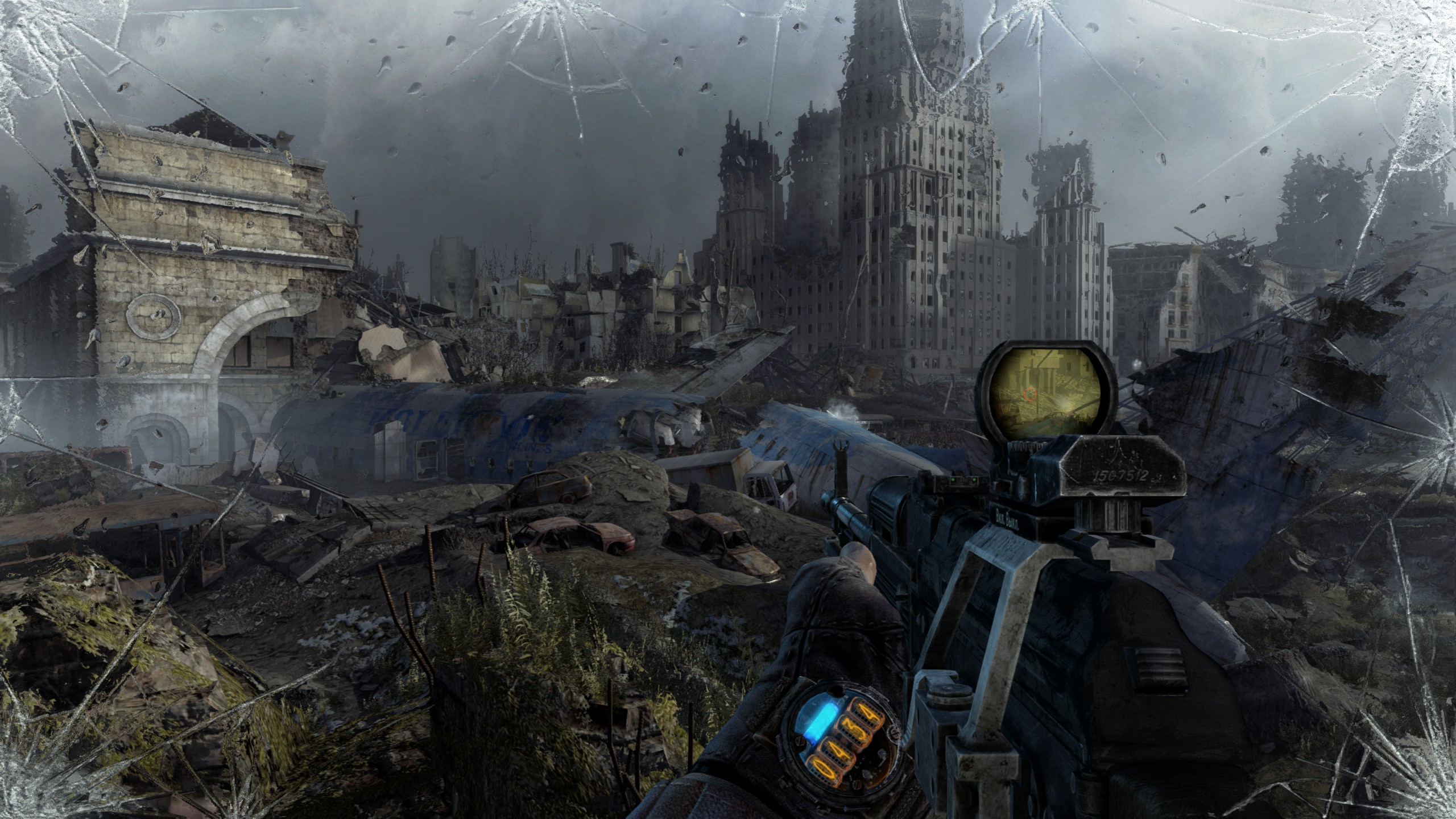

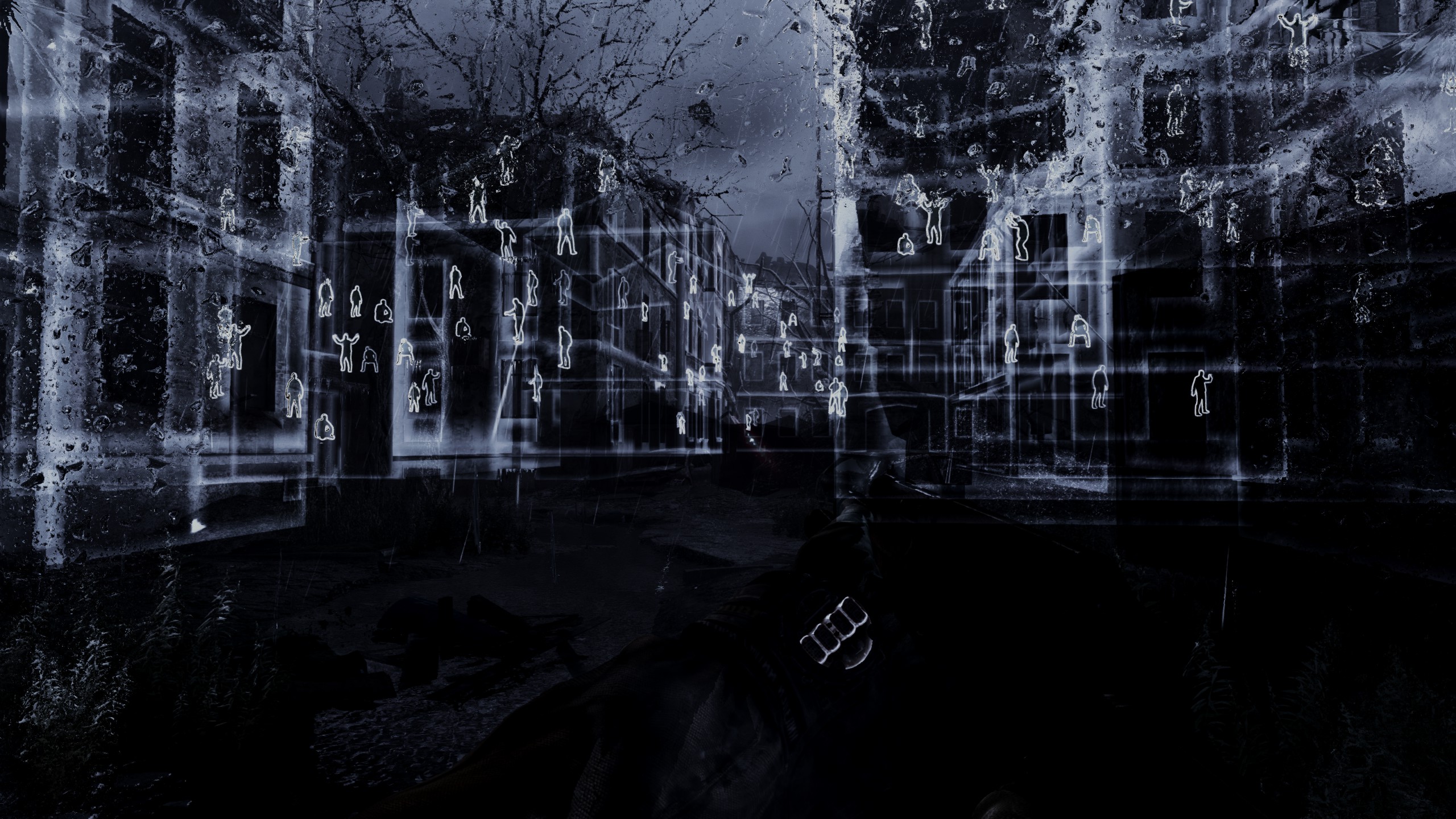
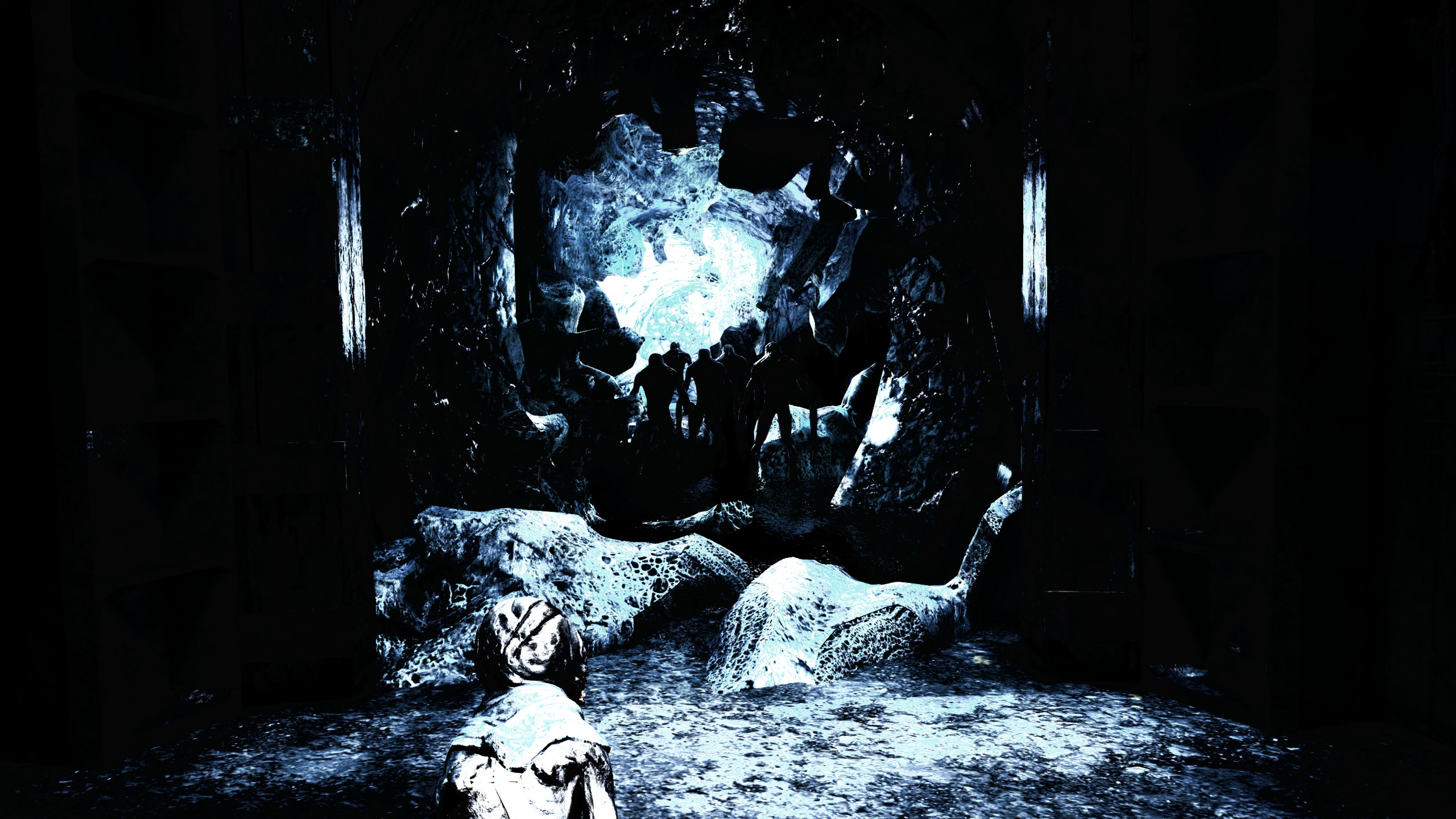


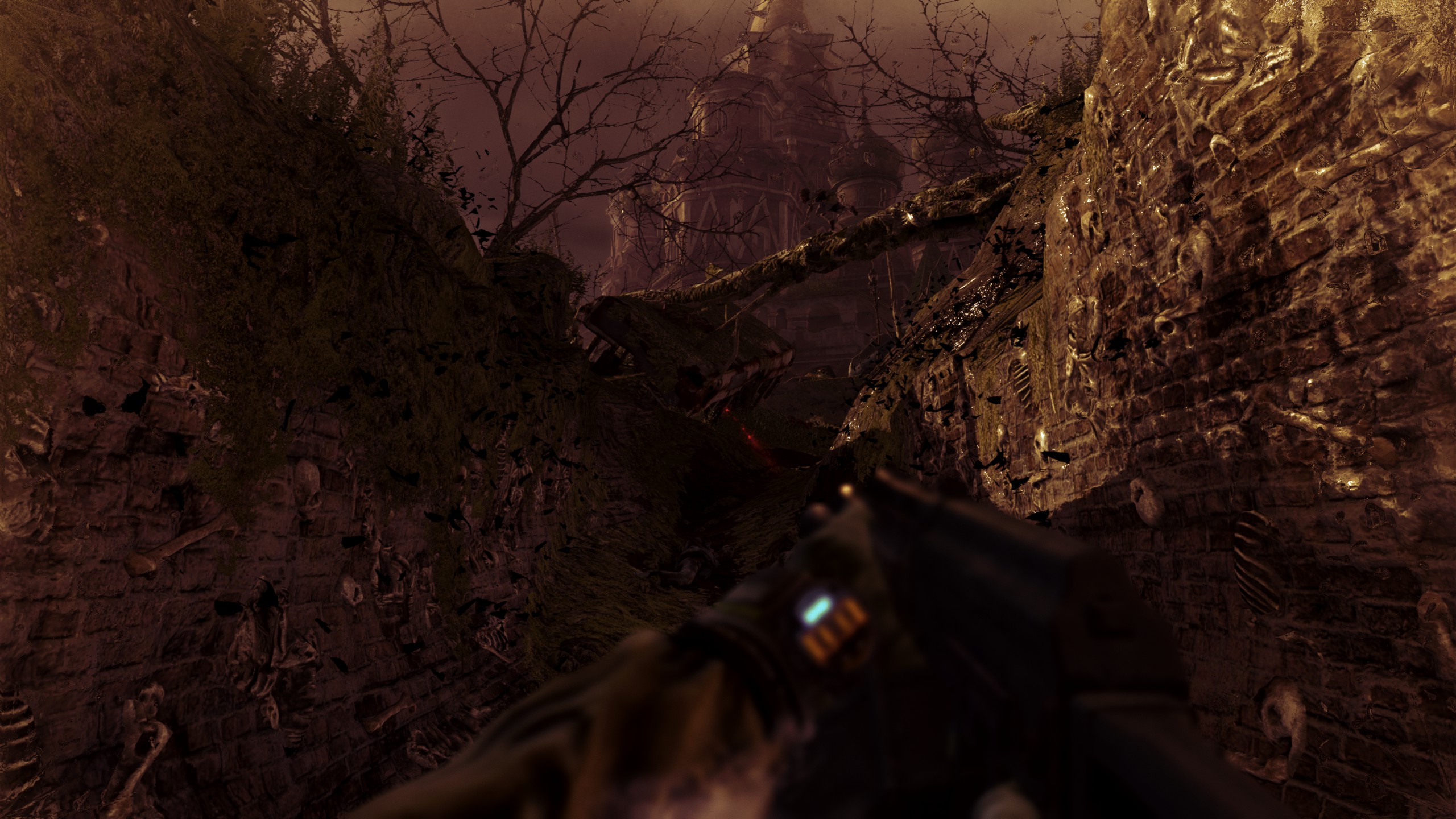
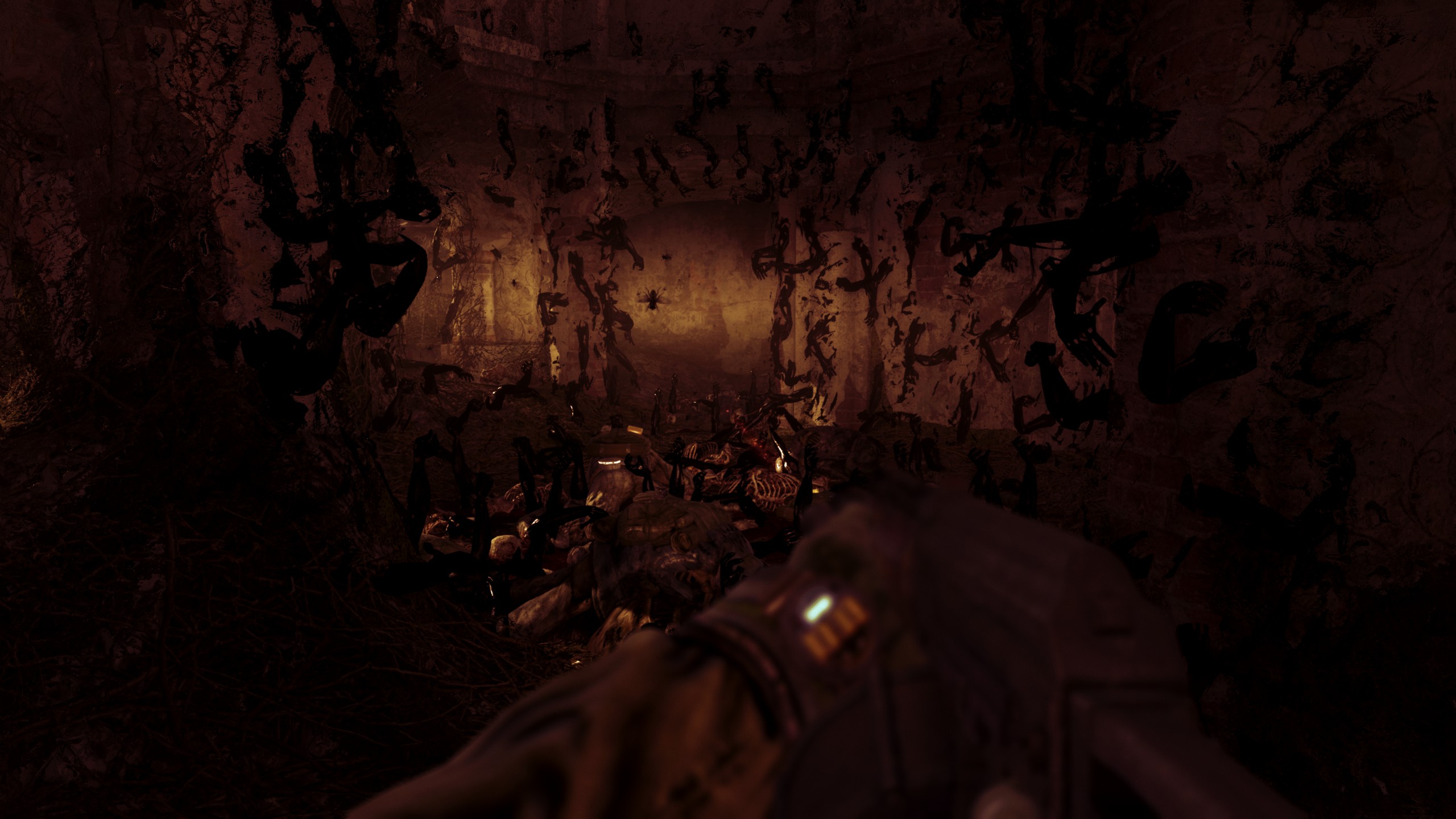

S.T.A.L.K.E.R. Lost Alpha
Of all the S.T.A.L.K.E.R. games, it is the unofficial one, S.T.A.L.K.E.R. Lost Alpha, that shows the most visual detail, especially in its level design. But Lost Alpha’s art design is of course inhereted from the base game, particularly alpha builds of S.T.A.L.K.E.R. Shadow of Chernobyl.




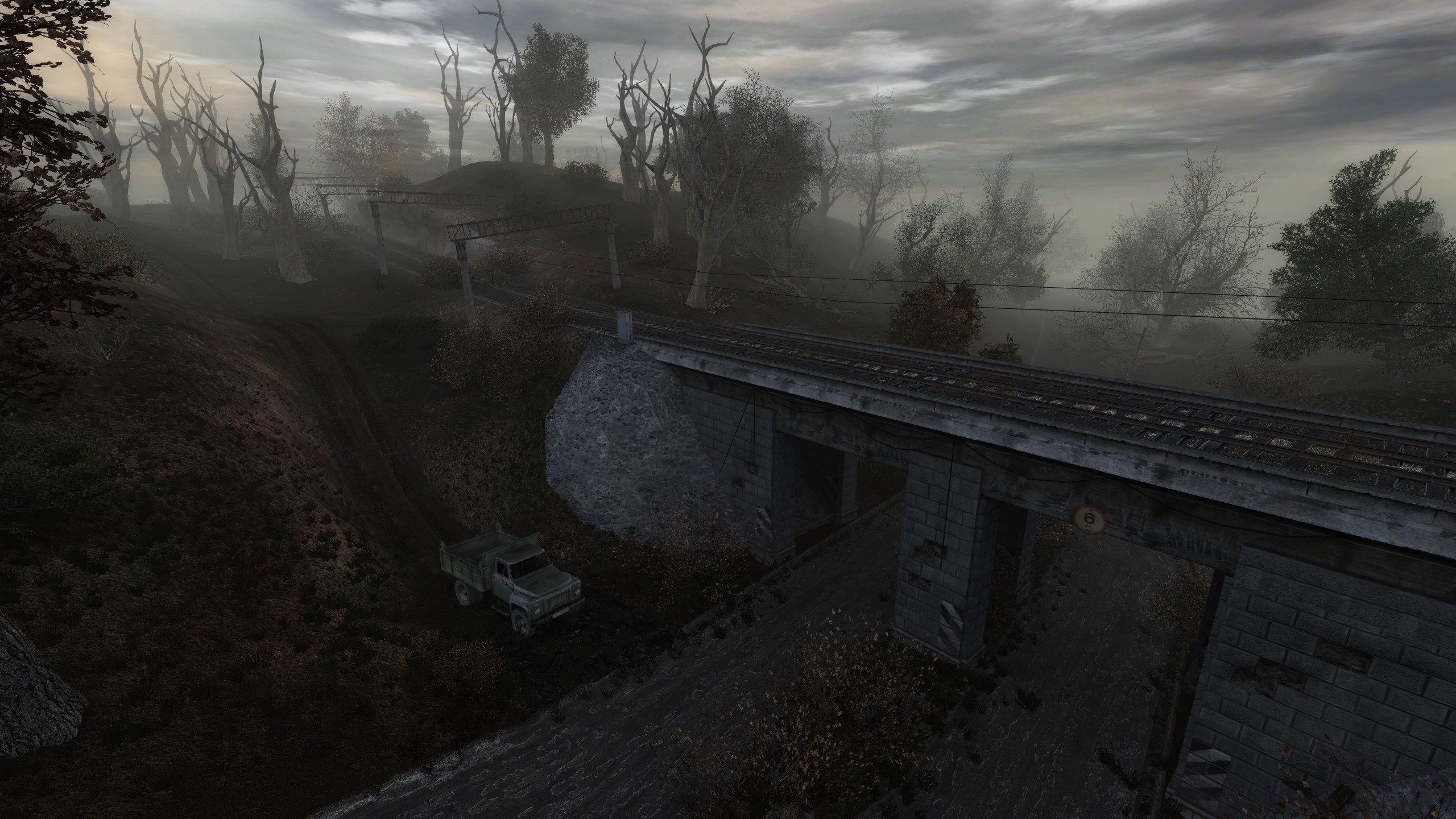



















Half-Life 2: FakeFactory Cinematic Mod
They might be called FakeFactory, but their Cinematic Mod aims to make the world of Half-Life 2 more realistic than ever. The unmodded game and expansions have a visual appearance and feel that does not hide their true nature; they look and feel like a 2004 FPS game. The levels are the maps of a 2004 first-person shooter. It was impressive for the time but has aged poorly. With Cinematic Mod 2013 however, the game and all expansions are transformed into a true artistic rendering of an oppressed, futuristic but collapsing world.
The changes are most evident in these screenshot comparisons from FakeFactory.
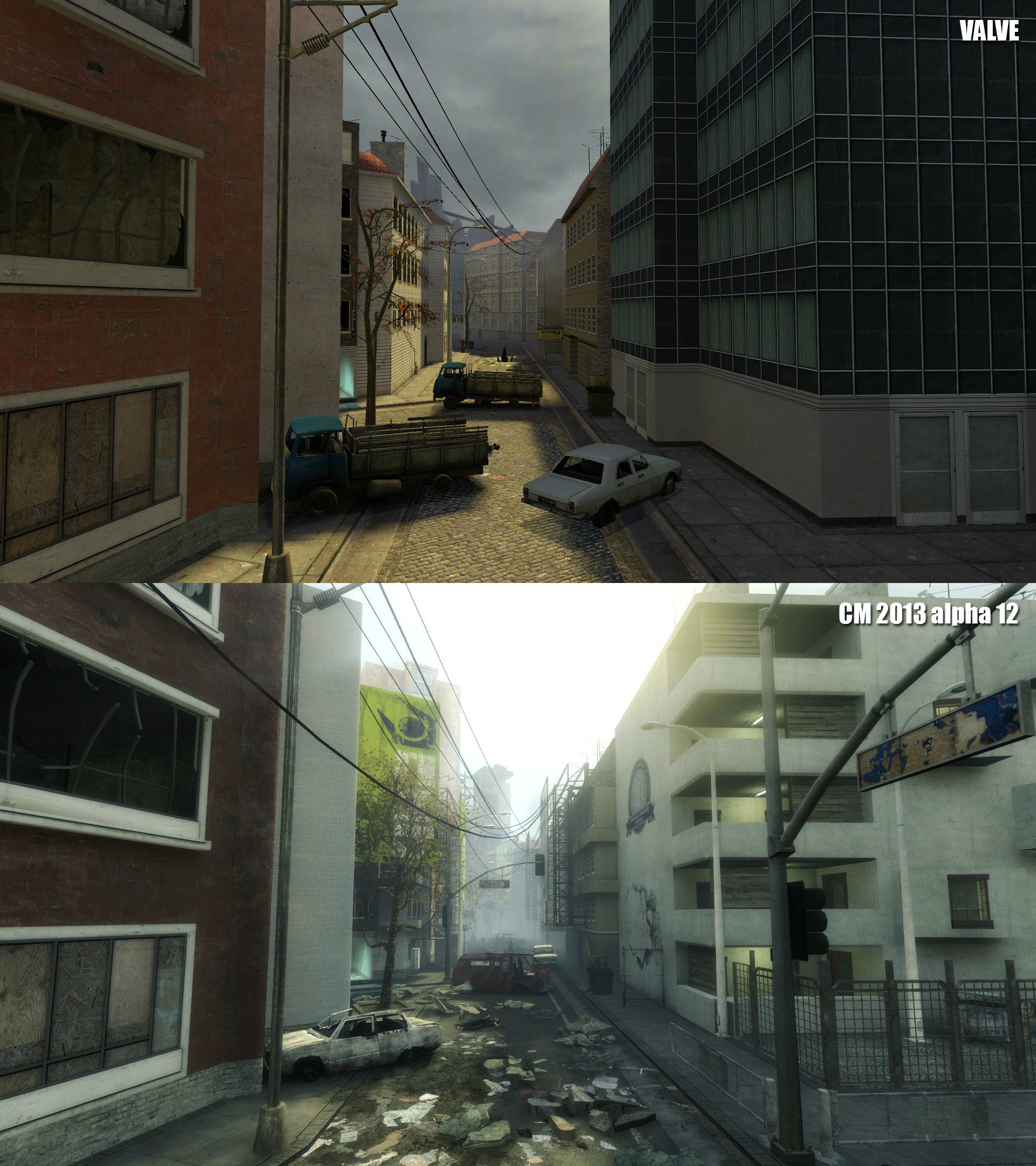
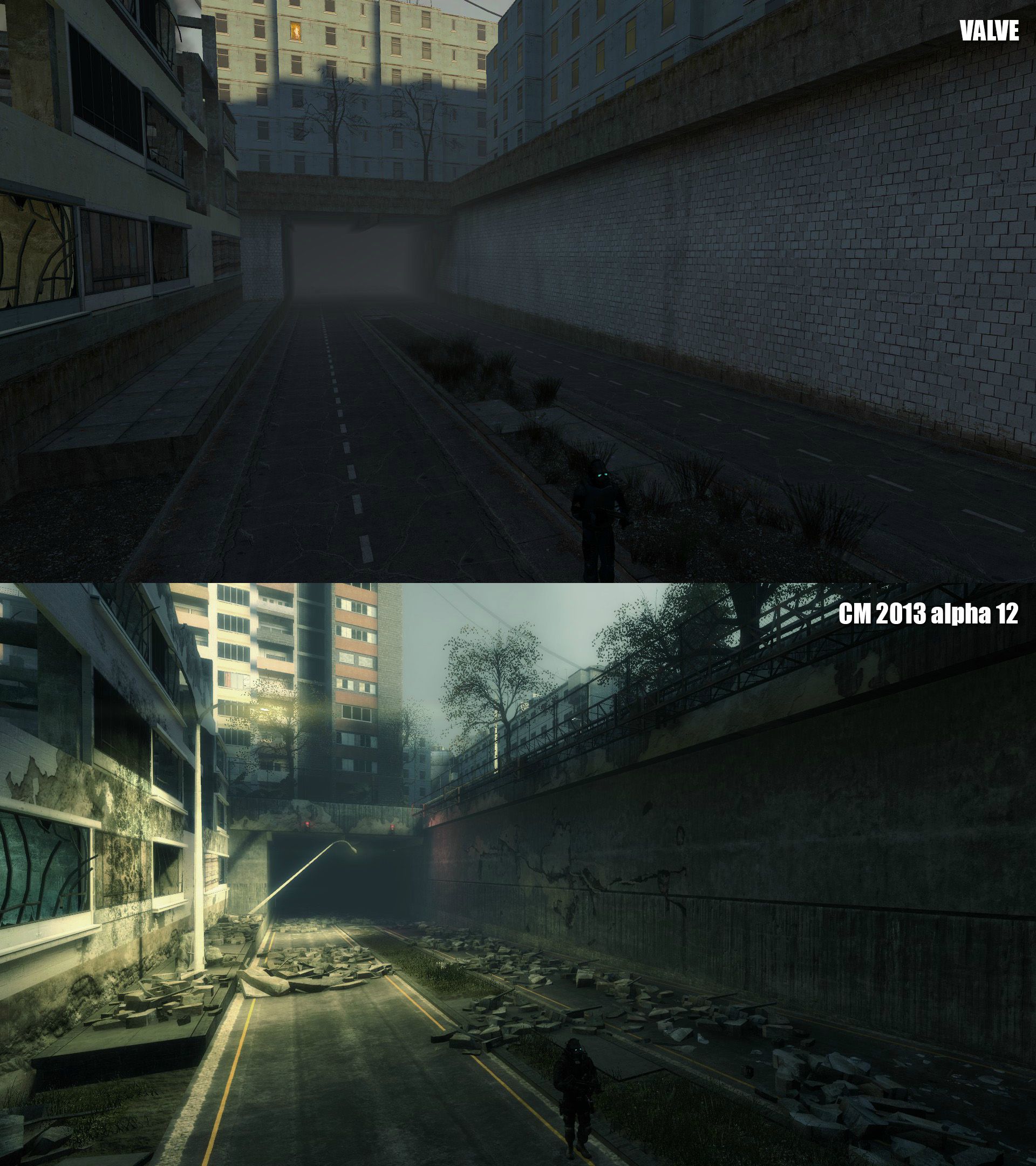

And now for some standalone screenshots.
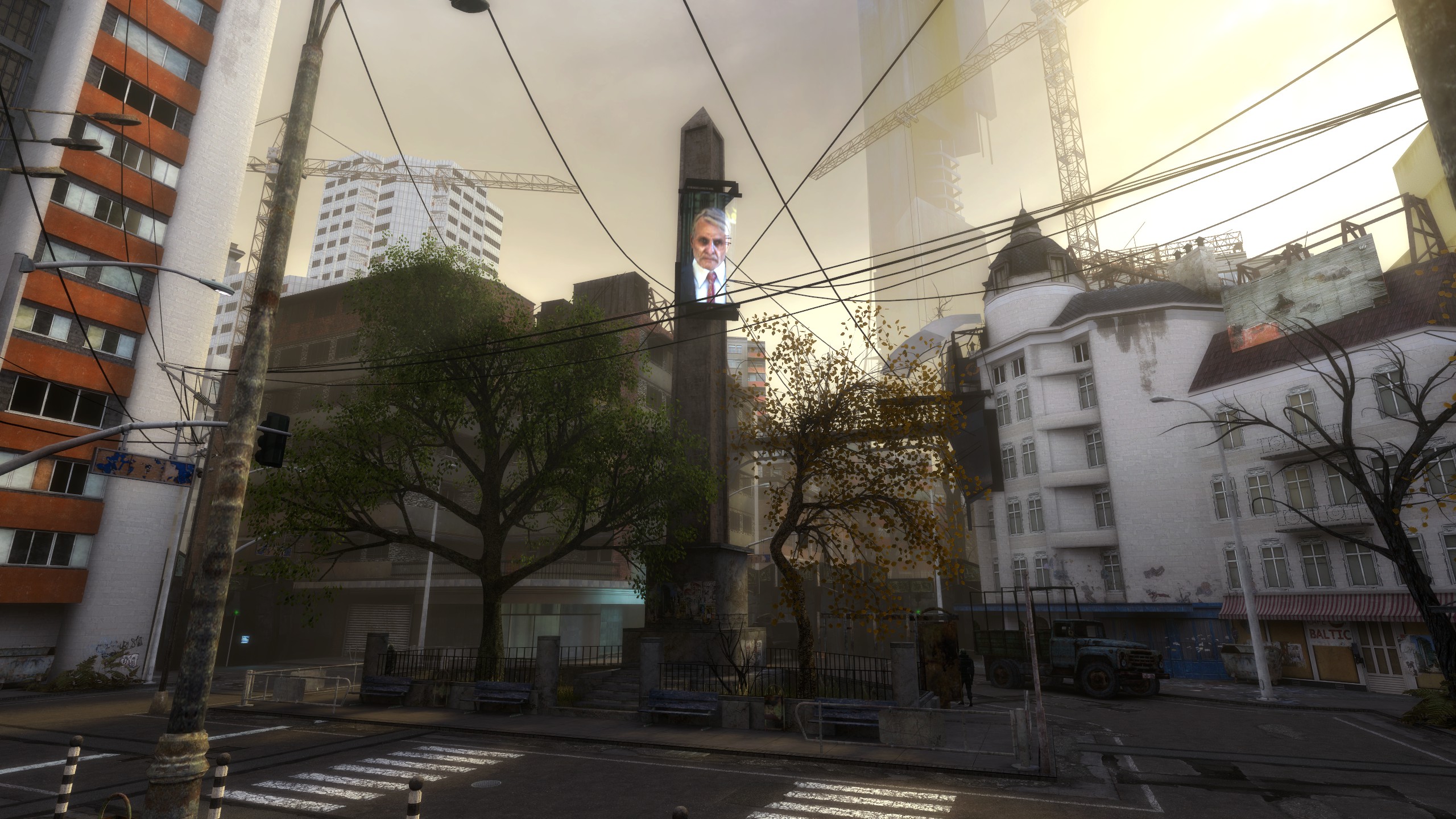

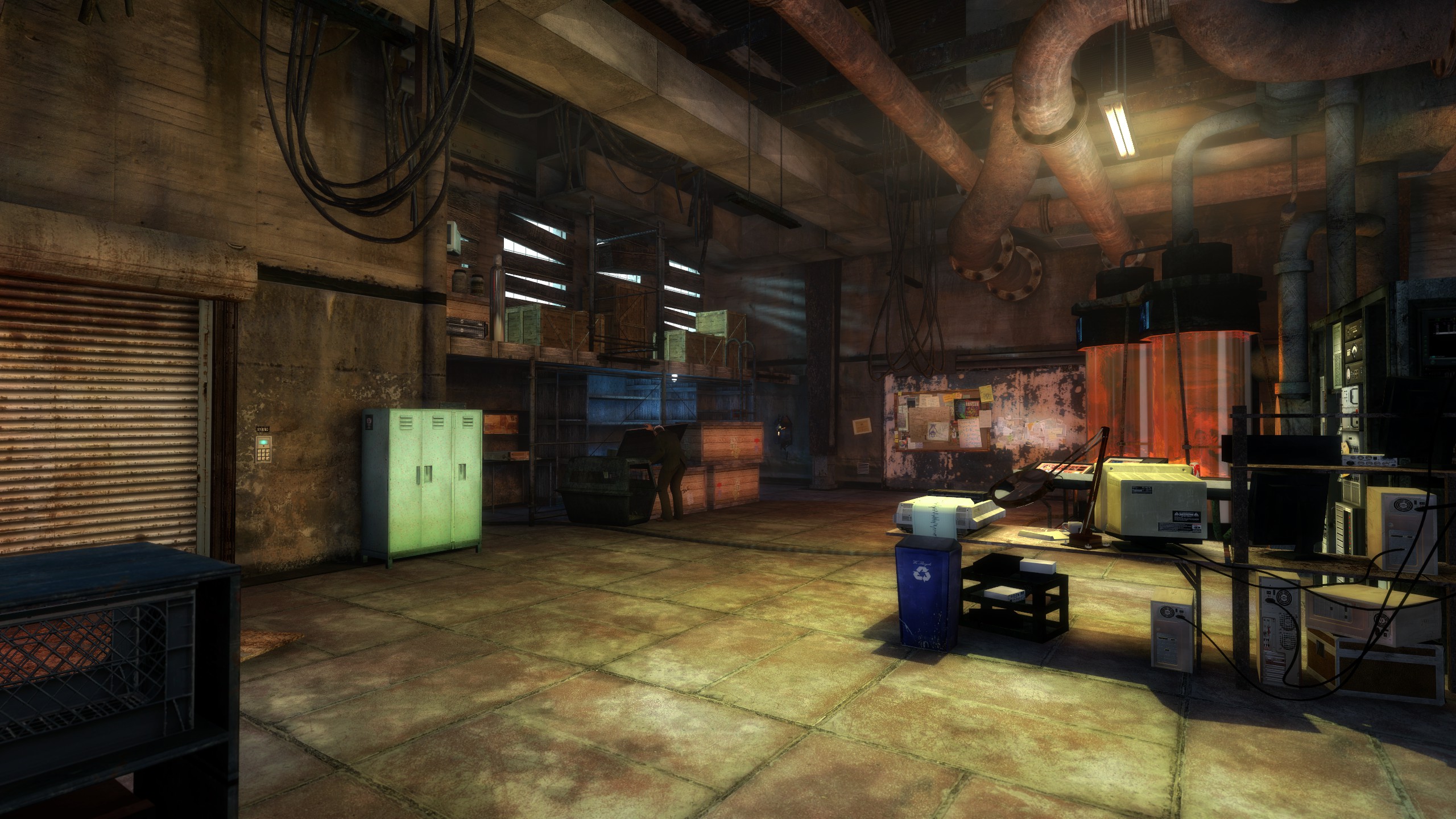
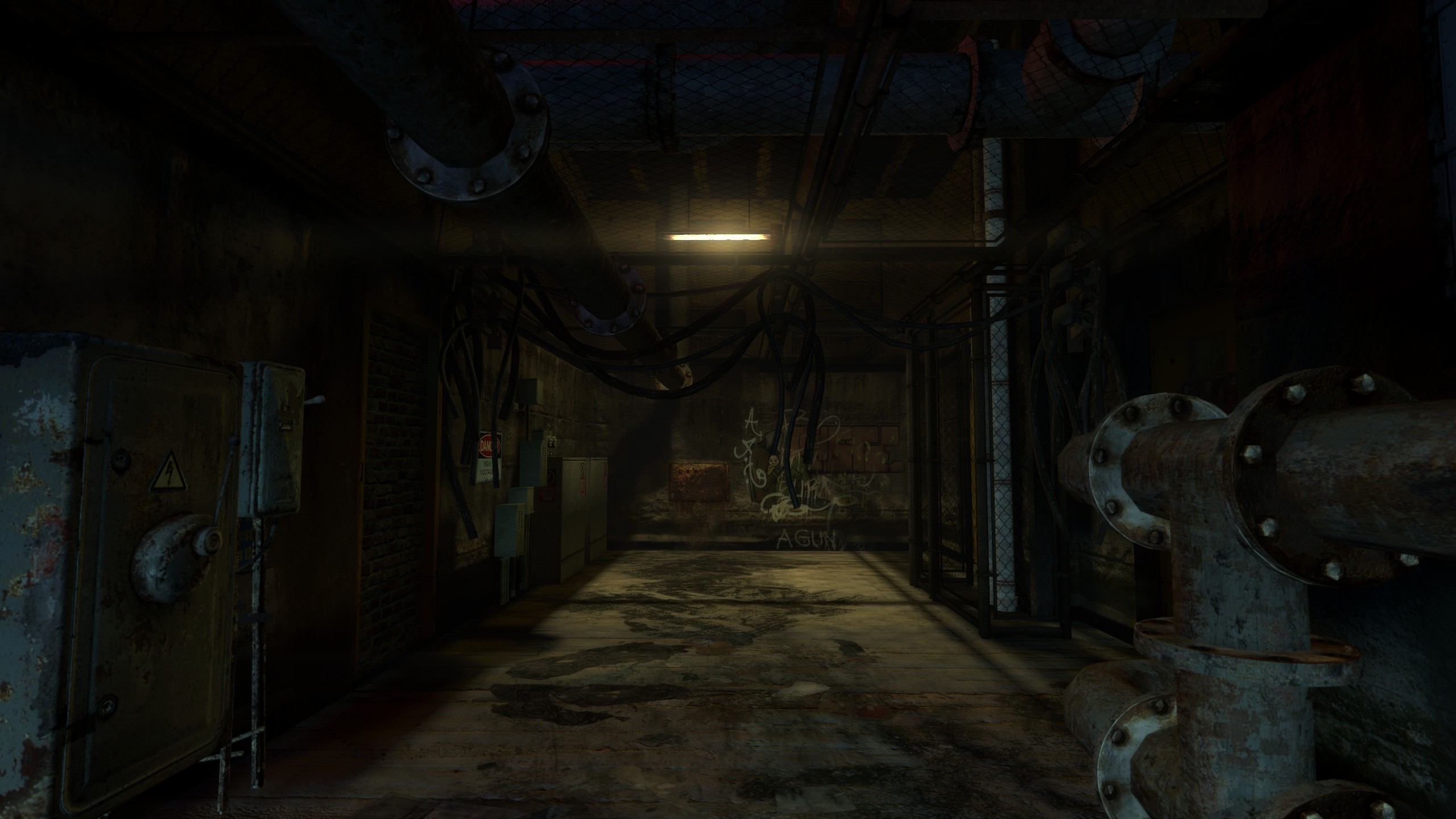
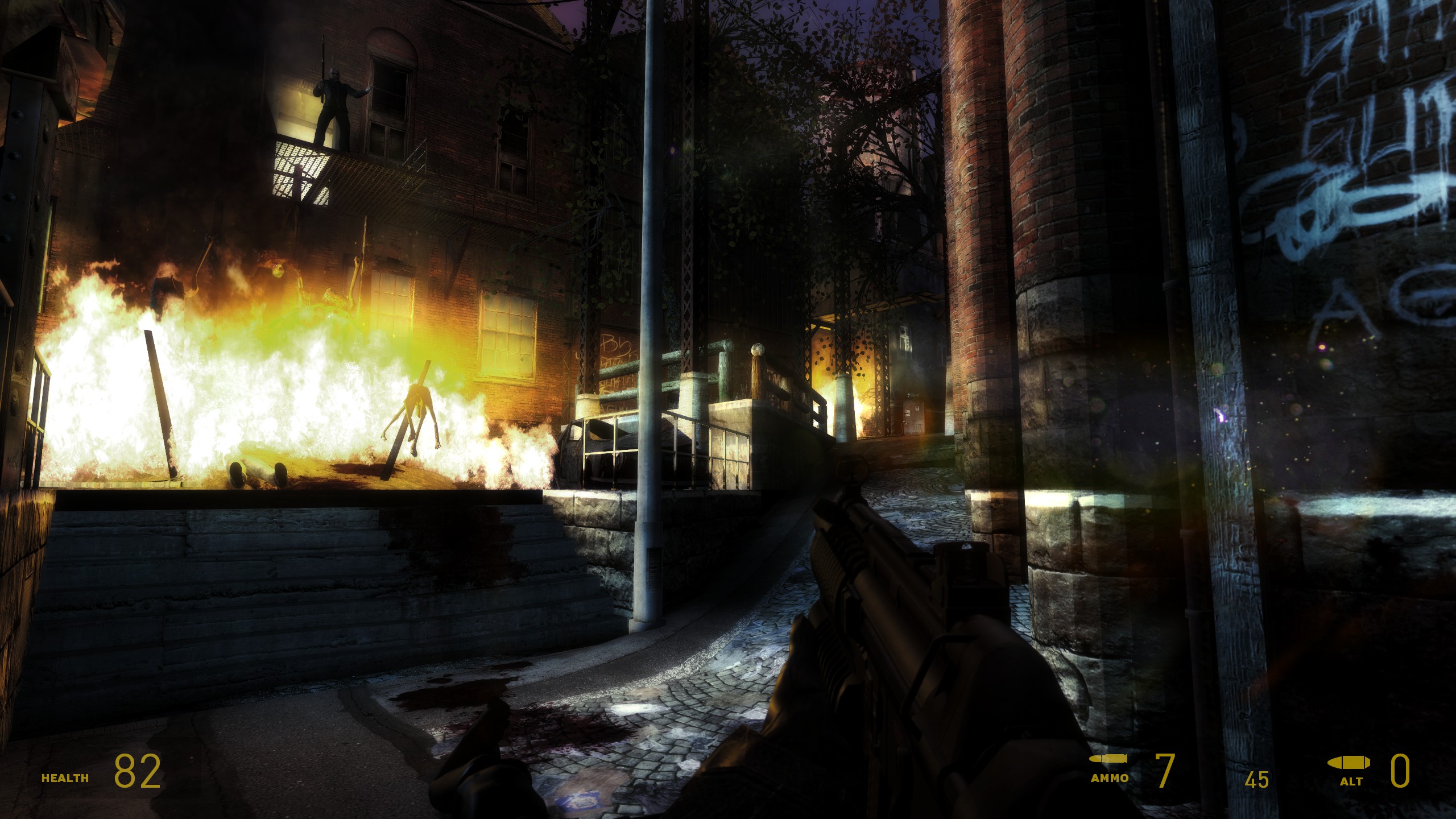
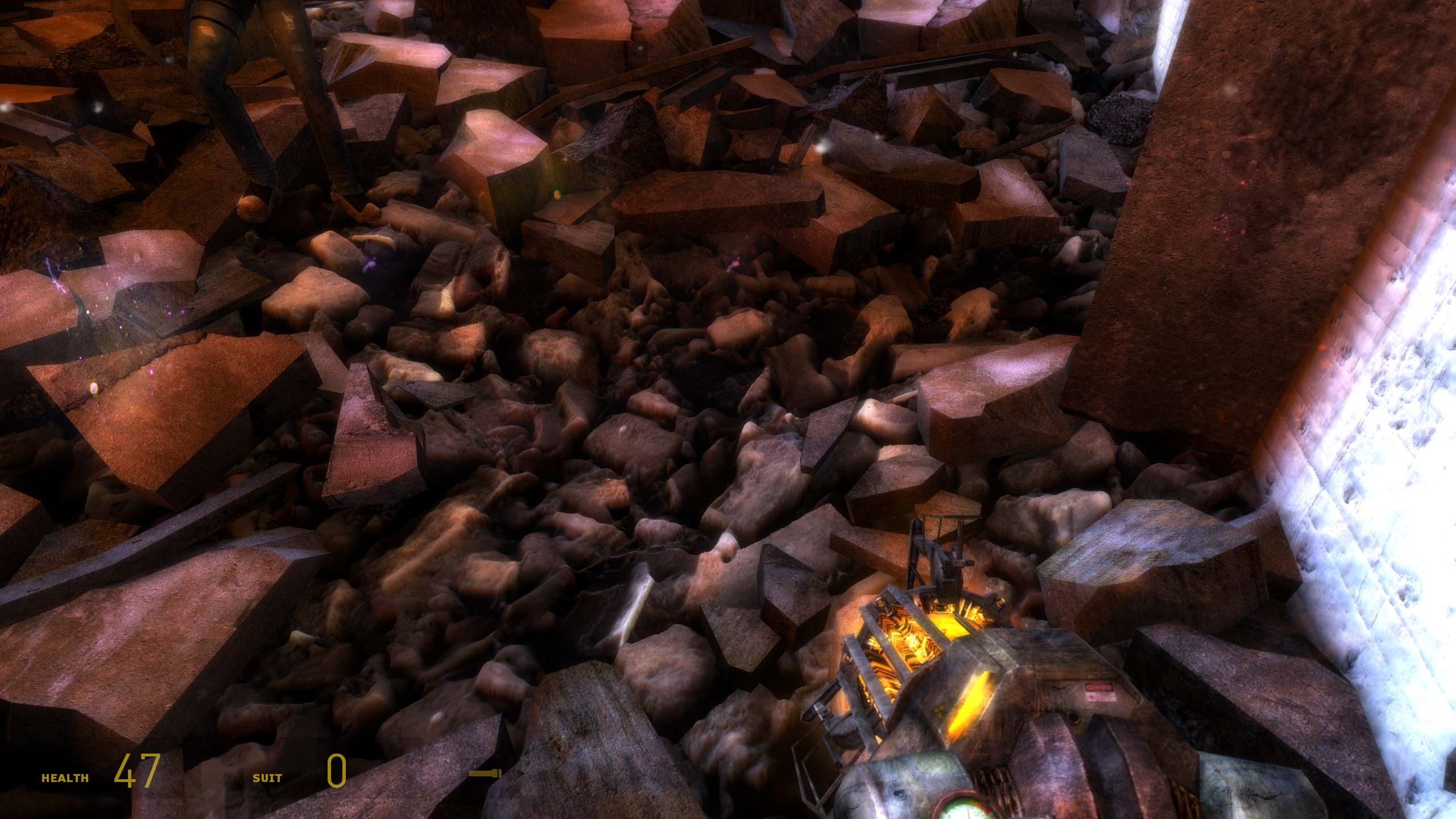
Such parallax mapping in a 2006 game.
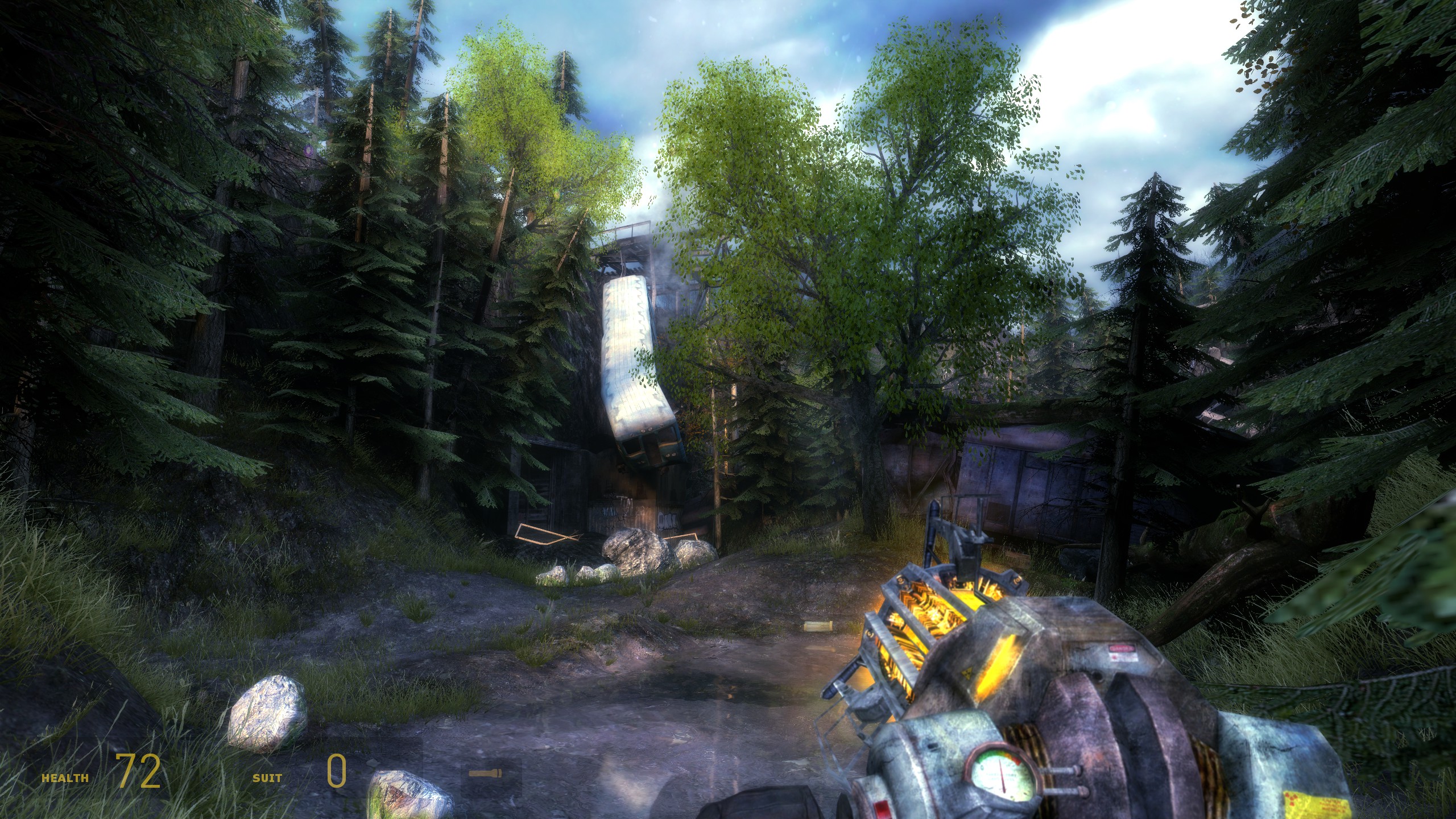
Anna: Extended Edition
A terrifying yet beautiful game, Anna: Extended Edition is set in the Italian Alps. The location is a house/sawmill, modeled after a real one. See these official photos of the real location:
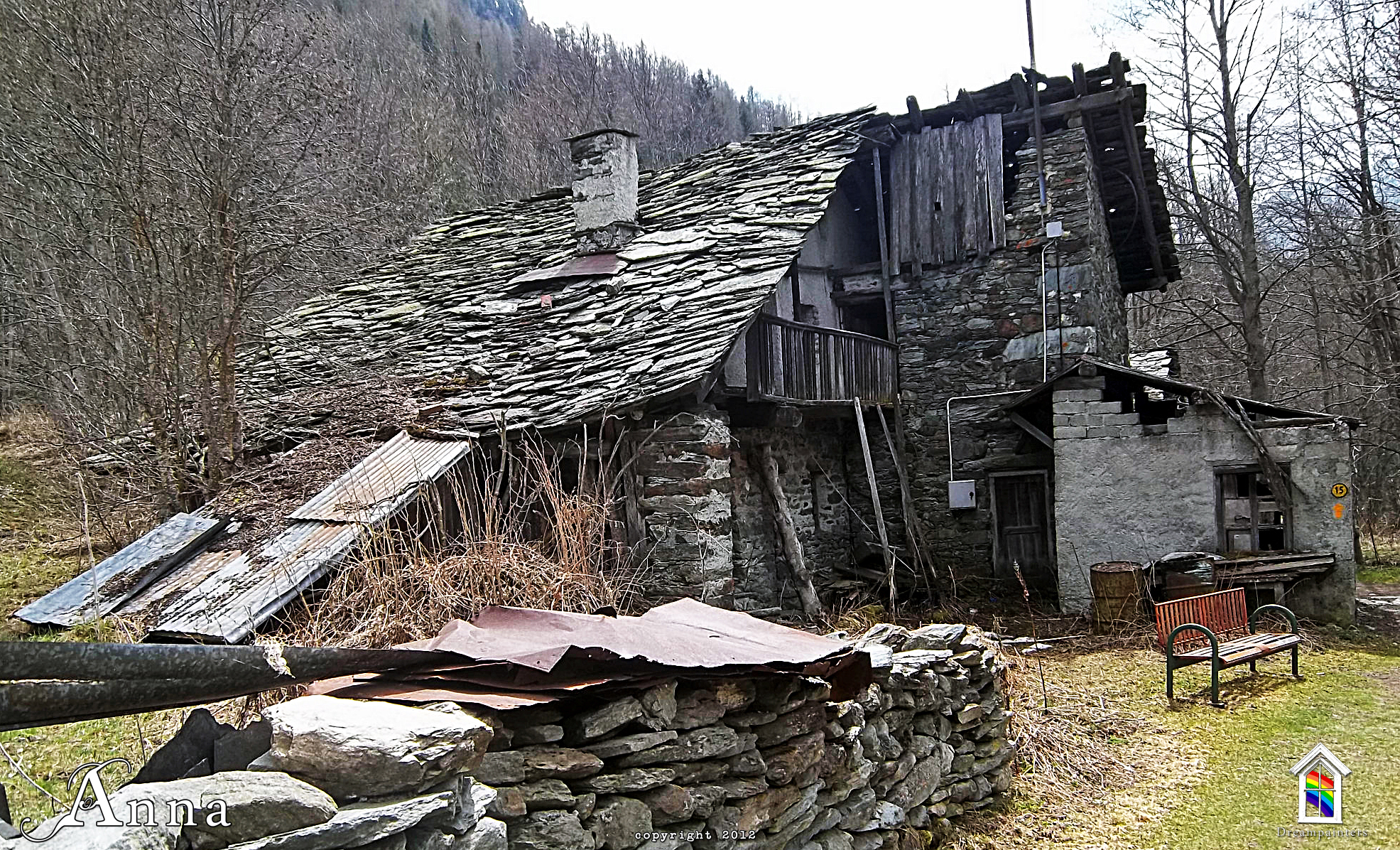
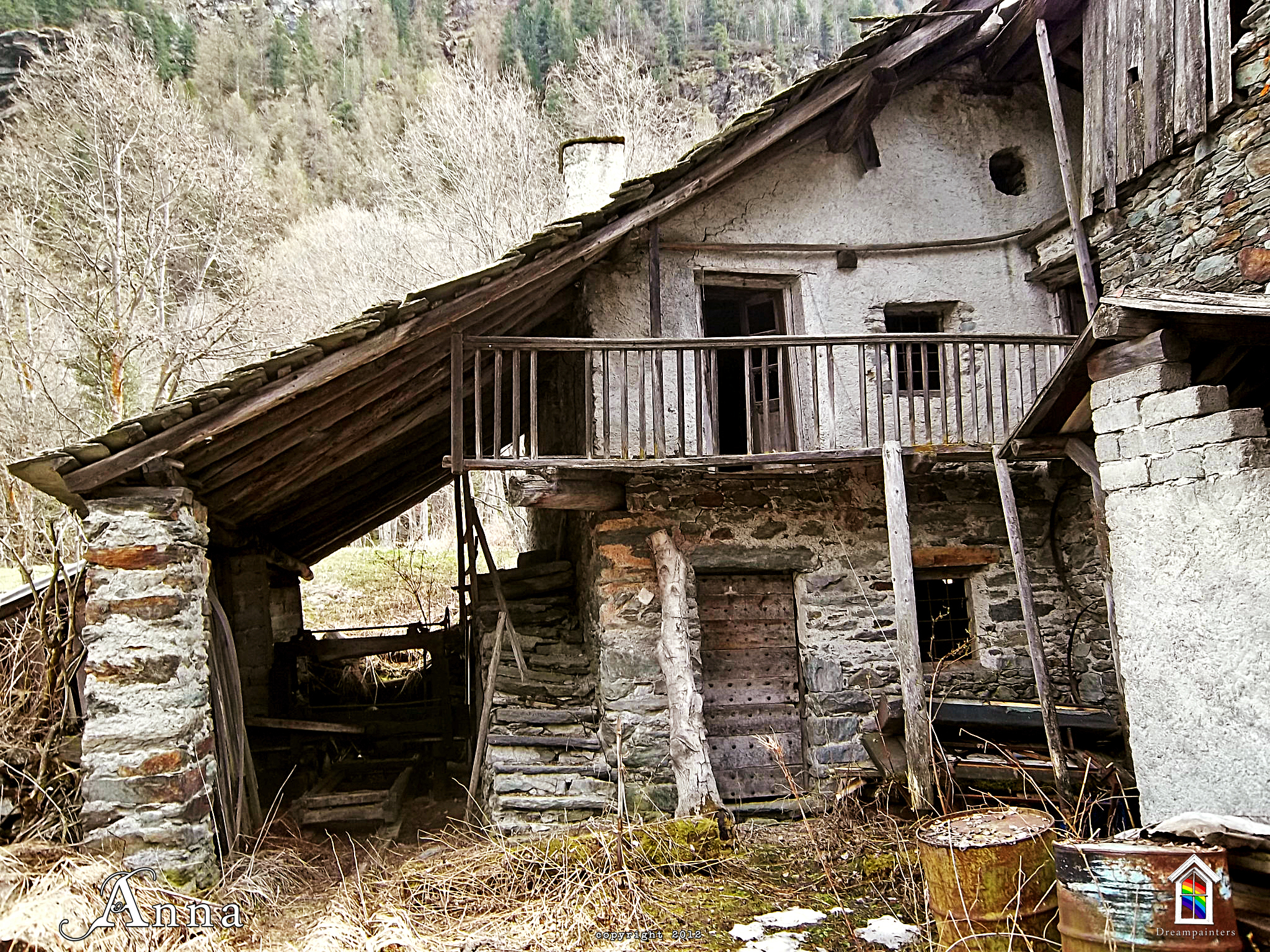
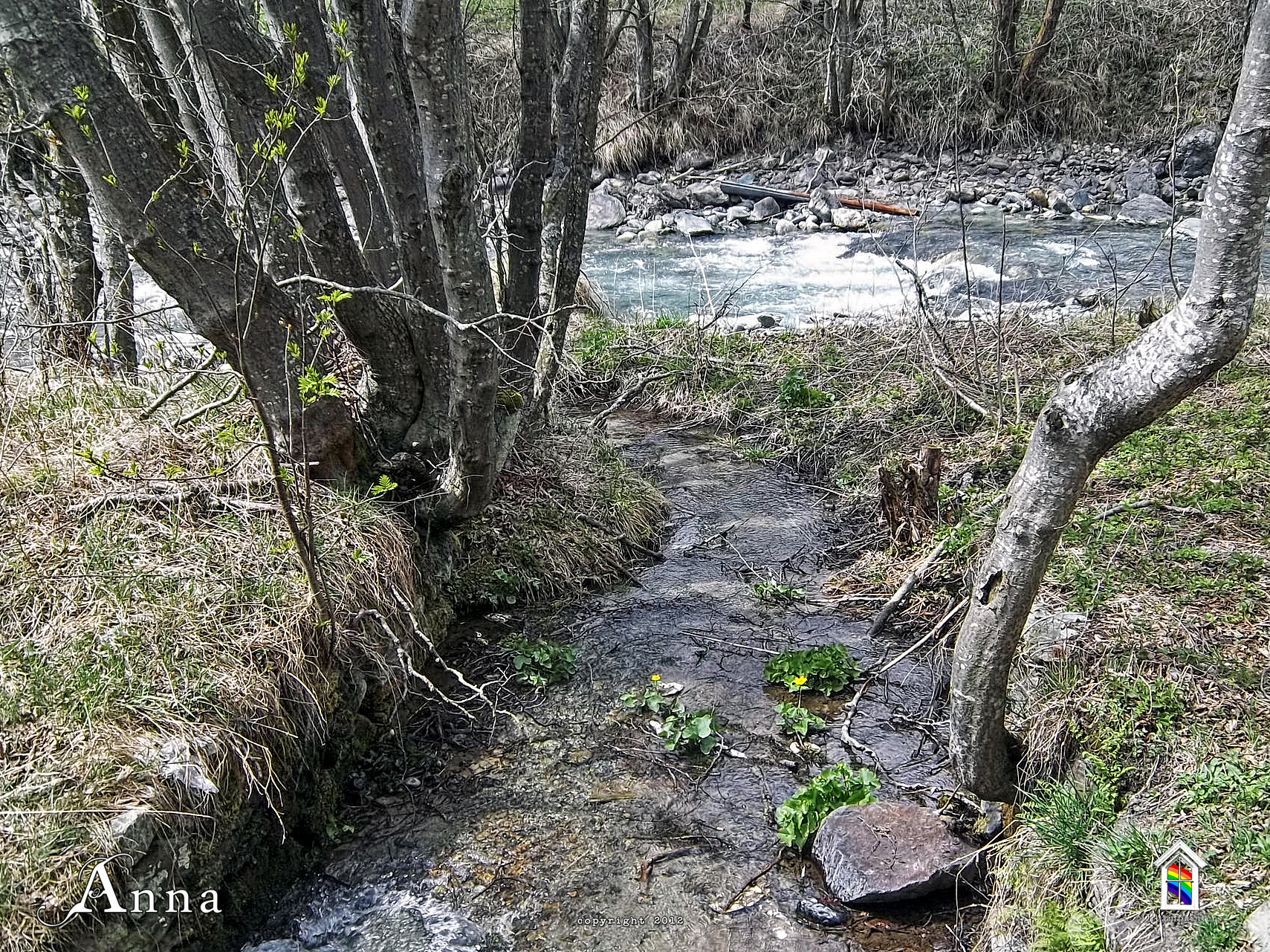


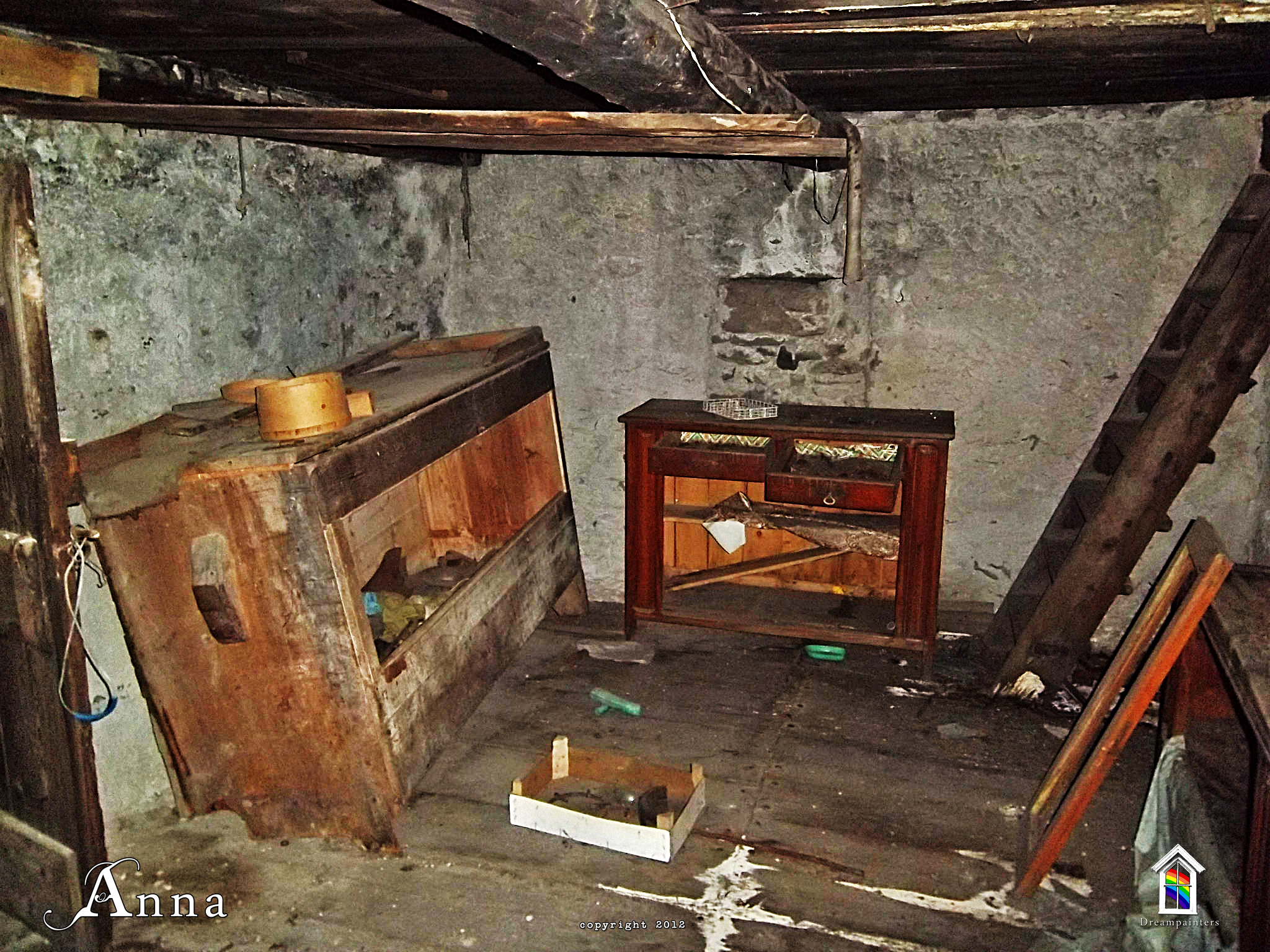
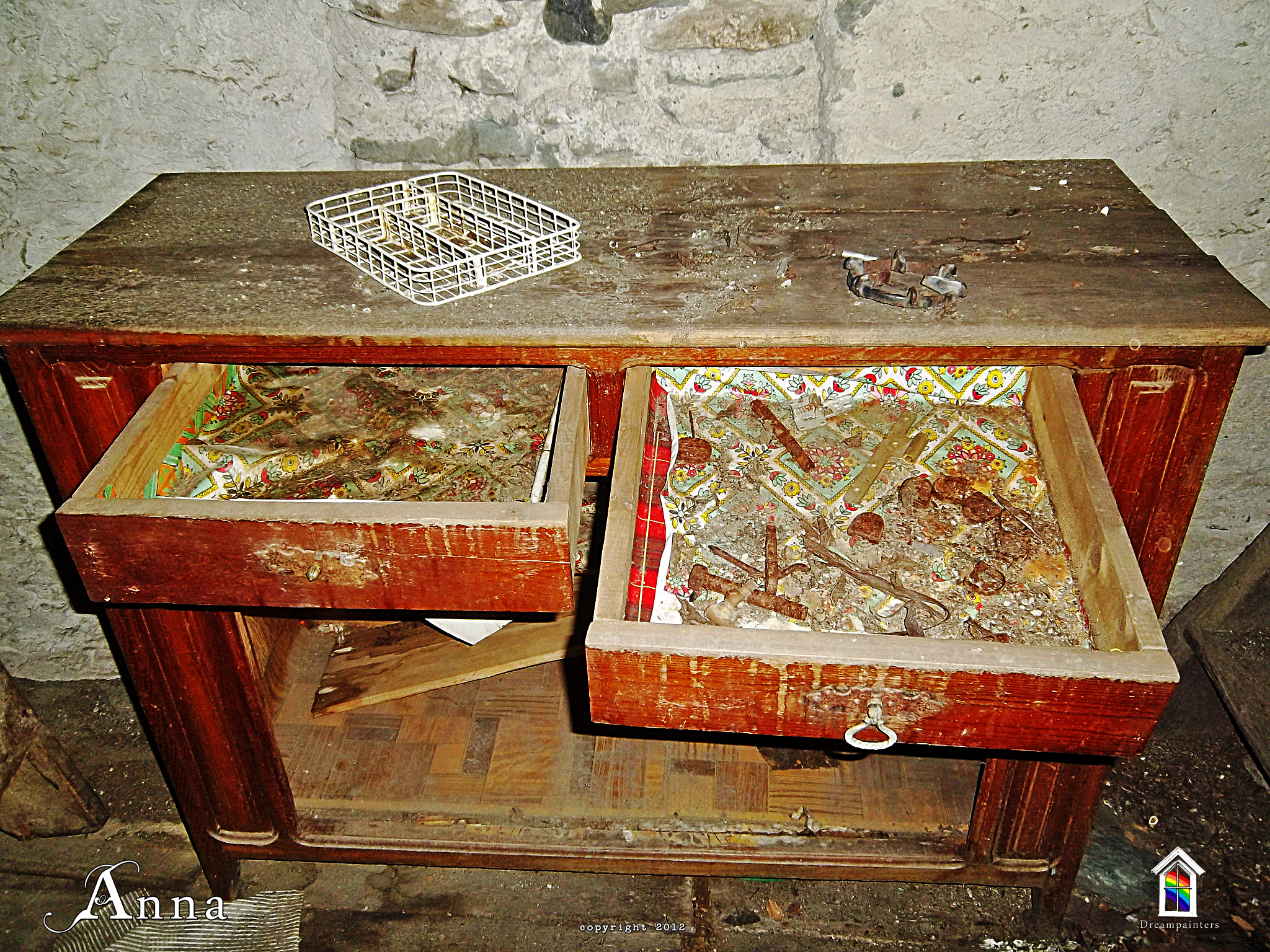

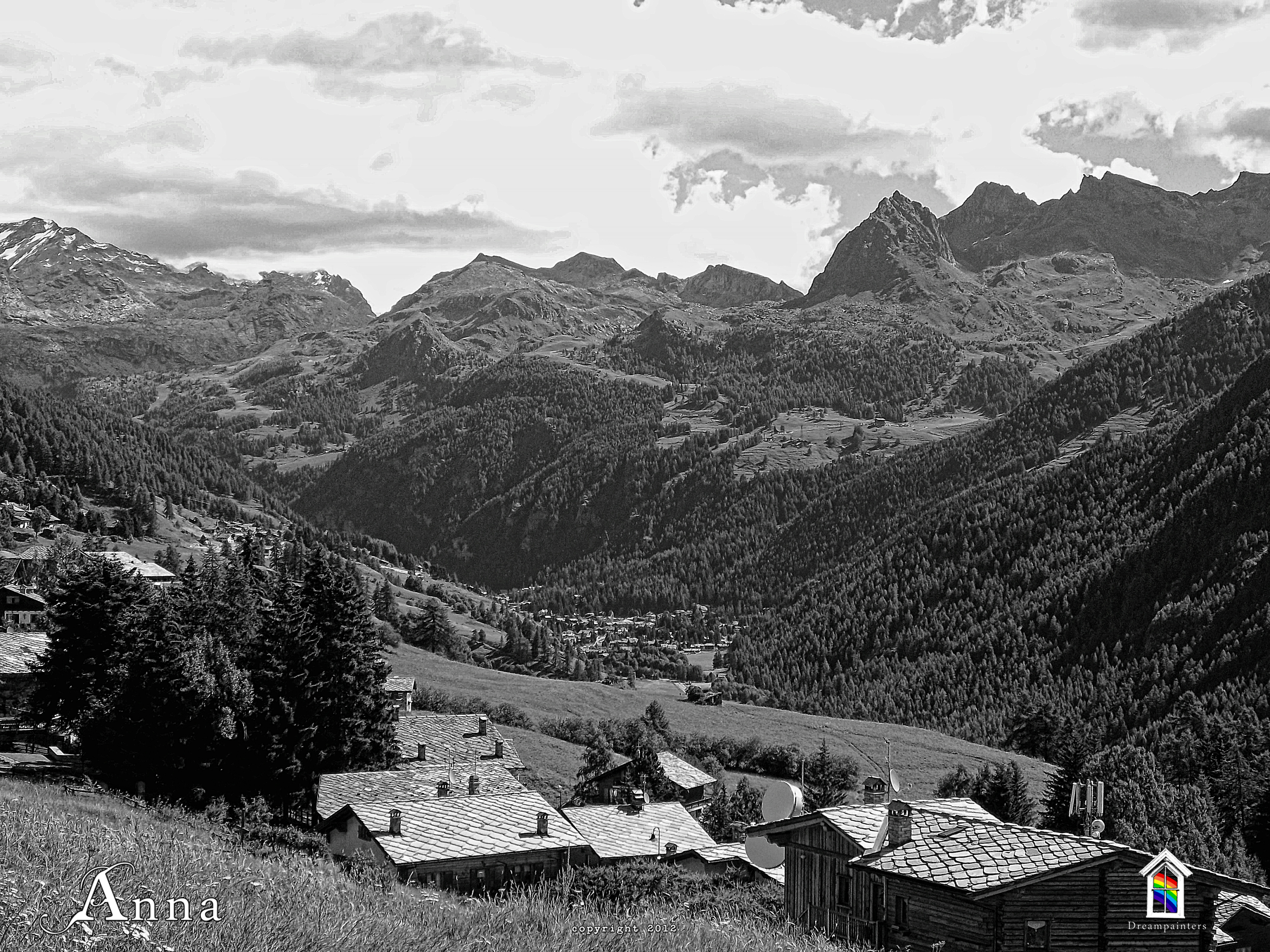
A variant of this image is used in the game’s pause menu.
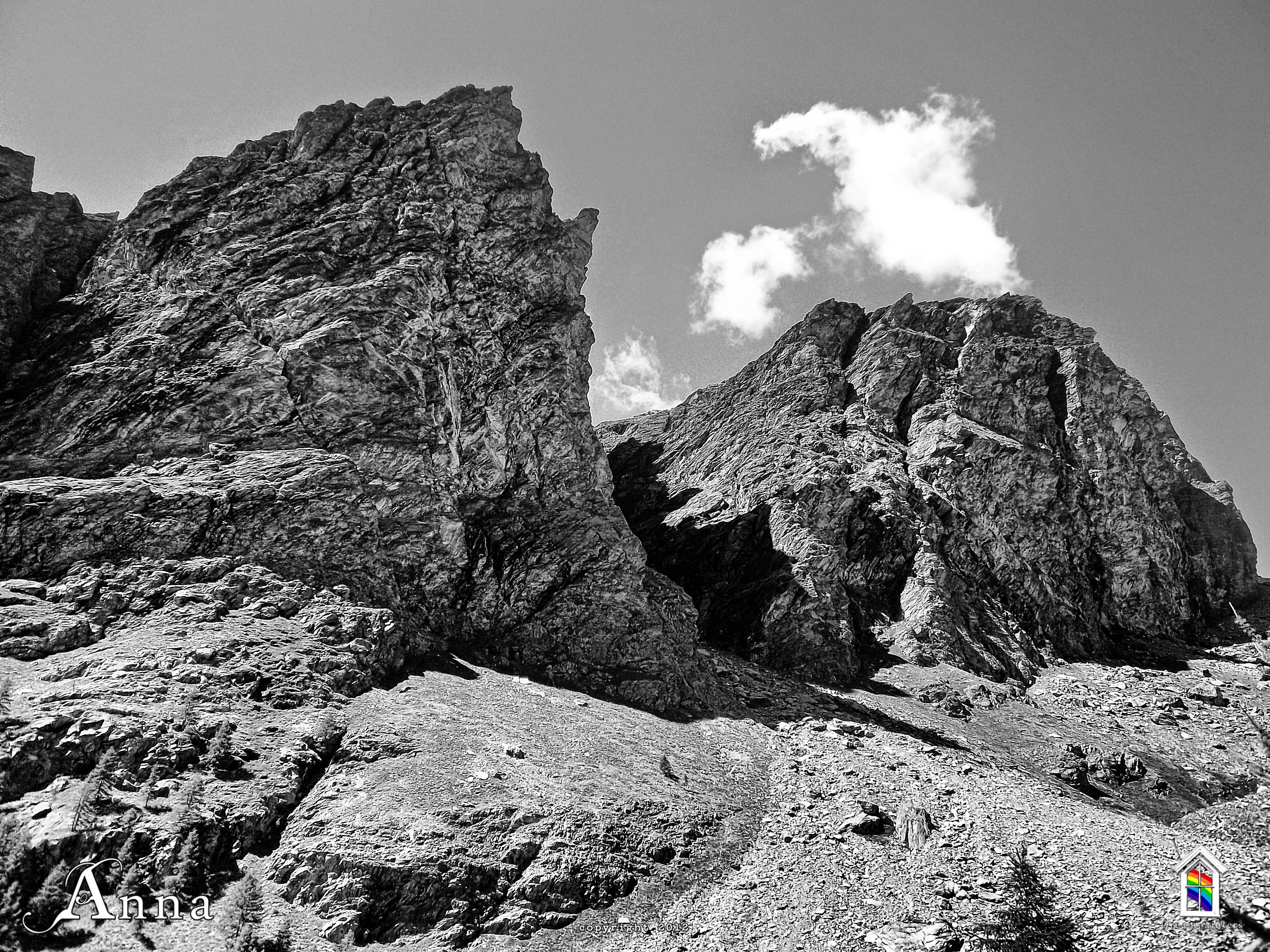
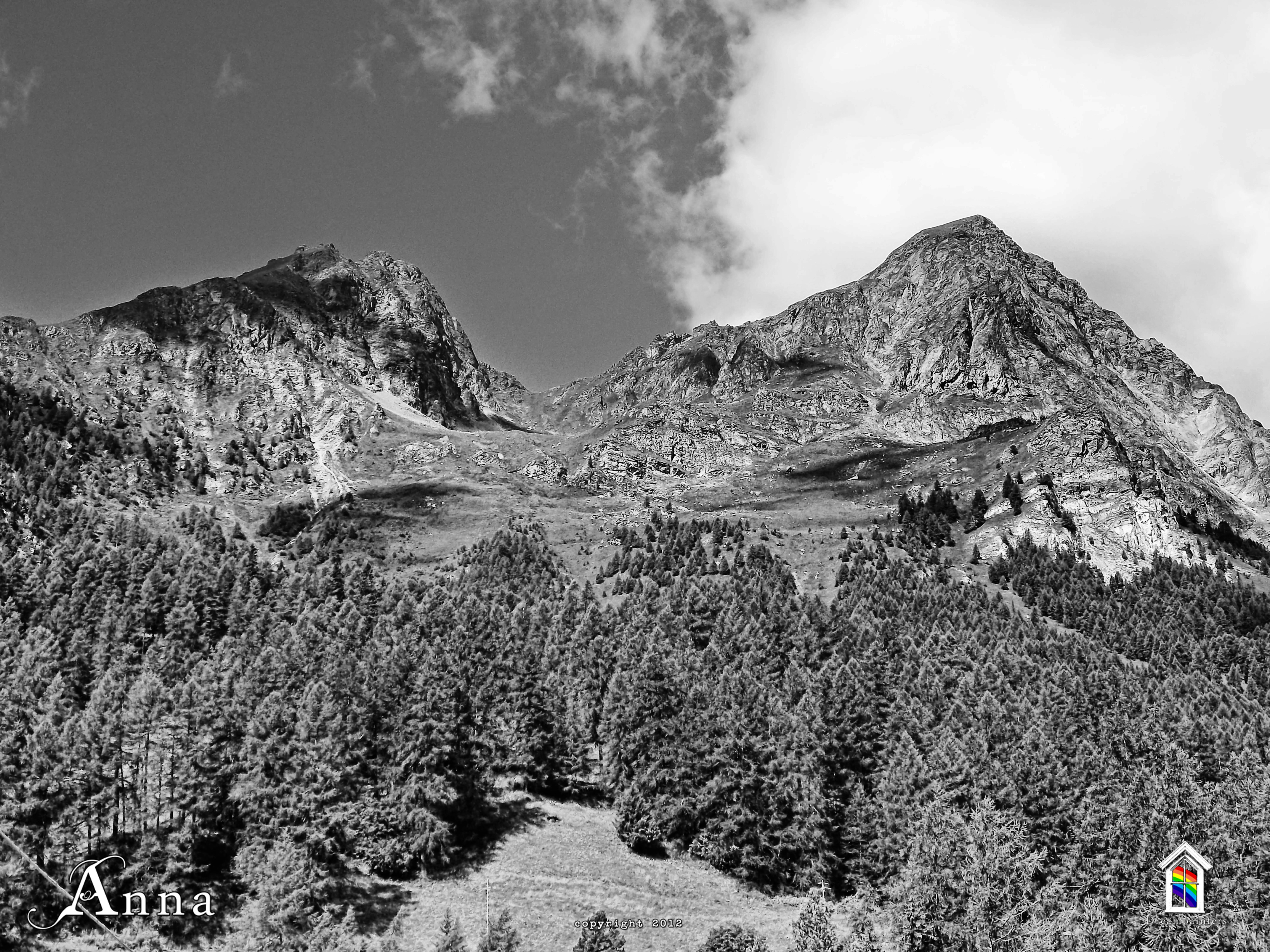

And as for the game itself, it isn’t just visually remarkable for its art design and level design, but also its storytelling which is largely visual and environmental. There is nothing else quite like it.

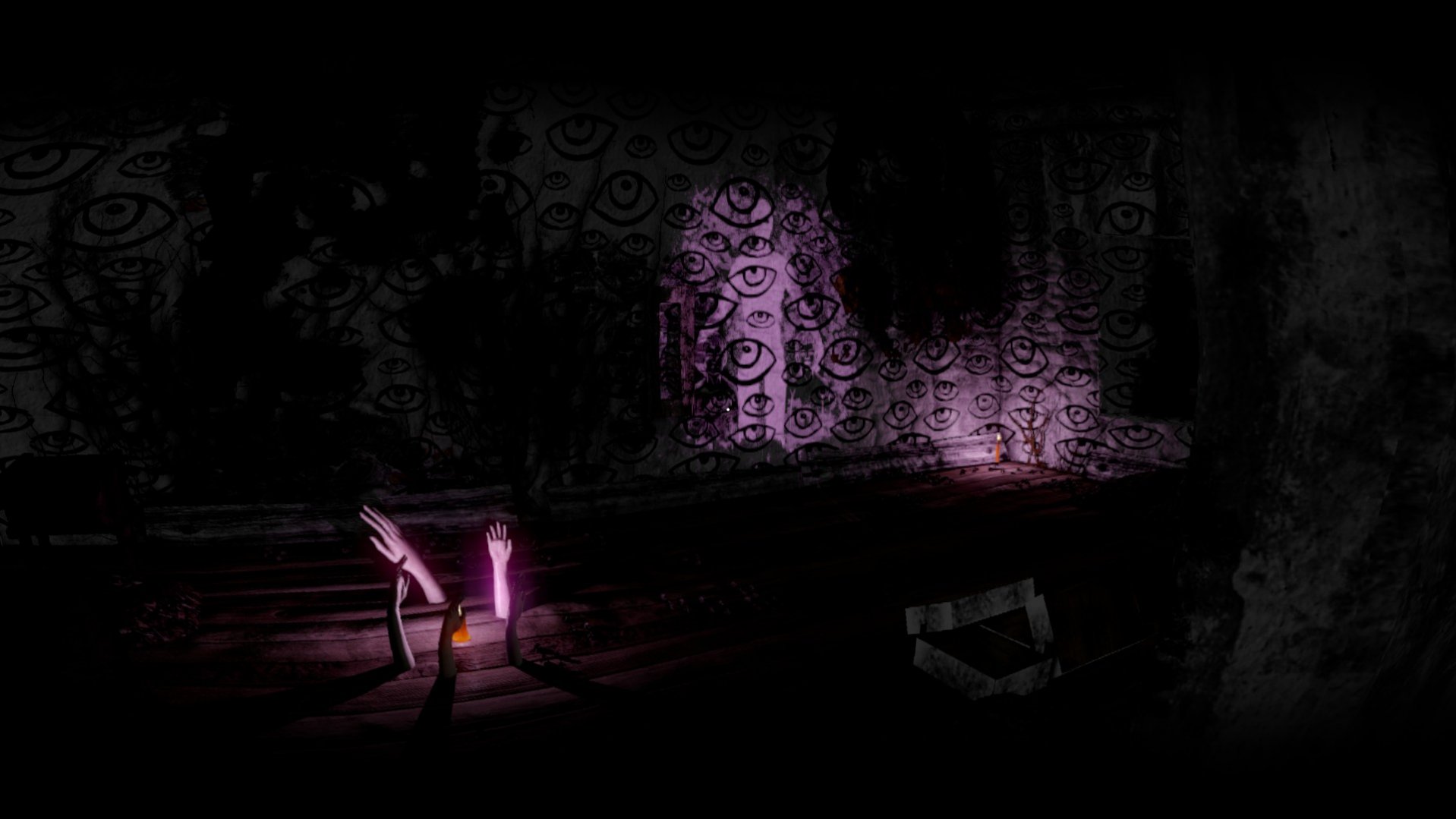
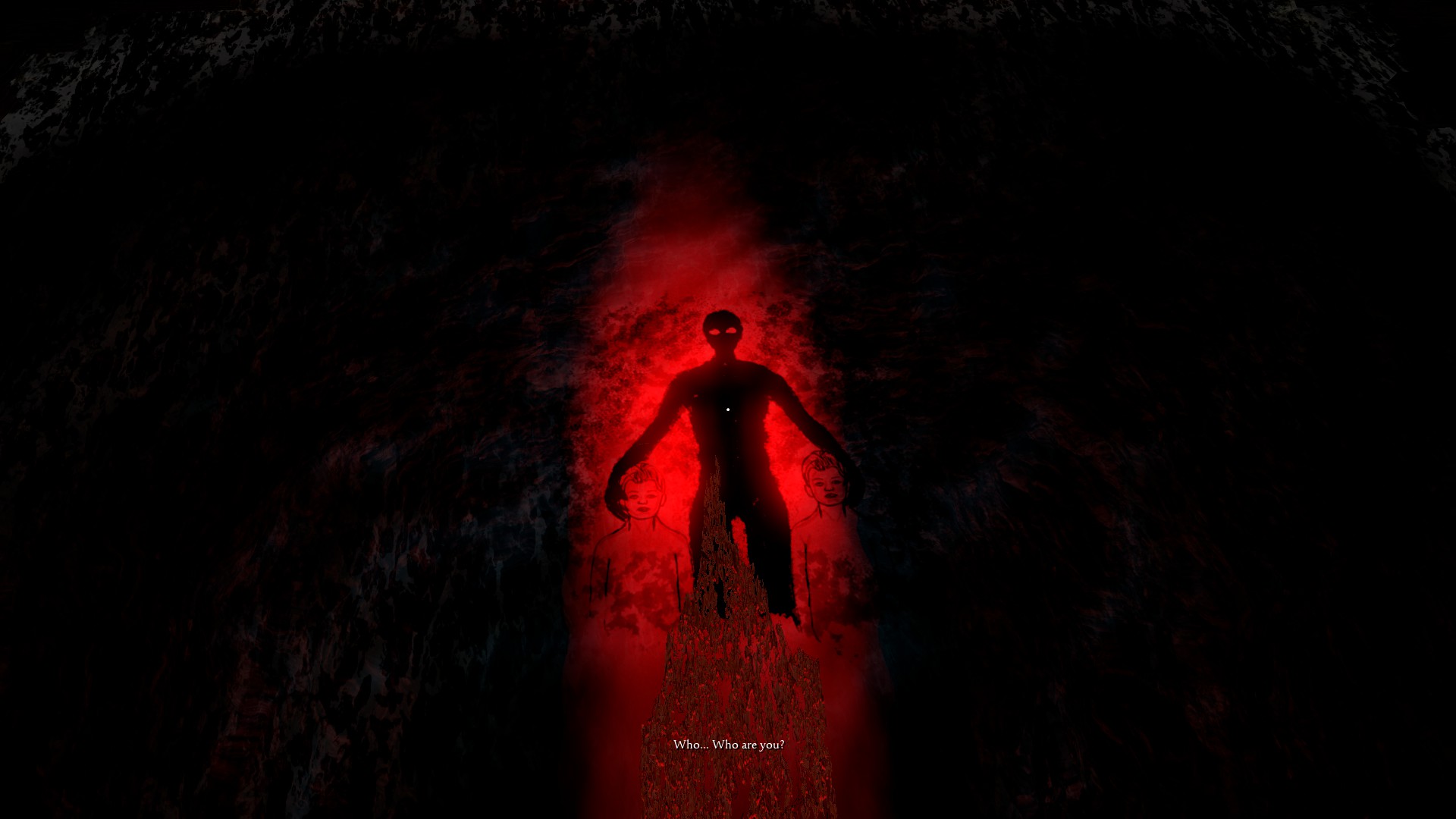
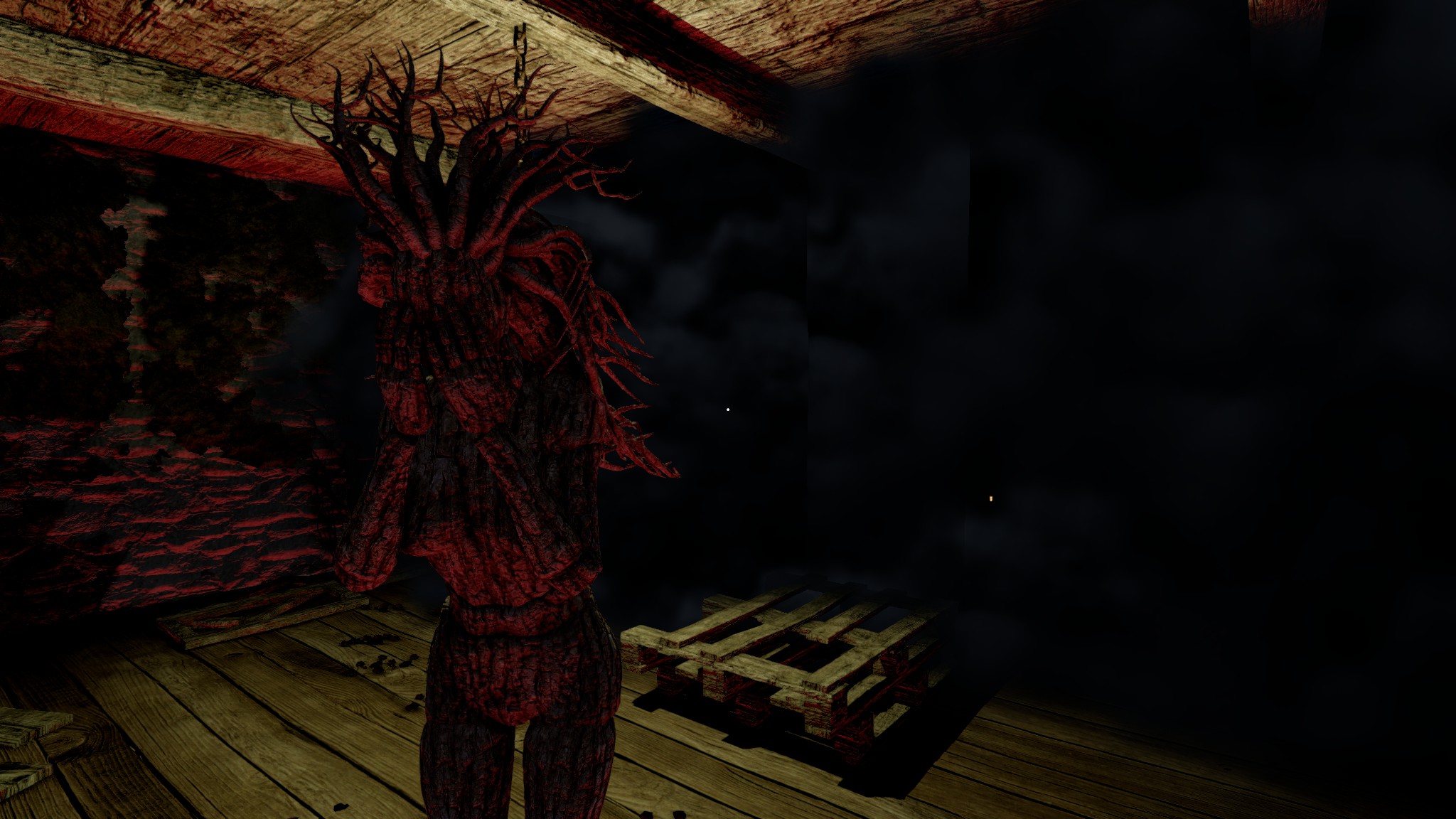
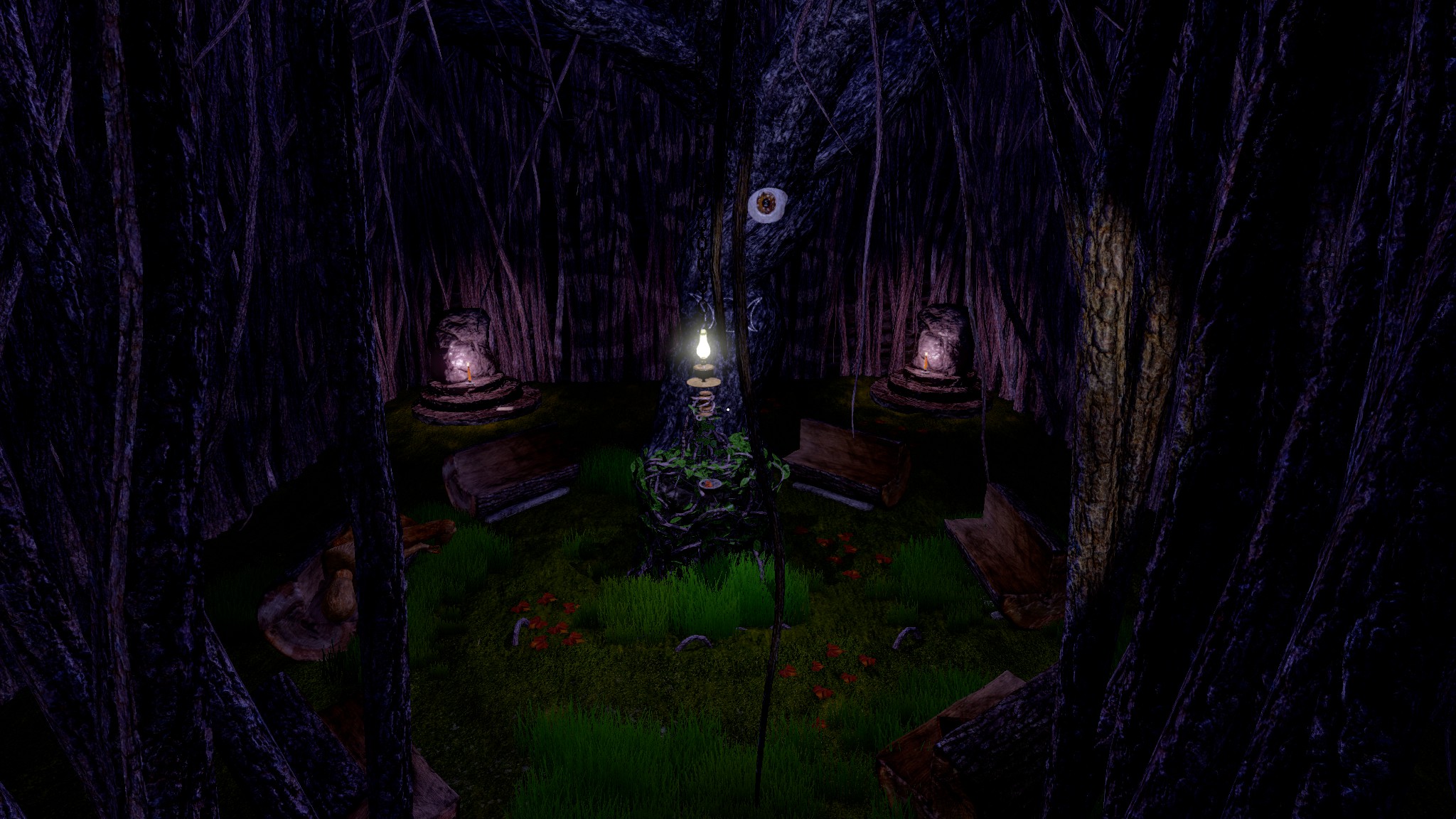



SOMA
The attention to detail put into every aspect of SOMA is something to behold. It amazes me every time I think of it. To play it and experience it is more than a delight.
Its spiritual predecessors are incredible games in their own right, but do not come close in art design. This is largely due to an increased budget for SOMA; Frictional Games knows how to use said budget, using it to improve the game more than to market it. Let’s hope that decision pays off. No doubt that these improvements are also the result of maturation and growth.







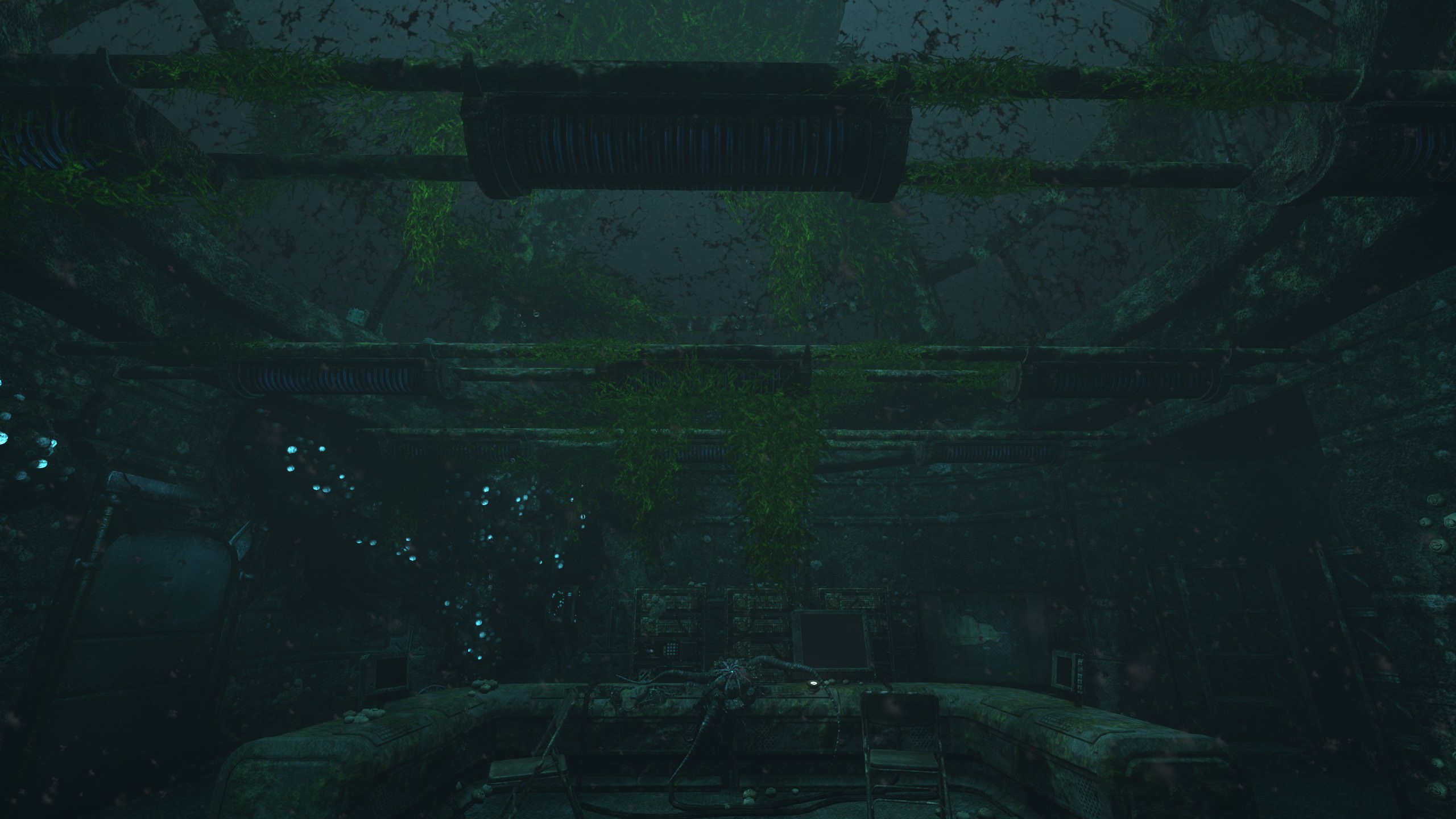
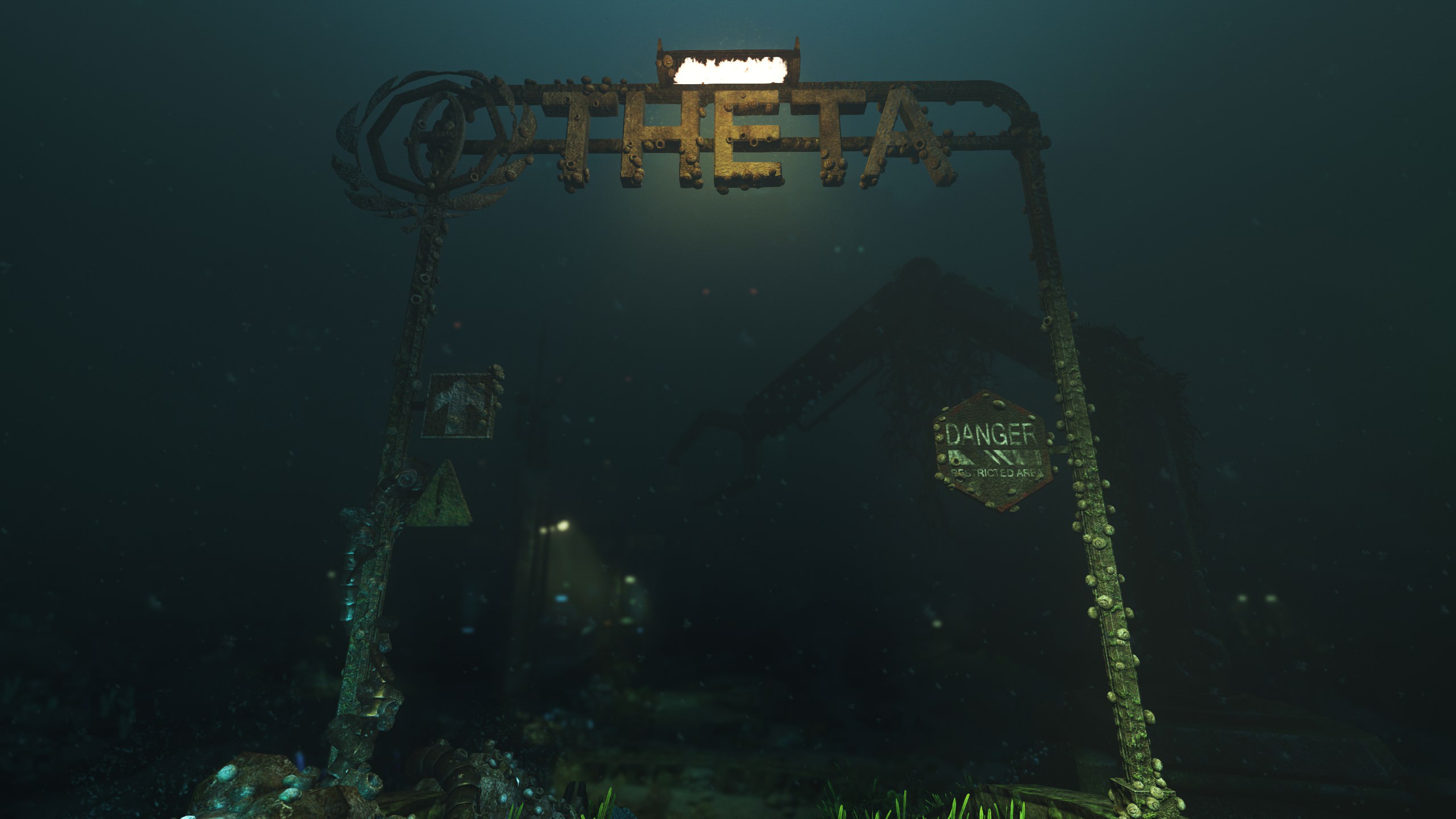
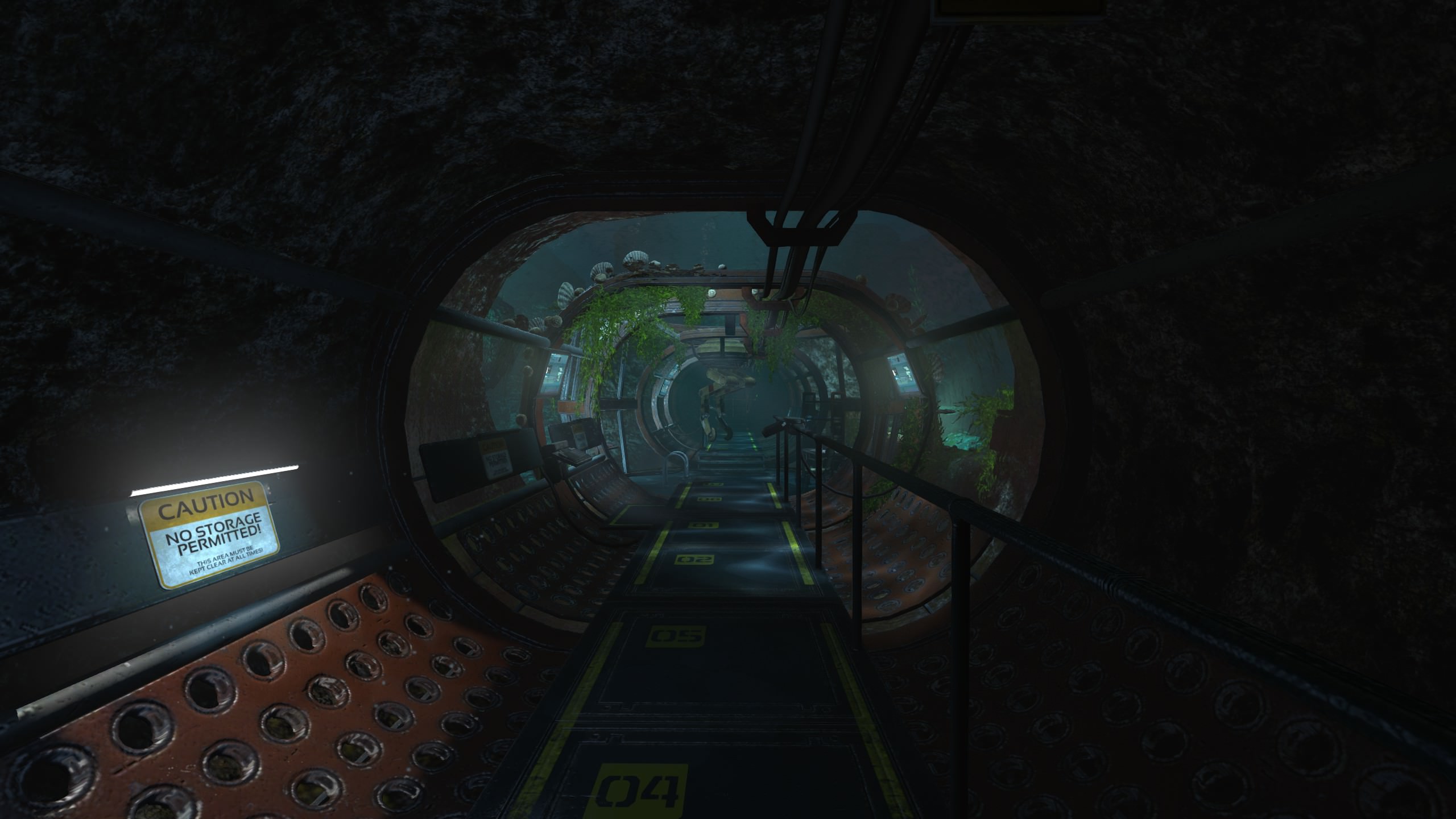
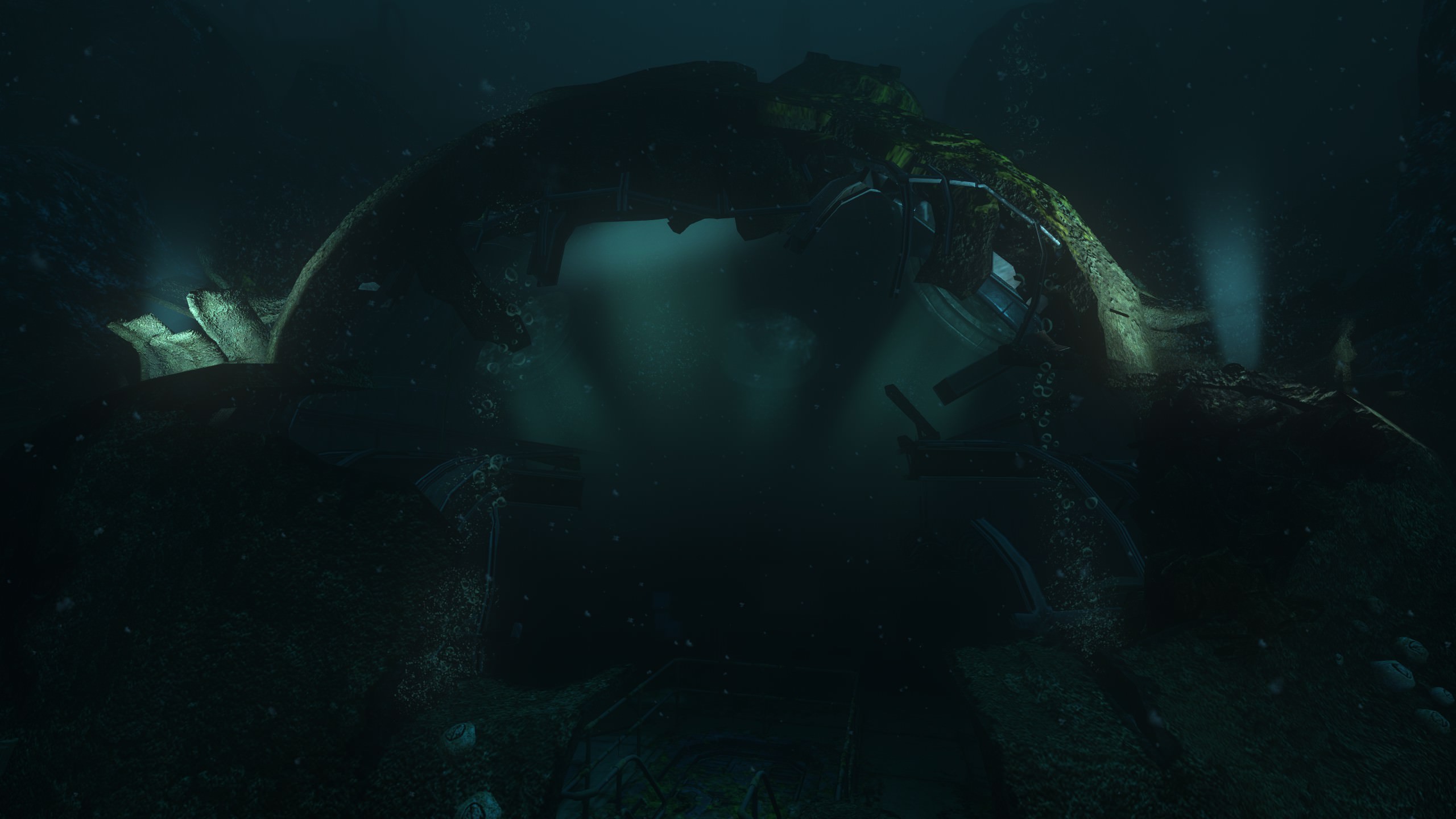
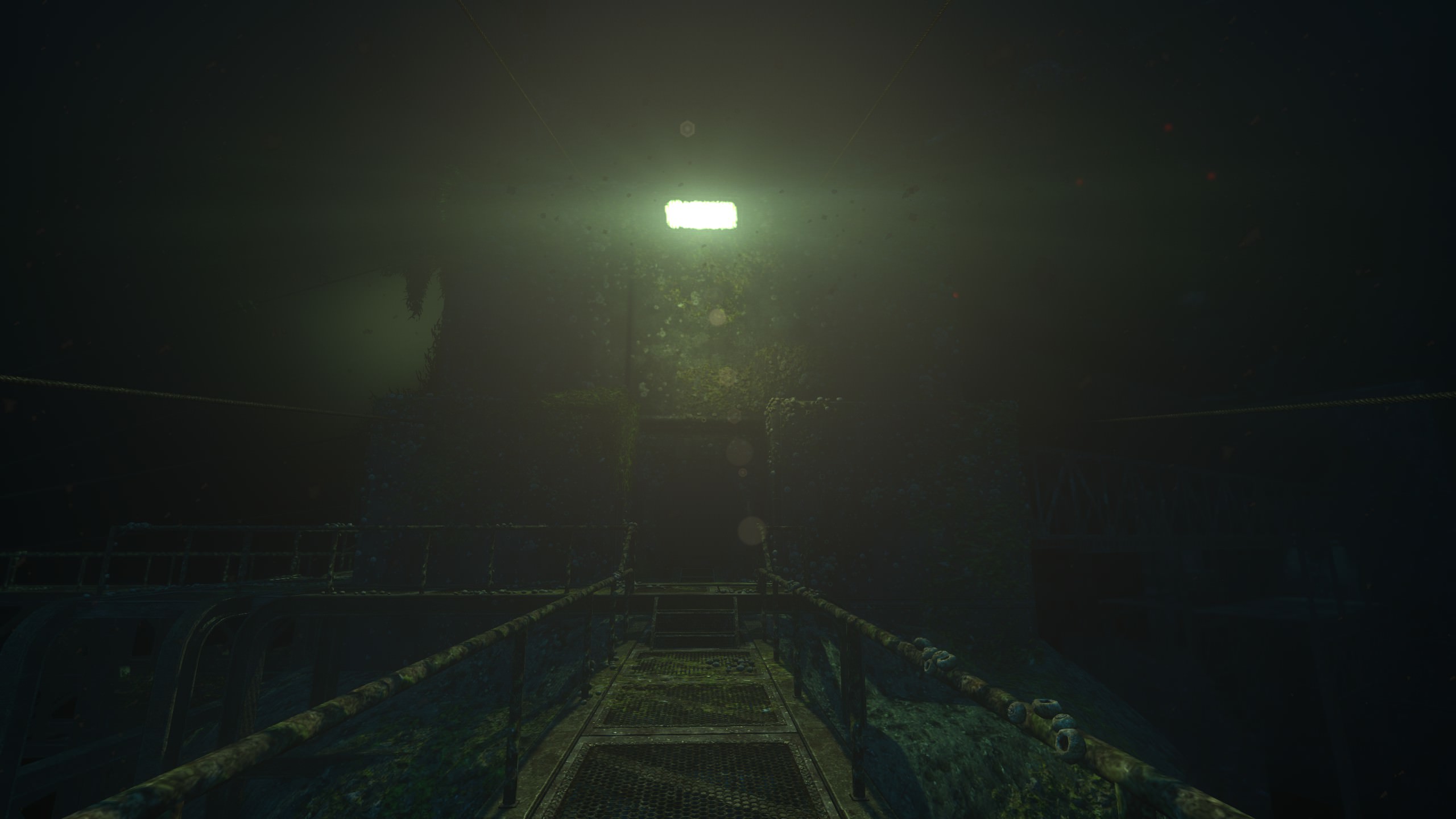



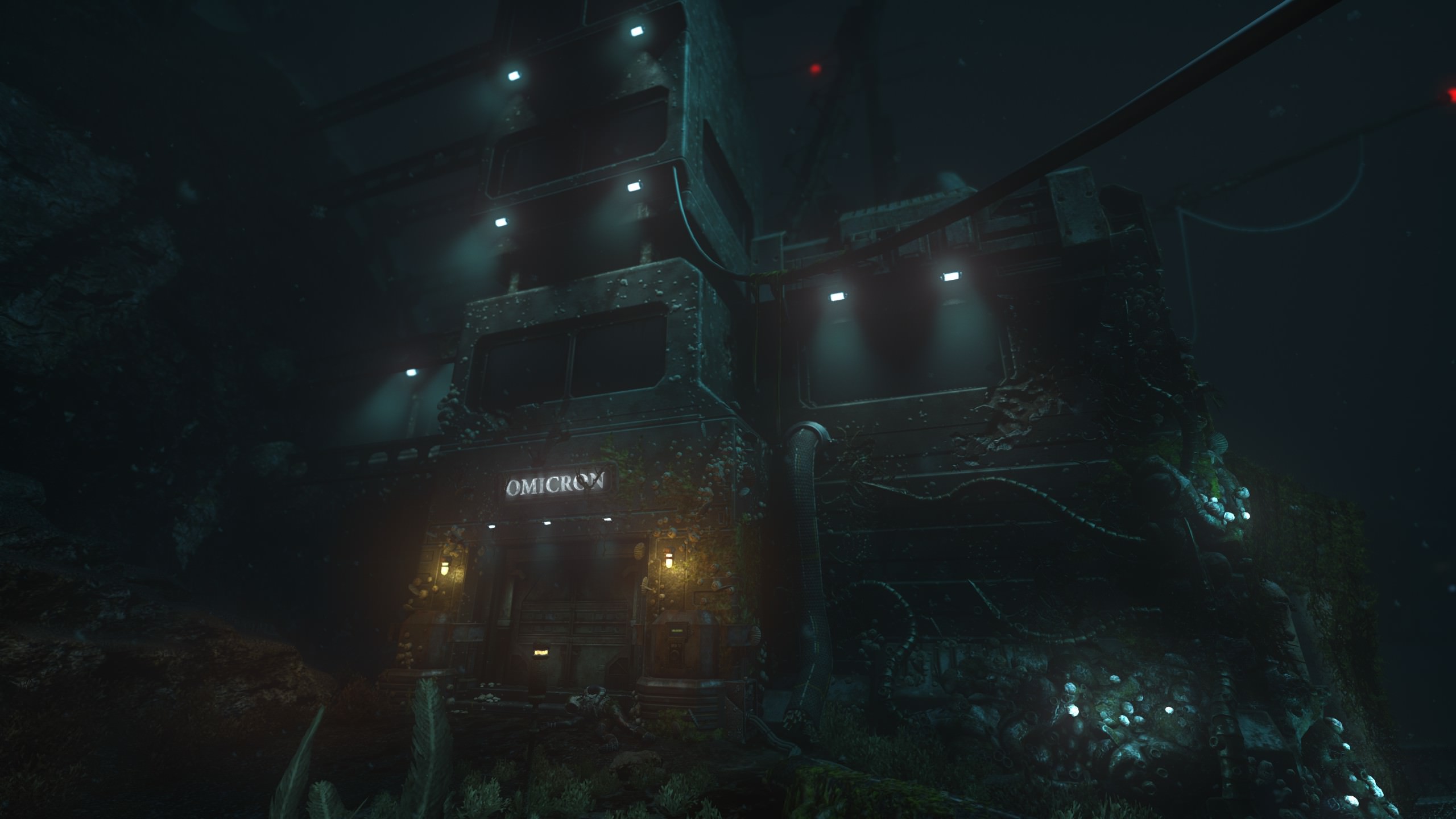
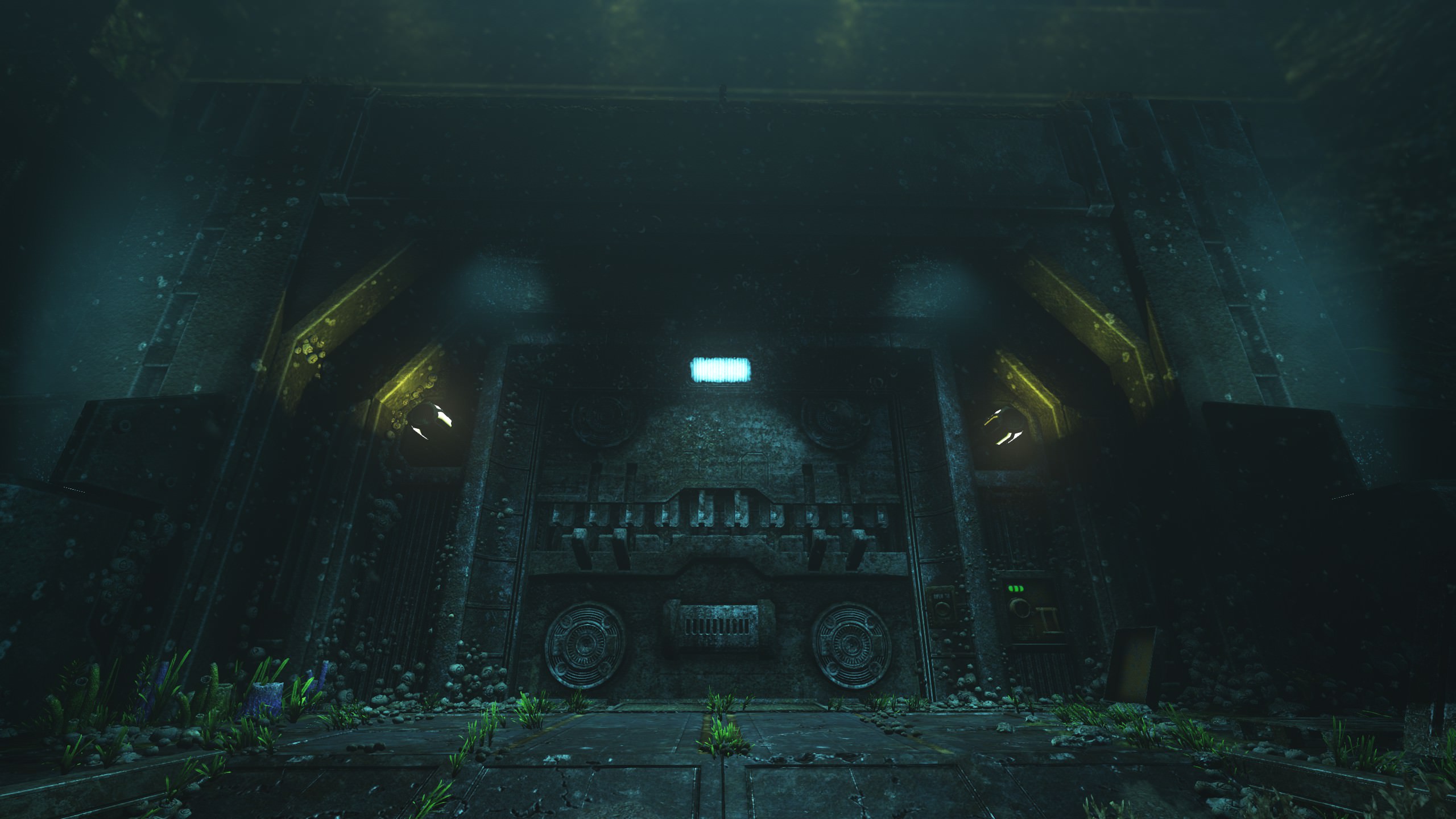




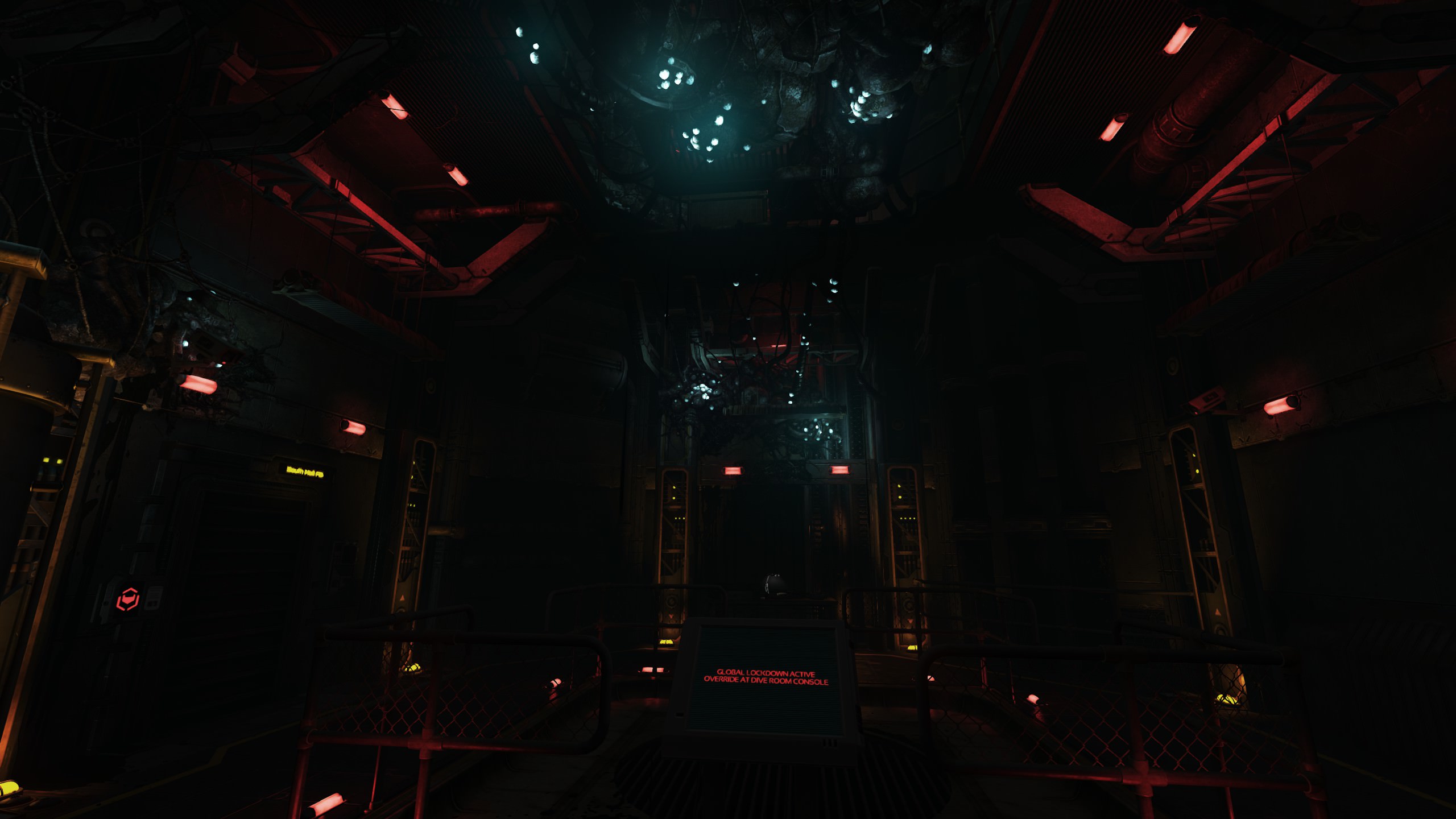

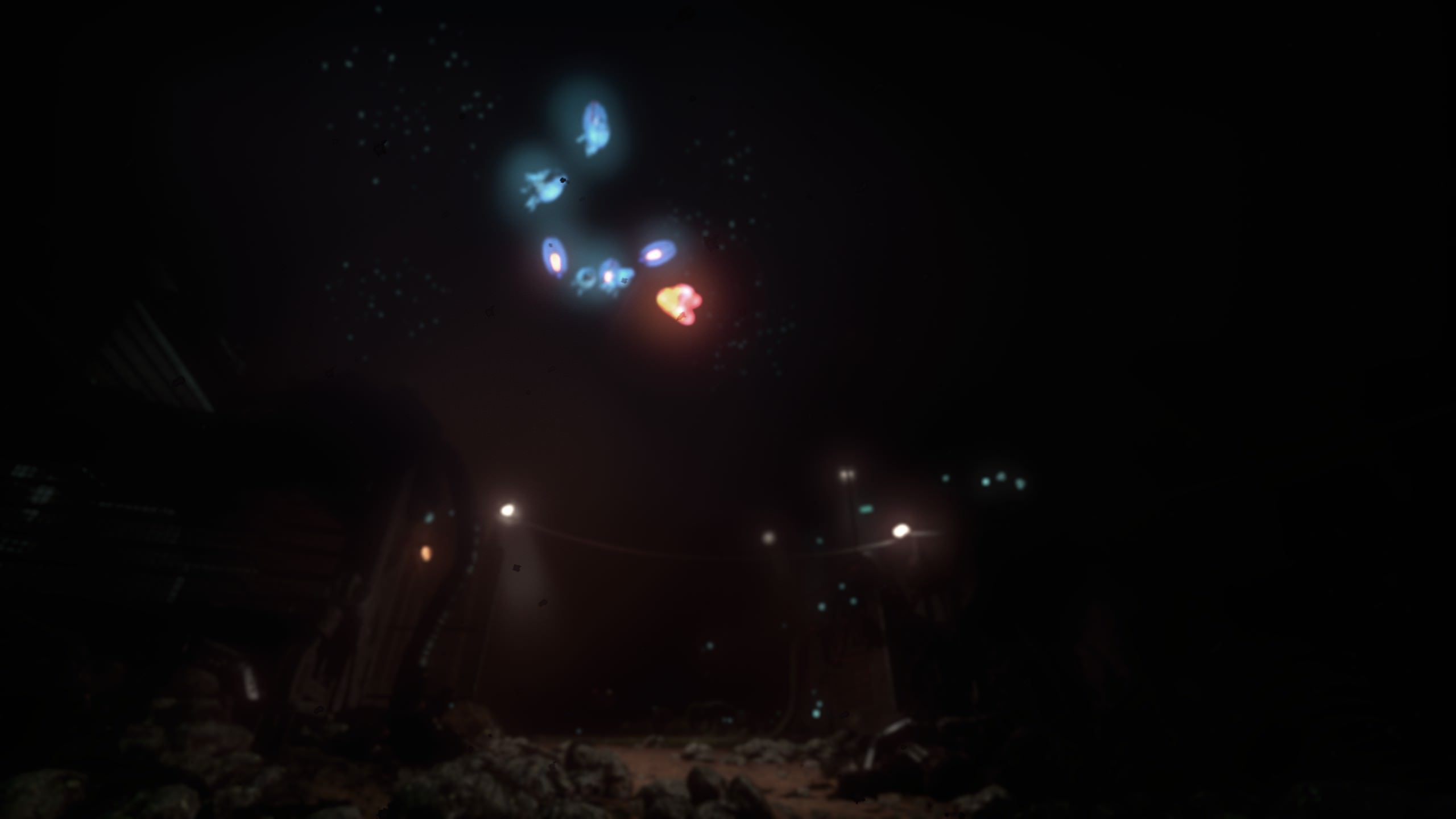
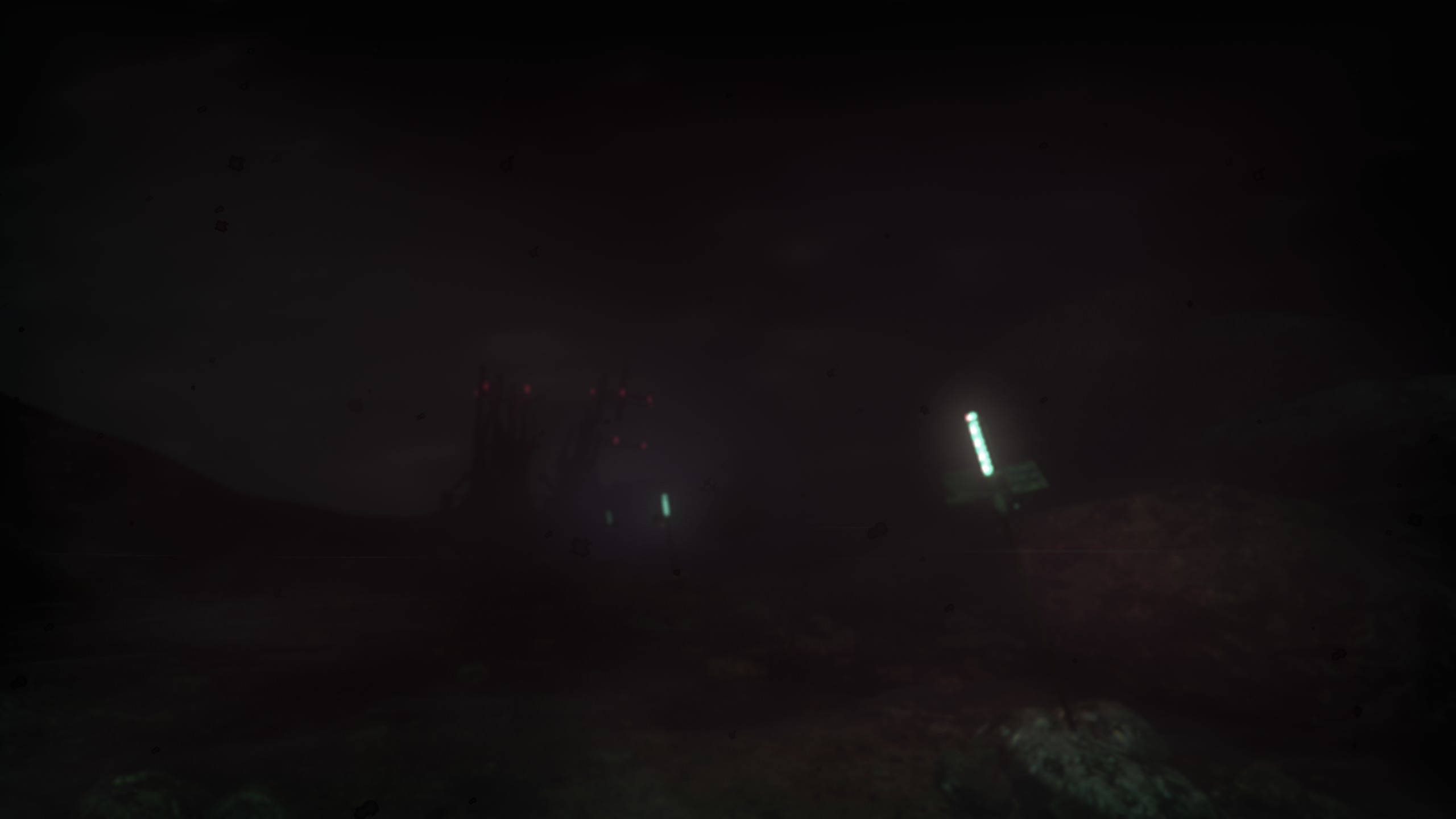
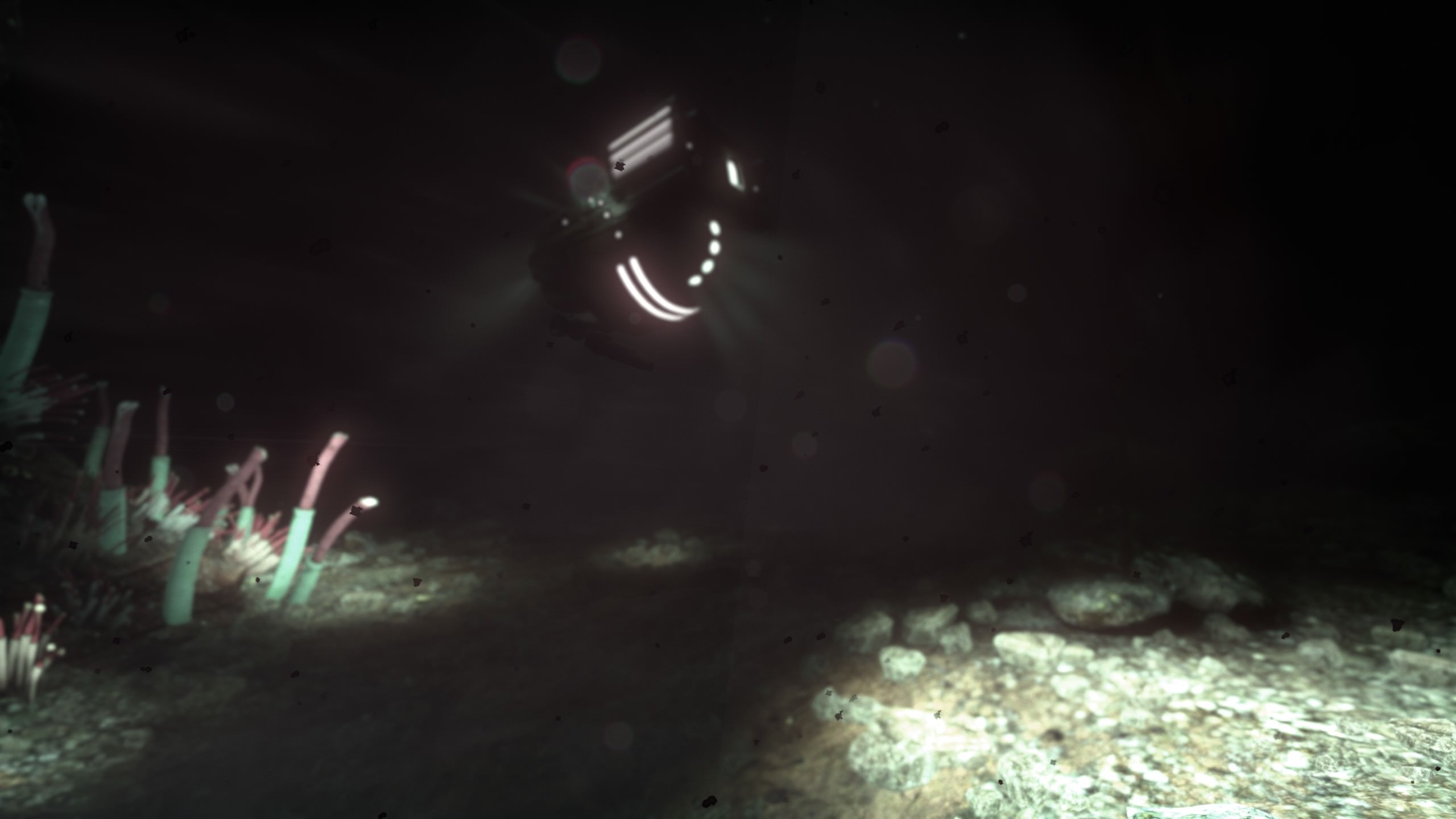
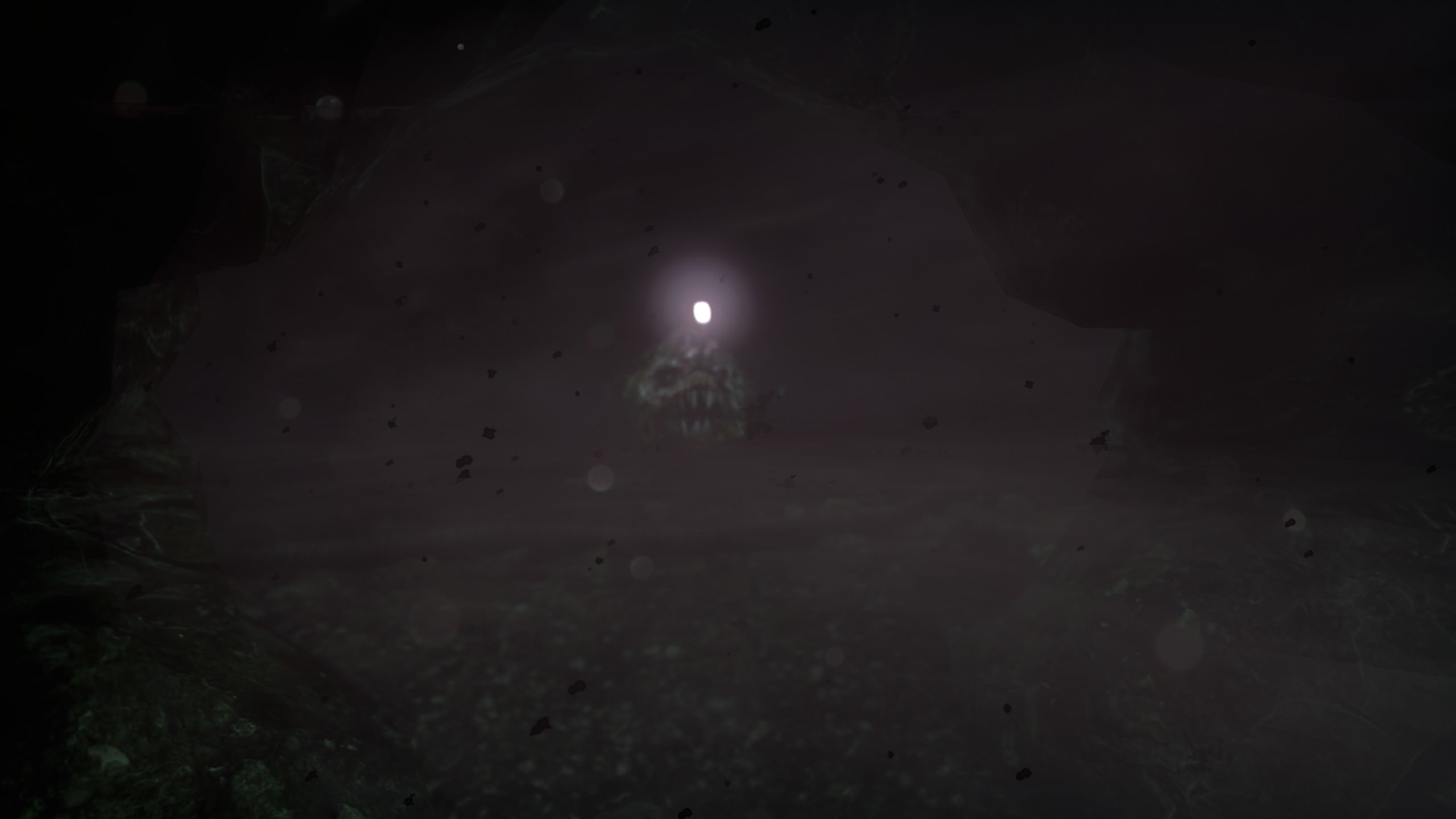
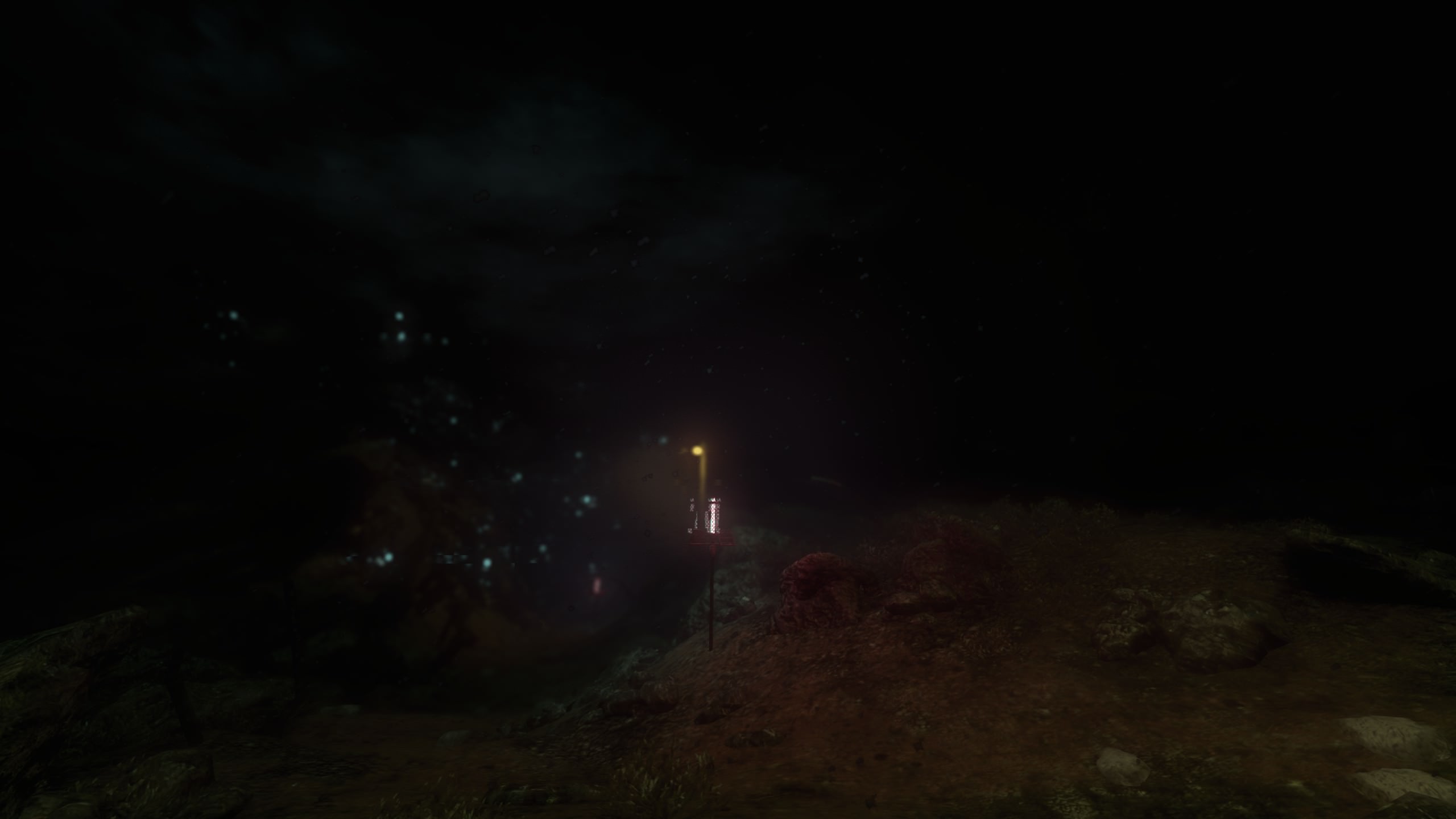





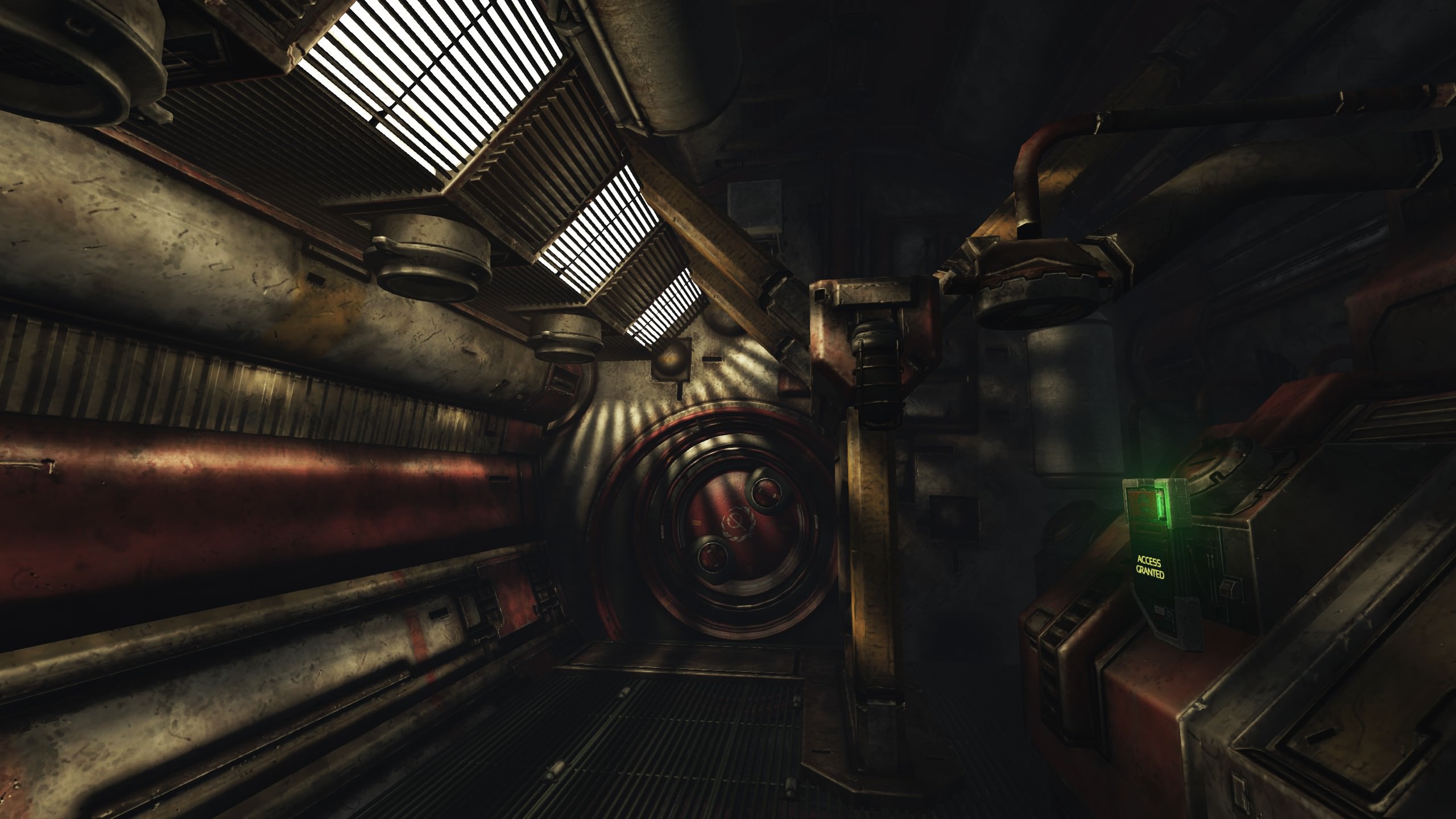

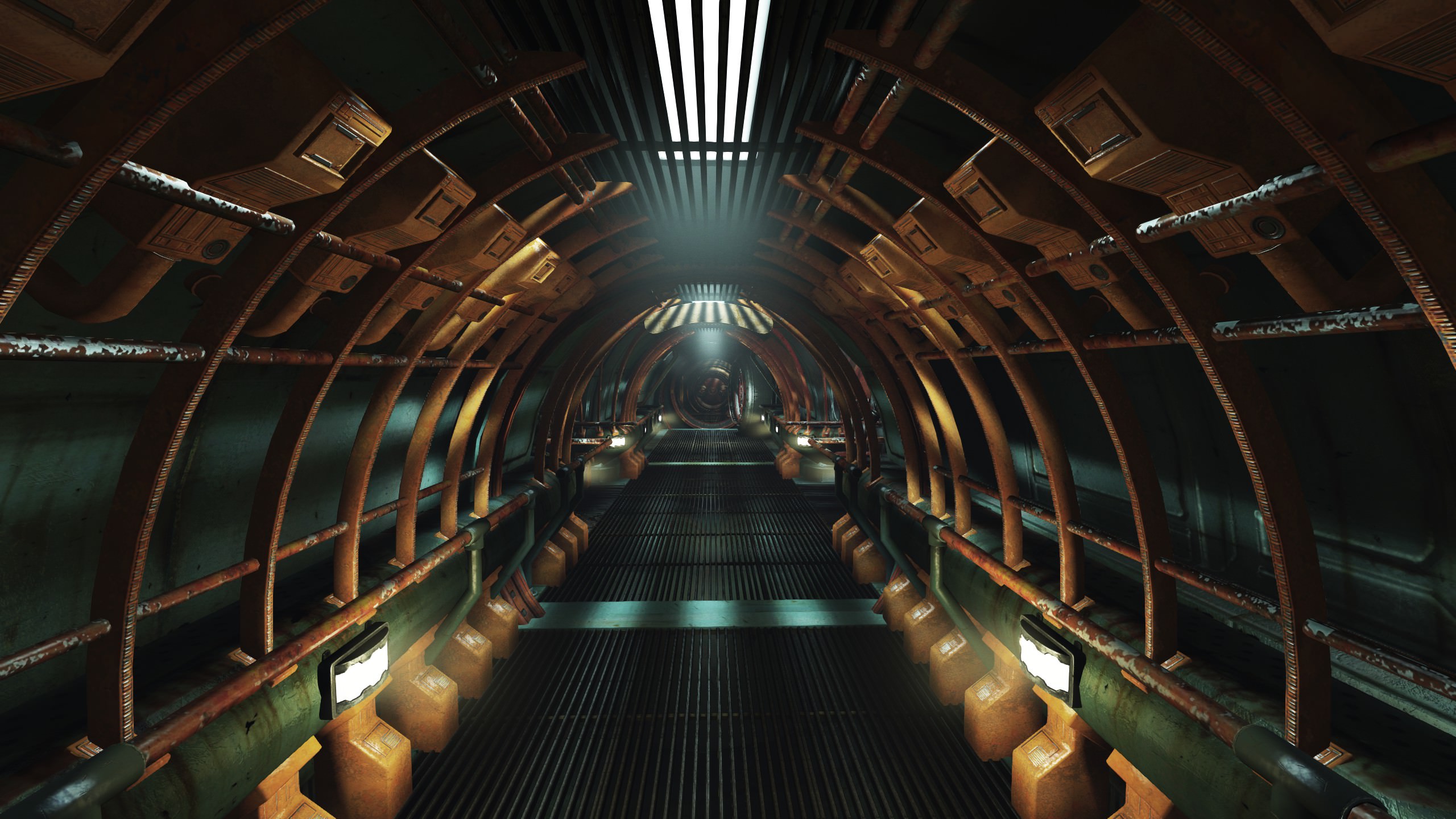
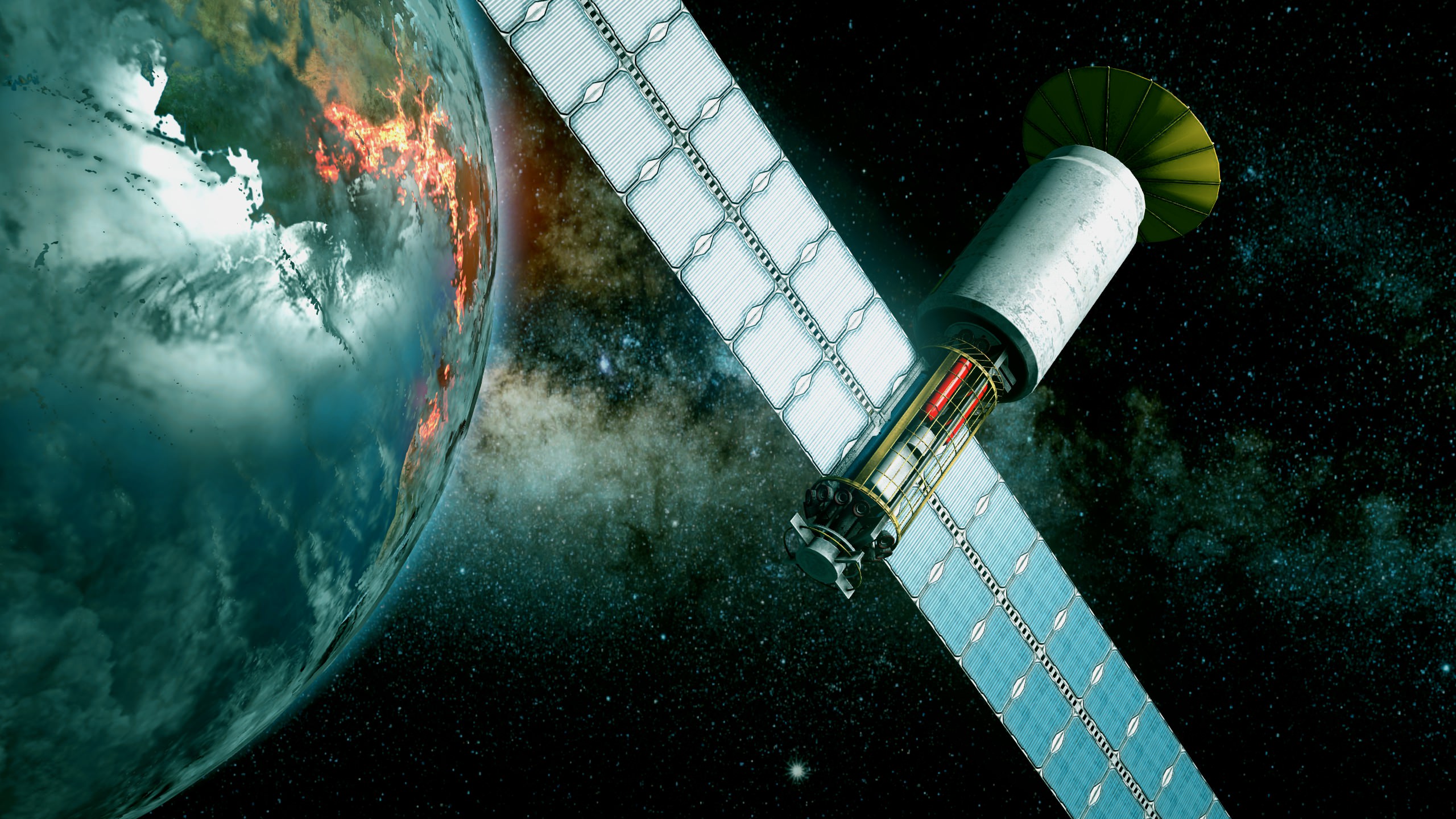


The Talos Principle
The Talos Principle is a philosophical puzzle game that demonstrates some of the absolute finest writing quality/storytelling in video game history. The gameplay and environments are thoughtfully incorporated into its story, and the results are mind blowing. Here is a glimpse at some of its visual art.
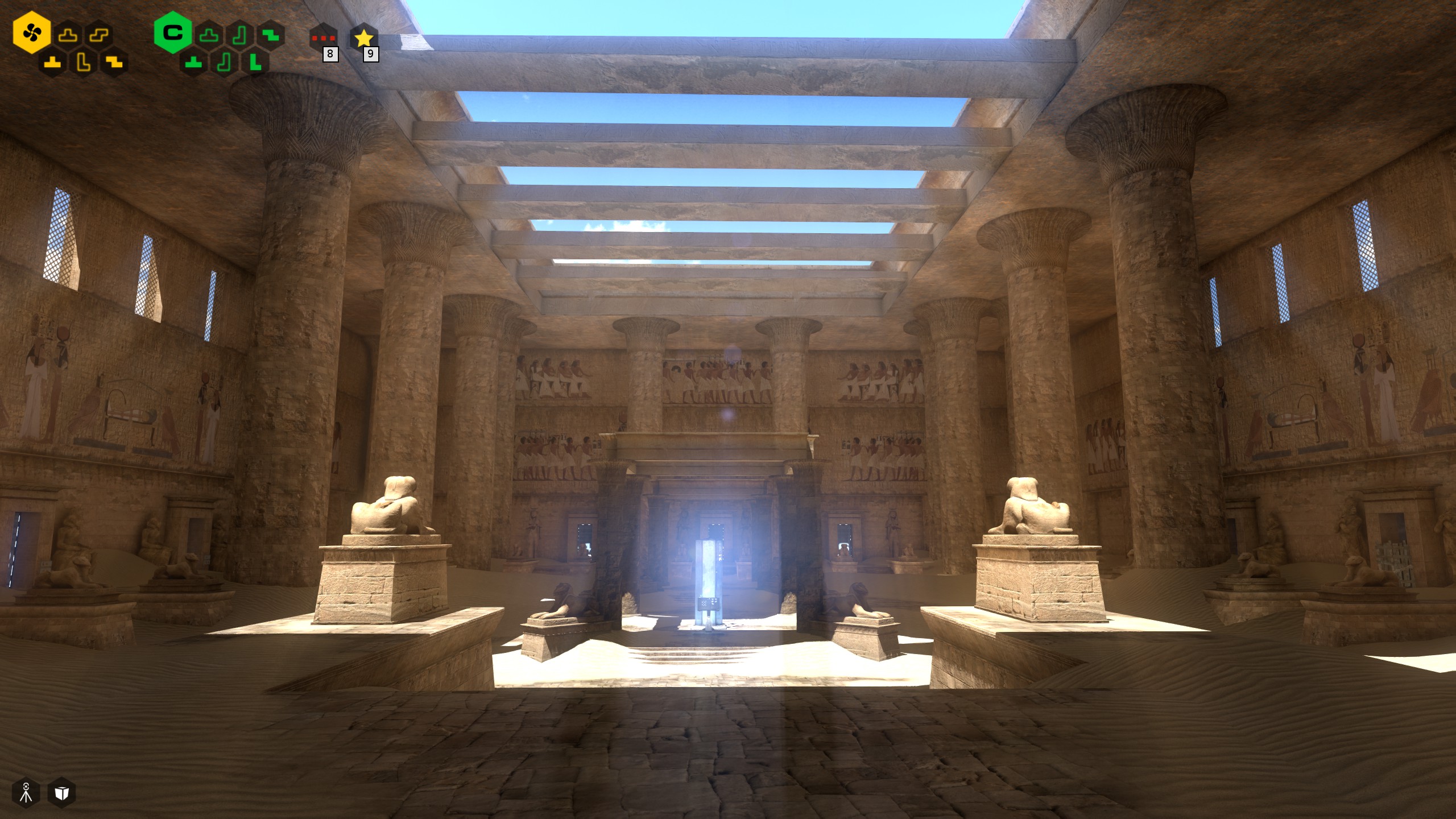
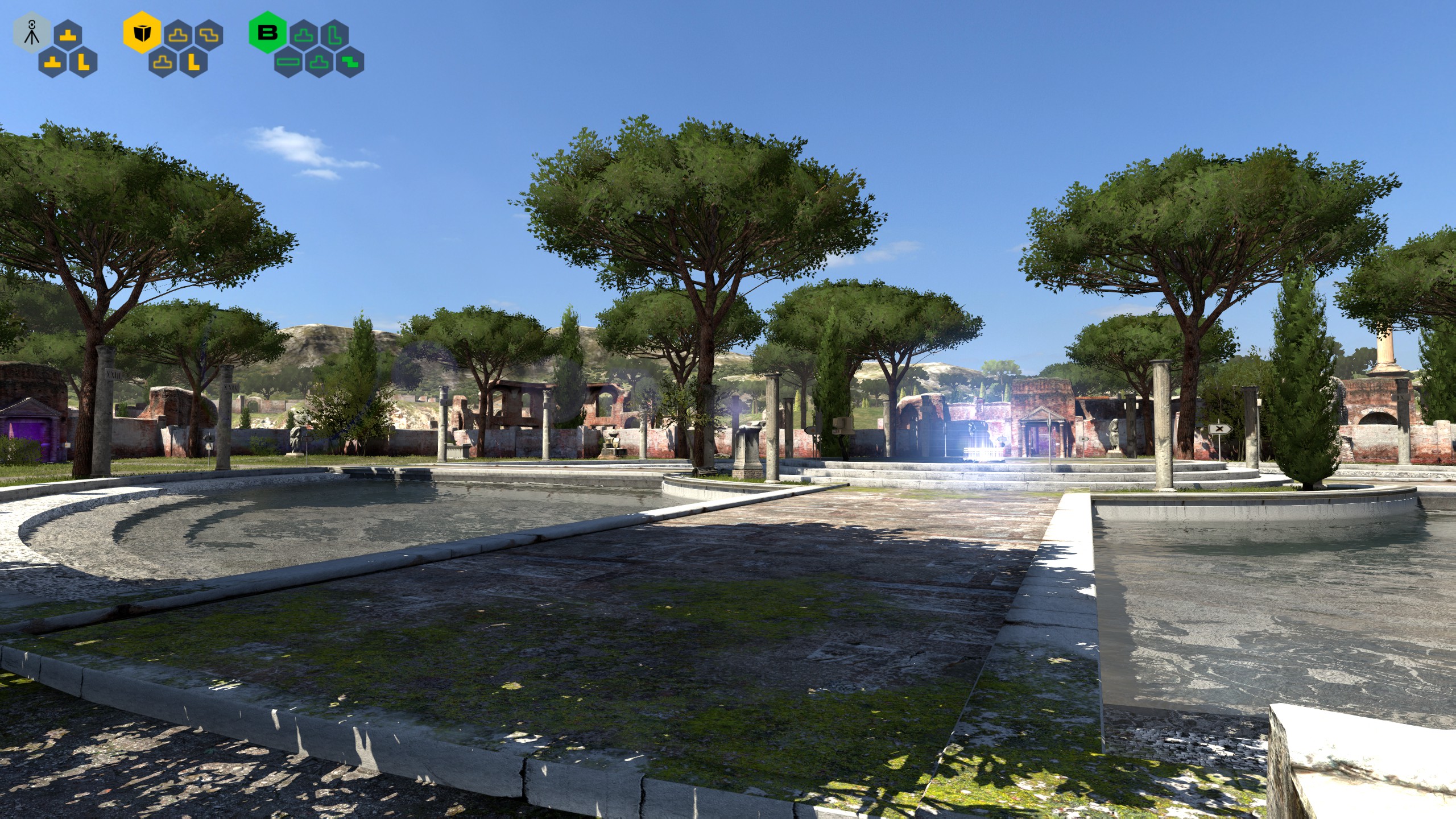
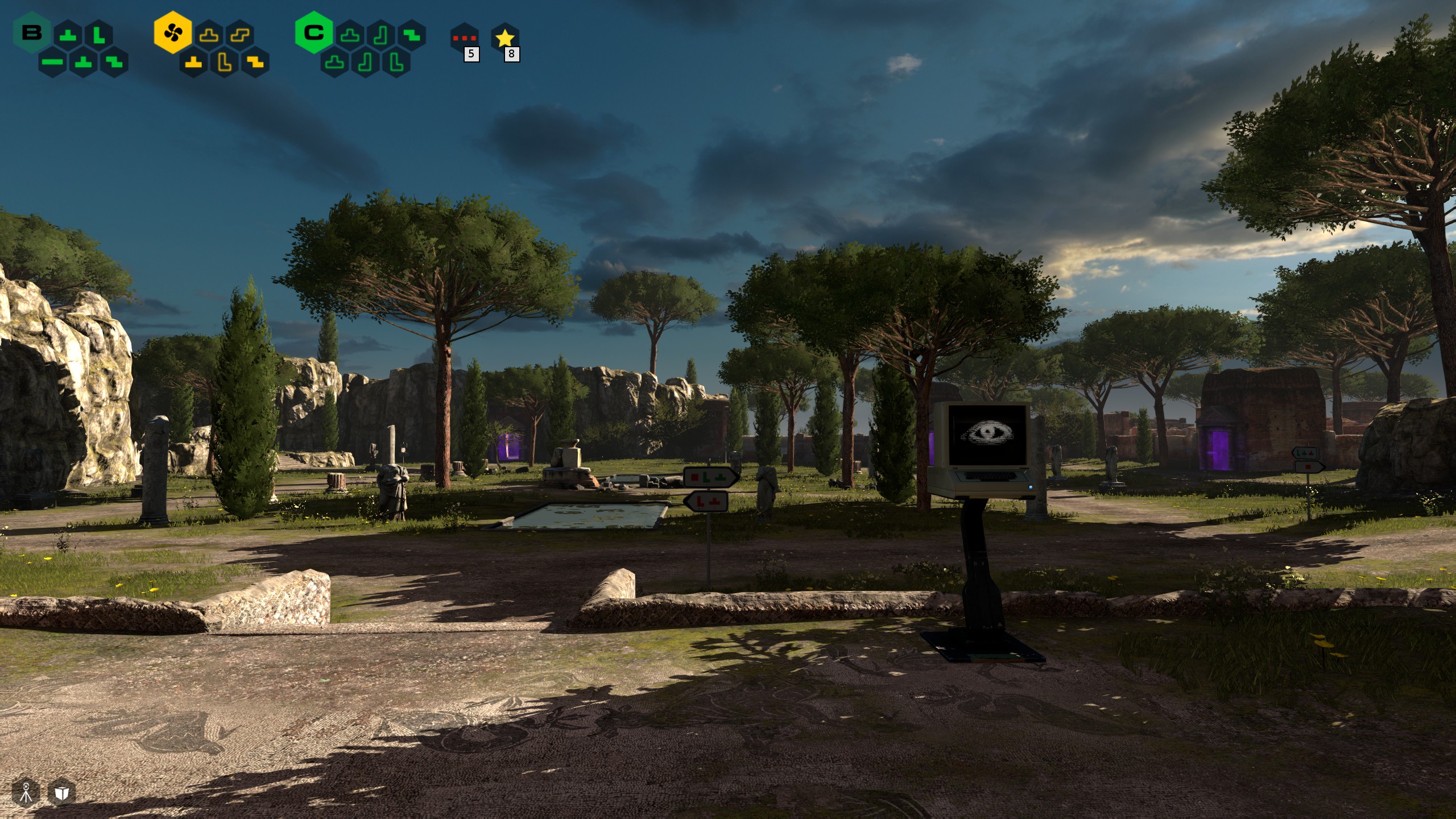
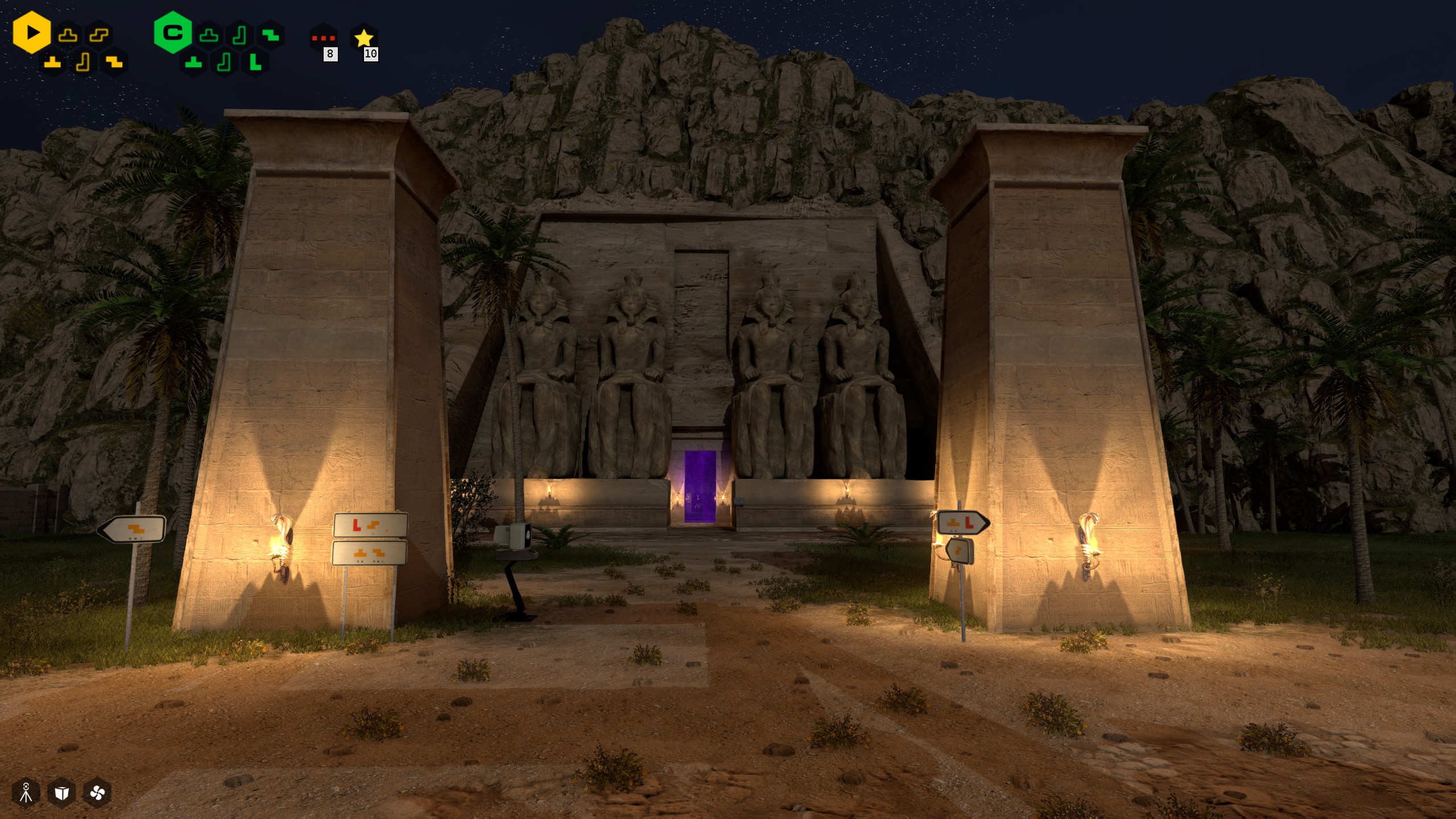
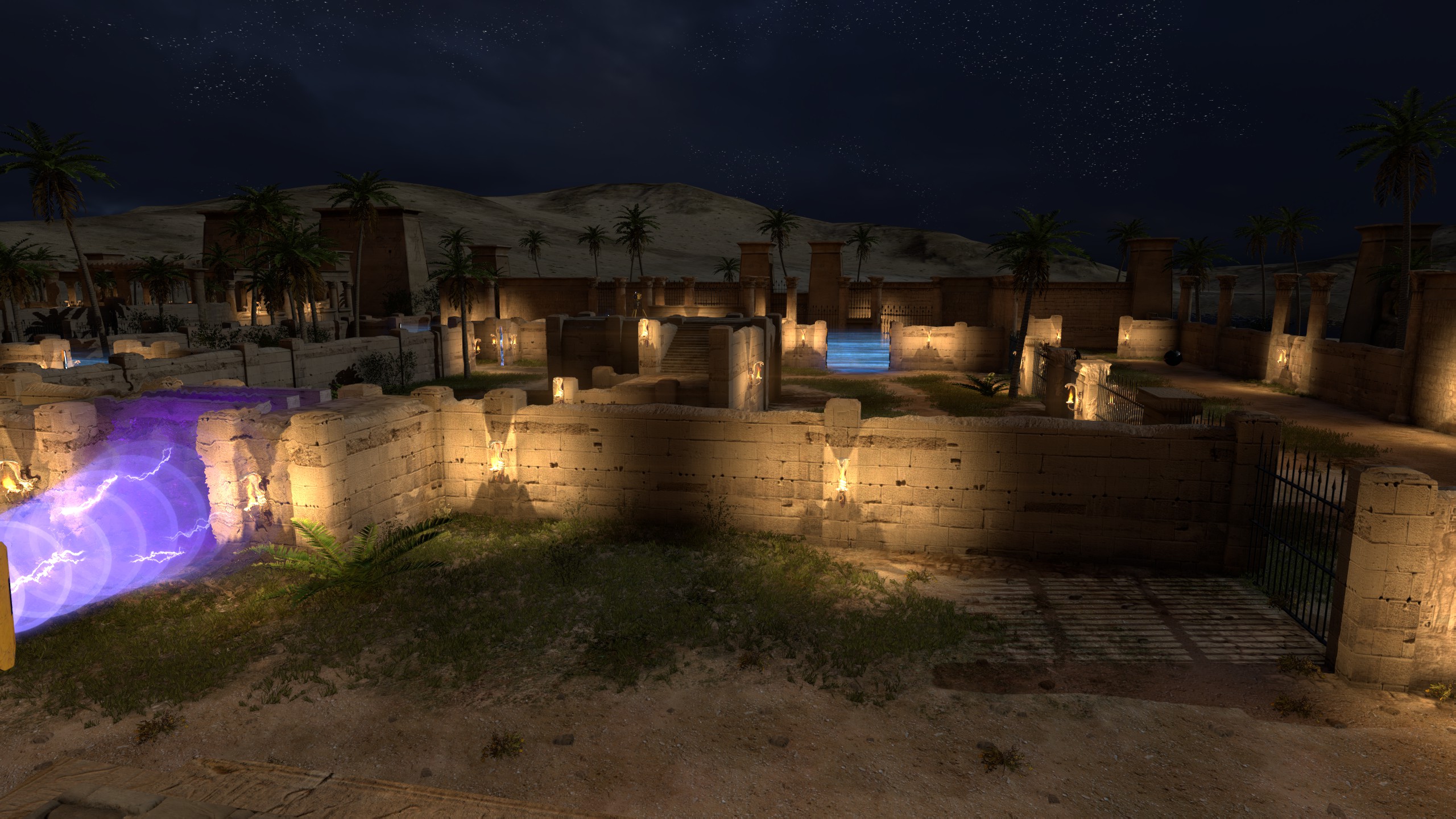
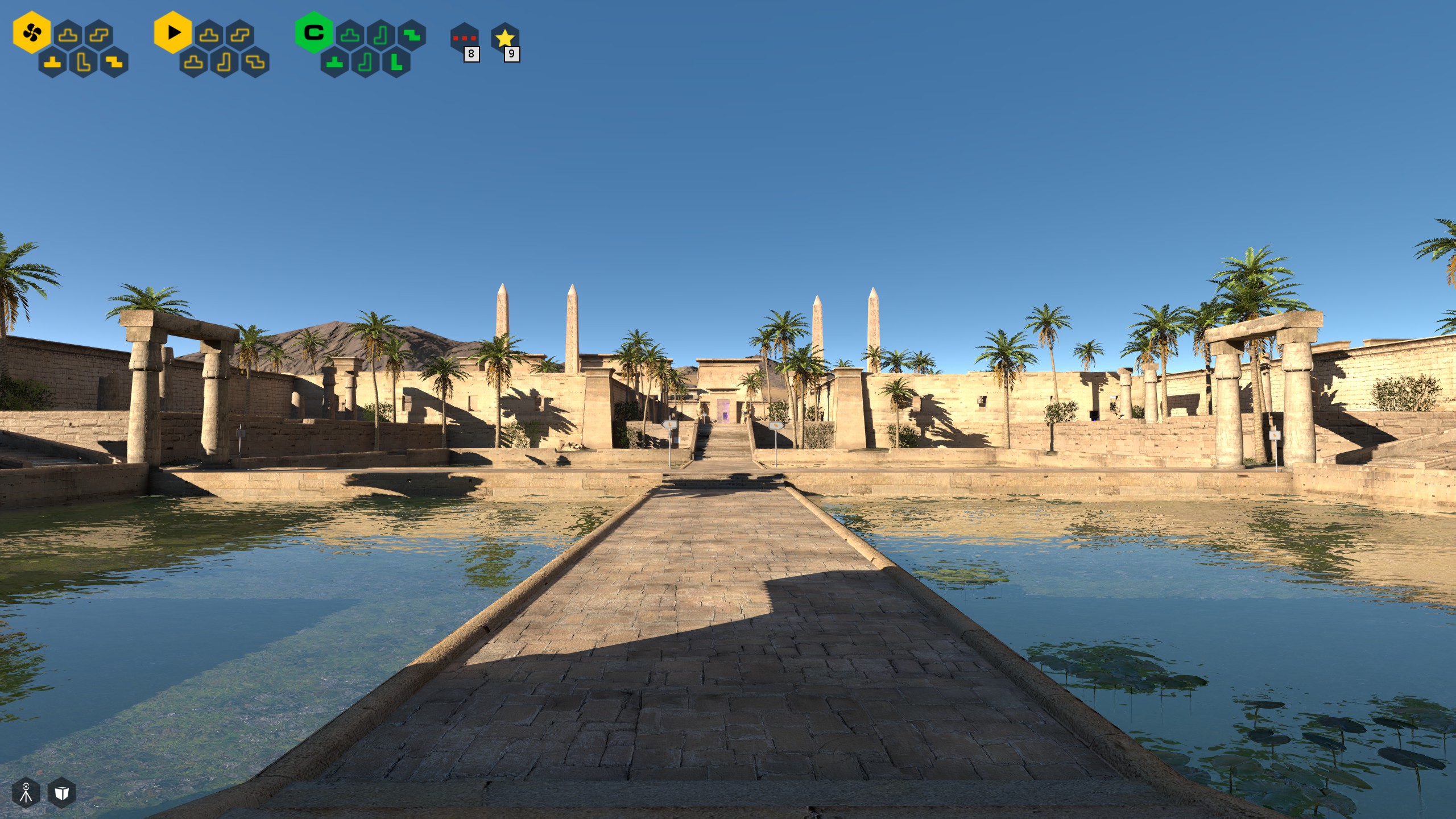
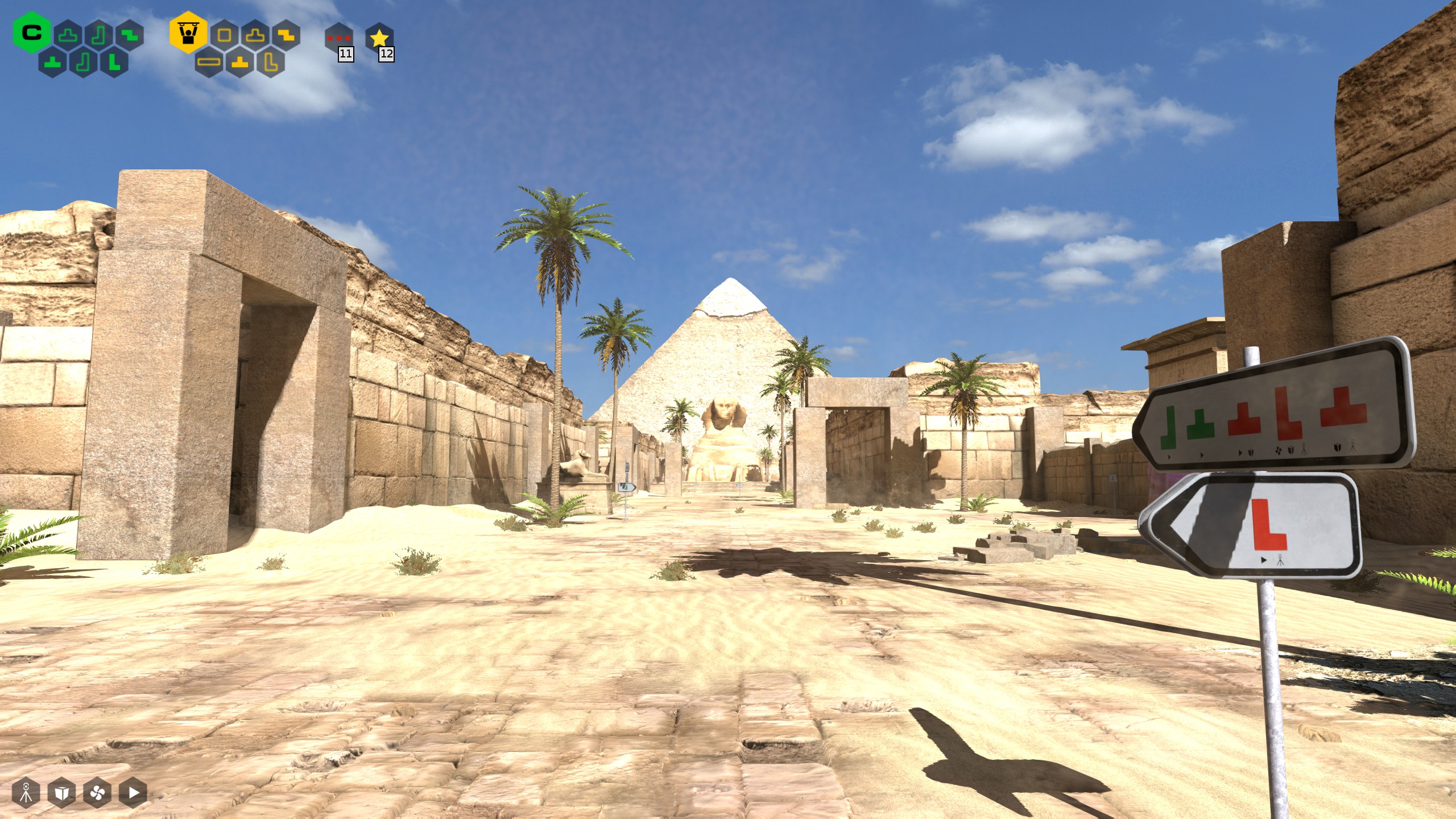
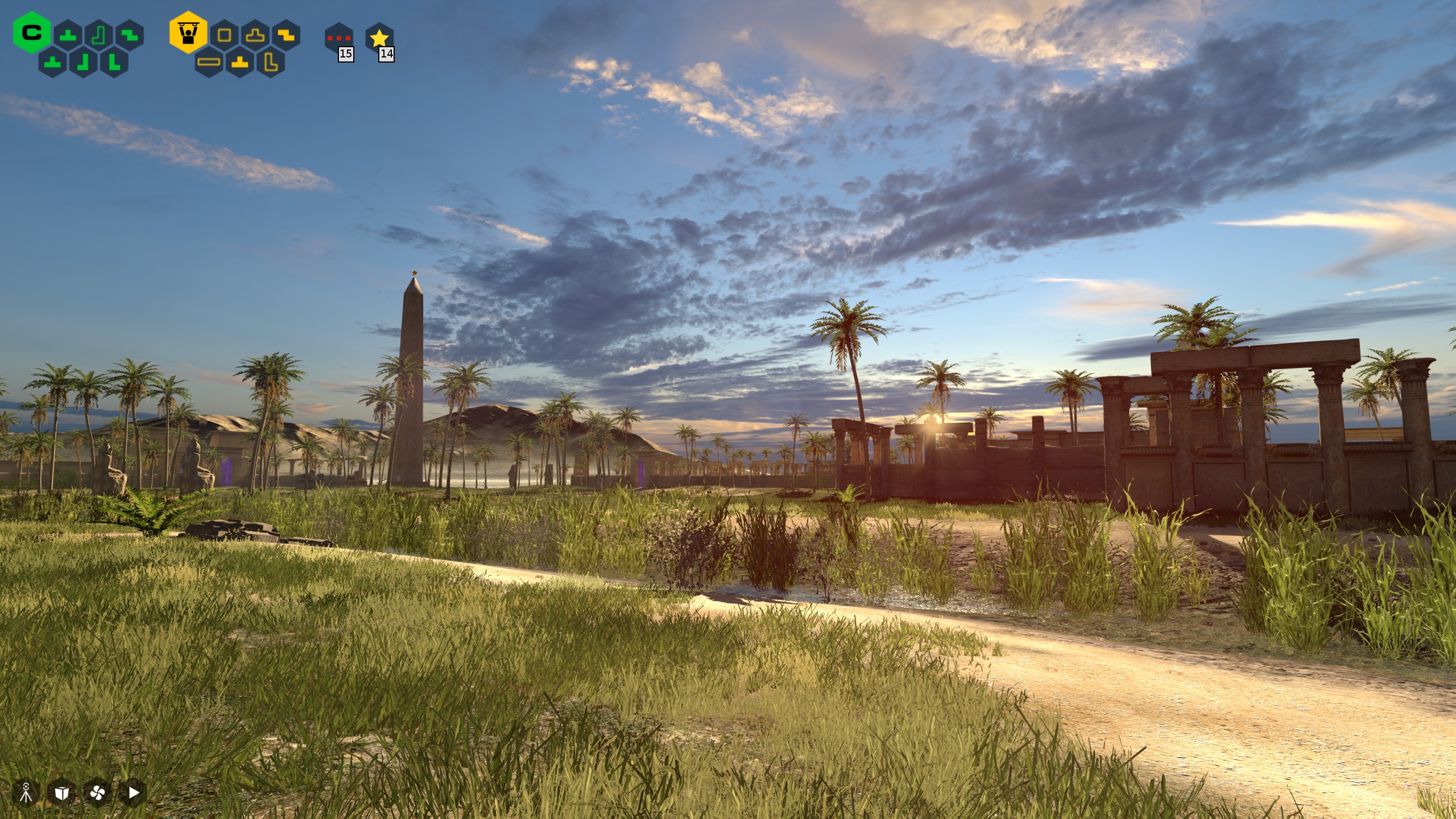
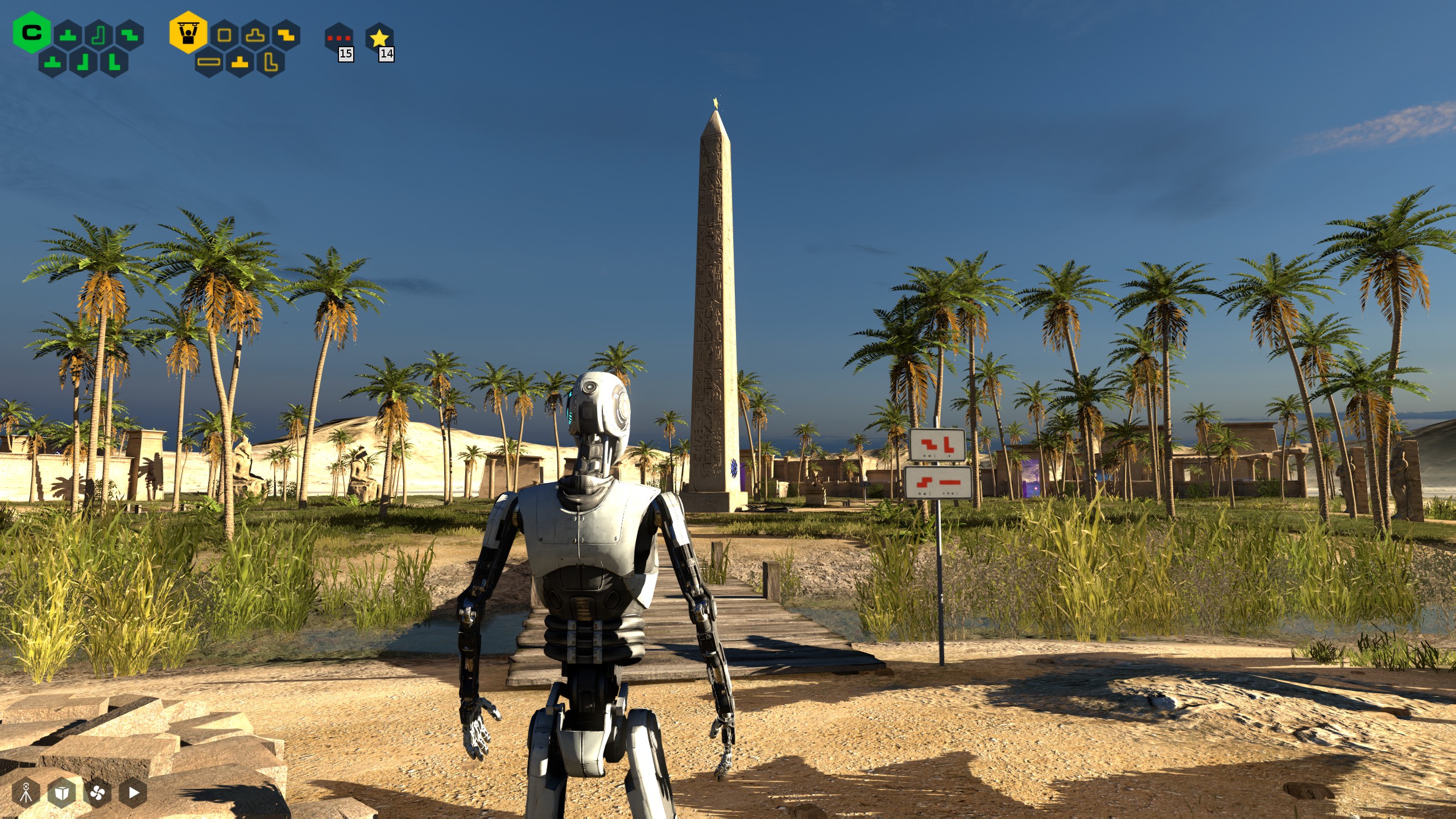
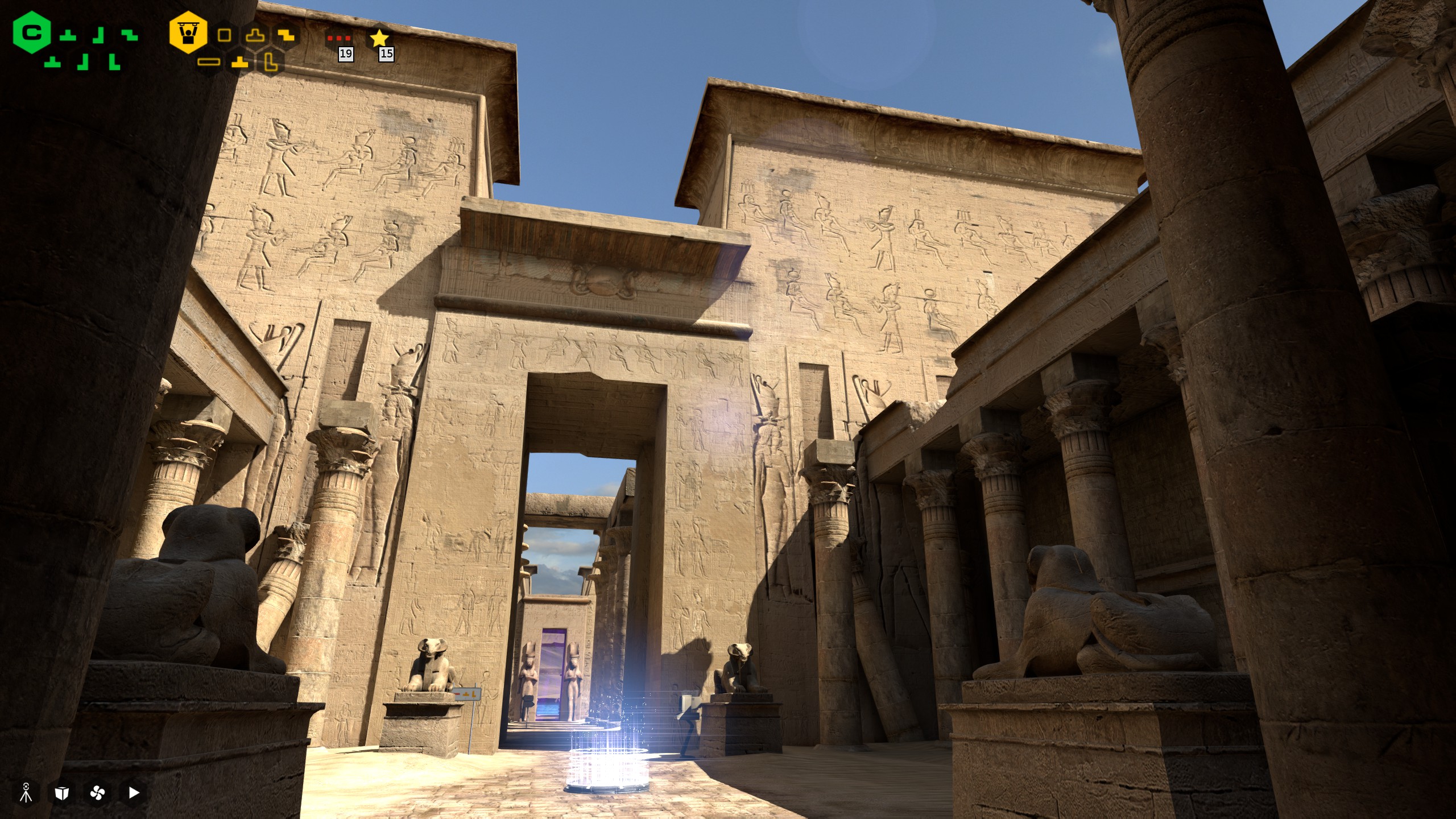

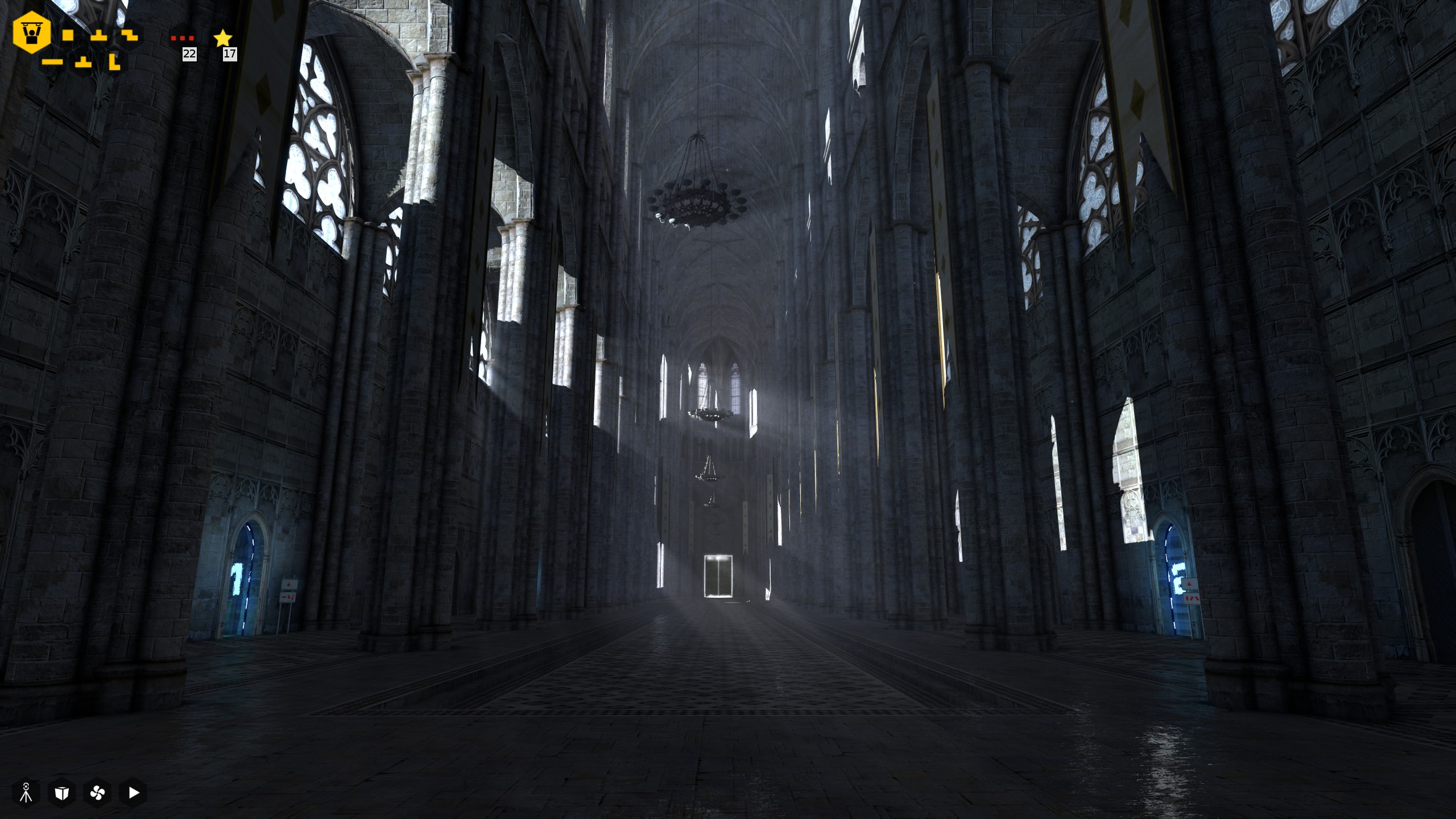
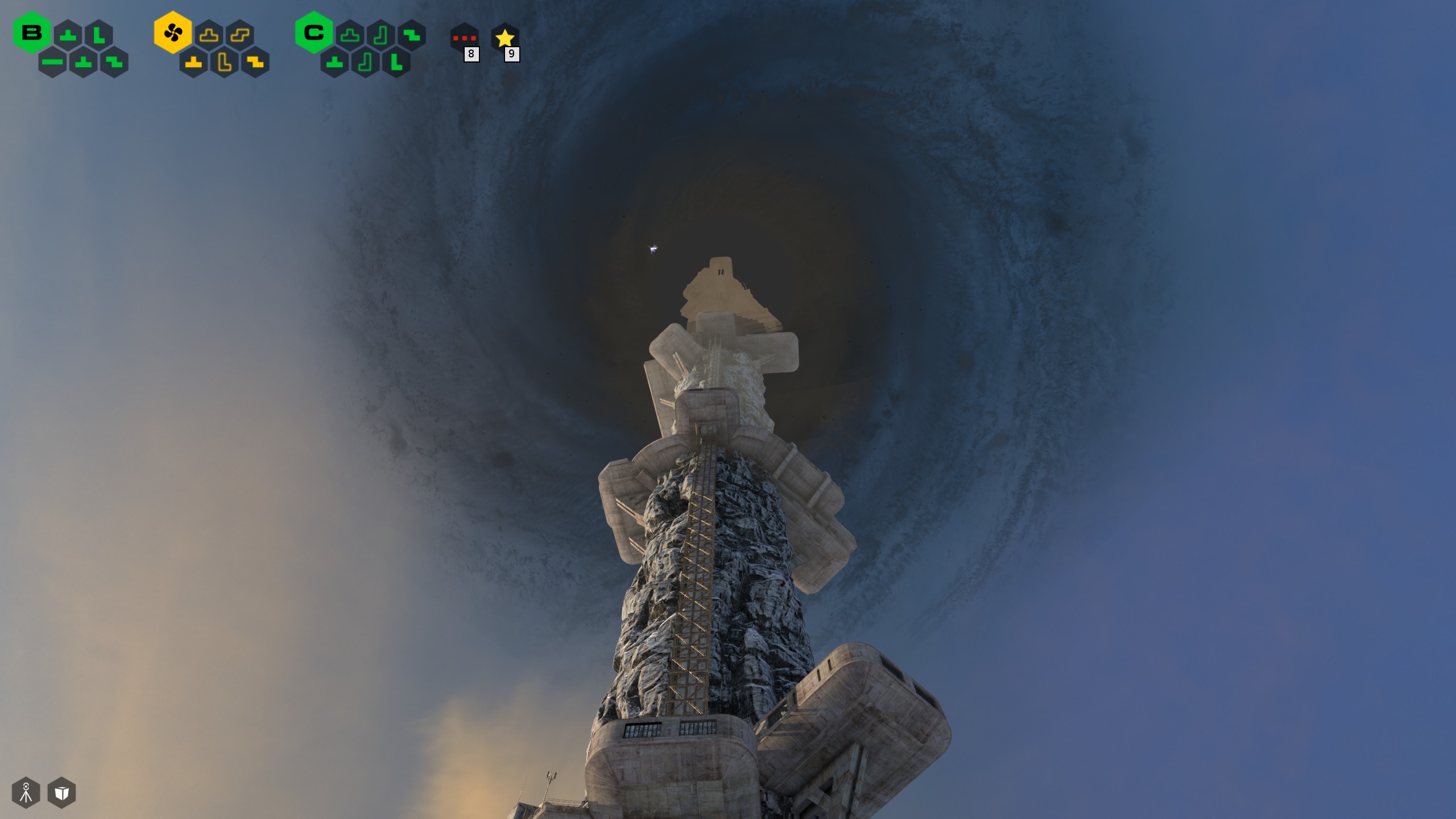
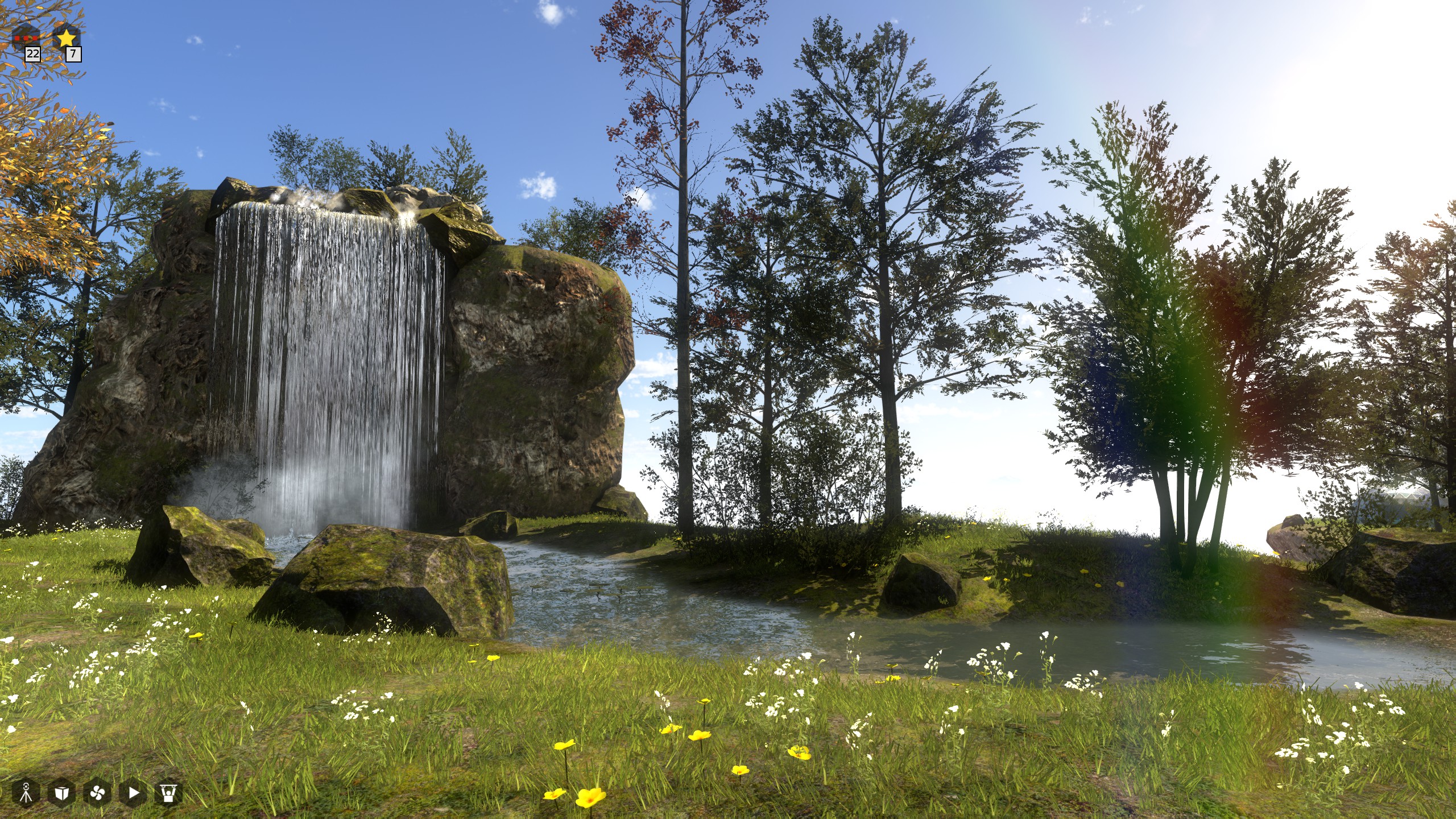
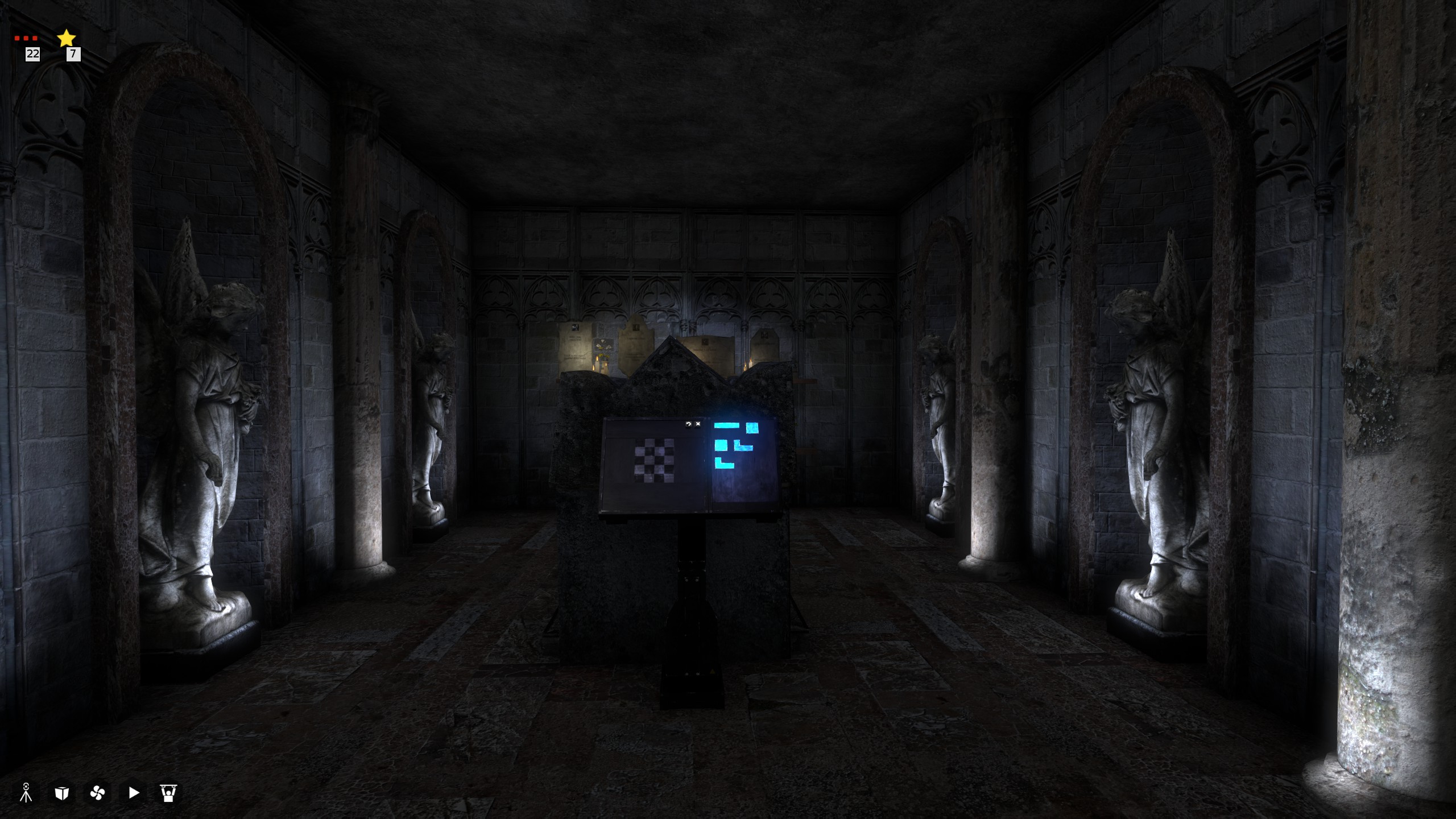
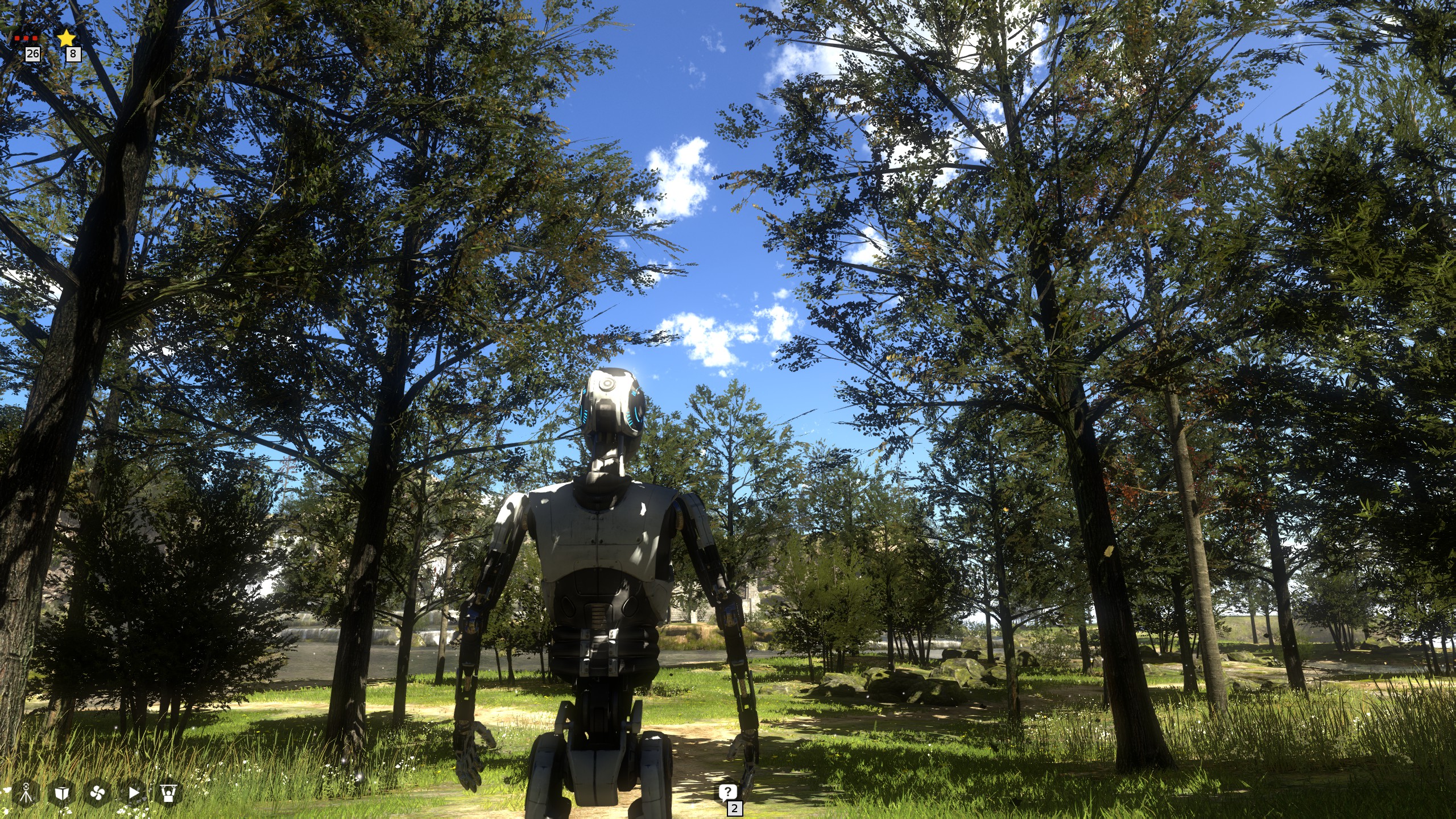
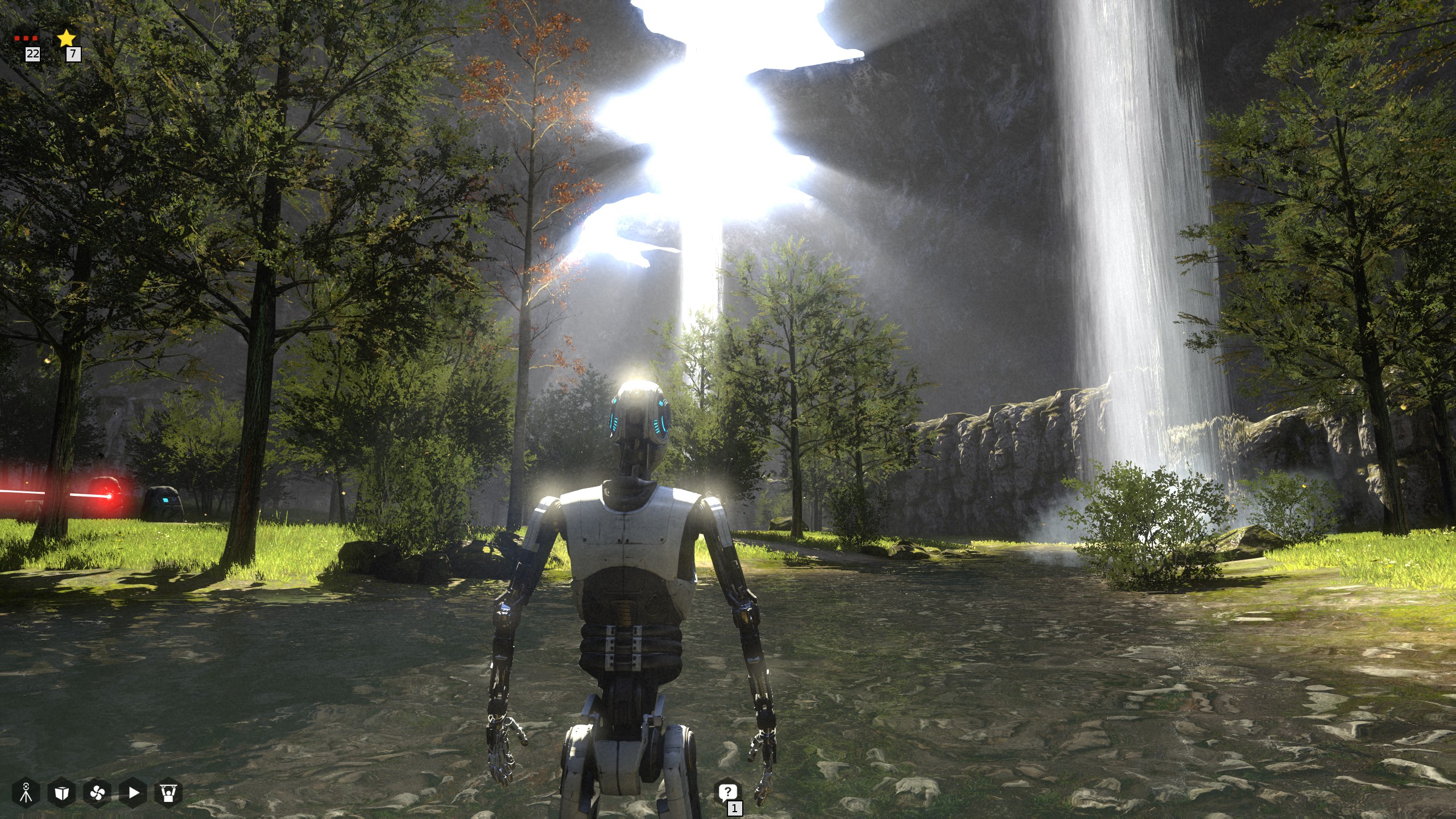
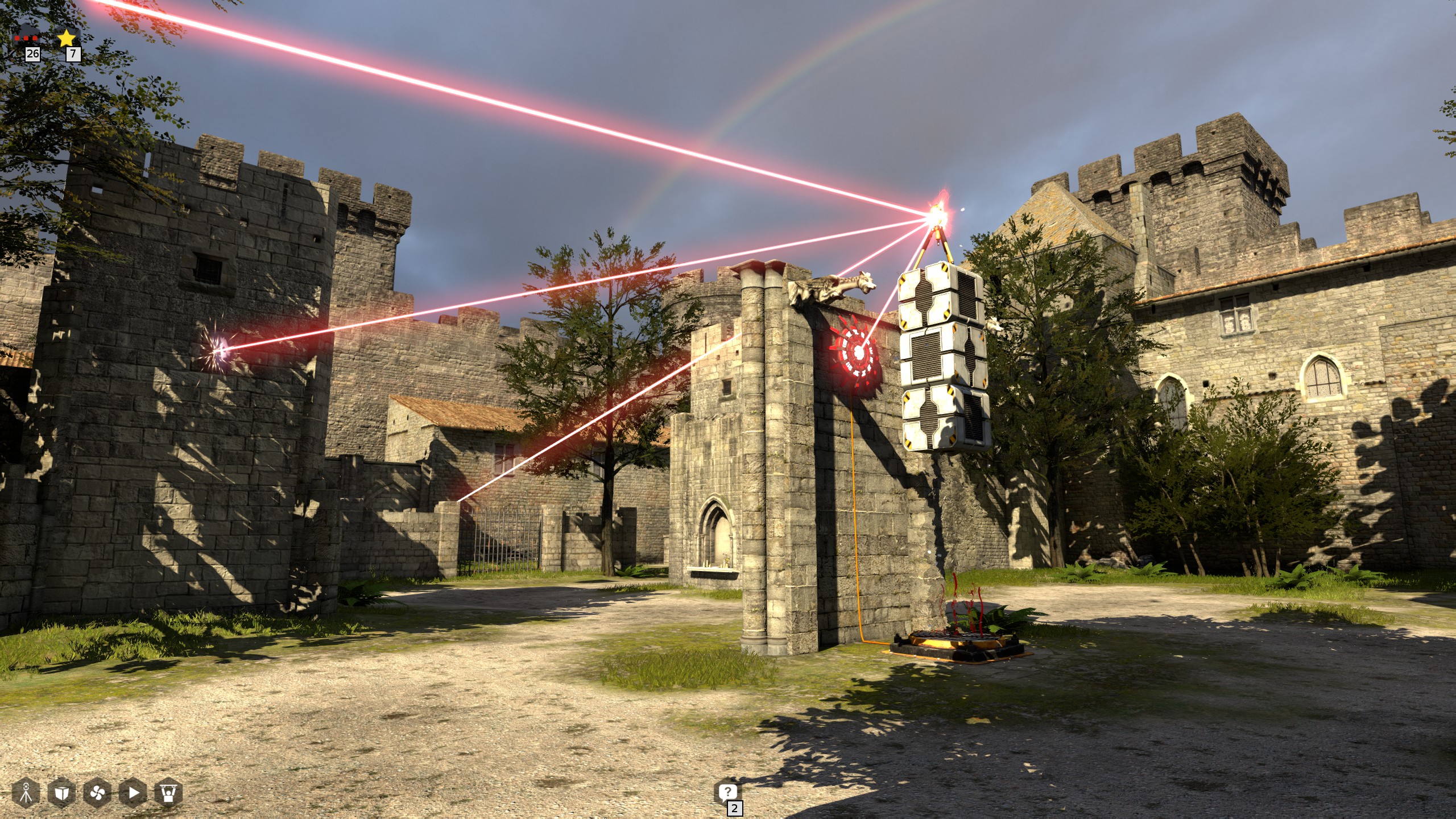
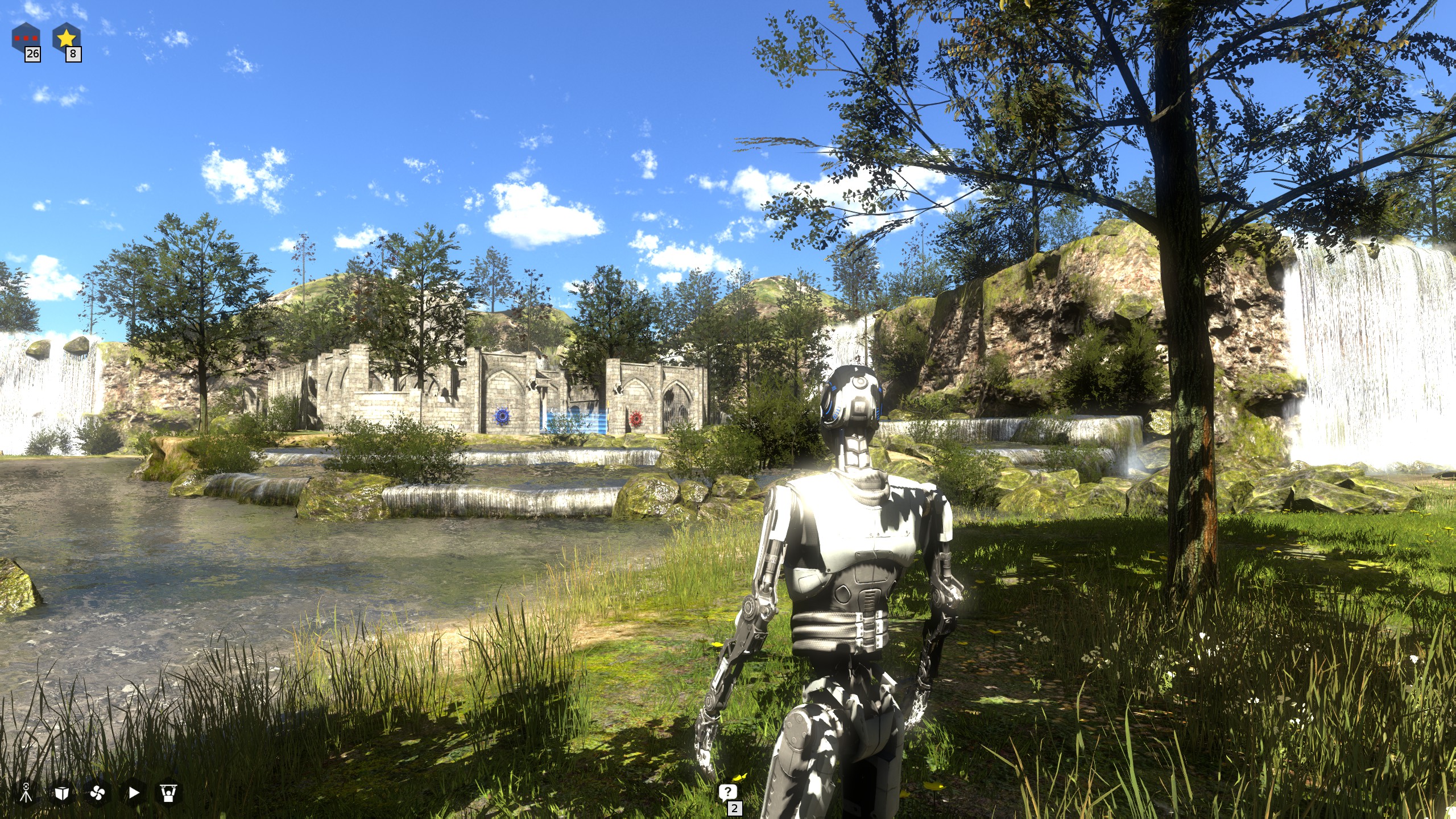

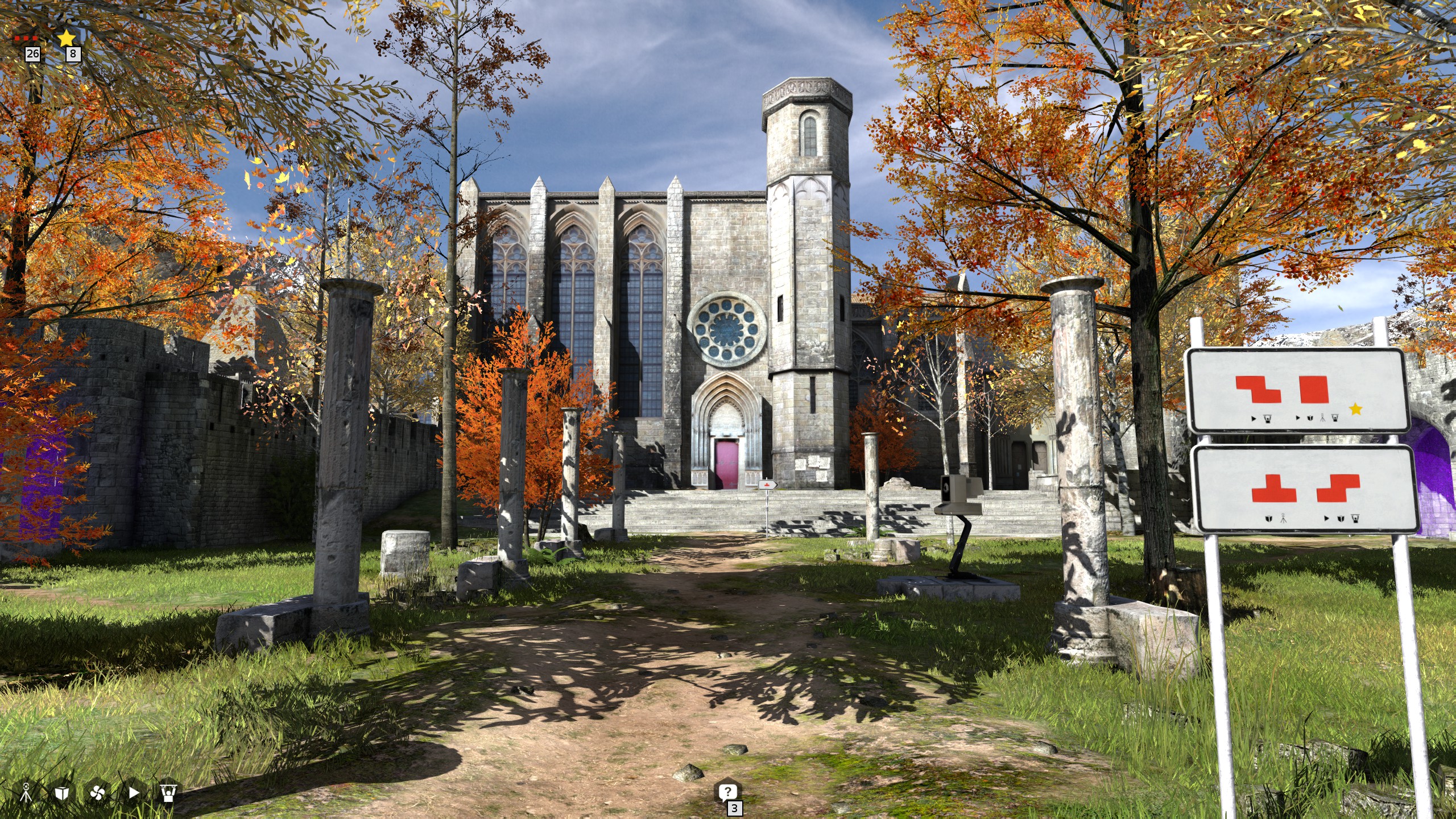
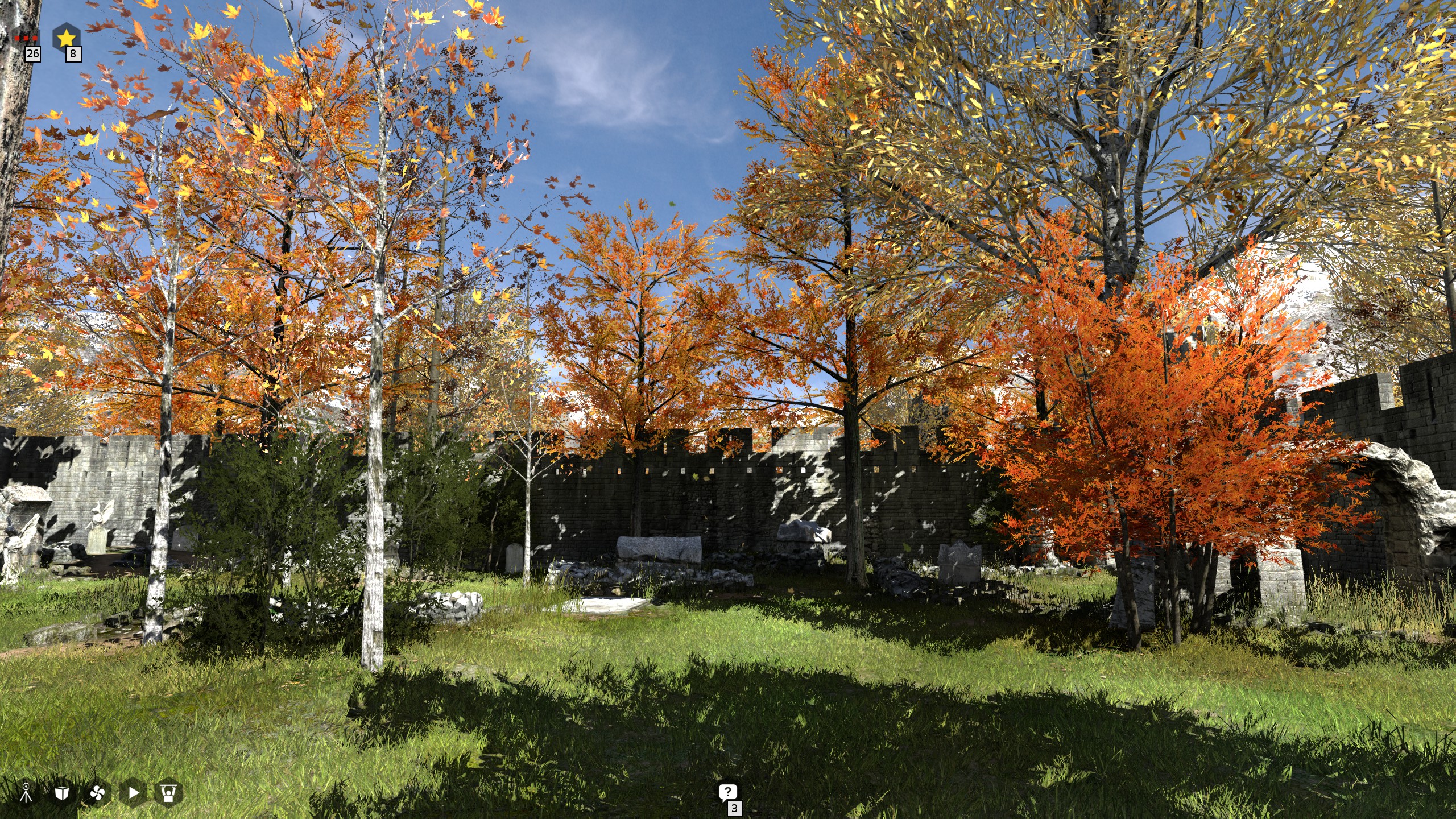
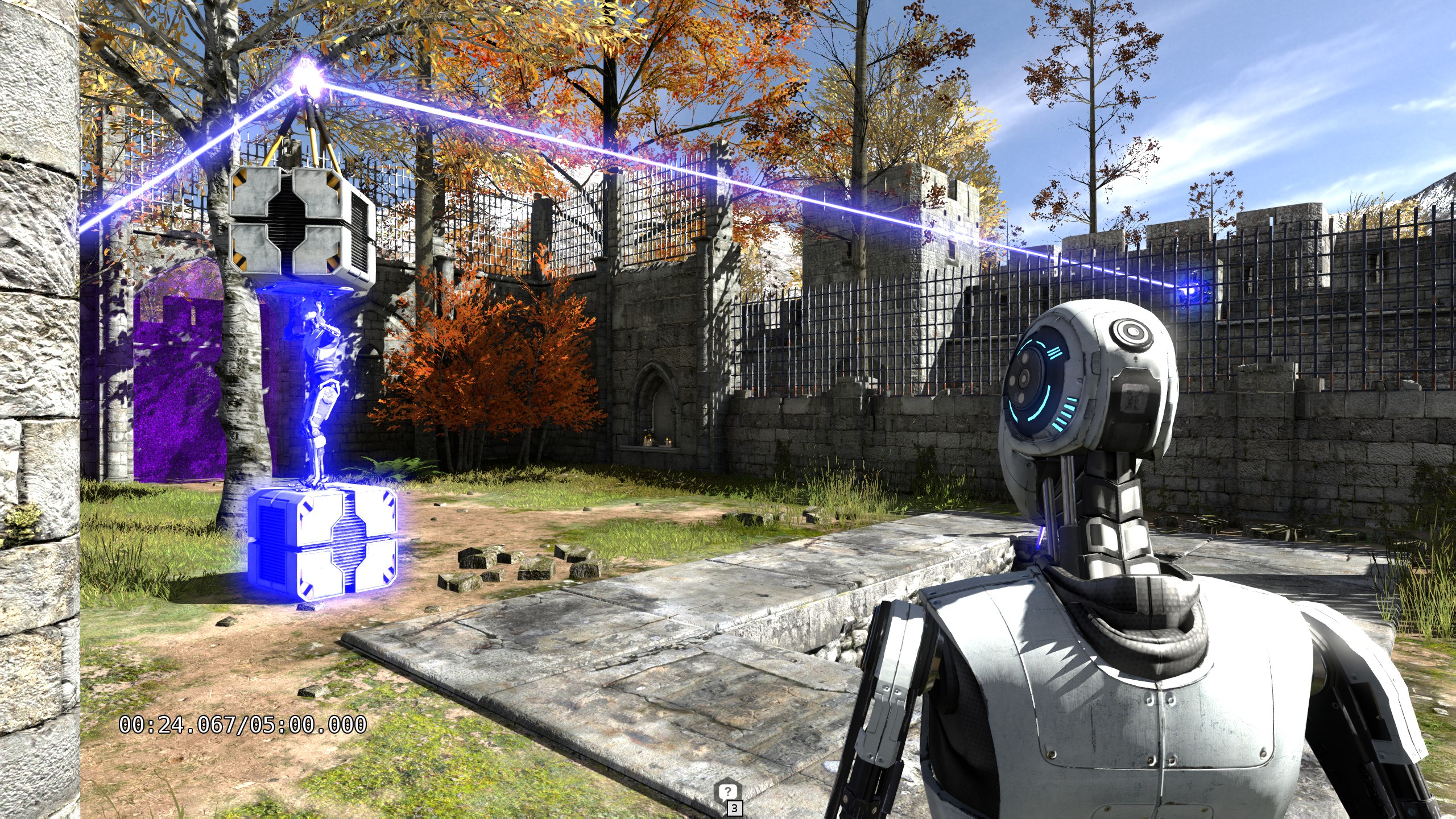
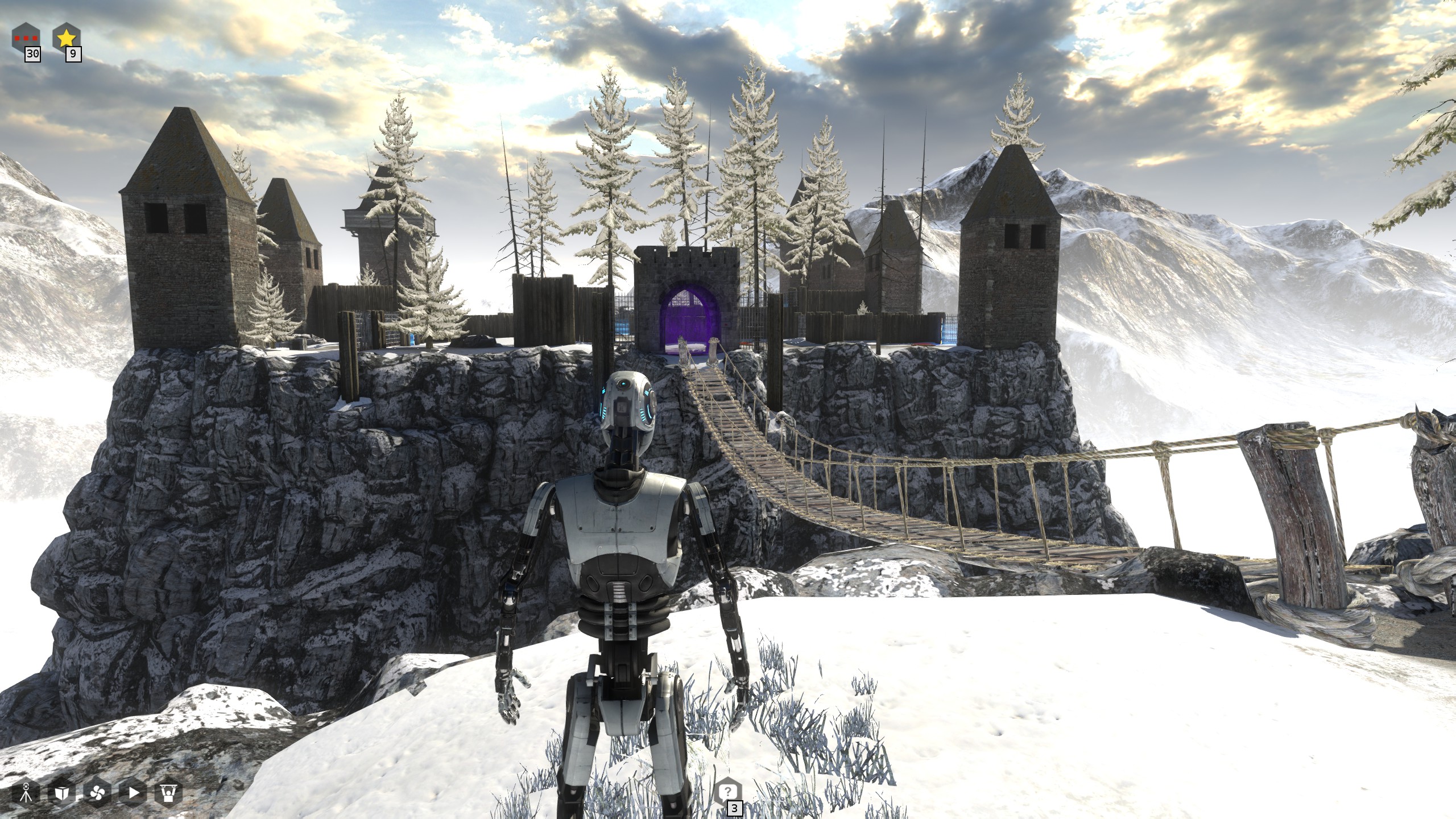
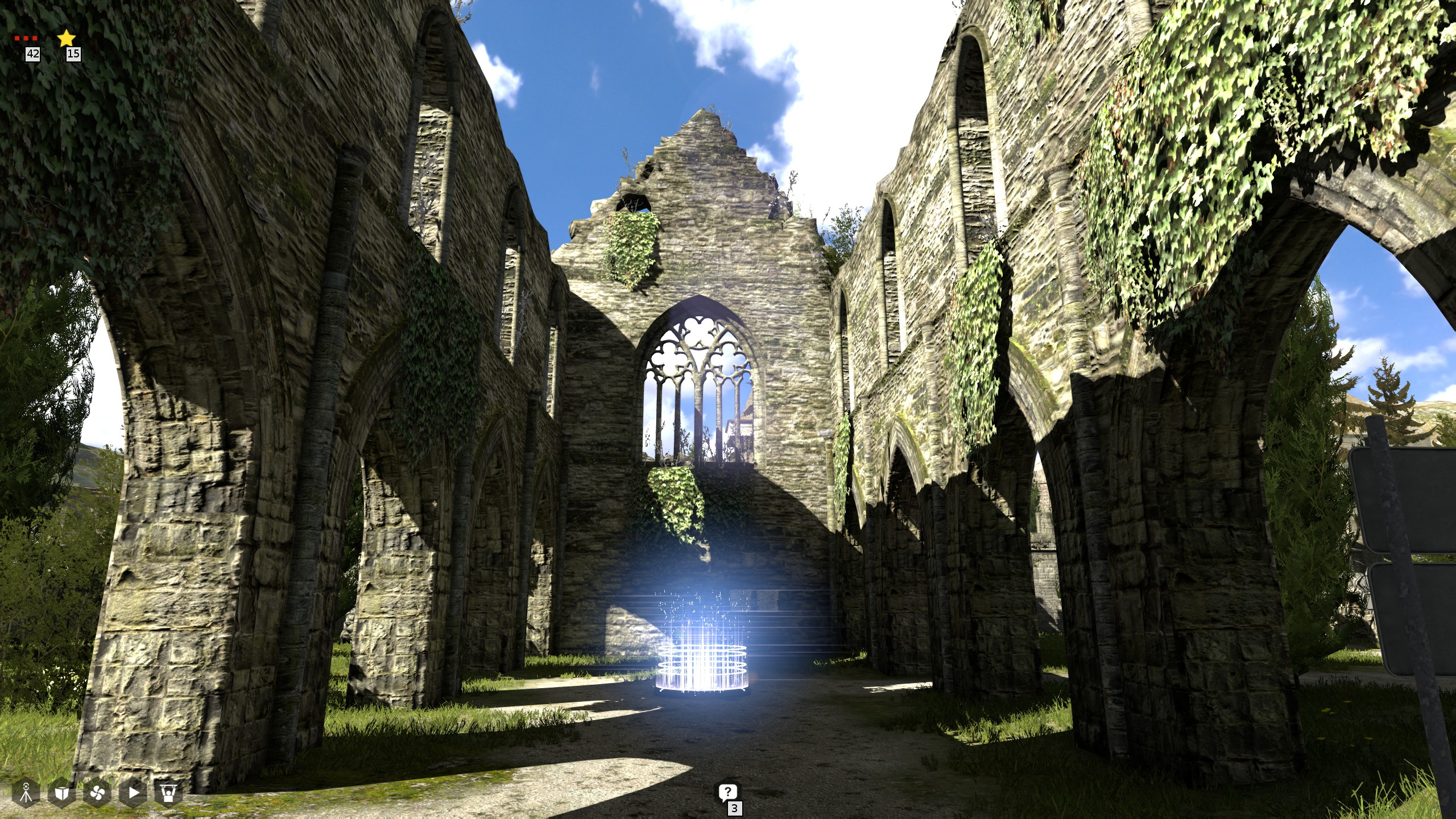
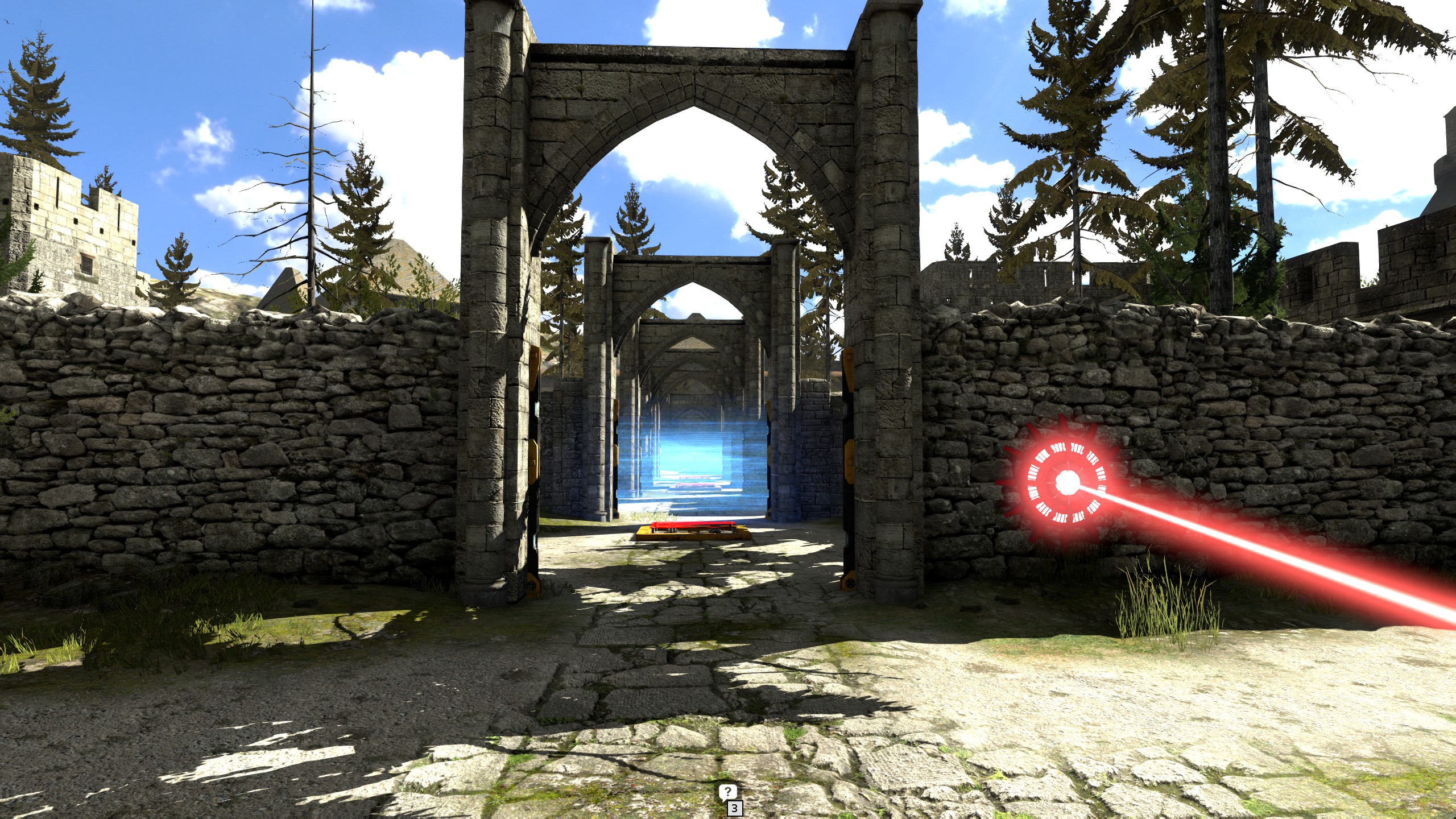
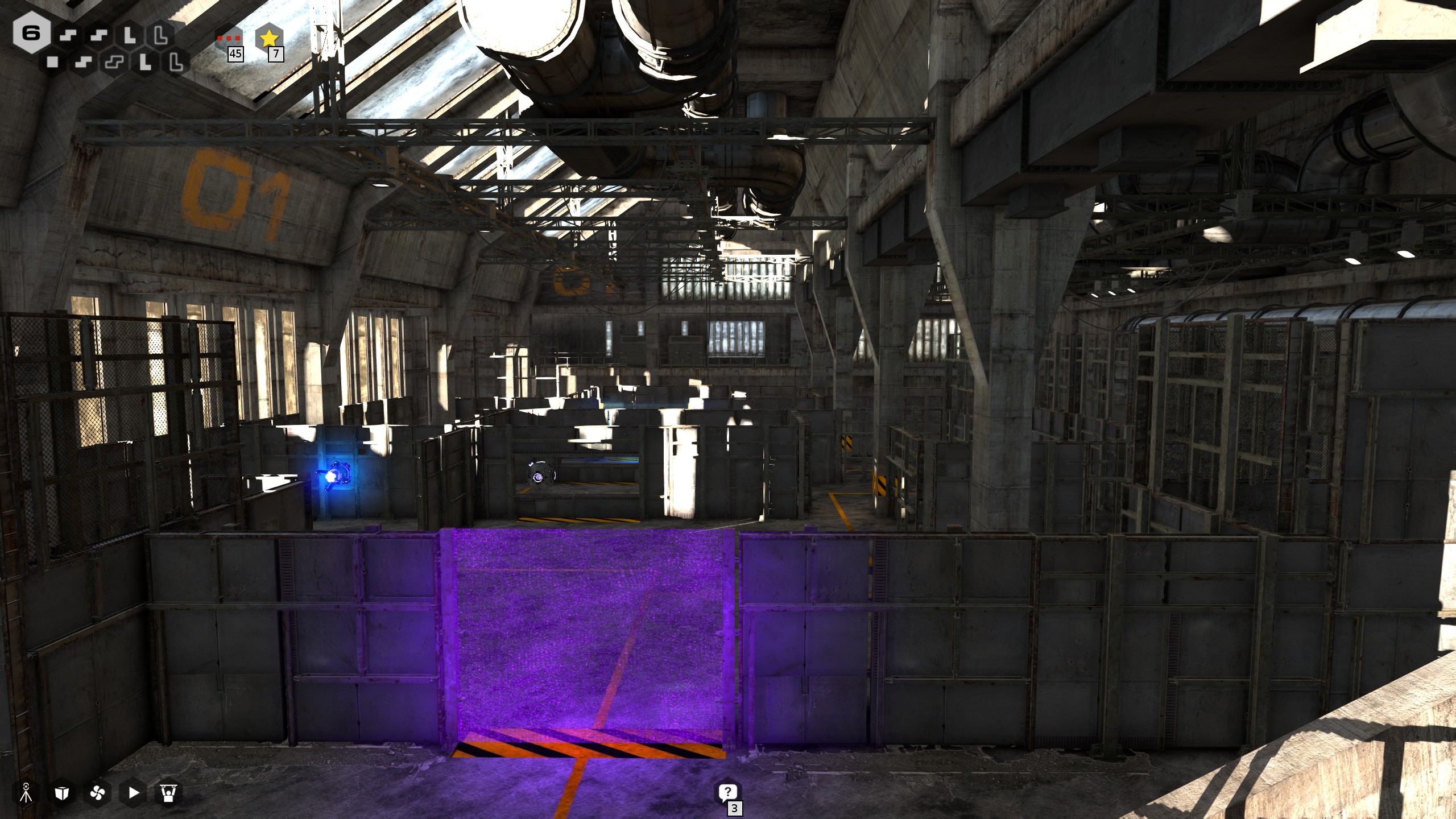
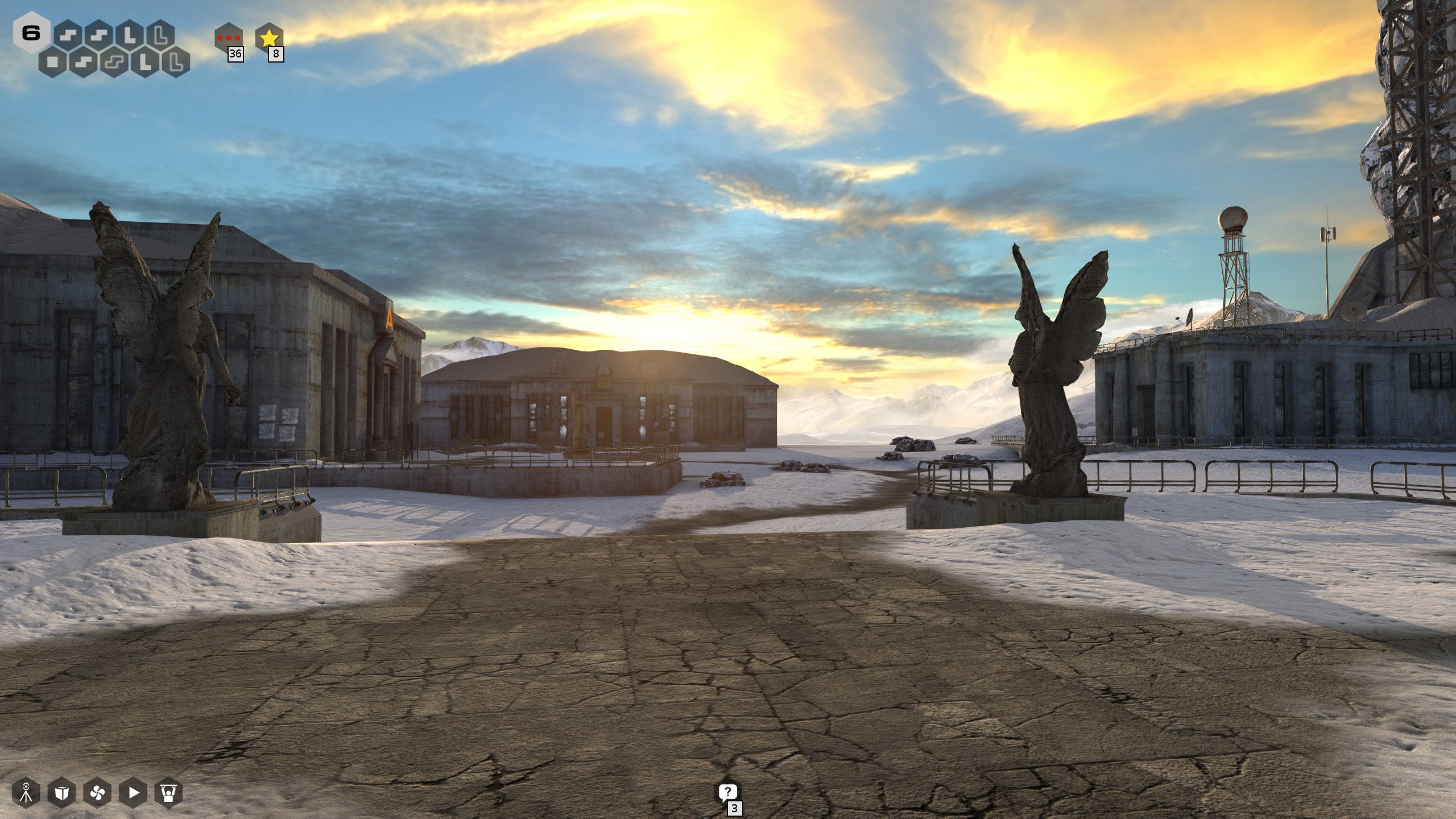
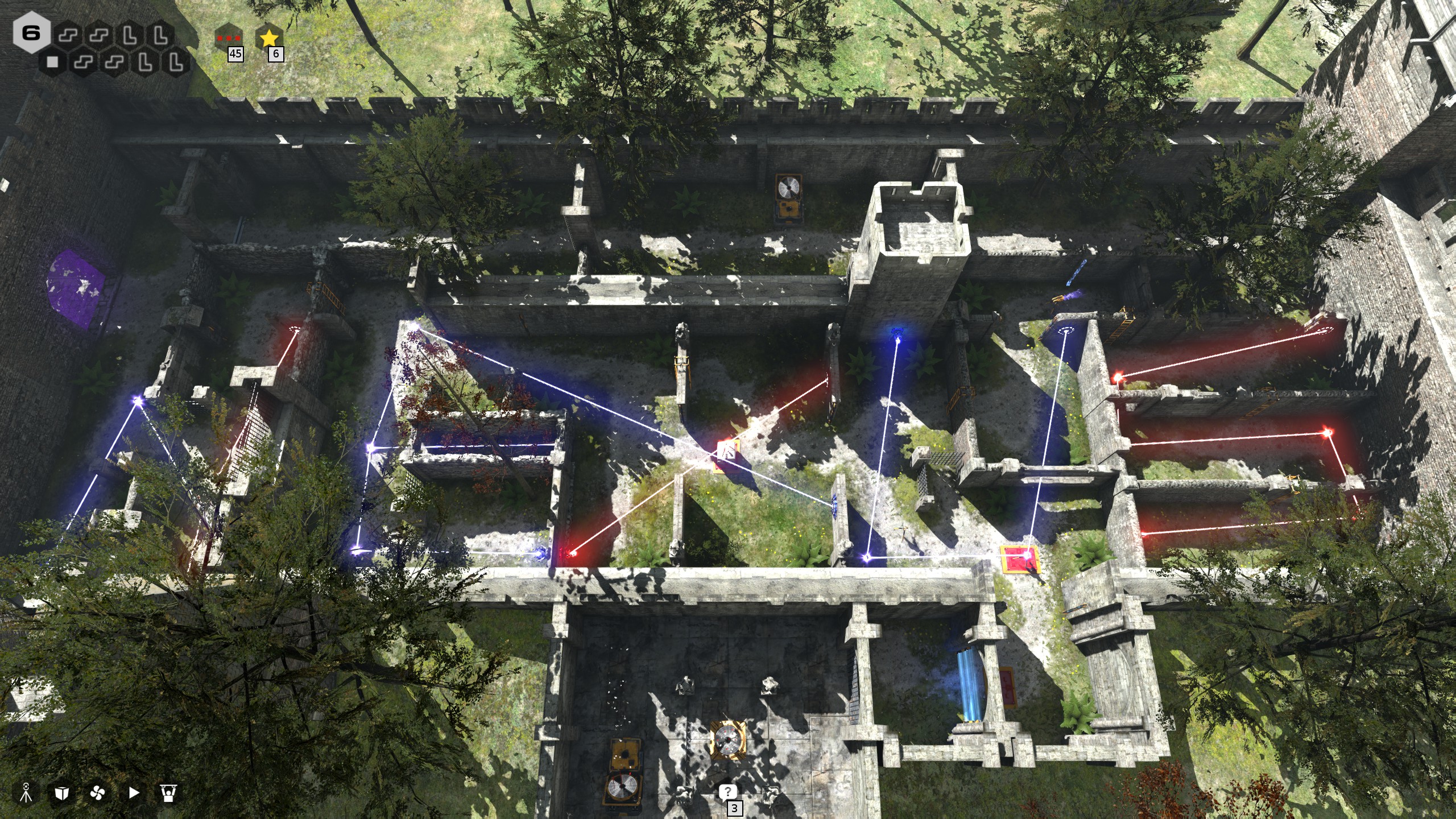
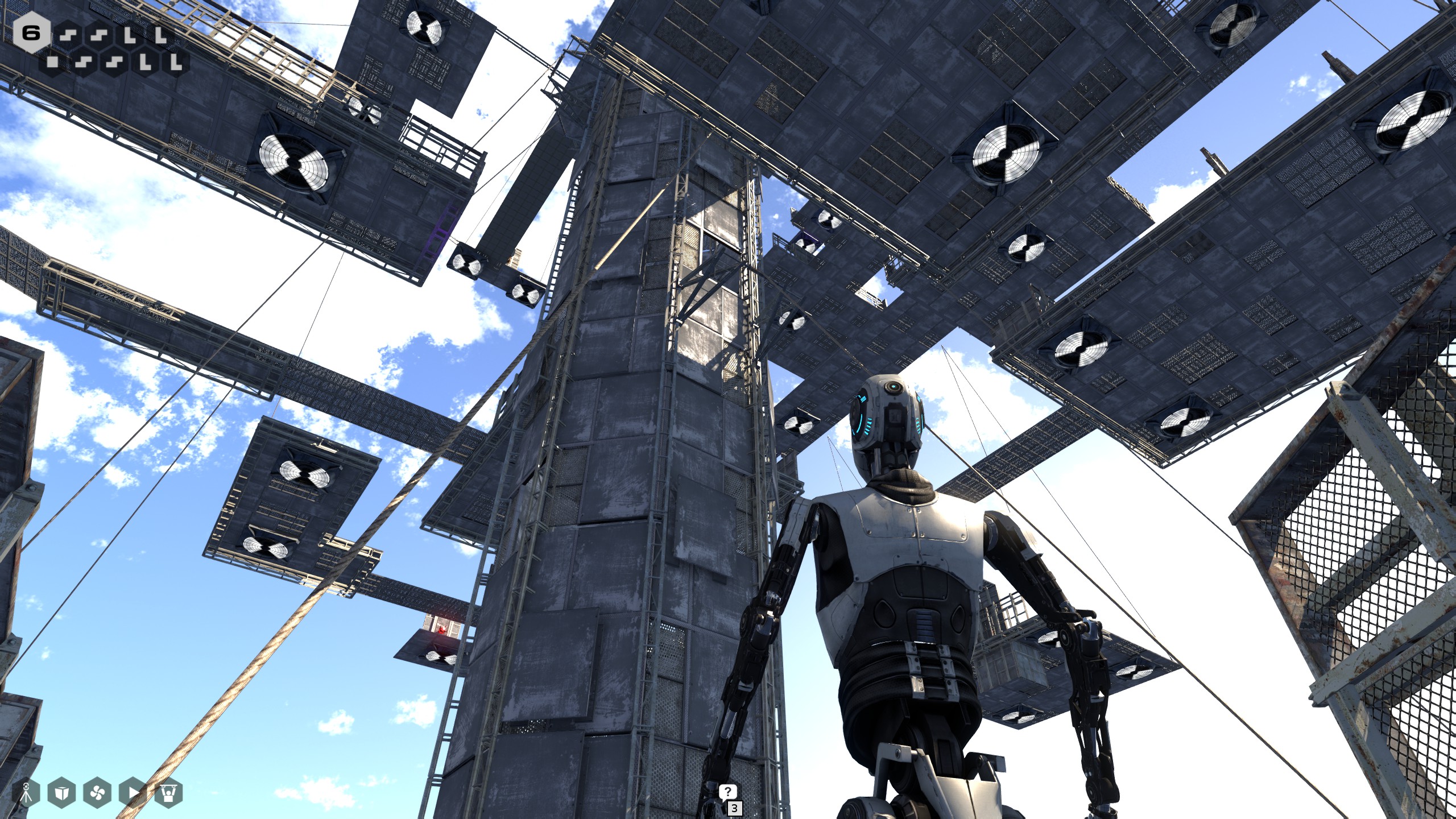
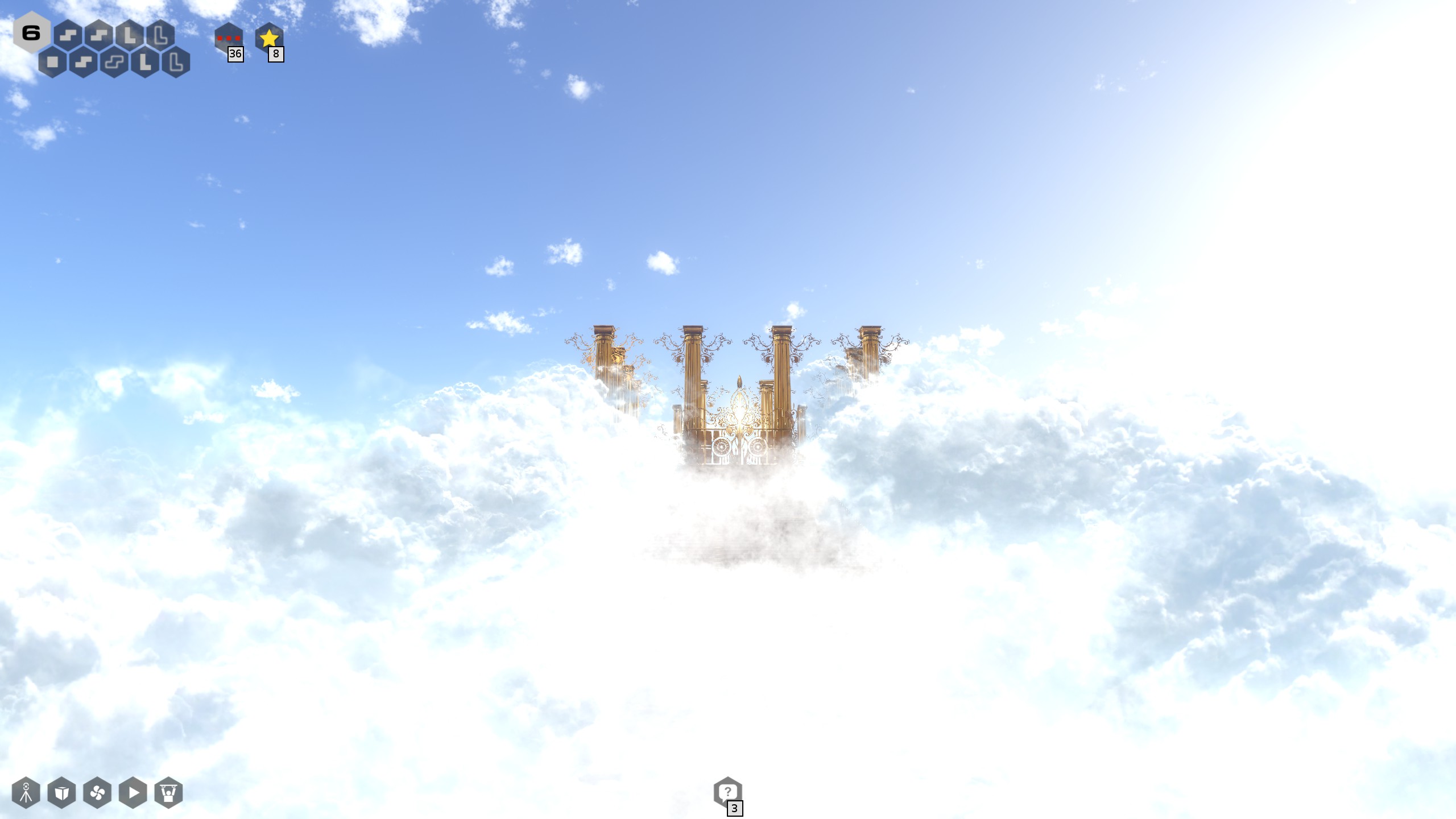
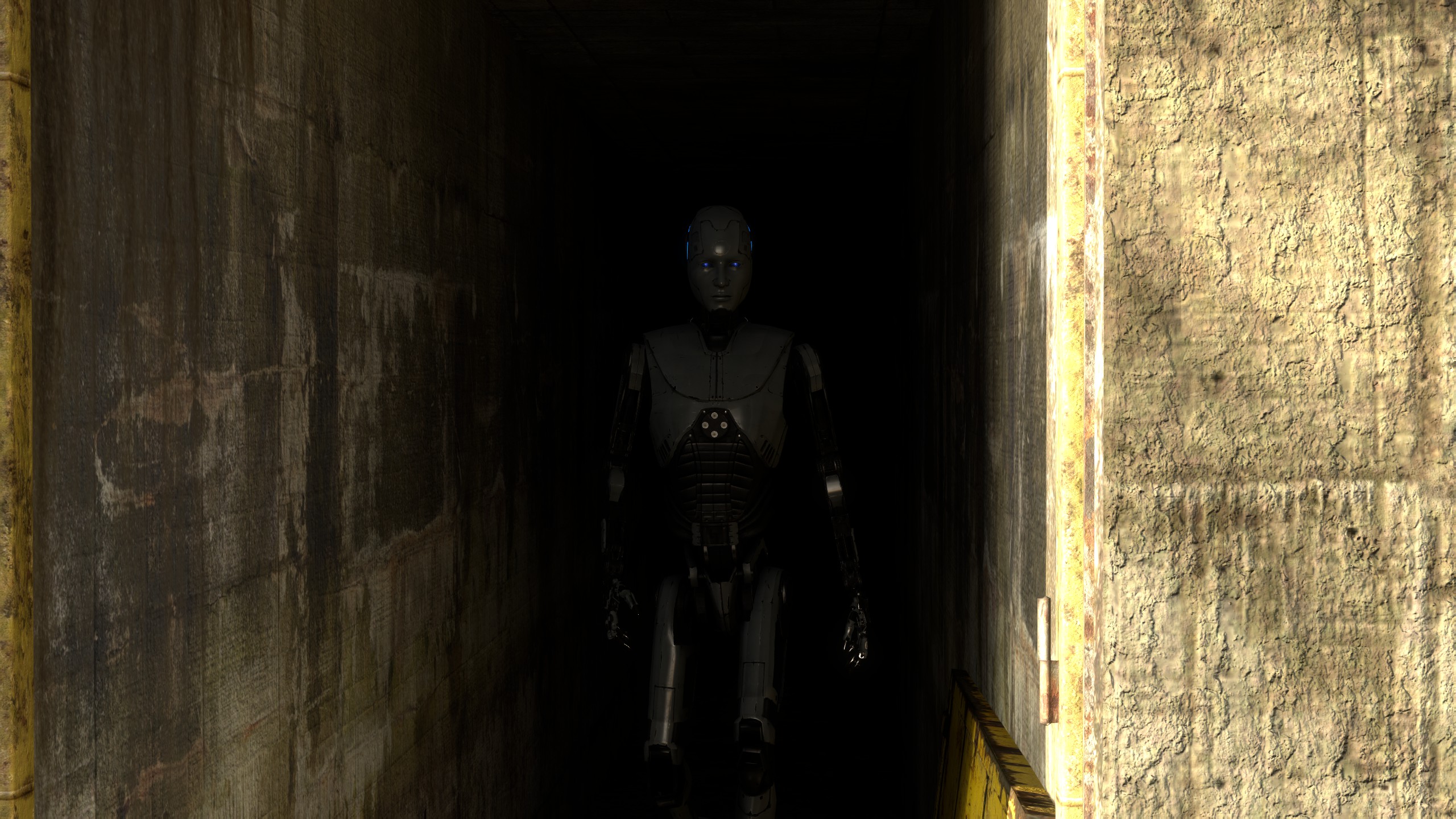
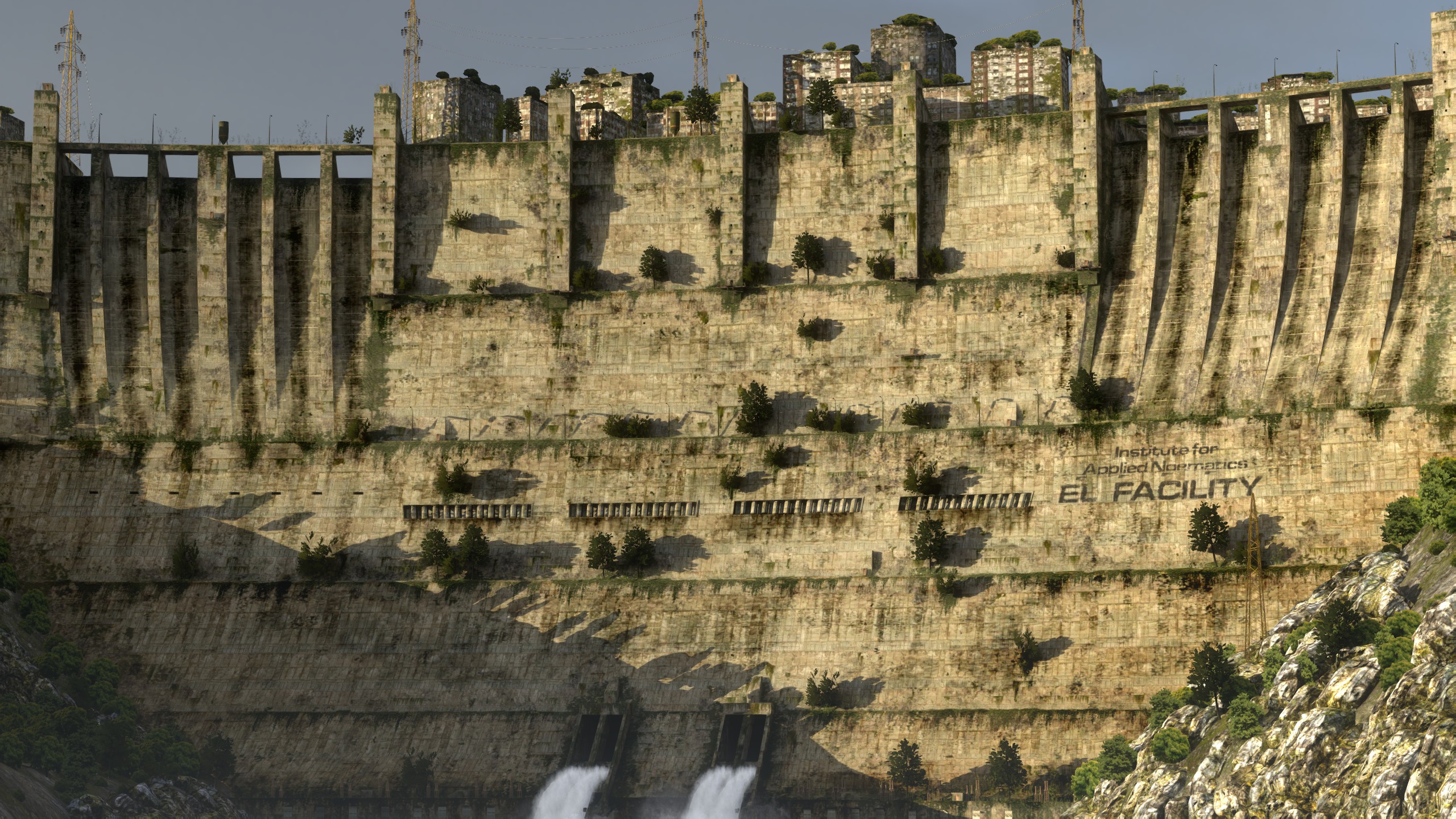
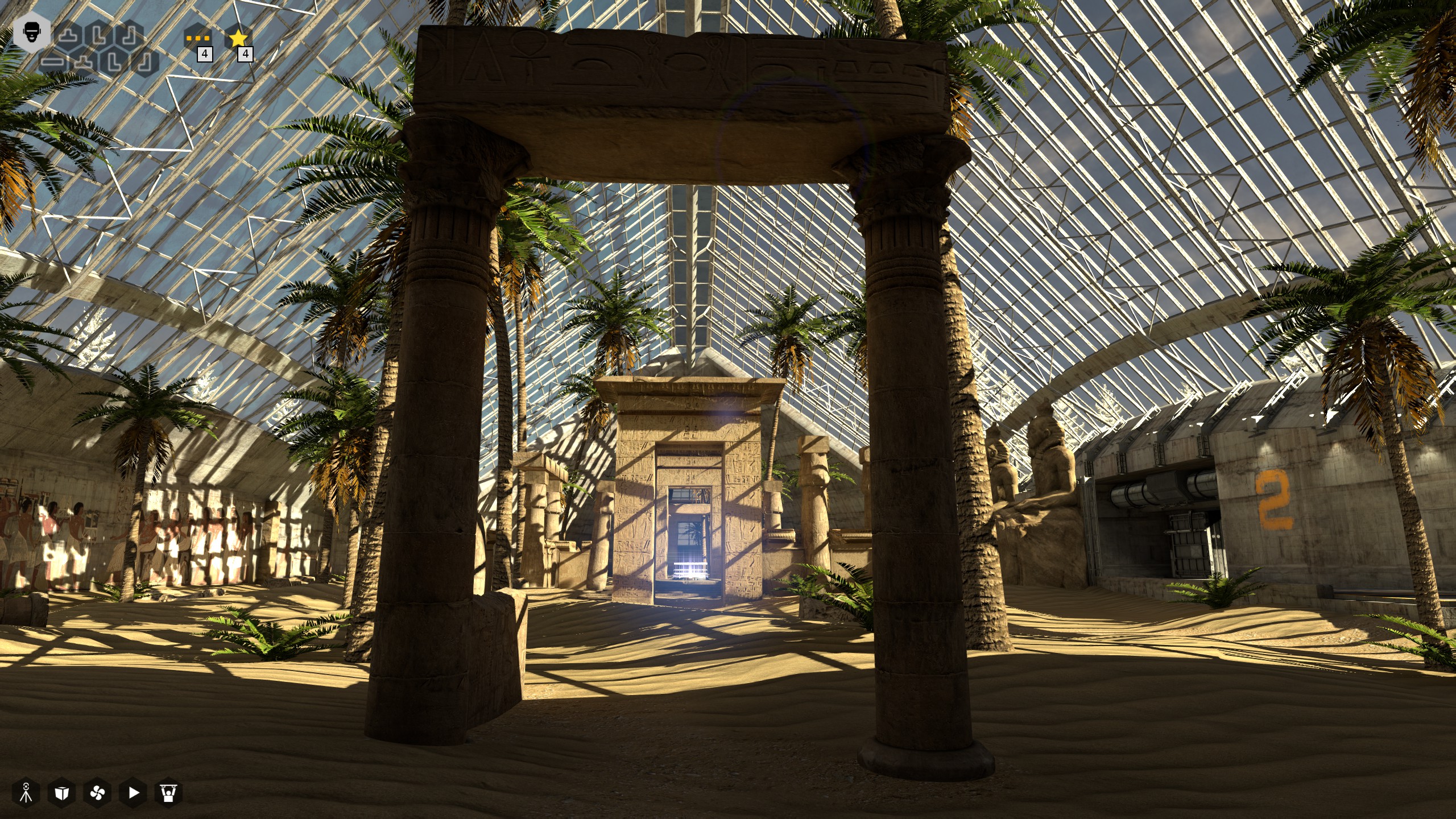
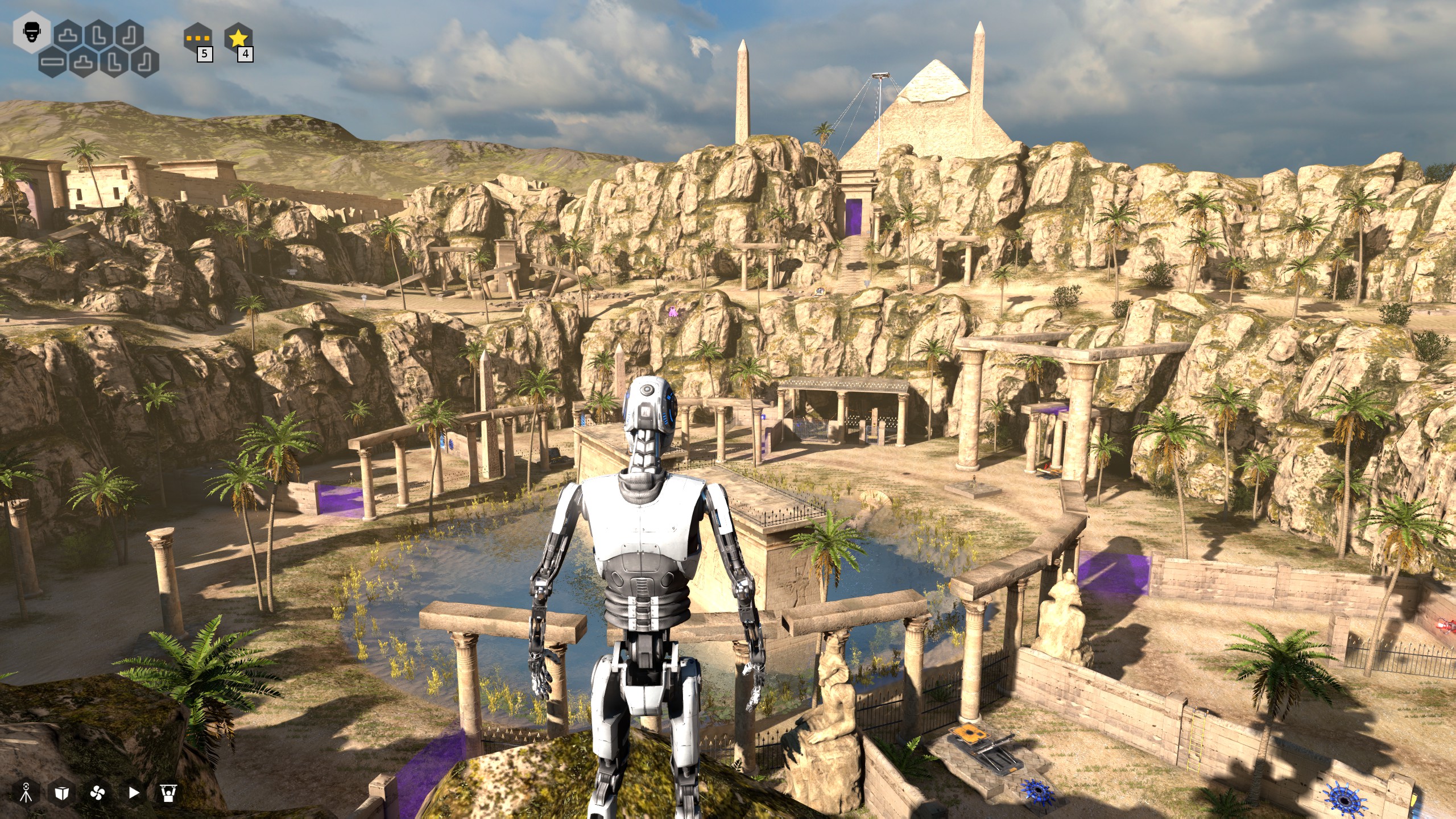
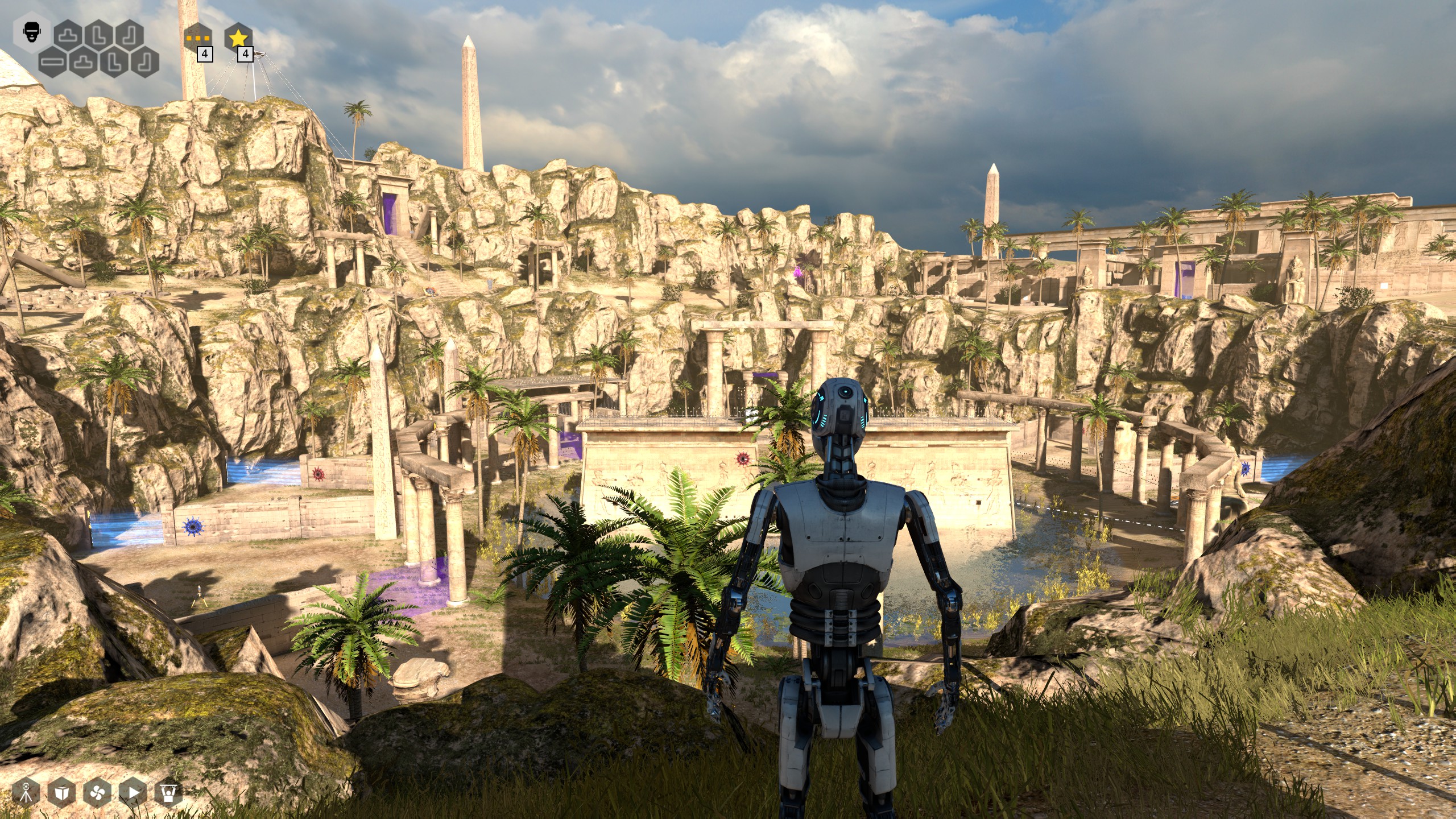

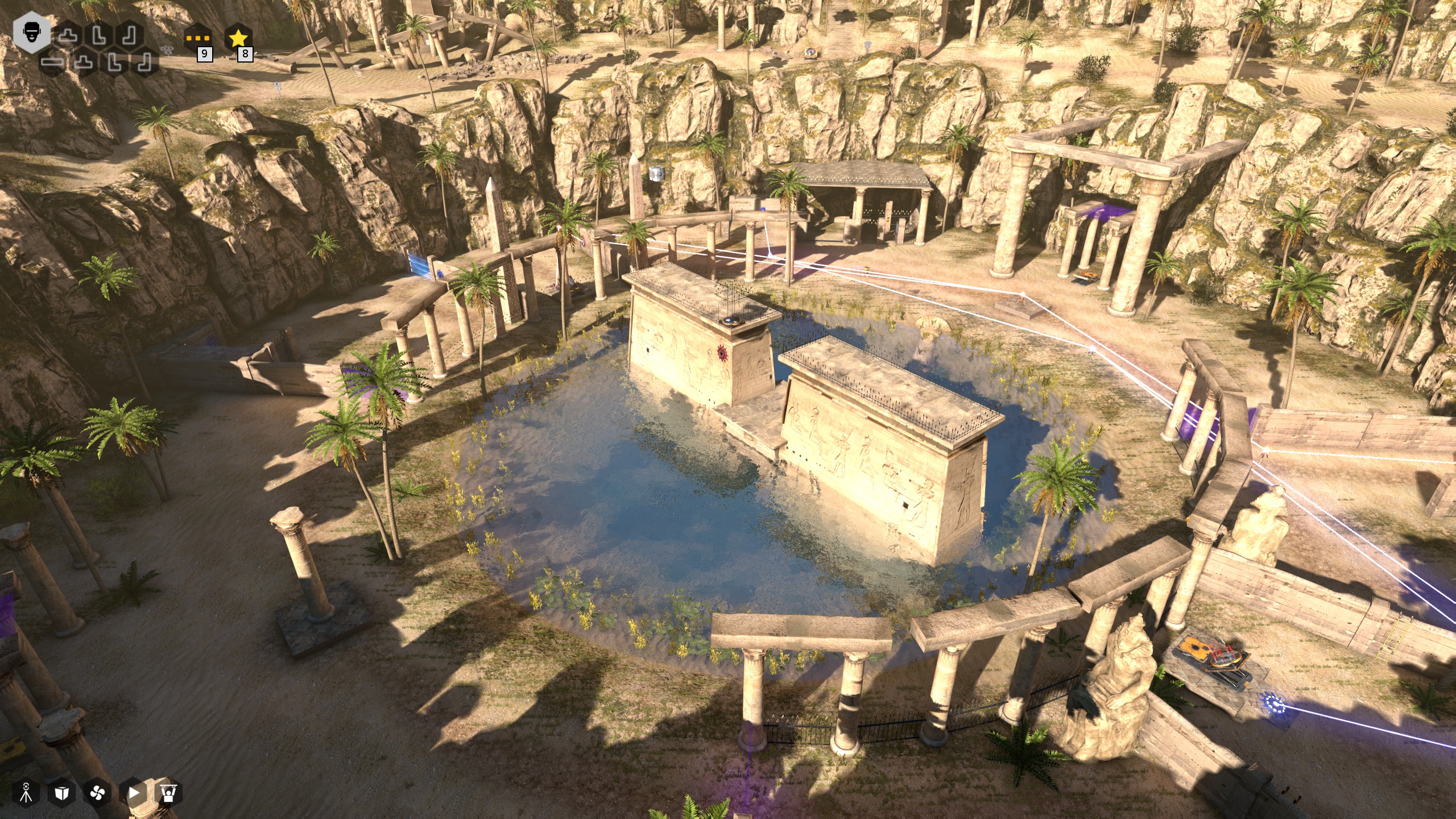

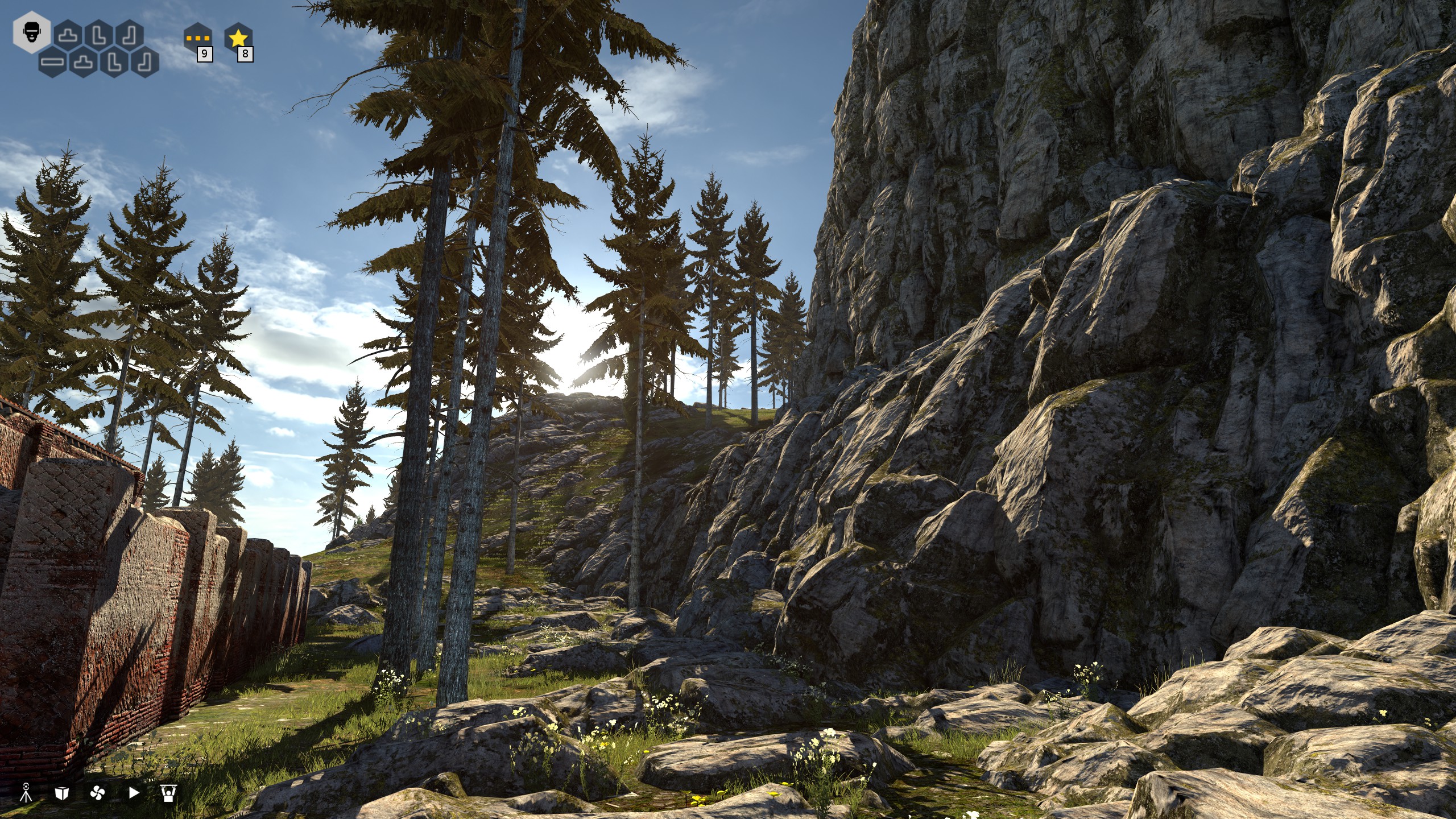
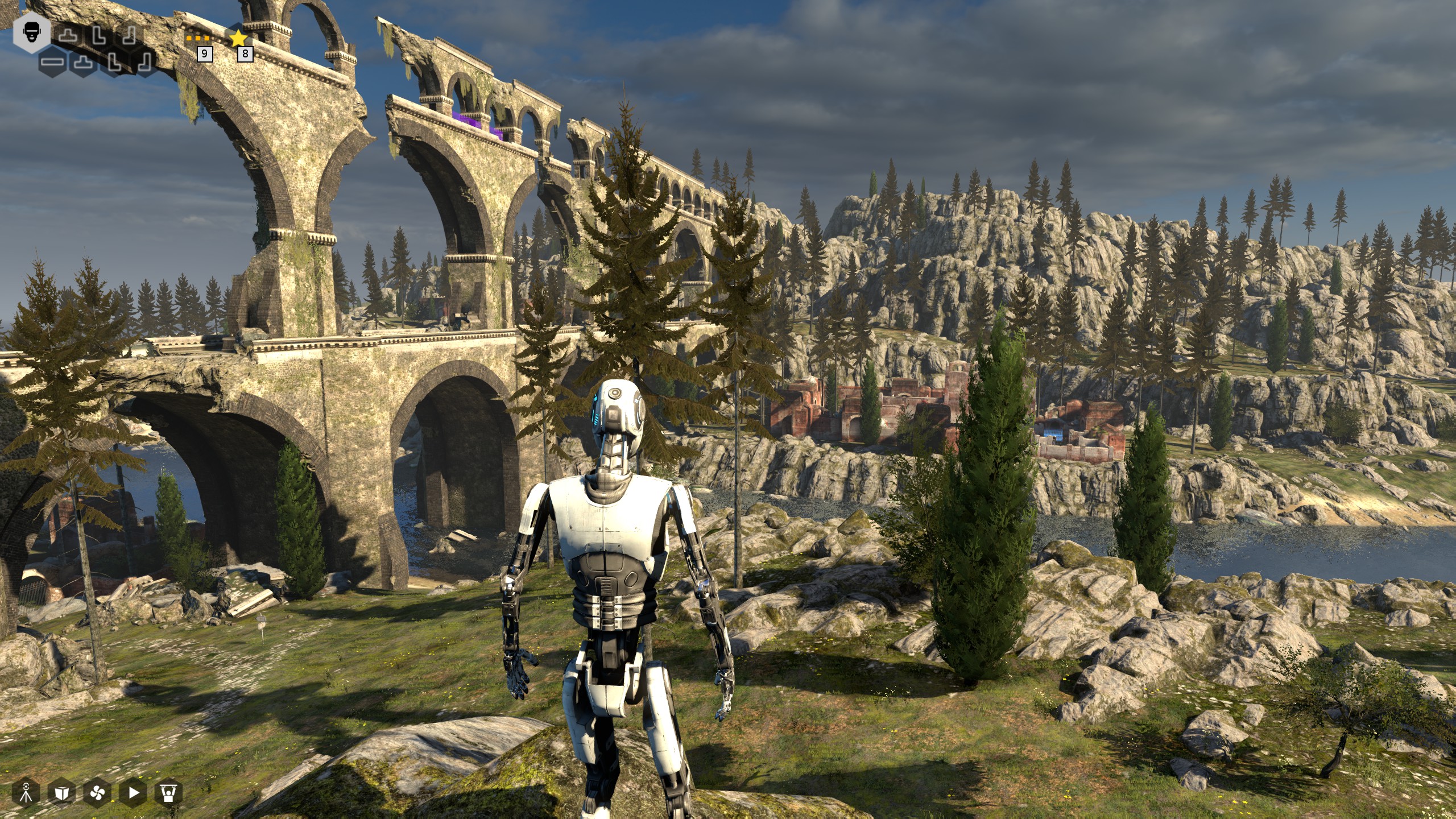
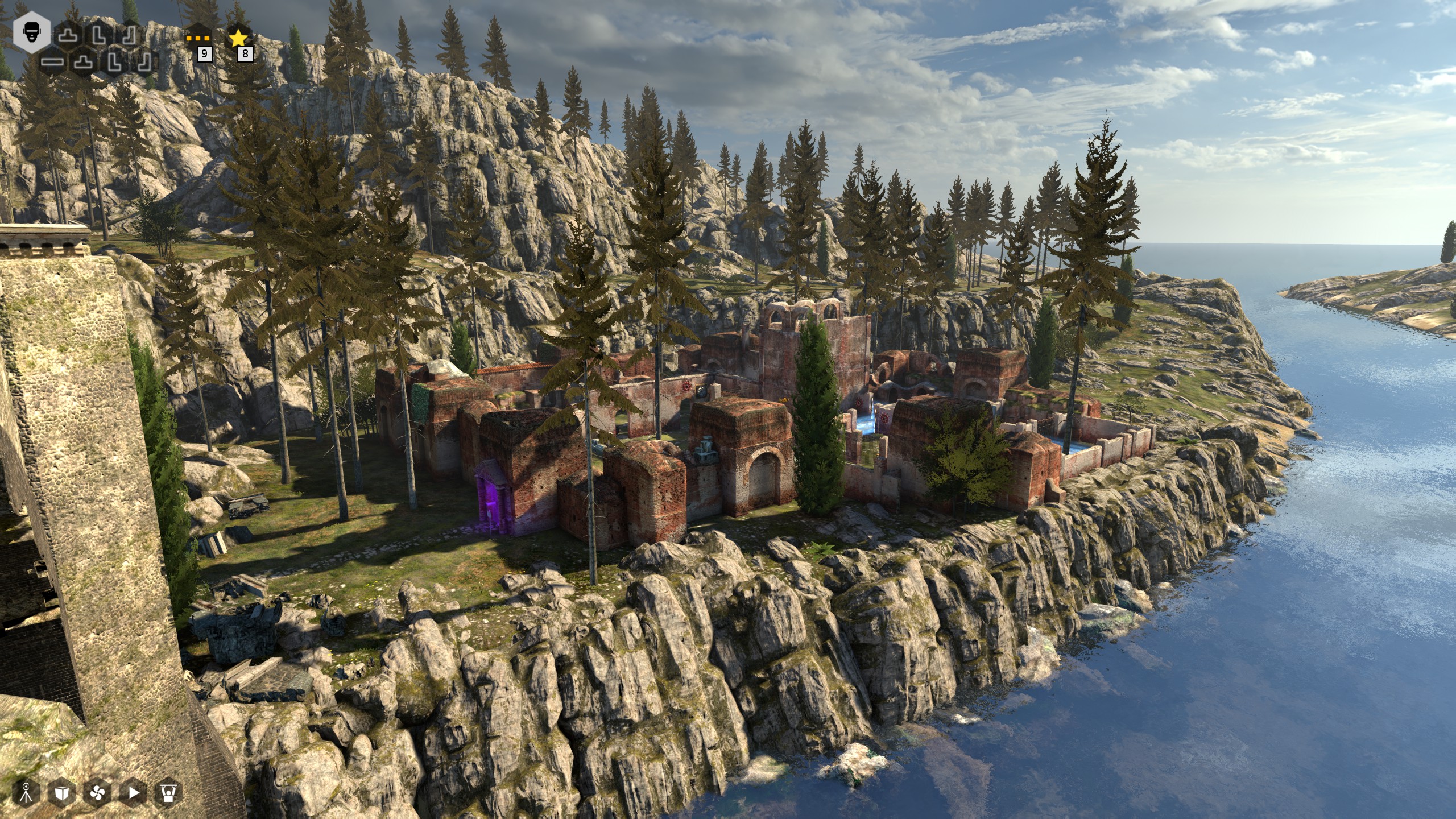
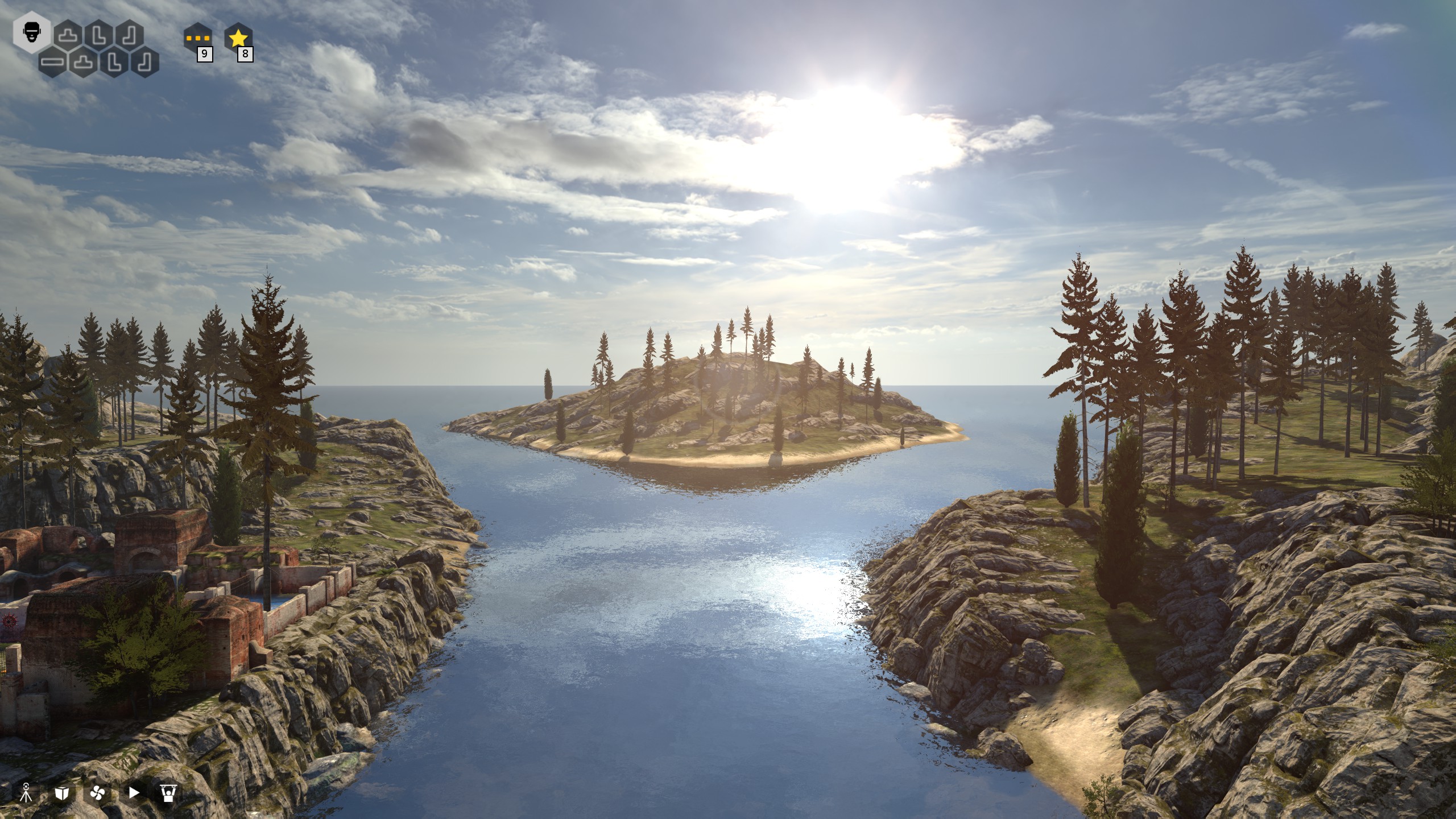
Fallout 4
The open world post-apocalyptic Massachusetts presented by Fallout 4 is incredibly authentic, and is certainly the most impressive aspect about the game. It contains Fallout’s retro Sci-Fi style that Bethesda really pushed forward with Fallout 3. Other open world games still look and feel very limited, like a video game, but both Fallout 4 and Grand Theft Auto V do the best job at distancing itself from such limitations in a large urban city environment. The scale of everything seems accurate to the real world; roads, blocks, benches, buildings, everything, while other open world games feel shrunken down (including both The Elder Scrolls V: Skyrim and Fallout 3, although not so much The Elder Scrolls IV: Oblivion and The Elder Scrolls III: Morrowind).
Most of the screenshots below are modded.
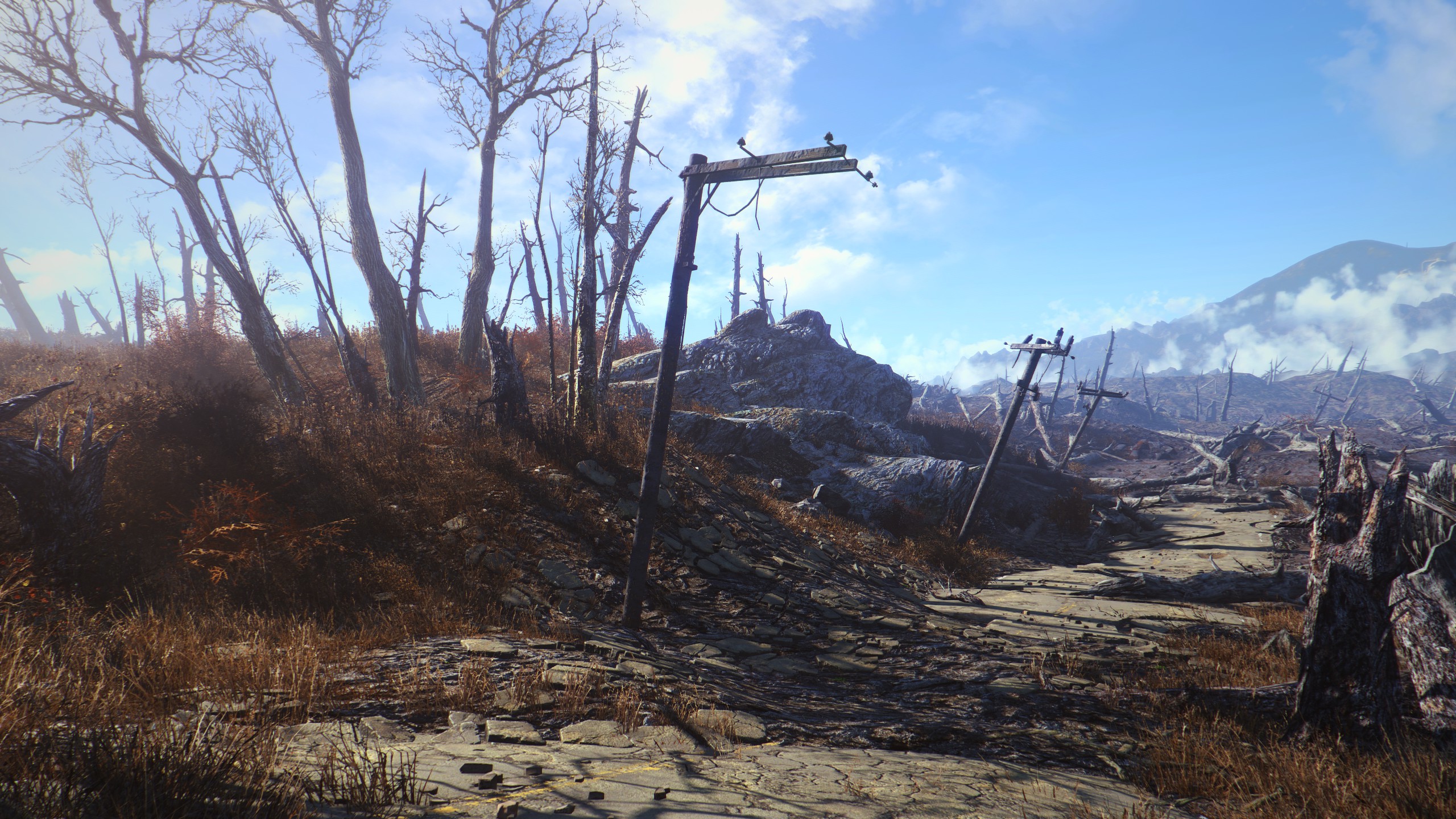









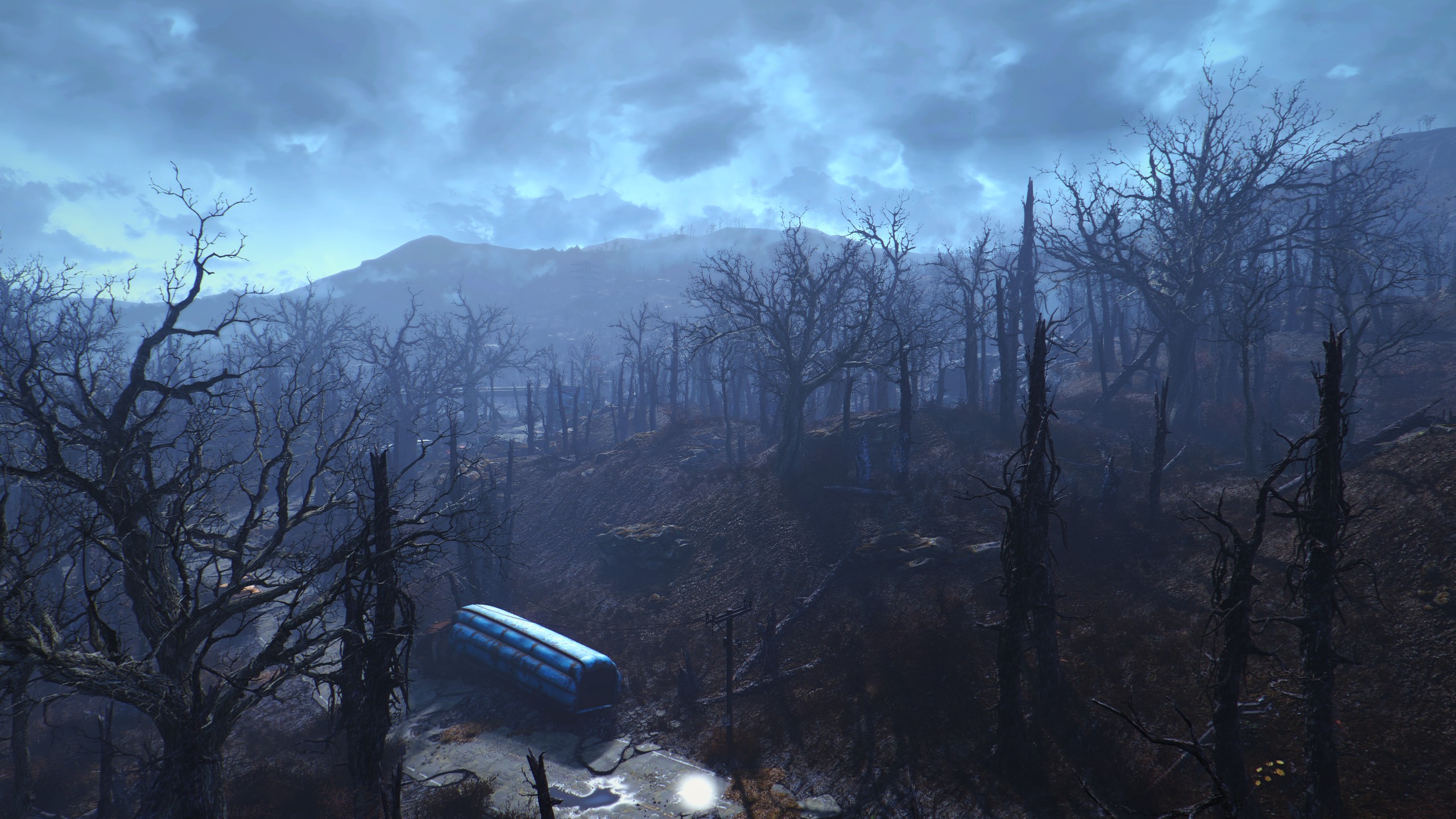
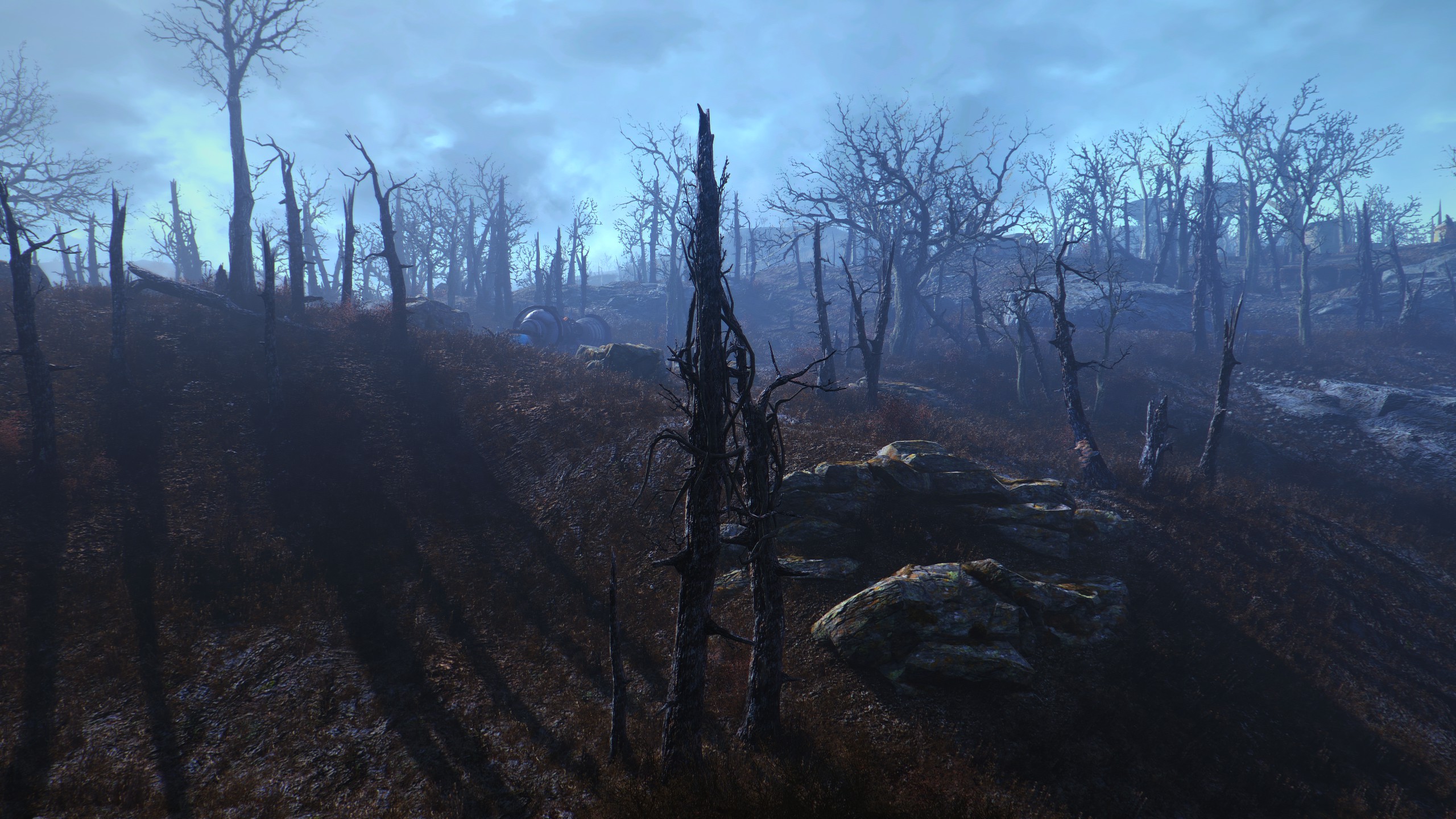
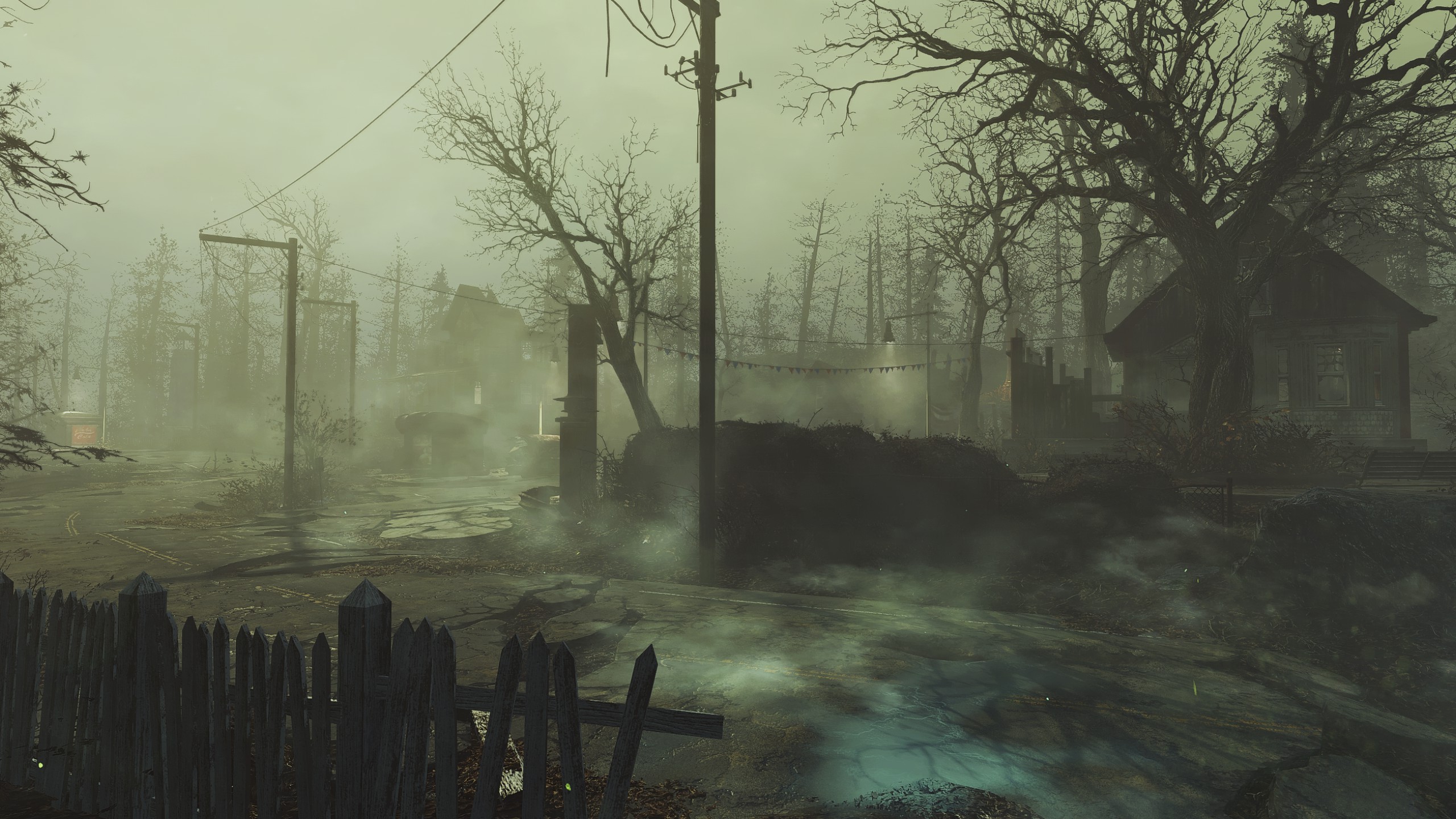

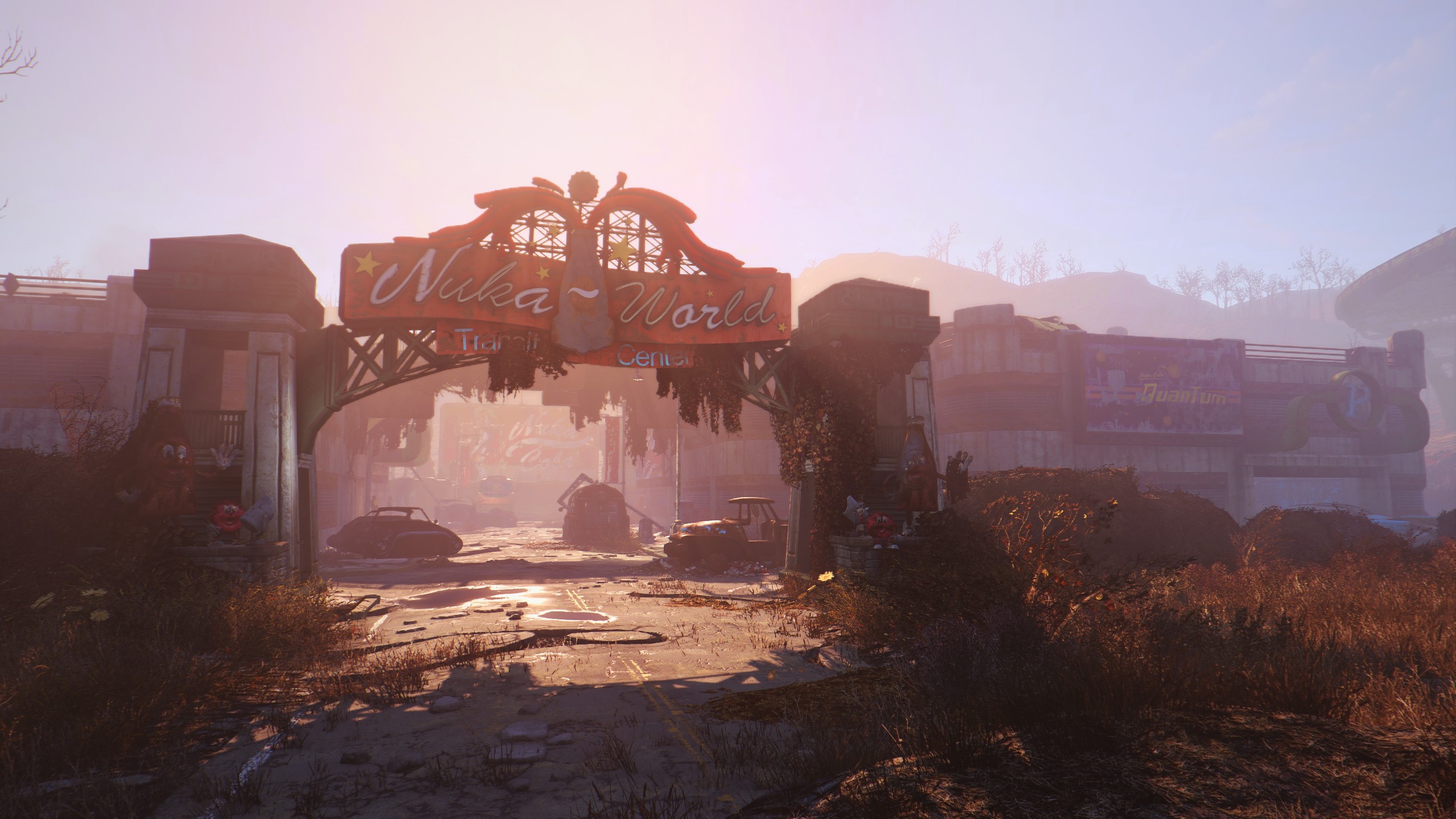


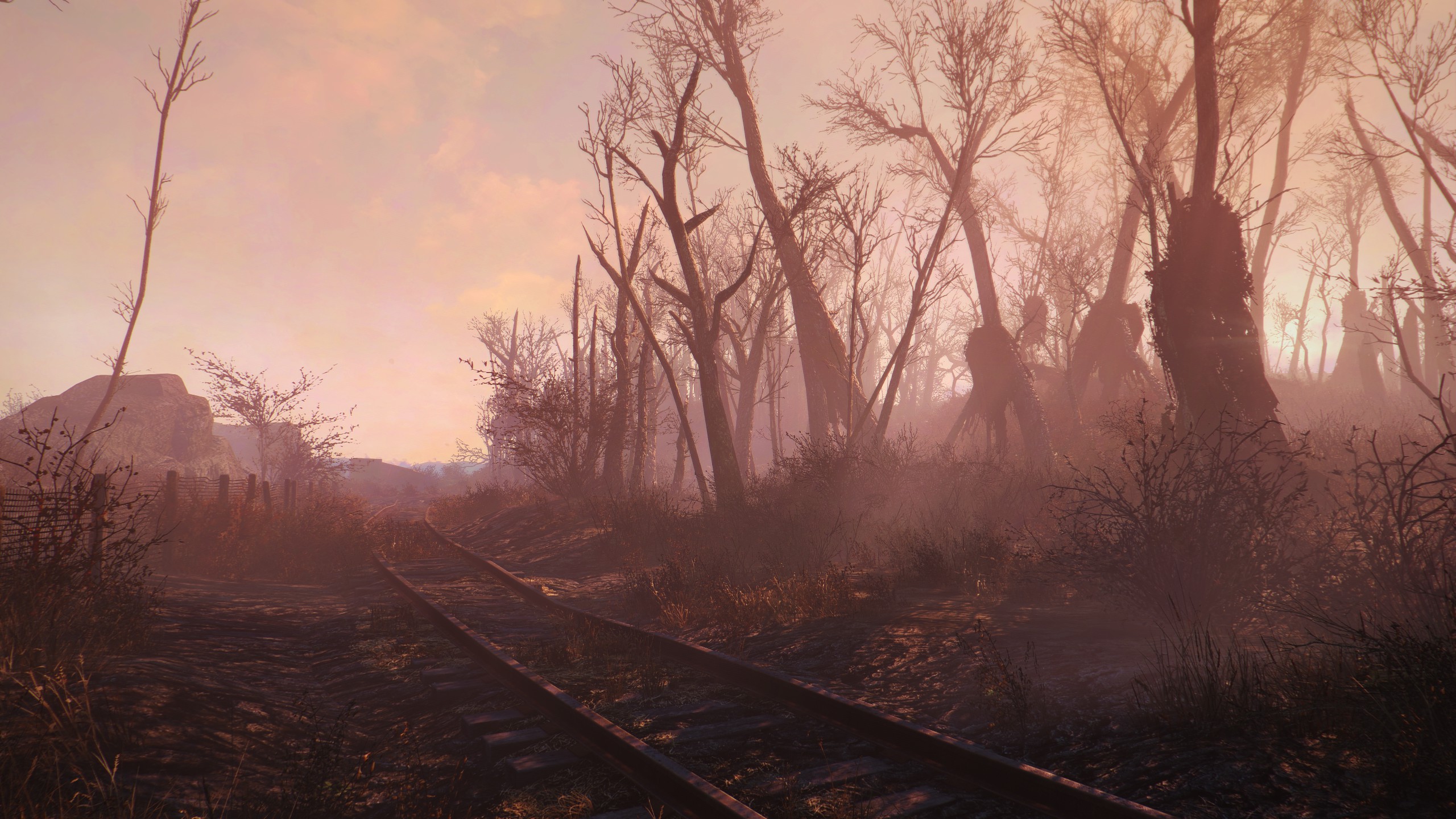
Planescape: Torment
Planescape: Torment is a 1999 PC exclusive RPG made by Black Isle Studios, who also created the Fallout franchise. Planescape: Torment uses the Advanced Dungeons & Dragons 2nd edition ruleset, and the unique Planescape setting which spans a multiverse, not just a universe. As expected, the game has some one of a kind visuals and locations as a result.
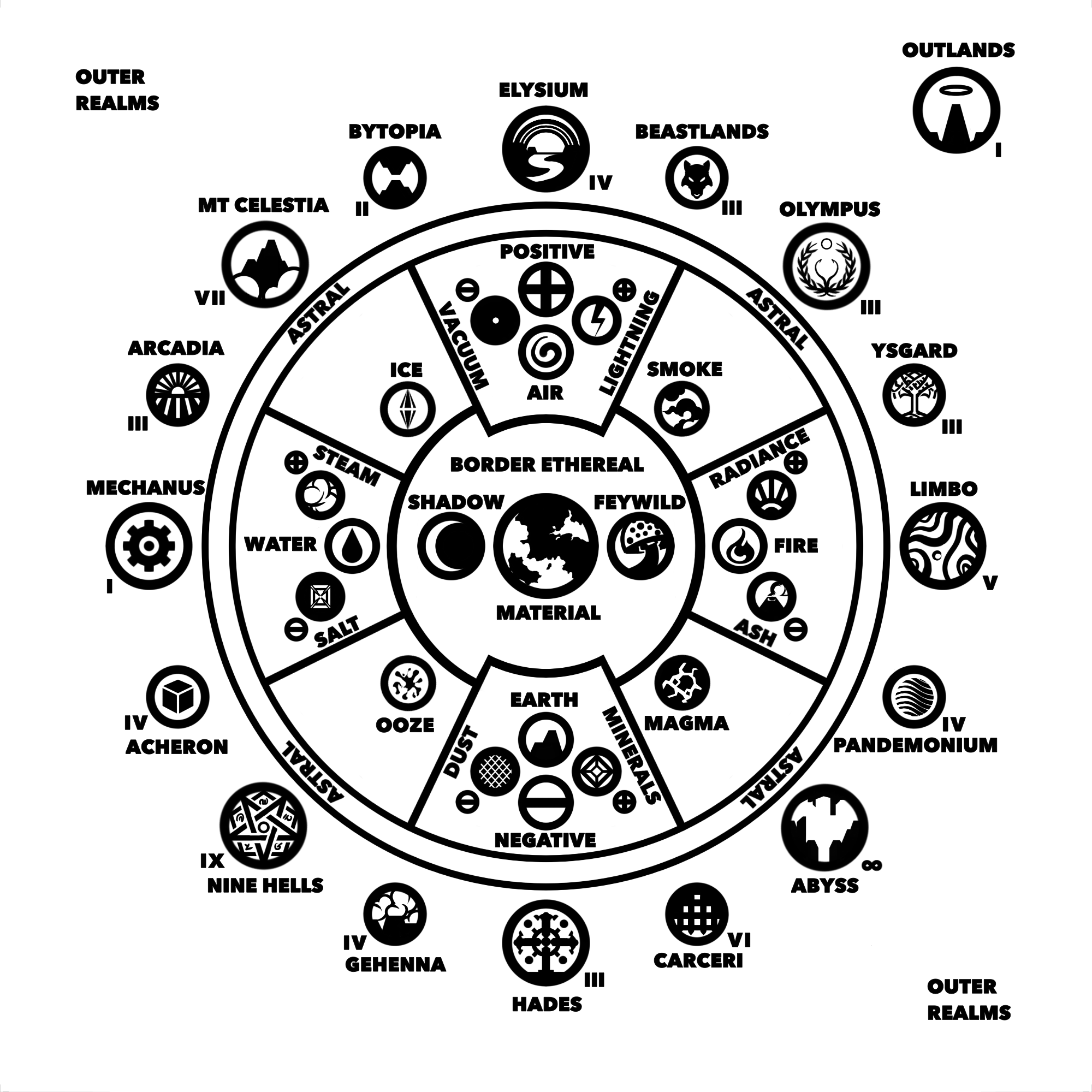
The AD&D multiverse.
It uses Infinity engine, so it is an isometric 2.5D rpg. It has recently been remastered by Beamdog, called Planescape: Torment – Enhanced Edition, which is now available on GOG and Steam. These screenshots are of the Enhanced Edition. Visually, they are the same although Enhanced Edition has some new optional effects.
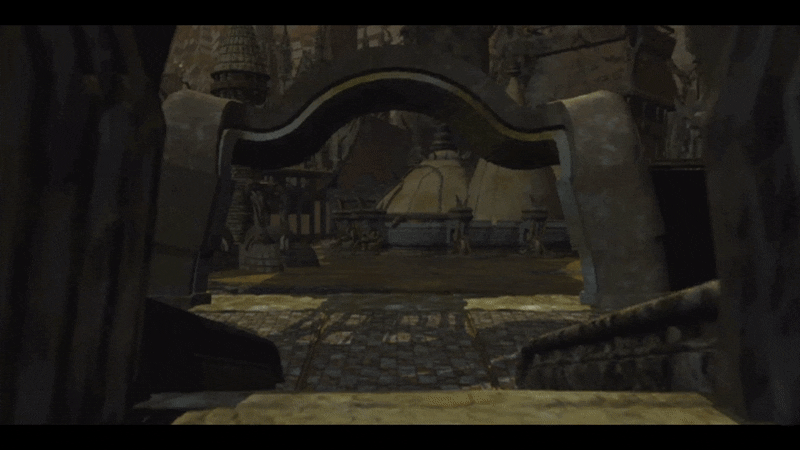

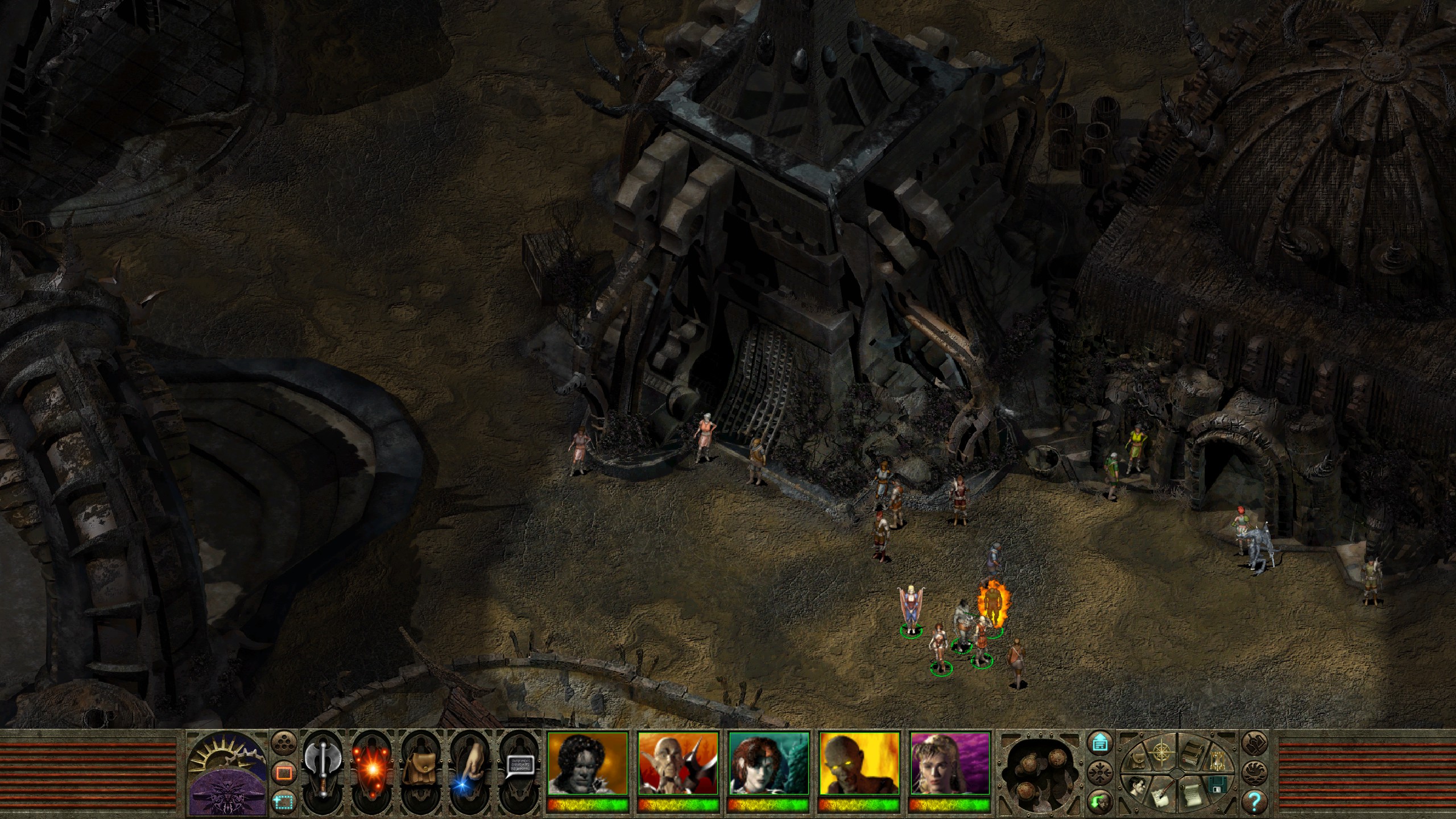
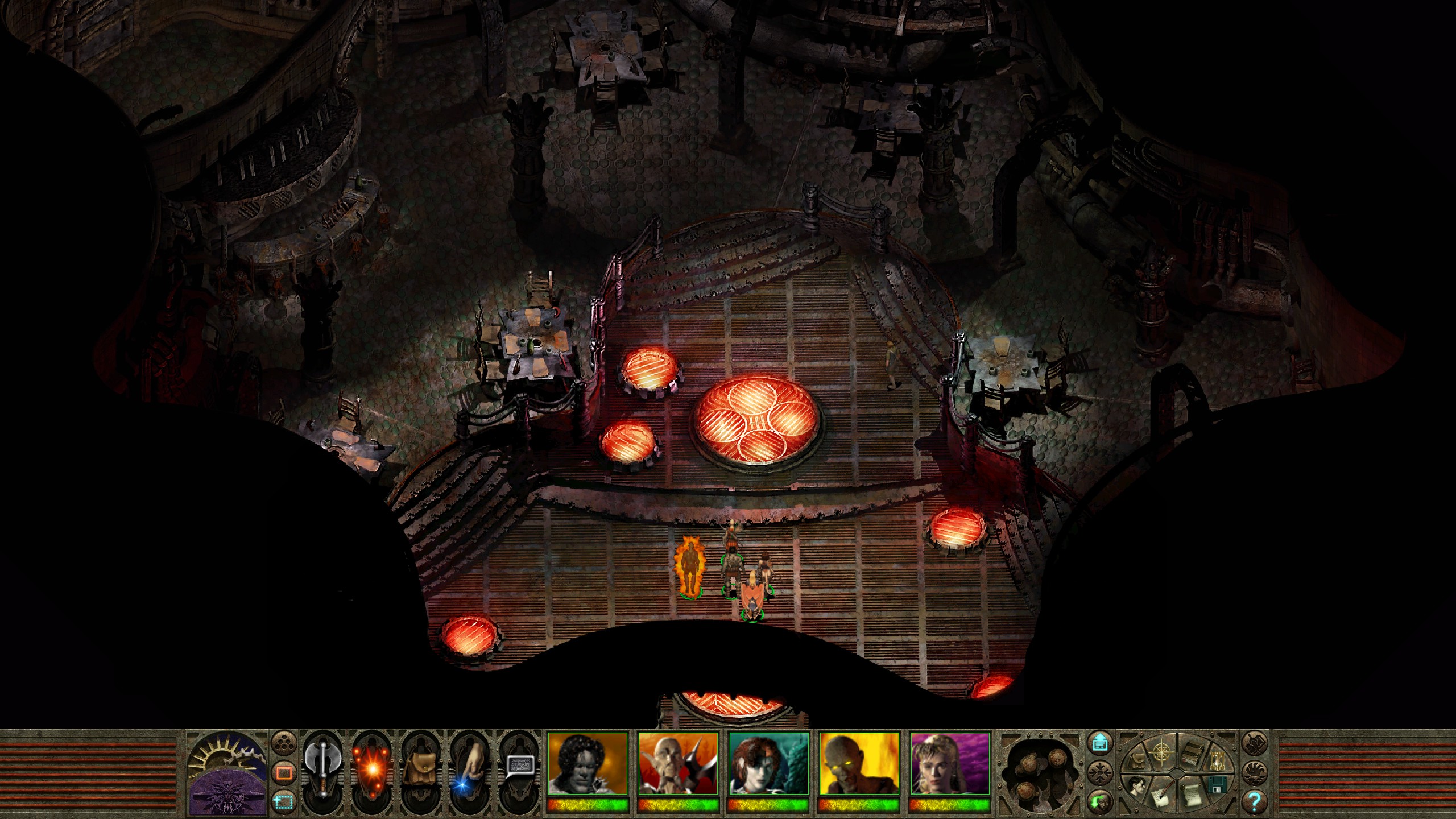
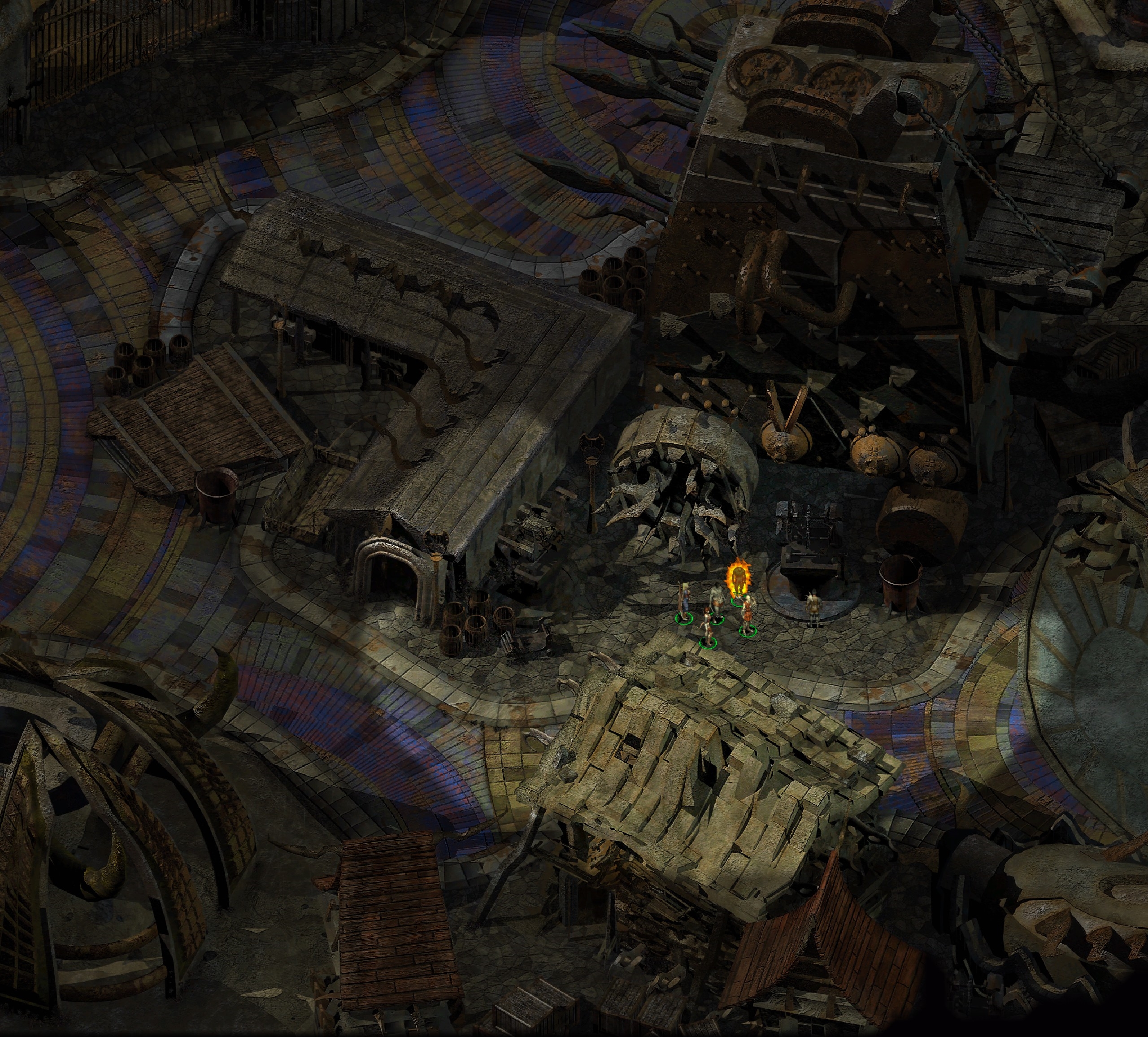
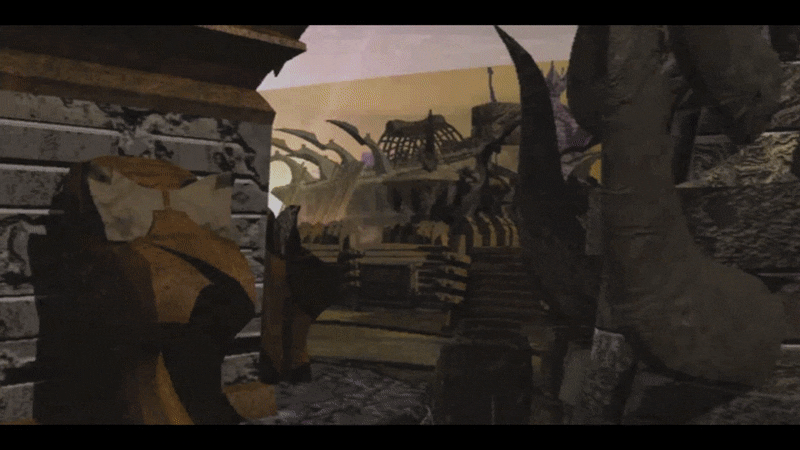
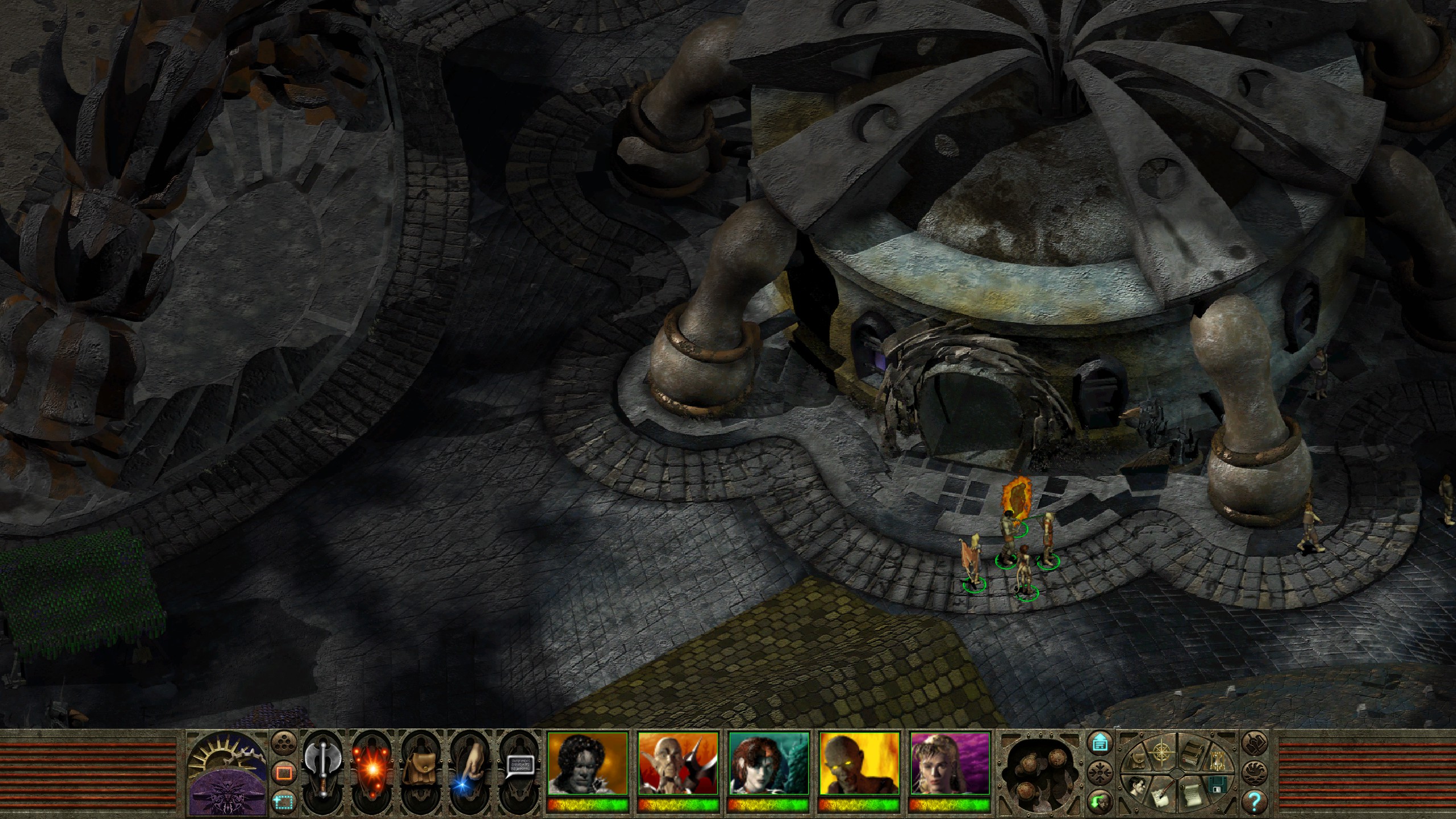
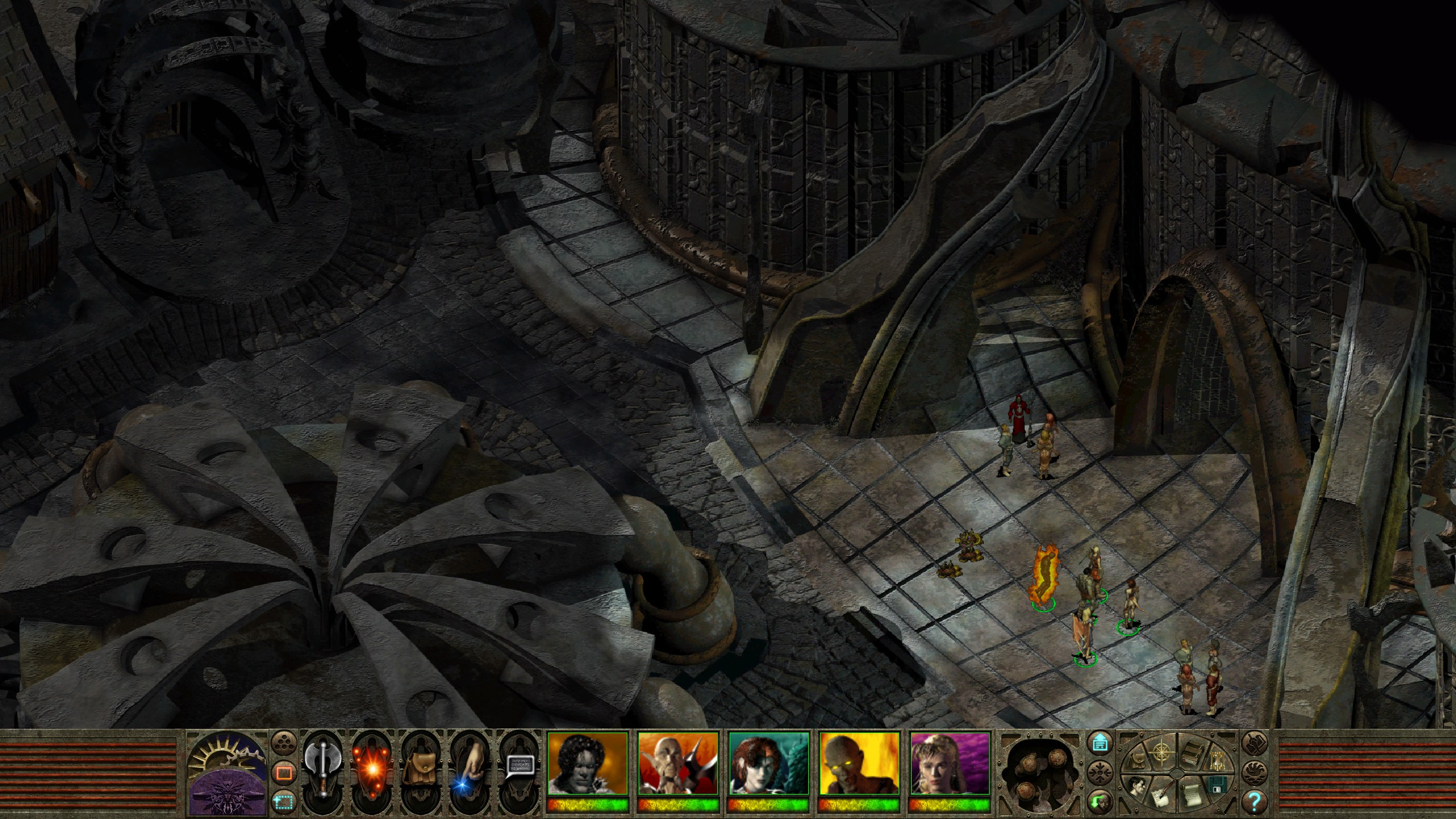
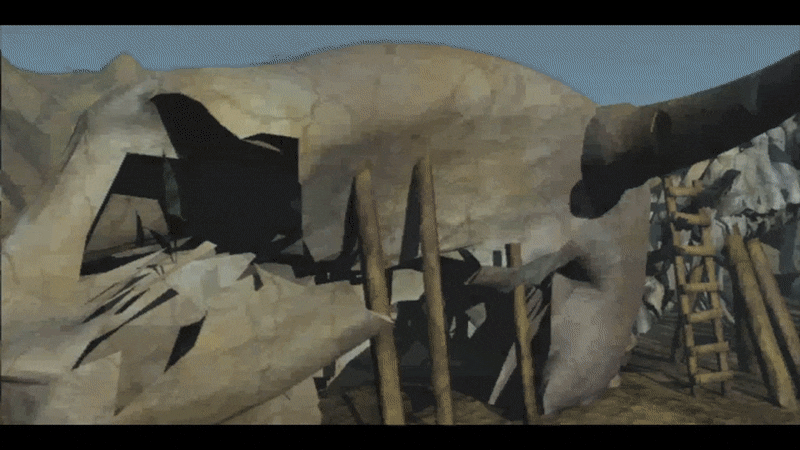
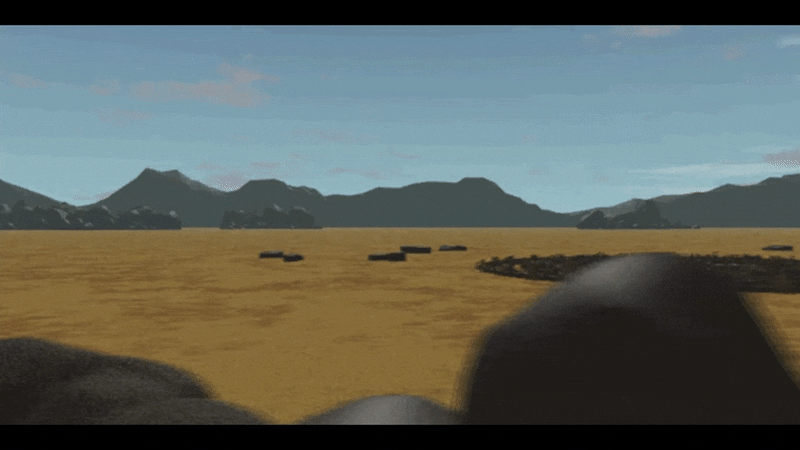
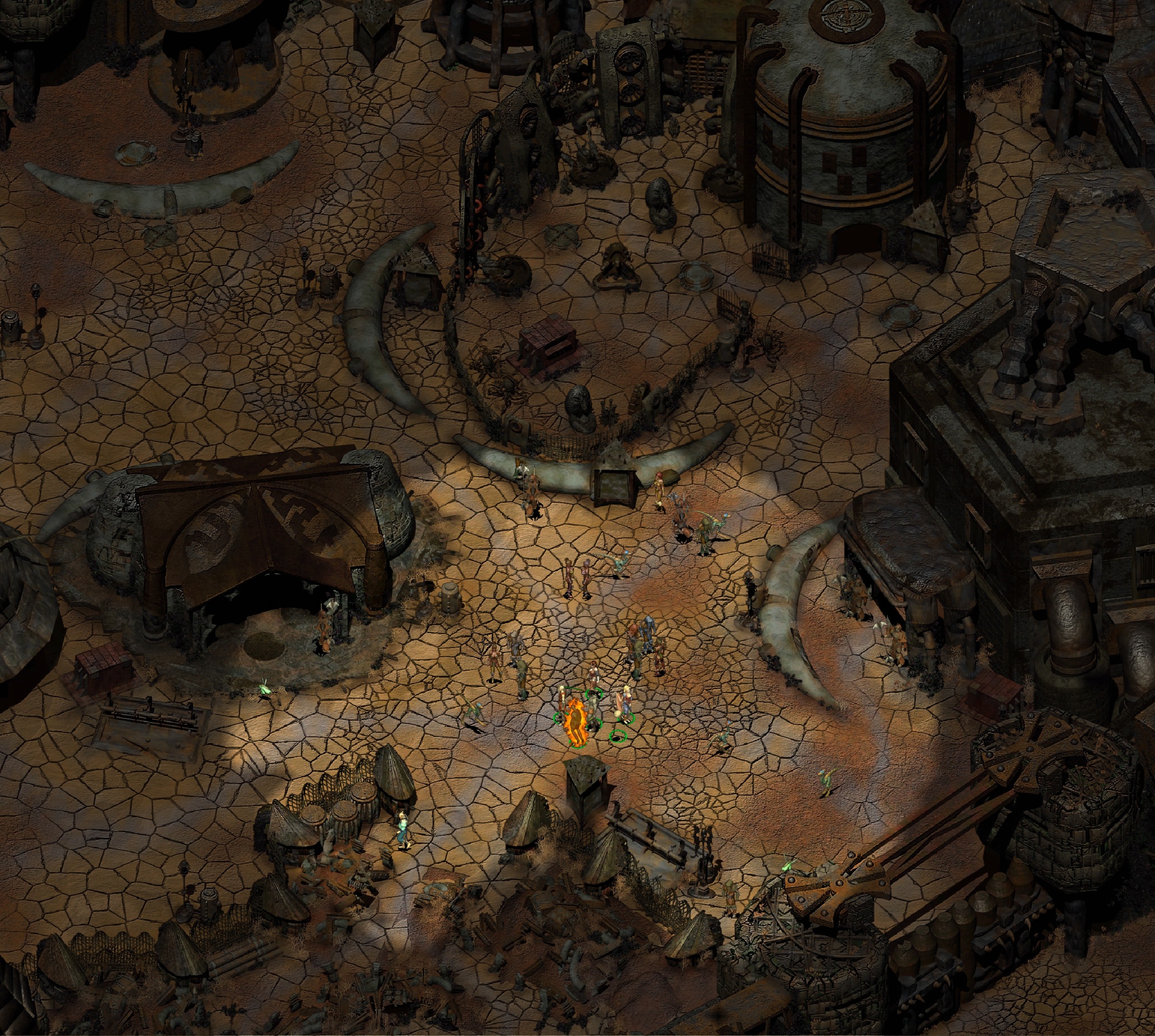


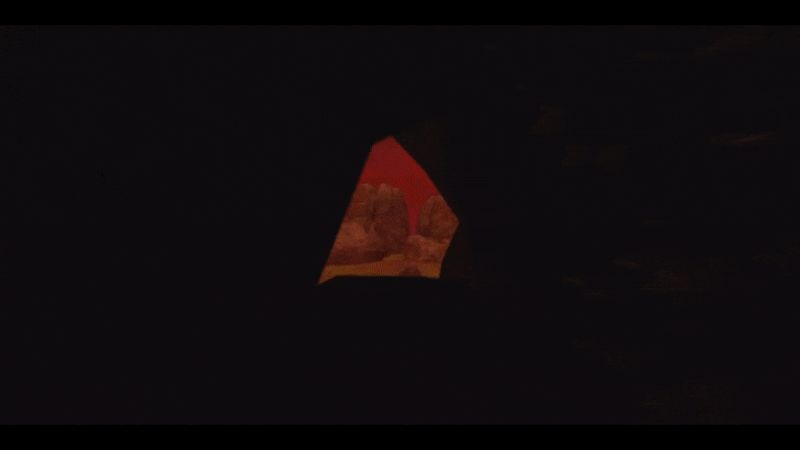
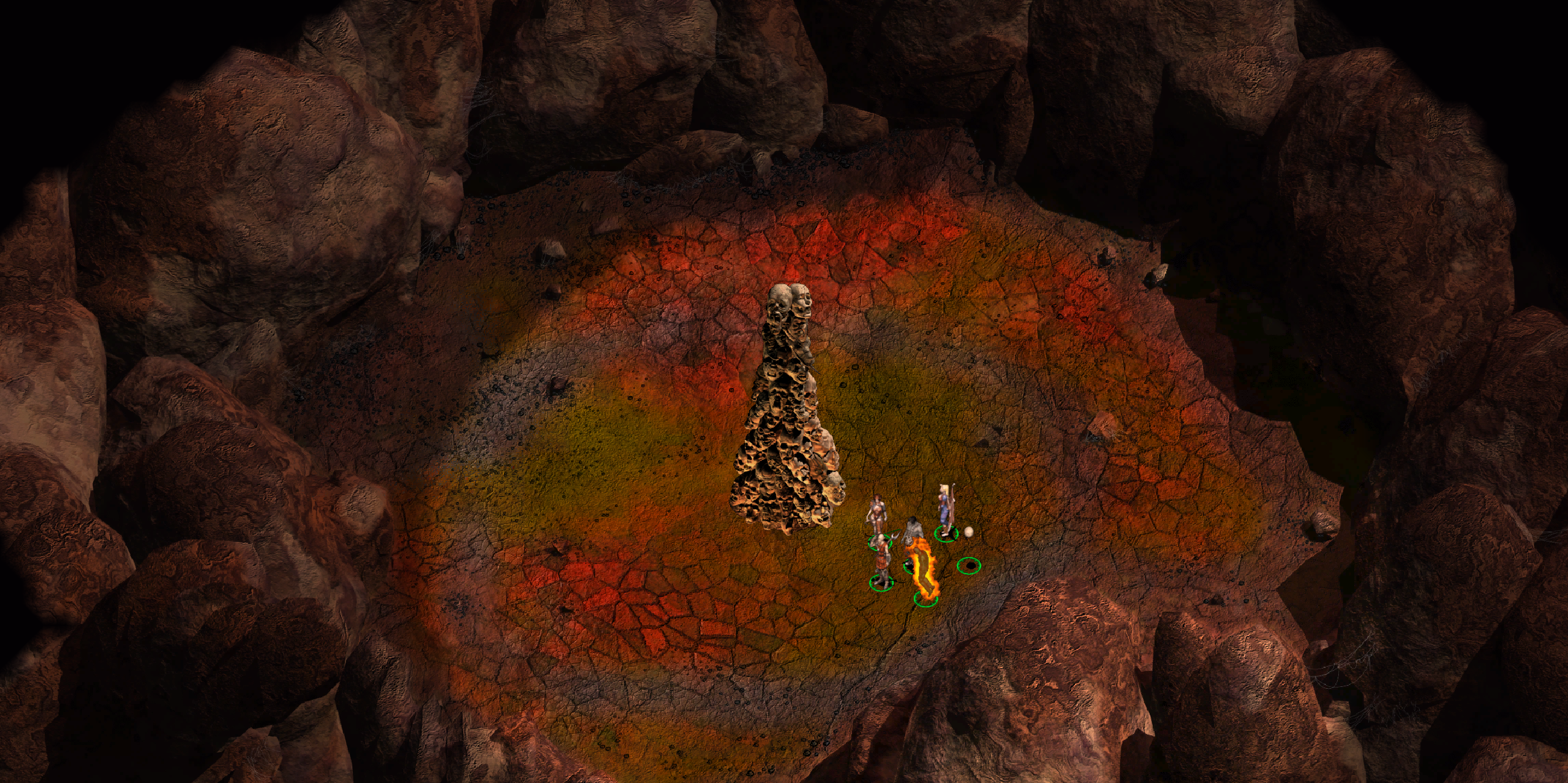
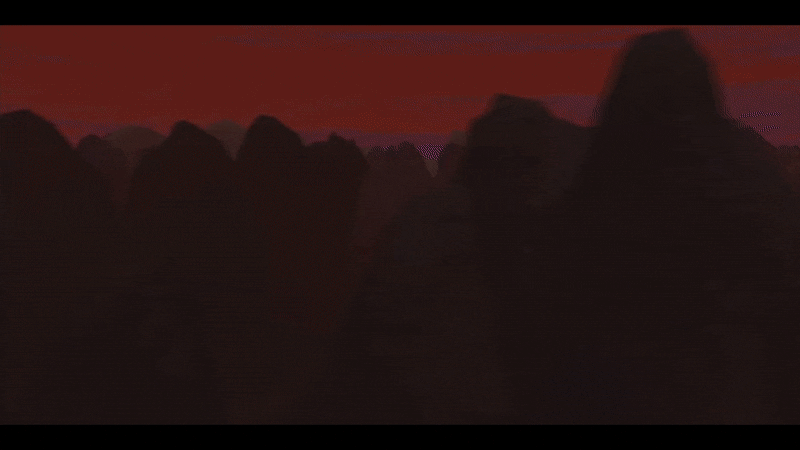

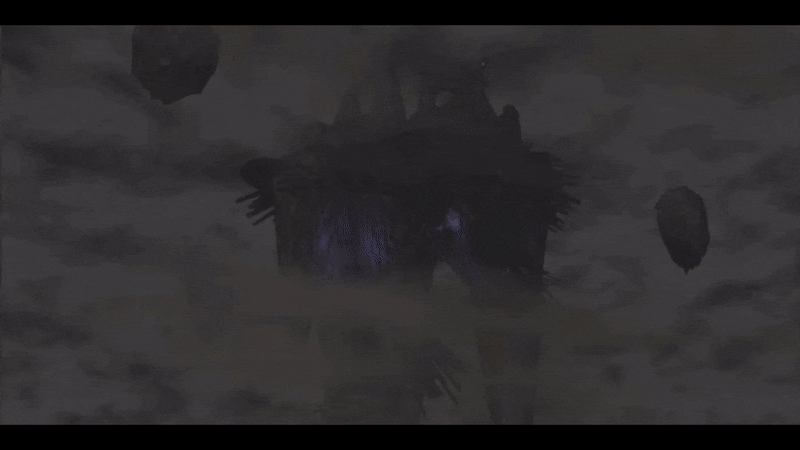
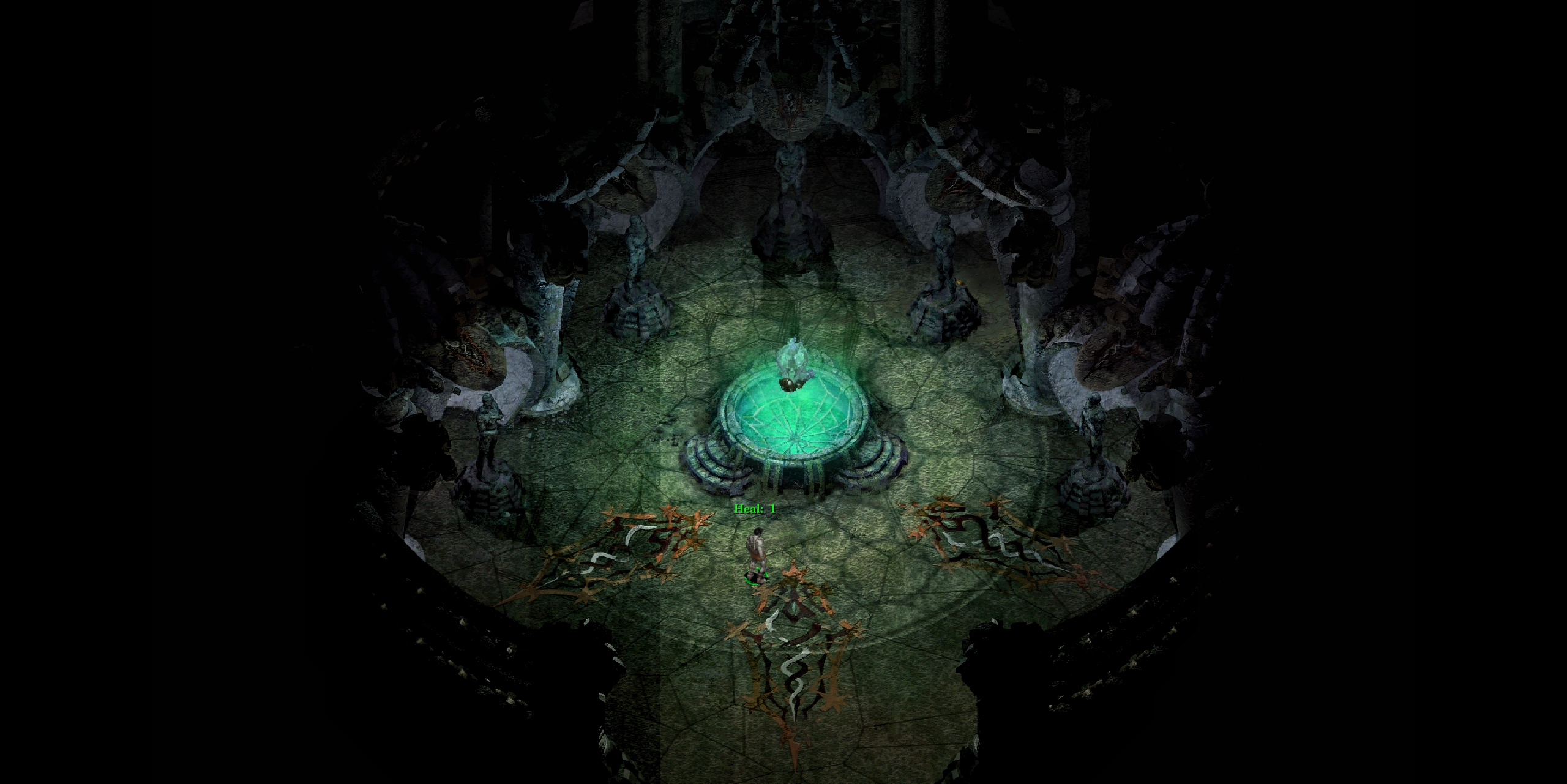
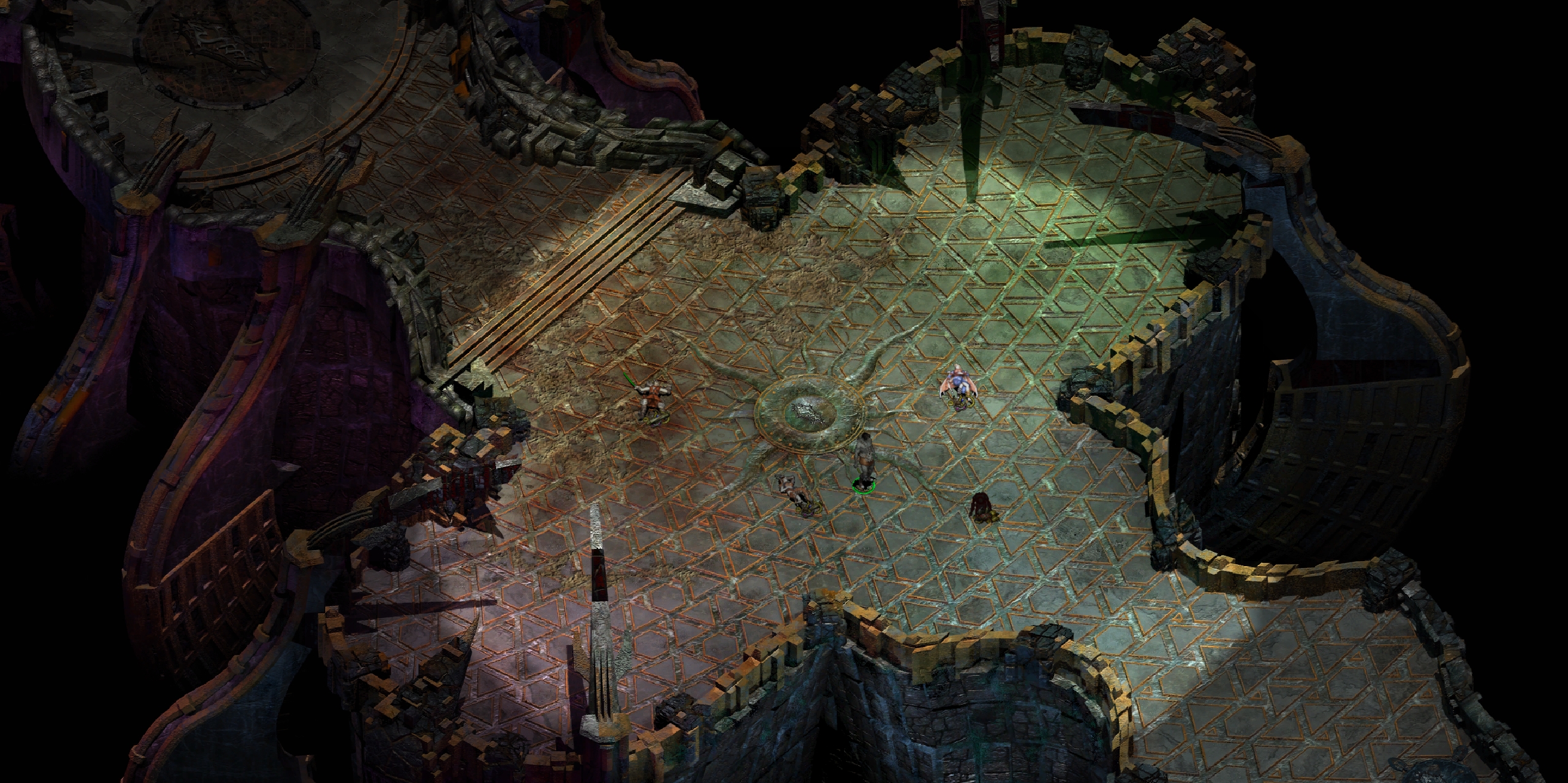
Torment: Tides of Numenera
Torment: Tides of Numenera is a 2017 turn-based RPG and spiritual successor to Planescape: Torment which is featured on the previous page. While it pales in comparison to Planescape: Torment as a game, its artistic brilliance cannot be ignored.
It is an isometric 2.5D RPG, but the best looking game of its kind. 2.5D means a mix of 2D and 3D elements; the environments themselves are 2D computer generated images, but the per-pixel lighting system, many objects, and characters are all 3D. The 2D backgrounds are also larger resolution than most other 2D/2.5D games, allowing for an unprecedented amount of zoom for a 2.5D isometric RPG.
It takes place in The Ninth World, which is Earth billions of years in the future after the rise and fall of a countless amount of great civilizations (not actually 8 previous civilizations as the name implies). It is a very unique Sci-Fi fantasy universe.
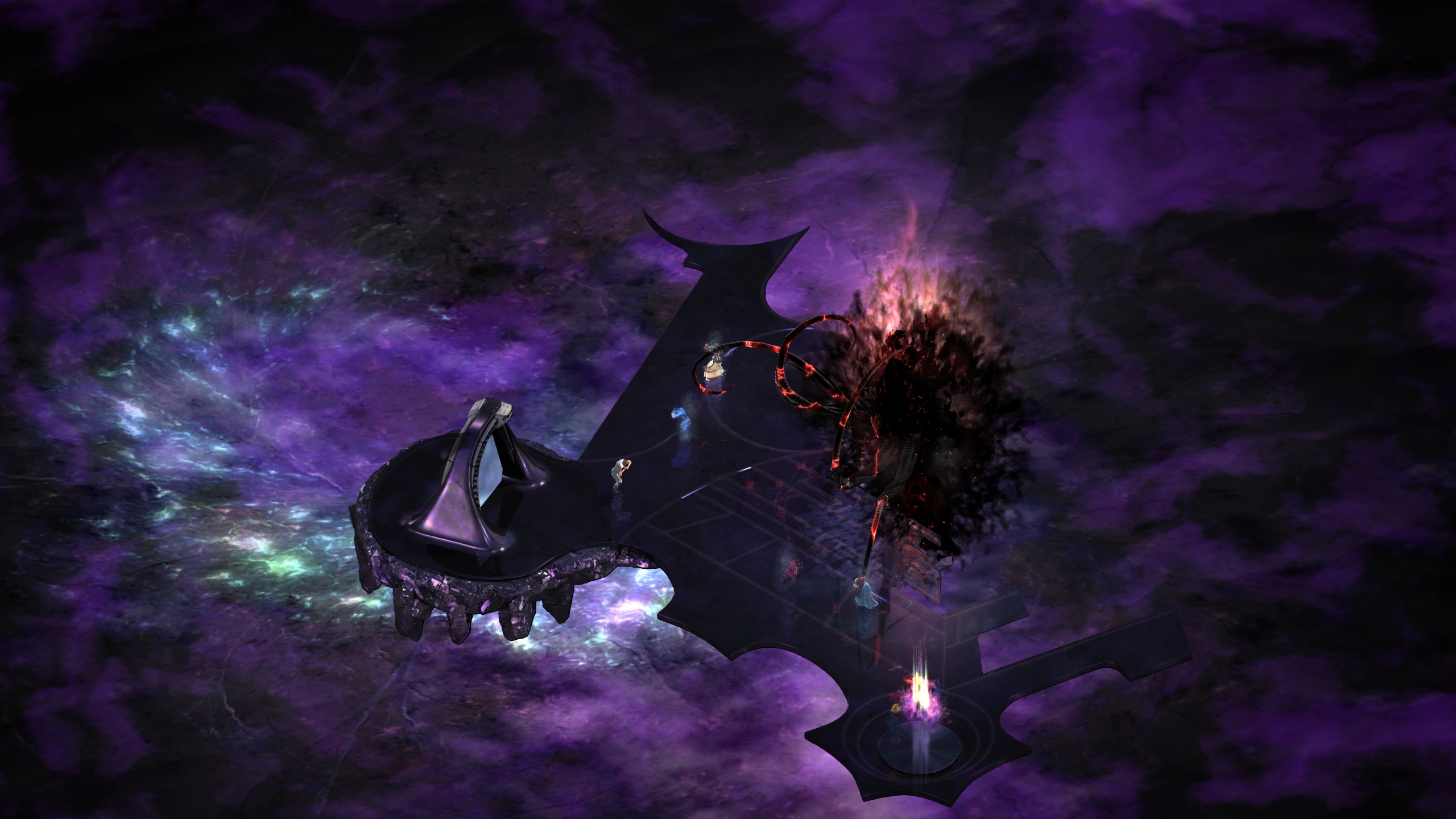
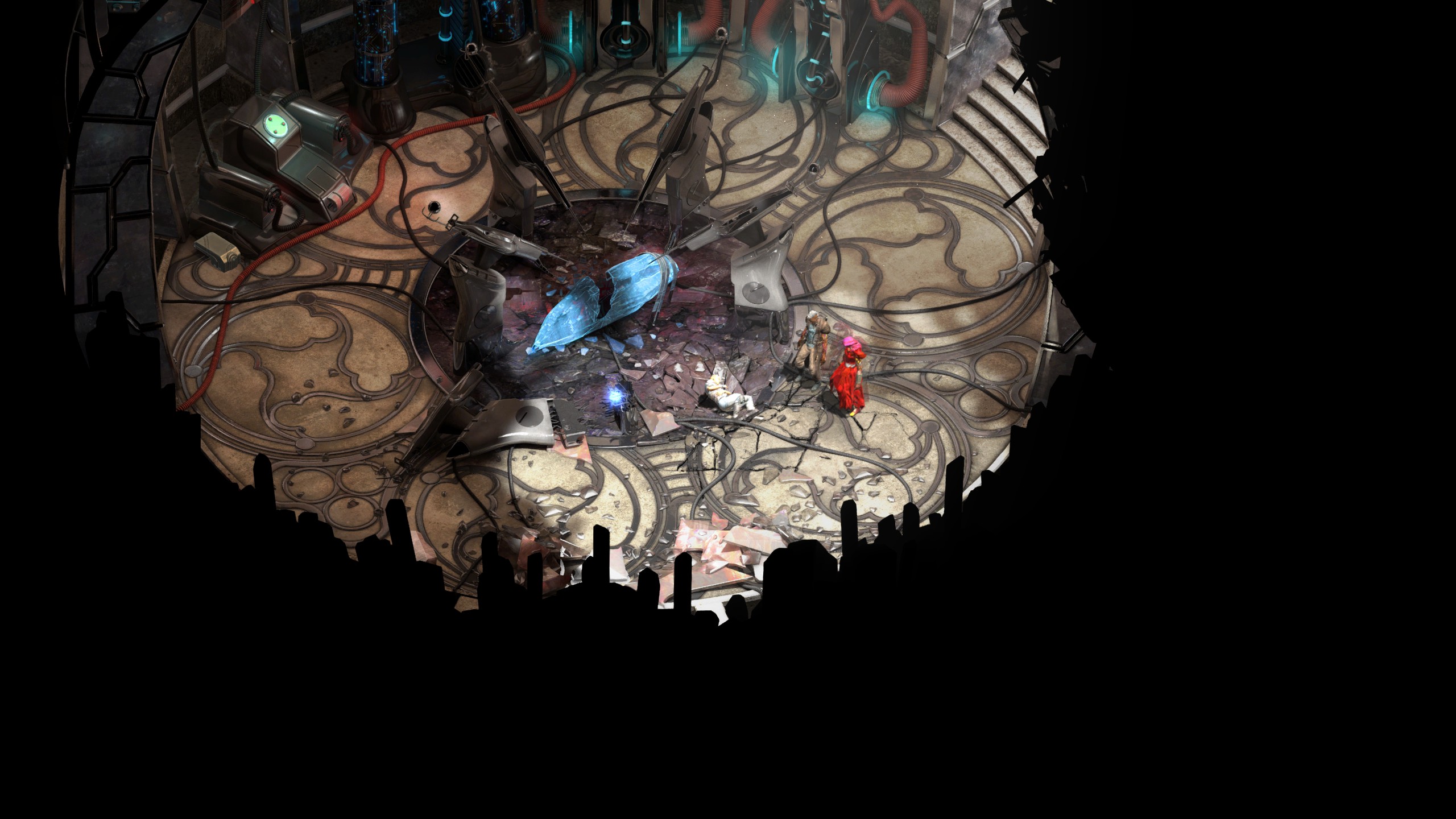


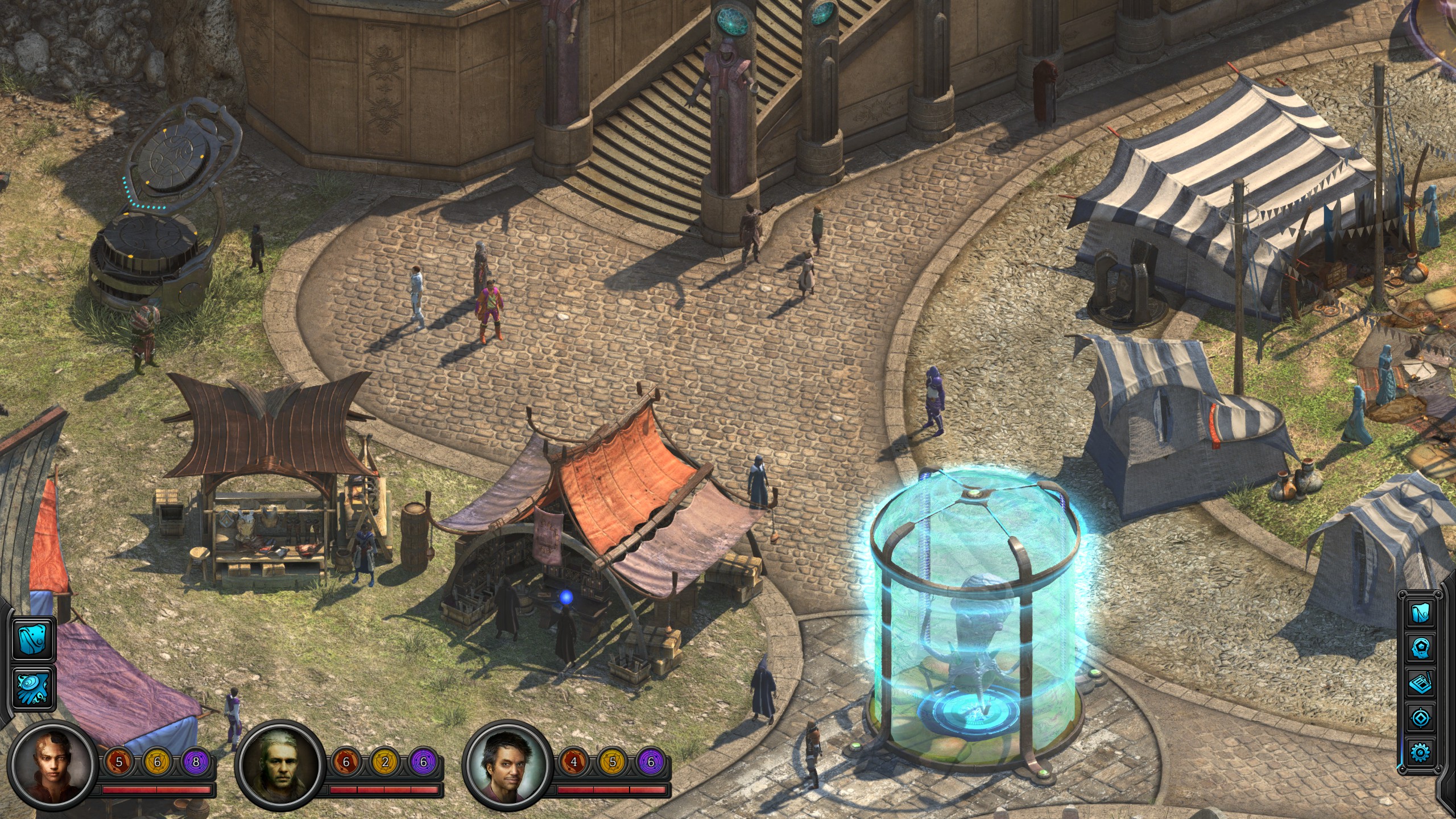

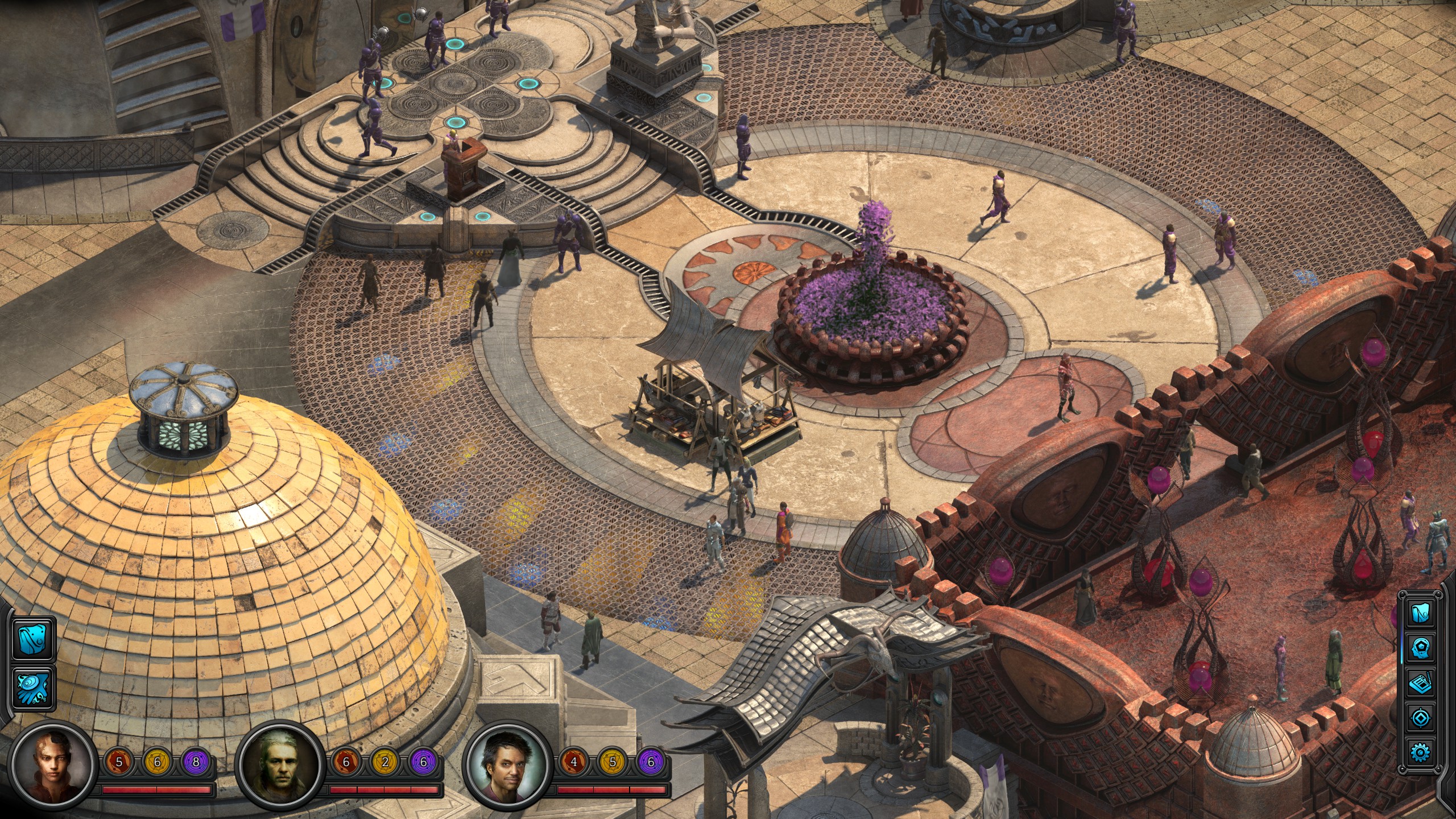
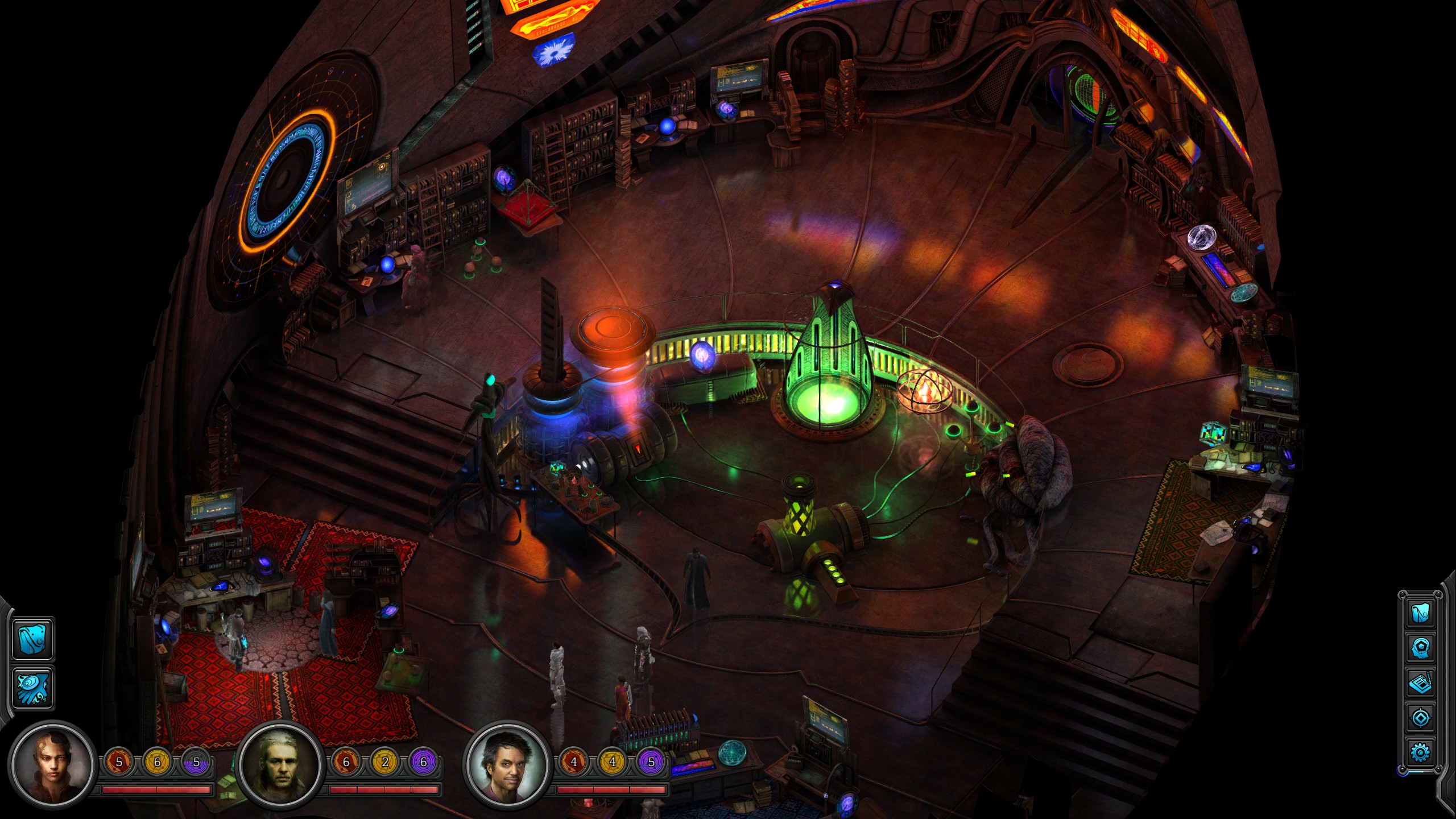
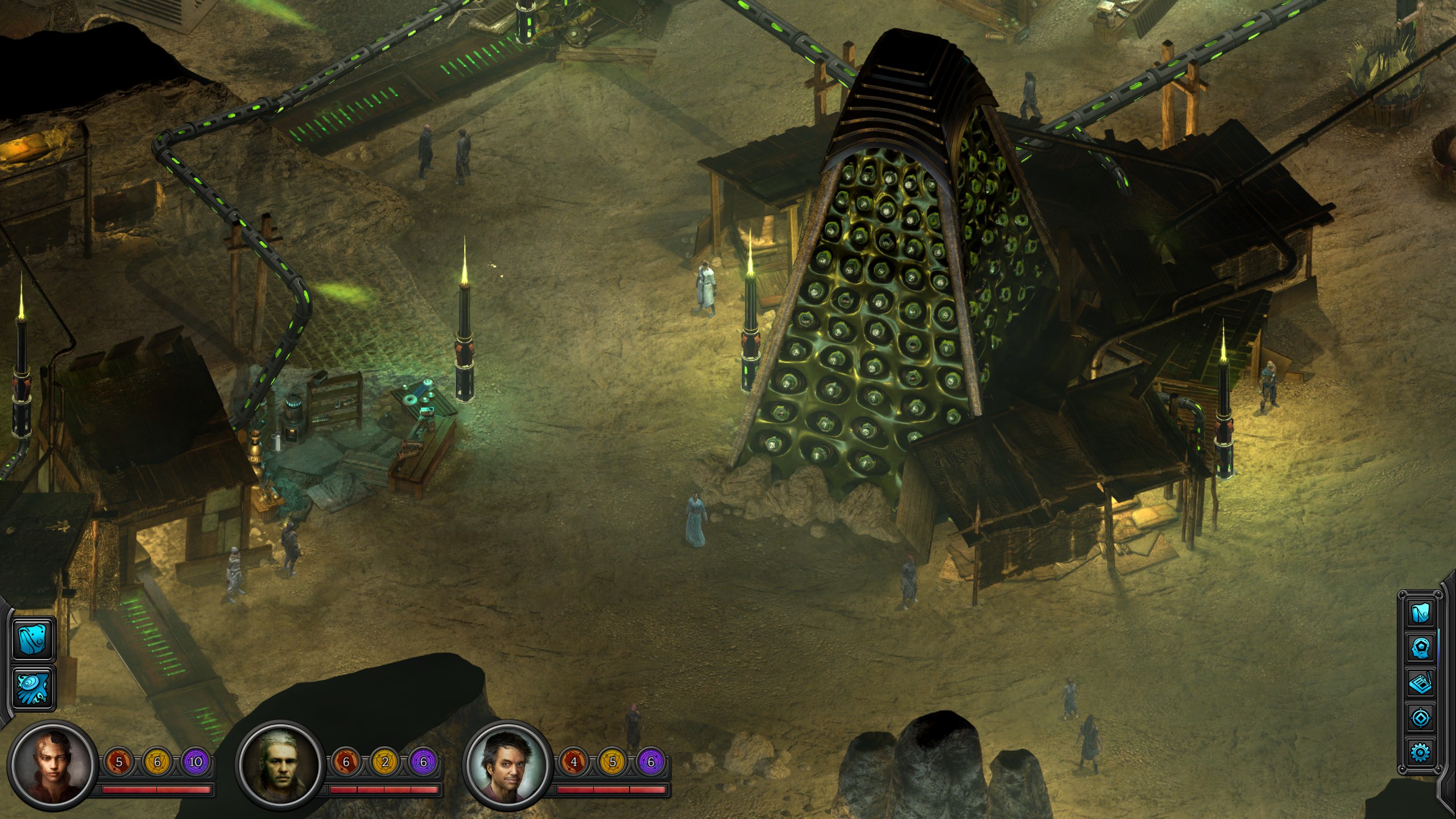
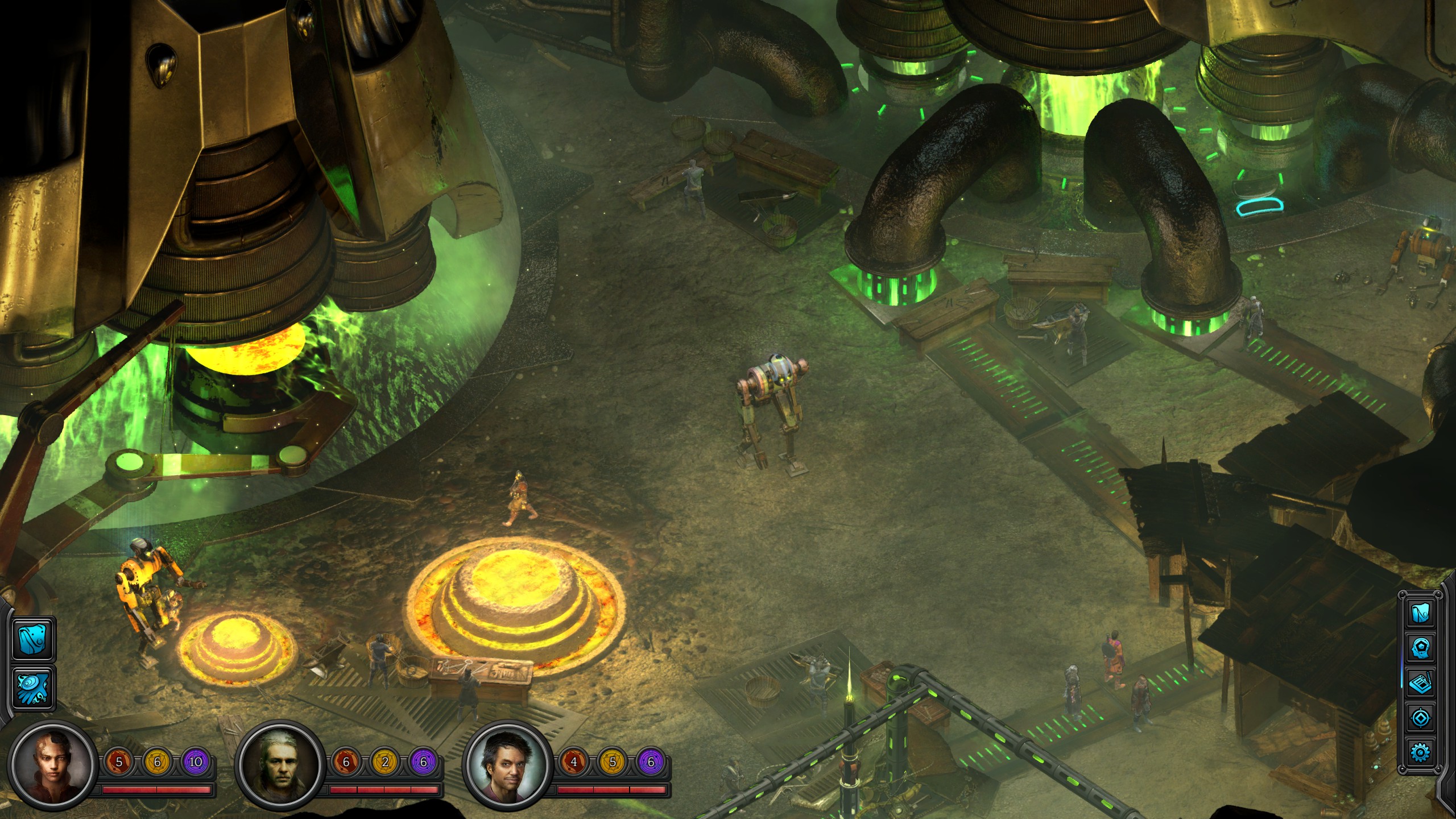


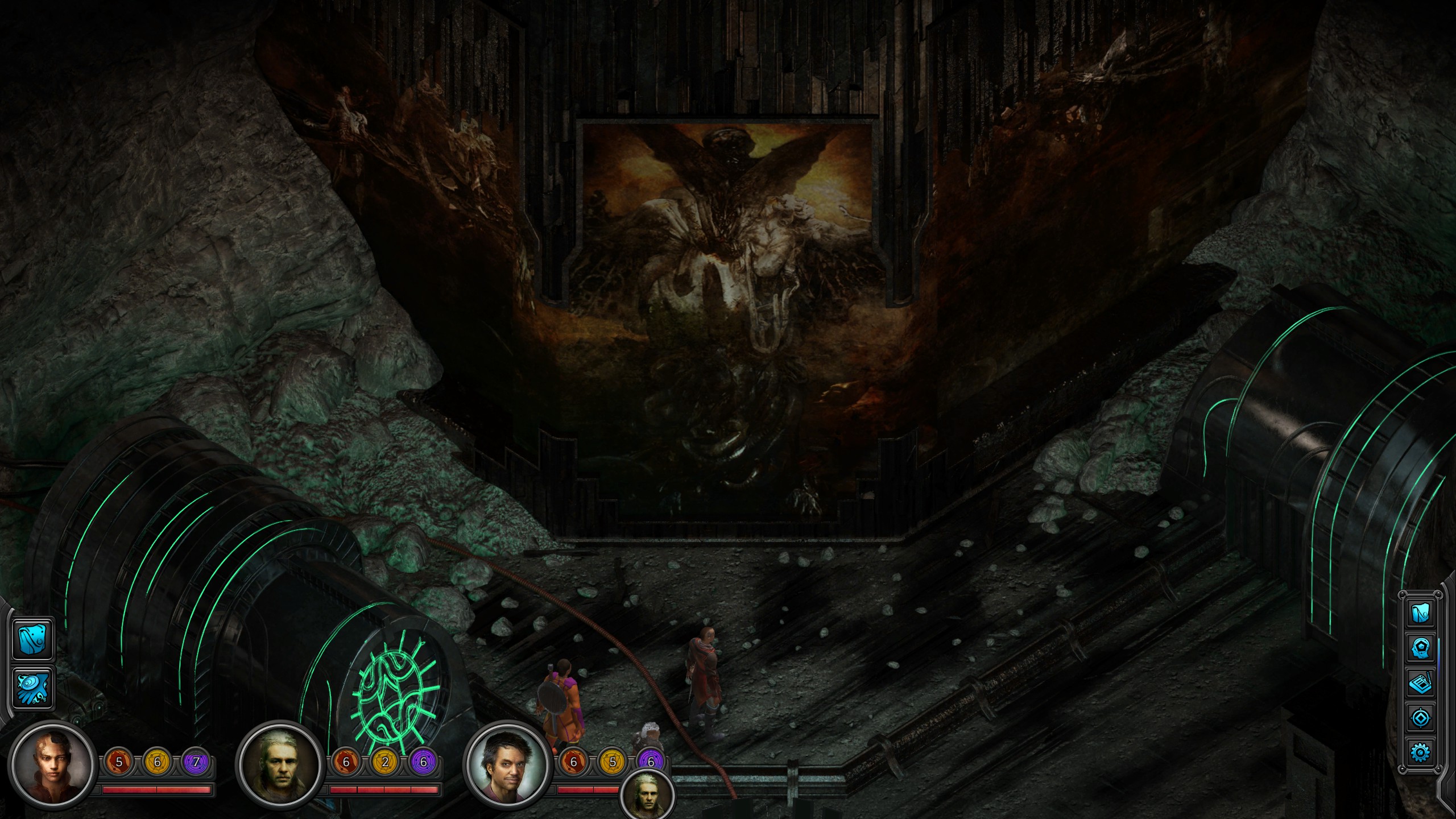

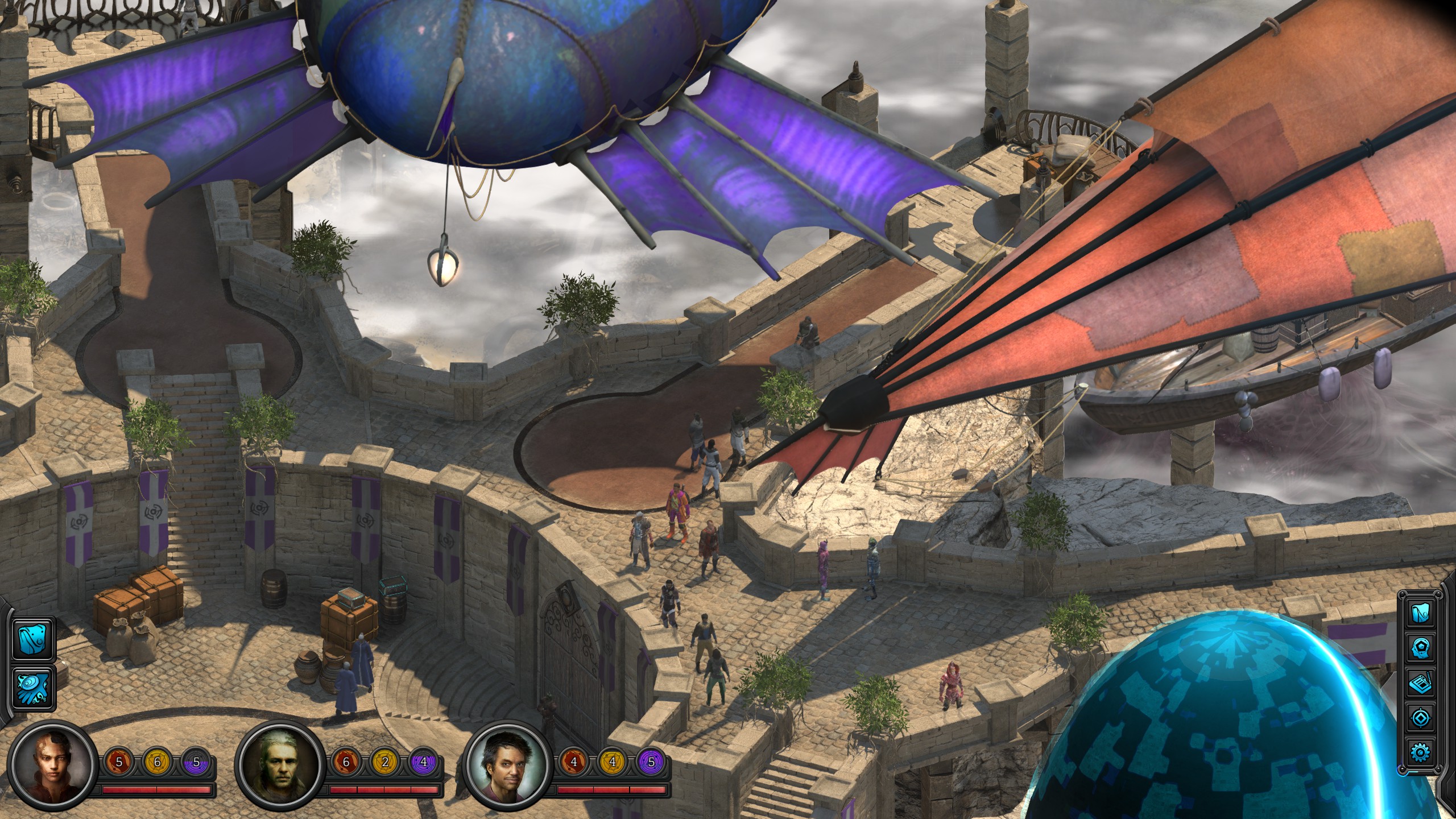
The oddly low quality, low resolution airships and their sails stand out as eye sores here.
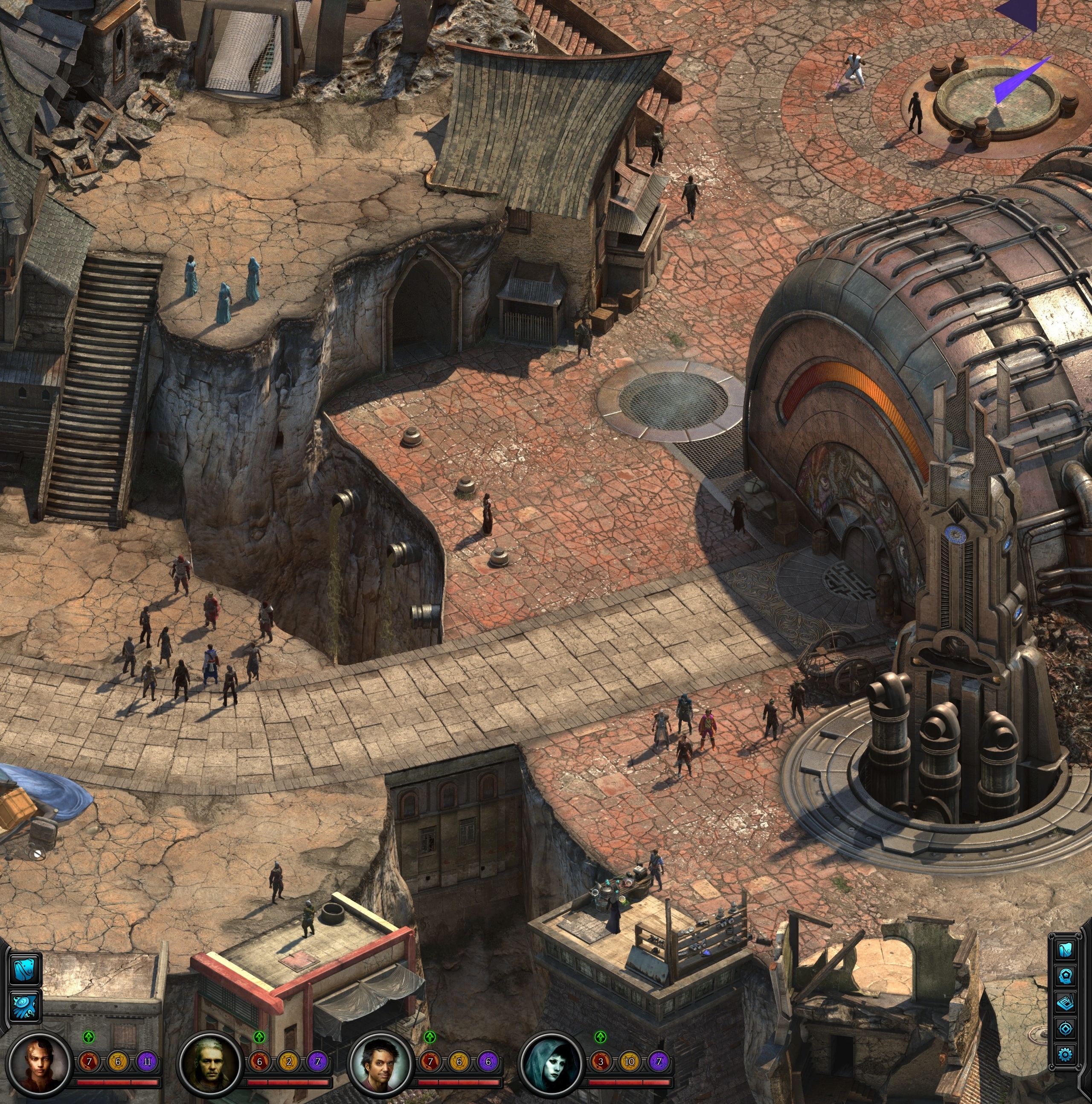
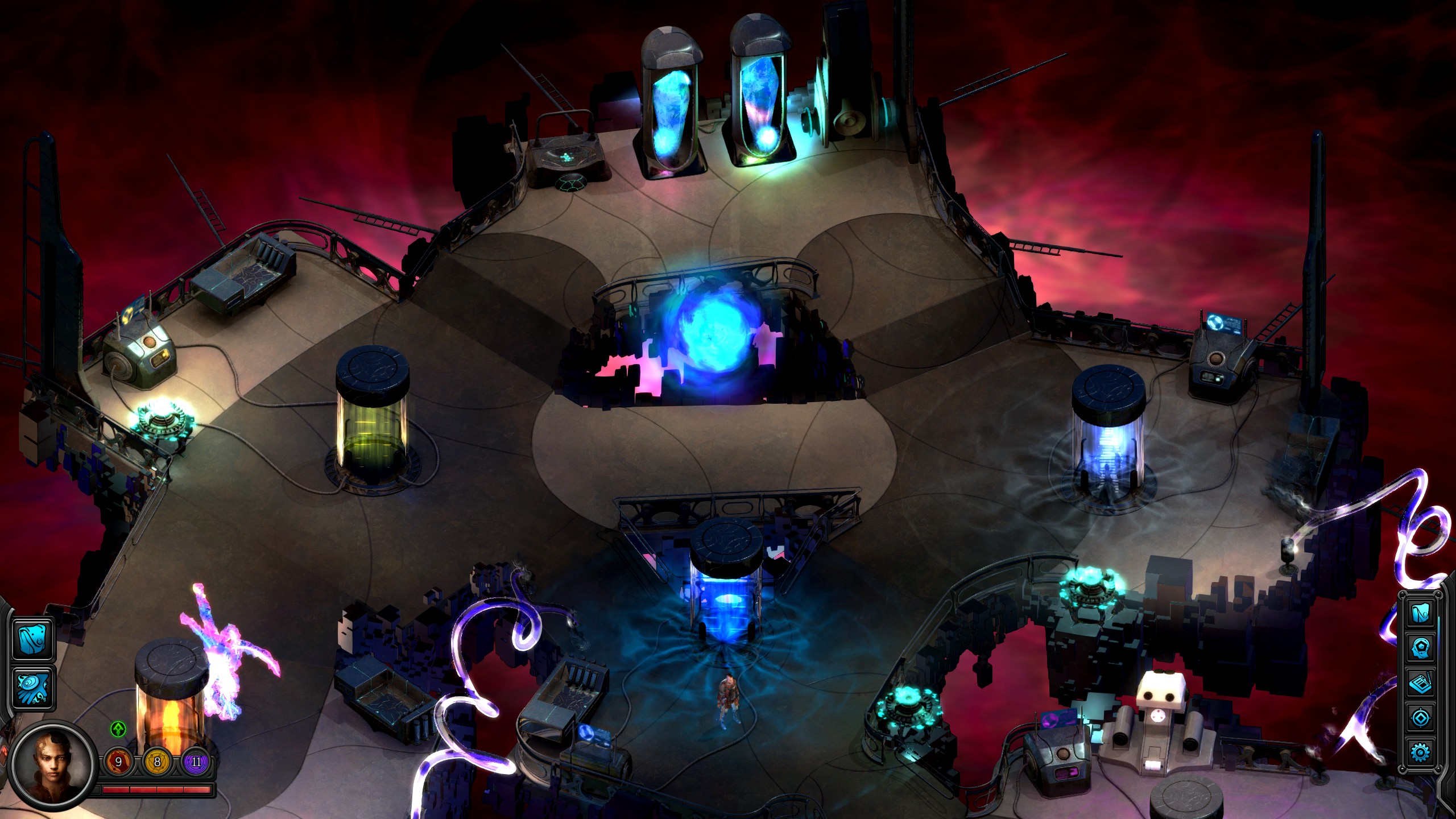
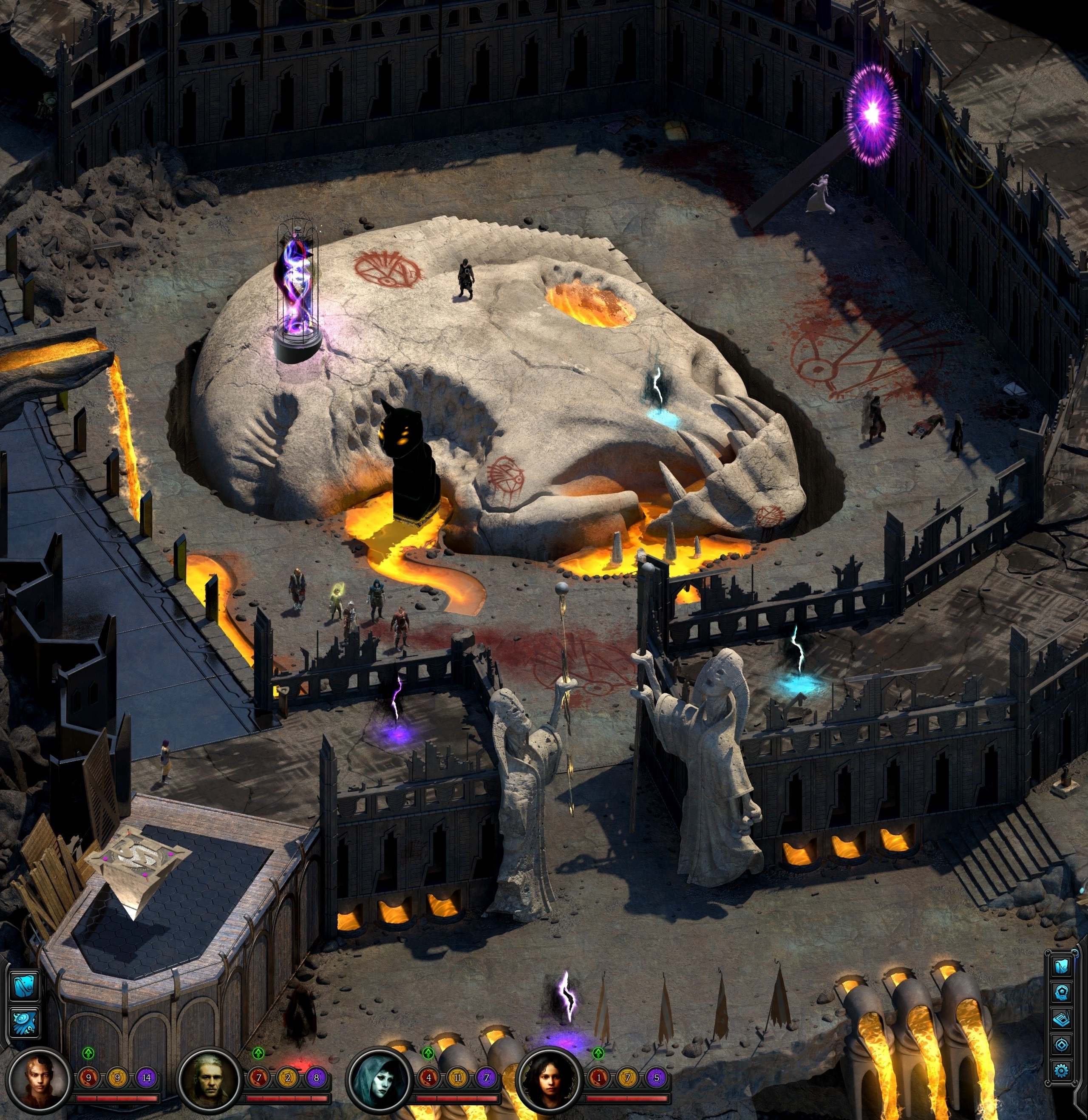
What a fantastic, one of a kind setting! Now if only the game made better use of it with its writing, quest design, and role-playing.

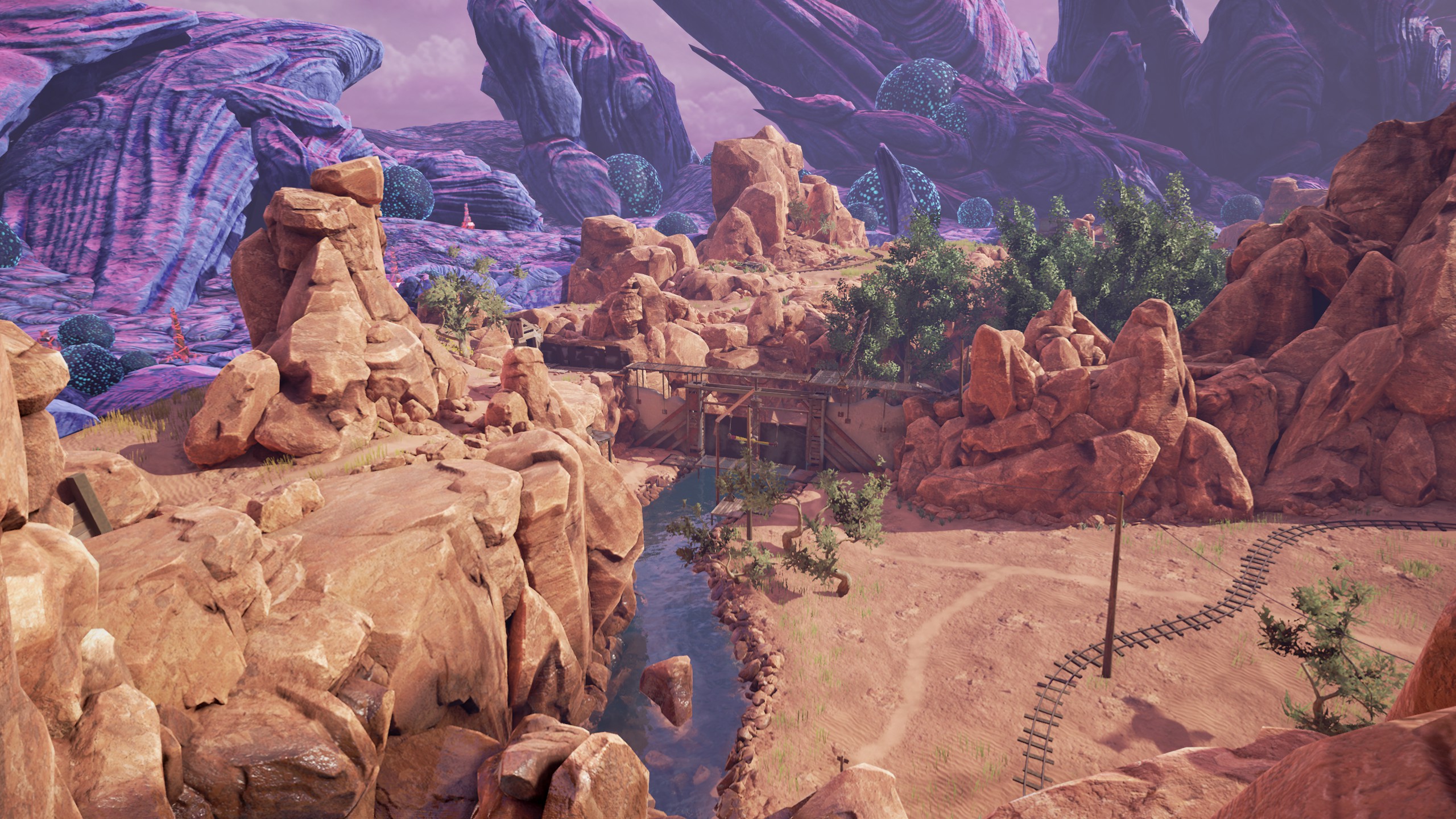

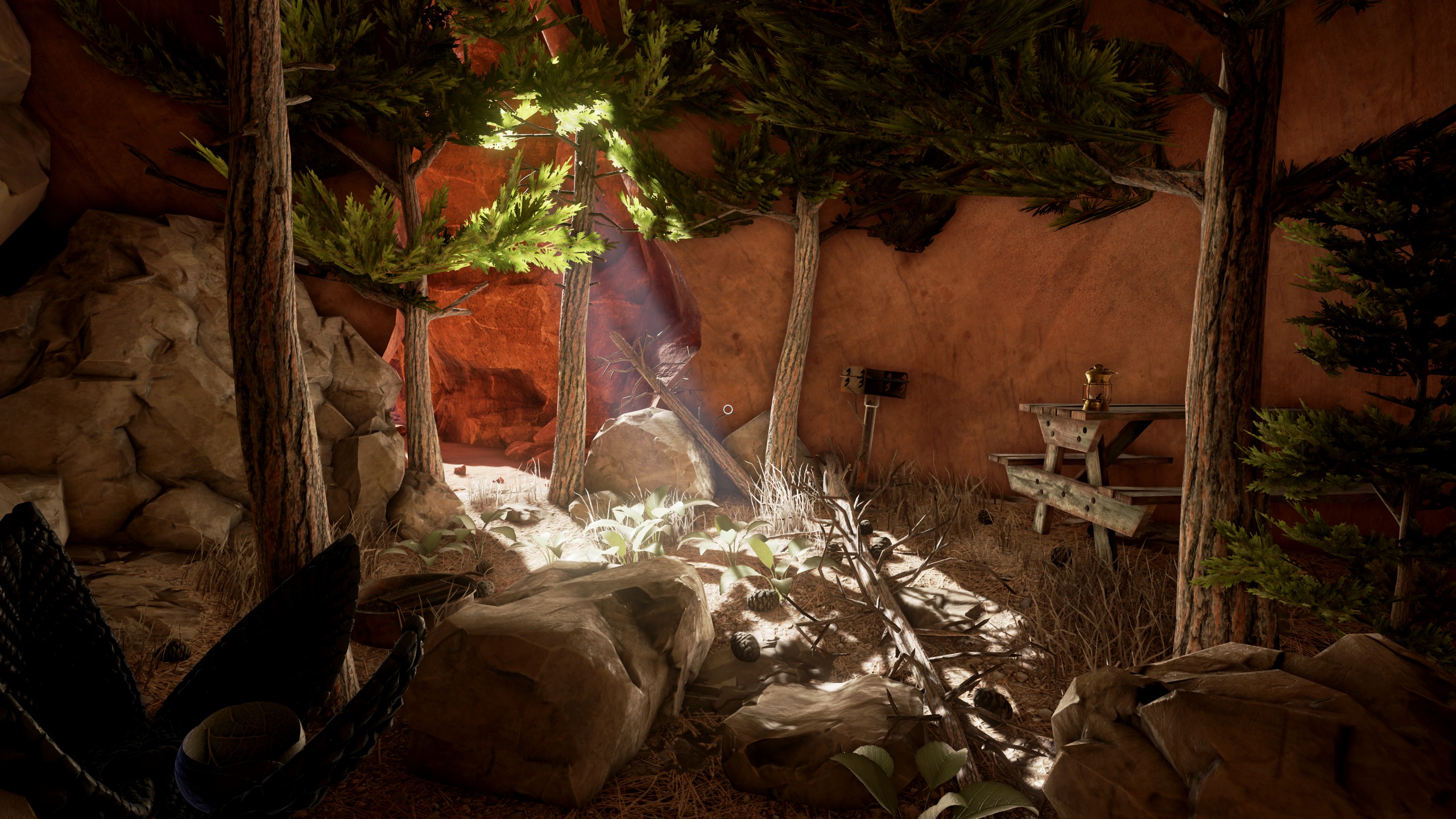
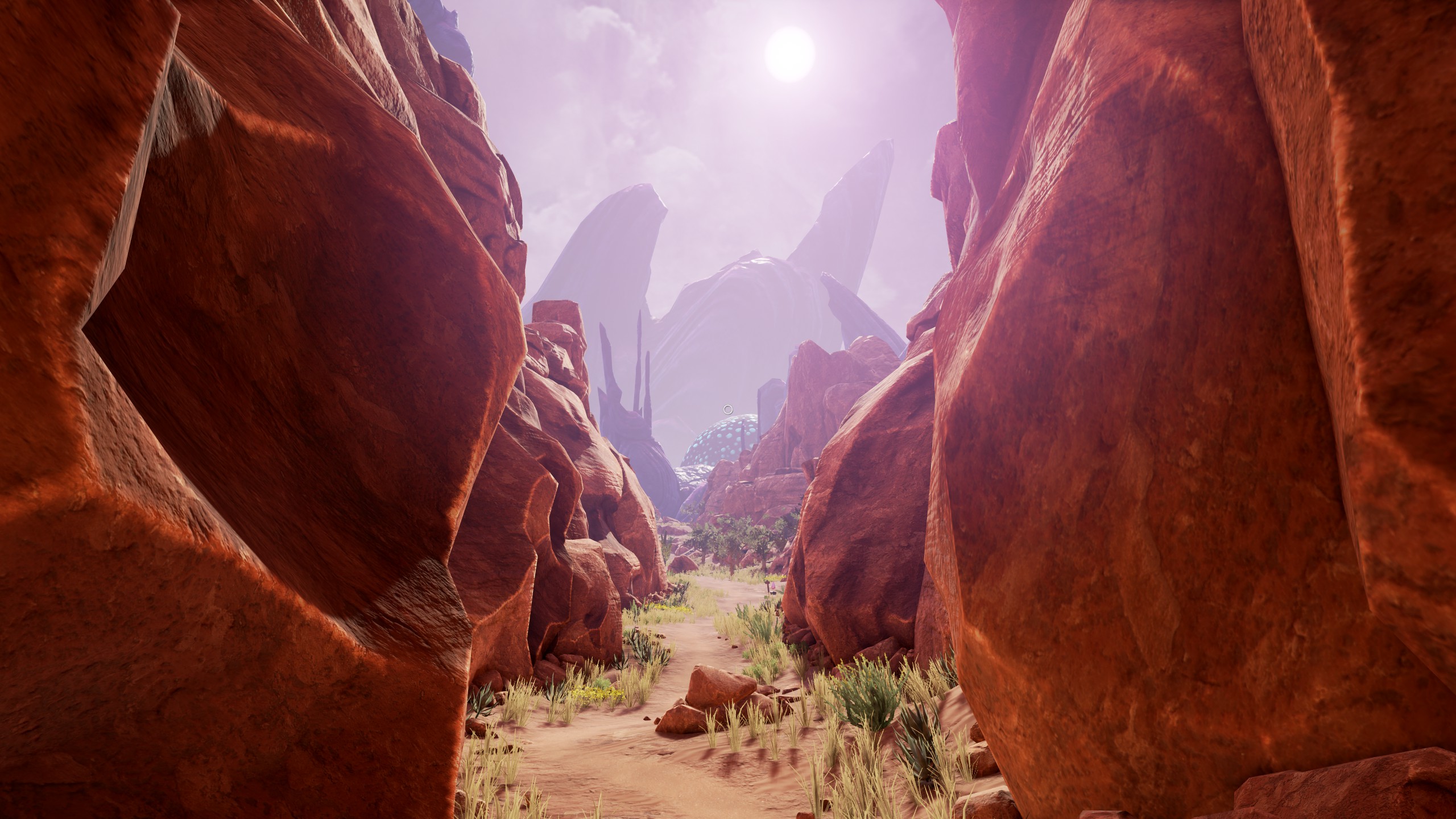
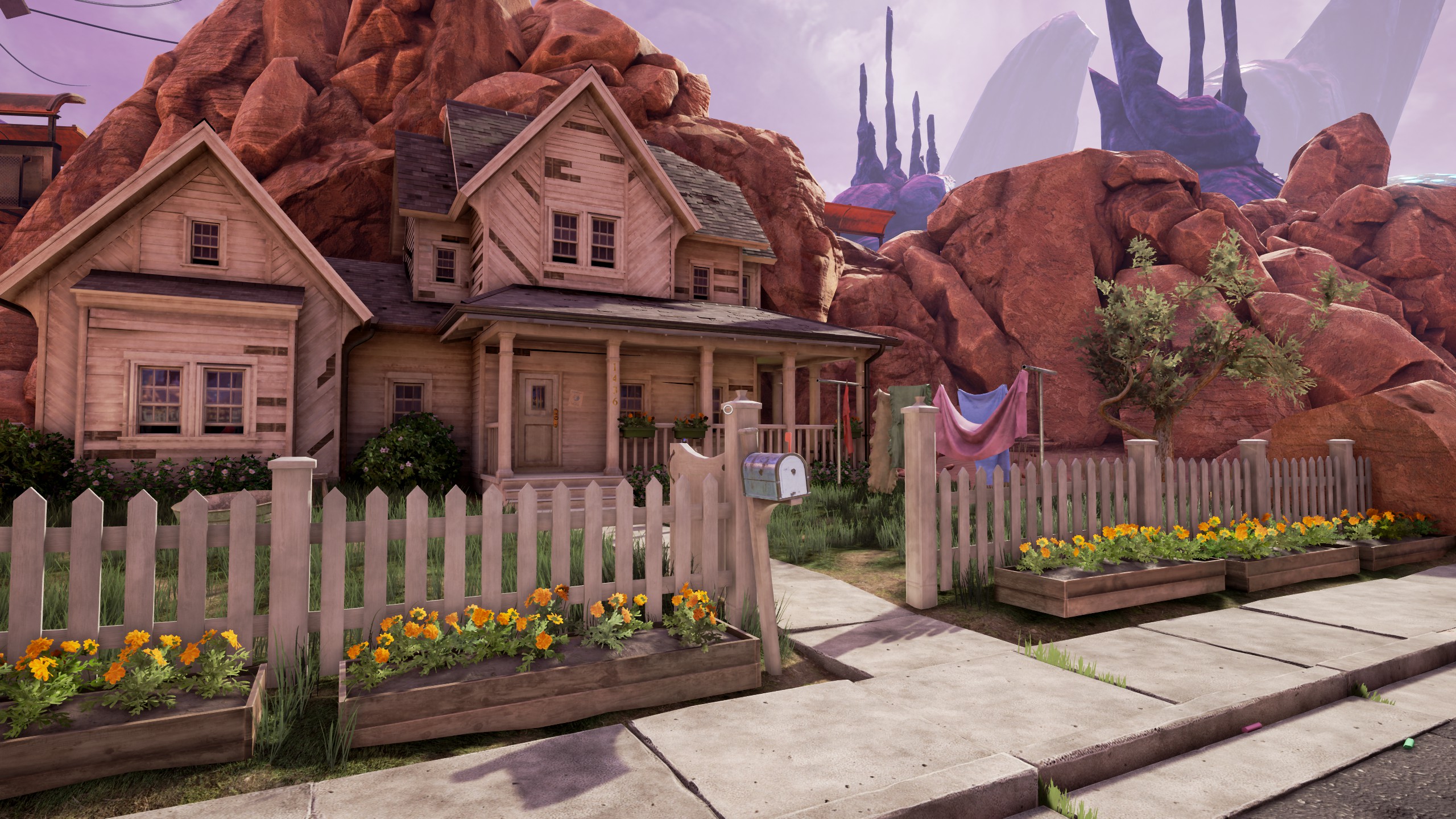
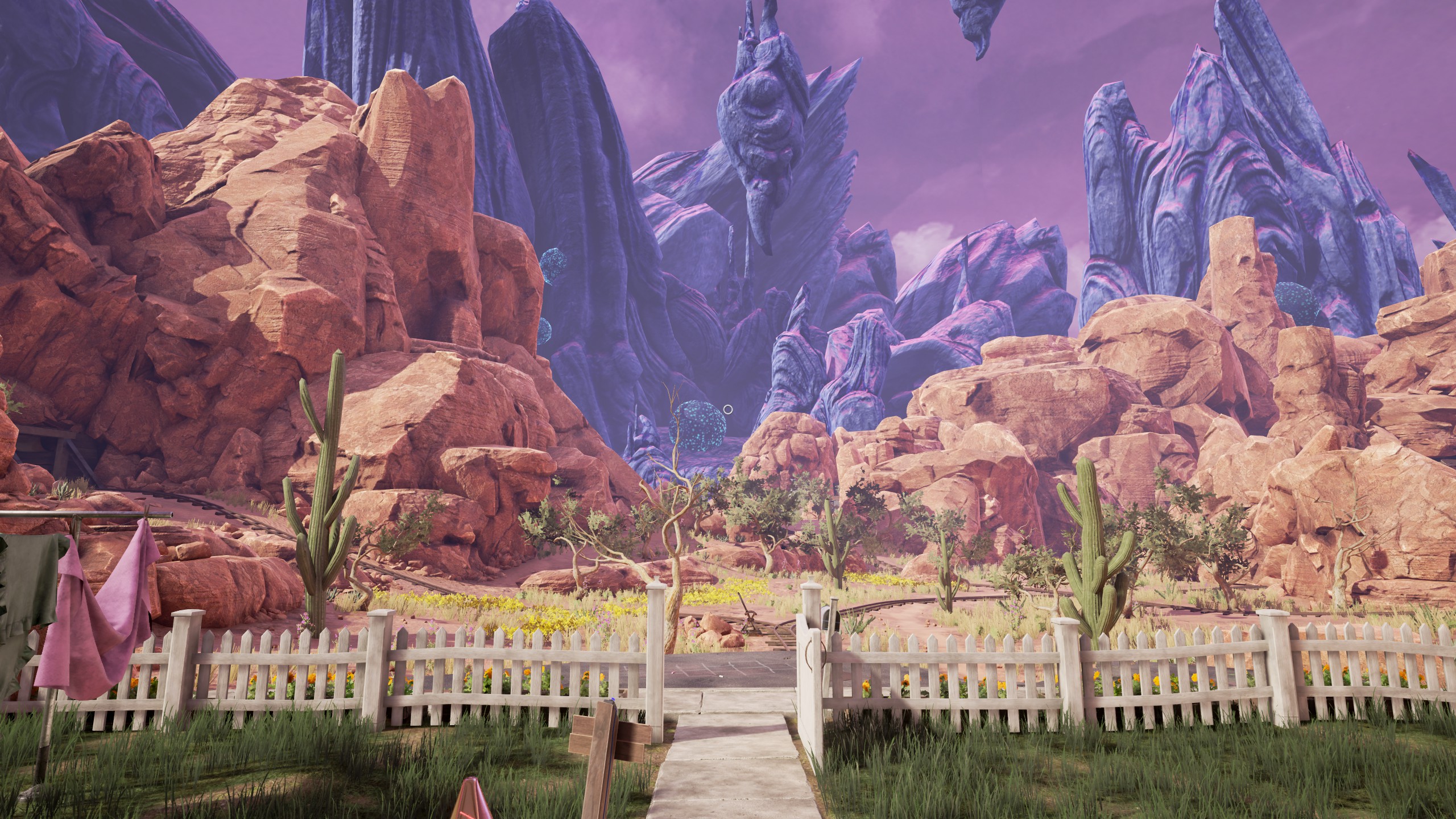
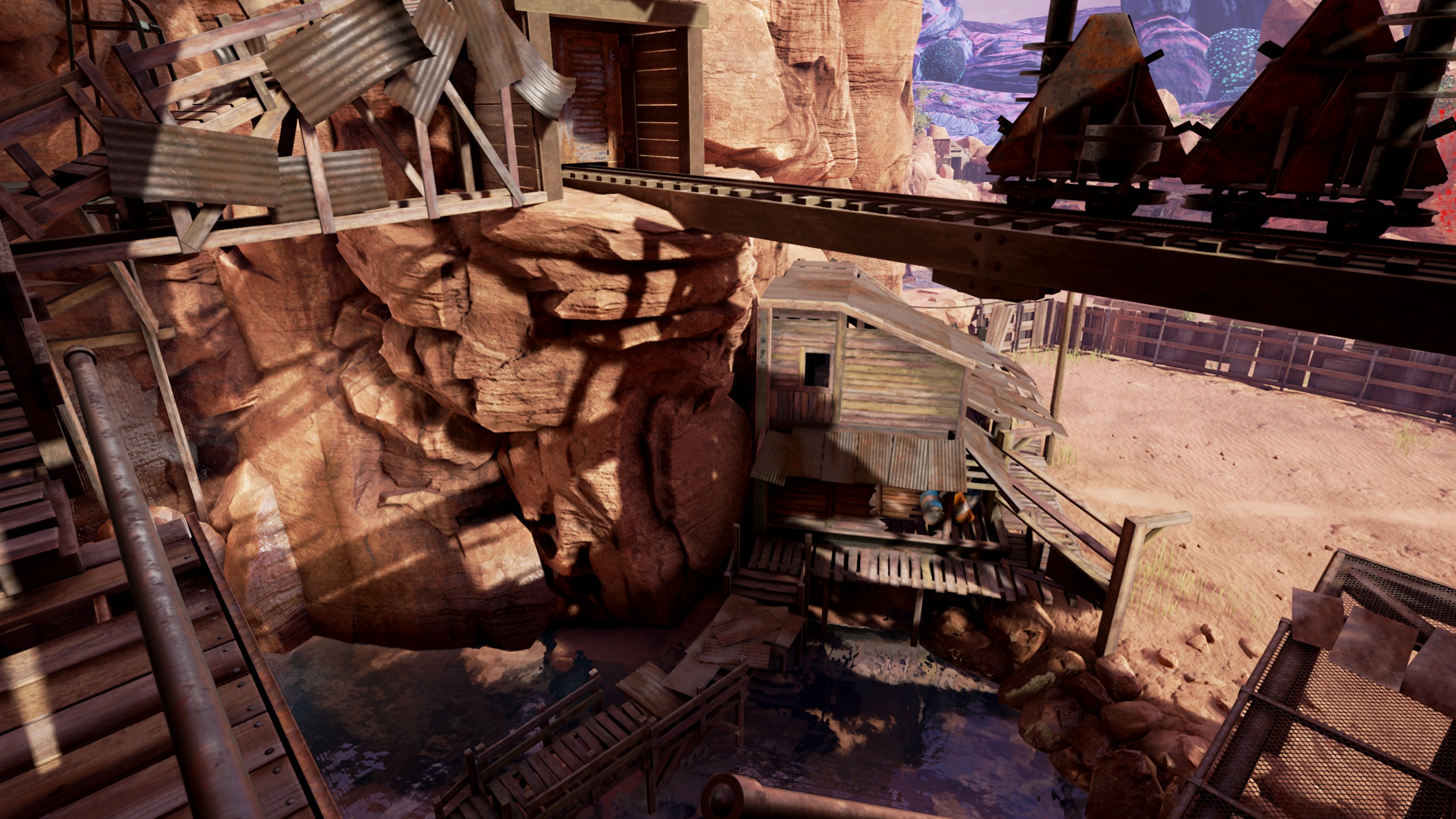
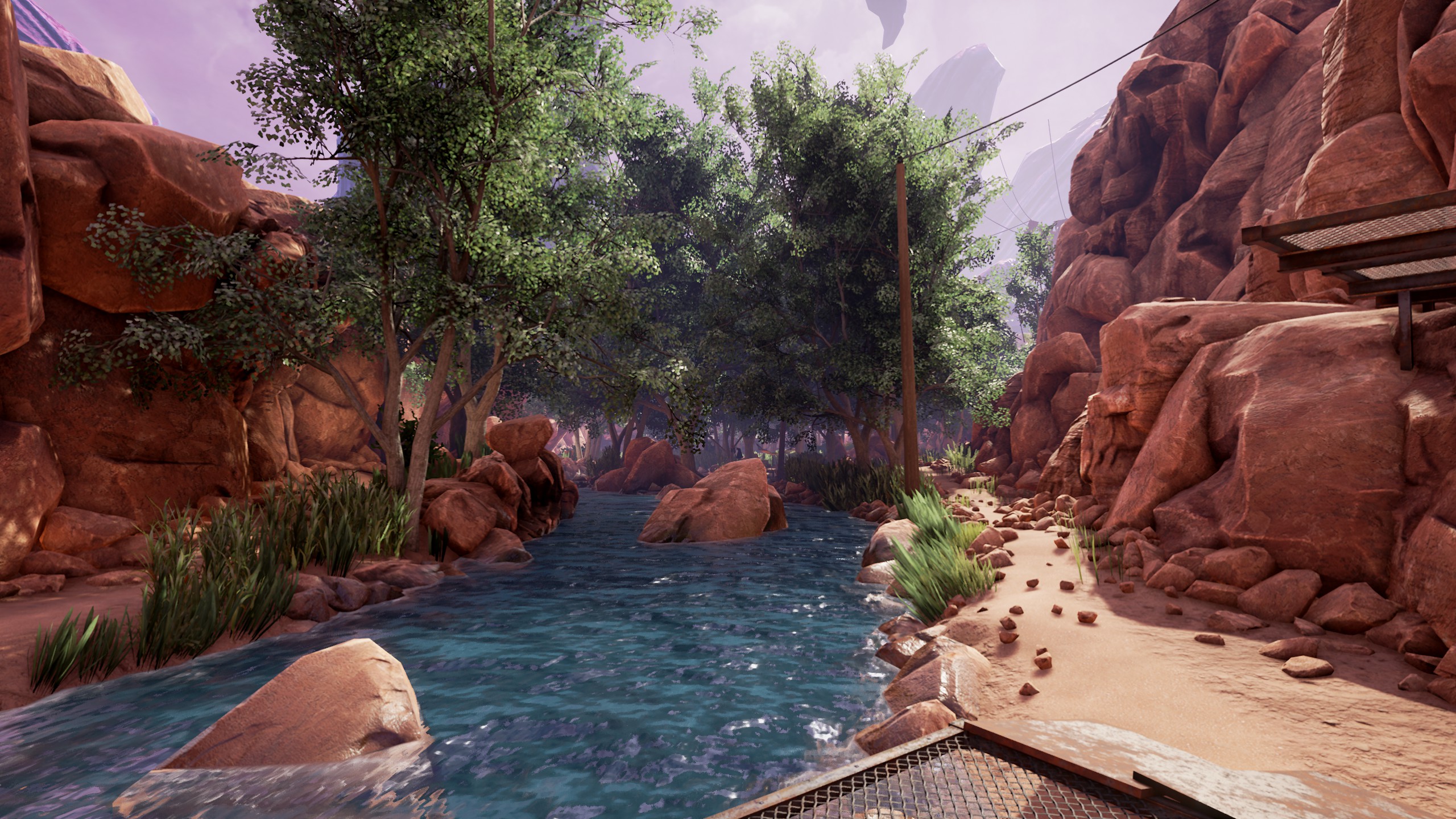
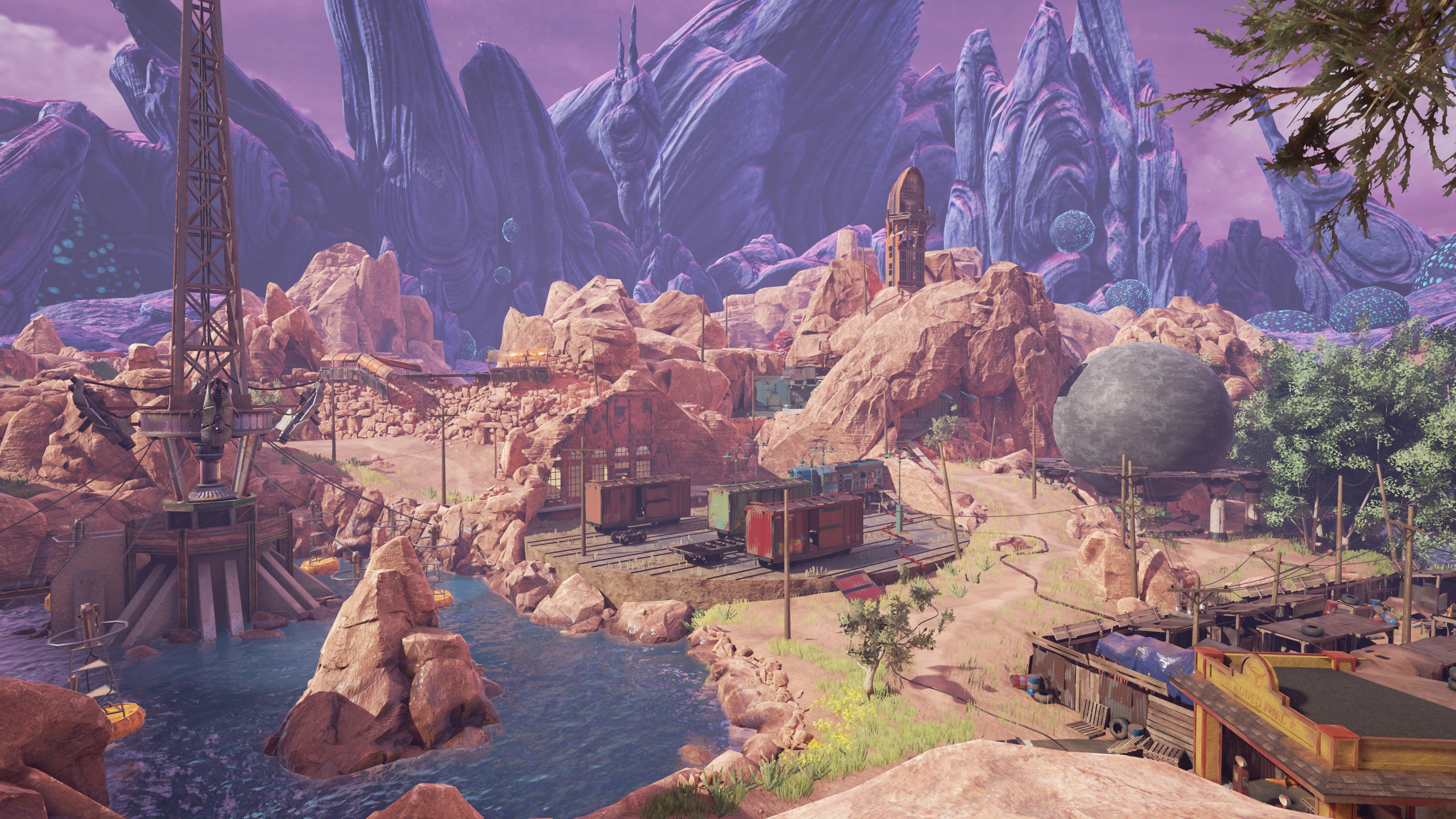
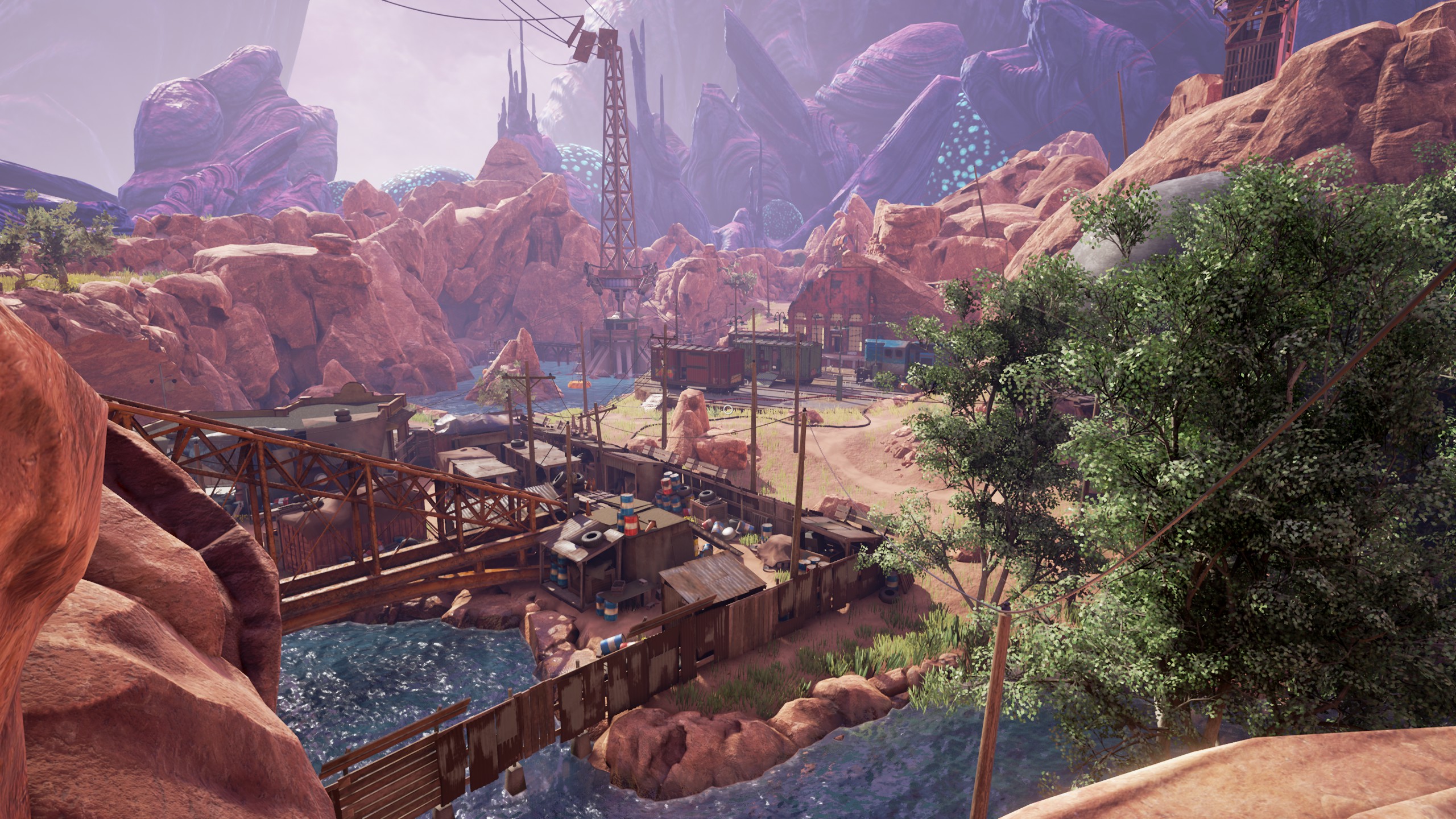
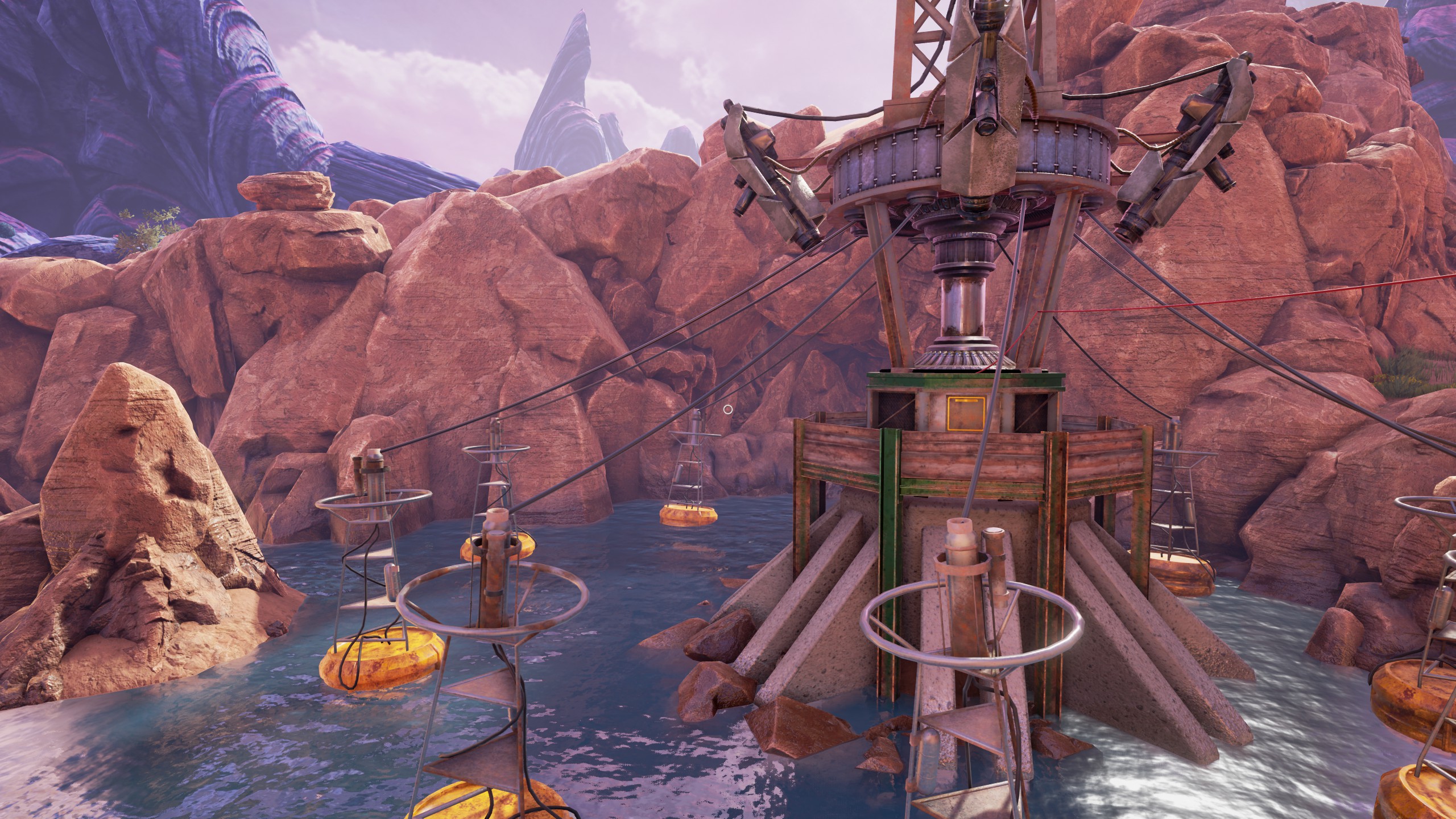
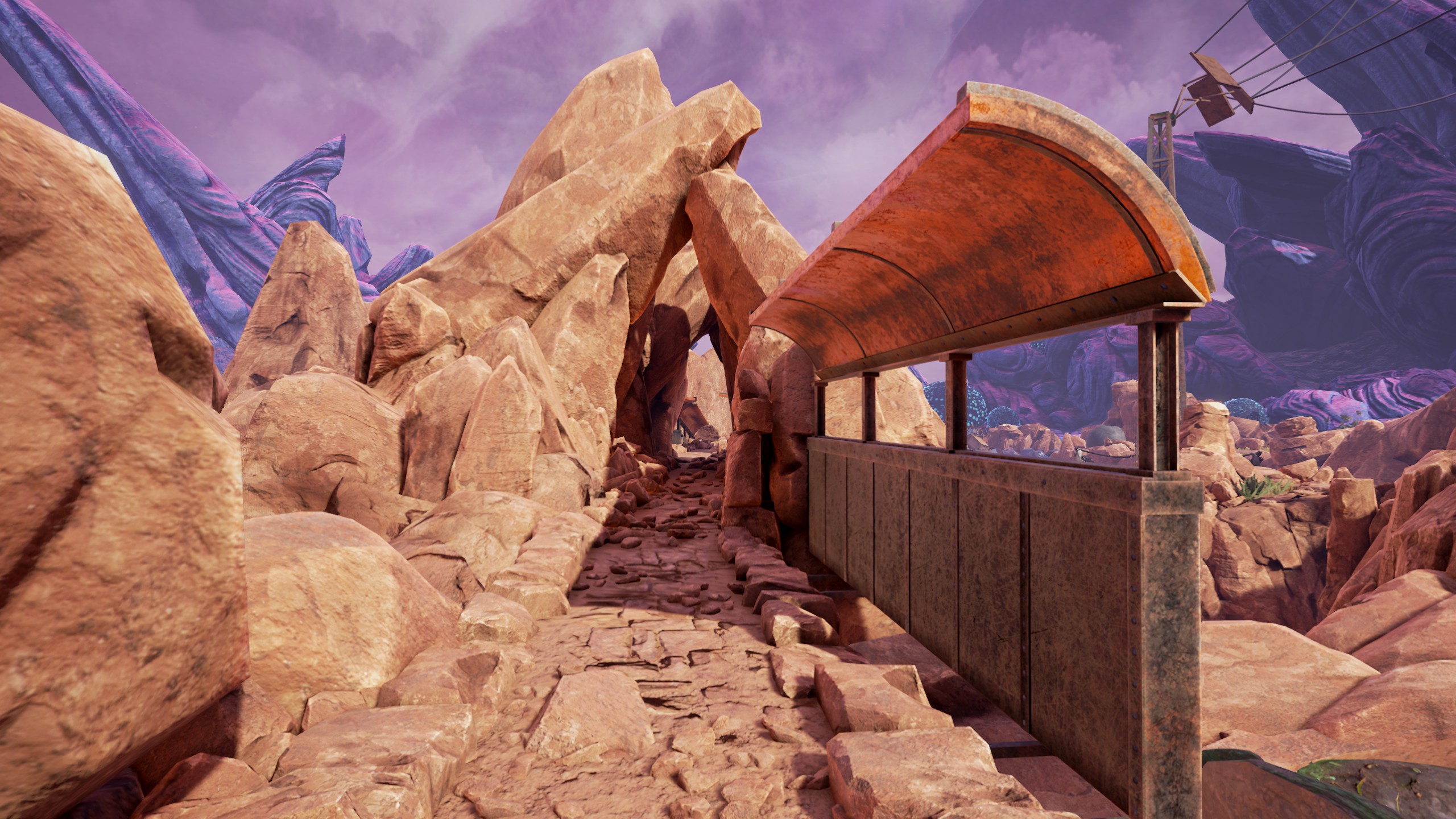

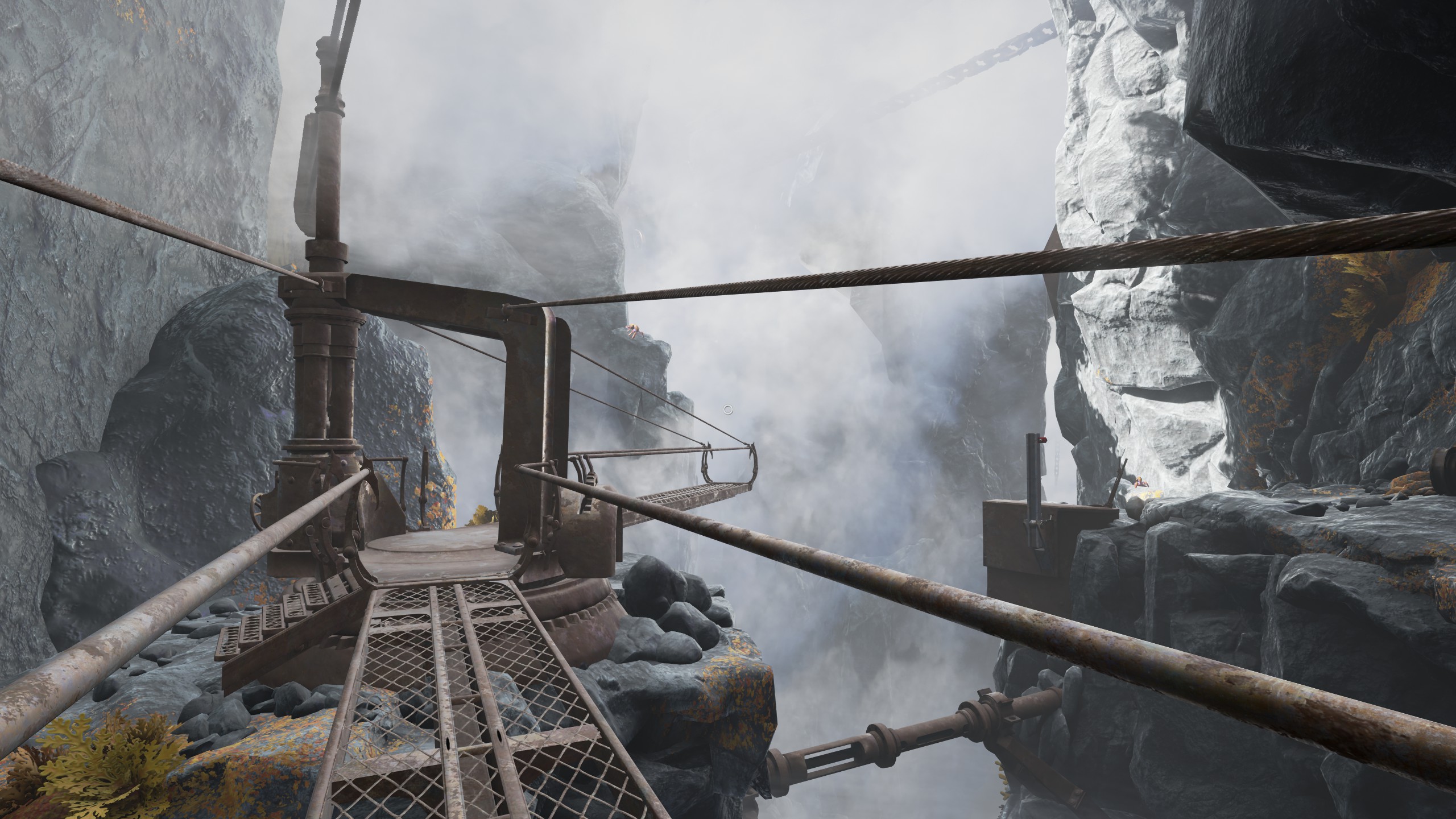


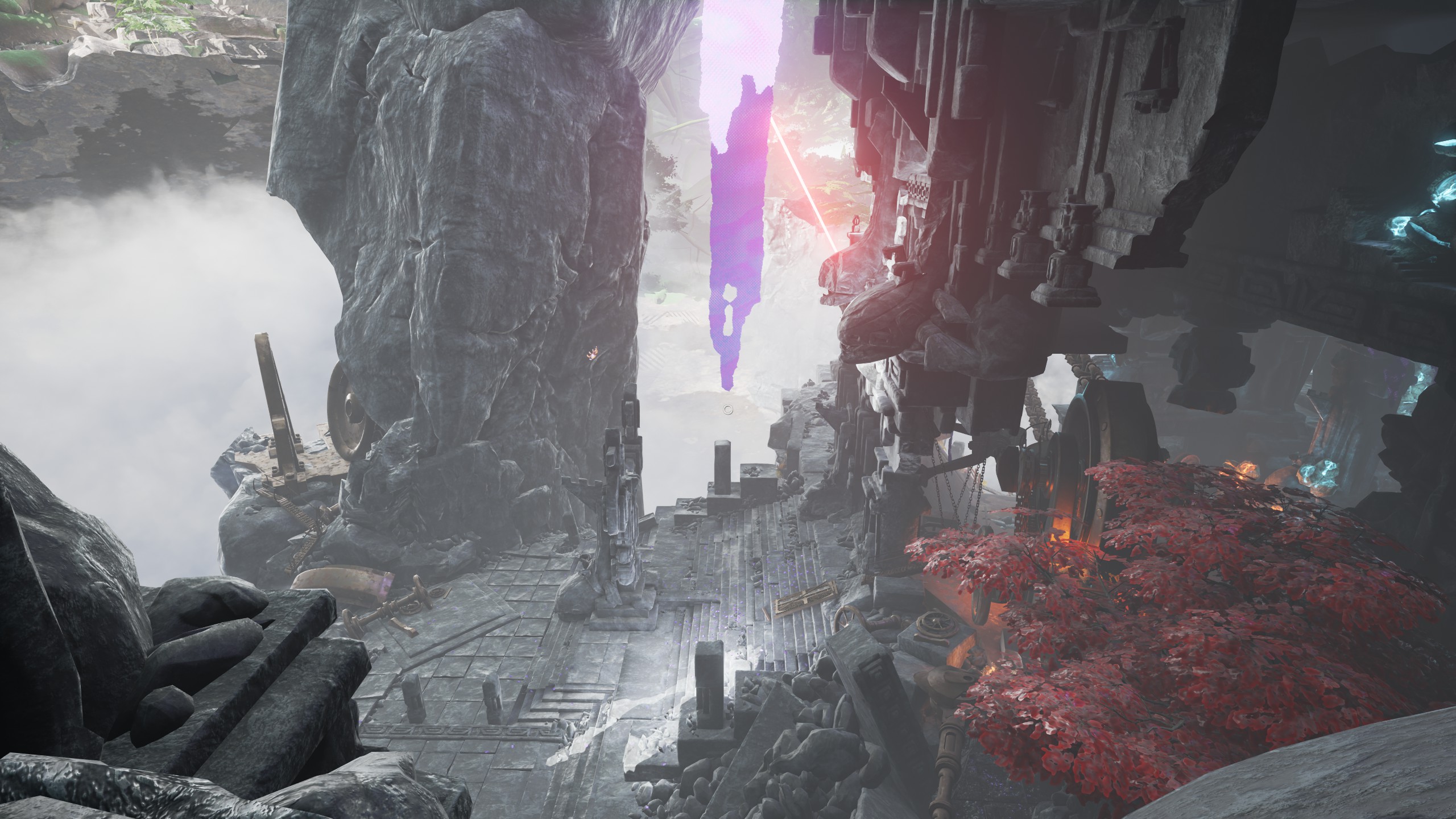
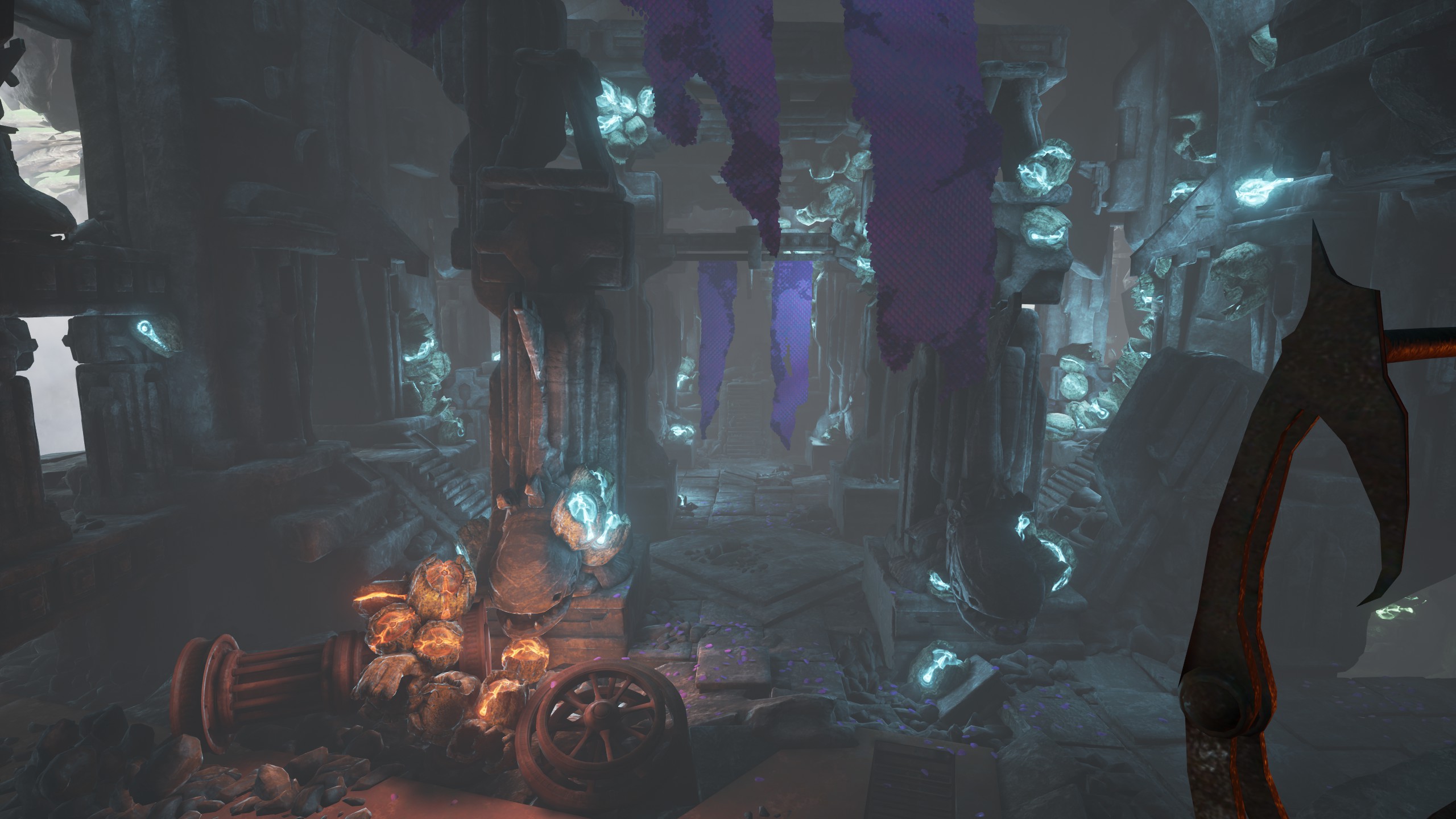
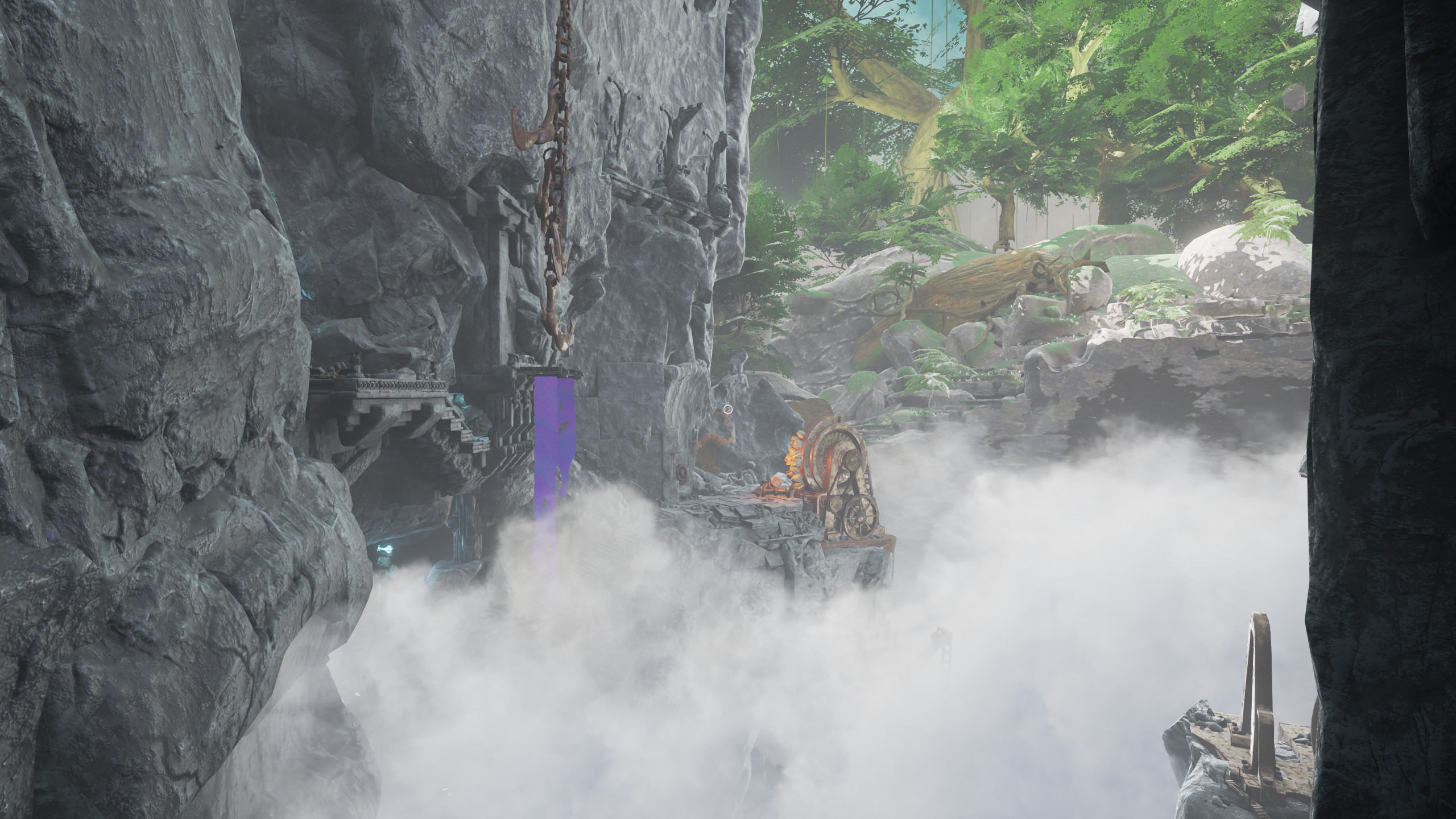

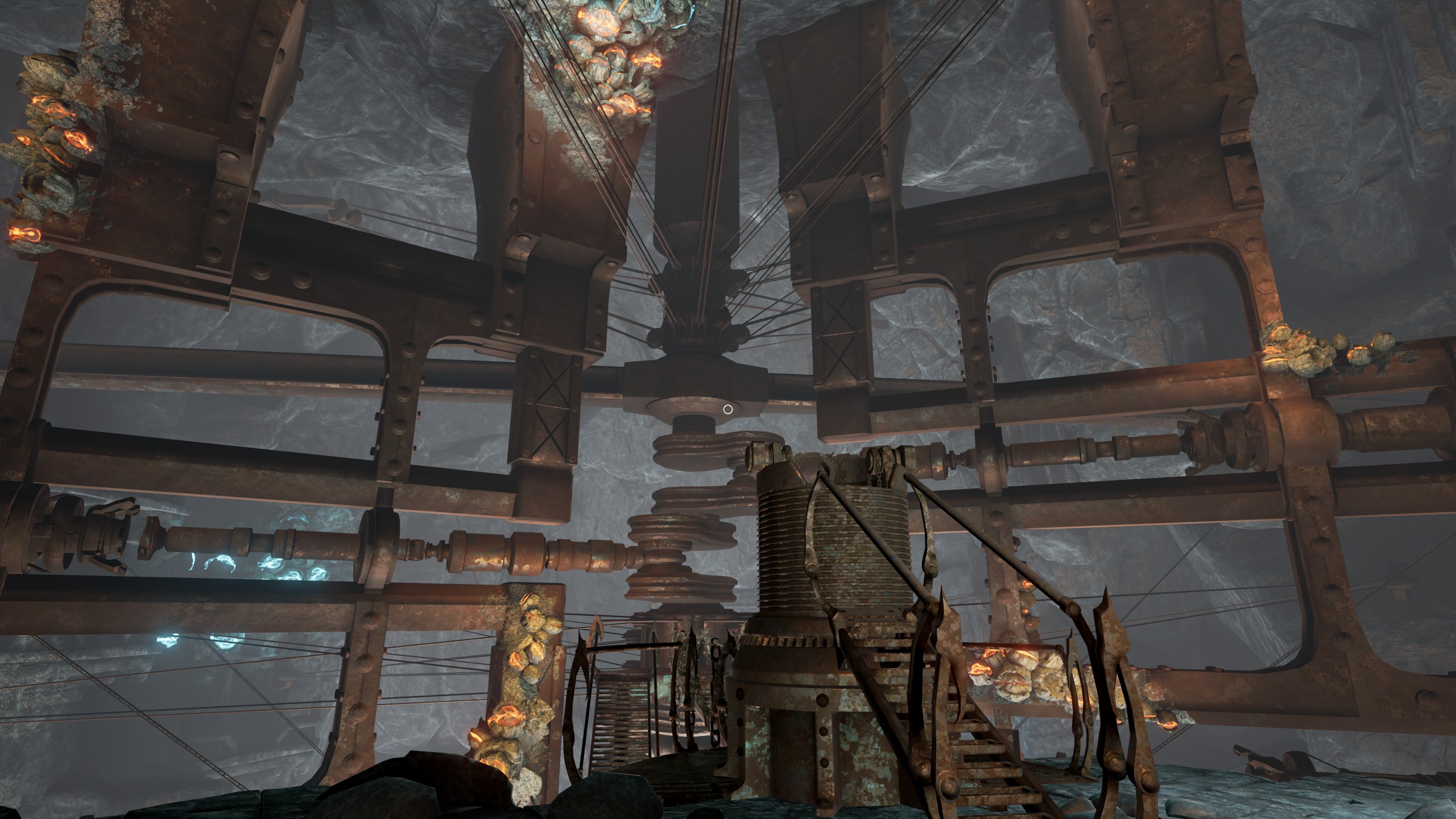
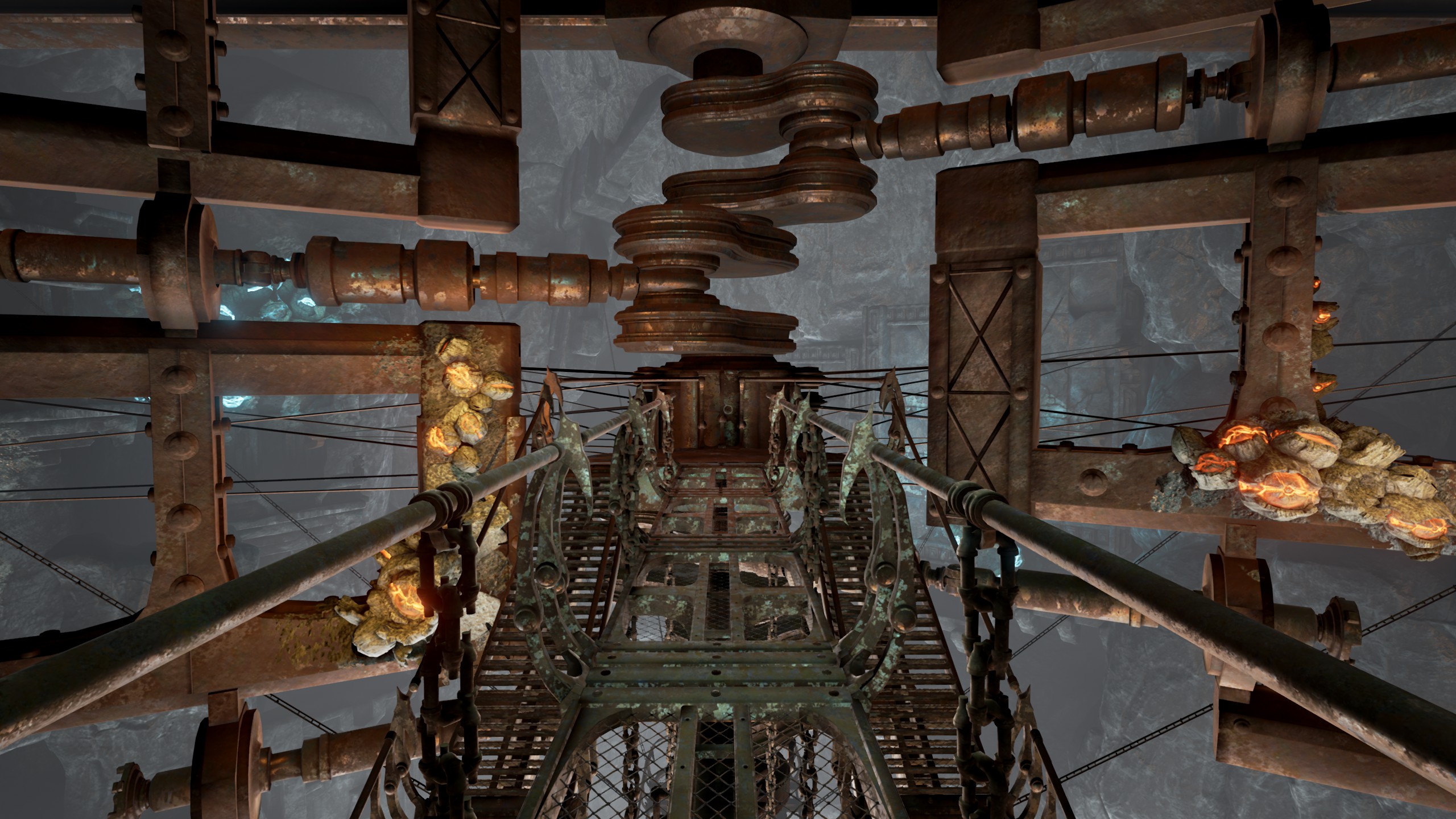
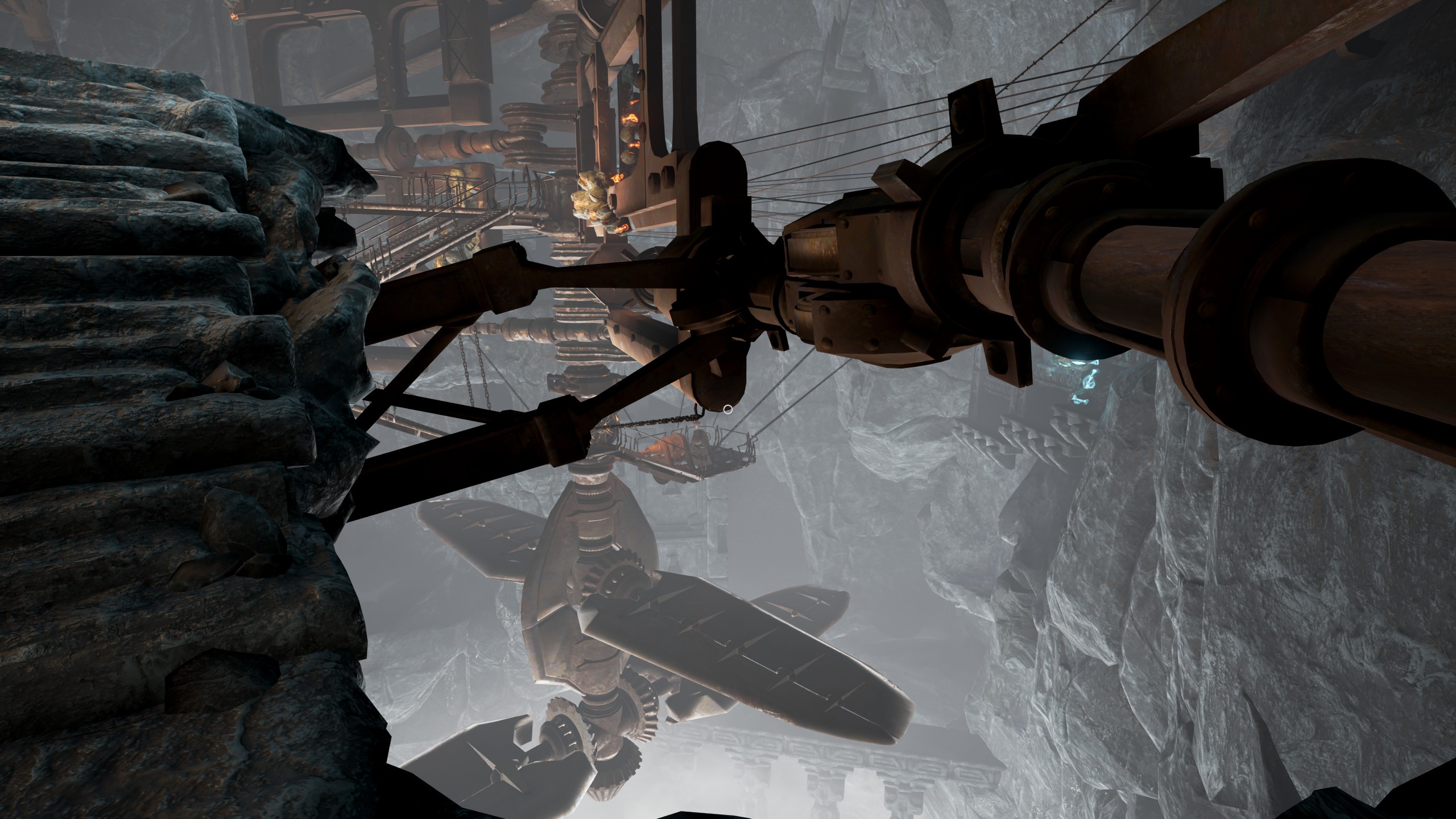


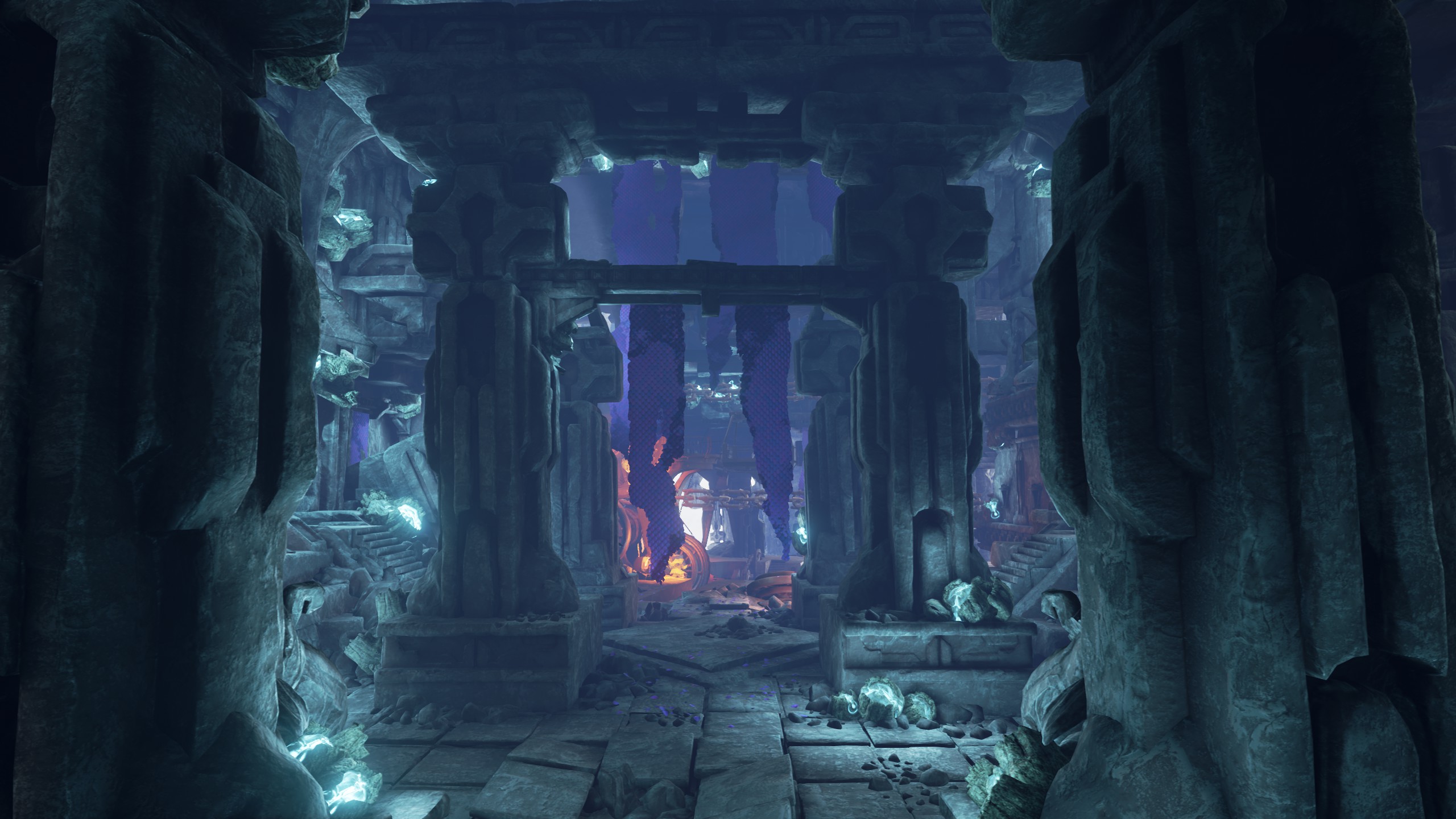
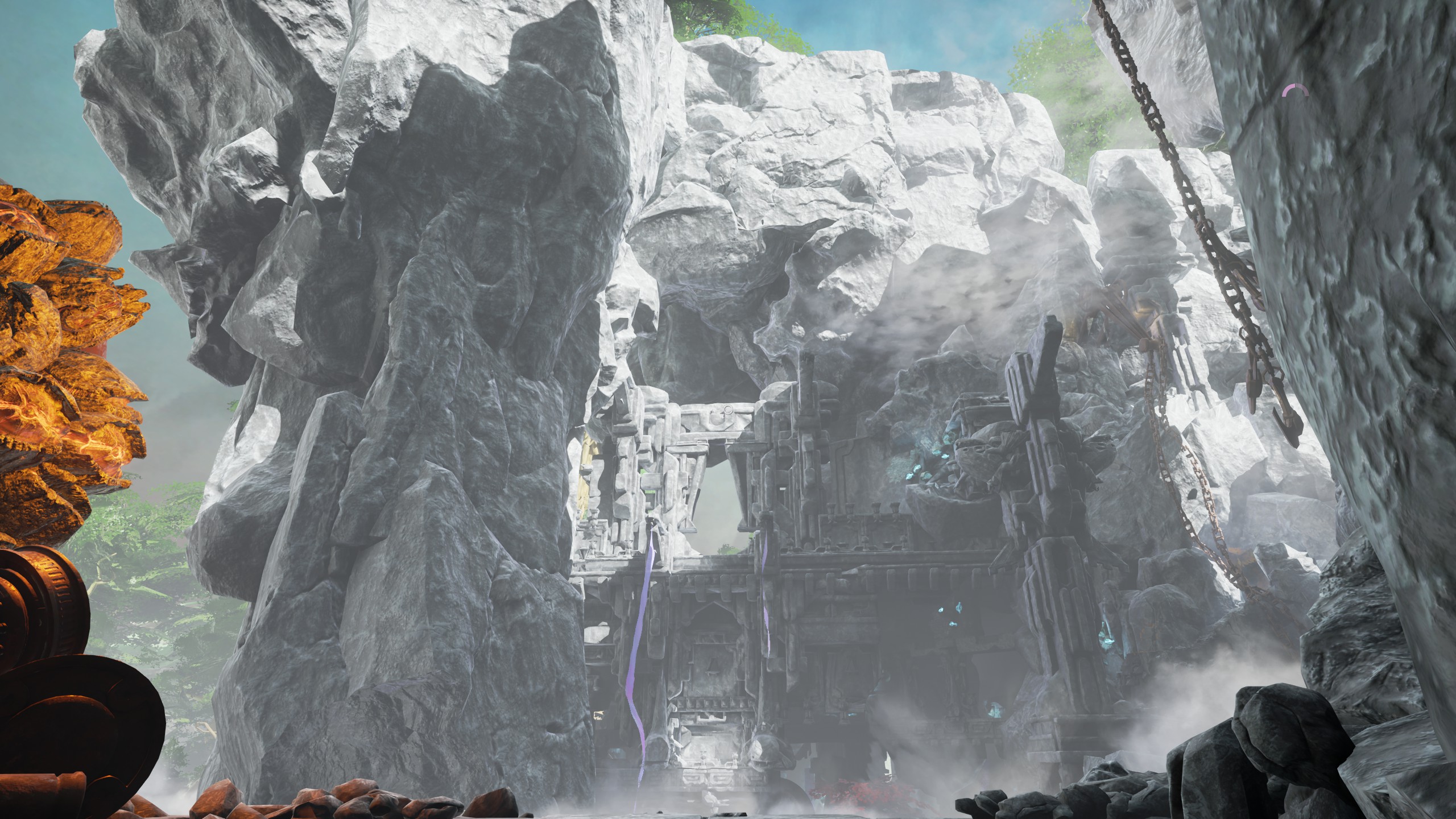

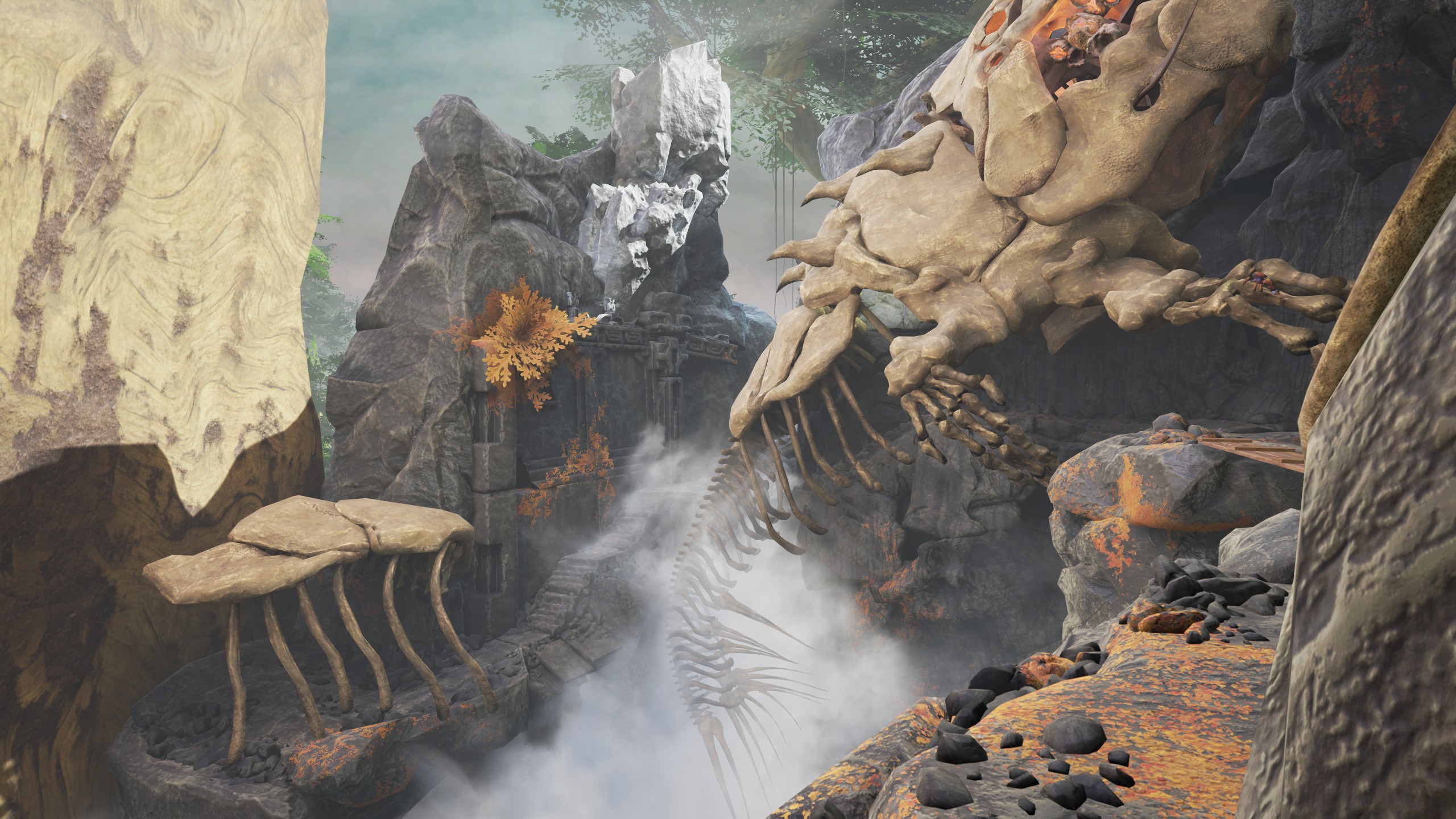
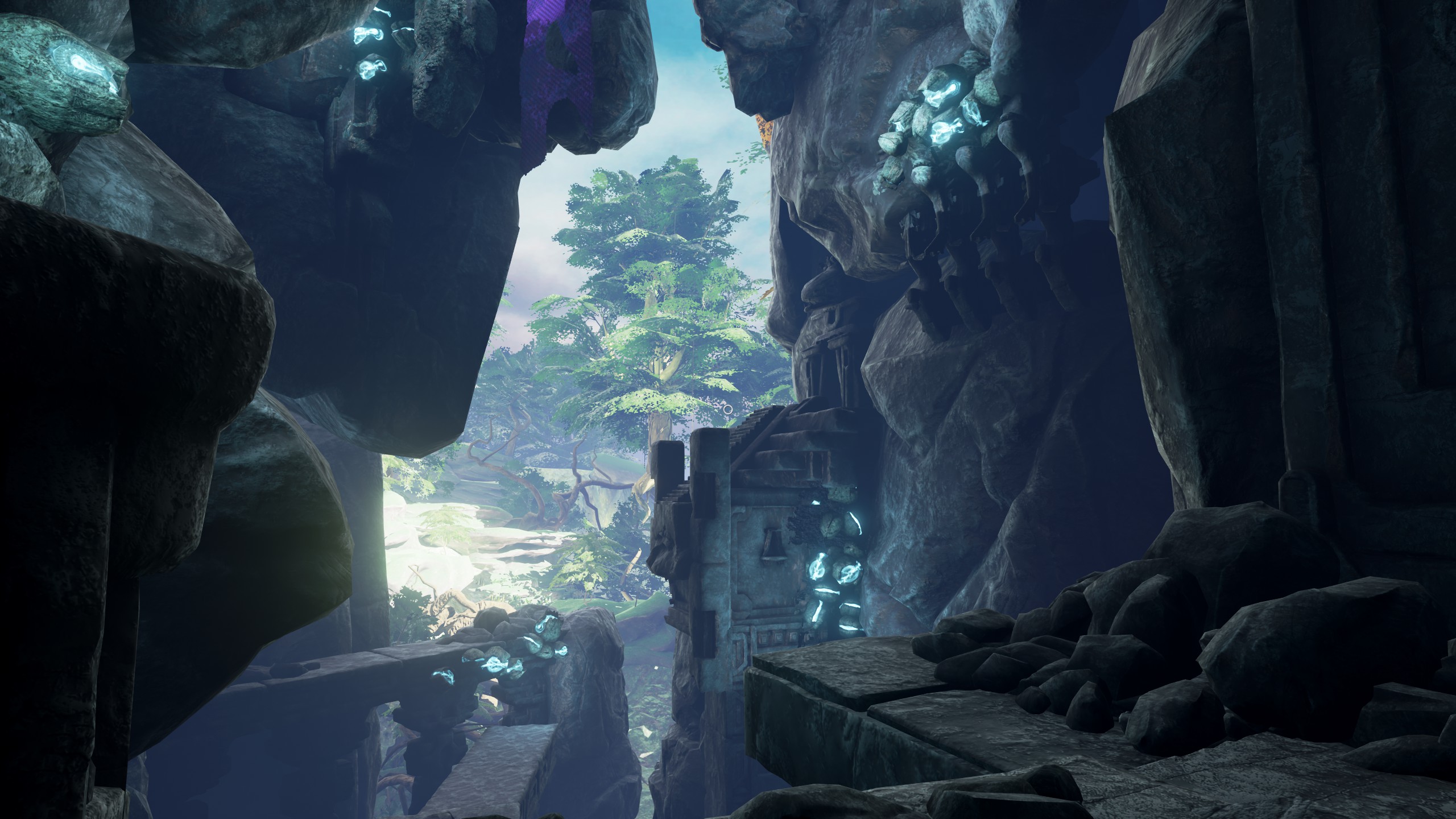
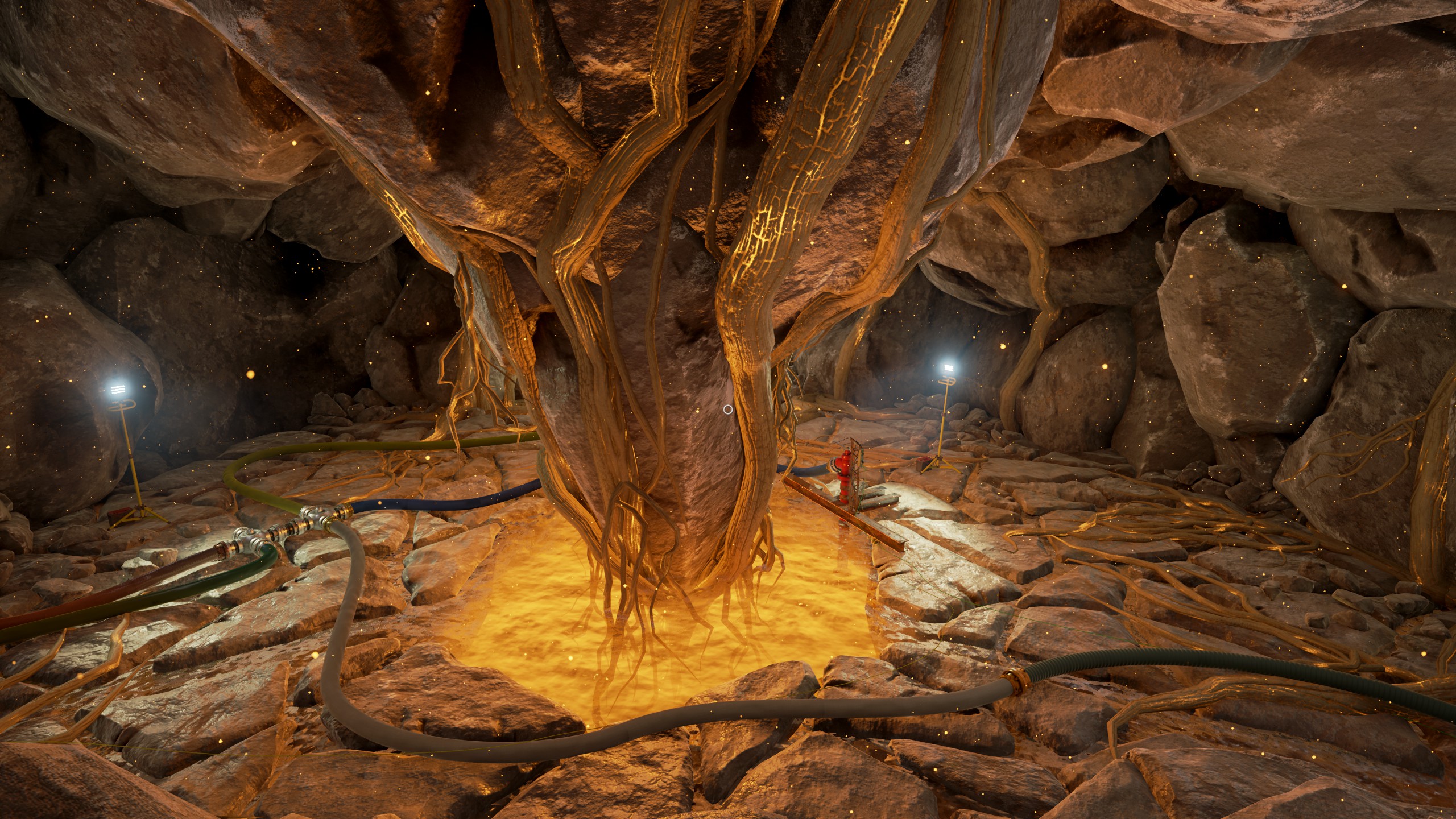
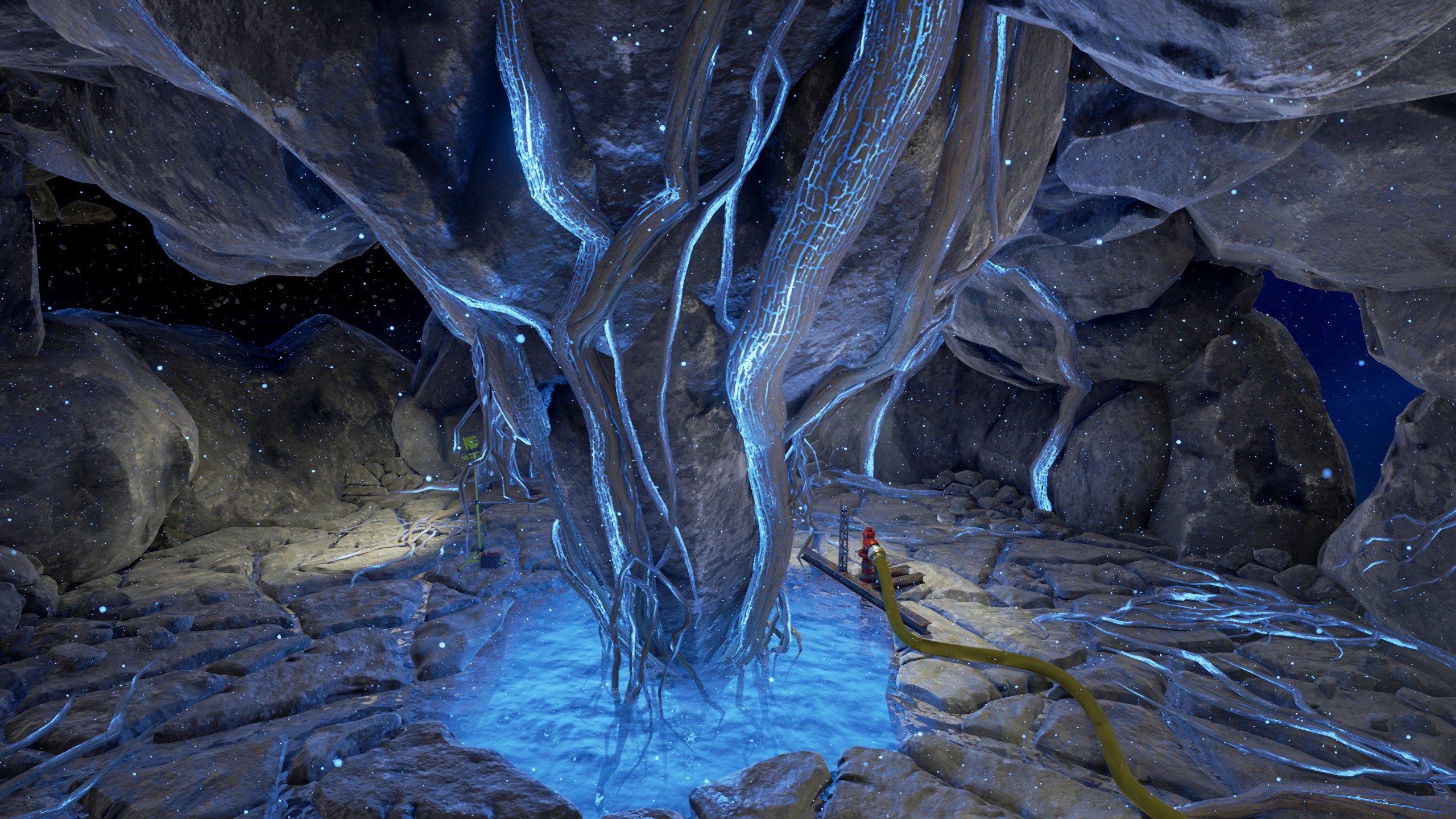
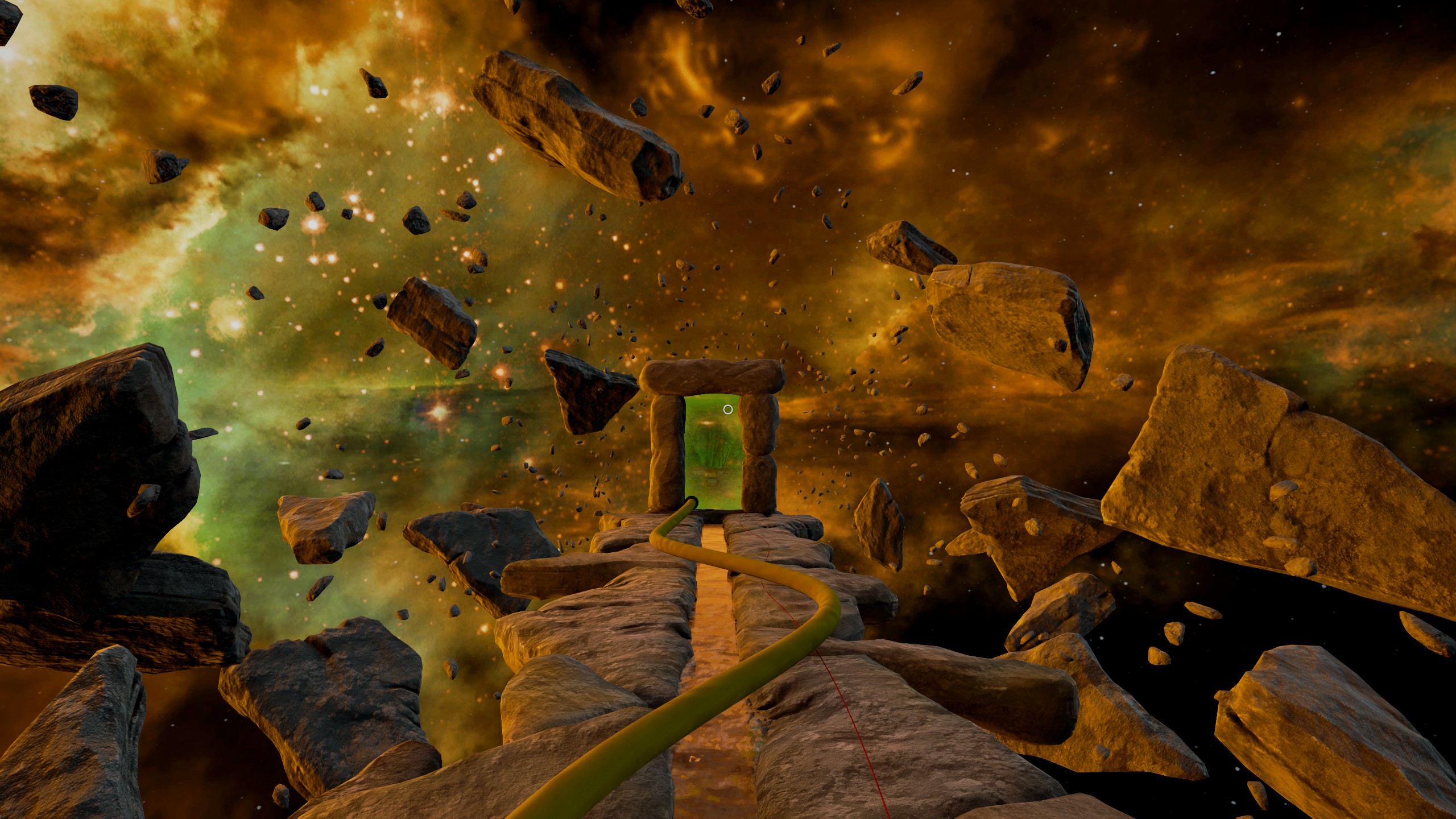
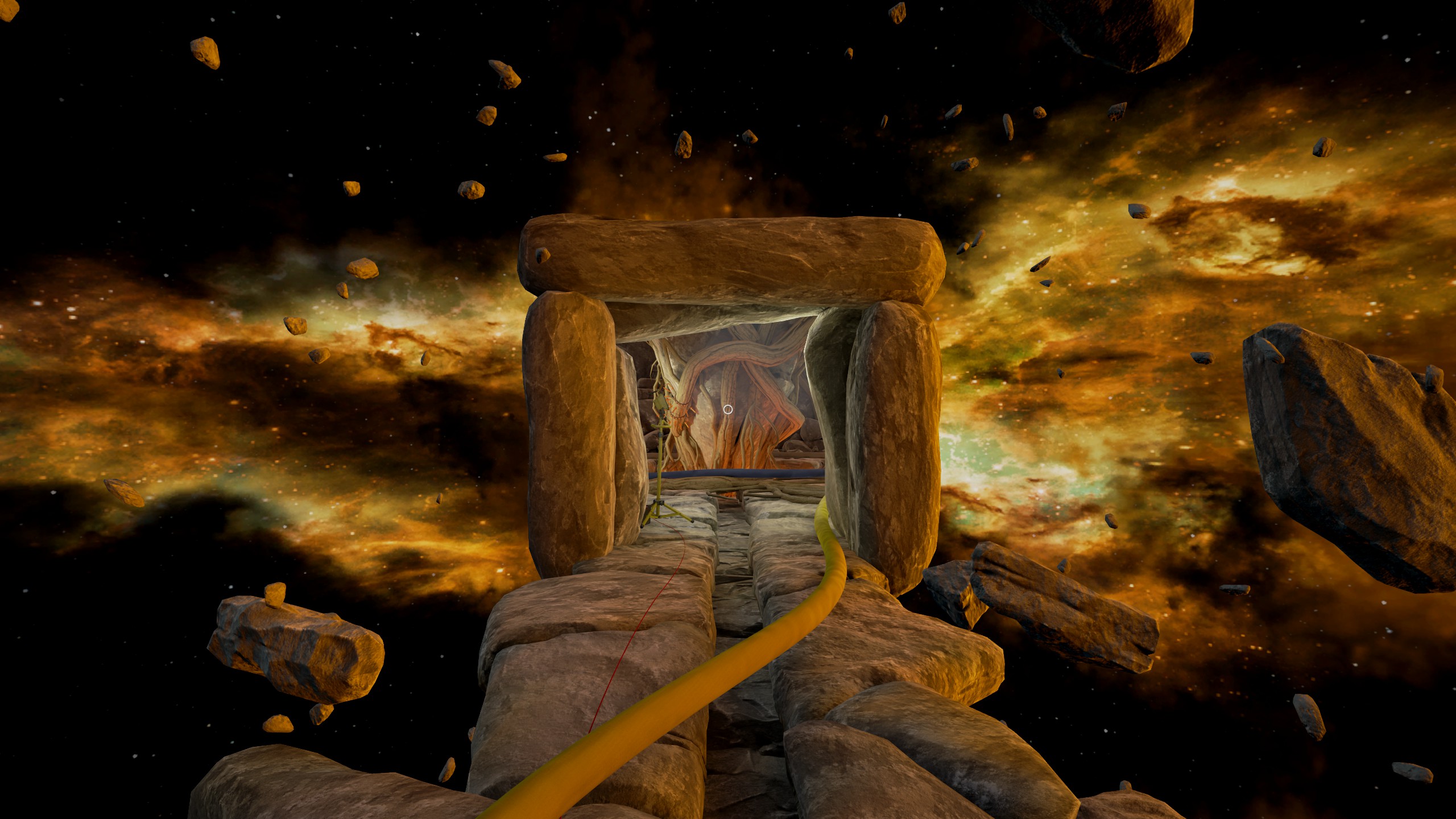

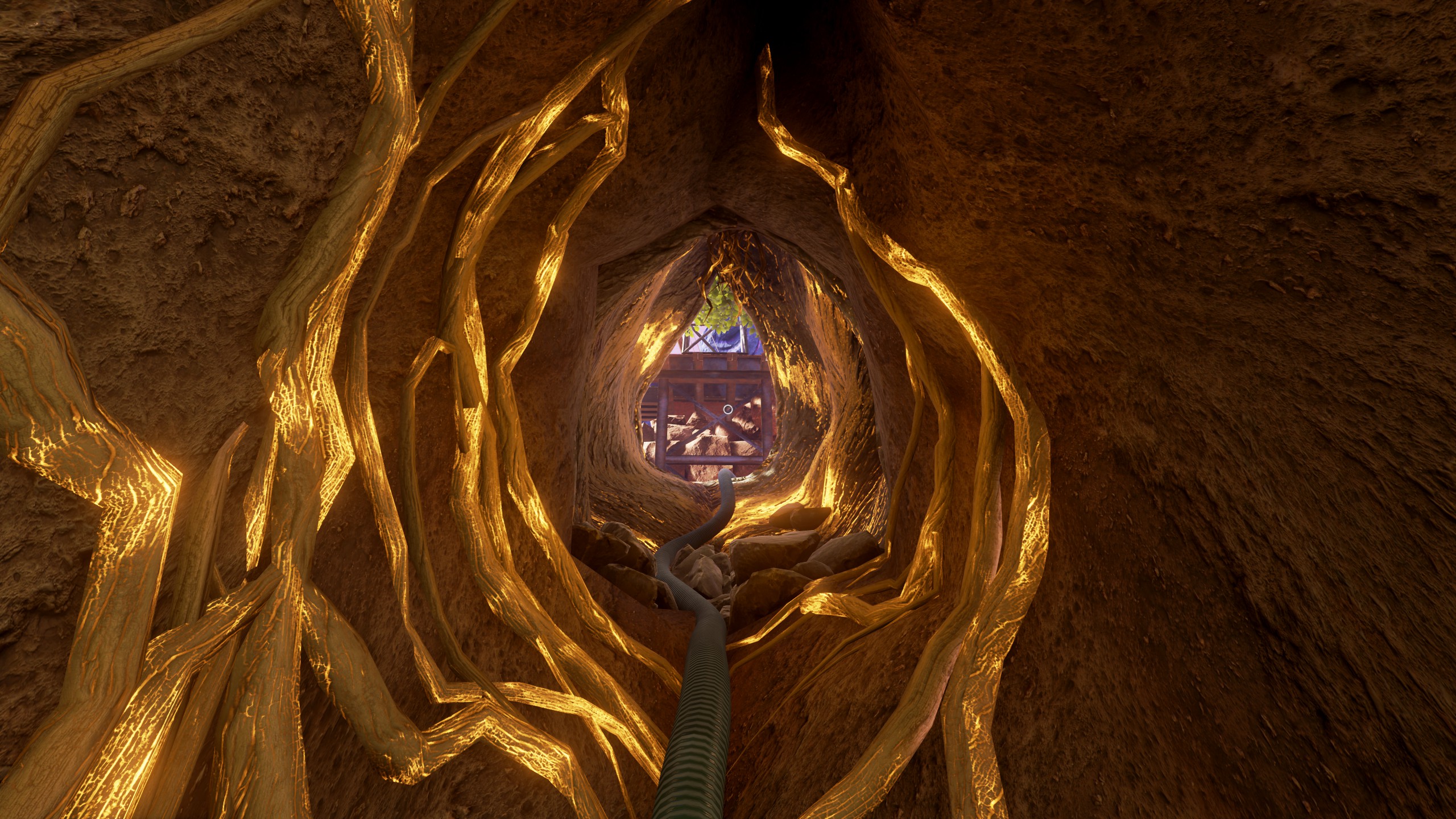
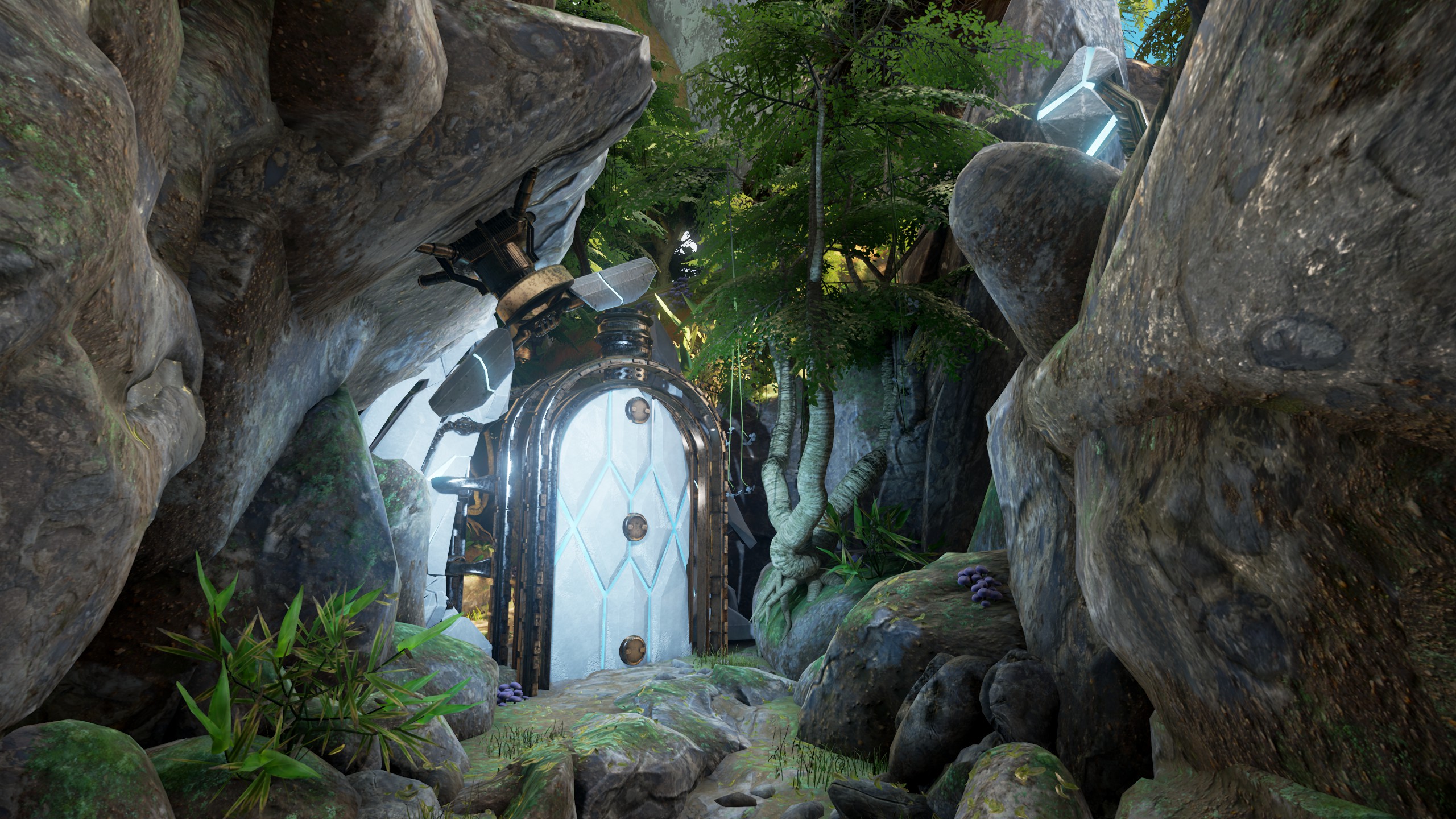
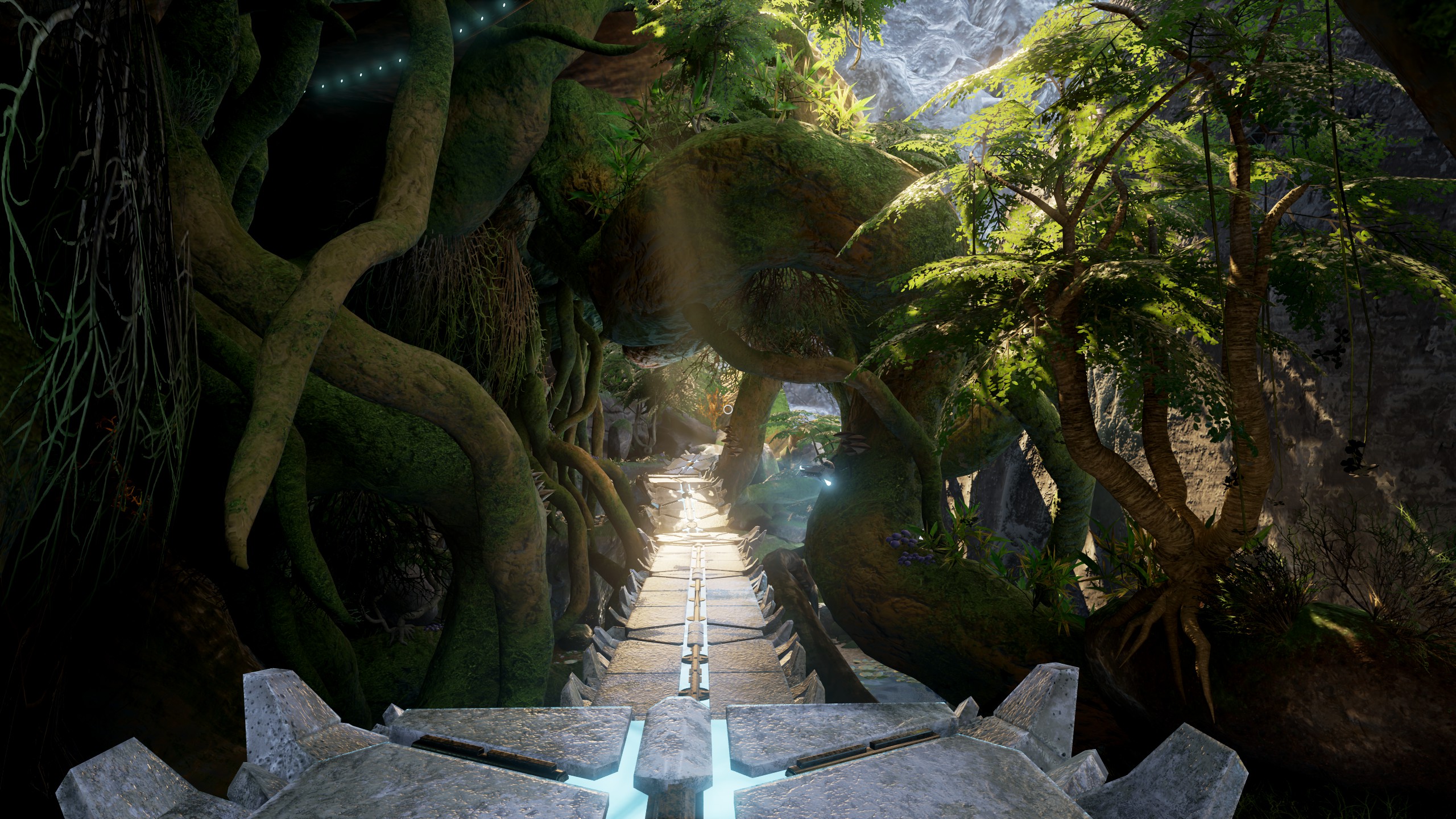
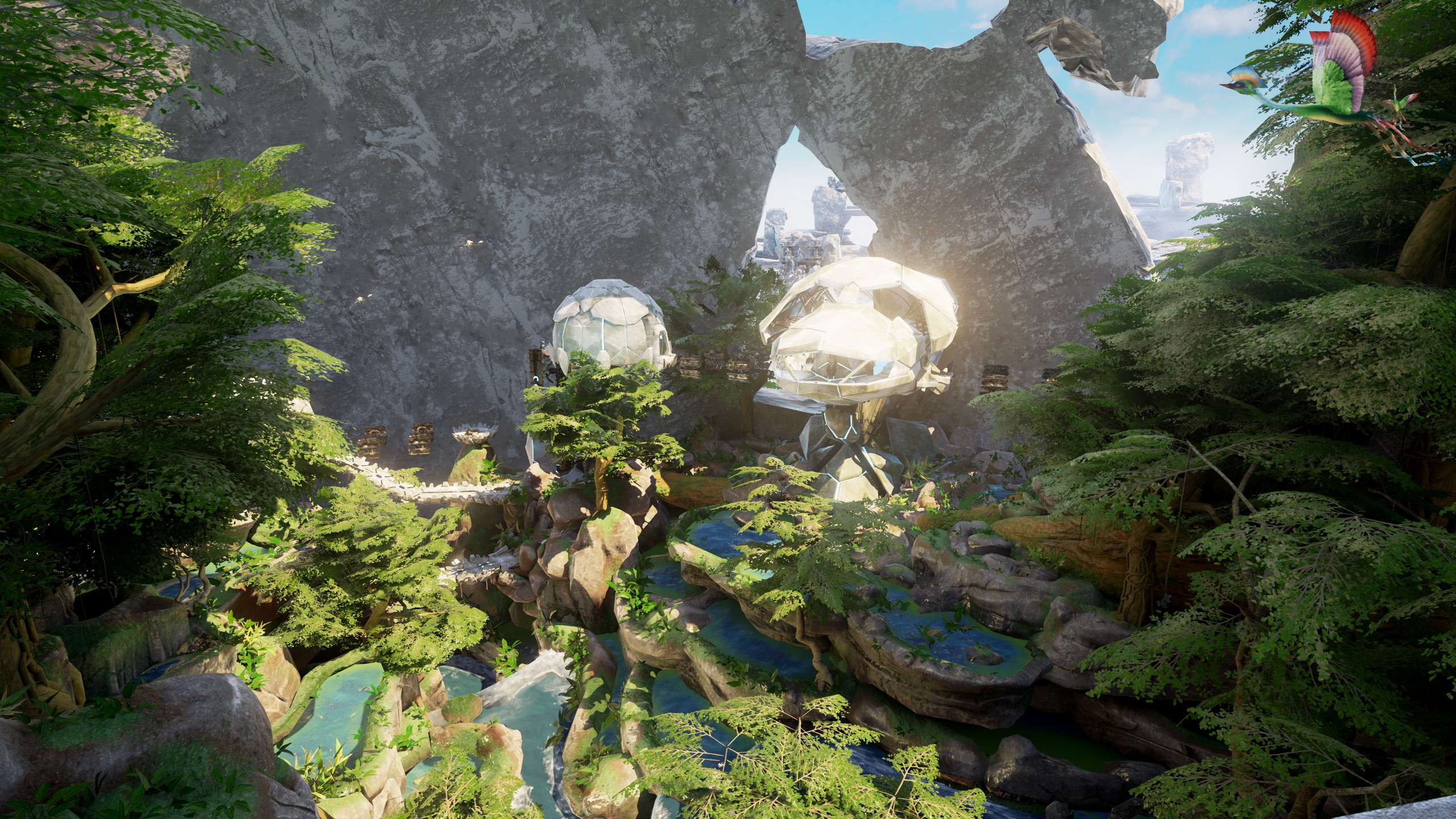
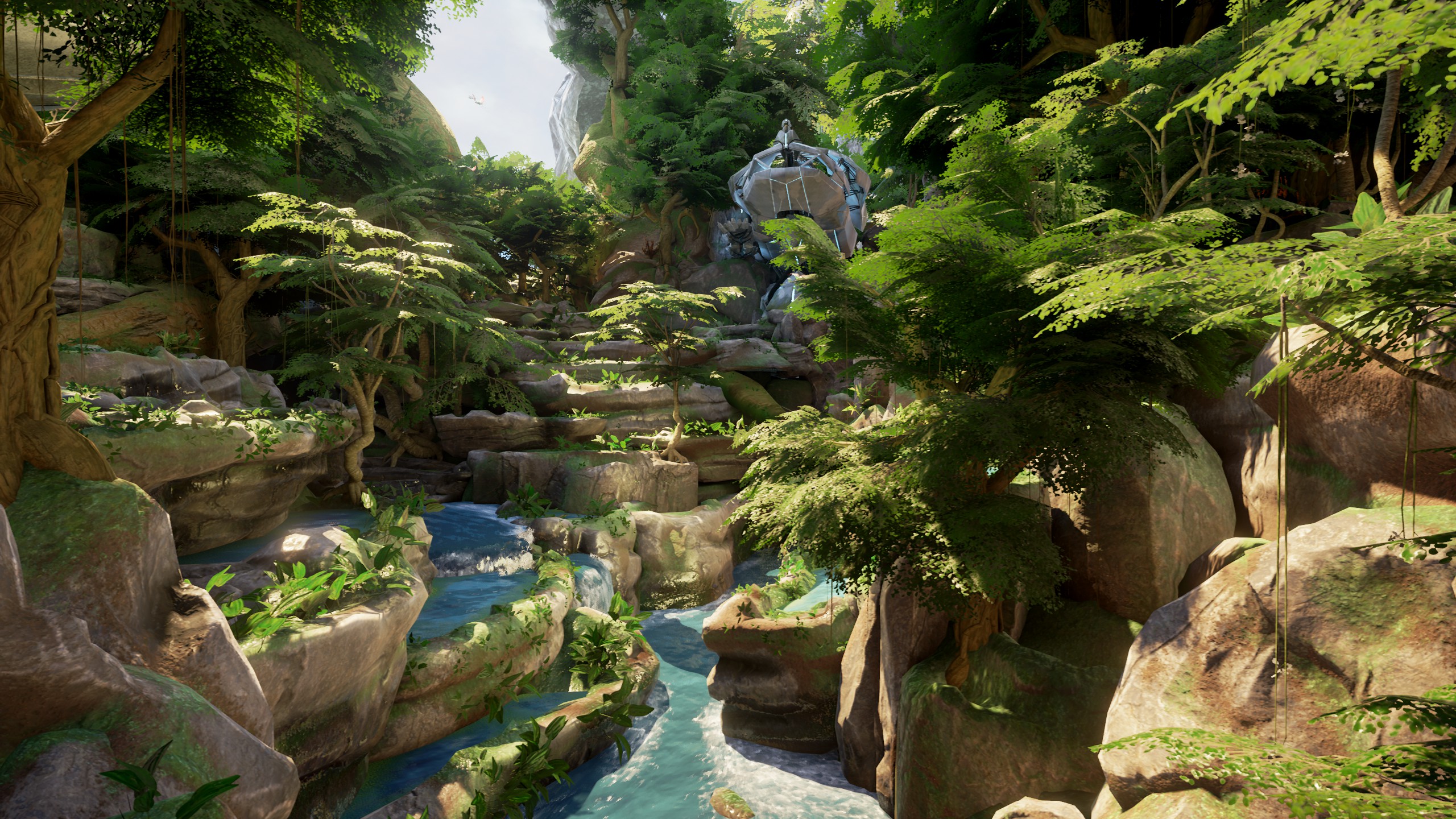
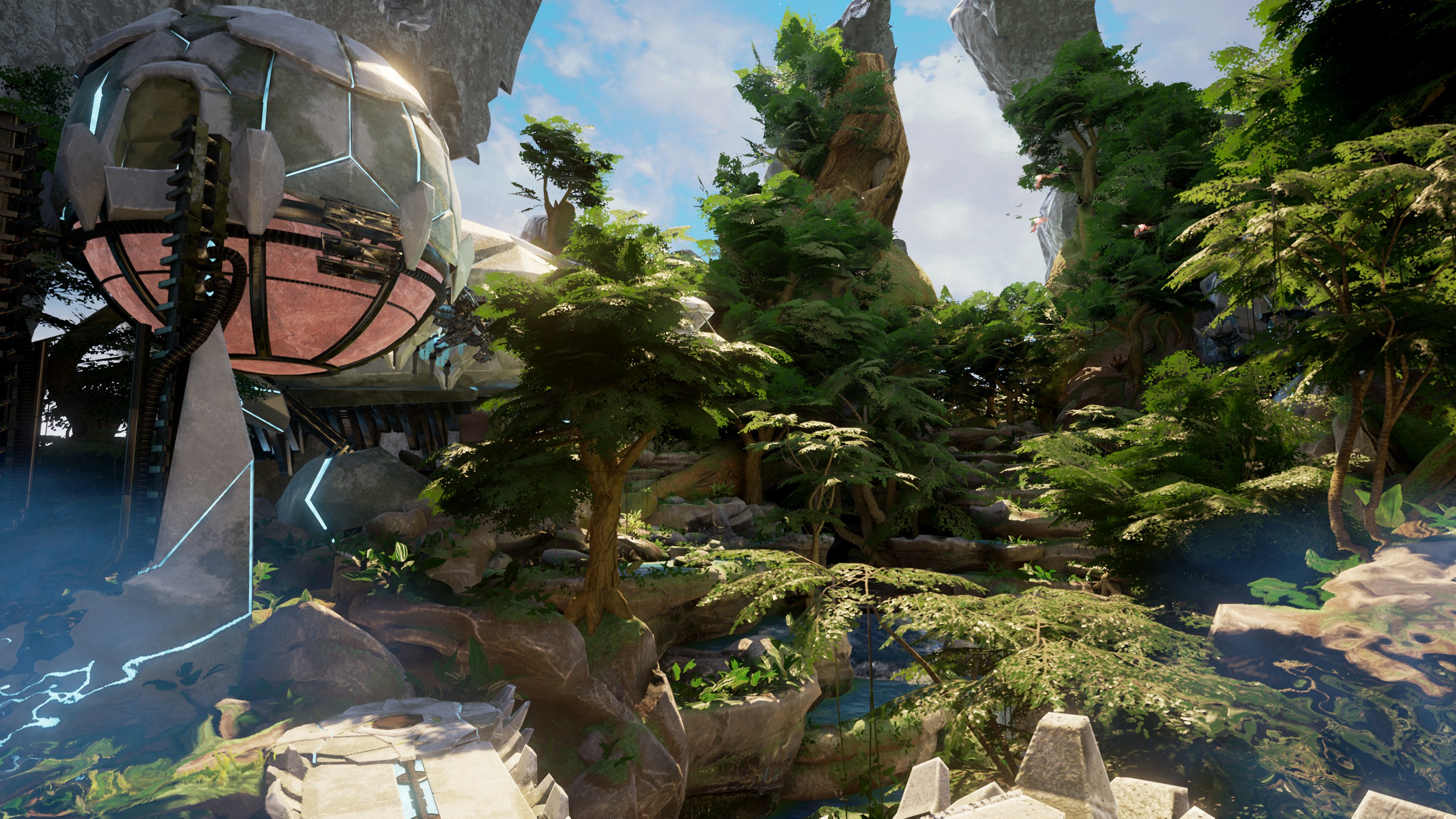
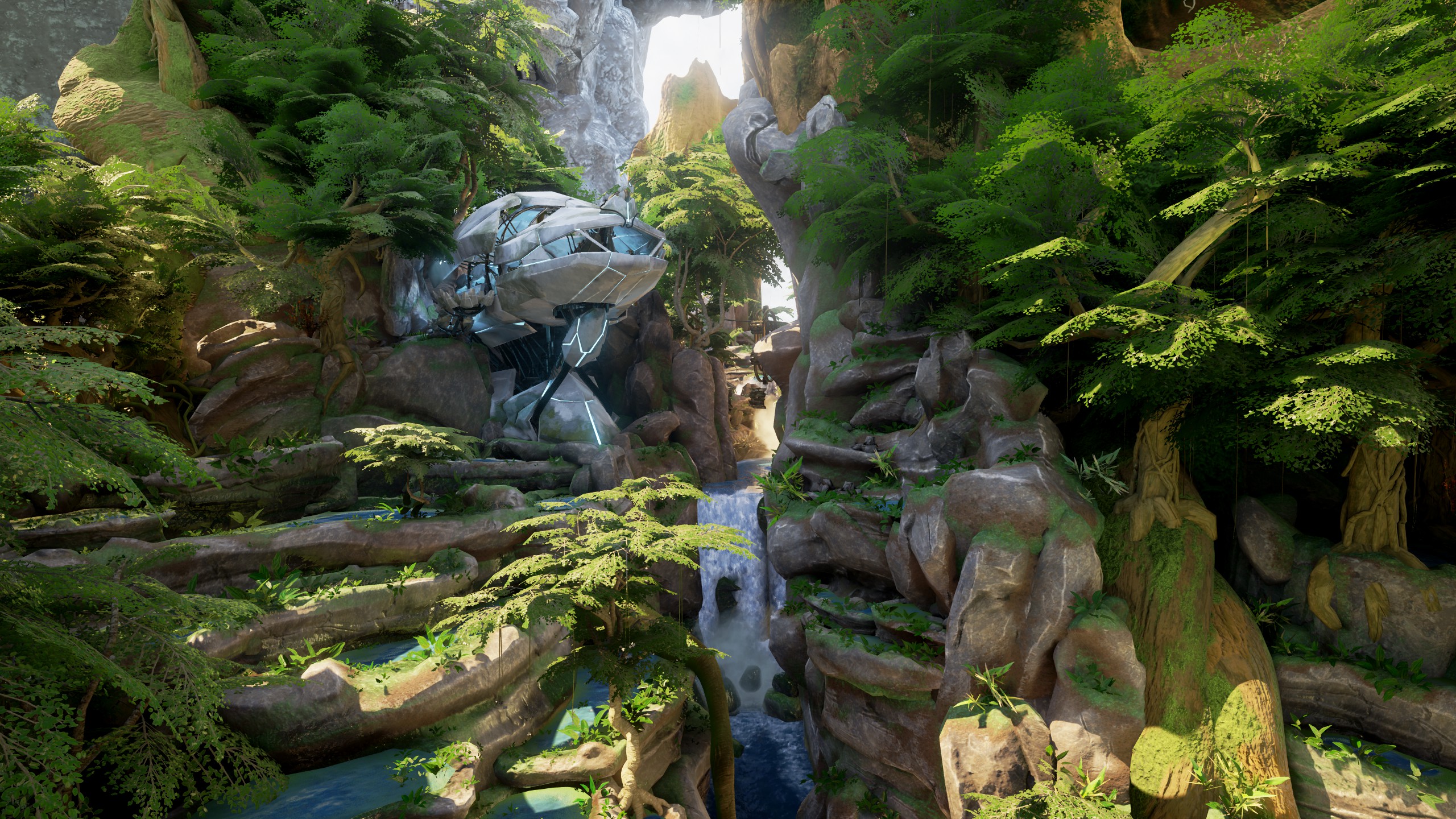
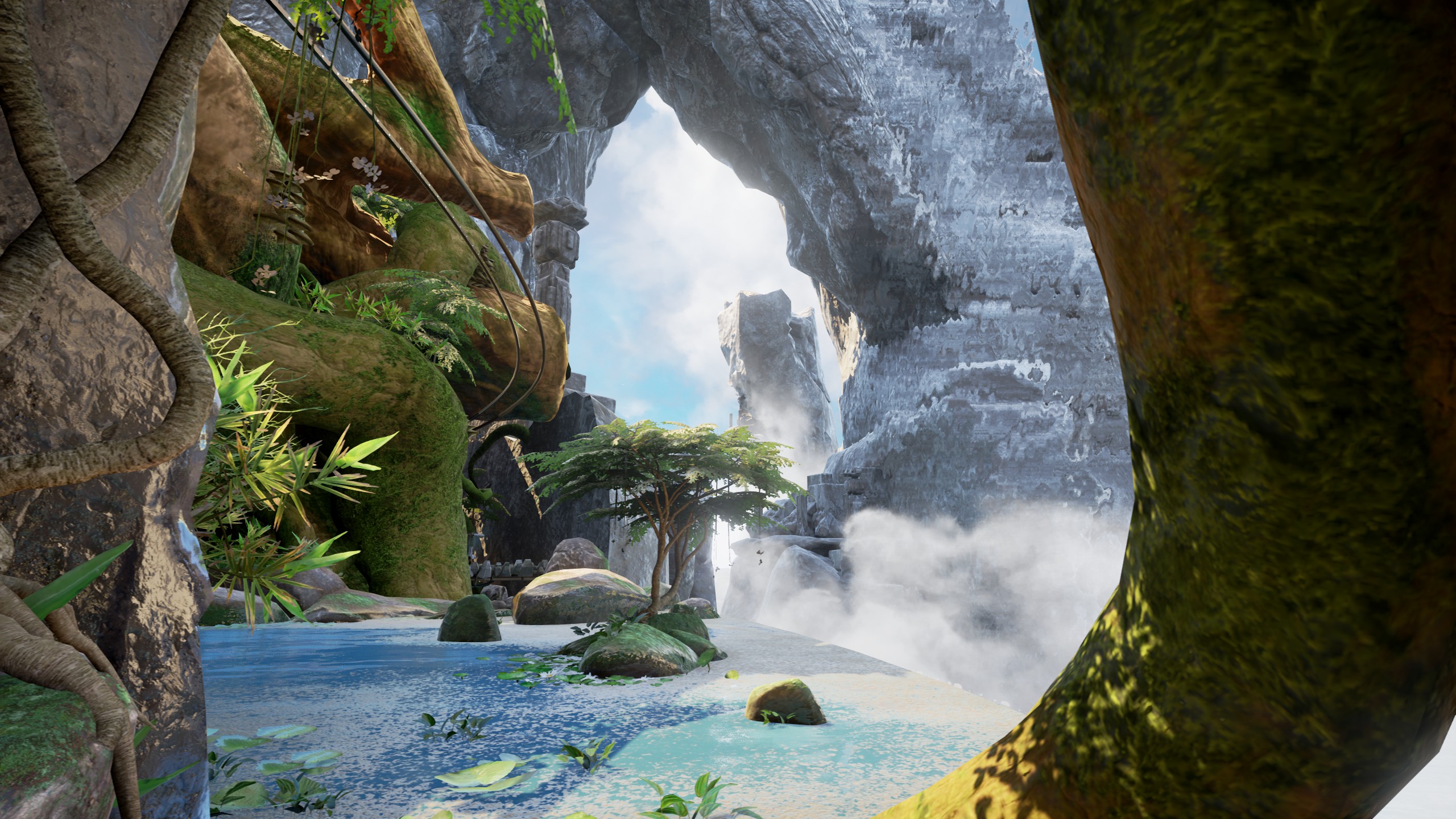
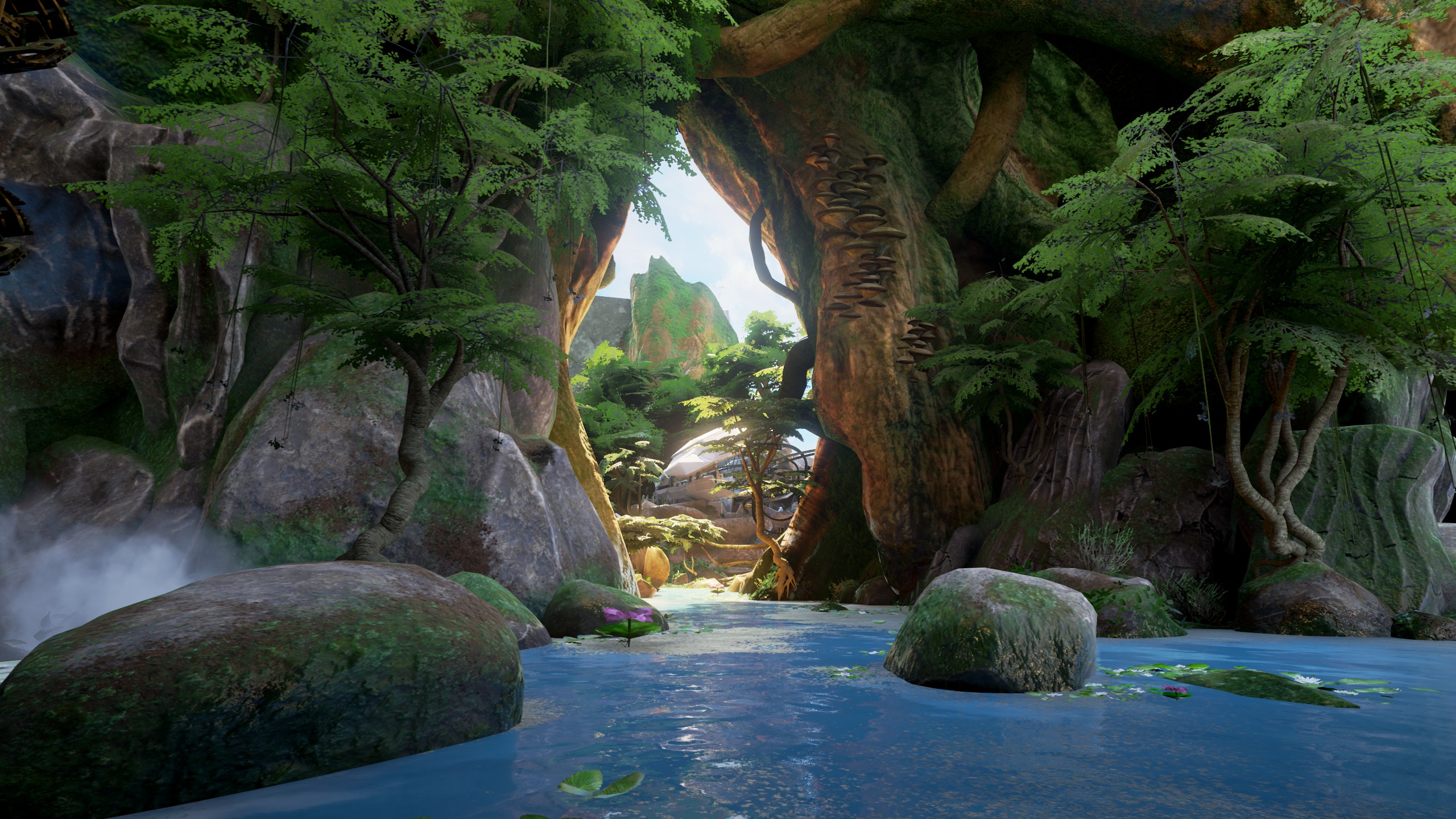
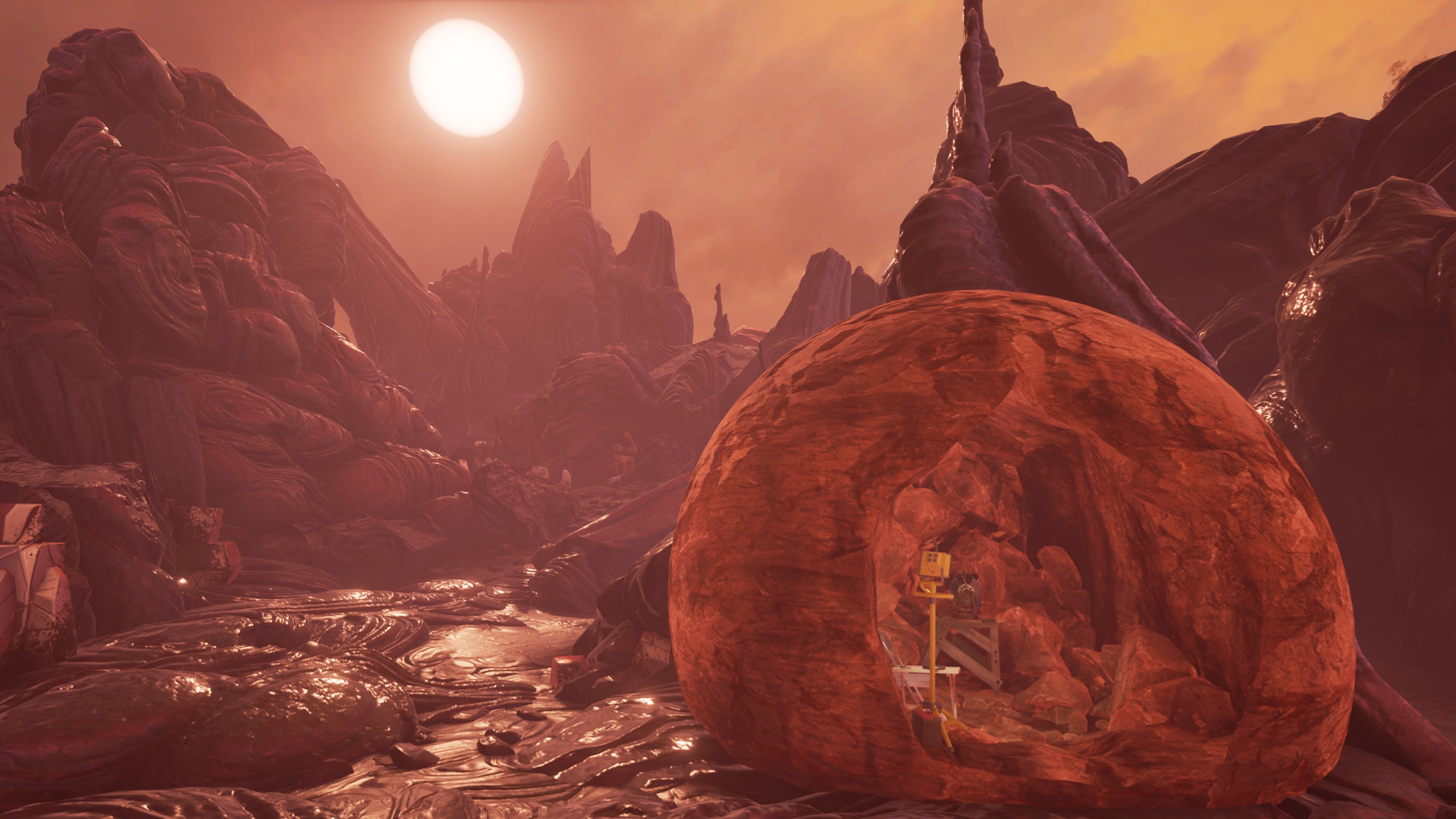
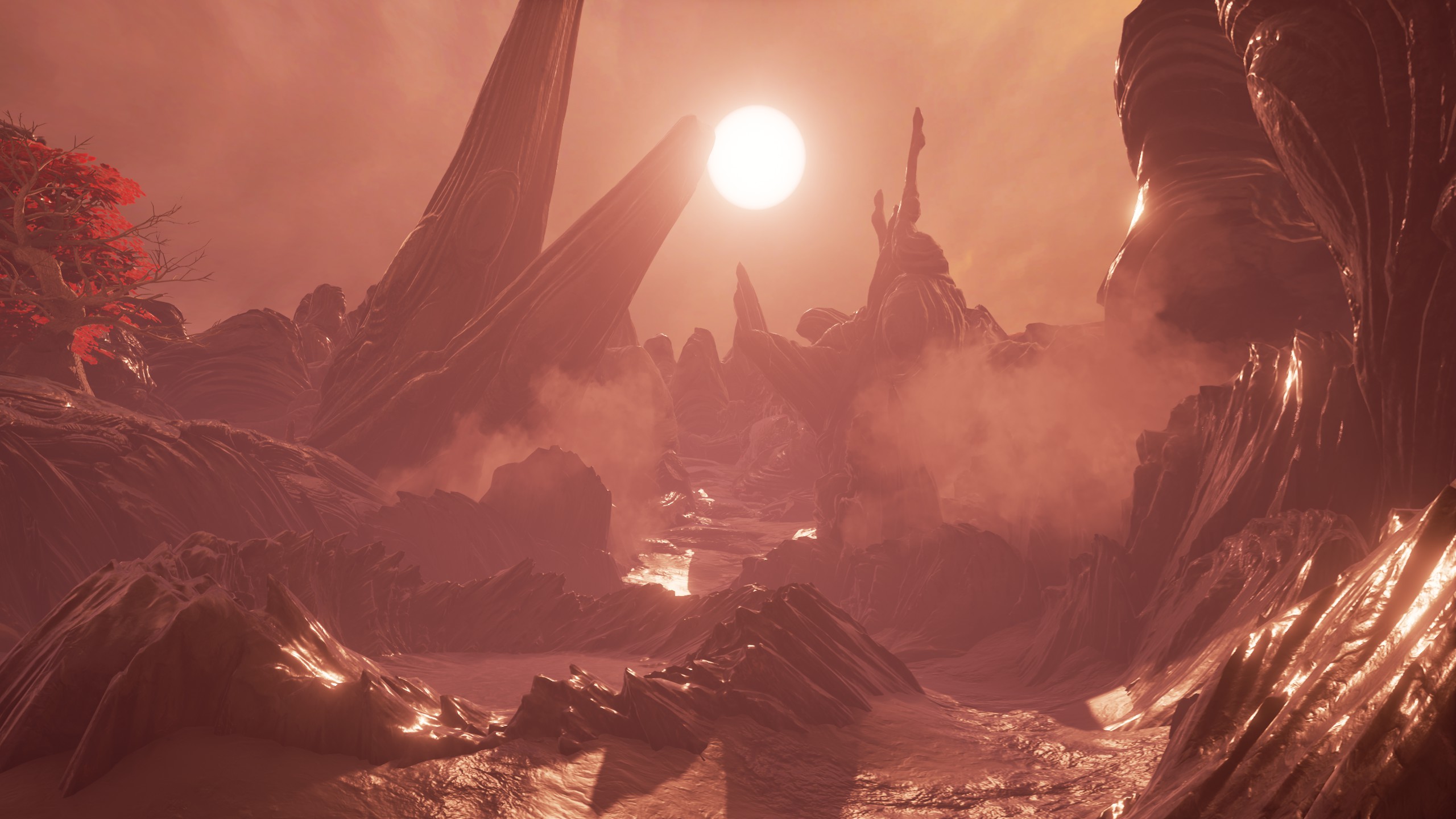

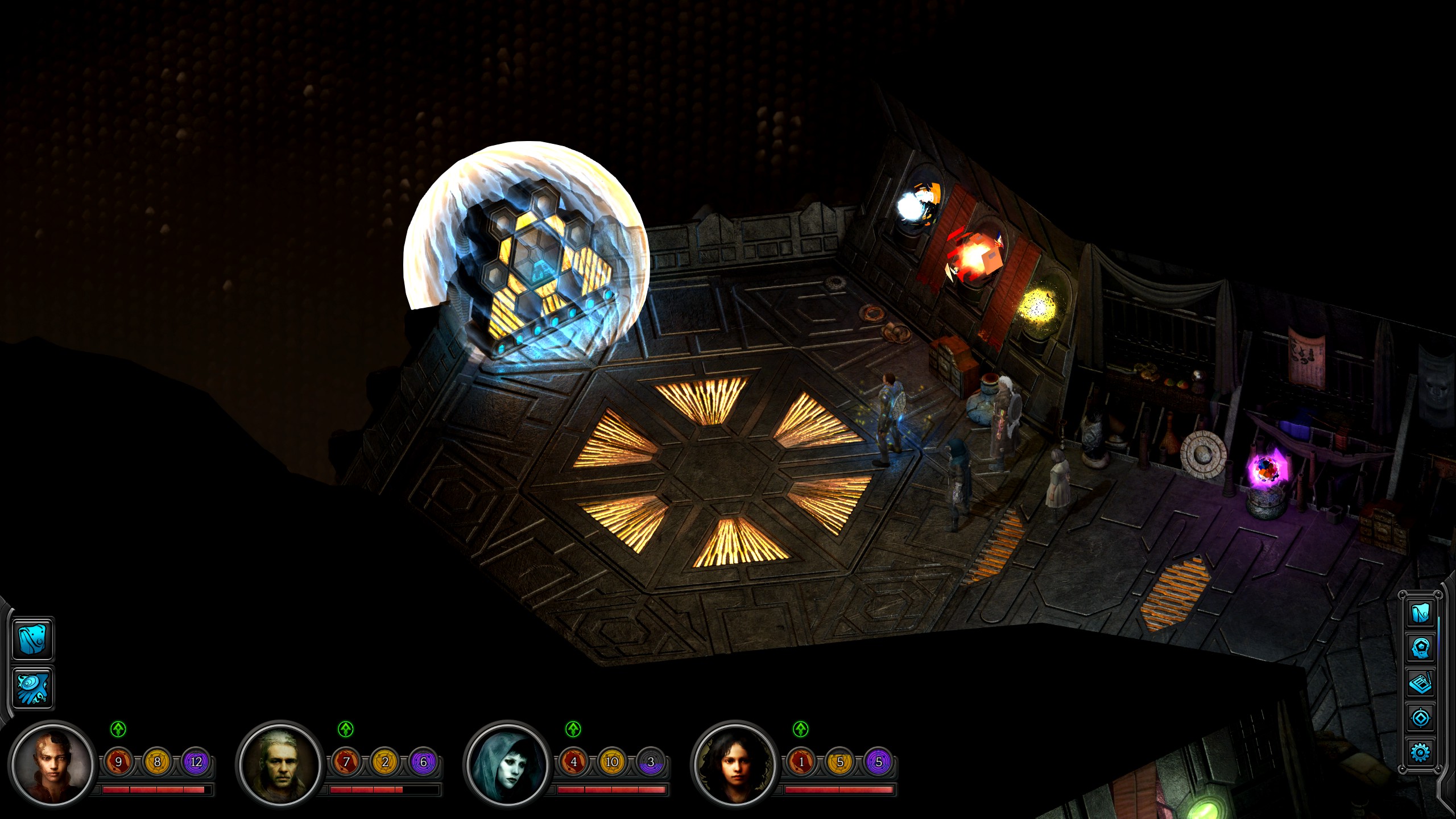
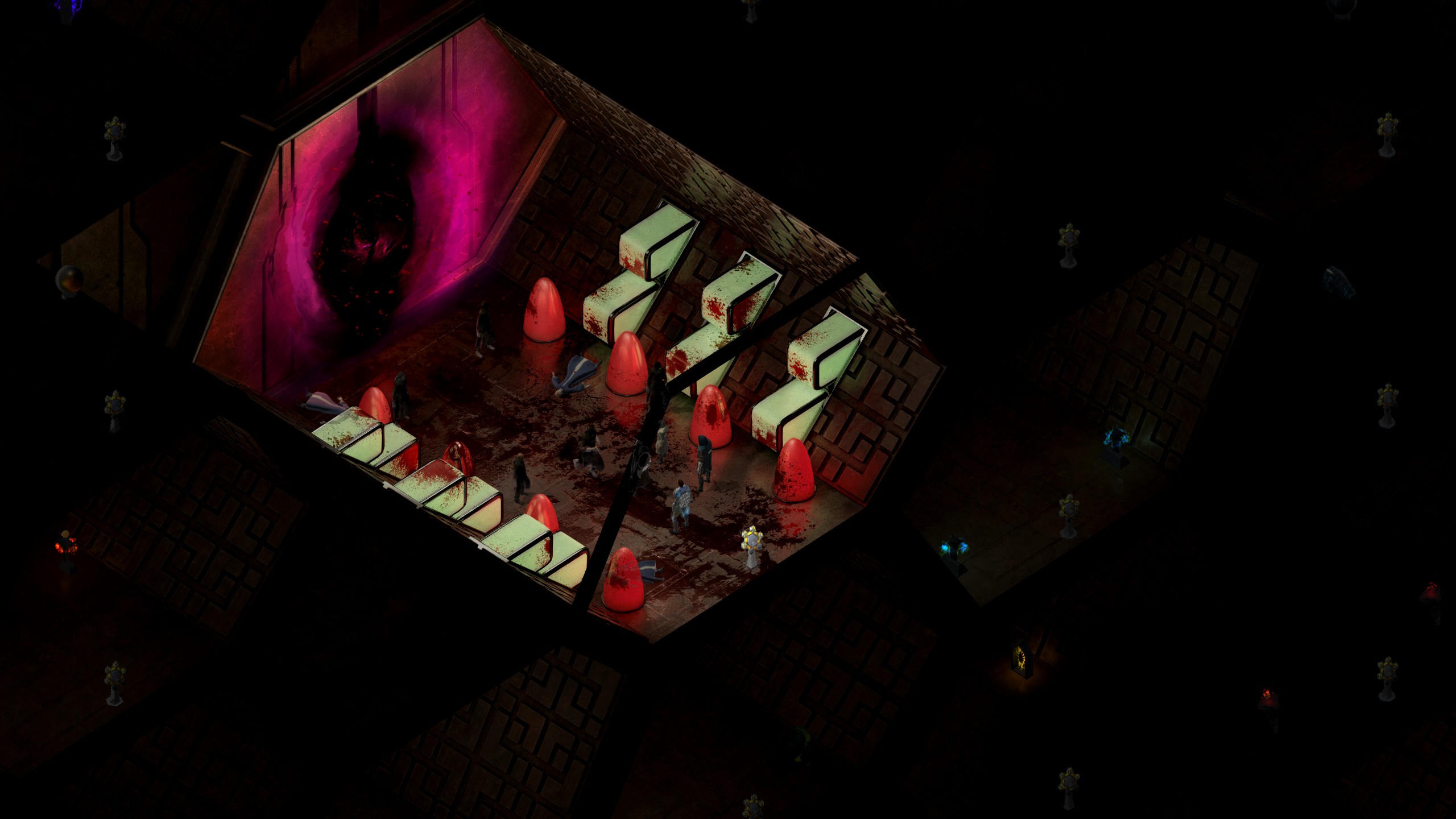
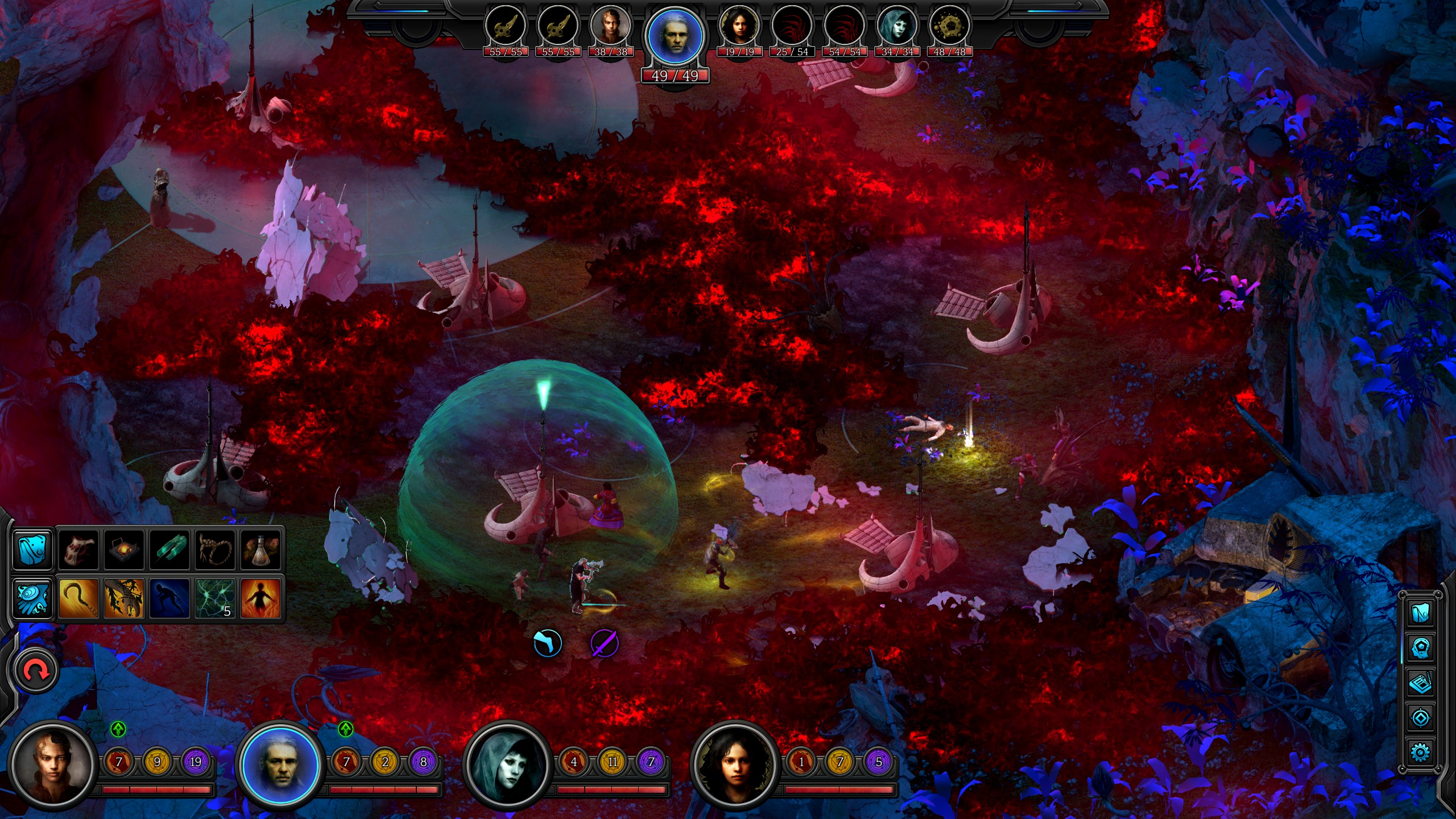

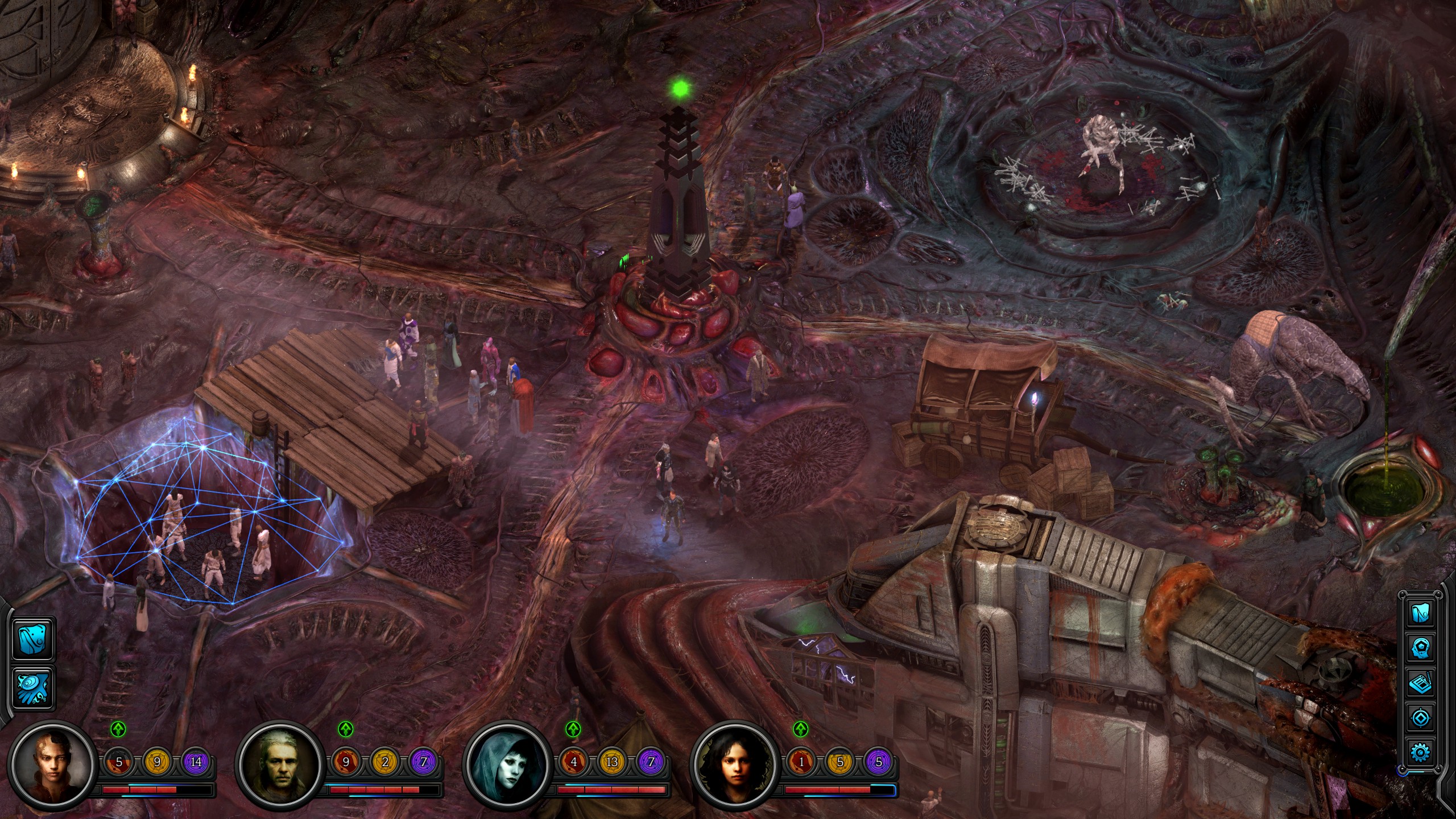
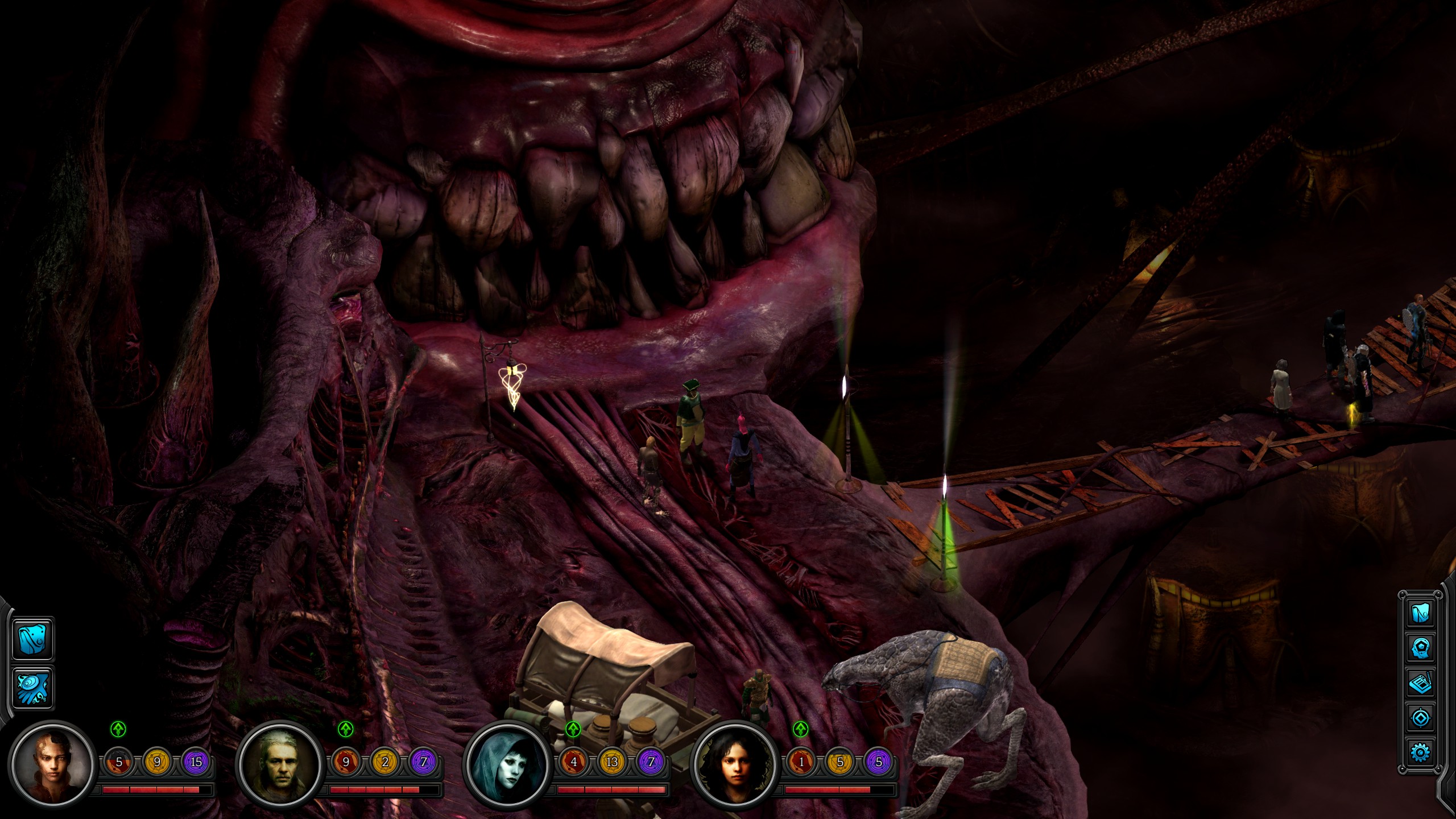


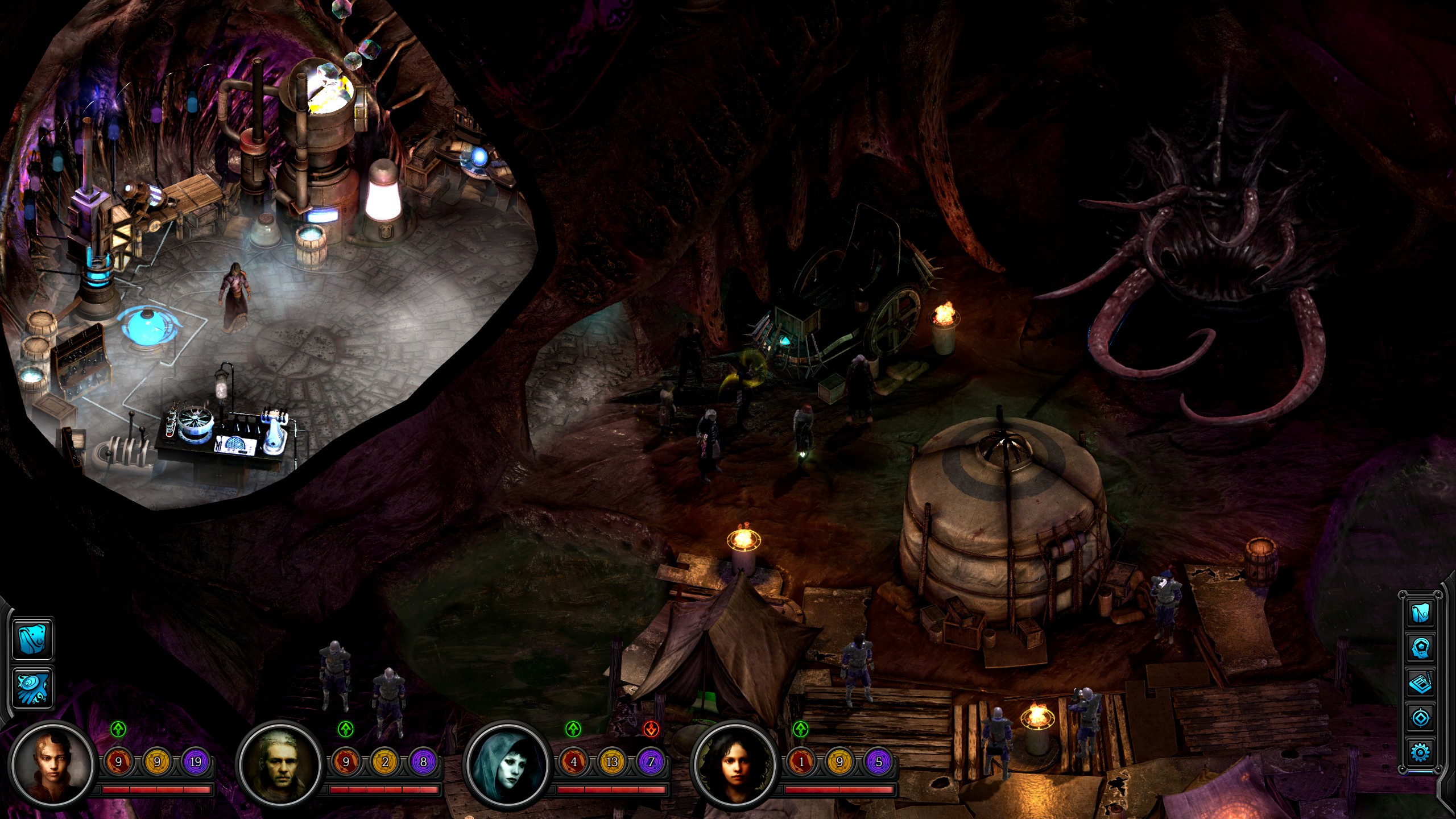
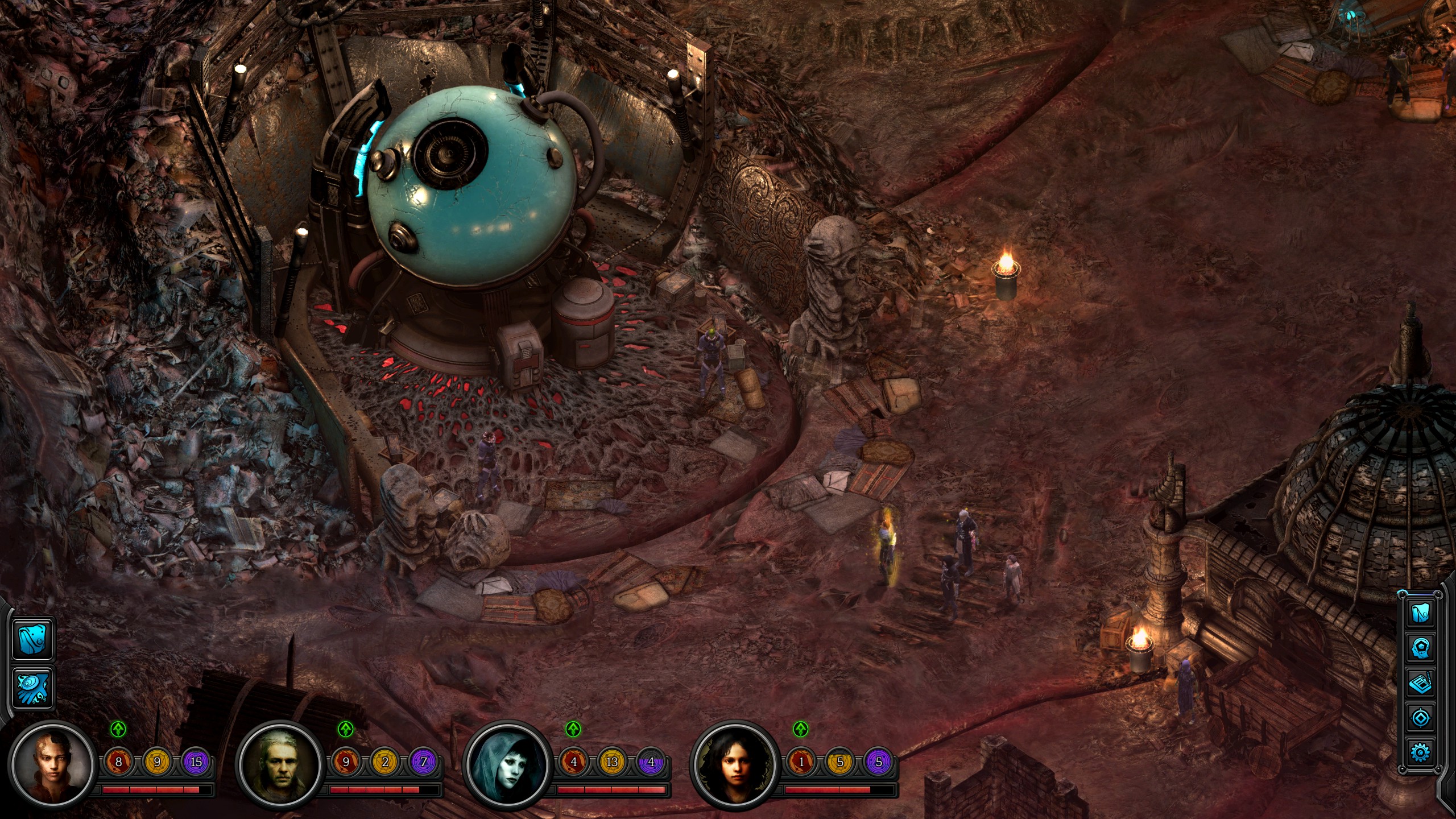
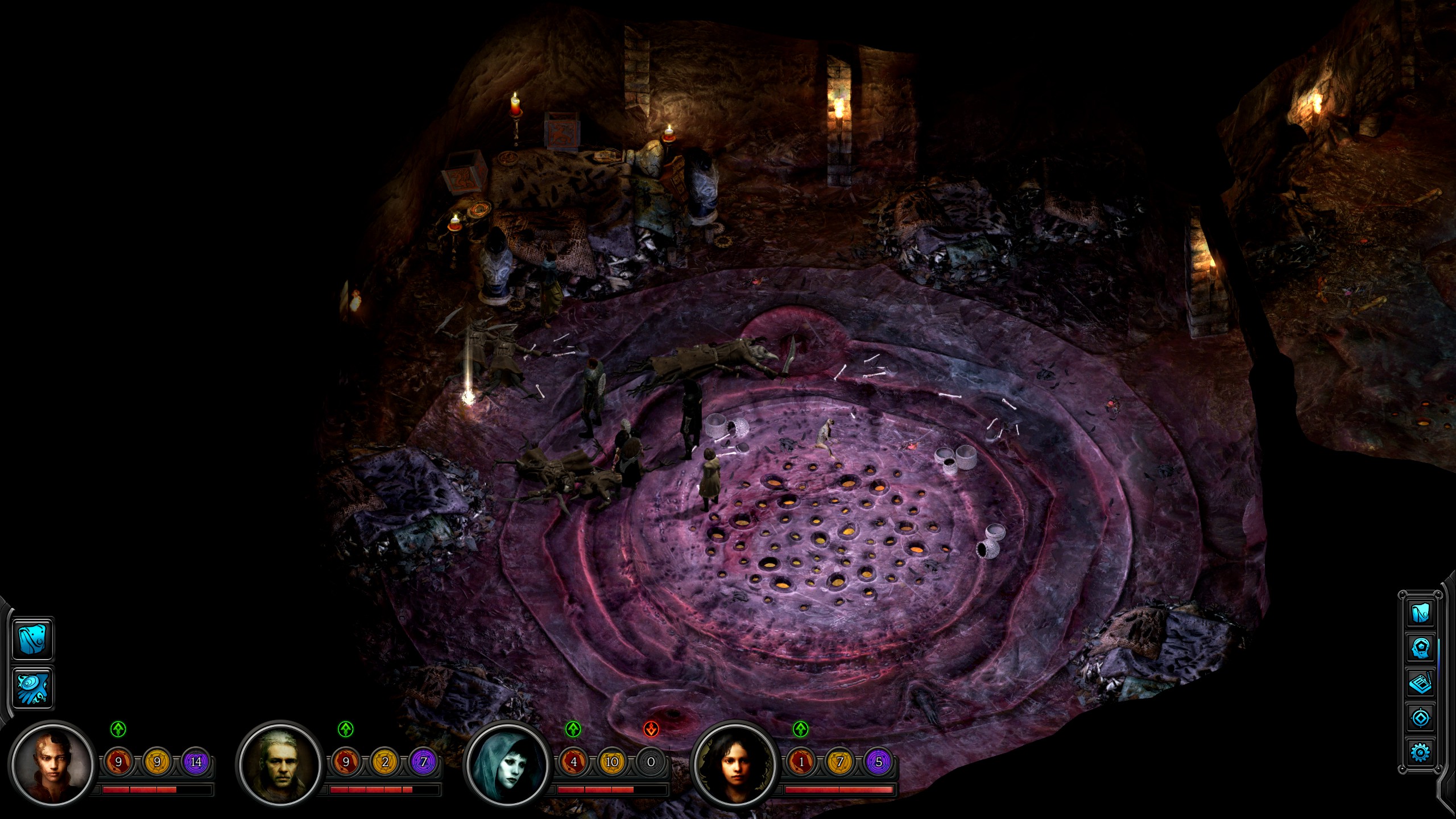
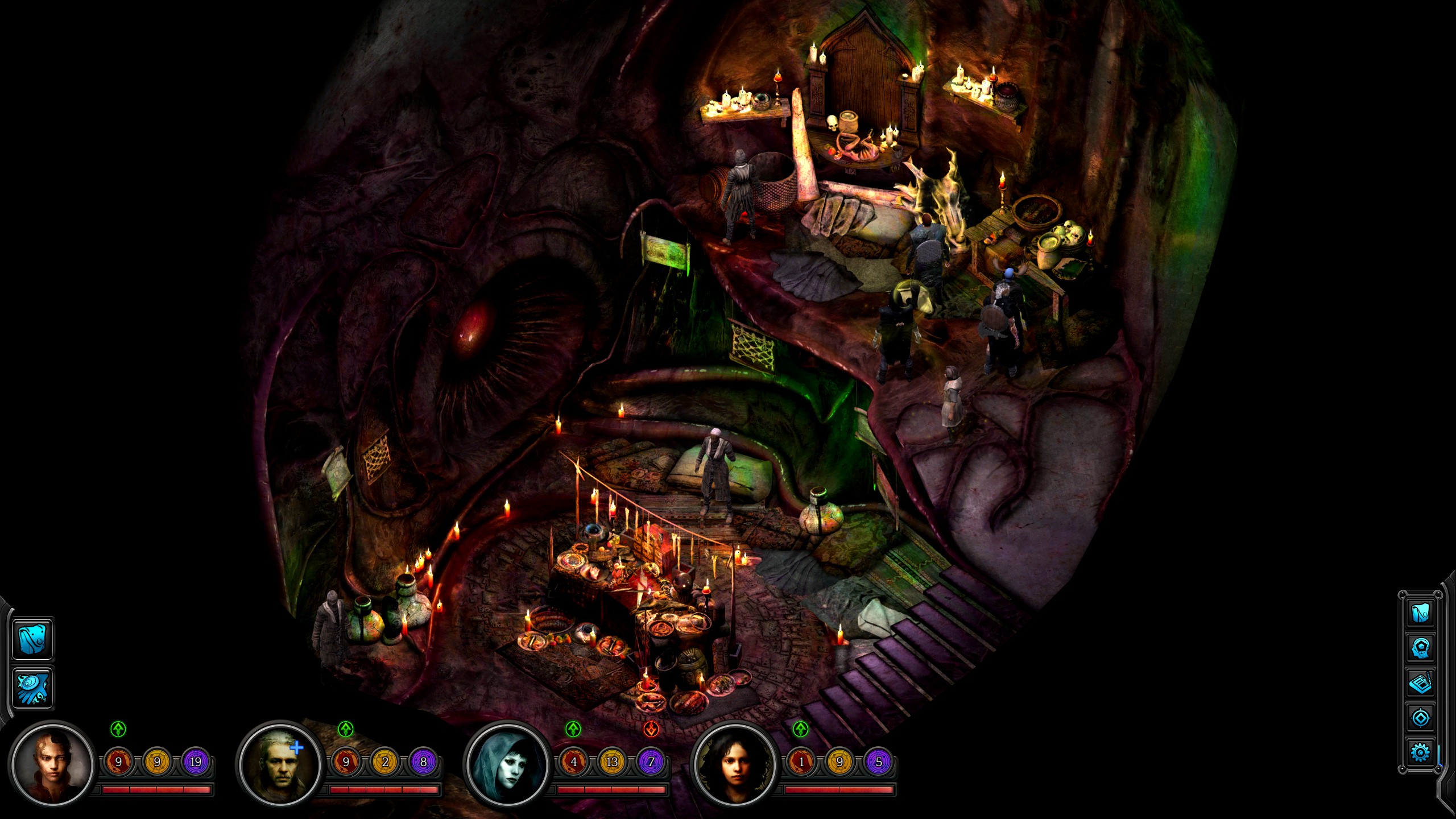
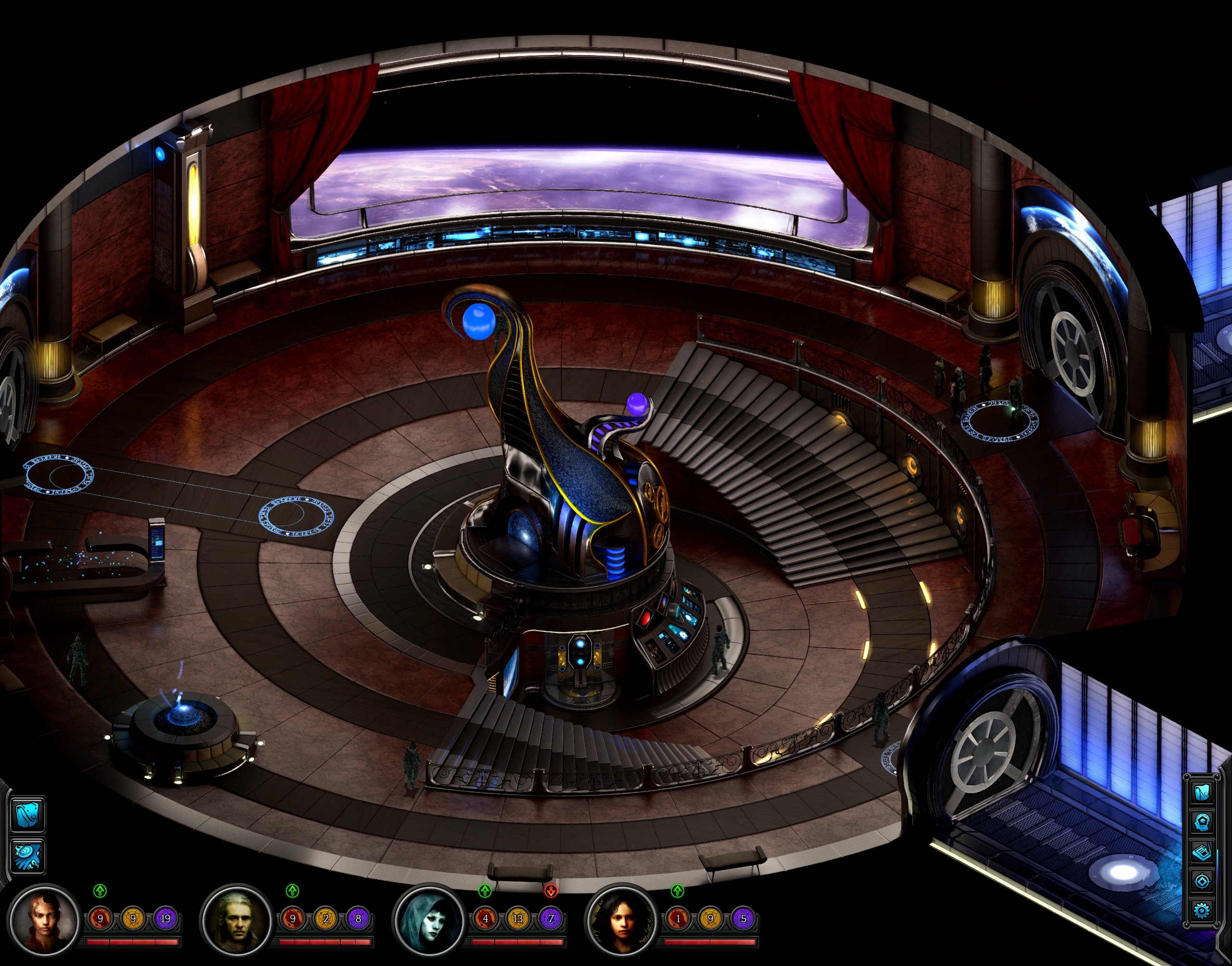
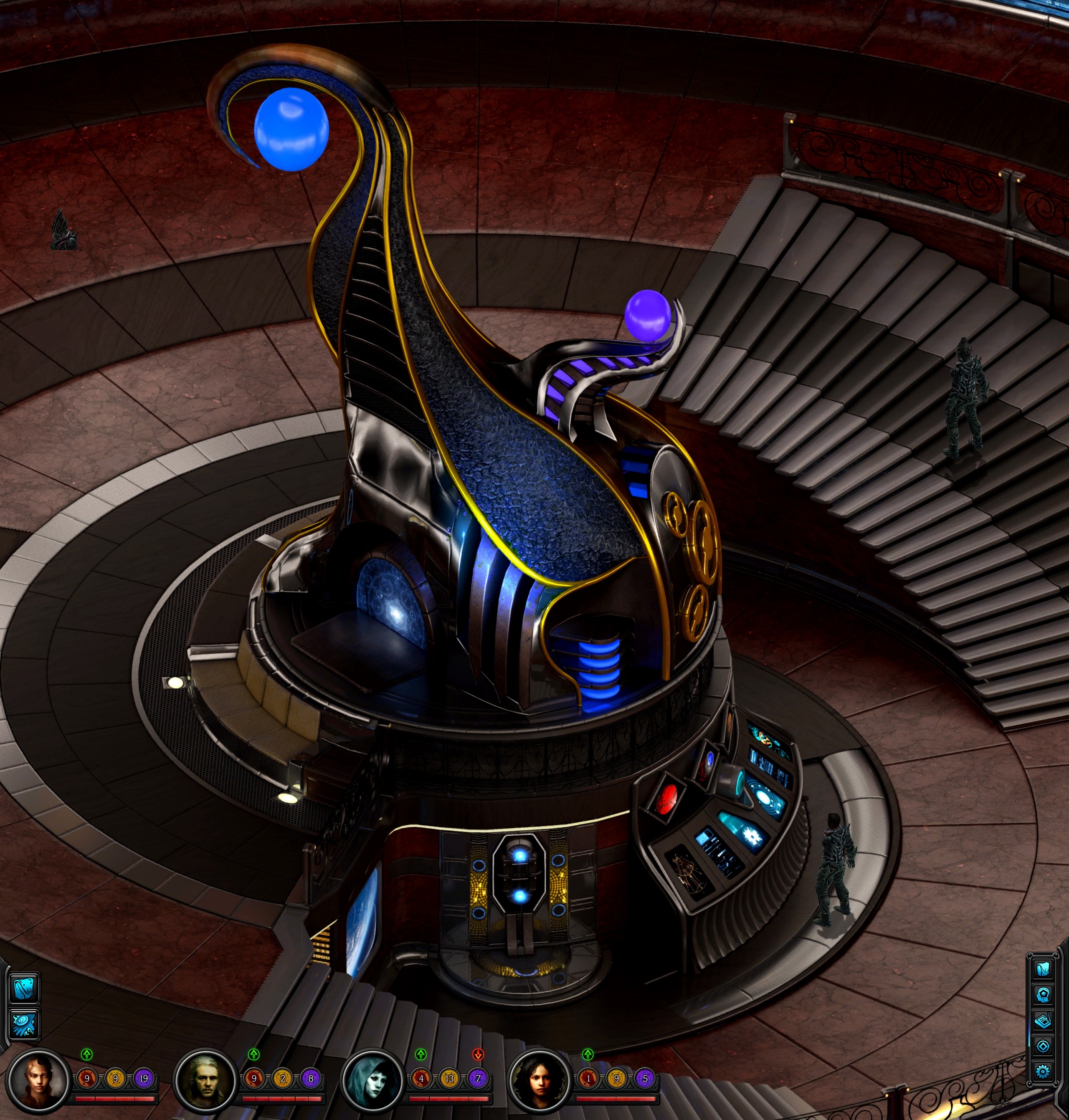
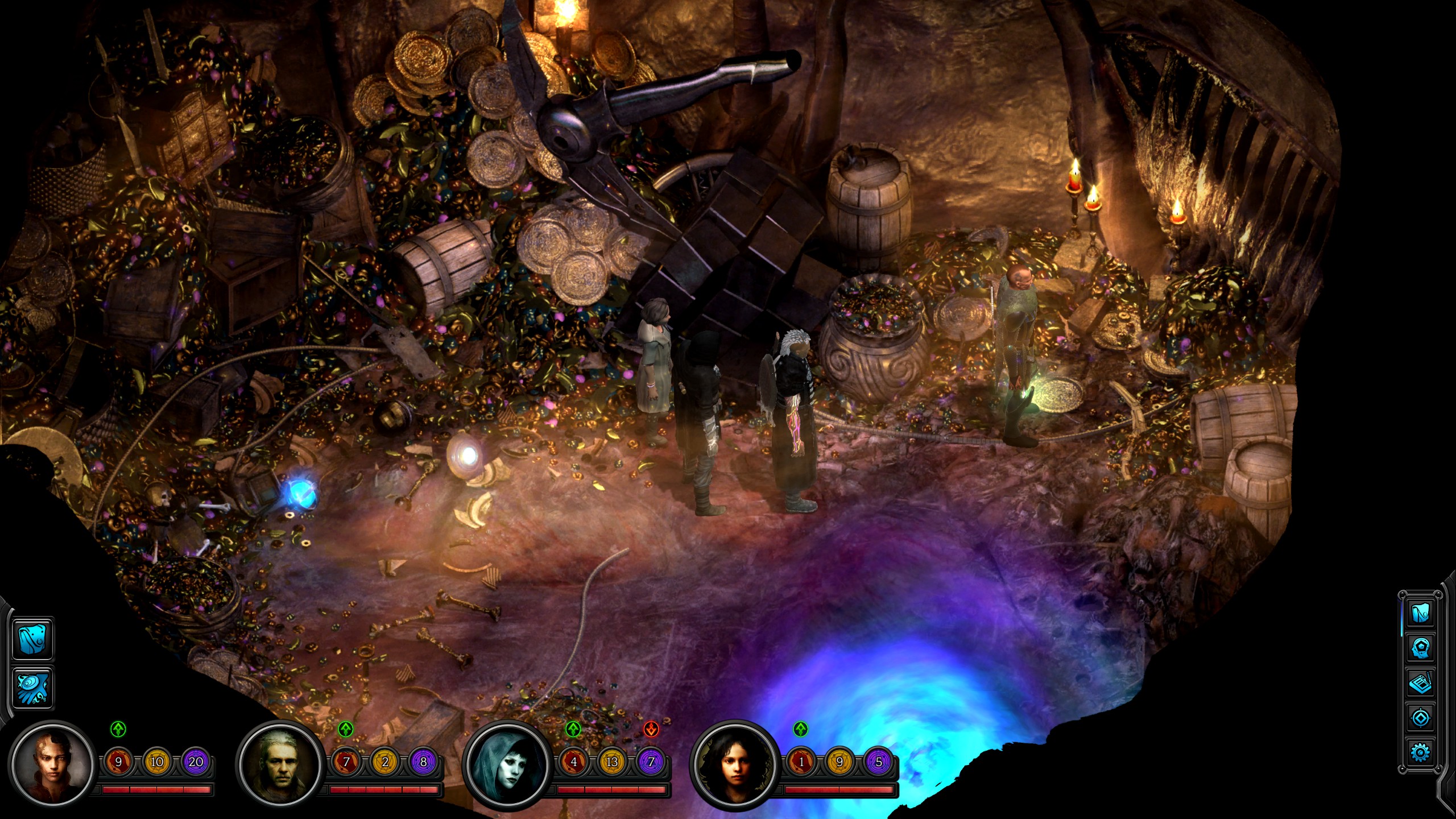
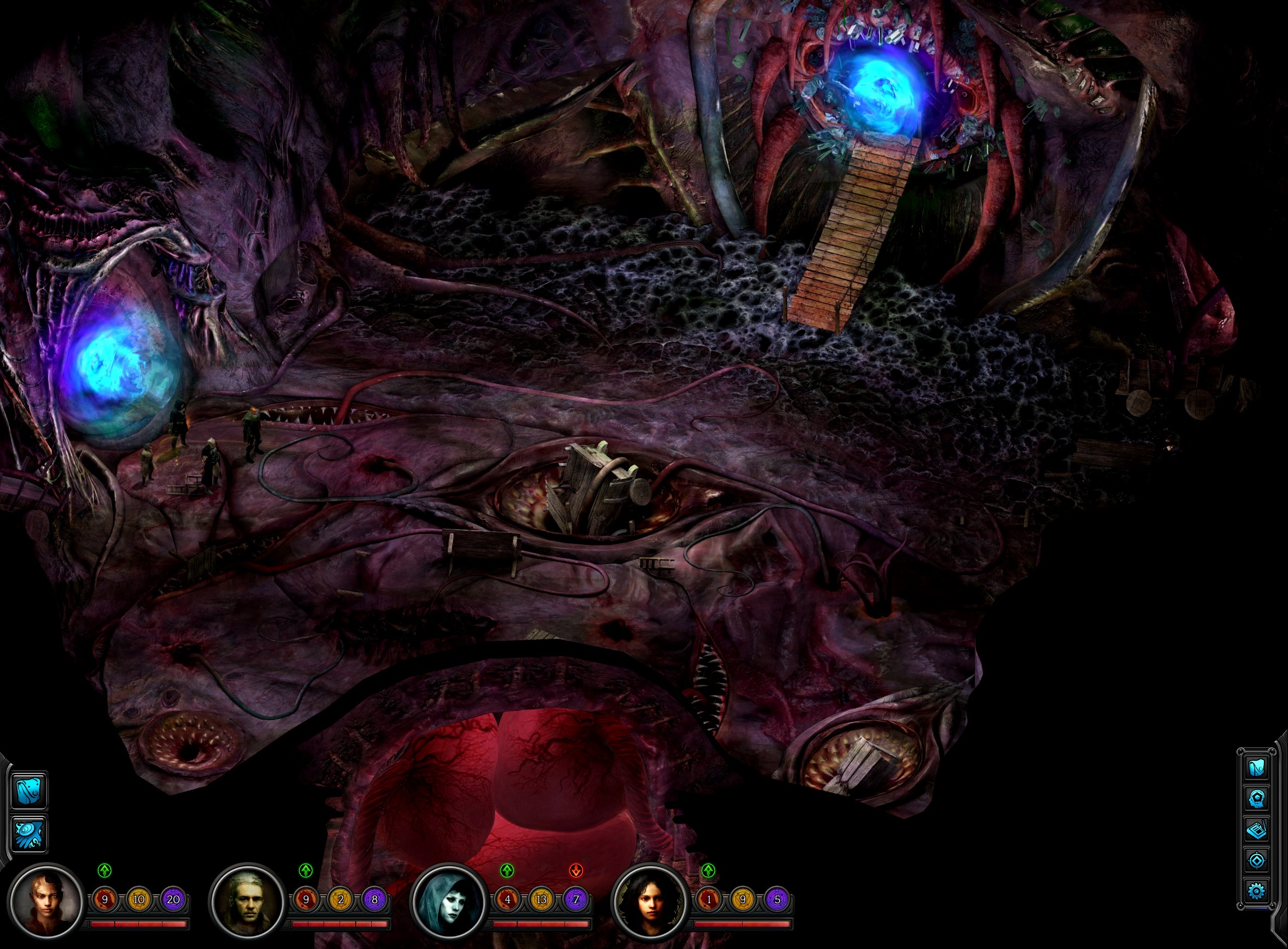
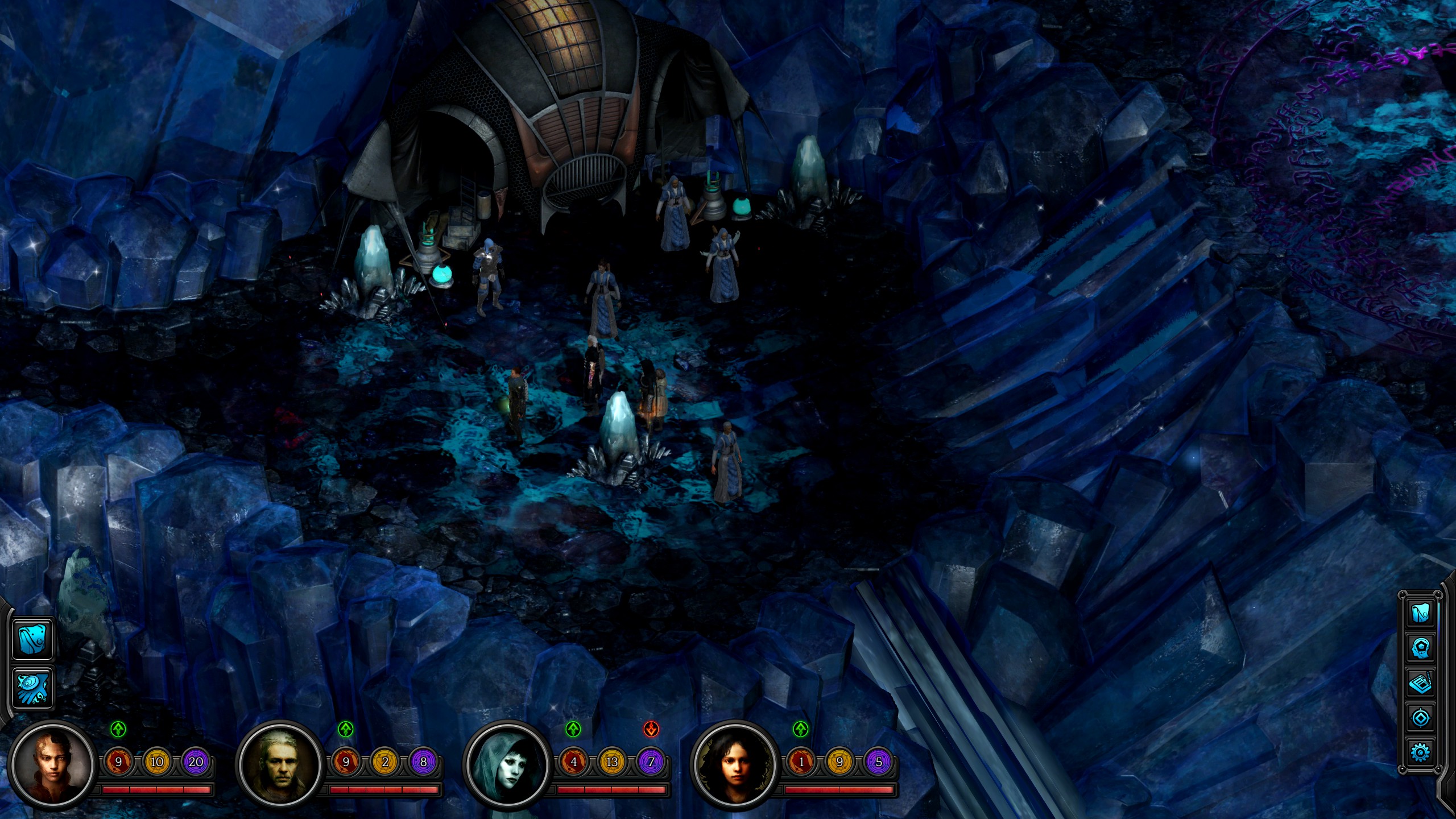
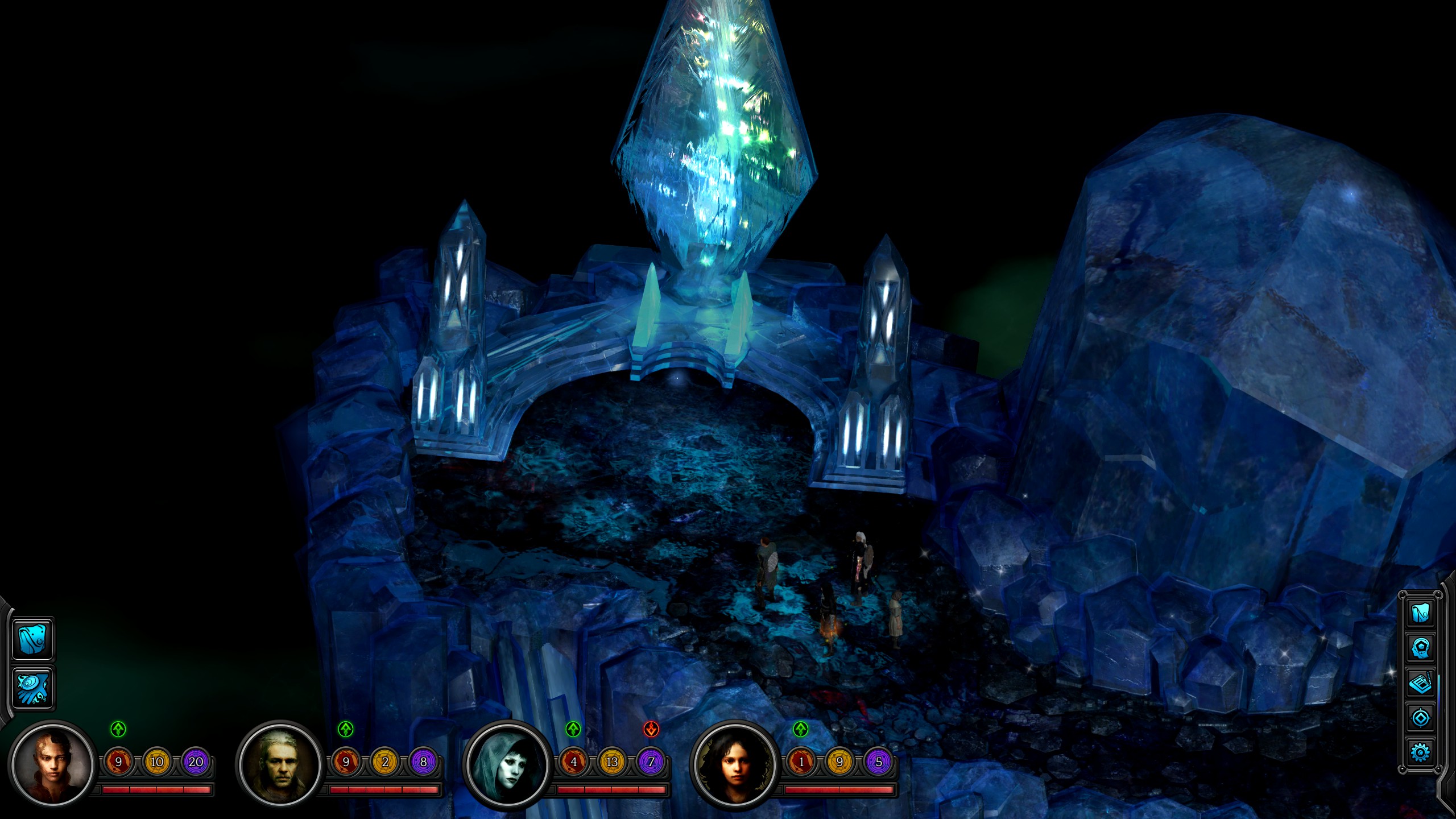
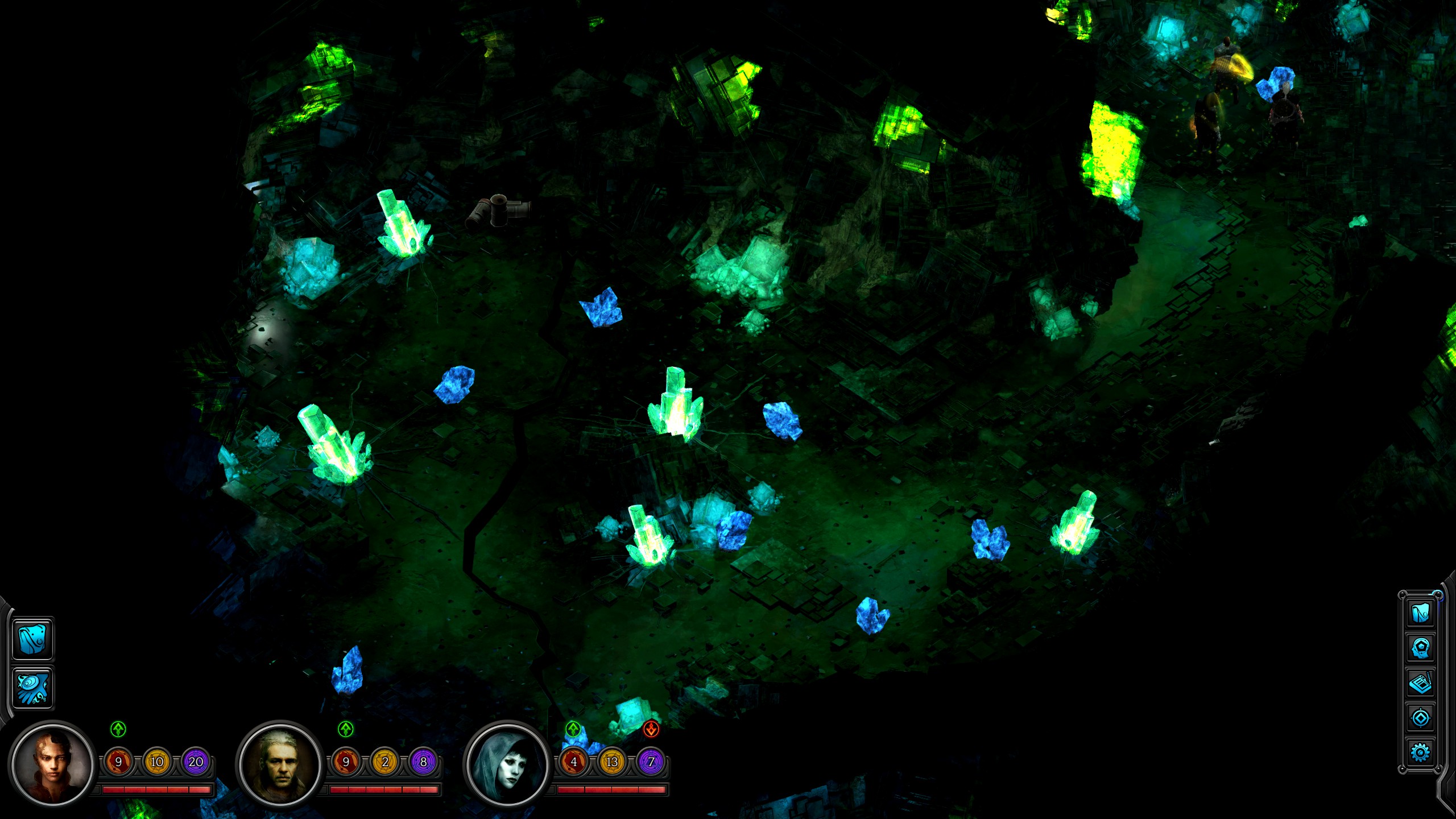
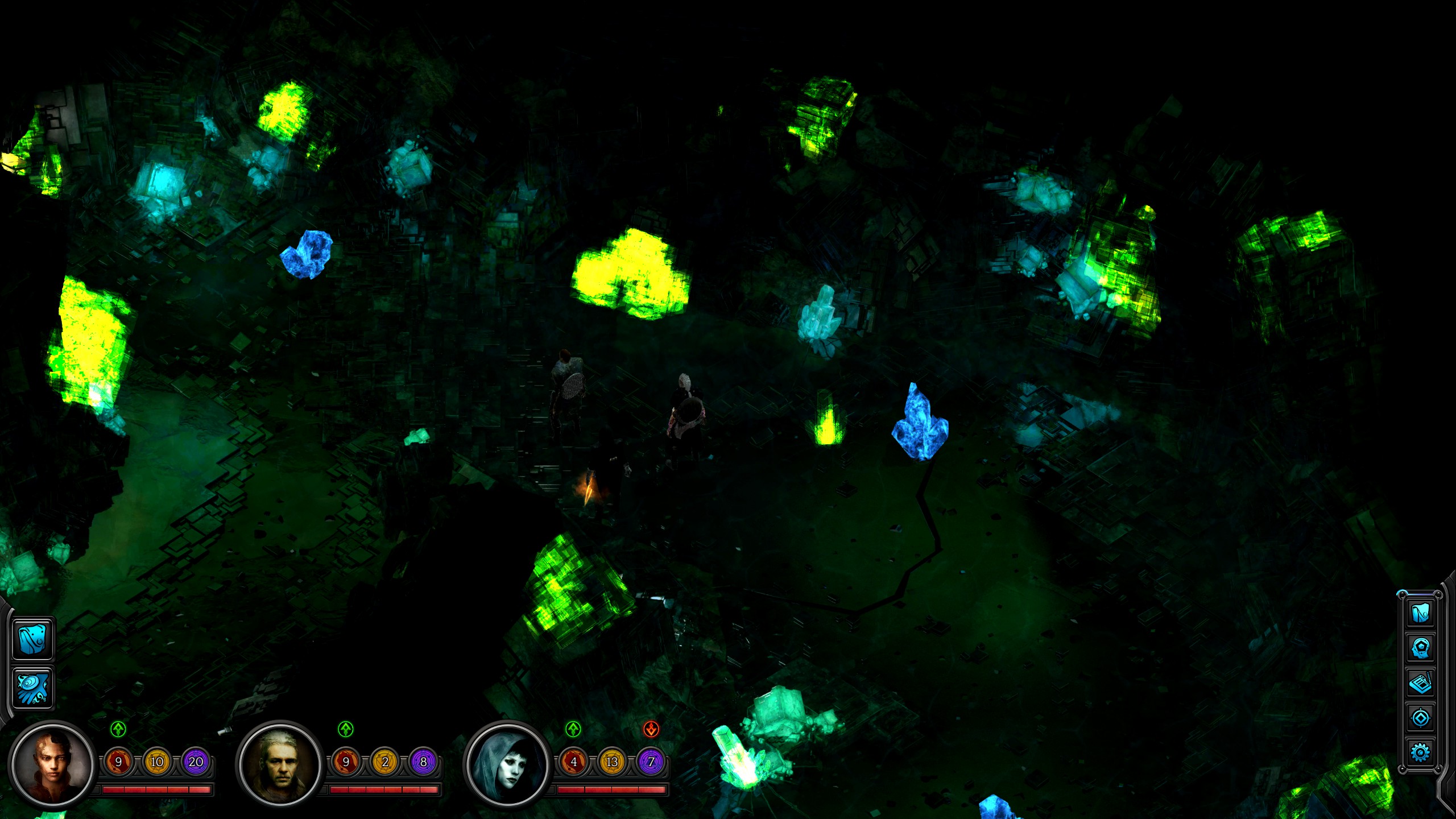
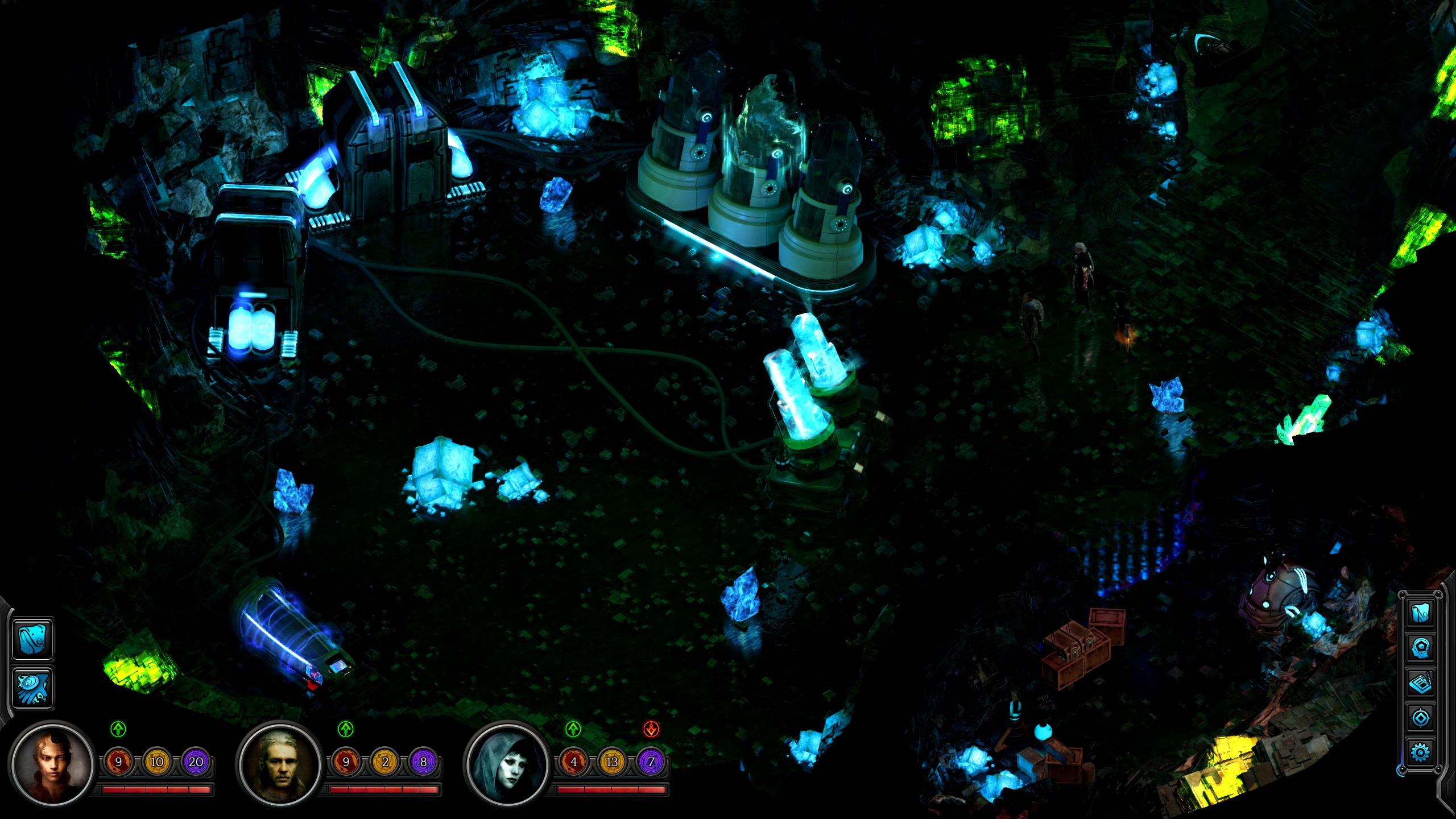
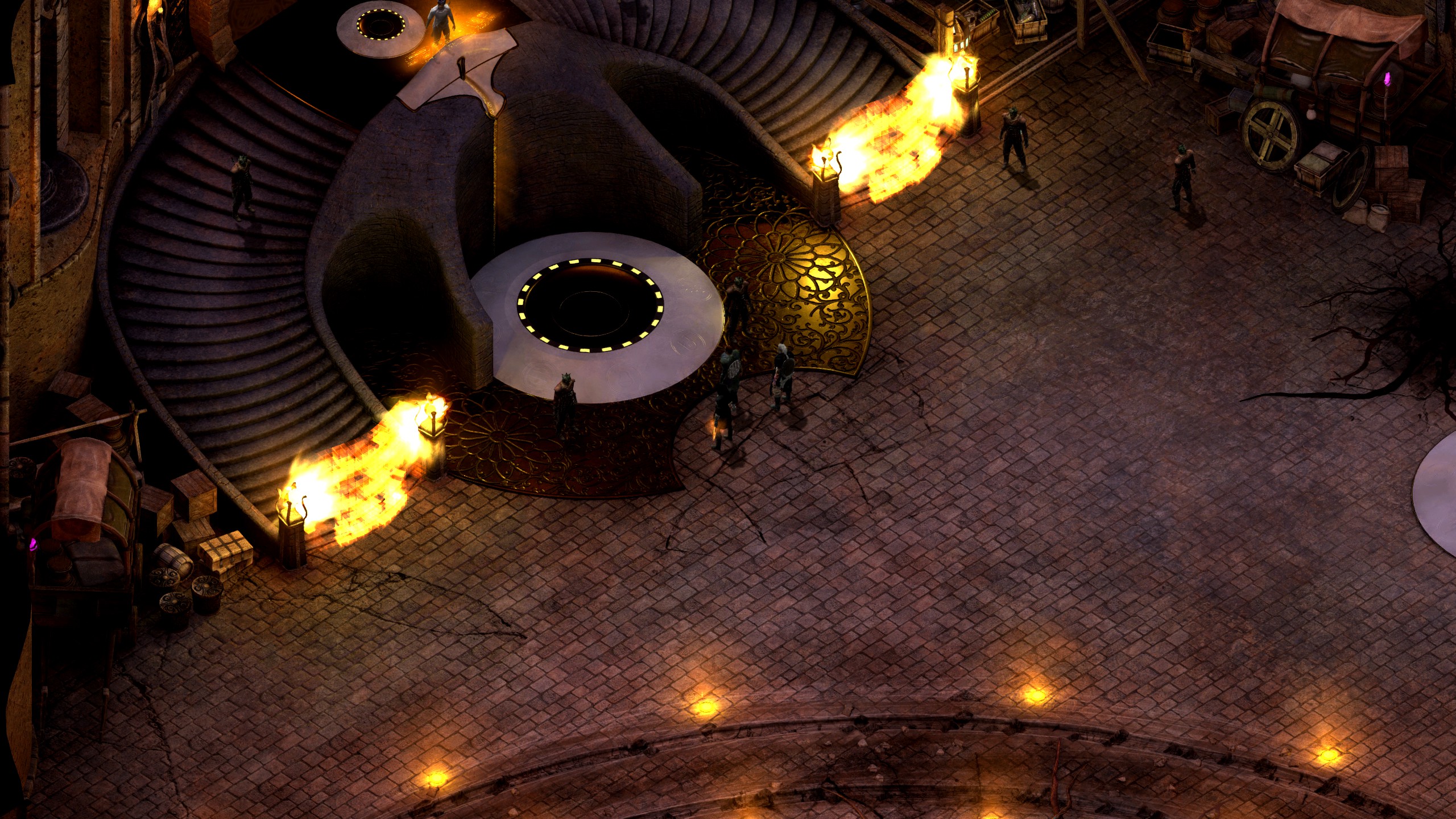
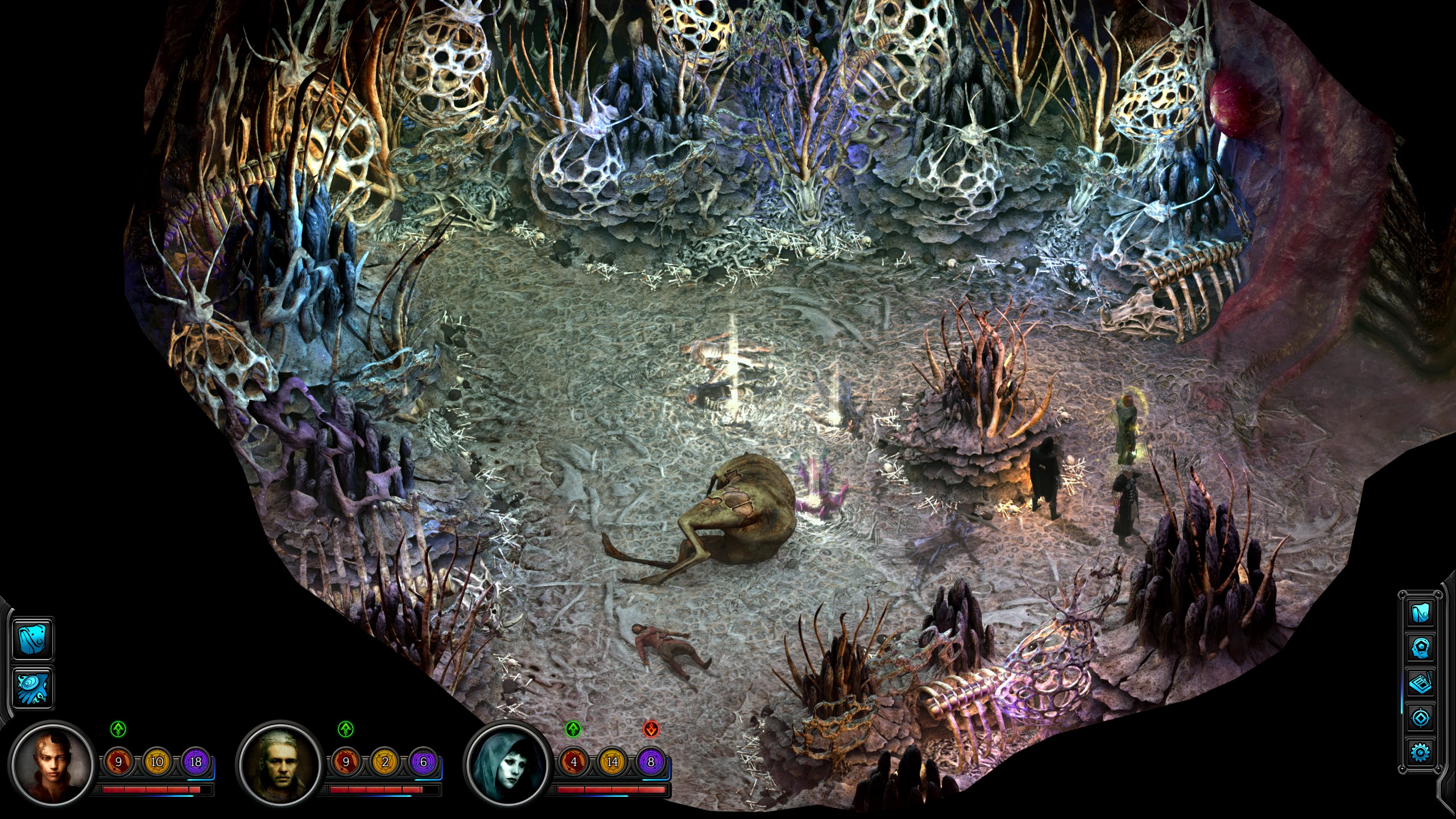
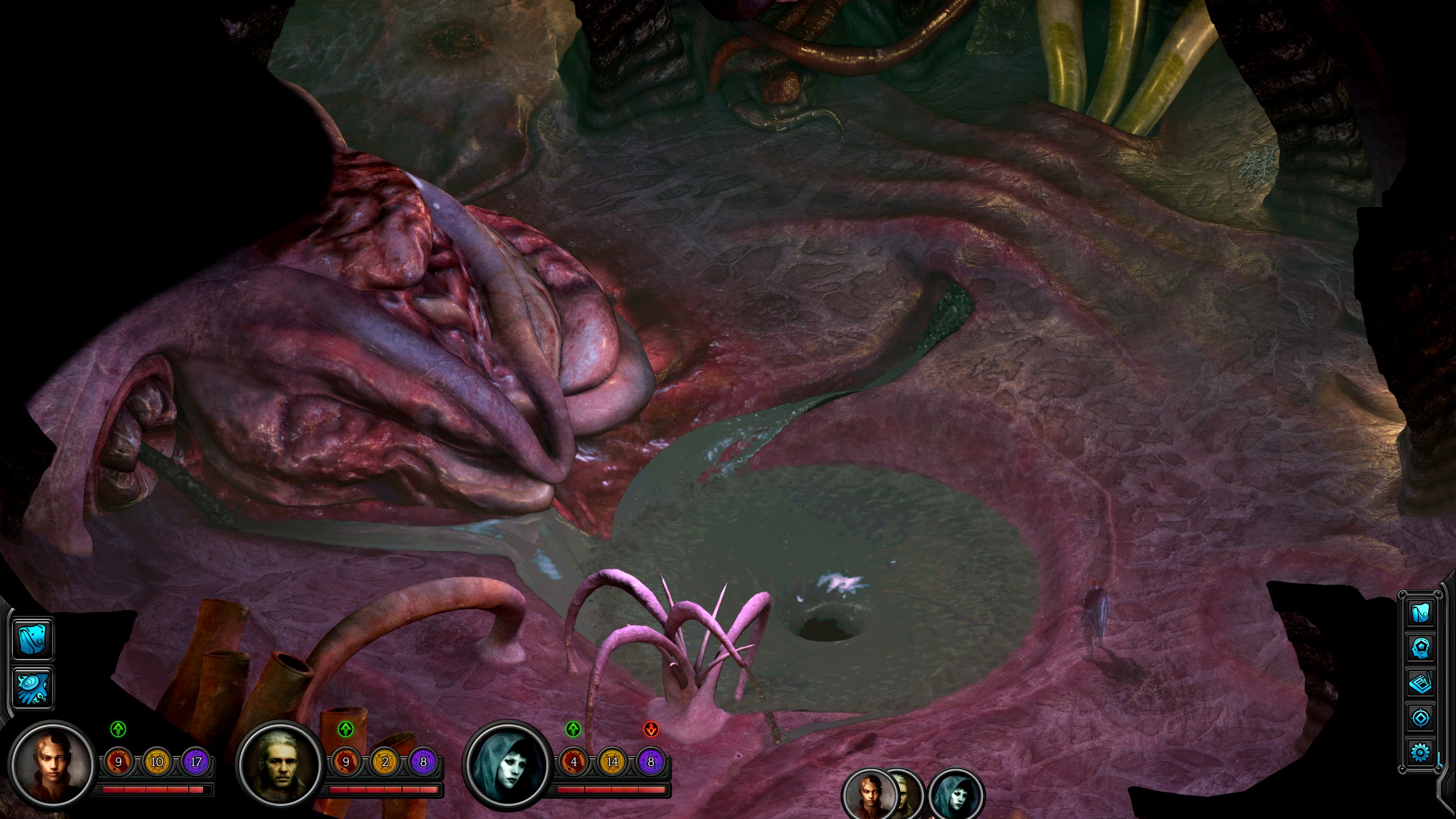



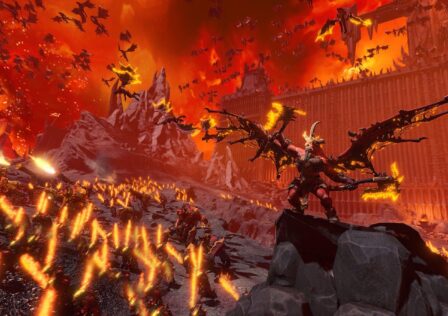


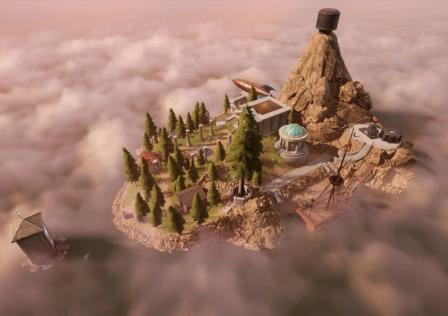
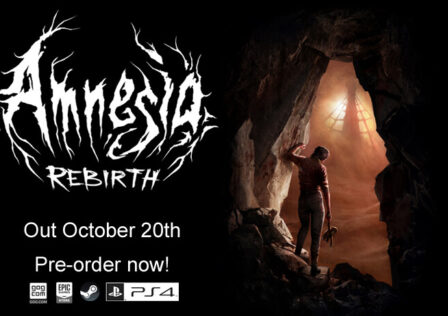

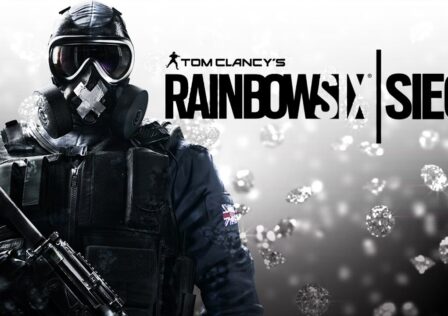

[…] the occasional dynamic shadow. The one honor this game will get from us is a place on our virtual art gallery, a showcase of amazing looking […]
[…] Here are just a few examples of this. More can be found in our article dedicated to the subject. […]
[…] Video Games as Virtual Art – A Gallery […]